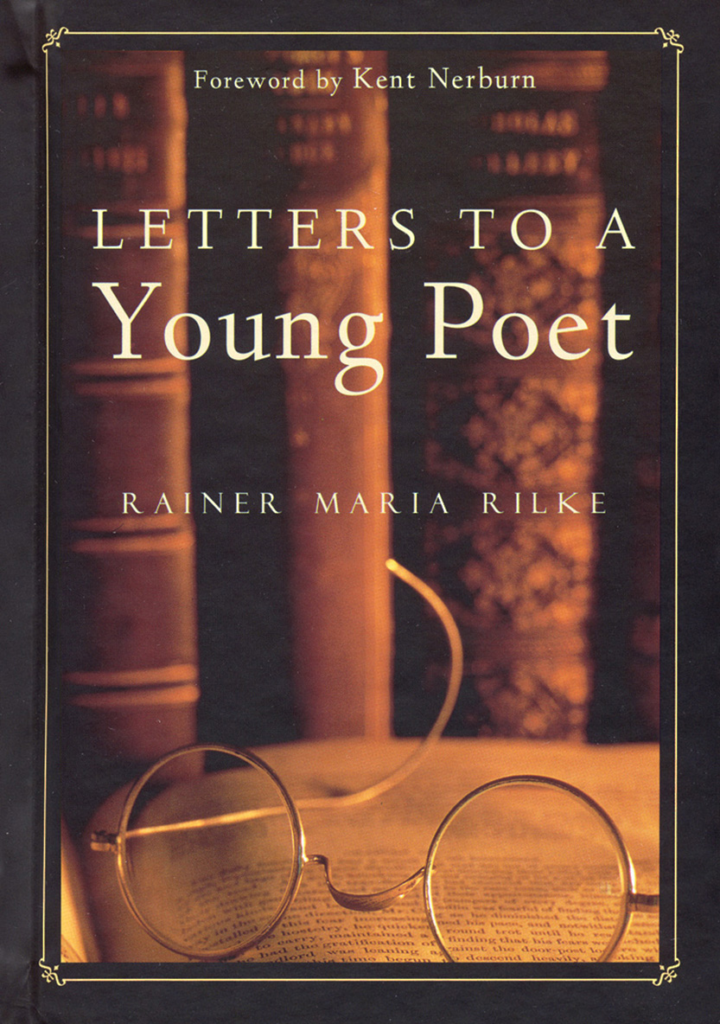Peace of Mind, Part One of Four:
Sunday 16 March 2025
Landschlacht, Canton Thurgau, Switzerland
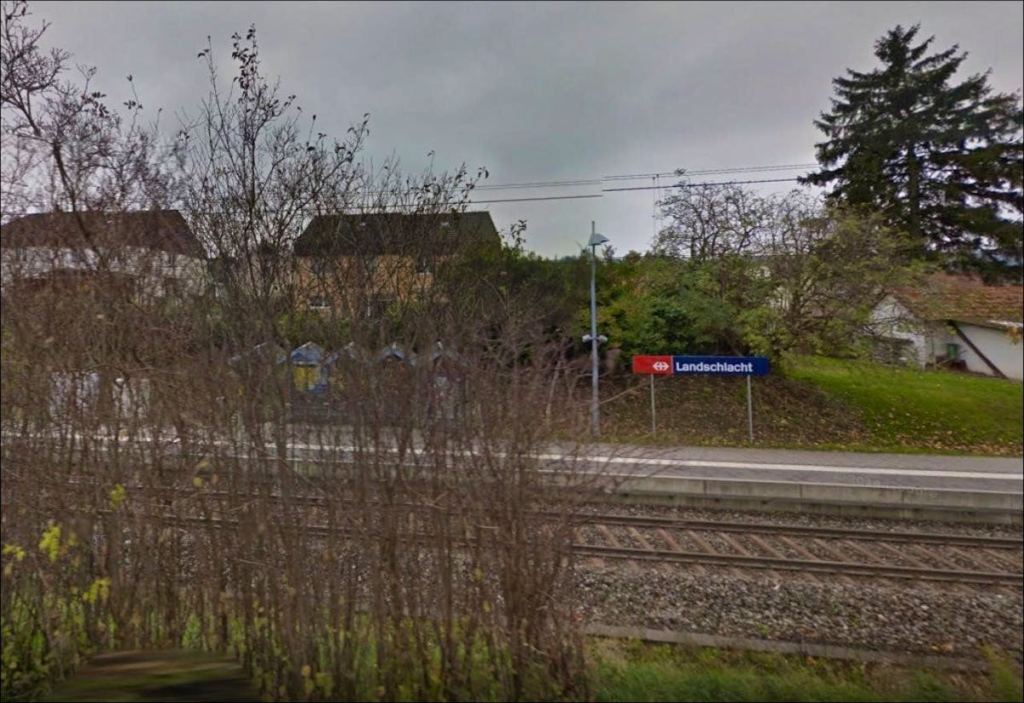
Above: Landschlacht Bahnhof, Canton Thurgau, Switzerland
“You must change your life.
You must change your life not for a particular reason or to achieve a particular goal, but because life is change.
To change one’s life means to be in harmony with life’s greatest truth.“
Rainer Maria Rilke, Letters to a Young Poet
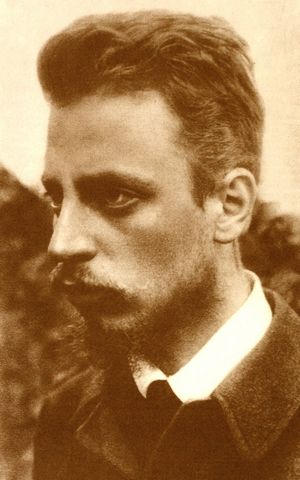
Above: Czech poet/novelist Rainer Maria Rilke (1875 – 1926)
Week Two of my involuntary exile from Türkiye begins today and I have spent much of this past fortnight, in “my” room in “our” apartment on Oberer Weg in the wee hamlet of Landschlacht, writing and reading like a man without a care in the world, as if already embracing an early retirement or a spontaneous sabbatical.
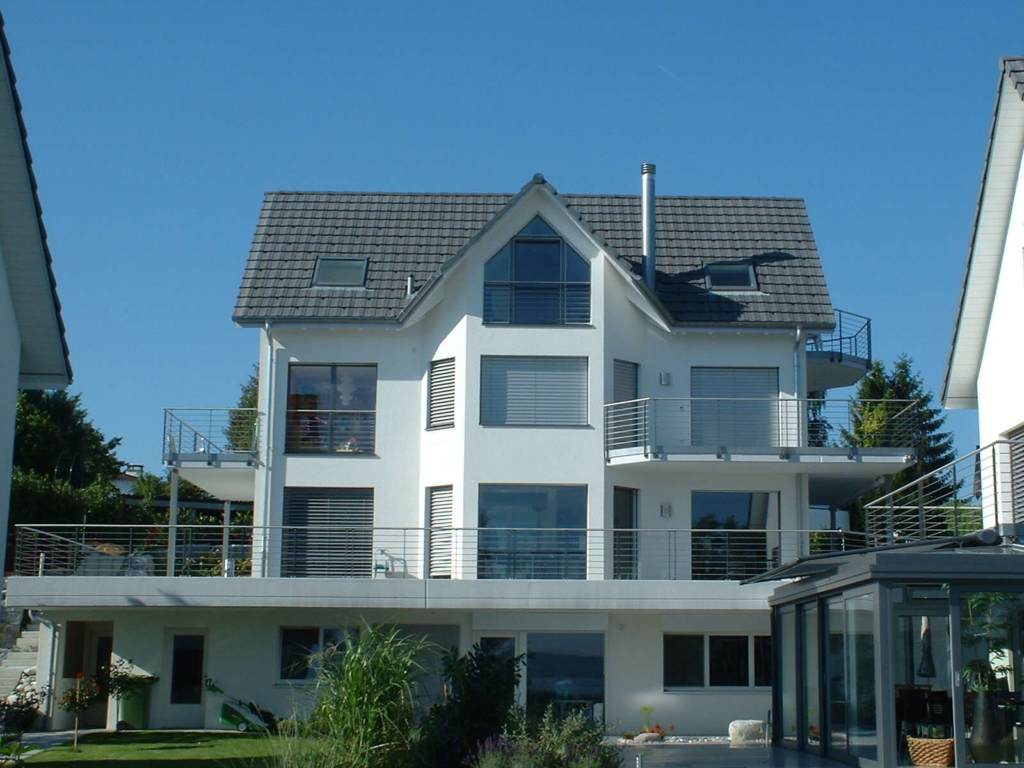
Above: Oberer Weg apartments, Landschlacht
I “work” a little bit – one online lesson on Monday and another on Tuesday, four on Wednesday and another on Frıday – seven hours per seven days.
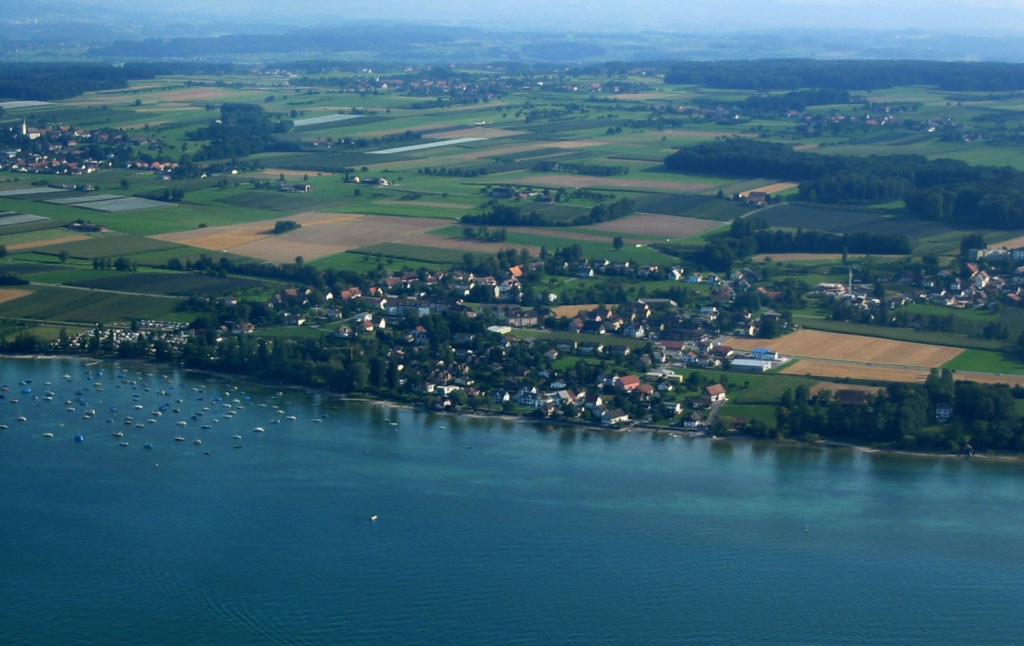
Above: Landschlacht
Though “our” apartment overlooks the magnificent Bodensee (Lake Constance) in the very beautiful (albeit expensive) country of Switzerland, I do not venture often out of “my” room.

Above: Bodensee (Lake of Constance), Landschlacht
To do so normally means to spend money and I am repeatedly reminded that the money I spend is not “our” money but rather “her” money for which She, as a doctor, works very hard to earn.

Last week I left the apartment to make only two excursions.
On Tuesday (11 March), I travelled to Heiden with the desire to visit the Henri Dunant Museum.

Above: Heiden, Canton Appenzell Ausserrhoden, Switzerland
On Thursday (13 March), I travelled to Konstanz, over the border in Germany, to do some shopping.
(I am planning to write a blogpost “The Road to Konstanz” in the near future.)
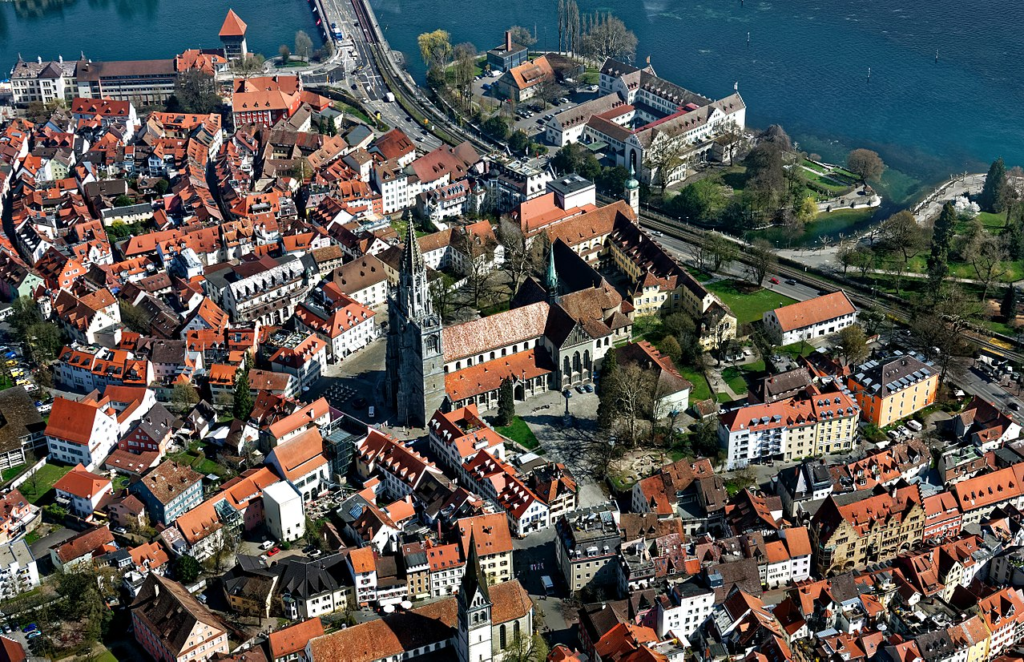
Above: Konstanz, Baden-Württemberg, Germany
Today in the process of chronicling the calendar – I have done the first 20 days of the second month of the year so far – I find myself motivated by the Museum visit in Heiden, the purchase of books in Konstanz, and, through my research, the works of Spanish poet José Zorrilla, French-American essayist/diarist Anaïs Nin and English-American poet W. H. Auden.
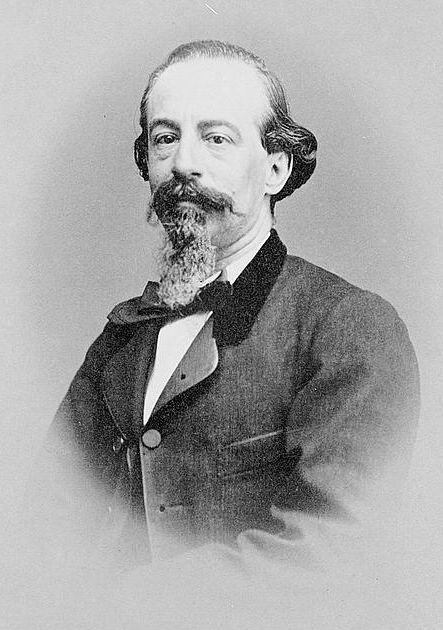
Above: Spanish poet/playwright José Zorrilla (1817 – 1893)
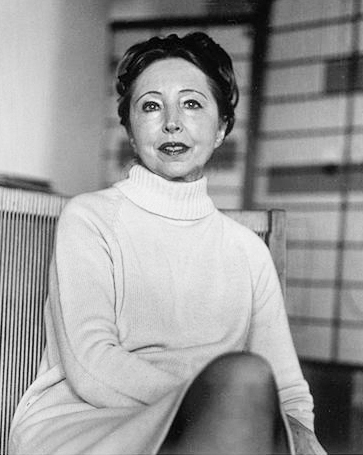
Above: French-born American diarist, essayist, novelist, and writer of short stories and erotica Anaïs Nin (1903 – 1977)
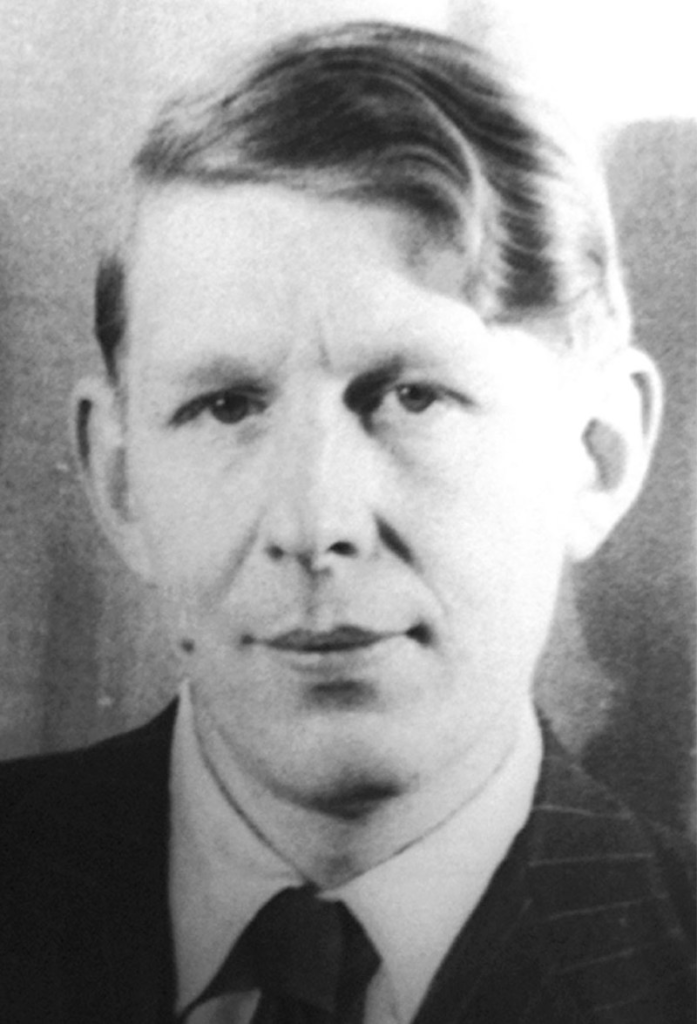
Above: British-American poet Wystan Hugh Auden (1907 – 1973)
What follows are observations about an area of the world wherein I have lived.
I will do this by tracing the routes I follow to reach destinations of the day, in the hopes of capturing the spirit of each place.
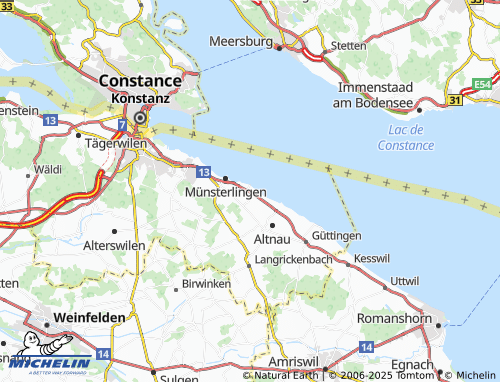
Tuesday 11 March 2025 (1156 hours)
Landschlacht, Münsterlingen Municipality, Canton Thurgau, Switzerland (Population: 1,494)
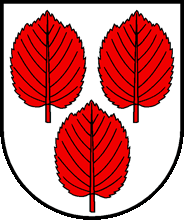
Above: Coat of arms of Landschlacht
There is not much I can really say about Landschlacht.
It is a peaceful holiday spot with the pretty half-timbered inn Rotes Haus and the house Zur Sonne.
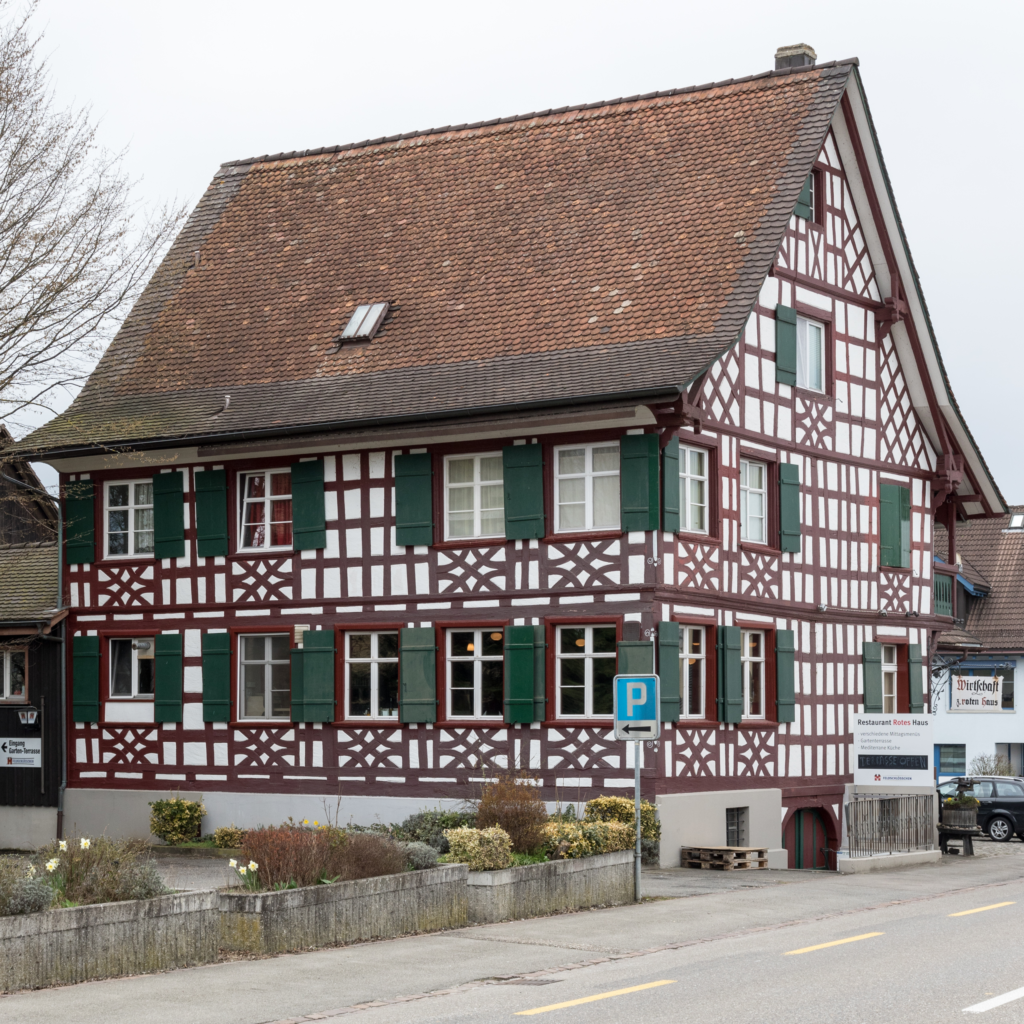
Above: Restaurant Rotes Haus, Landschlacht
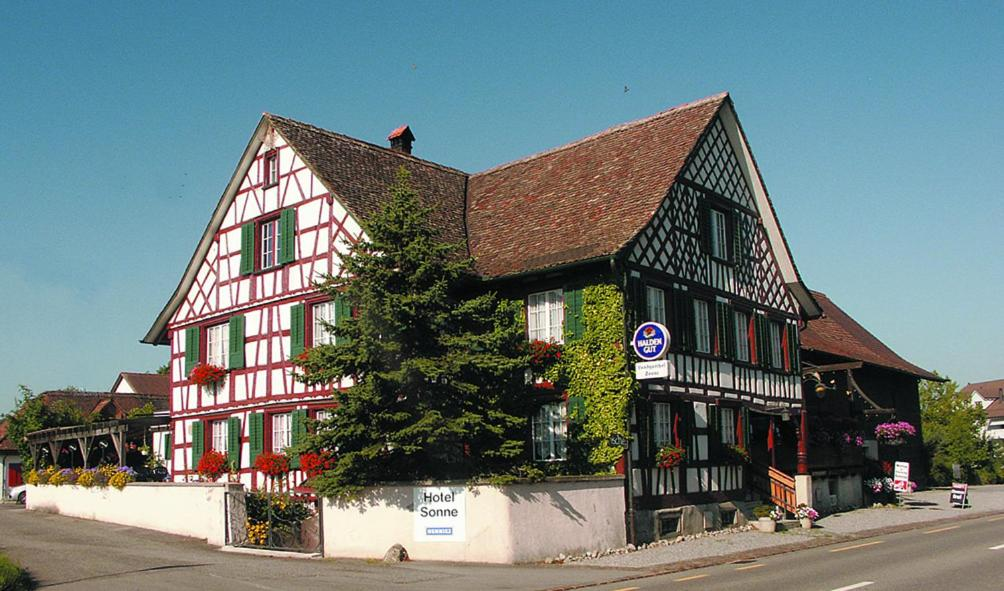
Above: Hotel Garni Sonne, Landschlacht
Yes, I lived there from 2011 to 2021, and, officially, I am still a dual resident of both Landschlacht and Eskişehir, Türkiye, from 2021 until March 2025.
(Hopefully I can resume living in Eskişehir when I return to Türkiye in June.)
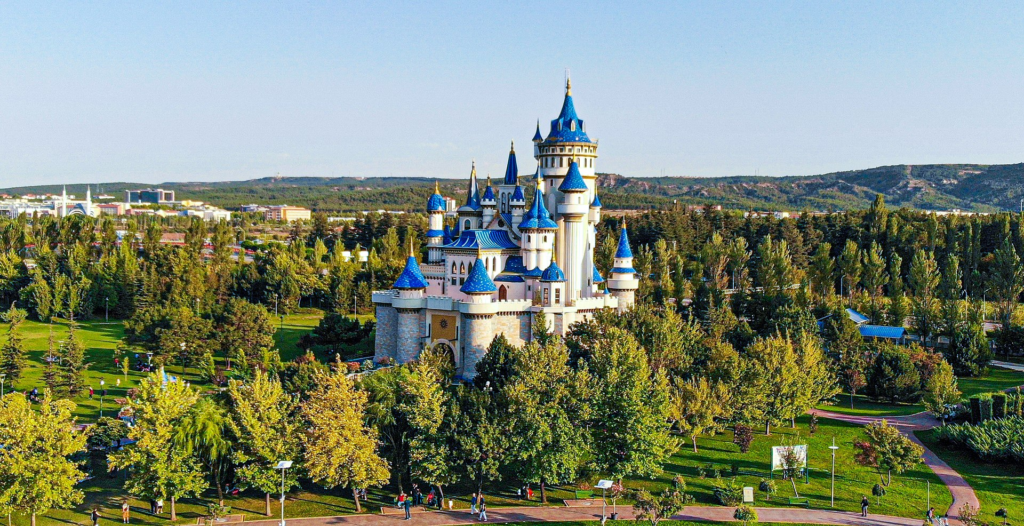
Above: Sazova Park, Eskişehir, Türkiye
My wife is a doctor at the Thurgau Cantonal Hospital in the nearby village of Münsterlingen.
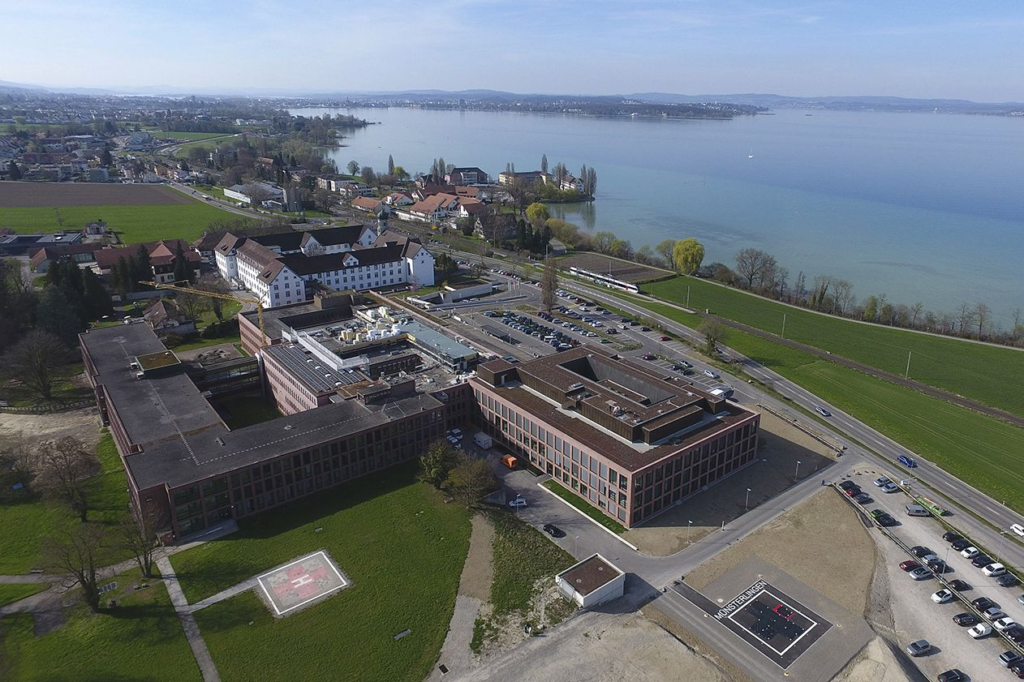
Above: Thurgau Cantonal Hospital, Münsterlingen
I lived with her in Landschlacht until the ongoing lack of teaching work compelled me to accept work in Eskişehir.

Landschlacht is on Highway 13 which begins in Schaffhausen and ends in Bellinzona.

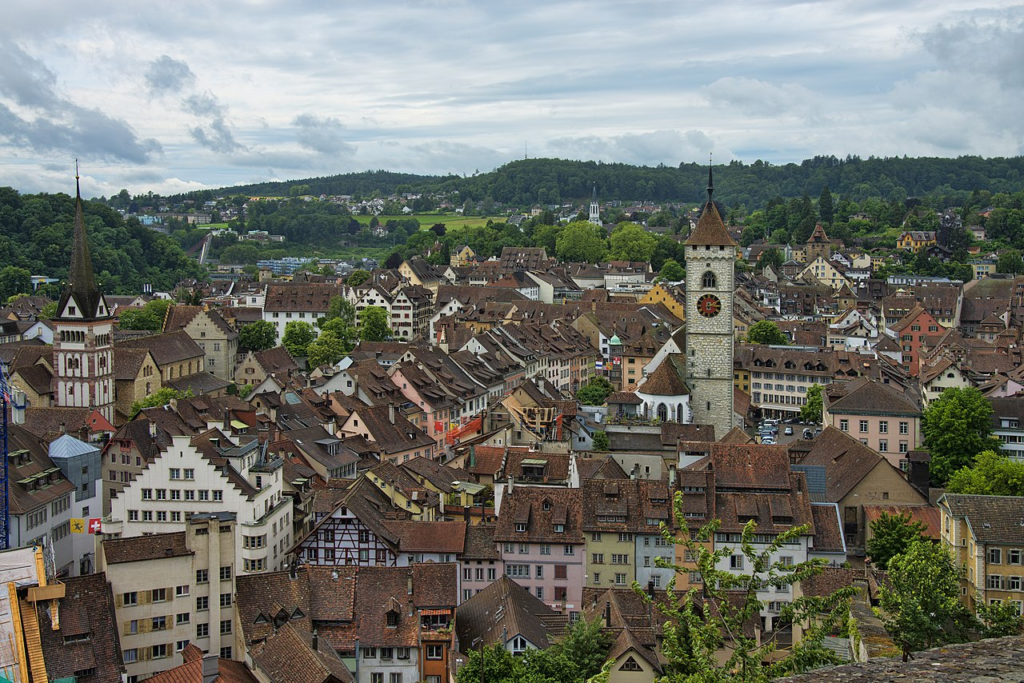
Above: Schaffhausen, Switzerland
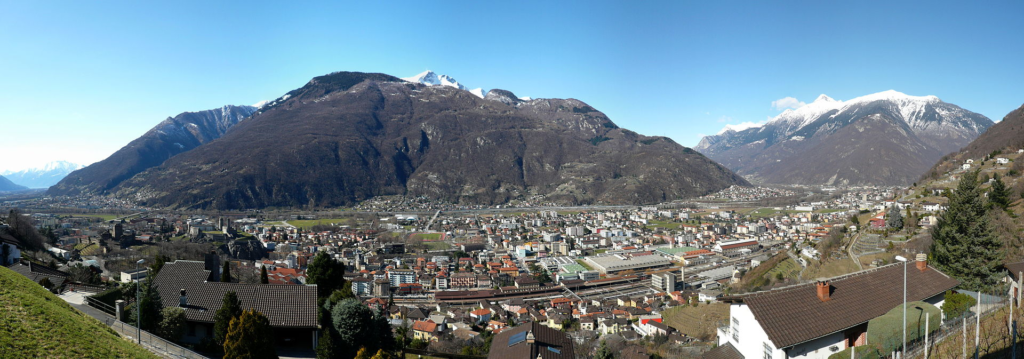
Above: Bellinzona, Canton Ticino, Switzerland
Landschlacht is on the SBB/Thurbo railway line between Schaffhausen and Wil.

Above: Logo of Swiss Federal Railways

Above: Logo of Thurgau-Bodensee Railways
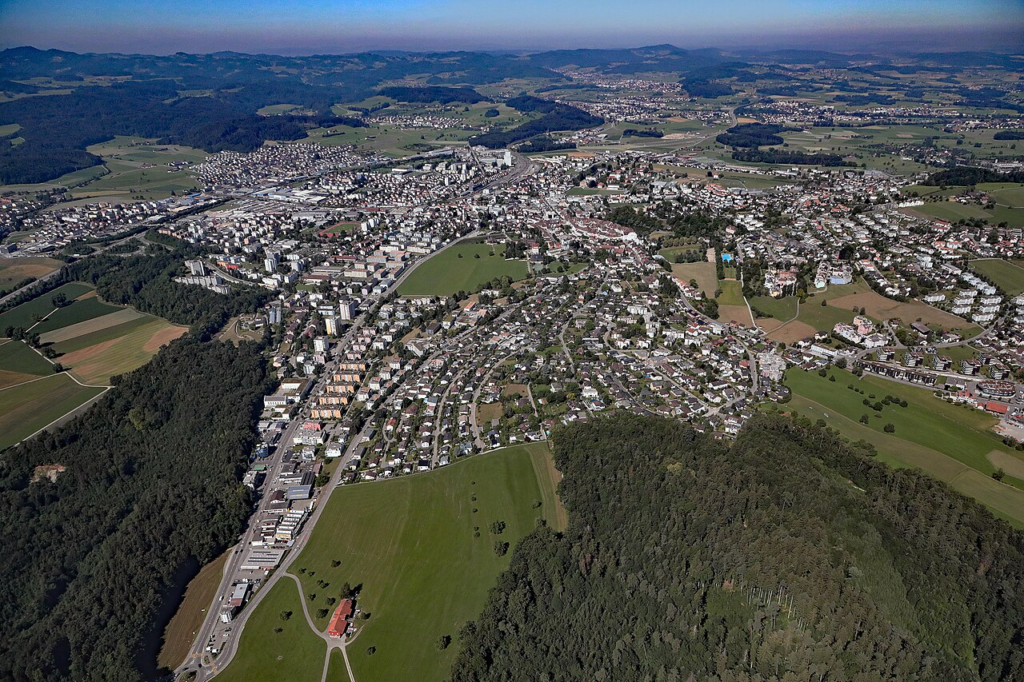
Above: Wil, Canton St. Gallen, Switzerland
Post Buses run through Landschlacht and the village is the end stop of Konstanz (Roter Arnold) Busline 908 that runs through Münsterlingen, Scherzingen, Bottighofen, and Kreuzlingen and ends at Zähringerplatz in Konstanz, Germany.

Its sole claim to fame seems to be the St. Leonhard Chapel, built before 1000 and decorated with Gothic murals.
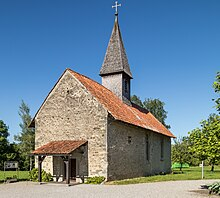
Above: St. Leonhard Chapel, Landschlacht

Above: Interior of St. Leonhard Chapel, Landschlacht
Landschlacht is the setting of Alfred Wüger’s novel
Gute Unterhaltung (Good Entertainment).
The novel Gute Unterhaltung depicts the emotional transformation that René Sernatinger undergoes after being overcome one morning by memories of a past love.
The day before, he had been on the Üetliberg near Zurich, where, in the fog, he had struck up a conversation with Max and Agatha Naujoks, siblings of Lithuanian descent.
The two are retired mathematics teachers and run a guesthouse in Landschlacht on Lake Constance.
The next day, Sernatinger spontaneously rents a room in Landschlacht, and dialogues ensue with his hosts:
- Vera, the waitress
- Joe, the landlord of the Transit
- Ugly Helene, who lives in the Münsterlingen Psychiatric Clinic,
- Adam Turtschi, a peasant figure who bears a striking resemblance to chess player Max Naujoks.
Existential issues are repeatedly discussed.
At the end, Sernatinger is able to say:
“I am now what I will become.“

Alfred Wüger doesn’t dedicate his book, but instead places a guiding motto before his novel:
“Avoid no one you meet.” (Goethe)
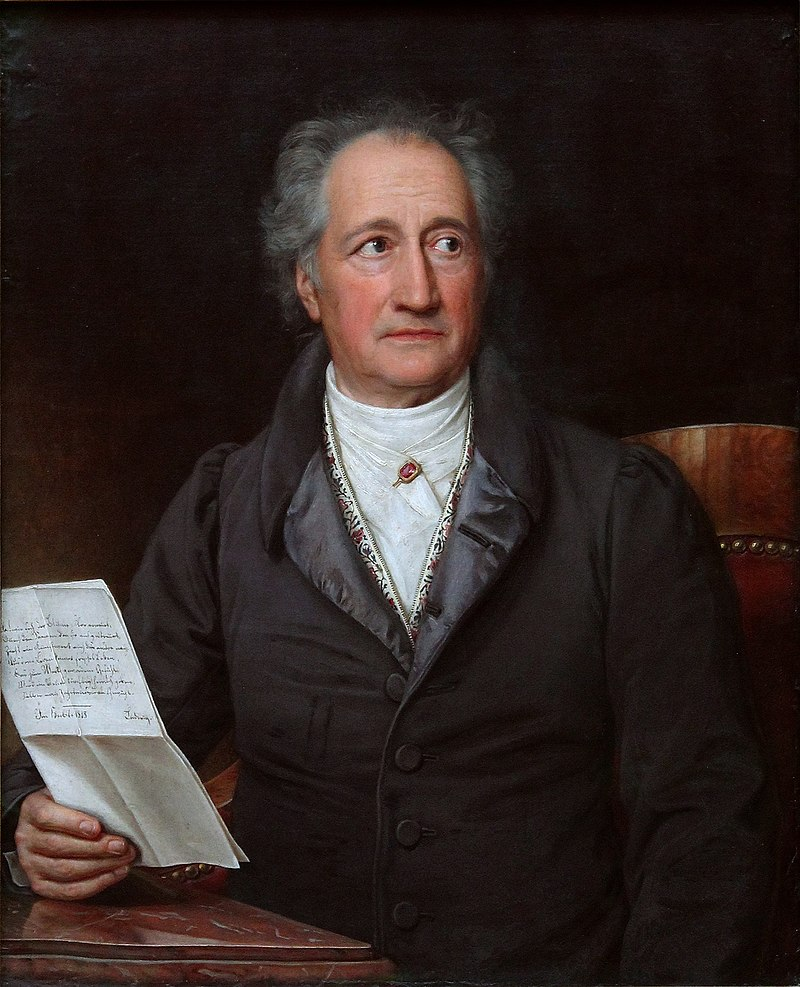
Above: German writer Johann Wolfgang von Goethe (1782 – 1832)
With that, everything is essentially said, including that Wüger delivers good entertainment, but not easy fare.
One might read his novel in one go, but shutting off your mind is not recommended.
Perhaps one could try to transition the mind into a different state, one in which the walk between fiction and reality feels particularly good.
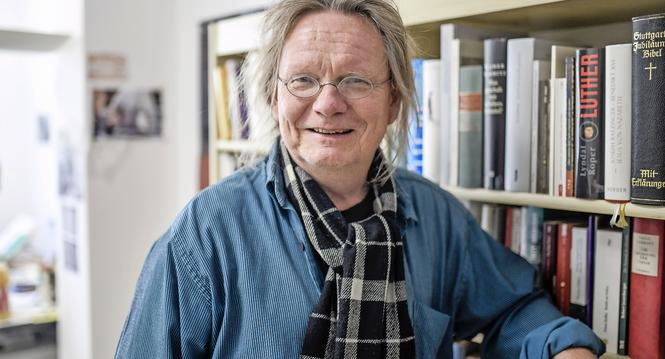
Above: Swiss writer Alfred Wüğer
The story of René Sernatinger begins with a false promise — with dense fog in a place where there supposedly shouldn’t be fog — on the top of Zurich’s Üetliberg mountain.
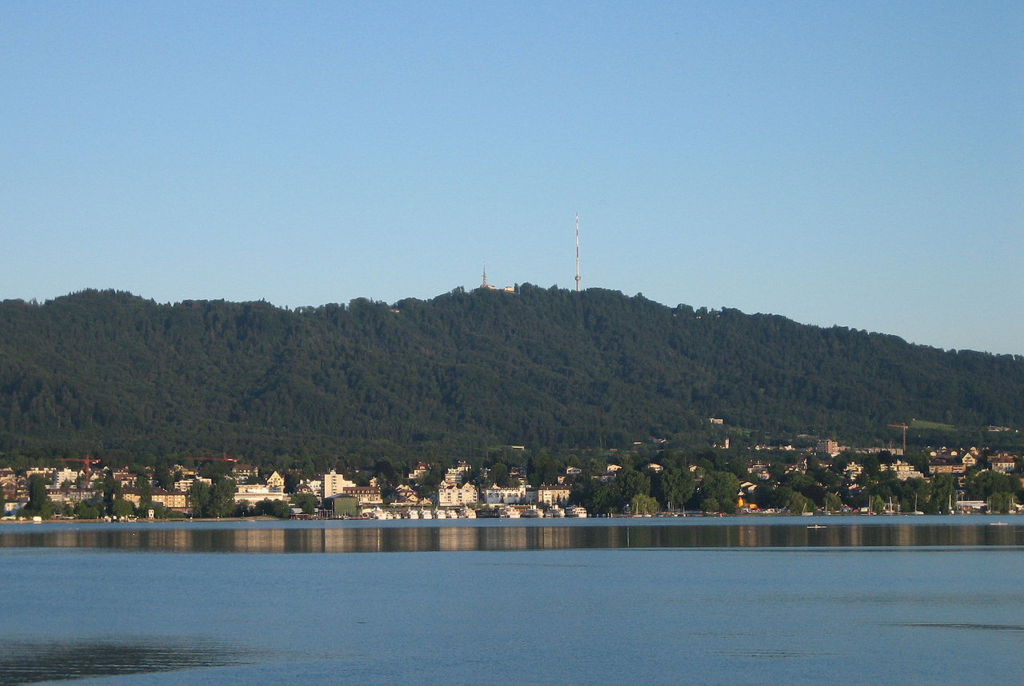
Above: Uetliberg, Canton Zürich, Switzerland
But the main character of Alfred Wüger’s first novel Gute Unterhaltung does not escape the fog:
“I thought I was on a needle of rock in the middle of the raging ocean.”
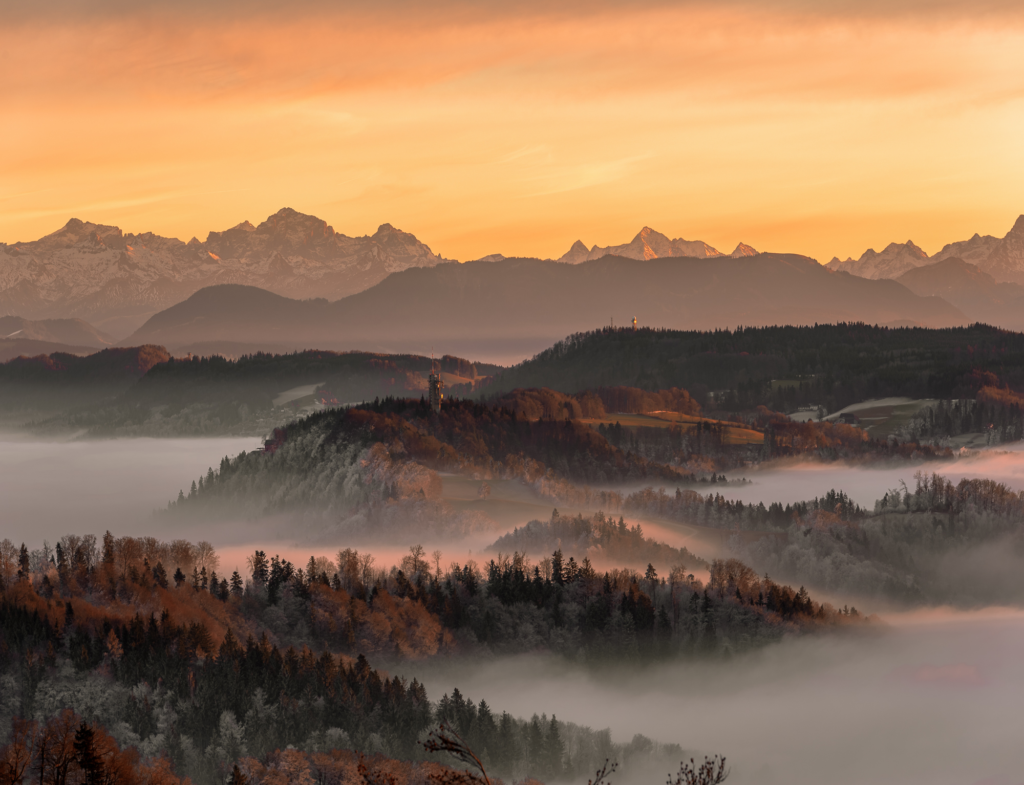
Above: Uetliberg in the fog
The driven man is later swept, thanks to a random acquaintance, to a guesthouse on the Bodensee (Lake Constance), in a small town named Landschlacht.

This is the beginning of his adventure, tracing a lost love and the stormy longing for uncompromising passion — and the unheard-of hope that the lake might freeze for him again in the spring, creating a path to the distant, otherworldly shore.
During the Seegfrörnen (freezing of Lake Constance) the lake is covered with a layer of ice that can even support people.
The name for this condition is Seegfrörne in German.
The last part to freeze over, the Obersee, can then be crossed on foot from one shore to the opposite.
For Seegfrörne to occur on Lake Constance, an extremely cool summer, long lasting easterly winds and very cold weather in autumn and winter are necessary.
Then Lake Constance can freeze over completely in January or February.
The verifiable Seegfrörnen are an important climate archive for cold anomalies in Central Europe on this particularly large lake and can also be used to calibrate climate models.
The last time Lake Constance froze over completely was in the winter of 1962 – 1963.
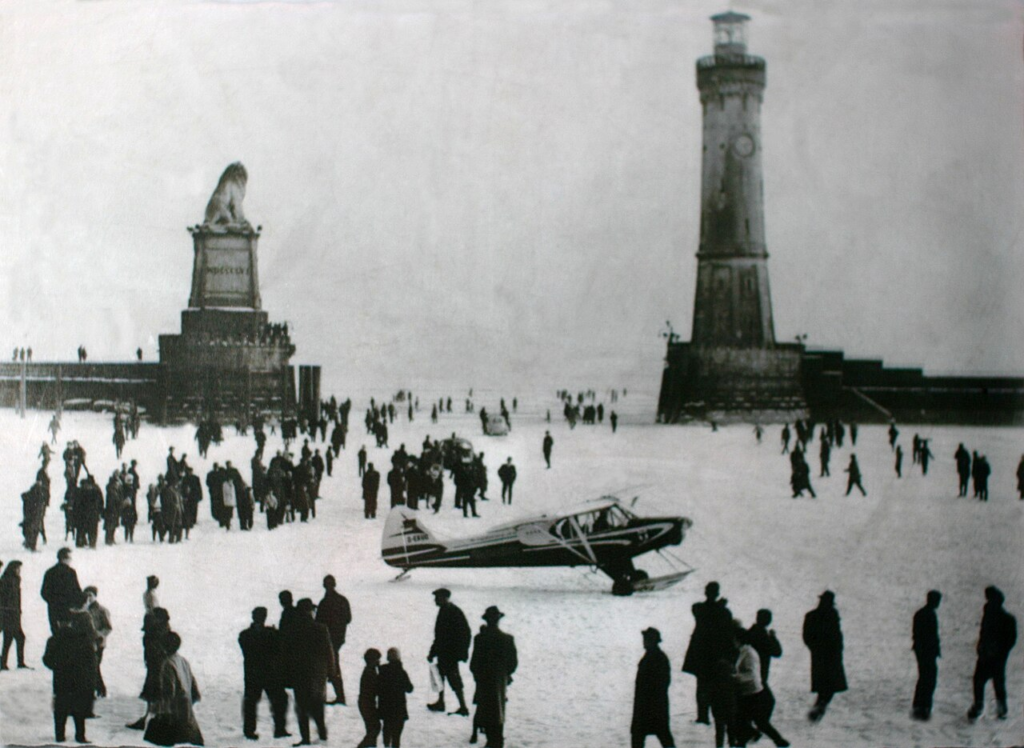
Above: Lindau harbor in 1963 with a landed plane on the ice of the harbor basin and a car in the harbor entrance, Bavaria, Germany
Since 1573, every time the lake freezes over, as far as political circumstances and the ice’s capacity for a large crowd allow, the bust of Saint John (Apostle) has been carried in a ceremonial ice procession from the Swiss monastery of Münsterlingen to the German town of Hagnau on Lake Constance, and then back again the next time the lake freezes over.
John is considered a wine saint in Catholic communities and his feast day is December 27.
The wooden bust was dated to the beginning of the 16th century by Albert Knoepfli of Frauenfeld.
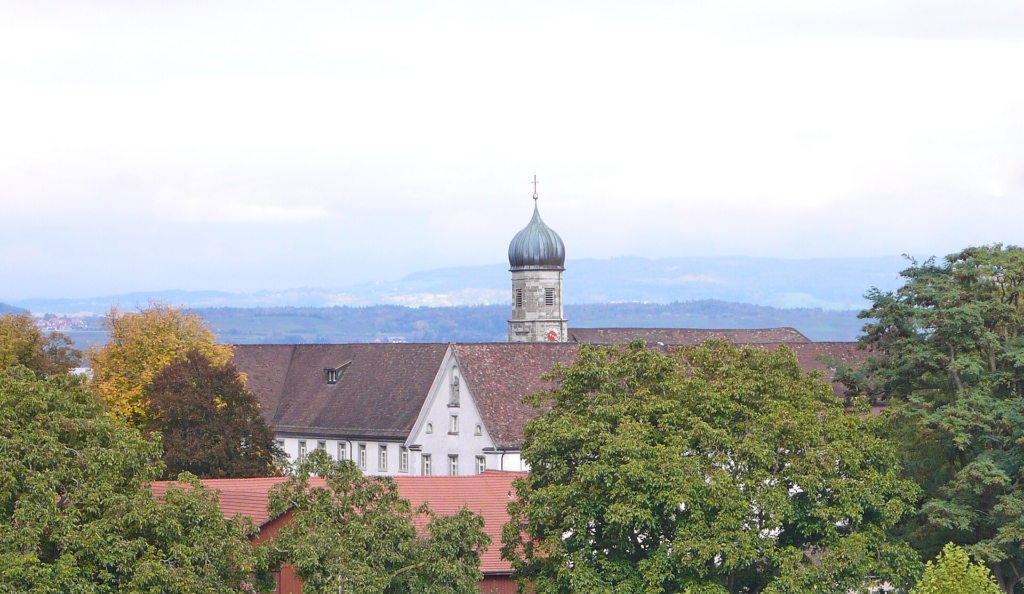
Above: Münsterlingen Monastery
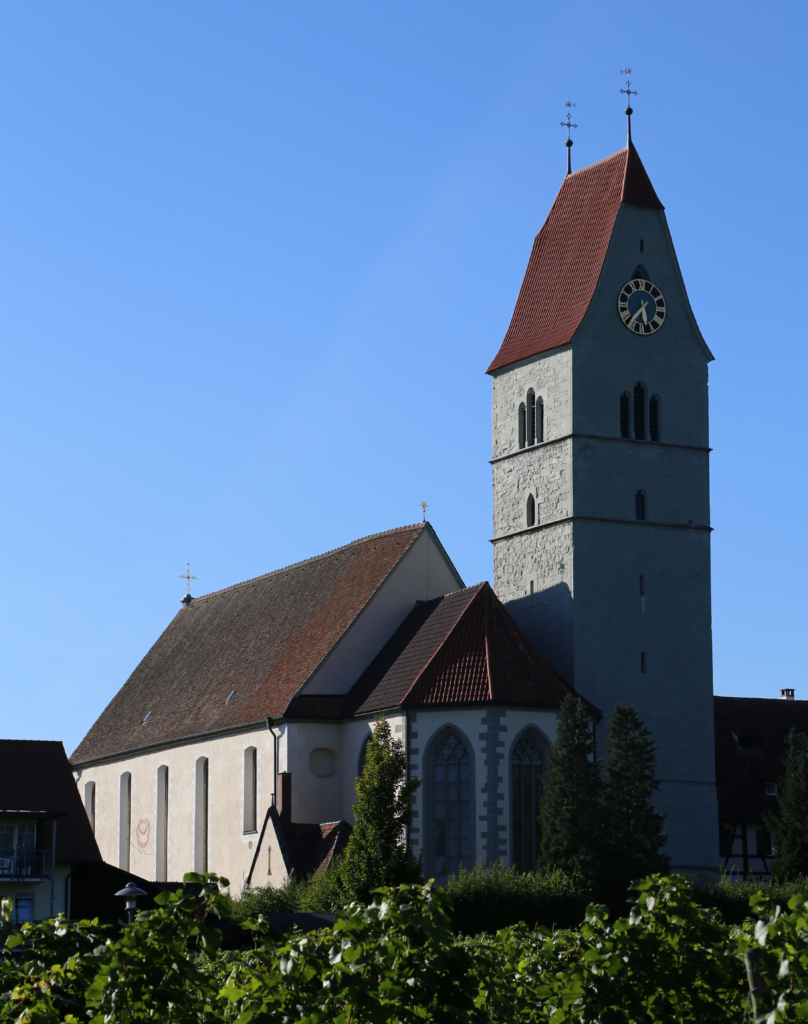
Above: St. John the Baptist Church, Hagnau am Bodensee, Baden-Württemberg, Germany
The history of the ice procession from 1573 to 1830 is documented on the pedestal of the bust of John the Evangelist.
The frozen lake and ice procession of 1830 were described by Heinrich Hansjakob in his book Schneeballen vom Bodensee.
The ice procession is depicted as a detail in the “Schneeballensäule” (snowball column) monument in the center of Hagnau.
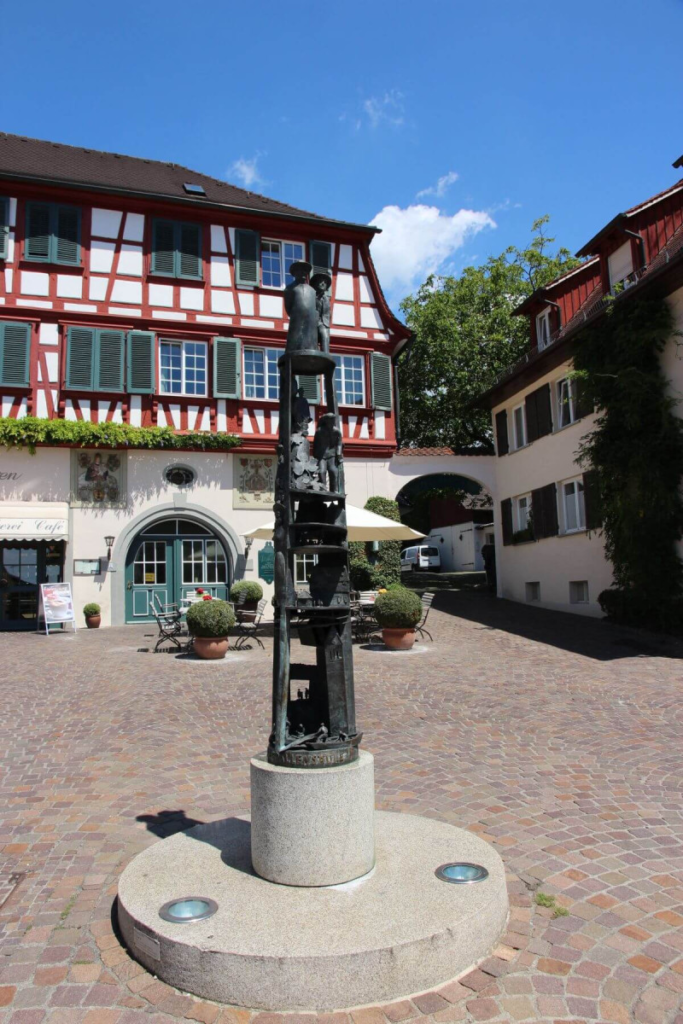
Above: Schneeballensäule, Hagnau am Bodensee
Pictures of the ice procession of 1963, in which the bust was carried from Hagnau to Münsterlingen, are included in the book Seegfrörne by Werner Dobras and in the book Über eisige Grenzen by Diethard Hubatsch.
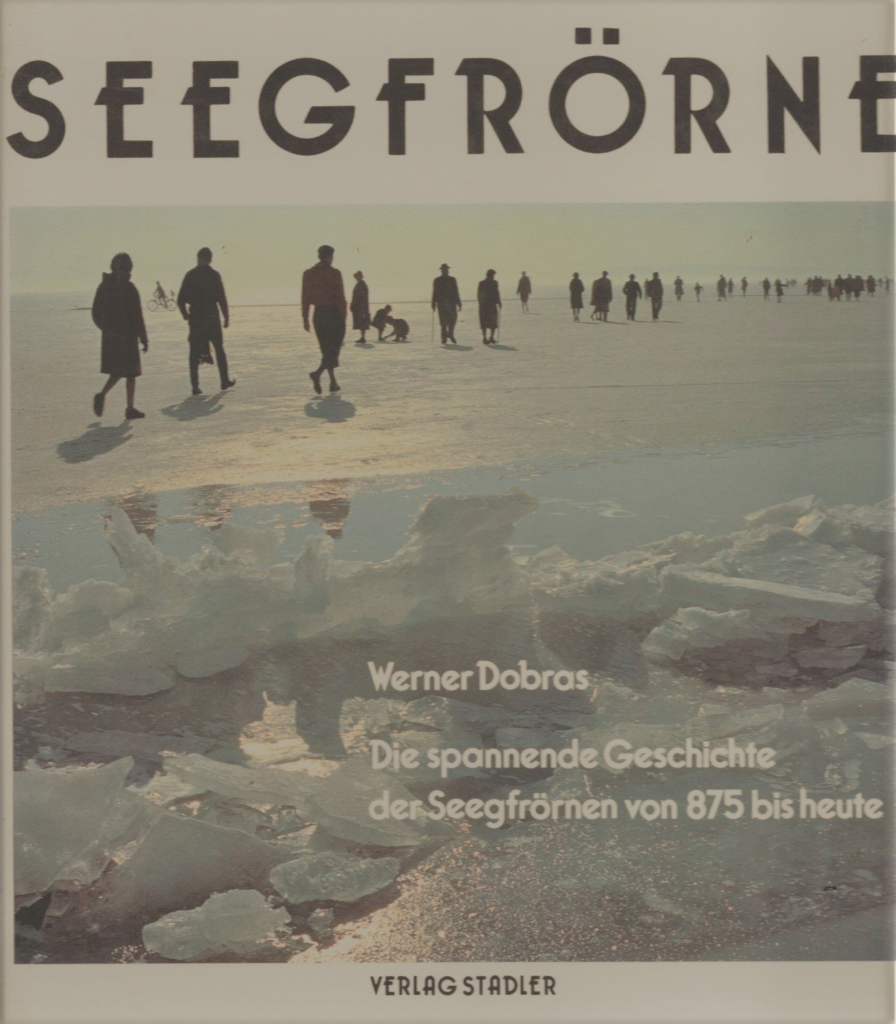
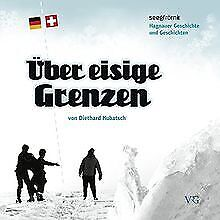
The Hagnauer Museum in Hagnau on Lake Constance documents the origins of the ice procession and the crossings of the lake between Münsterlingen and Hagnau.
M
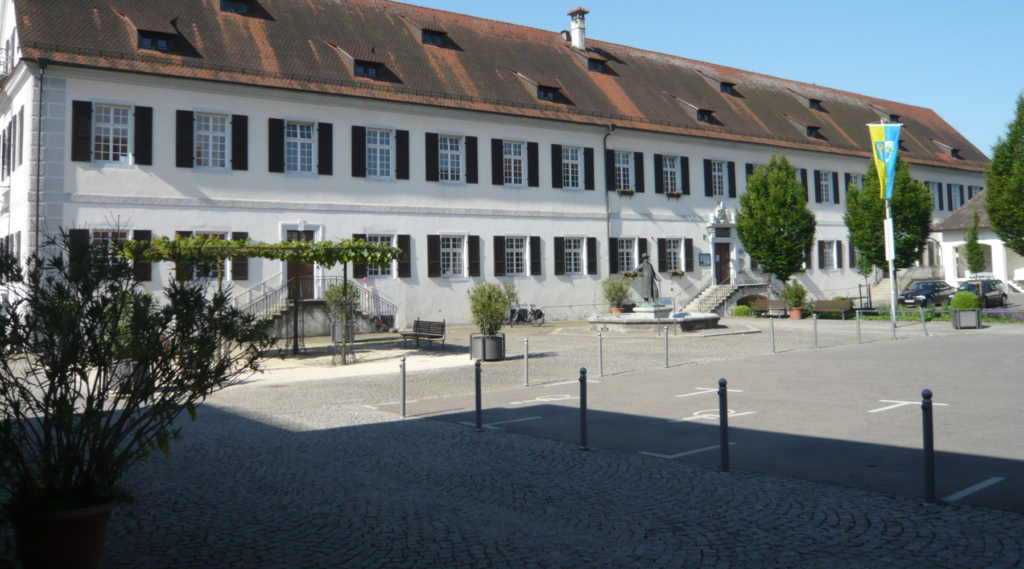
Above: Hagnauer Museum, Hagnau am Bodensee
Meichle pointed out in 1963 that he had not found any documents relating to the frozen lakes before 1830 in either the Hagnau municipal archives or the General State Archives of Karlsruhe.
“The origin and background of this long-standing custom, however, remain obscure.
No explanation has yet been found in the surviving documents from the 16th to 18th centuries as to why — in mutual agreement on both sides of the shore — the decision was made to carry a bust of Saint John across the ice, back and forth.
It also remains unclear when the first of these processions actually took place.”
– Diethard Hubatsch: Across Icy Borders (2012)
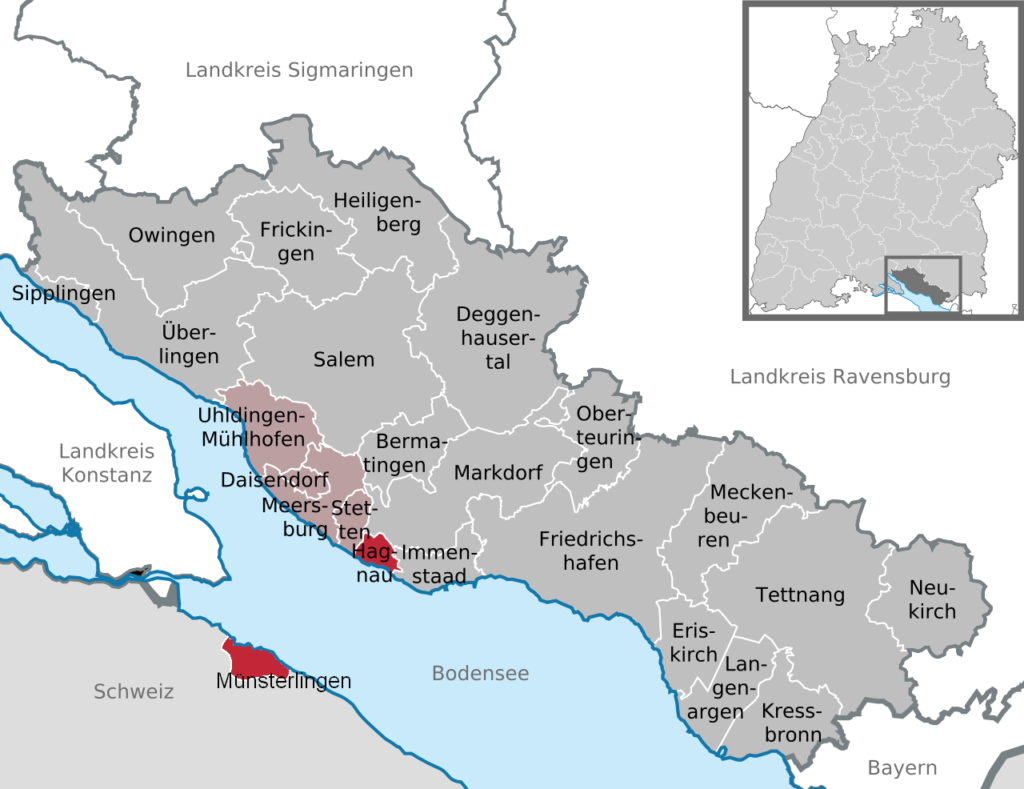
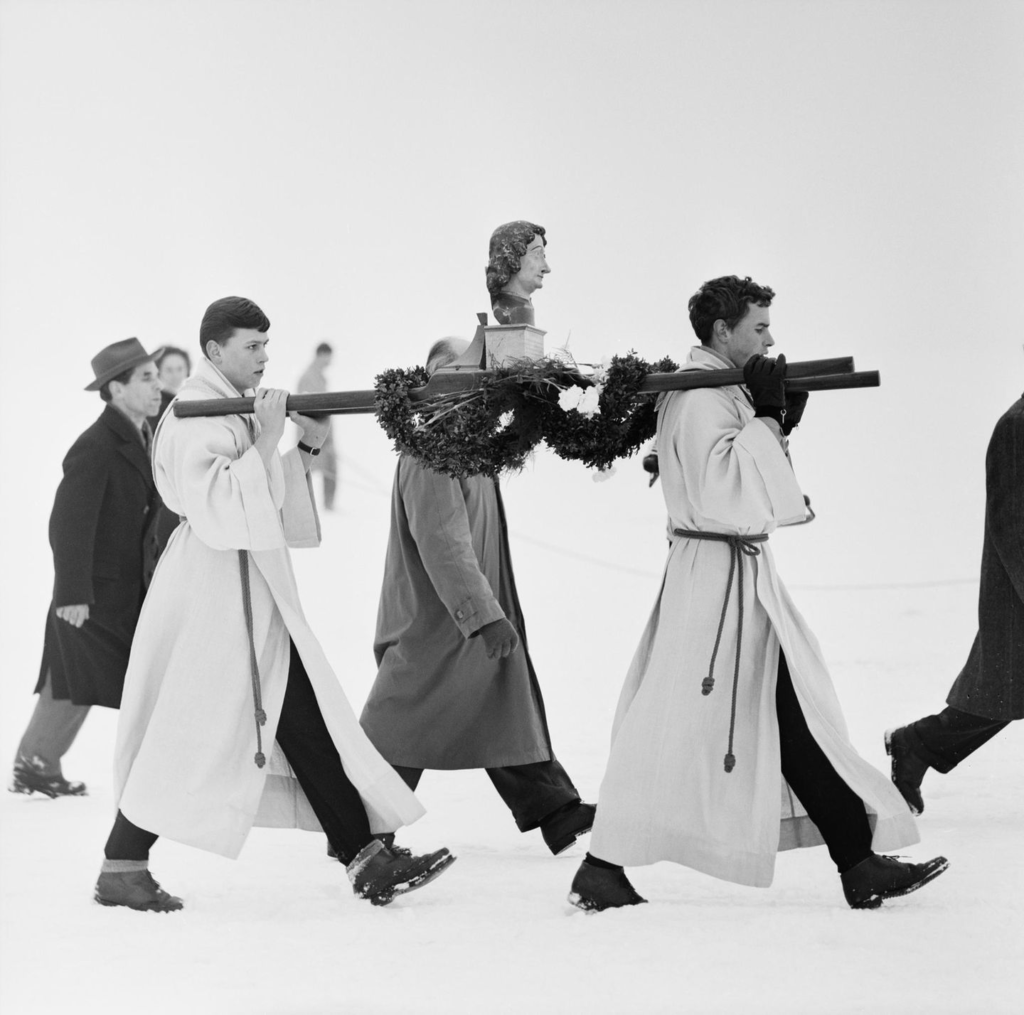
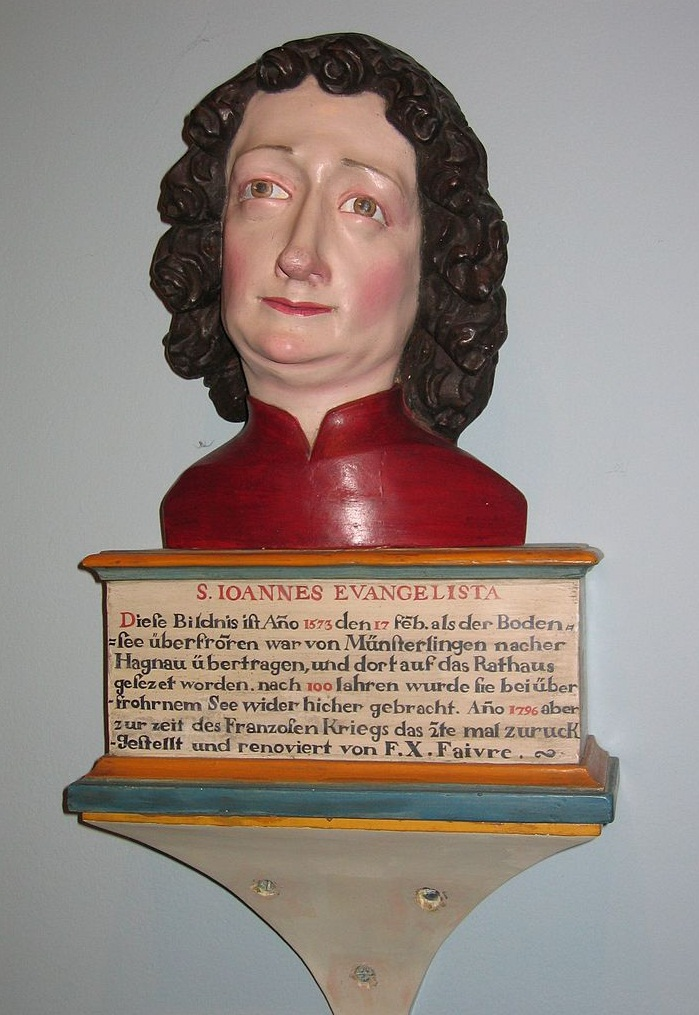
Above: Bust of John the Baptist
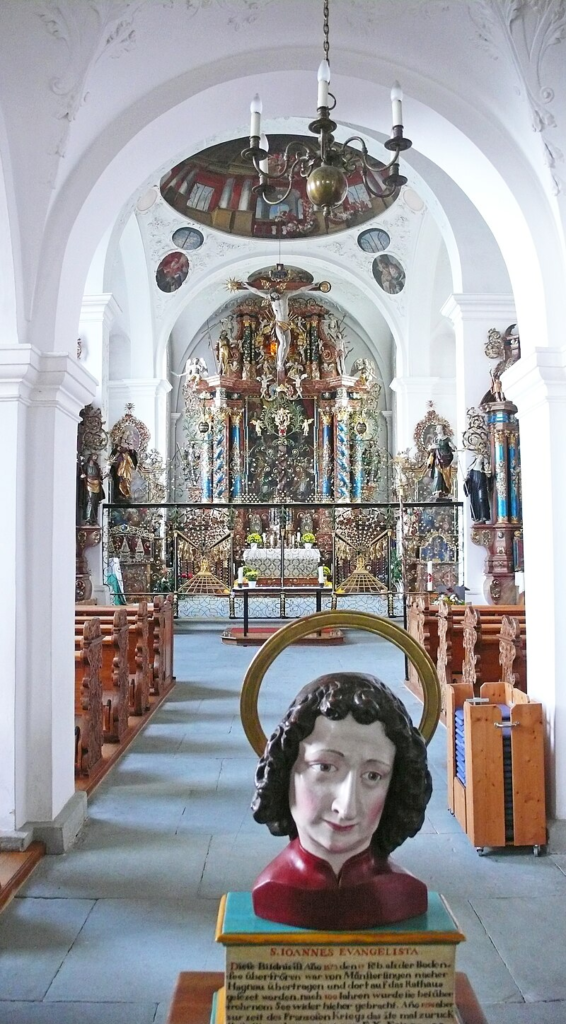
Above: Interior of St. Remigius Church in Münsterlingen with a bust of St. John
Wüger referred to his work as a love story before the book launch.
However, the passages Alfred Wüger read aloud that evening with pointed theatricality were full of infectious cheerfulness.
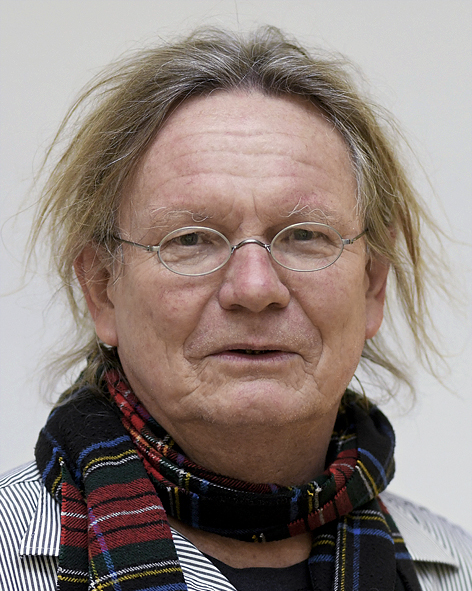
Above: Alfred Wüger
There is eating and drinking, lamenting and philosophizing about life and the afterlife, as if one were in a play by Dürrenmatt.

Above: Swiss writer Friedrich Dürrenmatt (1921 – 1990)
In the village and pub, true life plays out, the lake becomes the Styx, and Persephone herself leads the seeker across.
Styx was the oath of the gods.
Homer calls Styx the “dread river of oath“.
In both the Iliad and the Odyssey, it is said that swearing by the water of Styx, is “the greatest and most dread oath for the blessed gods“.
Homer has Hera (in the Iliad) say this when she swears by Styx to Zeus, that she is not to blame for Poseidon’s intervention on the side of the Greeks in the Trojan War.
He has Calypso (in the Odyssey) use the same words when she swears by Styx to Odysseus that she will cease to plot against him.
In the Odyssey, Circe says that the Underworld river Cocytus is a branch of the Styx.
Hypnos (in the Iliad) makes Hera swear to him “by the inviolable water of Styx“.
In the Iliad the river Styx forms a boundary of Hades, the abode of the dead, in the Underworld.
Athena mentions the “sheer-falling waters of Styx” needing to be crossed when Heracles returned from Hades after capturing Cerberus.
Patroclus’s shade begs Achilles to bury his corpse quickly so that he might “pass within the gates of Hades” and join the other dead “beyond the River“.
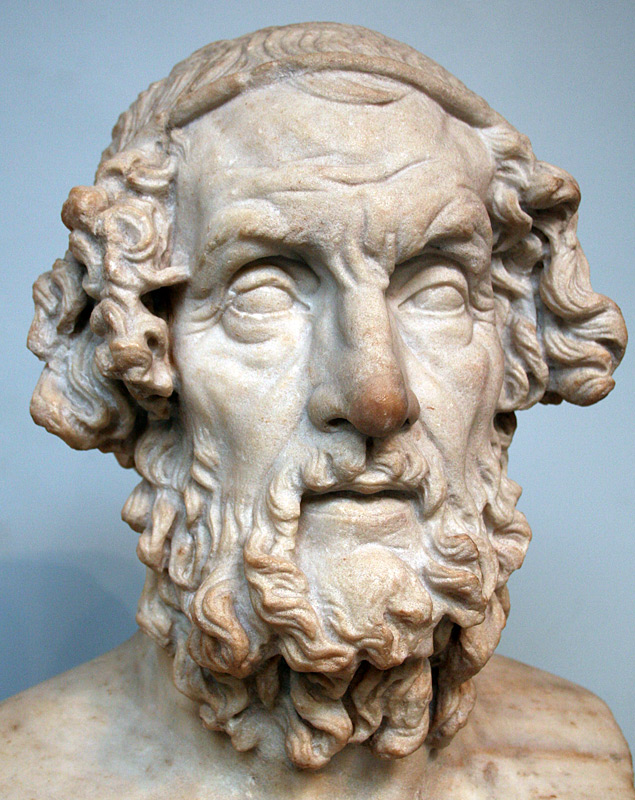
Above: Bust of Greek poet Homer (8th century BC)
So too in Virgil’s Aeneid, where the Styx winds nine times around the borders of Hades.
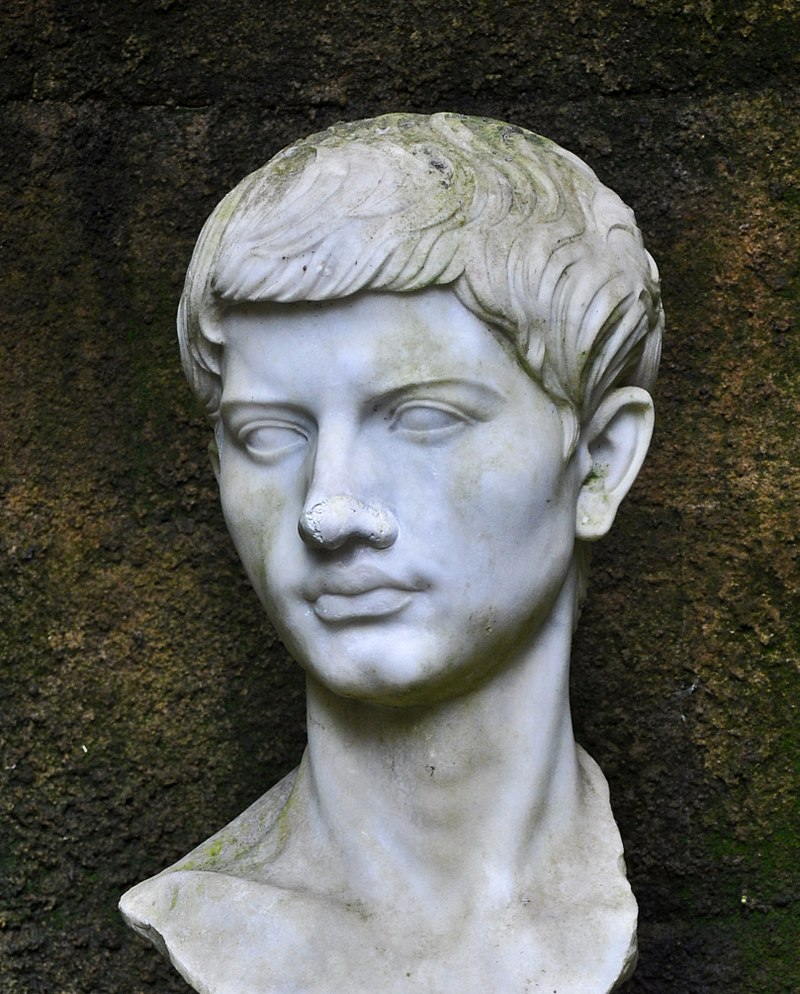
Above: Bust of Roman poet Virgil (70 – 19 BC)
The boatman Charon is in charge of ferrying the dead across it.
More usually, however, Acheron is the river (or lake) which separates the world of the living from the world of the dead.
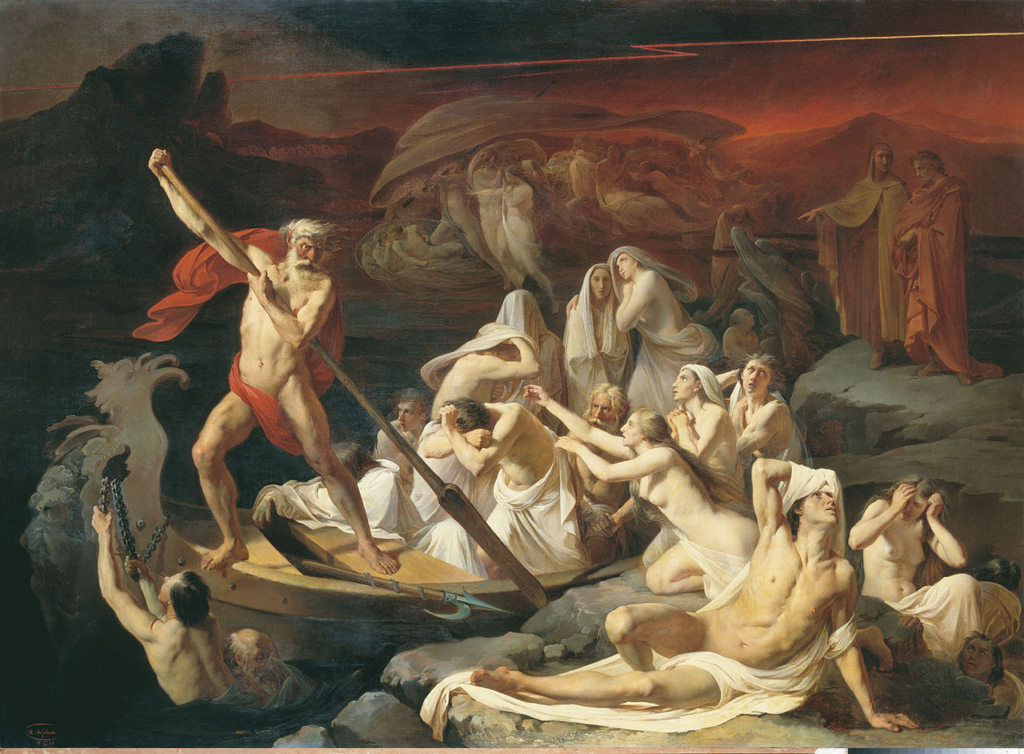
Above: Charon carries souls across the river Styx, Alexander Dmitrievich Litovchenko (1861)
In Dante’s Inferno, Phlegyas ferries Virgil and Dante across the foul waters of the river Styx which is portrayed as a marsh comprising the Hell’s Fifth Circle, where the angry and sullen are punished.
One of the impossible trials which Venus imposed on Psyche was to fetch water from the Styx.
Apuleius has the water guarded by fierce dragons, and from the water itself came fearsome cries of deadly warning.
The sheer impossibility of her task caused Psyche to become senseless, as if turned into stone.
Jupiter’s eagle admonishes Psyche saying:
Do you really expect to be able to steal, or even touch, a single drop from that holiest — and cruelest — of springs?
Even the gods and Jupiter himself are frightened of these Stygian waters.
You must know that, at least by hearsay, and that, as you swear by the powers of the gods, so the gods always swear by the majesty of the Styx.”
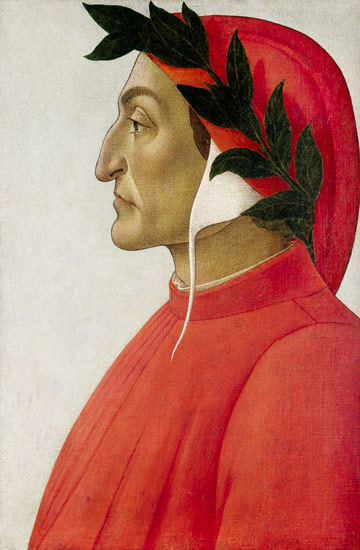
Above: Italian writer Dante Alighieri (1265 – 1321)
The great strength of the novel lies in those moments where new things emerge from the ruins of dream and reality.
In conversation Wüger, the long-time journalist, reveals a completely unjournalistic credo:
“The feeling is the same in both dream and reality.”
Wüger sees the coincidence of his upcoming retirement and the release of his first book — as he has always written, but this is his first published work — as fate.
He wrote this story 20 years ago, in a storm of emotions and fervor that still defines him today.
Therefore, in parts, it’s a very personal story.
However, he doesn’t like to interpret anything into it:
“The source of emotions is uncontrollable.”
As an observer, he wanted to maintain distance.
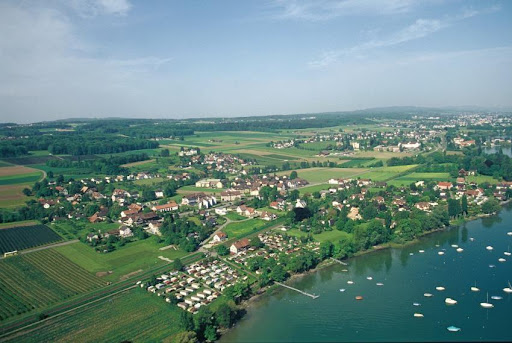
Above: Landschlacht
Thus, the unusual title Gute Unterhaltung came about:
“I gave myself the greatest creative freedom with it,” says Wüger.
The clear, rich sound of the language is striking, with which the author skillfully captivates the audience right away.
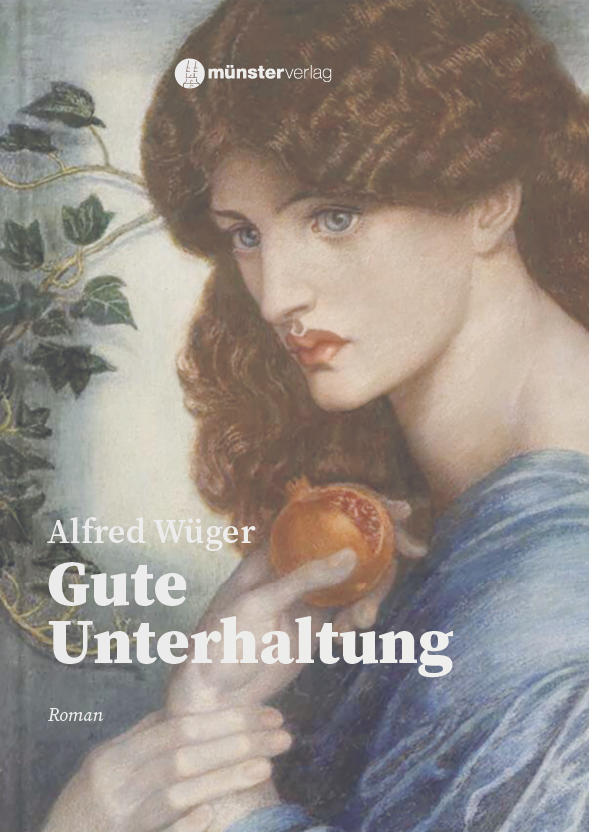
Even loyal readers of his reports are surprised:
“I’ve never experienced him this emotional, I’m overwhelmed,” says Malou Leclerc, founder of the former dance group Cinevox Junior Company.
The improvised musical accompaniment to the excerpts by Bernie Ruch on drums and Michael Streif on cello gives the reading an additional, almost hypnotic component.
Their collaboration is a first for them, as the two musicians explain.
They plan to continue accompanying Alfred Wüger on his readings.
However, it might sound very different next time:
“We are seekers too,” says Ruch, laughing.

“Helene, tell me, do you actually invent these stories?”, asks the main character, René Sernatinger, of his conversation partner, after she has just told him about one of her walks along the mythical border river Styx, where she spoke with a suicide.
She laughs and answers, no, she reads a lot.
But only secretly.
When Sernatinger wants to know why, she says:
“So no one comes and asks if I understand everything.”
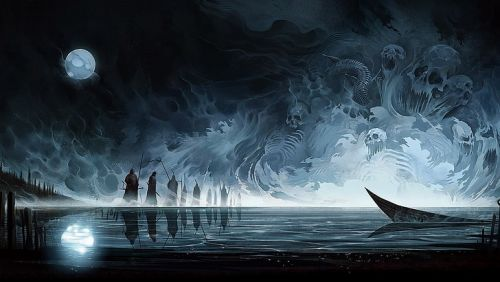
Perhaps Alfred Wüger’s first novel Gute Unterhaltung is also a book best read secretly.
Because one will hardly understand everything after reading it.
The story takes place at Lake Constance, in a small village called Landschlacht, and revolves around a man on a search.
What is he searching for?
For faith?
For his lover Isabelle, to whom he constantly writes letters?
For meaning?
For death?
The protagonist, Sernatinger, doesn’t seem to know exactly either.
The largely letter- and conversation-driven plot does not have a structure that can be divided into reality and fiction, but rather features several intertwined strands of reality that sometimes even contradict each other.
There are villagers, but also Greek gods and mythical figures.
Sometimes, Lake Constance is simply a lake with ducks swimming, and other times, it is the boundary to the underworld, which Sernatinger must cross with the goddess Persephone to usher in spring.
And finally, a large portion of Christian theology is mixed into the whole.
No question:
Wüger has literary talent.
However, as a reader, one might have wished for a slightly stricter editorial review at times.

The novel, which the journalist claims to have written 20 years ago, has two weaknesses:
One is linguistic.
There is this earthy Swiss undertone with Helvetisms like “Holzrugel” (wooden rattle) or “Gümpli” (meaning a small jump).

Above: Flag of the Helvetic Confederation of Switzerland
This wouldn’t be disturbing in itself if this style were consistent throughout or at least assigned to specific characters.
But in the same breath, Wüger uses overly elaborate language that no one would ever actually speak.
For instance, Sernatinger says to a father whose son is just trampling a swan’s nest:
“So, finally put an end to this with your son!”
As a reader, you get no sense of how the characters speak, as the linguistic subtleties are missing.

The second weakness is content-related.
Although Gute Unterhaltung is a highly convoluted and open-to-interpretation novel, the author sometimes explains too much.
When, for example, the protagonist struggles with a stranger all night until dawn breaks, a half-versed Bible reader immediately recognizes the reference to Jacob’s struggle with God.
The following direct quote, “I will not let you go unless you bless me.” is unnecessary here.
It comes across as exaggerated and almost gives the impression that the reference is only there to prove the author’s erudition (which Wüger, as a trained theologian, doesn’t need to do).
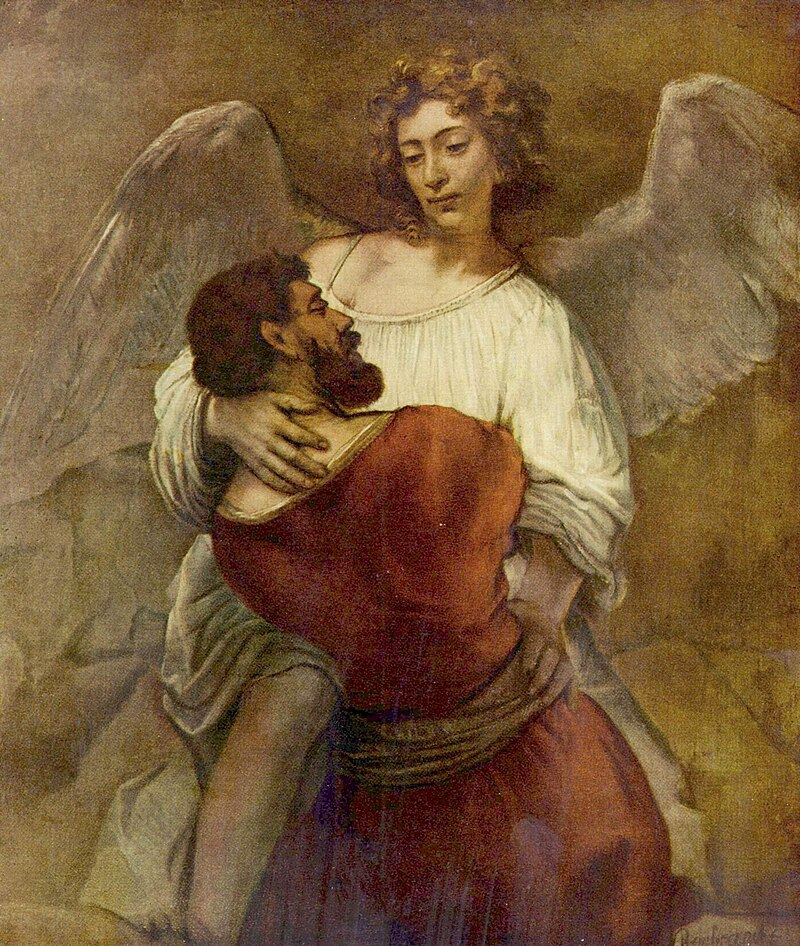
Above: Jacob wrestles with the angel, Rembrandt (1659)
When references are merely there to embellish, when the Lake only smiles because it smiles in Schiller’s works too, then they are superfluous.
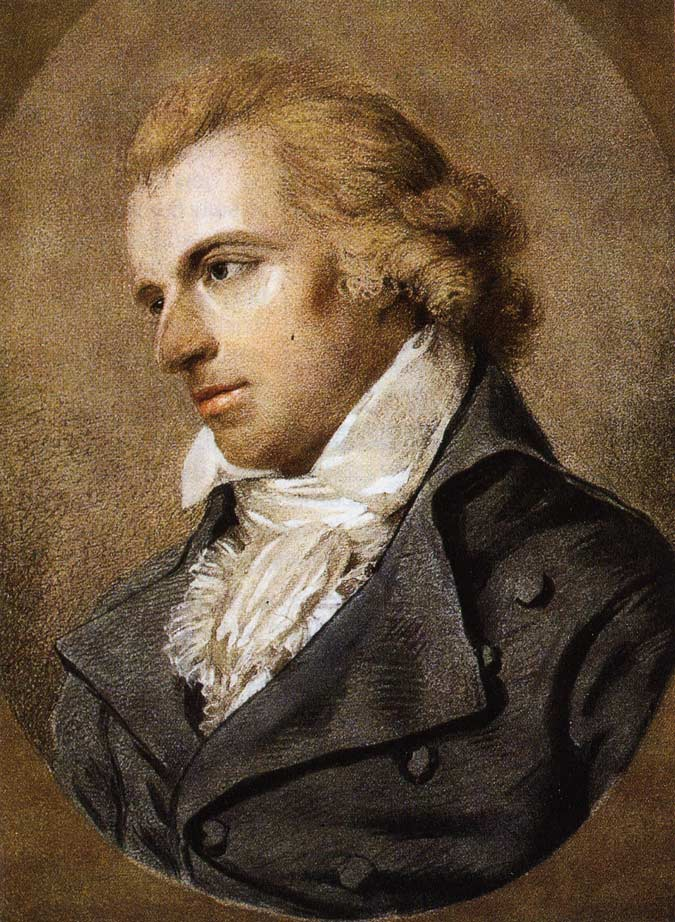
Above: German writer Friedrich Schiller (1759 – 1805)
But apart from these weaknesses, Gute Unterhaltung delivers what the title promises.
Especially because the novel mixes so much.
It is a work for those who like to pause while reading and remain puzzled when they close the book.

Leonard Hofstadter (Johnny Galecki): “I thought you were reading.“
Amy Farrah Fowler (Mayim Bialik): “I was. Now I’m thinking about what I read.“
Scene from The Big Bang Theory (2007 – 2019)
My time in Landschlacht is the result of a flaw in my character:
The ease with which I have relied on the opinions and advice of others – in particular, my wife’s.
Relying on the opinions of others is detrimental in any effort to become who we should be.
The opinions of others may provide direction, but they also distract us from our own true purpose.
This purpose can only be determined by deep and unflinching inner reflection.
The questions are basic.
What should I do?
What can I do?
What can be my place in the world?
Can I avoid pain or disappointment?
Where can I find joy?
How should I love?
How should I treat the opposite sex?
Why is love difficult?
What career should I pursue?

Most importantly, it is important to resist the urge to quickly resolve the questions that haunt us.
We need to examine solitude and pain diligently, rather than avoid those experiences, as we are all naturally inclined to do, due to their obvious unpleasantness.
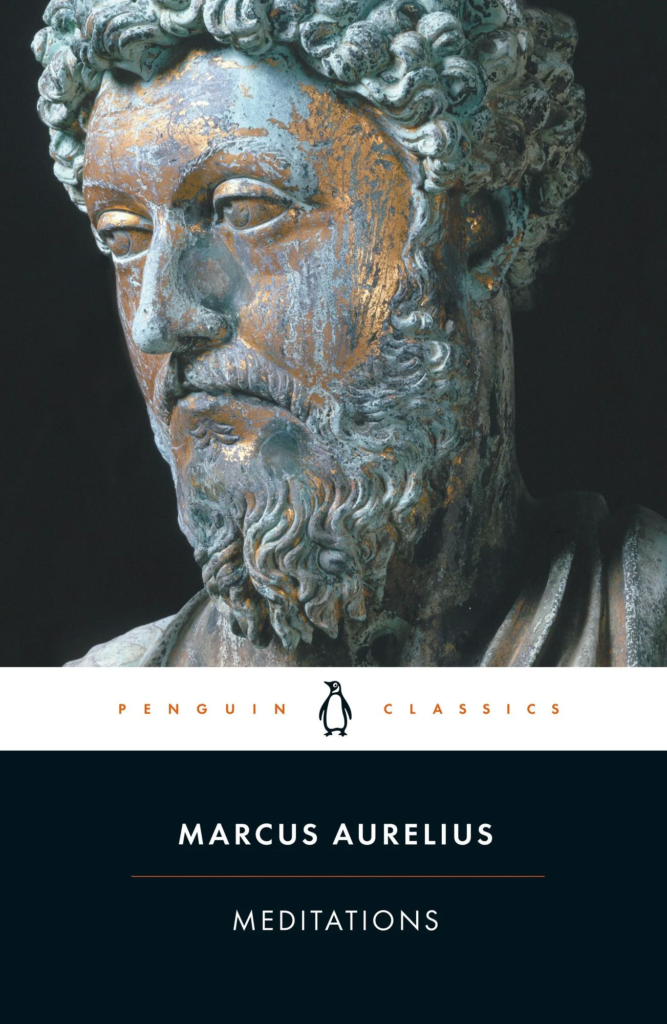
Both I and my wife have lived apart for the past four years, with the exception of video calls and mutual vacations.
We have come to embrace our individual experiences of living in solitude.
She shares her pain with me, knowing that she will probably not share my opinions nor heed my advice.
I do not share my pain with her, for she will bombard me with opinions and advice, which I prefer to formulate on my own despite the inherent wisdom of her words.
There has always been an inequality between us both in love and in income.

Switzerland for me, and before that Germany, is a land of societal convention that equate love and sexuality with either the satisfaction of physical urges or the repression of these for fear of embarrassment and awkwardness.
It has been easier to deny the physical in favor of the fear.
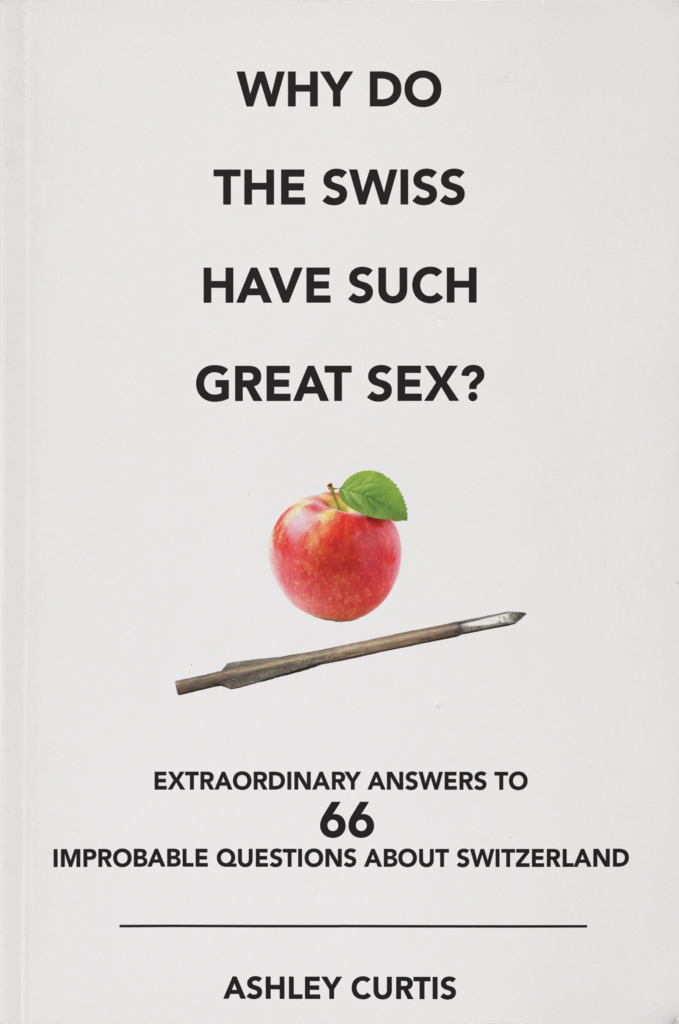
Where we also diverge from one another is the enormous pressure and grave difference between choosing a career and following a vocation.
To become the doctor my wife became demanded discipline and dedication.
I fell into teaching and have drifted towards writing.
She followed her dreams with determination.
I have hesitantly hoped.
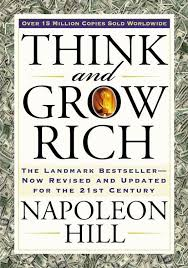
I have longed for companions that exhort me to take my hopes and aspirations seriously, that urge me with unflagging urgency to keep writing, that my life really truly matters.
Not as a cog in the machinery of others, but as my own self-driven engine.
I need to find the drive from within because the world outside myself will not provide it.

Above: Charlie Chaplin, Modern Times (1936)
I need to follow the inexplicable inner passion without trying to passionately defend to the uncomprehending that which they neither can nor wish to comprehend.

In the places I have experienced I discover the lives of others and see that they, like myself, try to do the remarkable to win acclaim, compensation or self-acceptance through the construction of designs that they themselves never made.
I have found that everyone, everything, is either a blessing or a lesson.
Sometimes both.
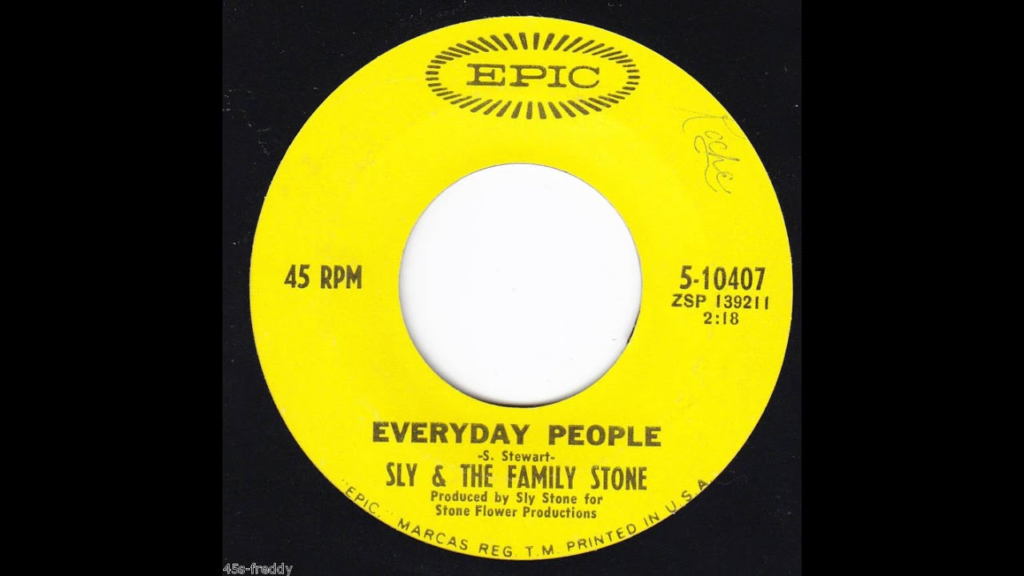
I find myself thinking of those who seek to find their proper place in the world by relying on religion, ideology or political belief – three columns of custom that invariably collapse and crush the individual’s spirit within.



We live in a difficult age, an age where the Internet seeks to seduce, corrupt and engulf us in the great mass movements of the moment.
Movements that promise stability, cohesion and a shared identity but invariably fail due to vast economic, social and political reality.
Movements of the moment generally last only for a moment.

“Our” apartment faces the Bodensee.
True North.

And, in a way, True North, a very Canadian concept woven even into our national anthem (Oh. Canada), may be the moral compass I seek.

Above: Flag of Canada
The Lake suggests introspection that could create a foundation on which to determine my social and moral relationship to a world and a time of increasing social pressure to conform.

My thoughts cannot prevent the great political and human catastrophes that inevitably arise, but perhaps this quarterly sabbatical may guide me in my efforts to think concretely about my own life, especially when a deeply contemplative life seems ever harder to achieve with the increasingly louder emphasis on commercial success and social recognition of one’s existence in our present reality.

Above: US President Donald Trump – He Who Will Not Be Ignored
By examining a place for what it was and for what it is, through the people who were and are in that place, I seek to understand the world from all possible angles.

I do not possess an aura of wisdom inaccessible to all nor am I a cliché of a misunderstood rebel without a cause or a clue.
I “simply” seek to answer the most personal intimate questions that no one can answer for me but myself.
I strive to align all aspects of my life with the purpose I myself wish to give it, to live my life as authentically as I can.

Three trains (and four blogposts) to get to and explore Heiden are needed:
- Landschlacht to Romanshorn

Above: Romanshorn, Canton St. Gallen, Switzerland
- Romanshorn to Rorschach
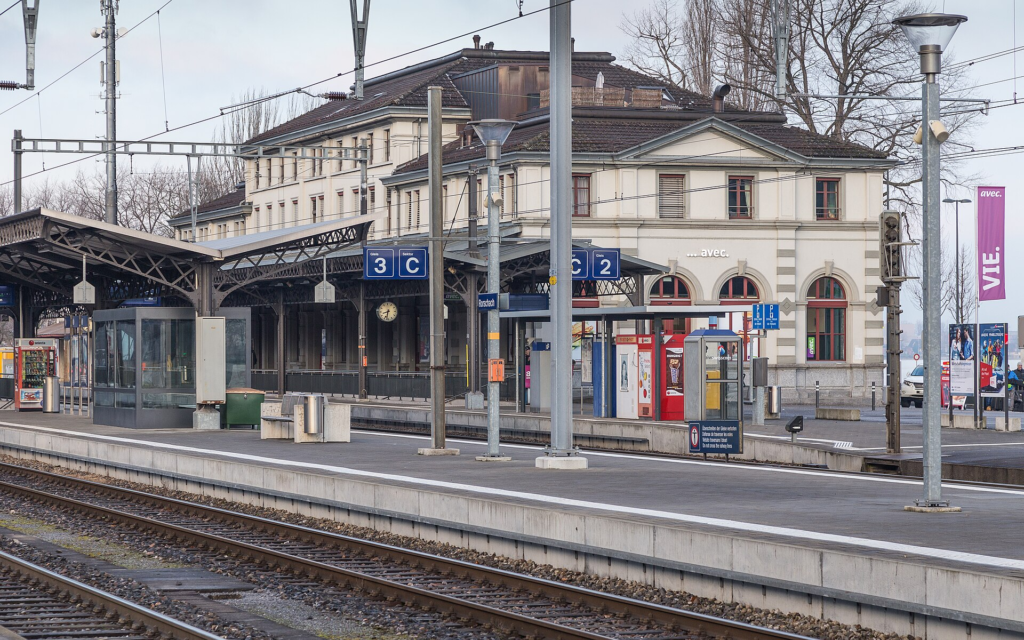
Above: Rorschach Bahnhof
- Rorschach to Heiden

Above: Heiden Bahnhof
In this blogpost a few words about the places seen en route from Landschlacht to Romanshorn:

Tuesday 11 March 2025 (1156)
Altnau, Canton Thurgau, Switzerland (Population: 2, 348)
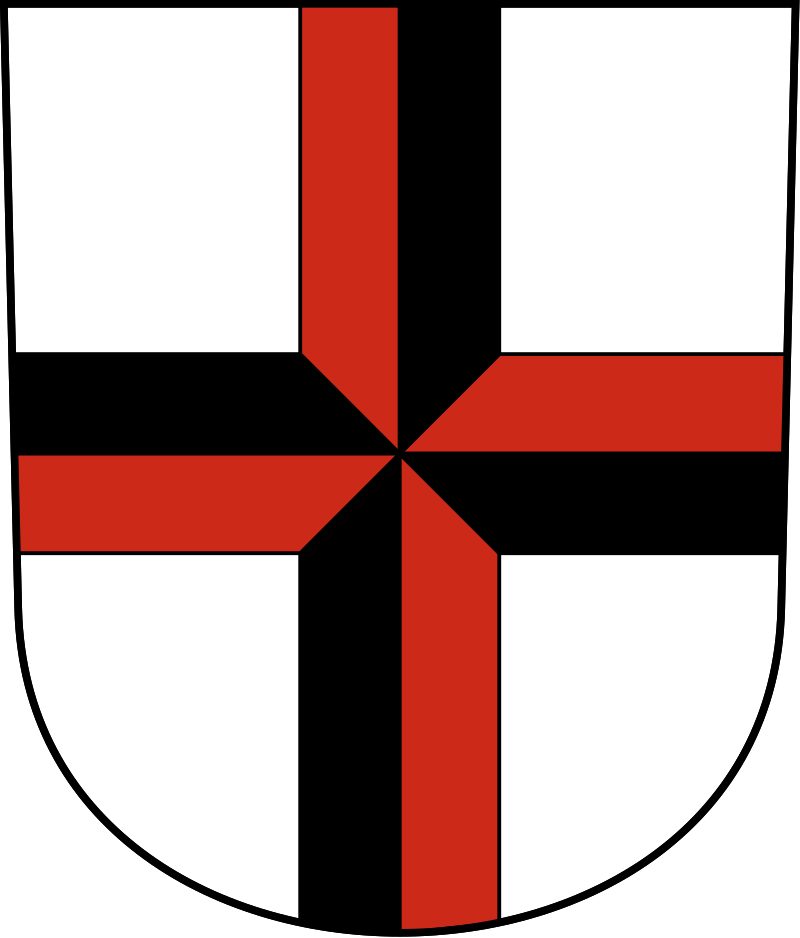
Above: Coat of arms of Altnau
The church village, consisting of the upper and lower villages and other settlements, lies on the old Romanshorn – Kreuzlingen road near the southern shore of Lake Constance on the moraine of the former Rhine glacier.
The actual town center of Altnau lies about two kilometers from the shore of Lake Constance, at 471 m above sea level.
It borders the communities of Güttingen, Langrickenbach and
Münsterlingen.
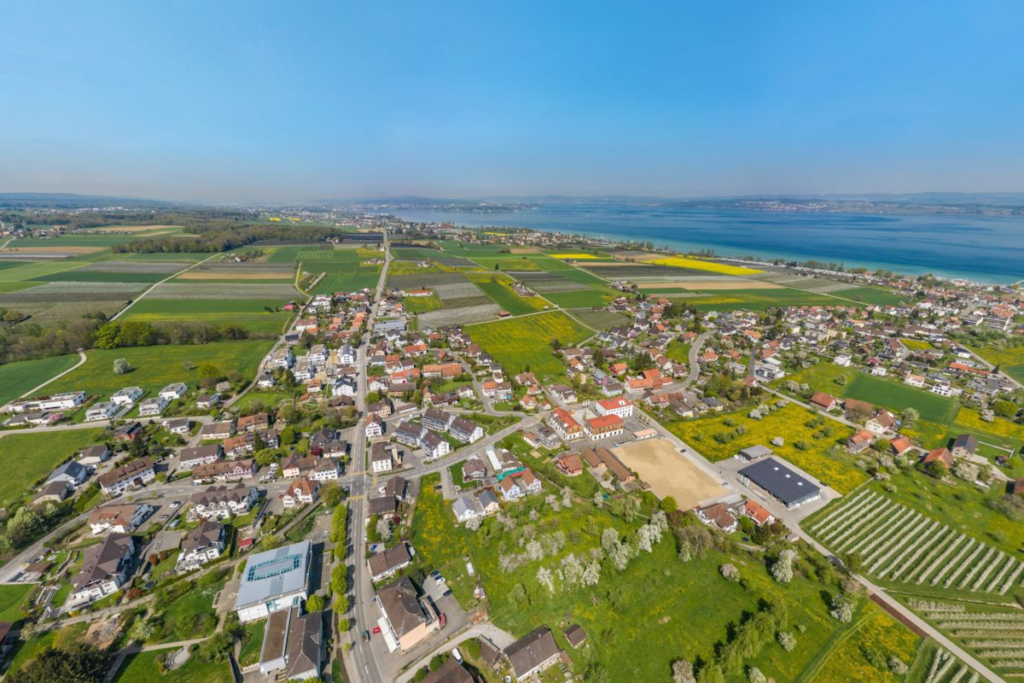
Above: Altnau
Altnau has a train station on the Kreuzlingen – Romanshorn railway line.
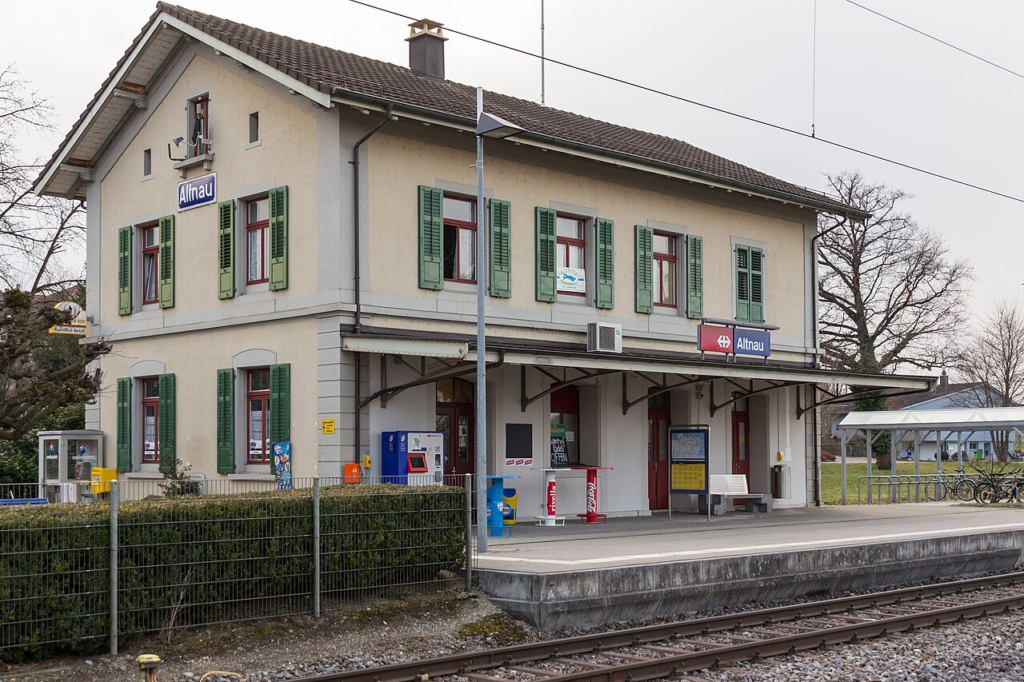
Above: Altnau Bahnhof
Near the hamlet of Ruderbaum, the remains of a Horgen culture settlement have been discovered.
Below the Horgen site, there also may be a Pfyn culture site, but that is less certain.
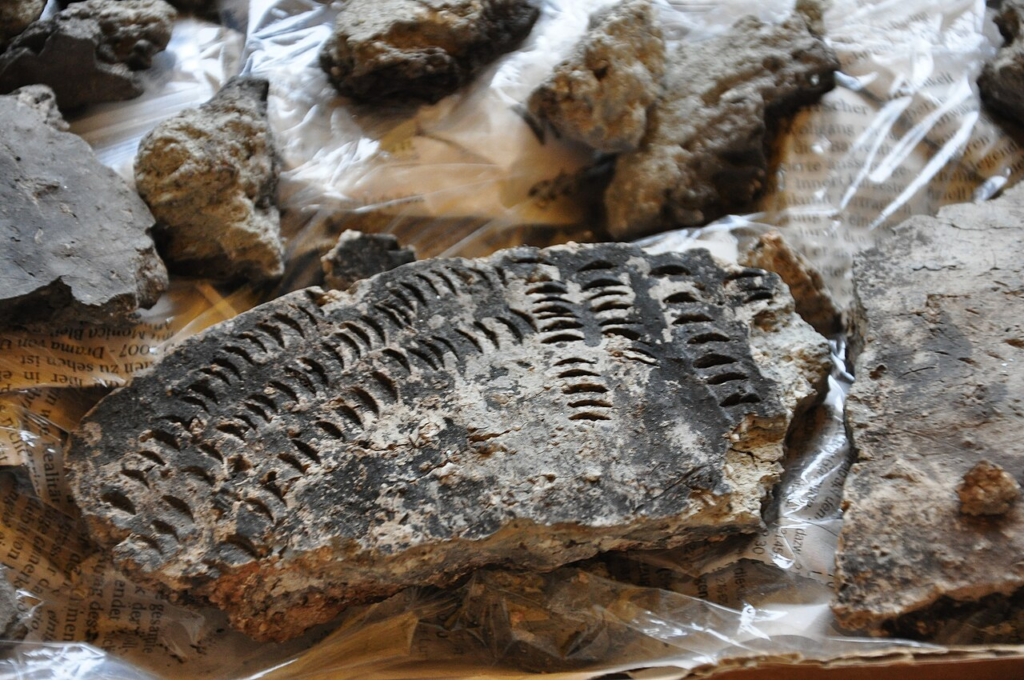
The modern village of Altnau may be first mentioned in 787 as Althinouva.
In the 8th century the Abbey of St. Gall owned most of the land in Altnau.
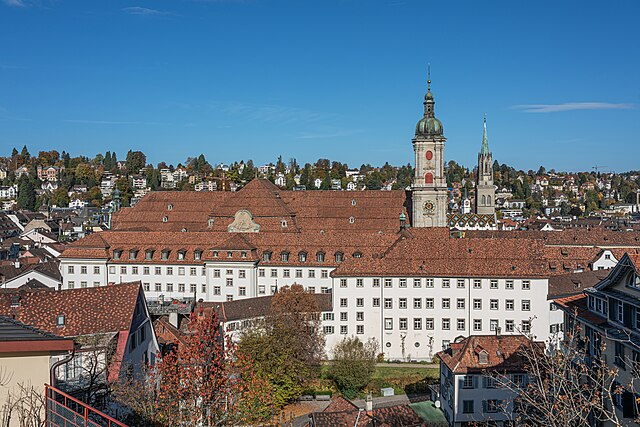
Above: Abbey of St. Gallen
In 1155, Emperor Friedrich Barbarossa confirmed that the Cathedral of Constance owned the church and church yard in the village.
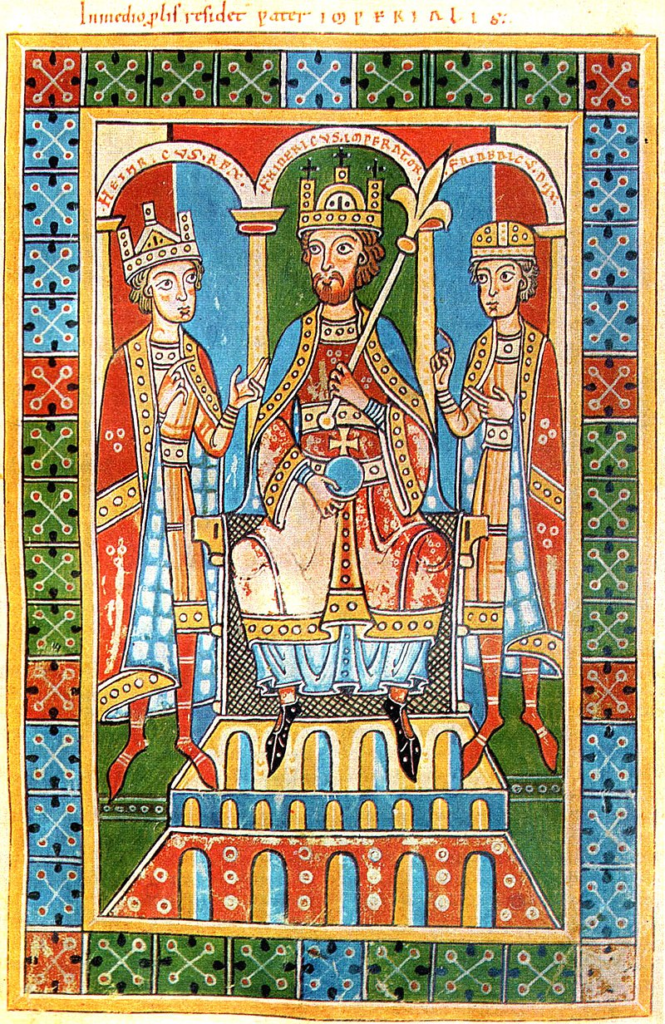
Above: Emperor Frederick Barbarossa (1122 – 1190) enthroned with a crown, imperial orb and scepter between his sons Henry VI (1165 – 1197), who already wears the royal crown (left), and Frederick of Swabia (1167 – 1191) with a ducal hat.
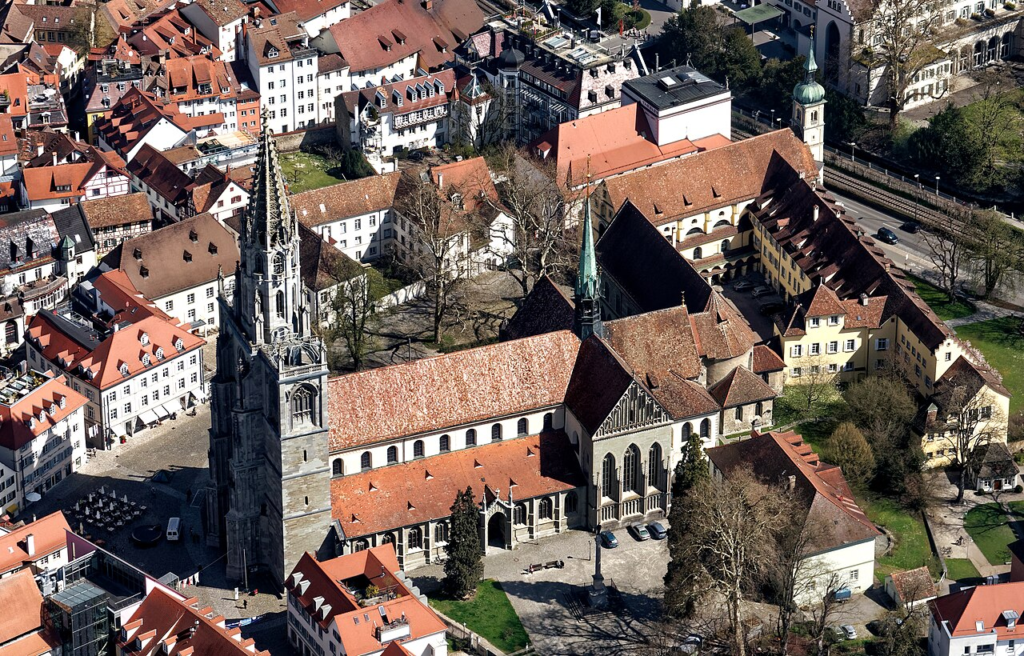
Above: Konstanz Münster (Constance Cathedral), Konstanz, Baden-Württemberg, Germany
The vogt (legal) right over the church’s farms belonged to the Freiherr of Altenklingen after 1300.
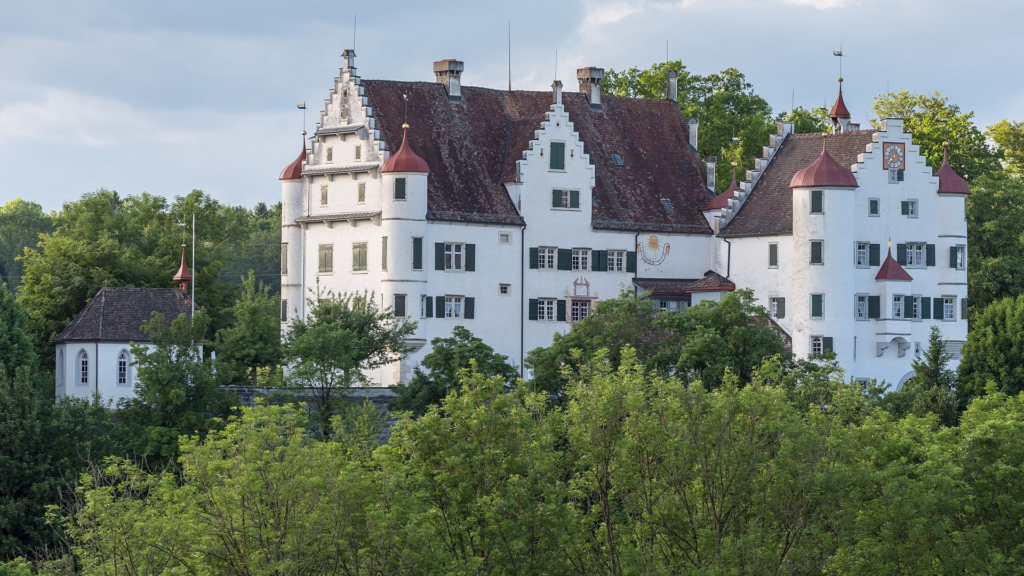
Above: Altenklingen Castle, Wigoltingen, Canton Thurgau
During the Late Middle Ages, this right was given to several noble families from Konstanz and from 1471 until 1798 the city of Konstanz directly controlled the farms.
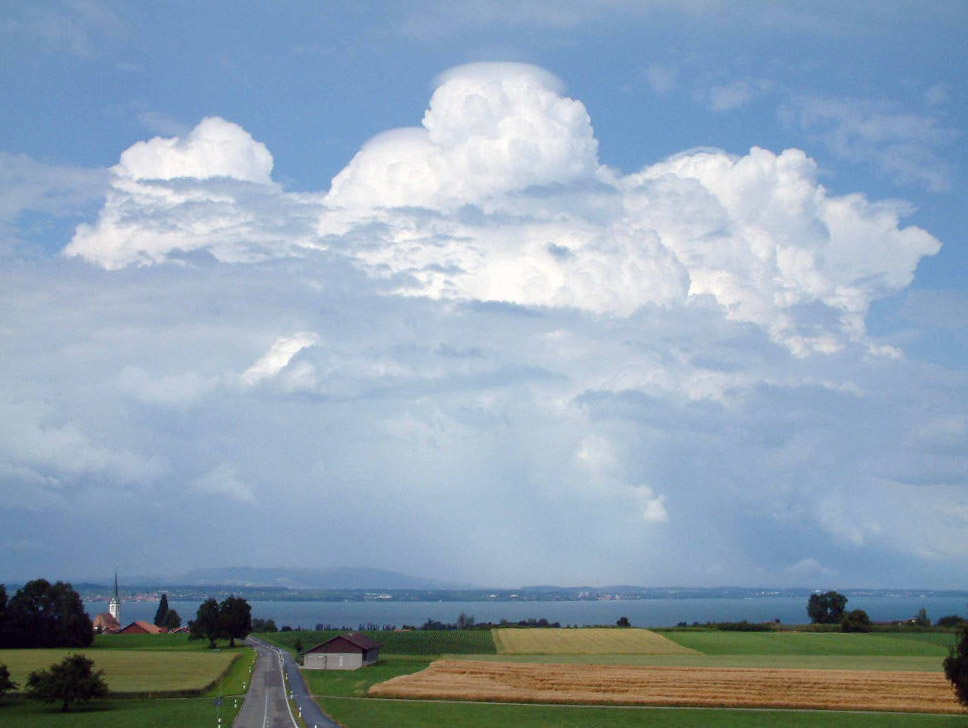
Above: Altnau landscape
In 1454 the villagers were represented in the Appenzell Landrecht (Pact), but following complaints from Konstanz they were forced to give up their membership.
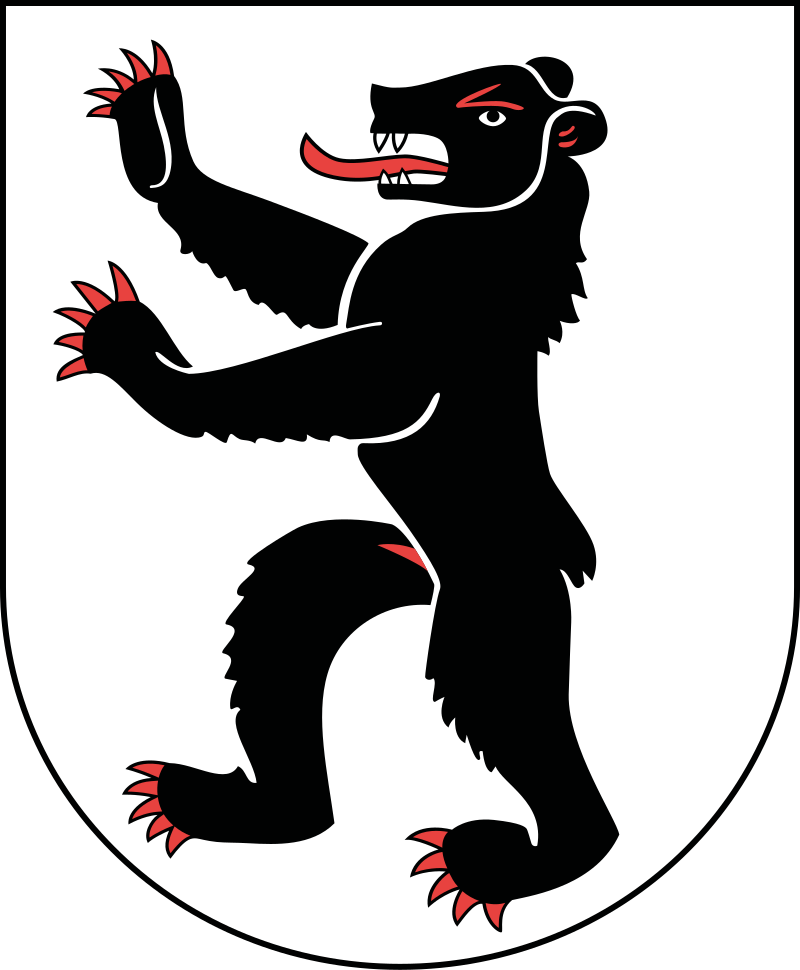
Above: Coat of arms of Canton Appenzell
The rights of the village are first listed in the Gerichtsoffnung of 1468.
The right to administer the parish of Altnau went from the cathedral’s provost to the cathedral’s dean in 1347.
After the Protestant Reformation in 1528, the few remaining Catholics were looked after by Konstanz and the village church became a shared church.
This situation remained until 1810 when two churches were completed.
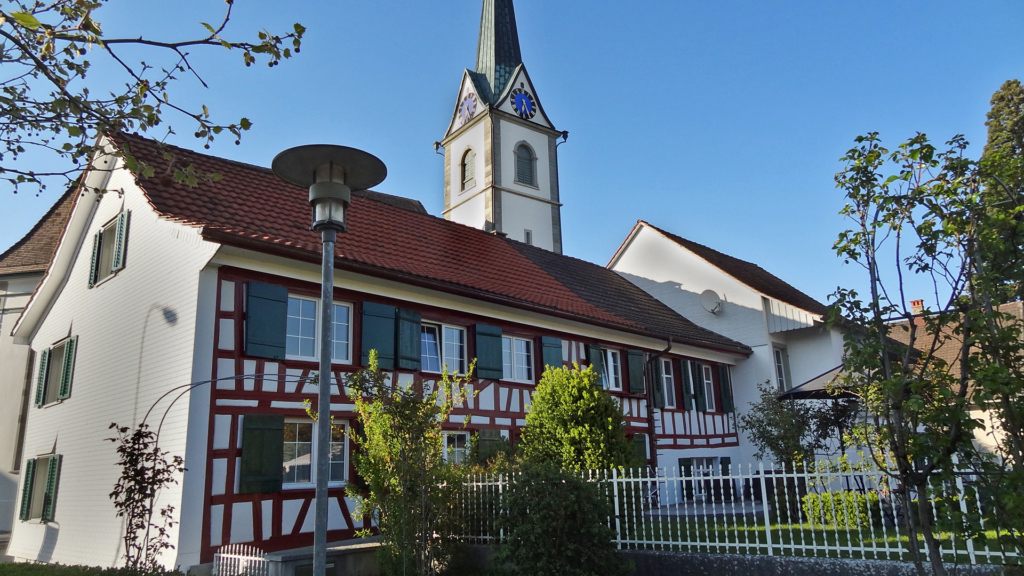
Above: Altnau
Until the 19th century, most of the local economy revolved around three-field agriculture.
About 1880 a dairy company was founded in the village.
Livestock and cheese production became common.
Viticulture was common from the Middle Ages until 1912.
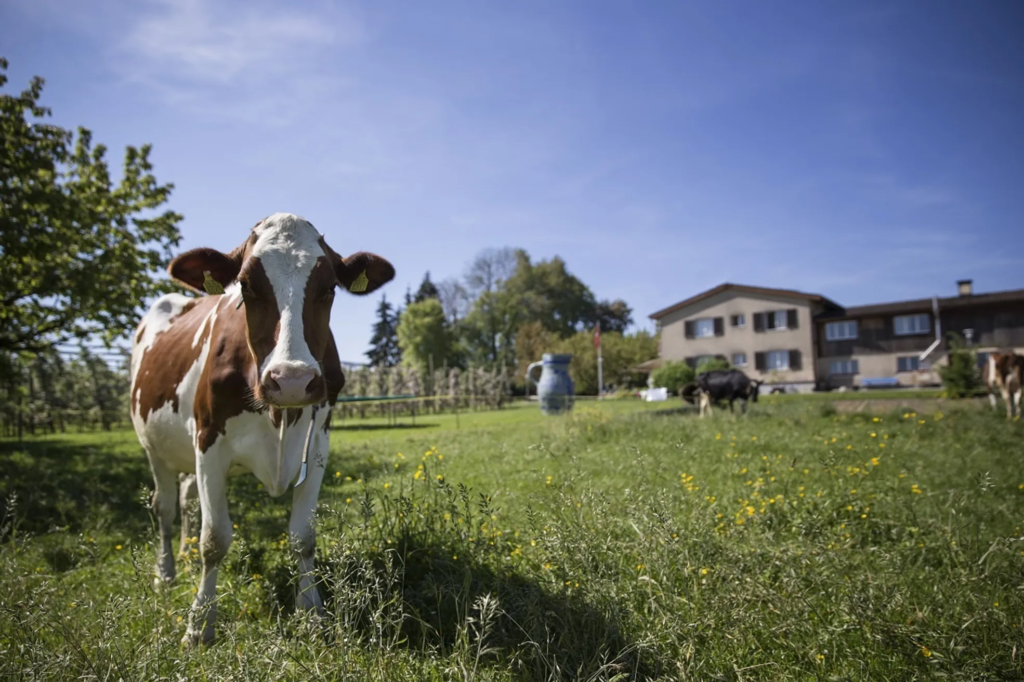
In 1840 the Seestrasse (Lake Road) was built.
In 1870, the Seetalbahn (railroad line) was added.
However, neither road nor railroad led to a boost in the local economy, as the station was too far away.
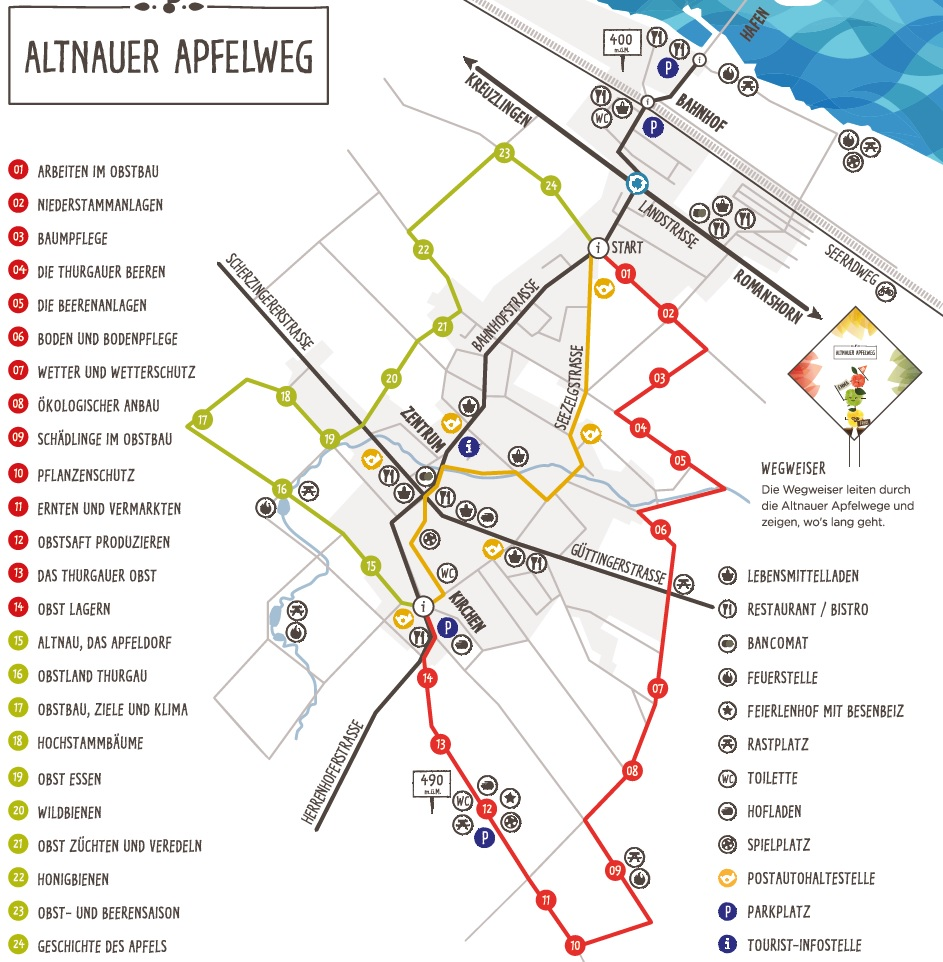
- The Apfelweg (Apple Way) is Switzerland’s first fruit trail.
The nine-kilometer-long circular trail leads through the local orchards and explains the apple’s journey from blossom to fruit on 16 panels.

- The boat landing stage, which has existed since 2010, is 270 meters long due to the wide shallow water zone – making it the longest jetty on Lake Constance.

Above: Boat landing stage, Altnau
The people of Altnau also call this jetty the “Eiffel Tower of Lake Constance” because its length is as long as the Eiffel Tower is high.
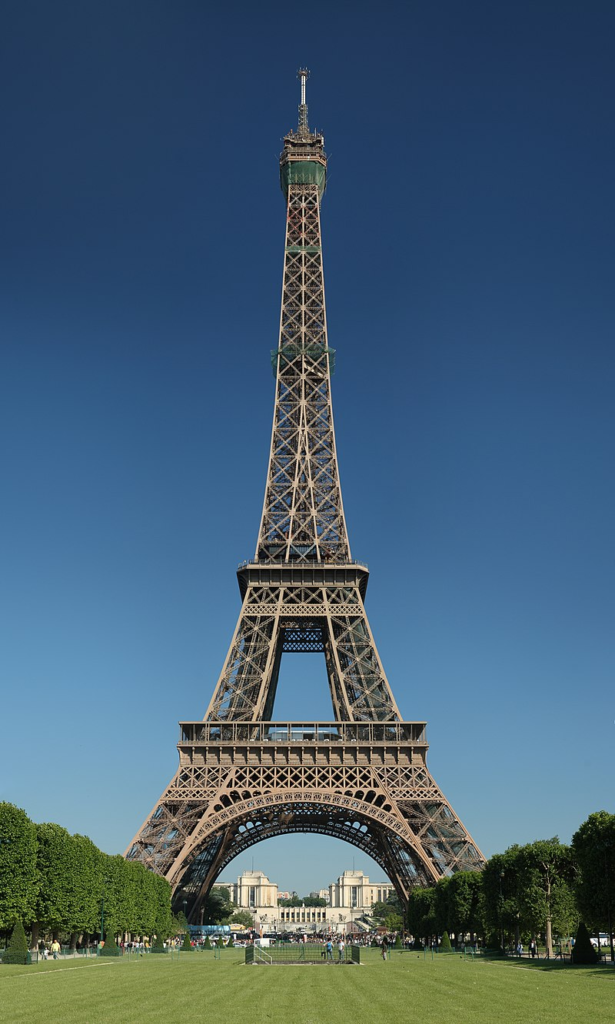
Above: Eiffel Tower, Paris, France
I have painstakingly followed the Apfelweg before and have read all its signage that tries to inspire the walker to get excited by the process of apple production.
But the Tree of Knowledge they offer does not offer golden apples nor the distinction between good and evil but instead seeks to fascinate followers through facts.
The Apfelweg is an excuse to exercise the body not the mind.
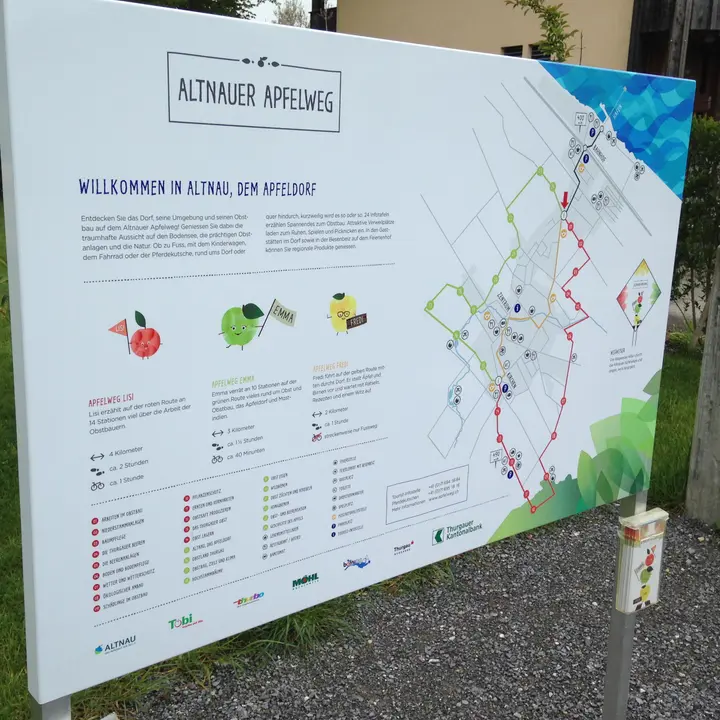
“The Eiffel Tower of Lake Constance” tag seems like a desperate marketing attempt to tempt tourists to the town when all that is needed is a walk upon the landing and along the shore to seduce the visitor to embrace the town’s tranquility.
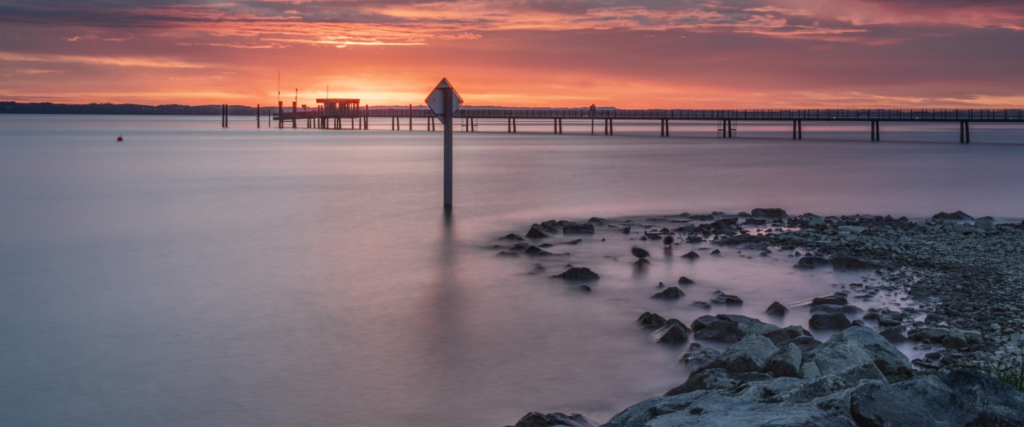
Above: Altnau
- Hans Baumgartner (1911 – 1996) was a Swiss photographer and teacher.
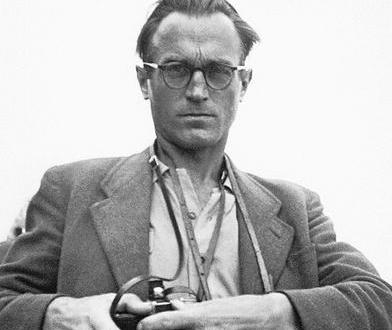
Above: Hans Baumgartner
Hans Baumgartner was born in Altnau.
He trained as a teacher at the Kreuzlingen Teacher Training College and at the University of Zürich.
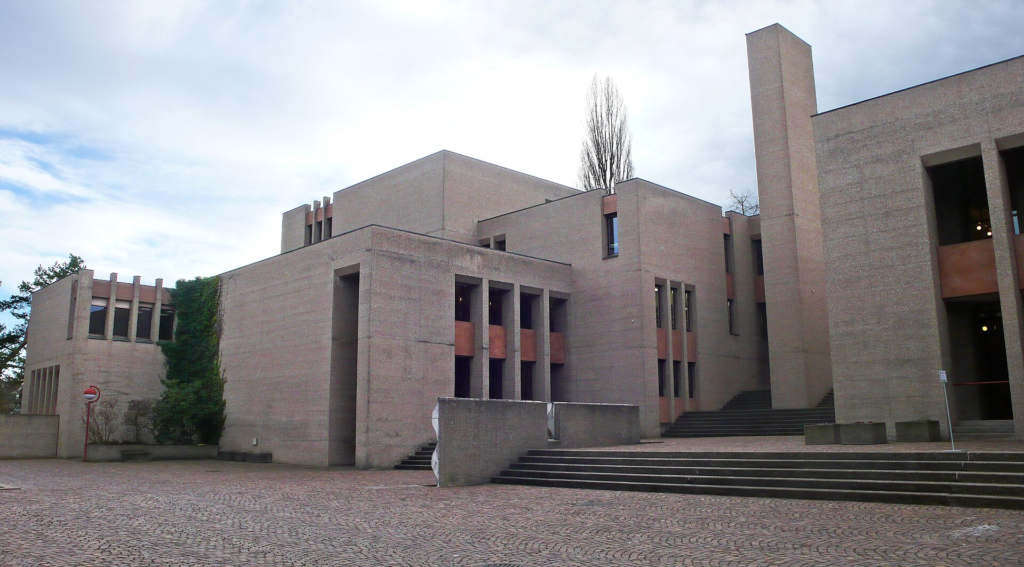
Above: Pedagogical Matura School, Kreuzlingen, Canton Thurgau

From 1937 until his retirement, he worked as a teacher in Steckborn until 1962 and later in Frauenfeld.
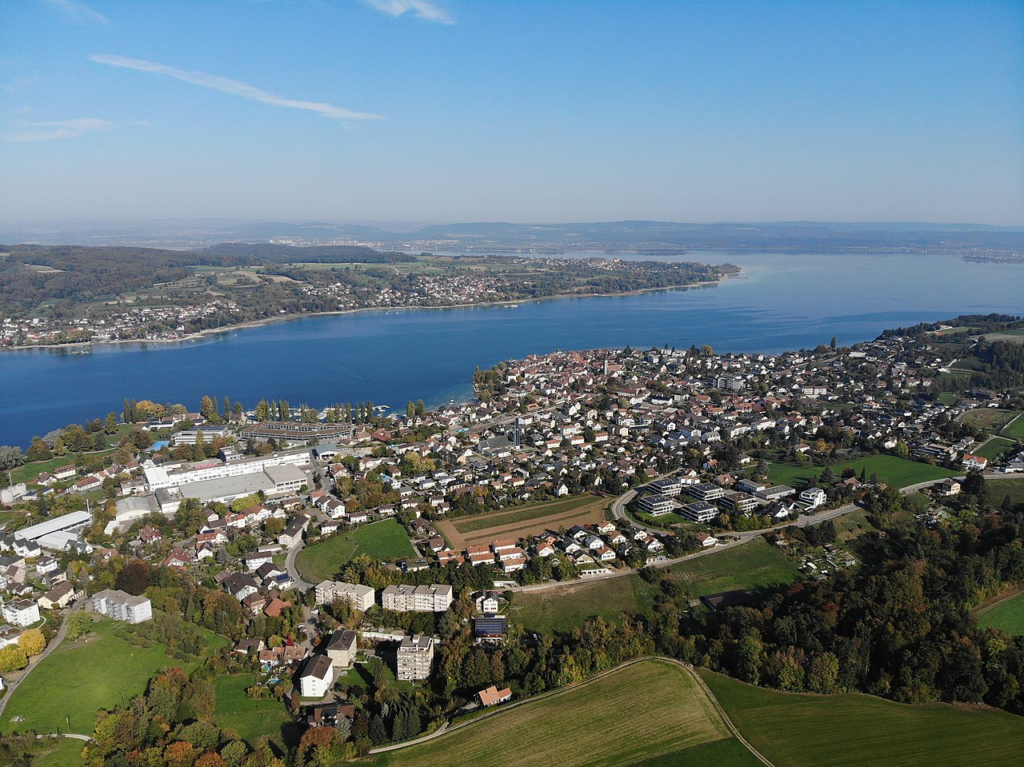
Above: Steckborn, Canton Thurgau
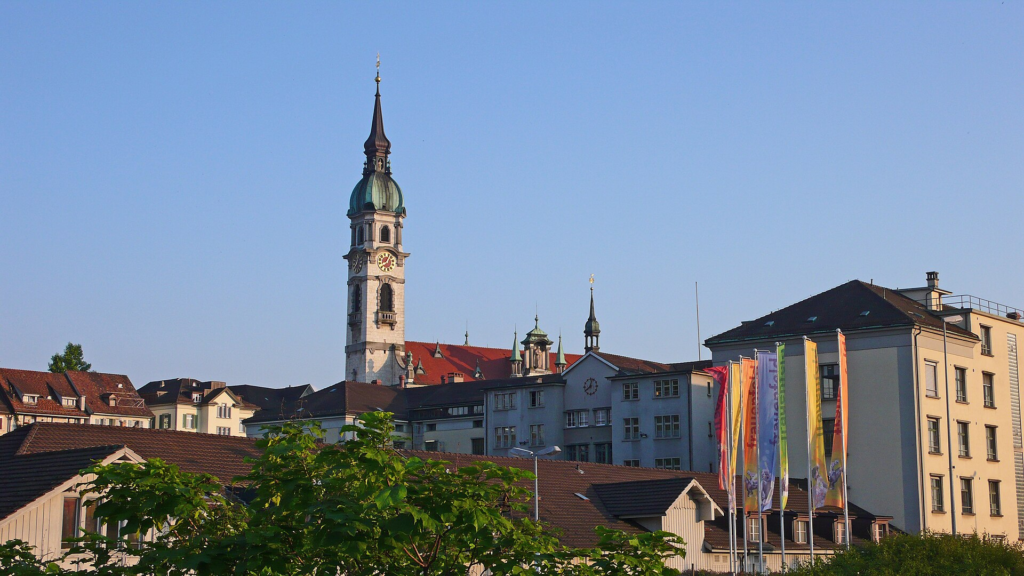
Above: Frauenfeld, Canton Thurgau
Baumgartner’s first photographs were taken in 1929.
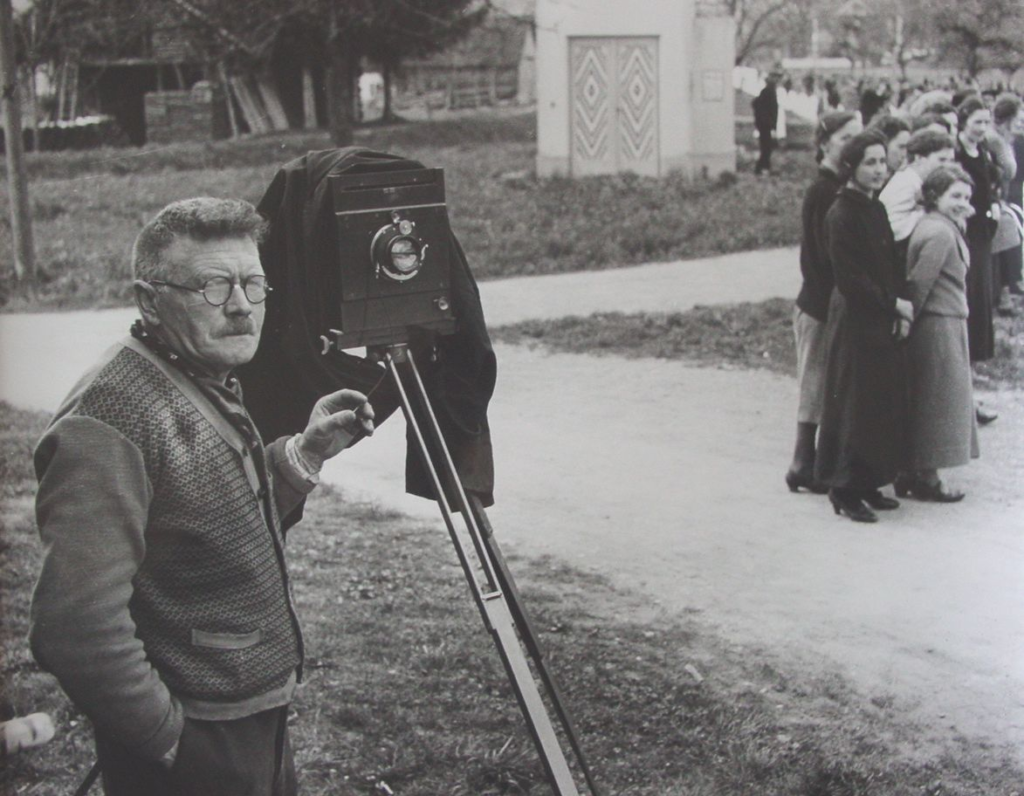
Above: Hans Baumgartner
In the early 1930s, he was discovered by the journalist Arnold Kübler.
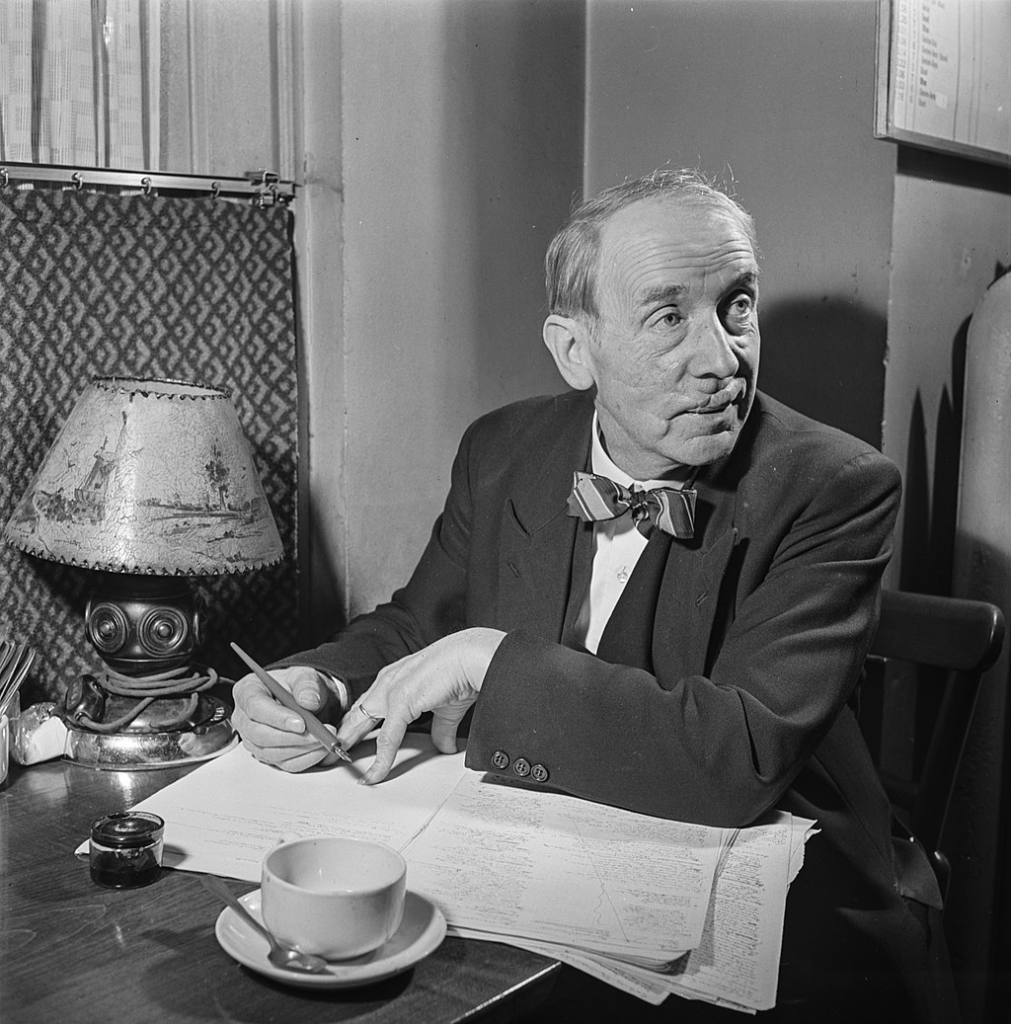
Above: Swiss writer Arnold Kübler (1890 – 1983)
His first photo report appeared in 1935.
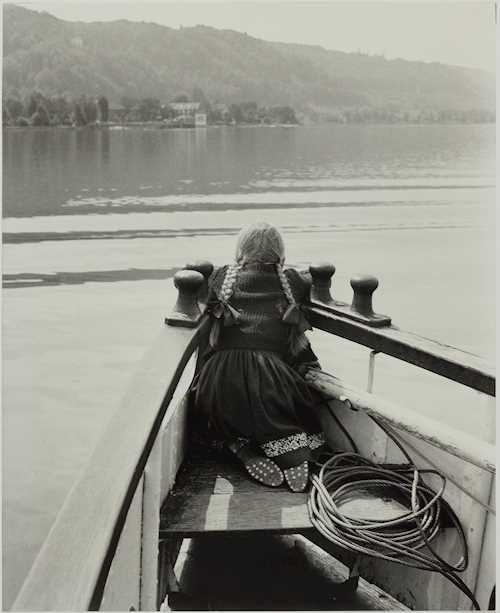
Baumgartner subsequently published in magazines such as Camera, du, Der Schweizer Spiegel, Die Schweiz and Föhn.
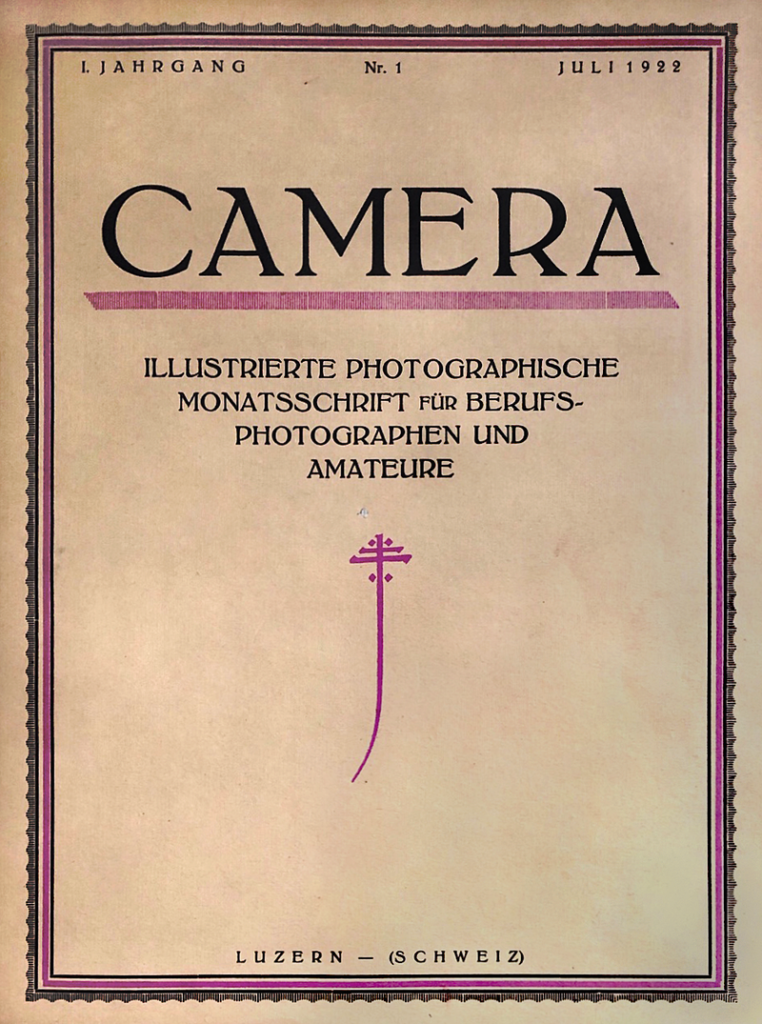

The Neue Zürcher Zeitung and the Thurgauer Zeitung also published his pictures.


His photo books (from 1941) deal primarily with subjects from his home canton of Thurgau.
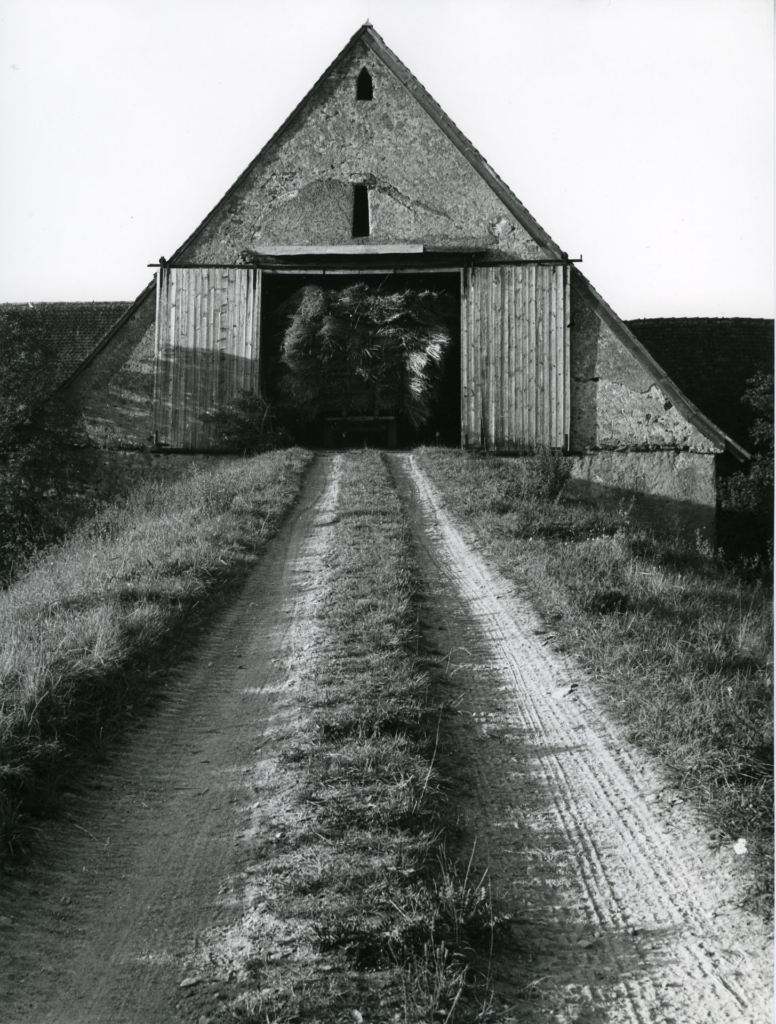
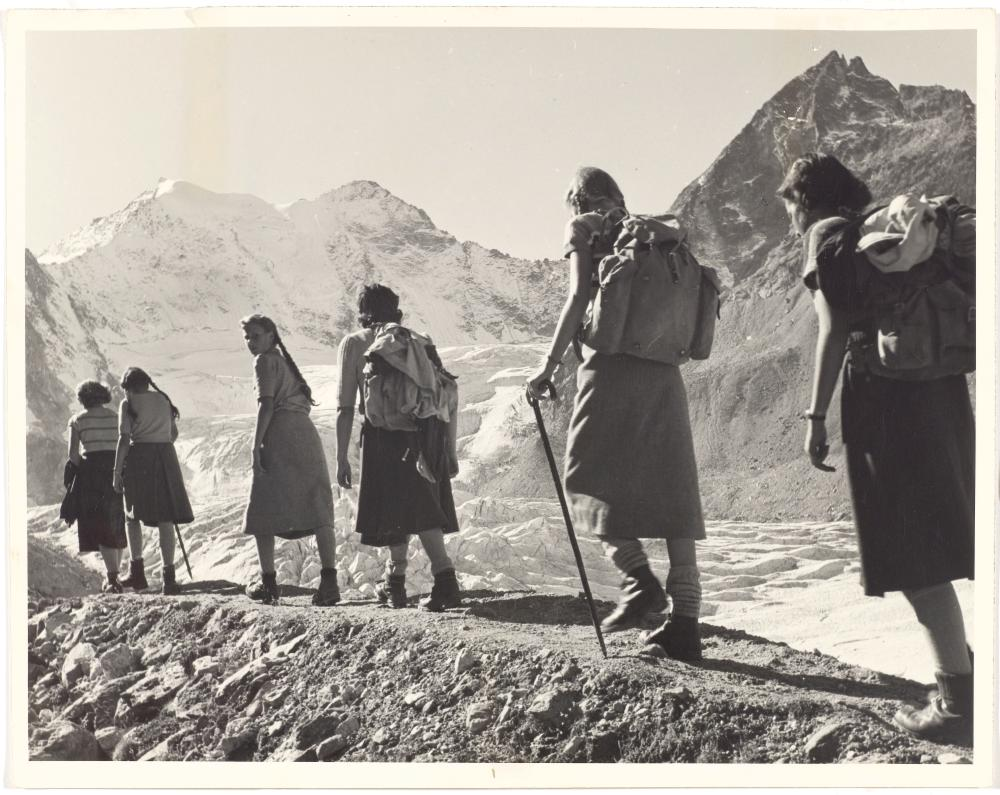
In 1937, he met the painter Adolf Dietrich, whom he subsequently portrayed several times.
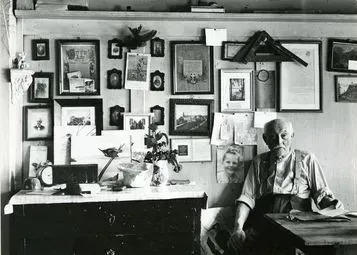
Above: Swiss painter Adolf Dietrich (1877 – 1957)
(I have spoken of Adolf Dietrich before and I may speak of him again in a future post.)
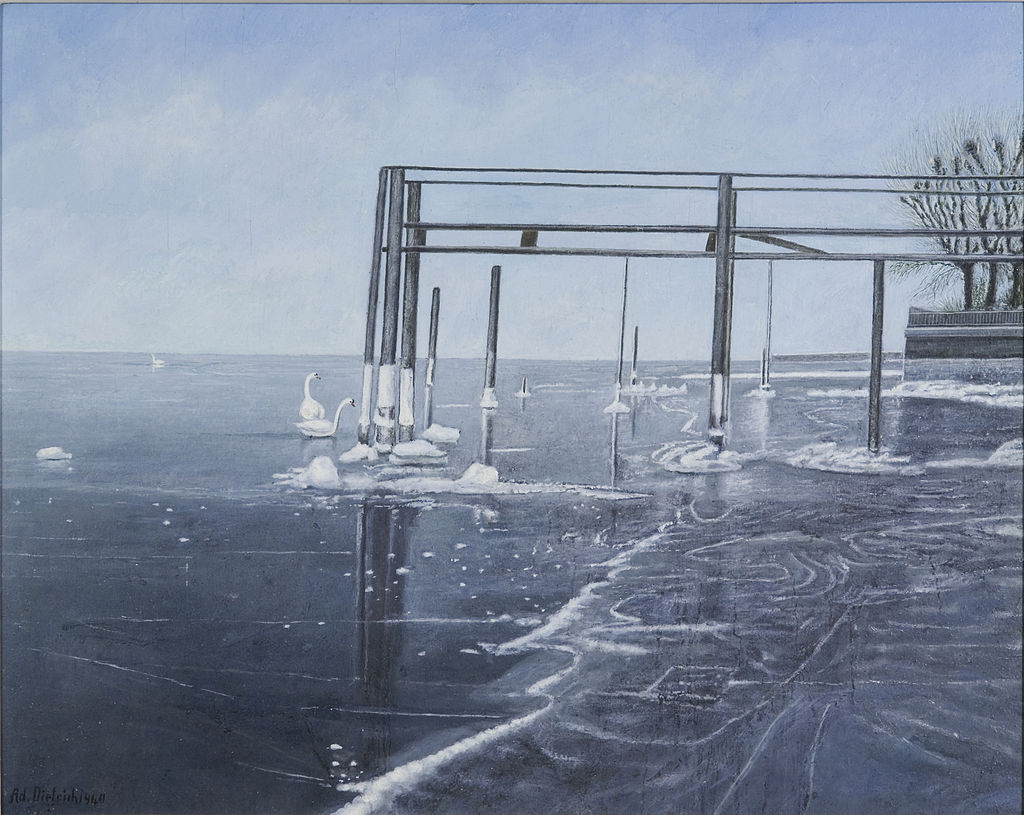
Above: Berlingen Pier in Winter, Adolf Dietrich
Baumgartner also took photographs on his trips to:
- Paris (1930, 1931 and 1991)
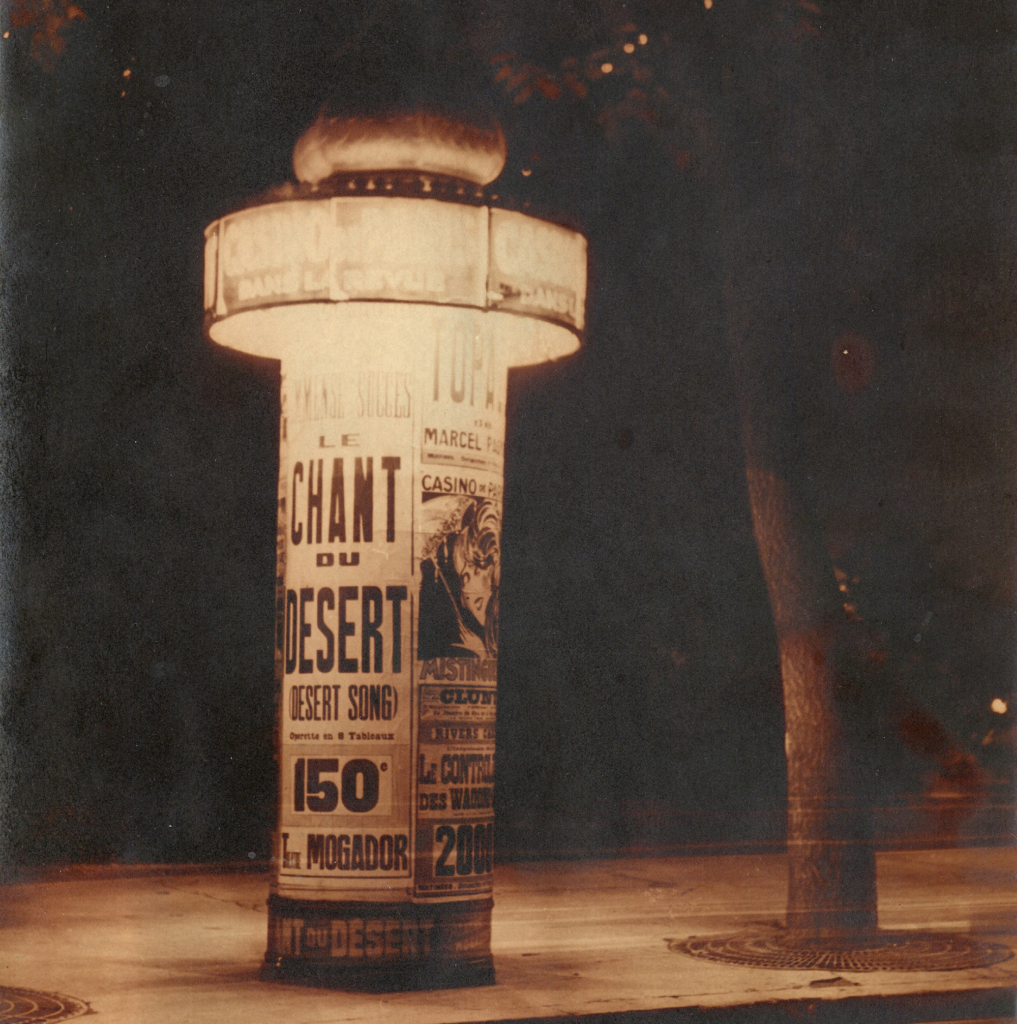
- Italy (1935)

- the Balkans (1935)
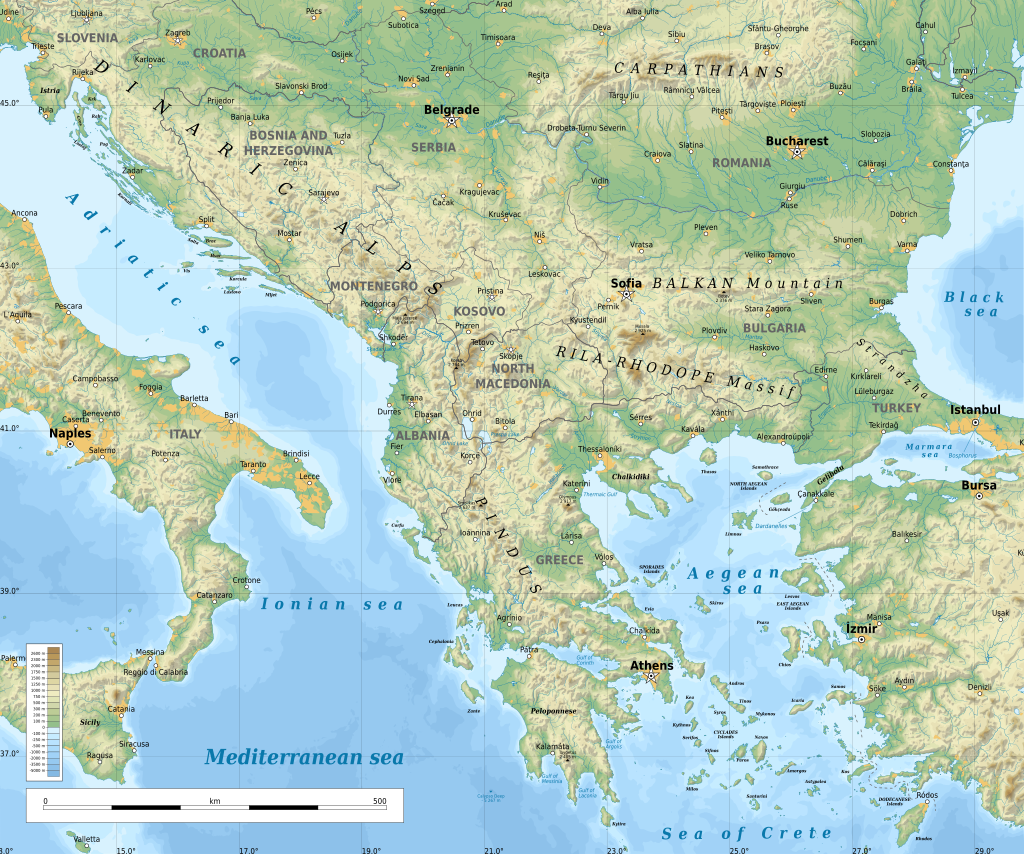
Above: Map of the Balkan Peninsula
- the South of France (1949 and 1953)
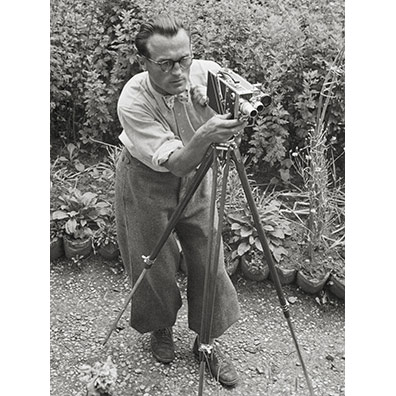
Above: Hans Baumgarten
- North Africa and the Sahara (1949)

Above: (in green) North Africa
- Croatia and Dalmatia (1957)
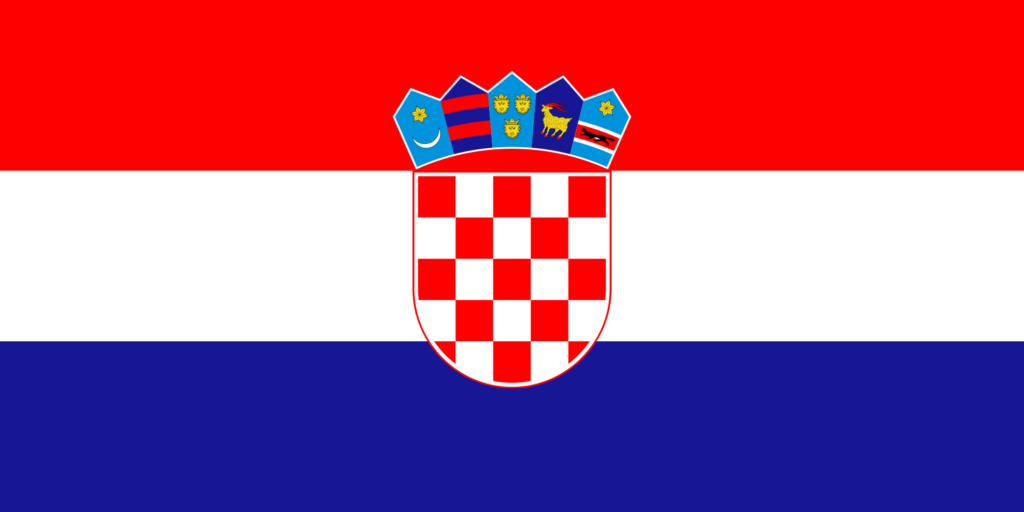
Above: Flag of Croatia
- Burgundy (1966)
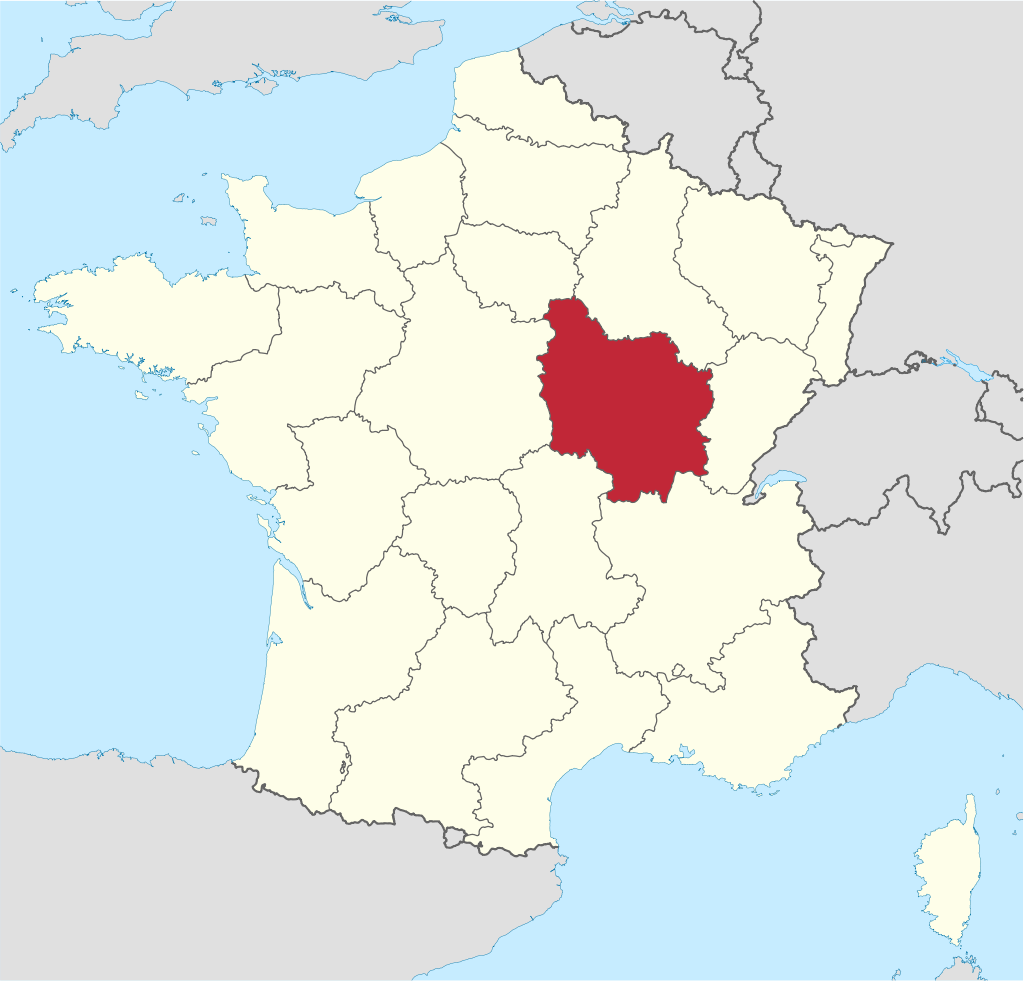
Above: (in red) Burgundy
- Spain and Portugal, Sweden and Finland (1969)
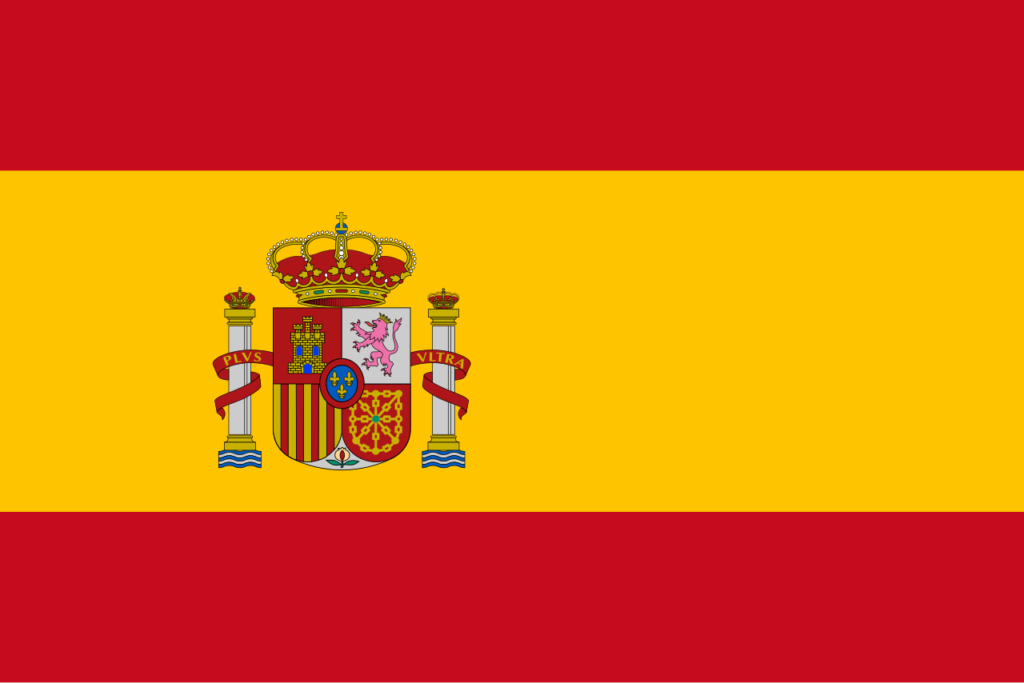
Above: Flag of Spain

Above: Flag of Portugal

Above: Flag of Sweden

Above: Flag of Finland
- the US (1970)

Above: Flag of the United States of America
- Hungary (1981 and 1991)

Above: Flag of Hungary
- Belgium and Germany (1987 and 1991)
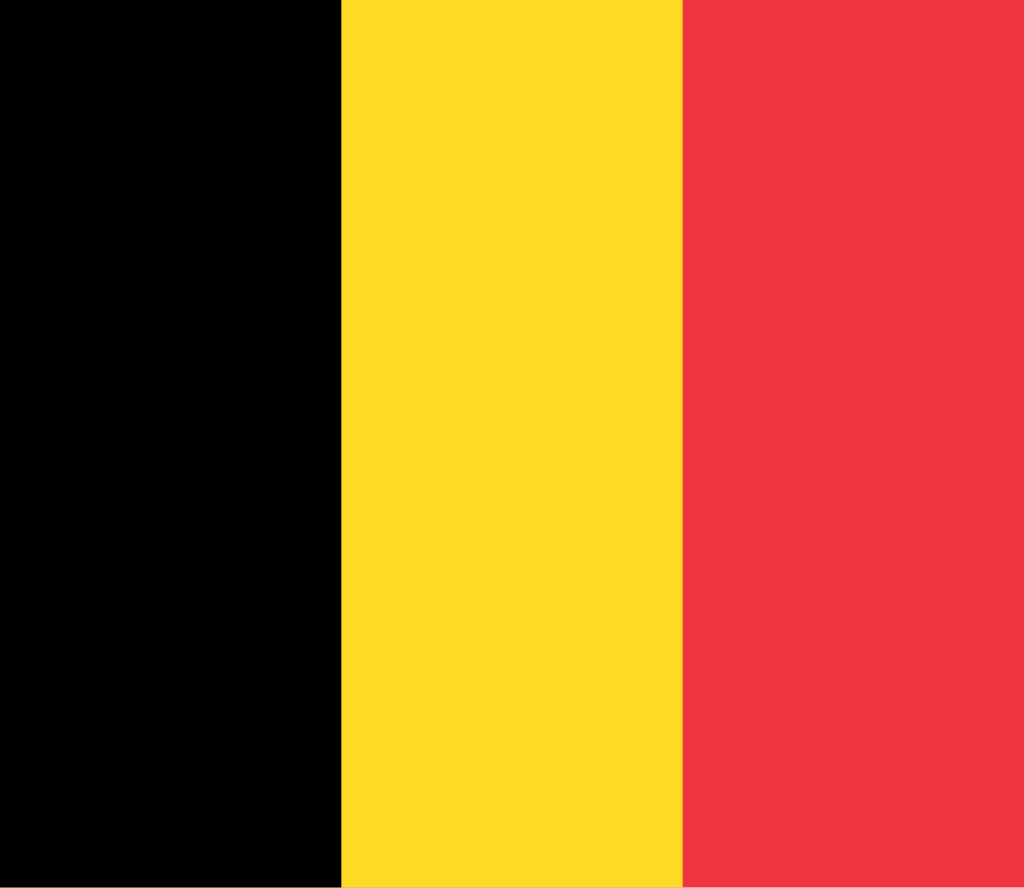
Above: Flag of Belgium

Above: Flag of Germany
On his world tour by ship in 1963 he traveled to:
- Bombay (Mumbai)

Above: Mumbai, Maharashtra, India
- Colombo

Above: Colombo, Sri Lanka
- Saigon (Ho Chi Minh City)
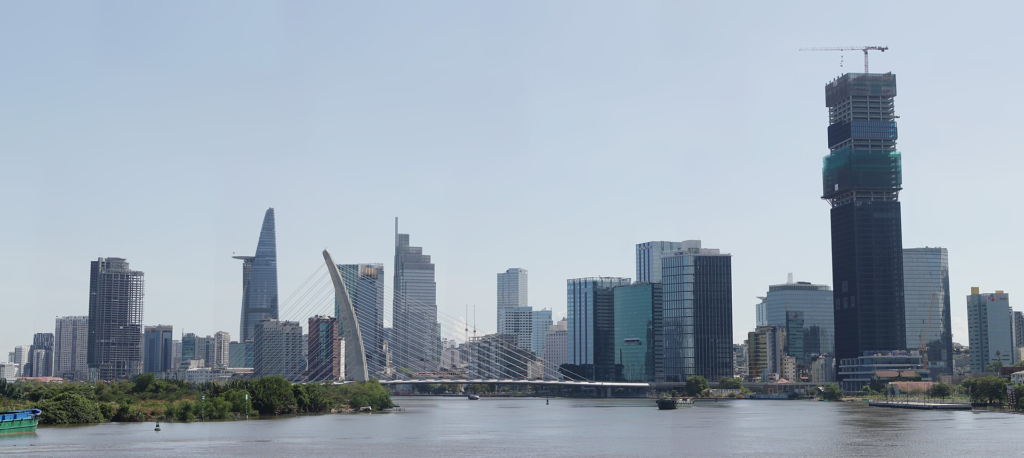
Above: Ho Chi Minh City, Vietnam
- Hong Kong
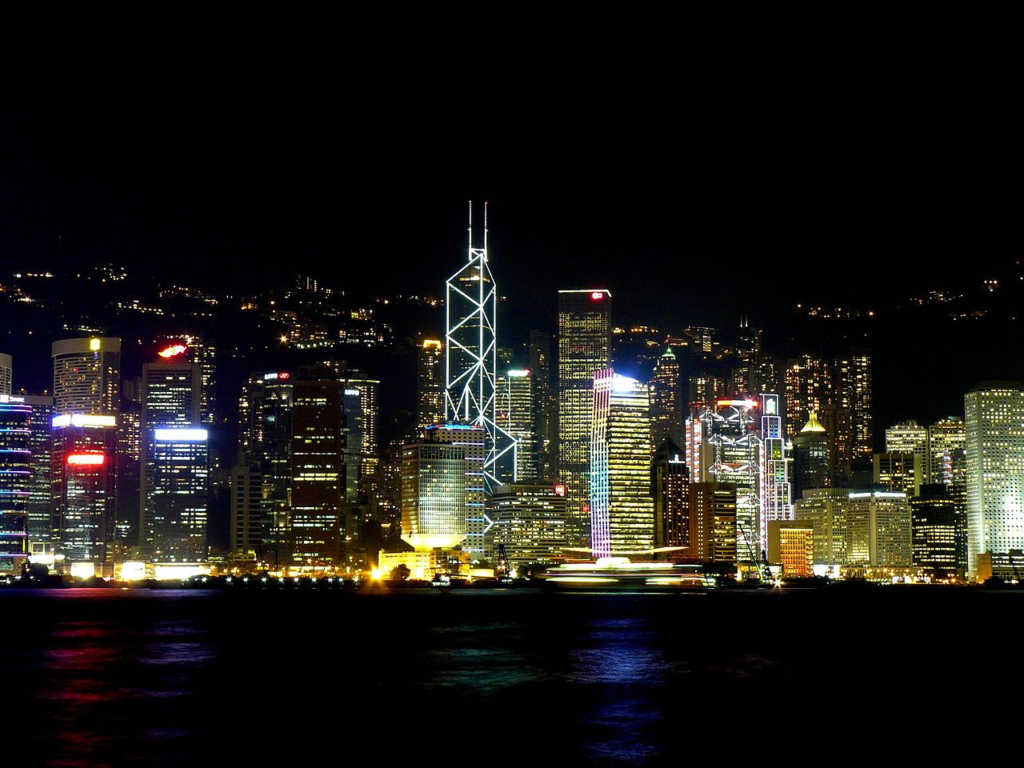
Above: Hong Kong, China
- Yokohama
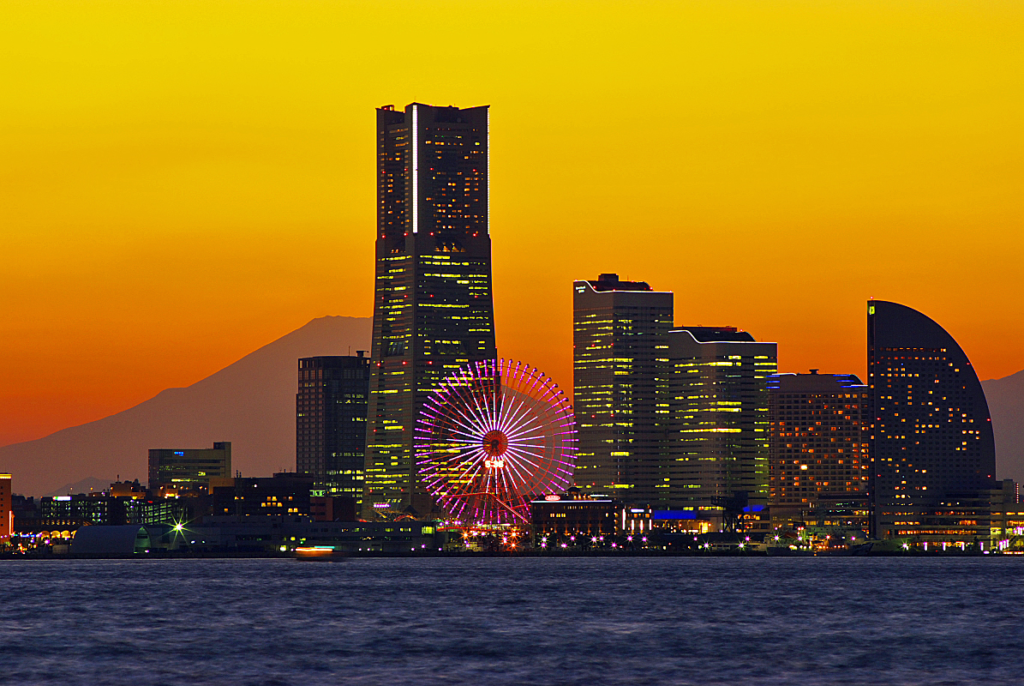
Above: Yokohama, Kanagawa Prefecture, Japan
- Mexico

Above: Flag of Mexico
Health spa stays took him to Davos in 1946 and 1954.
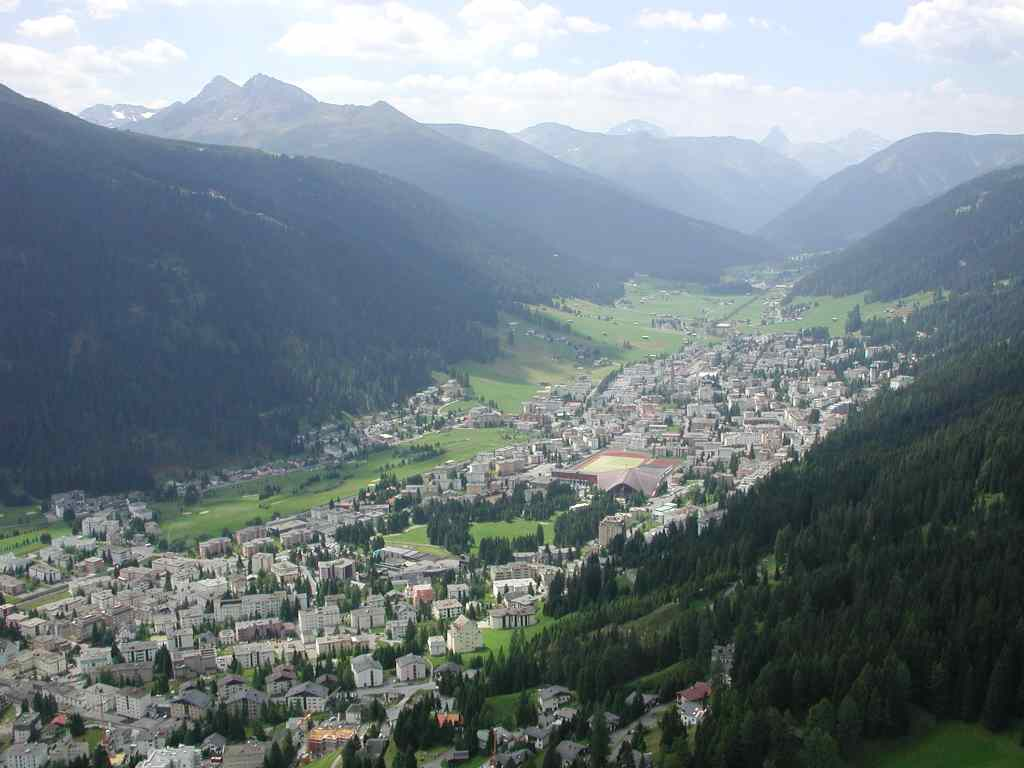
Above: Davos, Canton Graubünden, Switzerland
Hans Baumgartner died in Frauenfeld in 1996.
His estate of approximately 120,000 photographs is administered by the Swiss Foundation for Photography.

It sounds like Baumgartner’s profession was teaching, but his true vocation was photography.
We remember his photos, but who remembers his teaching?
Perhaps we remember his photos because they were a true expression of himself?
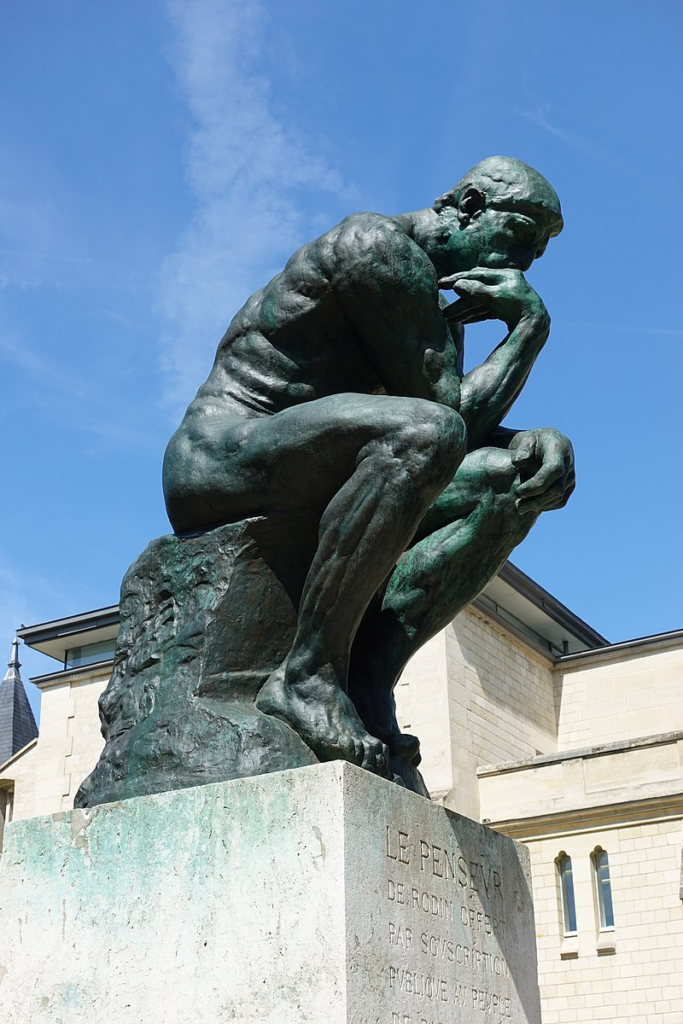
Above: The Thinker, Auguste Rodin (1904)
Altnau, a picturesque town on the shores of Lake Constance in Switzerland’s Thurgau Canton, has been a muse and retreat for several notable figures, particularly in the realms of literature and the arts.
Between the 1930s and 1950s, this serene locale attracted personalities such as Olga Diener, Hans Reinhart, Emanuel von Bodman and Golo Mann, each of whom found inspiration and solace in its tranquil environment.
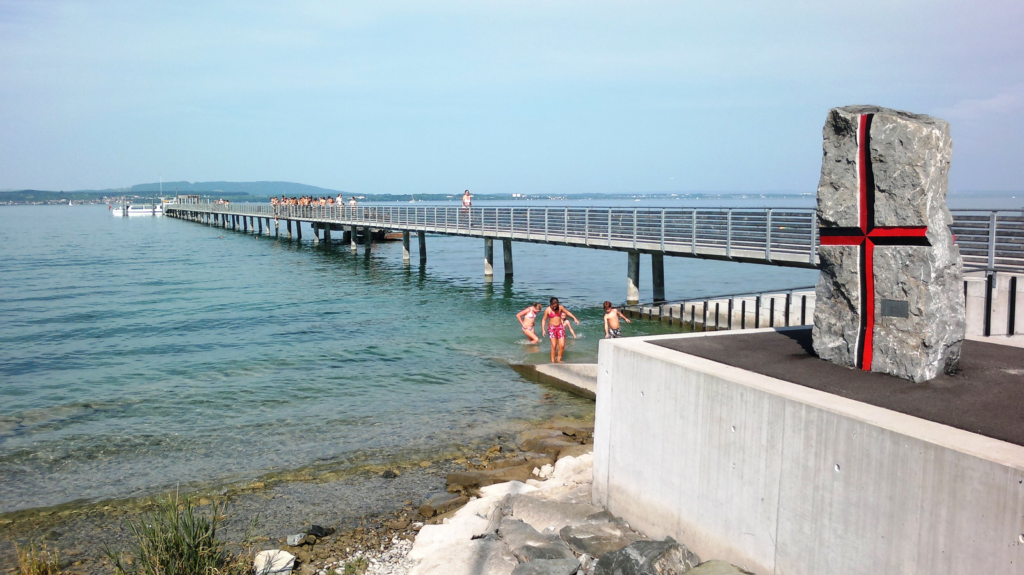
Above: Altnau
- Olga Diener (1890 – 1963):
A composer and poetess, Olga Diener made Altnau her home from 1933 to 1943.
Her residence, Belrepeire, became a gathering place for artists and intellectuals.
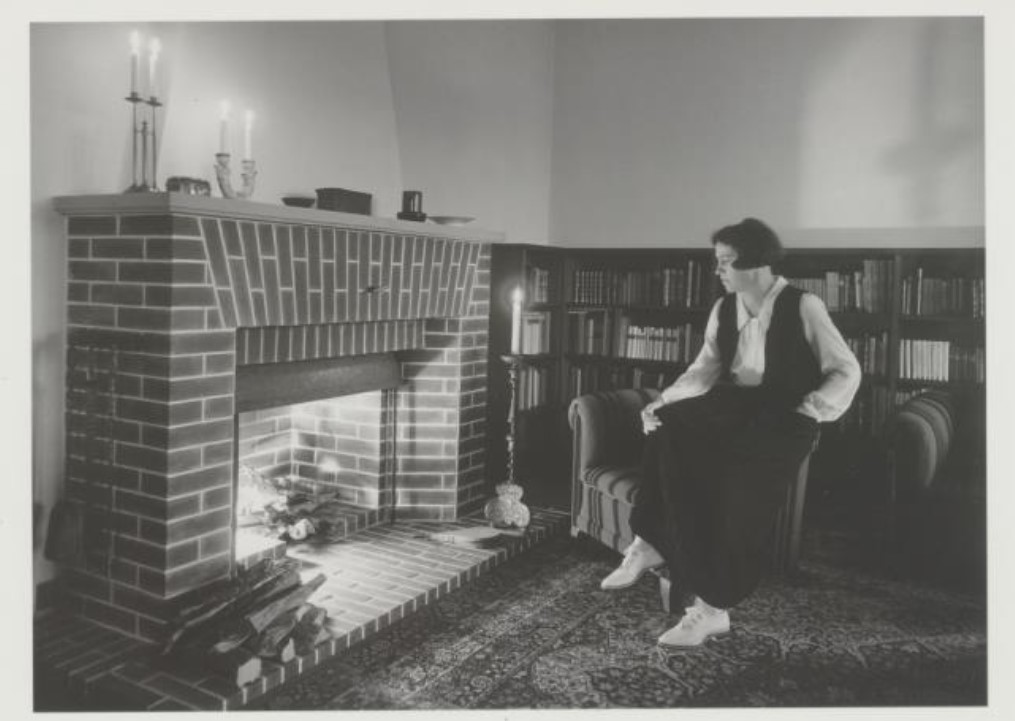
Above: Olga Diener
Notably, she hosted Hermann Hesse, who praised her poetic visions, and fellow poet Hans Reinhart.
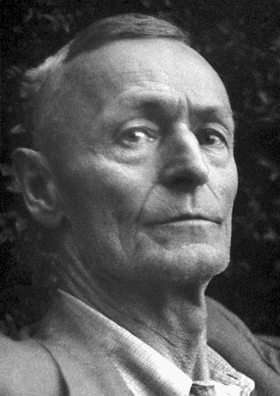
Above: German writer Hermann Hesse (1877 – 1962)
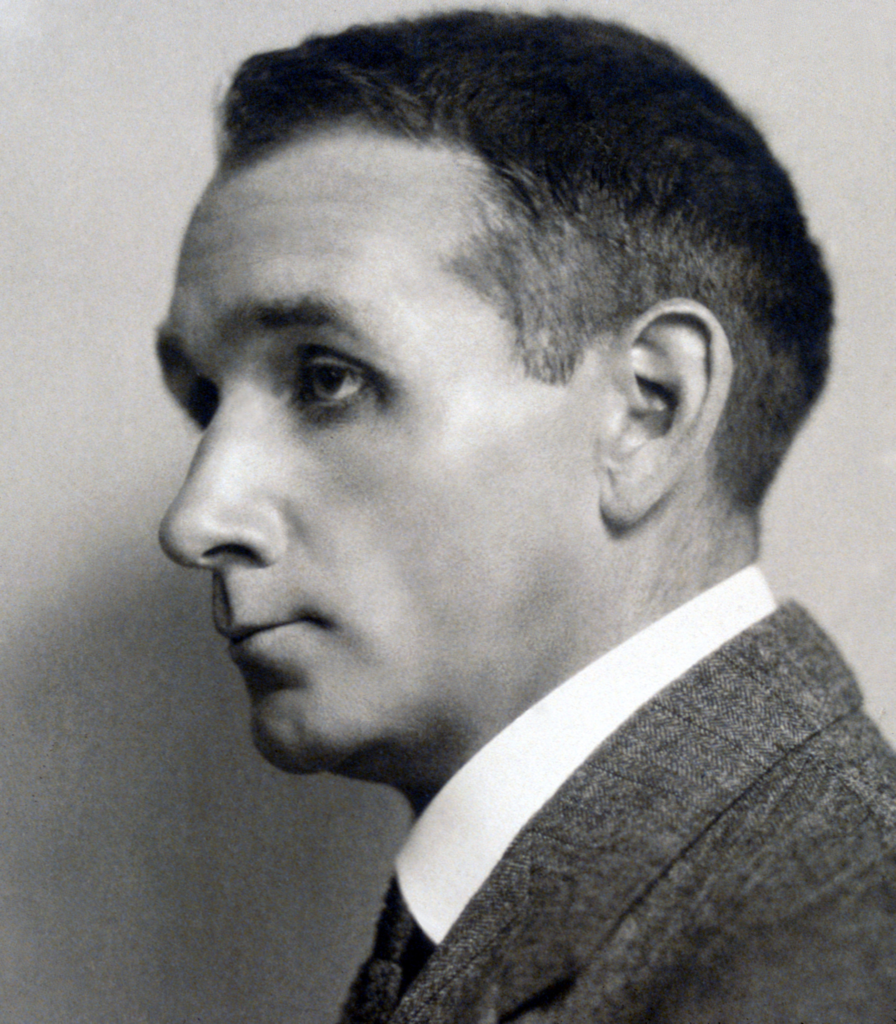
Above: Hans Reinhart (1880 – 1963)
Her gatherings were marked by candlelight anniversary celebrations, attended by contemporaries like Emanuel von Bodman.
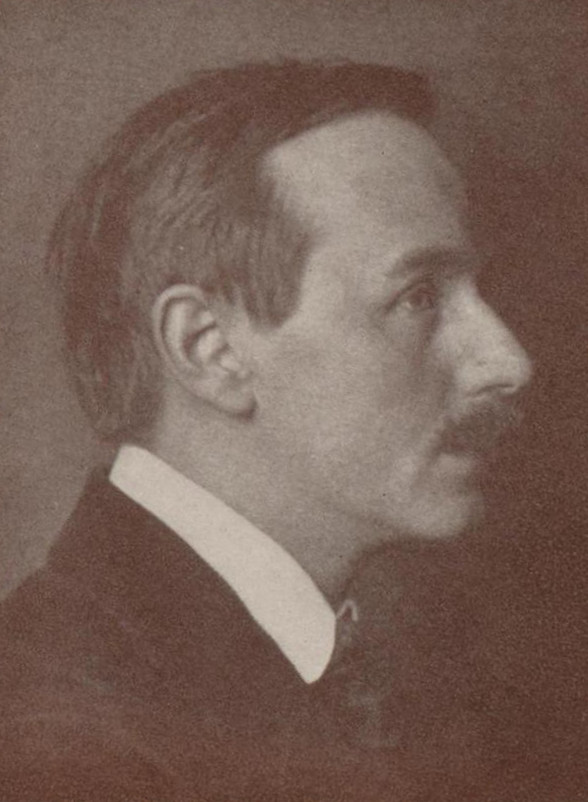
Above: German writer Emanuel von Bodman (1876 – 1946)
Olga Diener was a writer and composer.
She lived in St. Gallen and Altnau.
As a composer, she was never truly recognized, and as a poet of standing, she was almost forgotten.
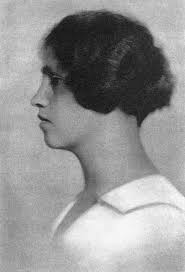
Above: Olga Diener
Simone Keller writes about her:
“When Olga Diener passed away in St. Gallen in 1963, she left behind a compositional body of work with 76 opus numbers, primarily chamber music, numerous piano pieces, songs, sonatas for violin and cello or violin and piano, two string trios and string quartets, but also larger piano concertos and fairy-tale and mystery plays.“
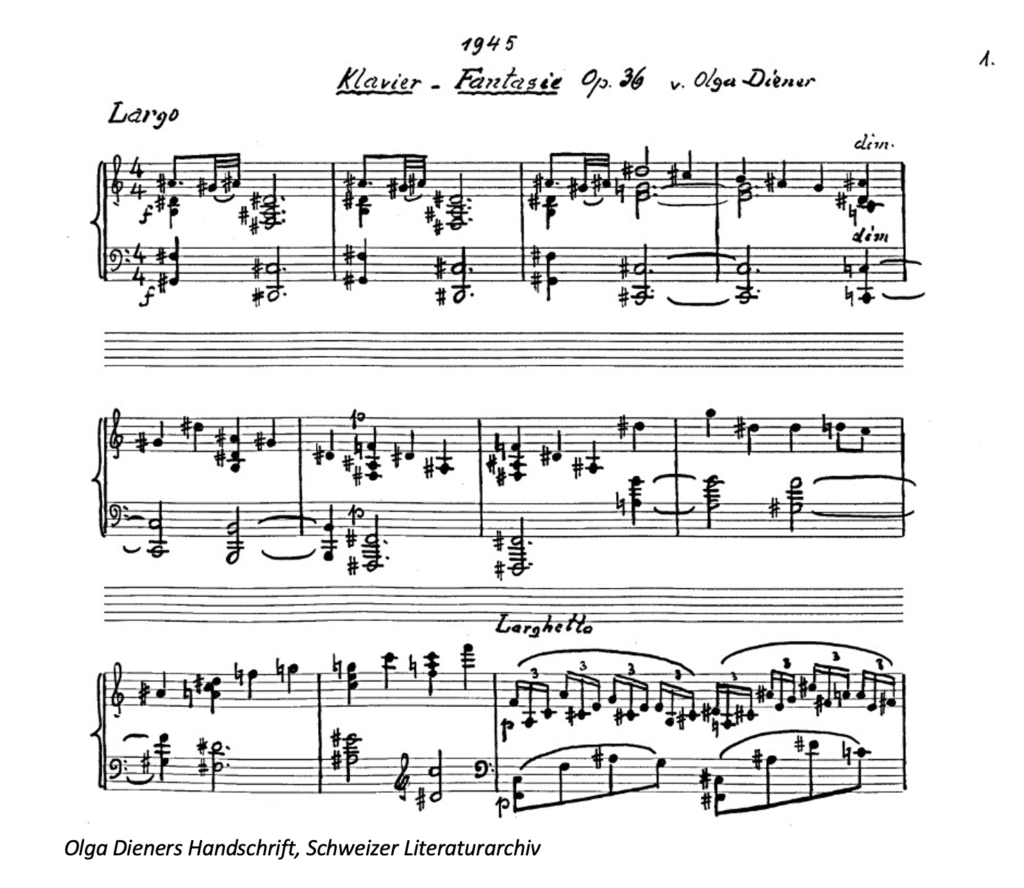
I find myself asking the question:
Did the lack of recognition signify that her life was irrelevant?
Does recognition signify relevance?
I look out from the north balcony of “our” Landschlacht apartment and see a flock of seagulls and a pair of swans.
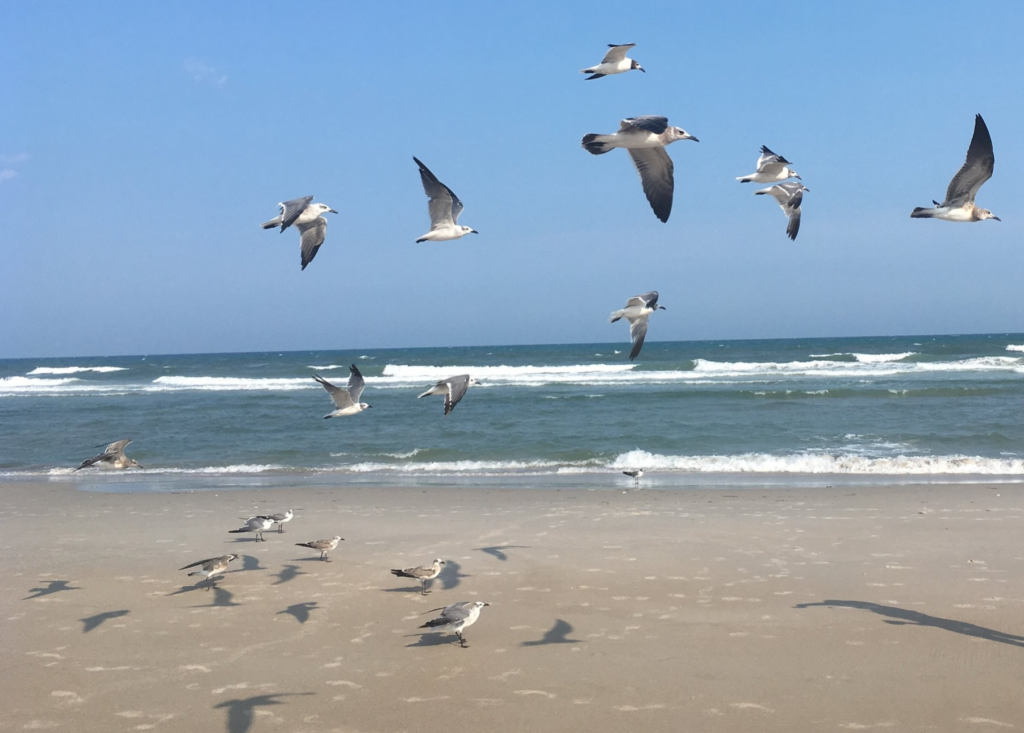

I look out from the south balcony and see a pair of sparrows.

I have no names for the individual birds nor can I converse with them in birdsong.
Does this mean that their lives have no relevance?

She lived in Altnau from 1933 to 1943.
She was an Eastern Swiss composer, born in St. Gallen in 1890, who had studied violin and composition in her hometown, later also in London, Basel and Paris.
Olga Diener did not only compose but also wrote poetry.
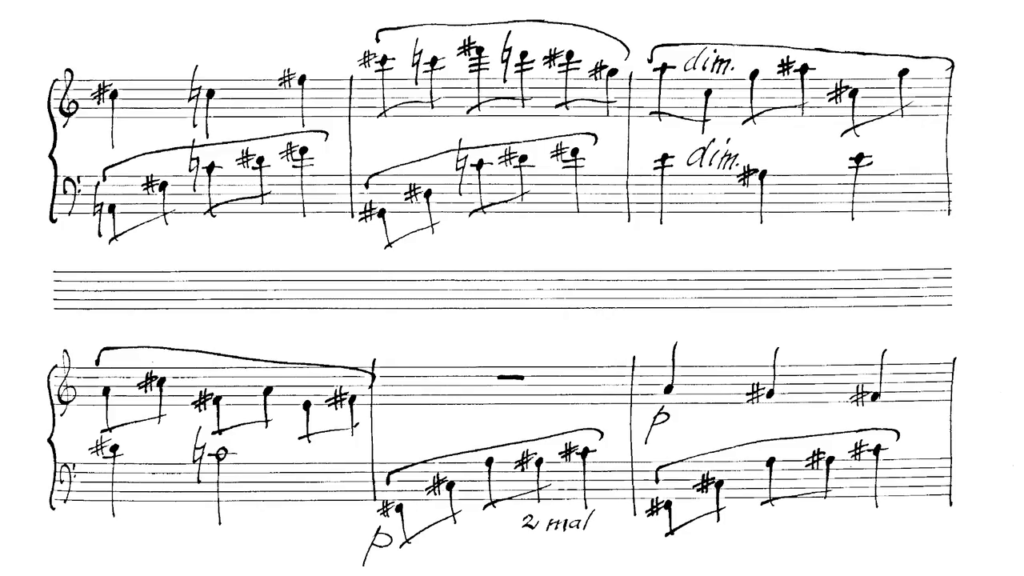
The Winterthur poet and patron Hans Reinhart called her a “Swiss dream poet”.
Even Hermann Hesse noticed the “beautiful sound” in her verses, but criticized that she was “locked in a glass house which always separated her and her poems from the world” and that she could not bring her “secret language of the common language” close enough.
According to an entry in the guest book of the rectory in Kesswil on Lake Constance, Olga Diener met with various well-known Swiss writers in 1925, who were regularly invited there by Kesswil Pastor Jakobus Weidenmann.

The value of being in a community of writers.

In 1924, she was admitted to the Swiss Musicians’ Association and had thus established herself to a certain extent as both a poet and a writer.
In 1929, her String Trio Opus 12 premiered in the Recital Hall of the Tonhalle St. Gallen.
This was one of only two public performances of her compositions that Olga Diener had ever attended.
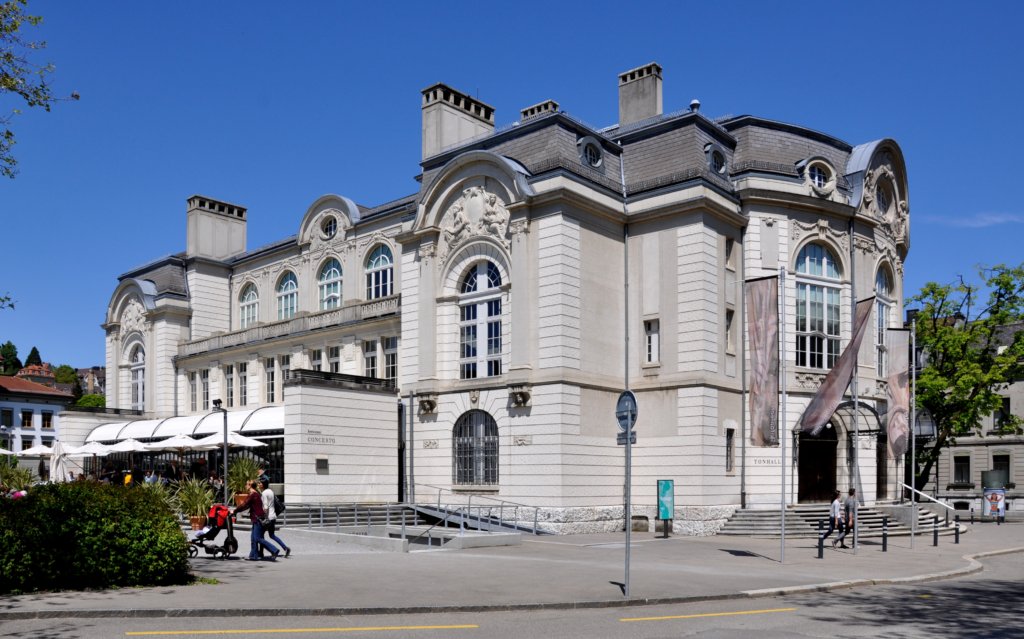
Above: Tonhalle St. Gallen
The St. Galler Tagblatt reported in 1929 that Olga Diener’s piece was more of an “unfinished sketch“, while the Stadtanzeiger praised the “most charming string trio” as an “uninhibited play with tones“, but also seemed to be not taken entirely seriously.

In 1943, the St. Gallen String Quartet performed Olga Diener’s String Quartet Op. 31 at a chamber music evening of the International Society for New Music at the Hotel Hecht in St. Gallen.
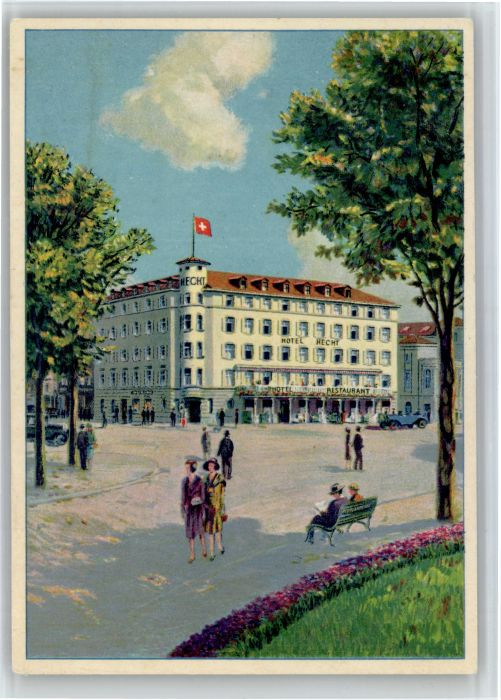
Above: Hotel Hecht, St. Gallen
The St. Gallen Tagblatt newspaper reported that the work “undoubtedly represents a significant advance in the composer’s oeuvre“.
Its transparent compositional technique and free use of time were praised.
But no further concerts featuring Olga Diener’s music followed.
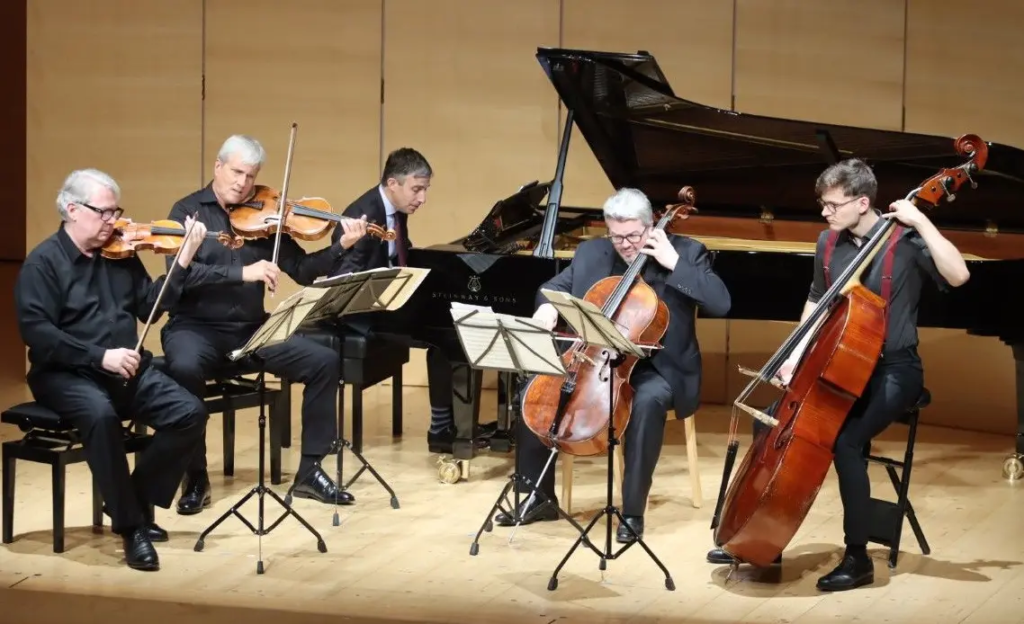
She occasionally organized house concerts at her Altnau country house, Belrapeire, for example, premiering the String Quartet Opus No. 8.
The vast majority of her pieces, however, were never performed during her lifetime and remain so to this day.
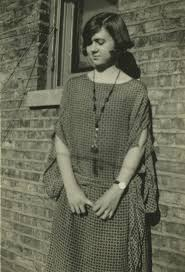
Above: Olga Diener
Her work has been forgotten and lies more or less untouched in the Swiss Literary Archives.
Hardly anyone knows the poet Olga Diener today.
It almost seems as though her existence was as unreal as the tone of her poems.
Yet, she was once a very concrete figure by the Bodensee, where she had her permanent residence in Altnau during the 1930s.
She had a correspondence with Hermann Hesse.
Among the guests at her annual birthday celebrations, held by candlelight on 4 January, were the poets Hans Reinhart and Emmanuel von Bodman.
Otherwise, she avoided people, having had too many disappointments and losses to process.
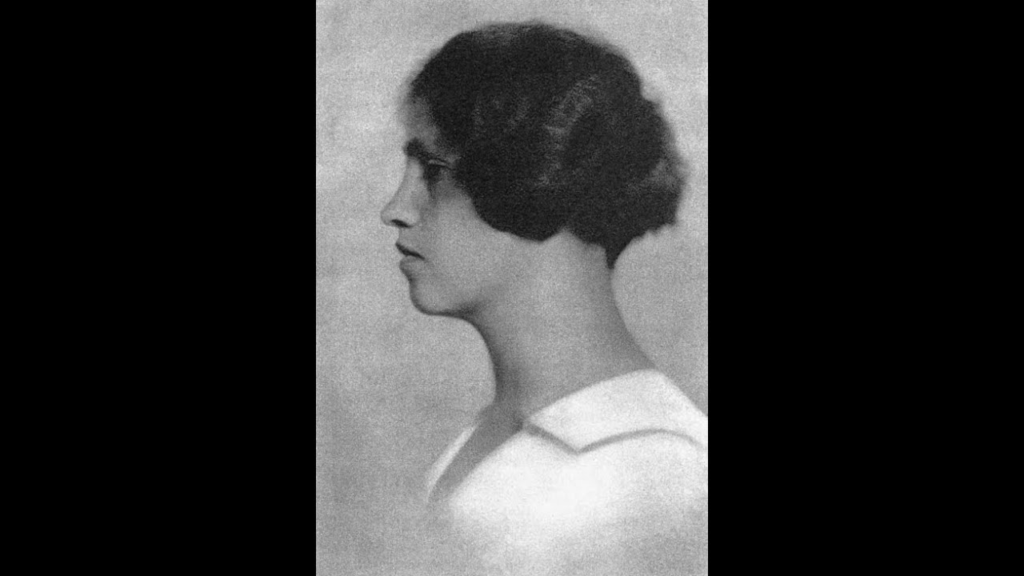
Above: Olga Diener
Her house Belrapeire, which she had planned herself, stood somewhat apart from the village.
Belrapeire is the name of a town in Wolfram von Eschenbach’s epic poem Parzival.
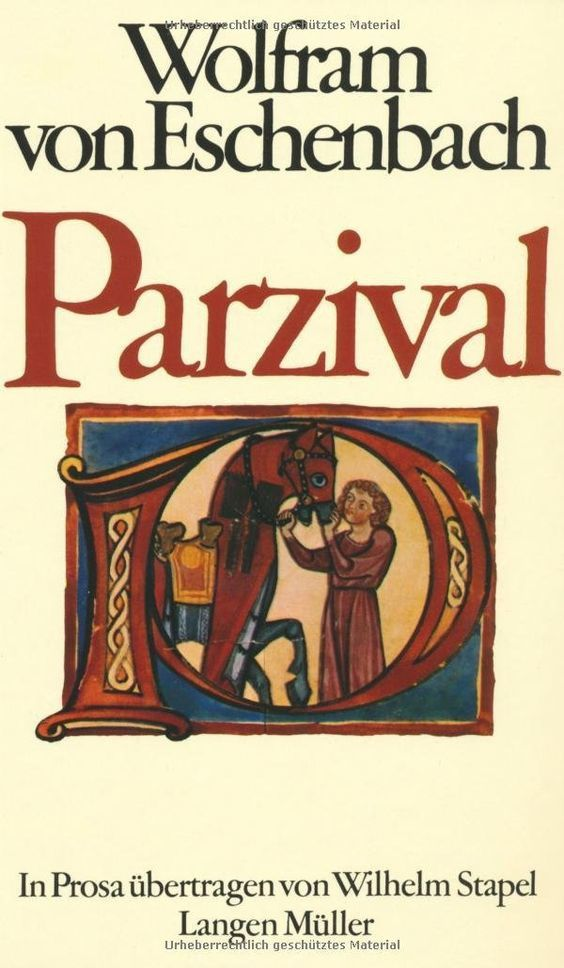
The poetess was entirely captivated by the Grail myth.
In her seclusion, Olga Diener found the silence in which she listened to her poems, which bore such fairy-tale titles as “The Golden Castle” or “The White Stag.”
In this mystery play, a character named Blanscheflur sings the verses:
All gardens have awakened.
Dew fell from the stars, and
Venus Maria walked through them
with her radiant feet.
Now flowers breathe the
sky, and the earth fulfills
the dream, received from the spring night.
Like a blackbird singing?
Desire carries the wings
of swans, rustling over
the lake. Red rises the sun-ball
from the water. Light is
everything.
The images that Olga Diener saw during long walks along the shores of the Lake, as she would have said, condensed within her into dreamlike forms, whose verbal shape was often difficult to follow.
Even Hans Reinhart, who in the Bodenseebuch of 1935 made the only attempt for decades to critically appreciate Olga Diener, did not always understand her “private secret language“.
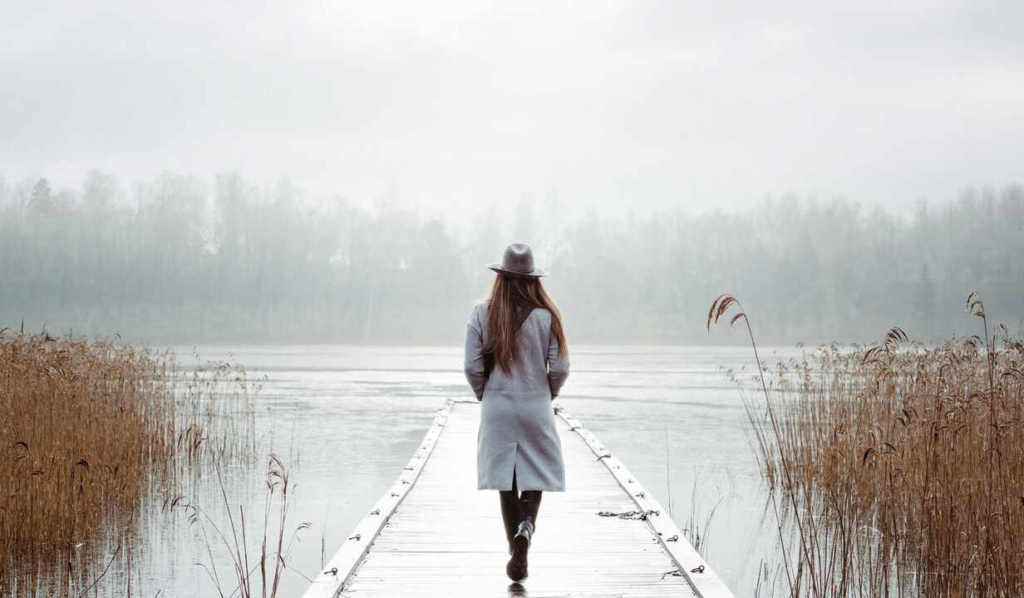
Olga Diener was essentially a musician.
For her, there was no creative distinction between writing and composing, between the lyrics of a poem and the music of a piece.
How musical her language was becomes immediately apparent when reading her quoted verses aloud.
Her poetry is filled with sound relationships far beyond the usual extent, something that Hesse had already observed:
“In your newer verses, there is often such a beautiful sound.“

However, Olga Diener wrote music notes as others wrote words.
In the guestbook of Julie and Jakobus Weidenmann, she immortalized herself with a line of musical notation instead of verses.
She was often a guest at the Weidenmanns’ home.
Julie Weidenmann shared Olga Diener’s nature-mystical worldview, though hers was tinged with Christianity, while Olga Diener leaned towards esotericism.
Julie Weidenmann’s first poetry collection was titled Tree Songs (Baumlieder).
In Altnau, Olga Diener wrote a cycle called Rose Songs (Rosenlieder).
The 7th poem in this cycle contains Olga’s lyrical confession:
“Let me tend my roses faithfully
in the innermost garden:
To fertilize, prune, and bind,
My hands torn by thorns.
The blooming light, the watchful moonlight
Enter the flower’s chalices.
The winds drift gently above,
And rain murmurs through many a night.
Like them, I am bound to the earth,
And one day, I too will disappear.“
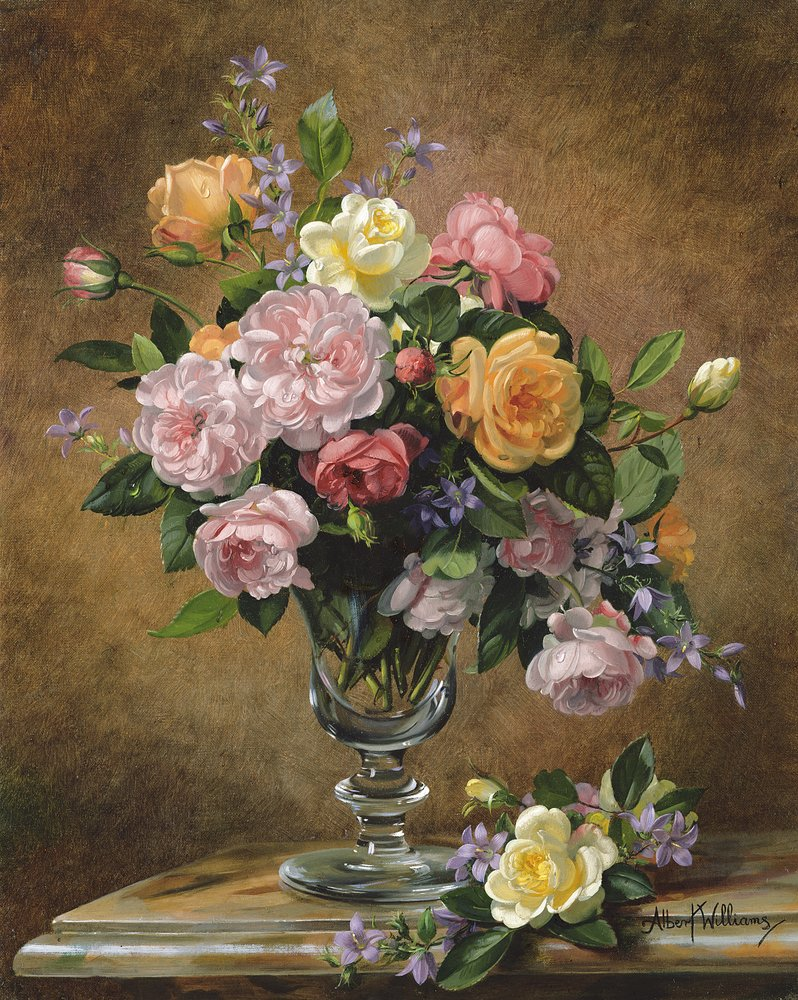
- Hans Reinhart (1880 – 1963):
Originating from a Winterthur trading family, Hans Reinhart led an independent life as a poet.
He was deeply influenced by the works of Hans Christian Andersen, transforming the fairy tales into stage plays.
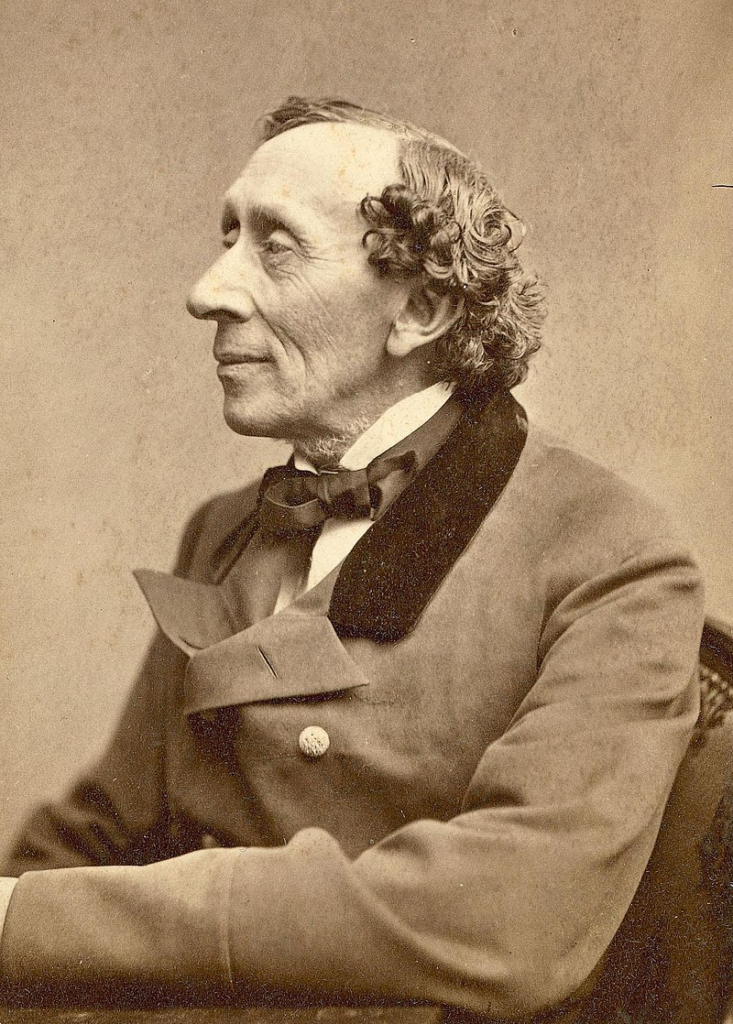
Above: Danish writer Hans Christian Andersen (1805 – 1875)
Reinhart’s visits to Olga Diener’s Altnau home were significant, contributing to the rich cultural tapestry of the area.
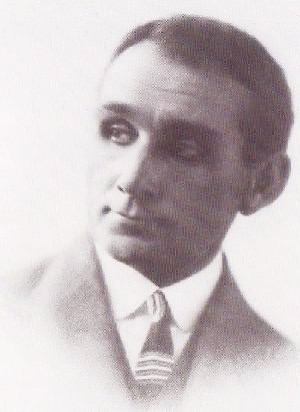
Above: Hans Reinhart
Hans Reinhart (1880 – 1963) was a Swiss poet, translator and
patron of the arts.
In 1957, he founded a foundation that has awarded the
Hans Reinhart Ring annually since then.

(The Hans Reinhart Ring is considered the highest award in Swiss theatre life and was awarded by the Swiss Society for Theatre Culture (SGTK) from 1957 to 2013 .
The ring is named after the Winterthur patron Hans Reinhart, who donated it in 1957.
After his endowment was exhausted, it was donated to the SGTK.
A specially appointed jury of five members appointed by the SGTK board awarded this distinction.
No ring was awarded in 1992.
In an agreement with the Federal Office of Culture, the SGTK transformed the Hans Reinhart Ring into the newly created Swiss Grand Prix Theater / Hans Reinhart Ring in 2014, endowed with CHF 100,000.
It continues to participate in the awards ceremony by presenting the winner with a specially crafted ring and documenting their work in its Mimos Swiss Theater Yearbook series.
Since then, the awards have been made on the recommendation of the Federal Jury for Theater, which also participates in the Swiss Theater Prize.)

Above: Swiss actress Lilo Baur
Hans Reinhart came from the Reinhart family of Winterthur merchants.
His background as the son of the Winterthur merchant and patron Theodor Reinhart gave him the opportunity to lead a financially independent life as a poet.
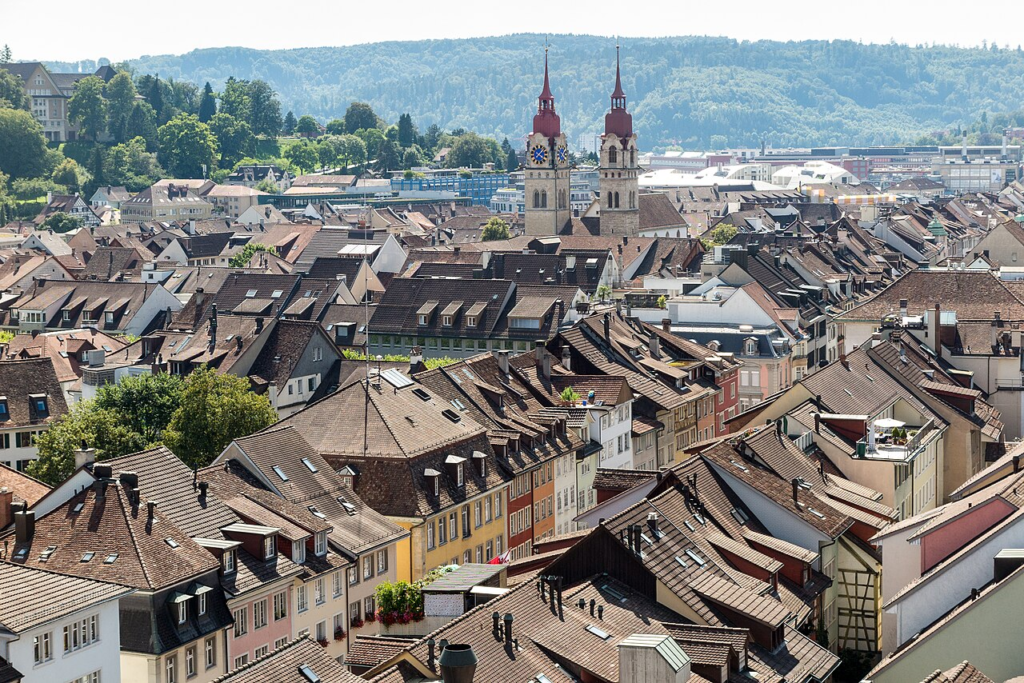
Above: Winterthur, Canton Zürich, Switzerland
During a spa stay in Karlovy Vary in the late summer of 1889, he read for the first time the fairy tales of Hans Christian Andersen, which impressed him deeply and which he later adapted into stage plays.
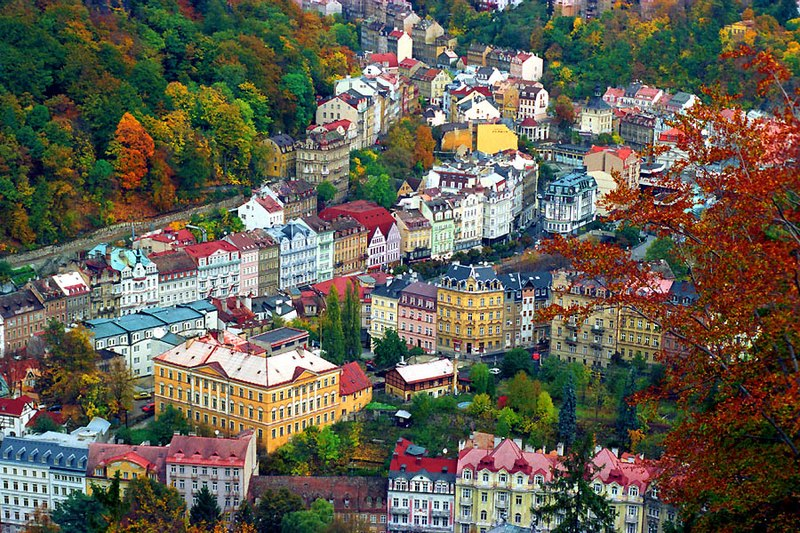
Above: Karlovy Vary, Czech Republic
In 1899, he graduated from secondary school in Winterthur.
As a student, he belonged to the fraternity Vitodurania, where he was nicknamed “Müggli“.
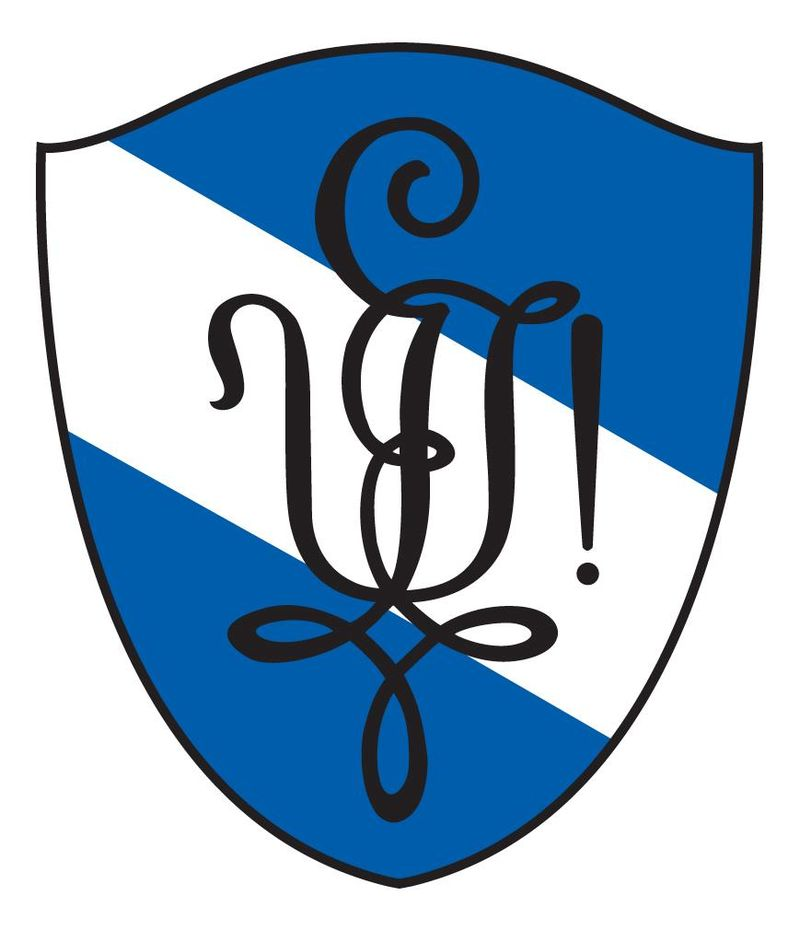
Above: Coat of arms of Vitodurania
He then studied philosophy, psychology, German studies, art, theatre and music history in Heidelberg, Berlin, Zürich, Paris, Leipzig and Munich.
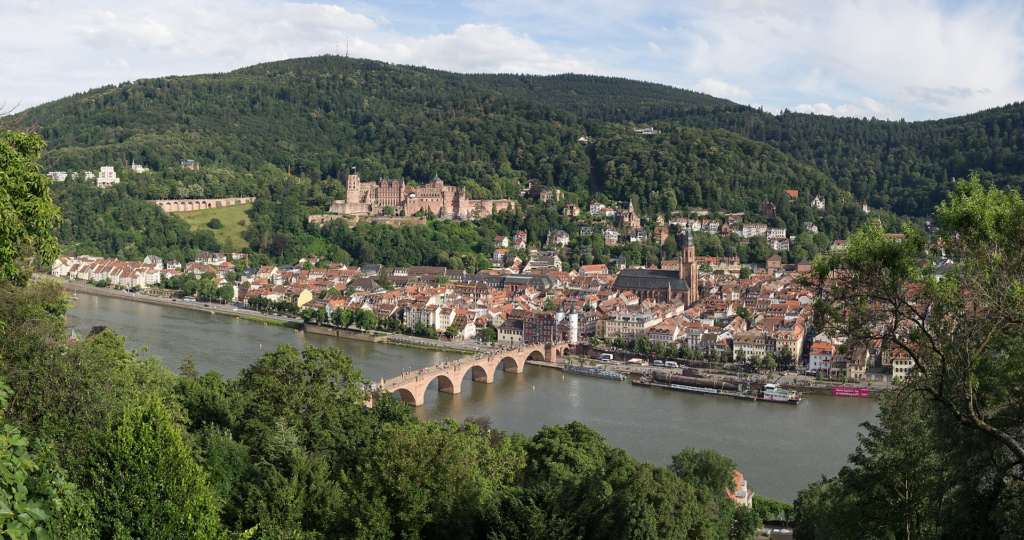
Above: Heidelberg, Baden-Württemberg, Germany
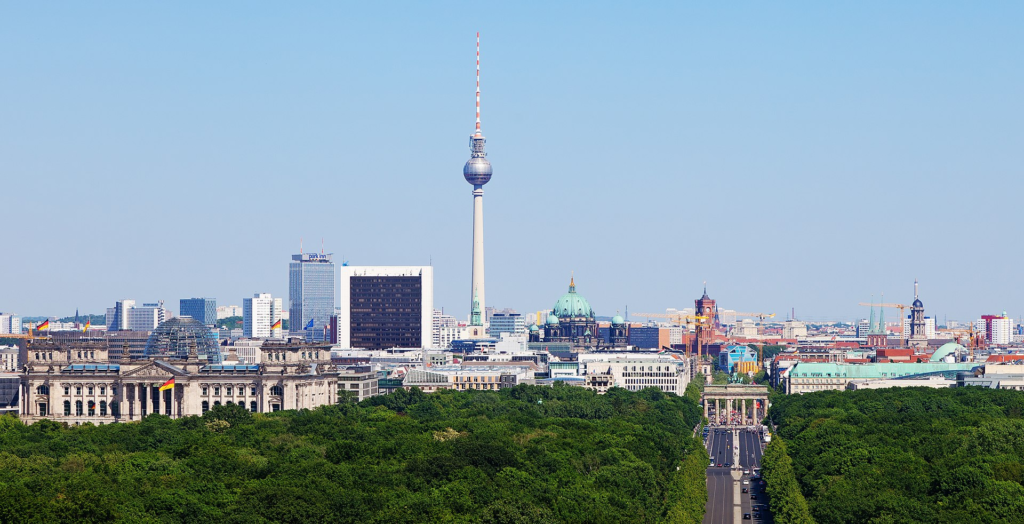
Above: Berlin, Germany

Above: Zürich, Switzerland
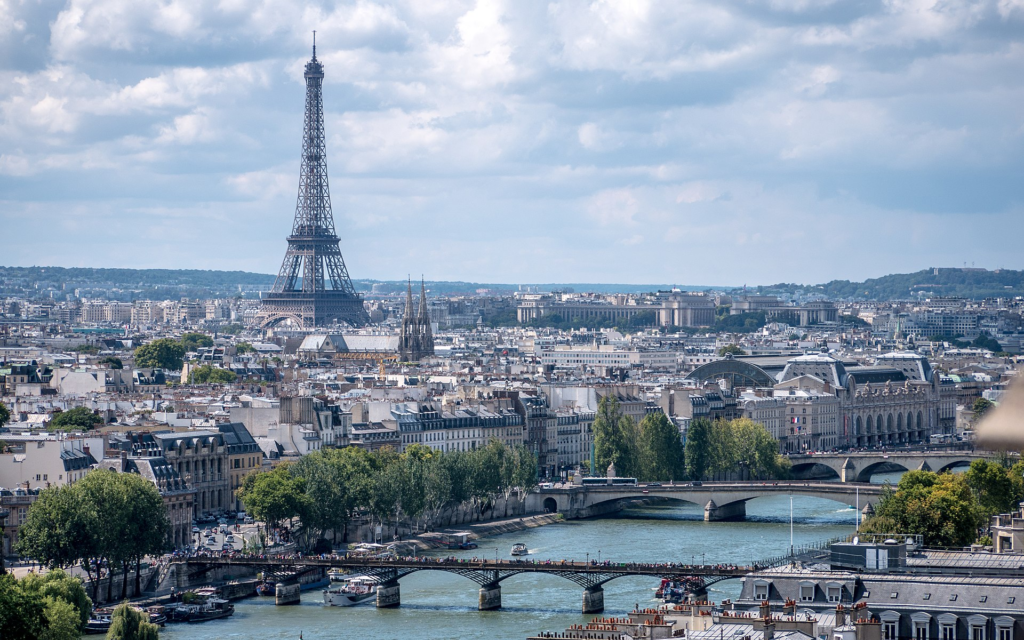
Above: Paris, France
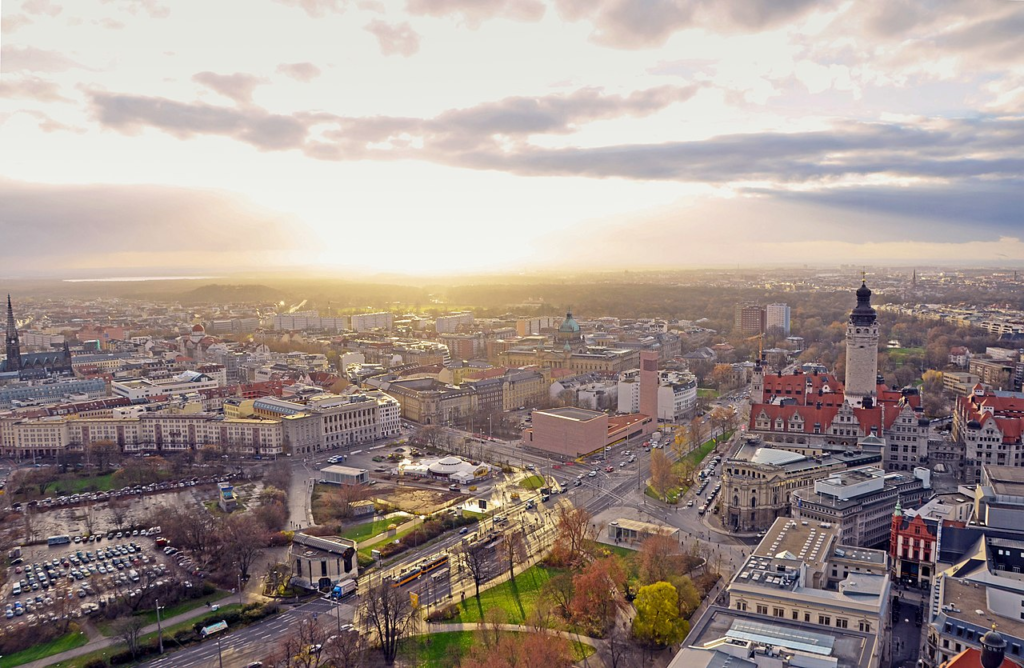
Above: Leipzig, Saxony, Germany
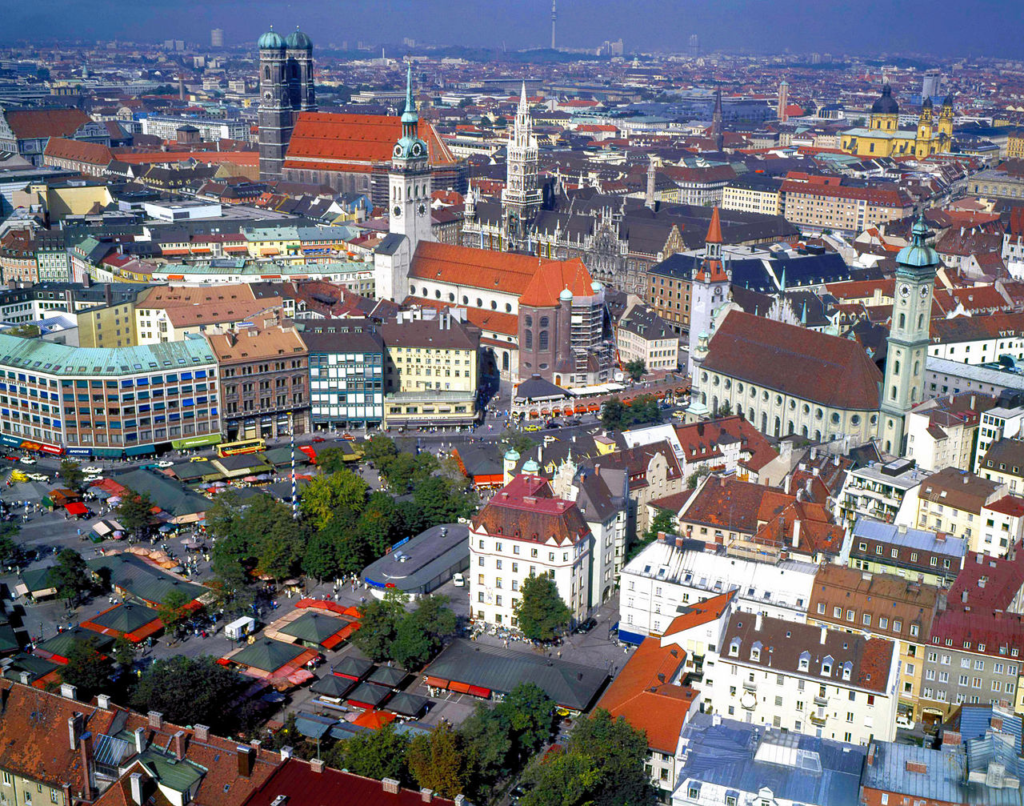
Above: Munich, Bavaria, Germany
After his studies, he first met Rudolf Steiner in 1905, whom he recognized as a spiritual teacher.
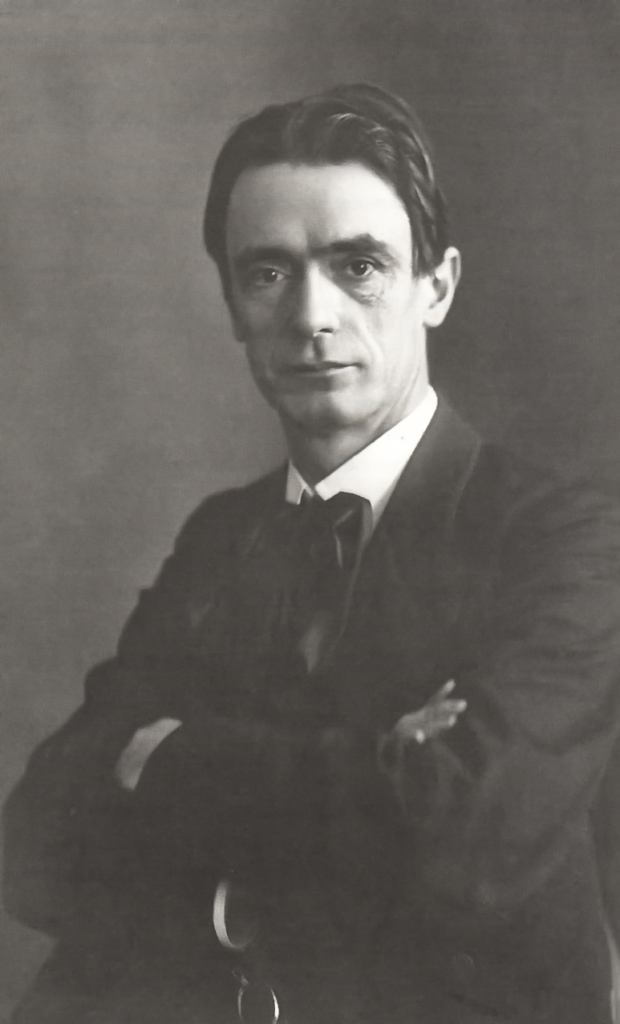
Above: Austrian writer Rudolf Steiner (1861 – 1925)
He later helped build the first Goetheanum and became friends with other anthroposophists.
In 1917, Reinhart founded the Winterthur Literary Association.
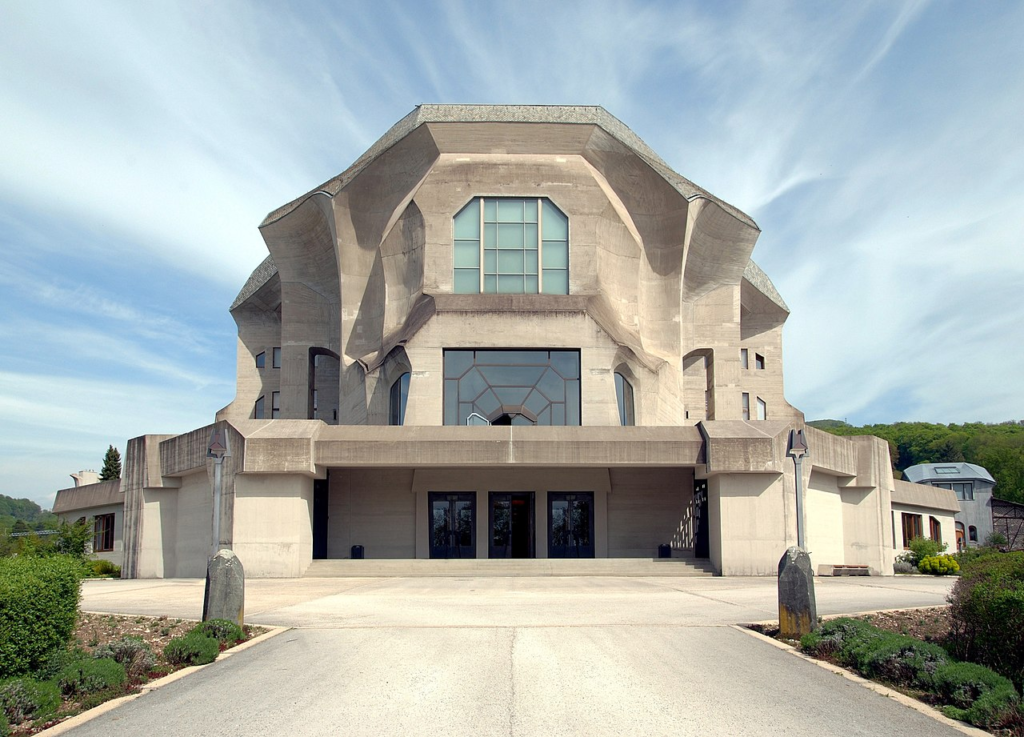
Above: Goetheanum, Dornach, Canton Solothurn, Switzerland
Histoire du soldat (The Soldier’s Story) is a musical theatre work (original title: “Lue, jouée, dansée et en deux parties“) (‘Read, played, danced and in two parts‘) for a small ensemble, which the Russian composer Igor Stravinsky created in collaboration with the
Swiss Canton Vaud poet Charles-Ferdinand Ramuz.
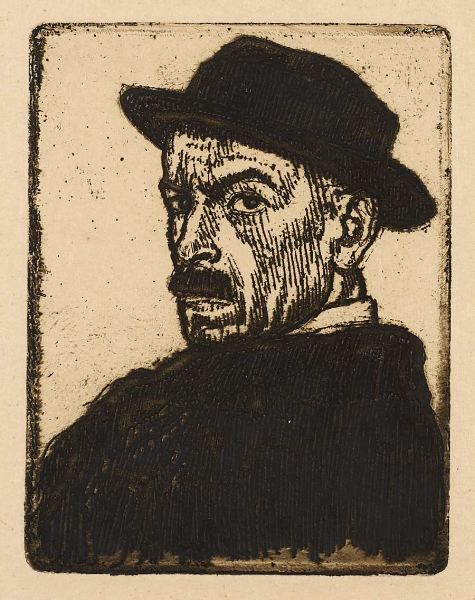
Above: Charles-Ferdinand Ramuz (1878 – 1947)
The work was written for a traveling theater group consisting of a reader, two actors, a dancer, and seven musicians.
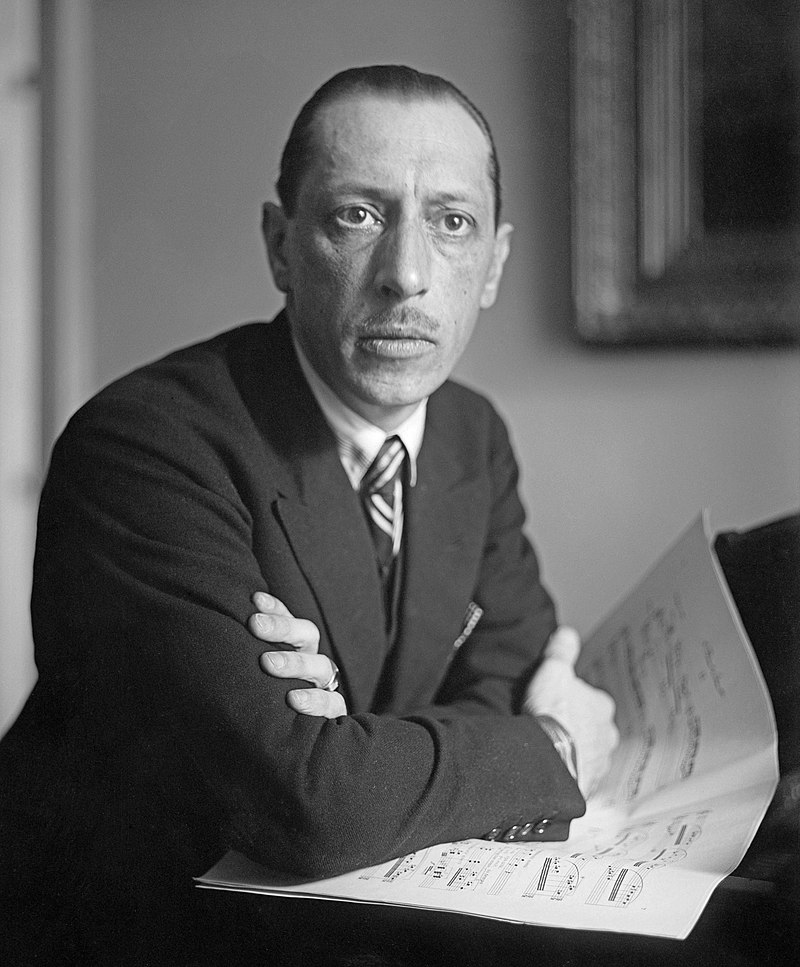
Above: Russian composer Igor Stravinsky (1882 – 1971)
For the text, Ramuz used two stories from a collection of Russian fairy tales by Alexander Afanasyev.
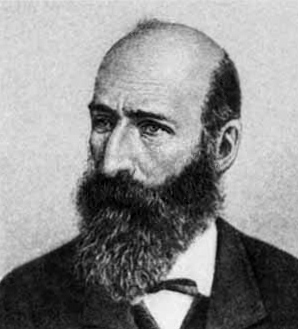
Above: Alexander Afanasyev (1826 – 1871)
The text is partly recited in poem form by the reader, rhythmically accompanied by music, and partly spoken as a drama by the reader and the actors (soldier, devil) (with the reader mostly still speaking in rhyme, and the devil only in dialogue with the soldier).
The first German adaptation was written by Hans Reinhart, the brother of the Winterthur music patron Werner Reinhart, who made the premiere of the work possible (on 28 September, or according to Stravinsky’s Recollections on 29 September 1918 at the Opéra de Lausanne under the direction of Ernest Ansermet) and to whom this work is dedicated.
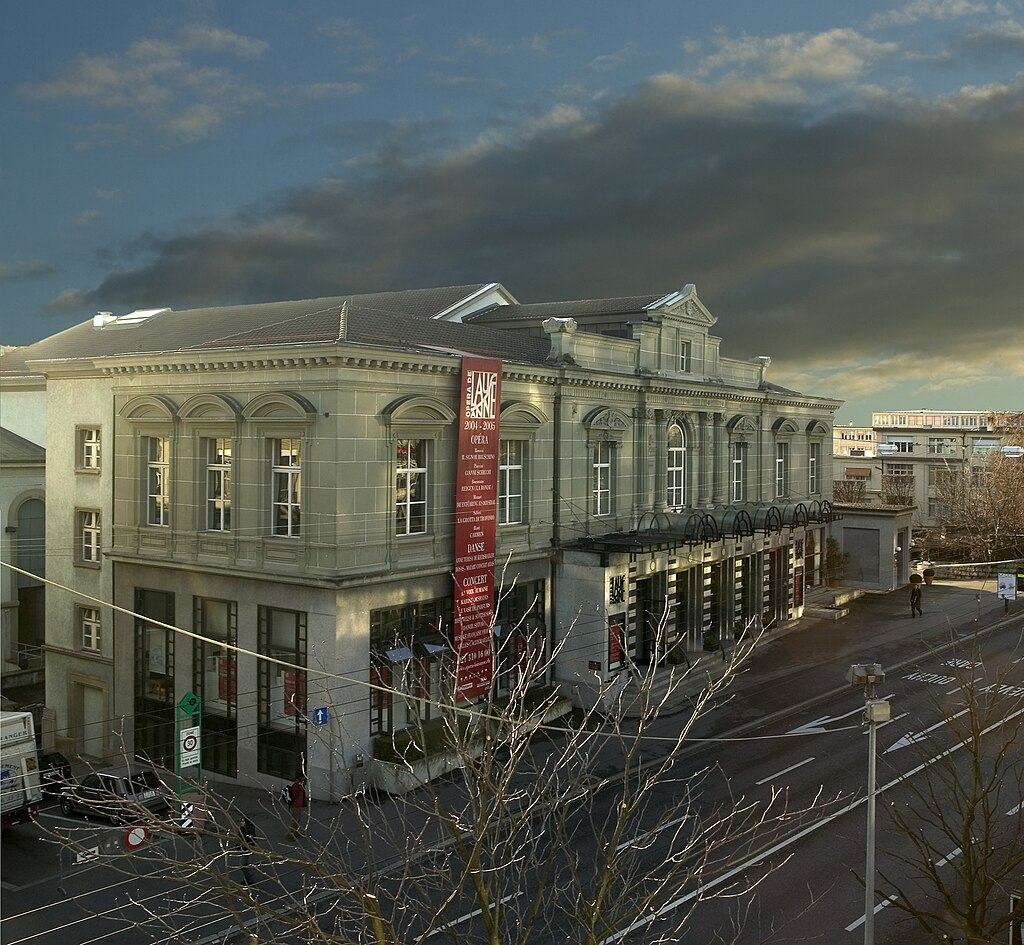
Above: Opéra de Lausanne, Canton Vaud, Switzerland
In 1919, Stravinsky arranged five movements of Histoire du soldat for violin, clarinet and piano, which were published under the title Suite from “The Soldier’s Tale” .
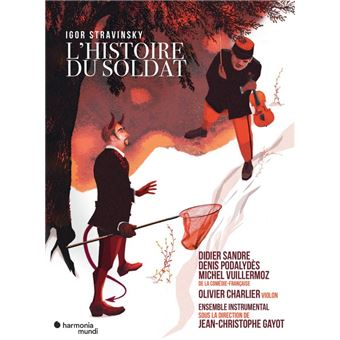
A soldier trades his violin with the devil for a book that promises great riches.
He must teach the devil to play the violin within three days.

In reality, however, three years pass, and the soldier is considered a deserter.
Back home, he is recognized by neither his mother nor the villagers, and his bride is married.
With the help of the book, which predicts the rise and fall of the stock market, he becomes a rich merchant, but the money does not make him happy.
Instead, he wishes to cure the sick princess with his violin playing.
After losing a card game with the drunken devil, he gets his violin back, but in return he is no longer allowed to set foot in his homeland.
Once he has his violin back, he cures the princess with his playing, and they become a couple.
When he returns home, the devil is already waiting for him.
Whether the soldier ultimately follows the devil into his kingdom remains open.
The moral of this simple fairy tale is:
“One should desire what one has, not what was before.
One cannot be both who one is and who one was.
One cannot have everything.
What was will not return.”
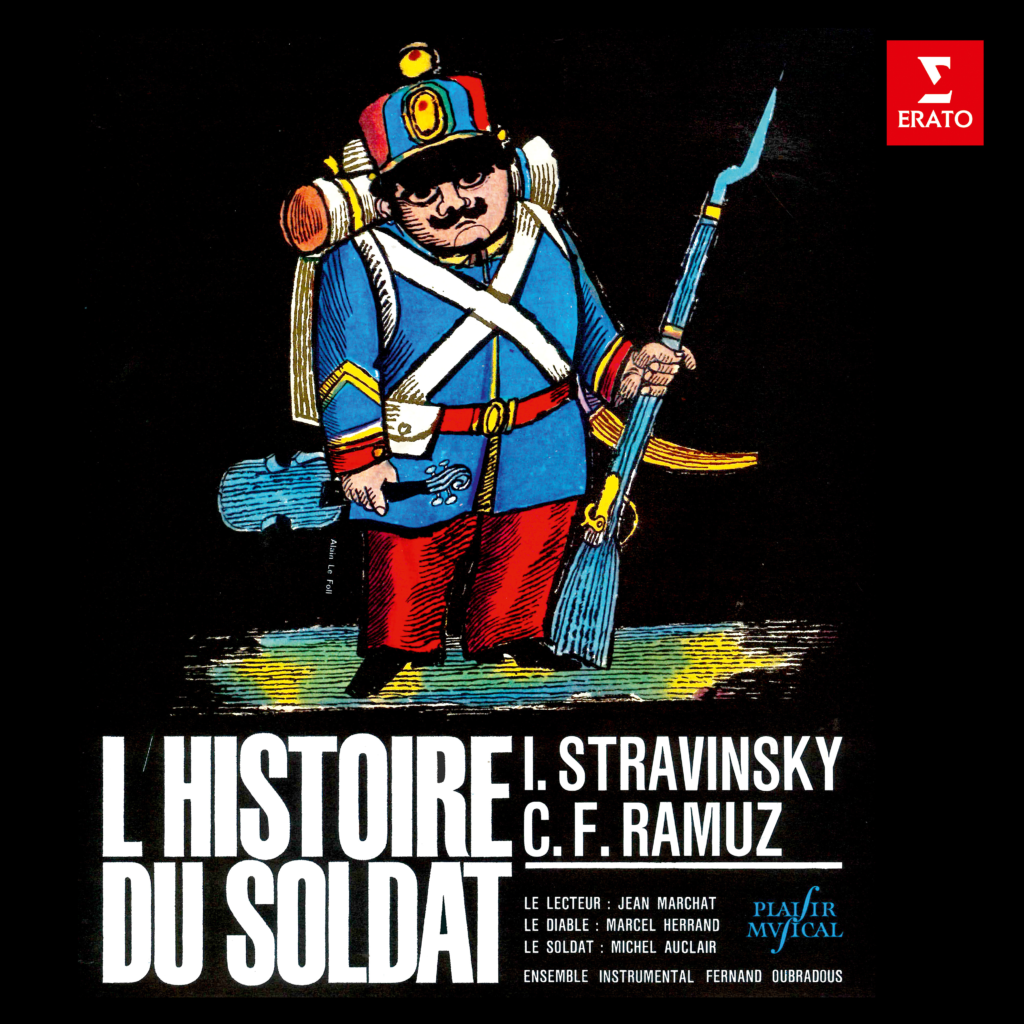
Reinhart considered his own poetic work complete after 1920.
Arthur Honegger’s oratorio King David premiered in Winterthur in 1923 in the presence of the composer — with the German text by Hans Reinhart, which, despite the constraints of rhythm and rhyme, remained very close to the French original.
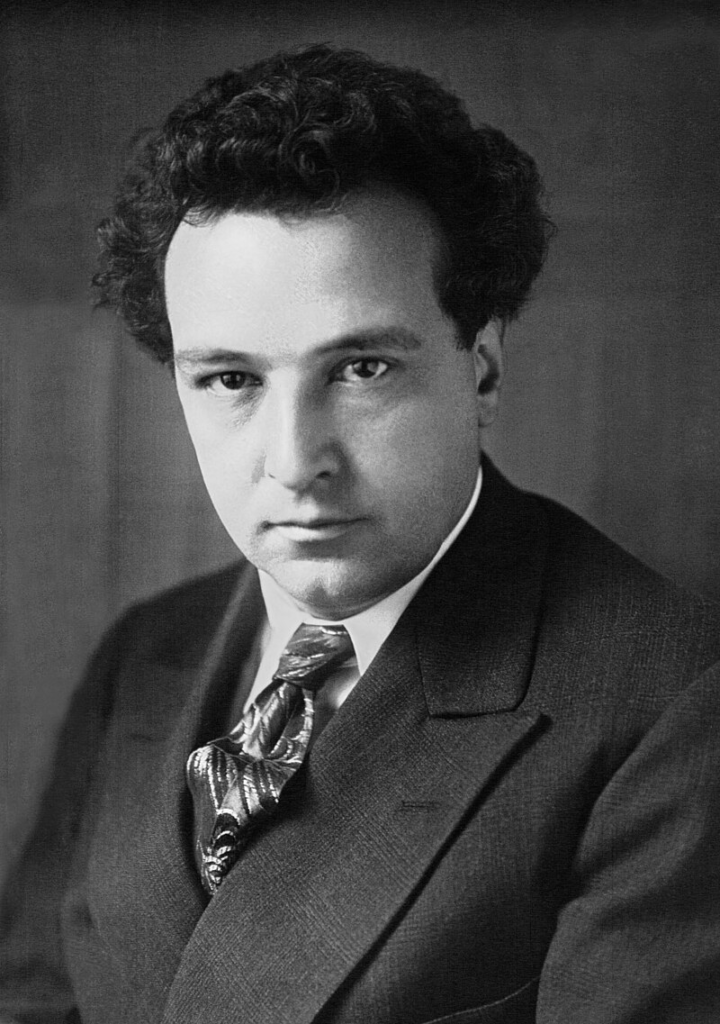
Above: Swiss composer Arthur Honegger (1892 – 1955)
From 1926 to 1929, Reinhart published the quarterly journal Individualität (Individuality).
In 1941, he brought his friend, the poet Alfred Mombert and his sister Ella Gutmann from the concentration camp Gurs in the French Pyrenees.
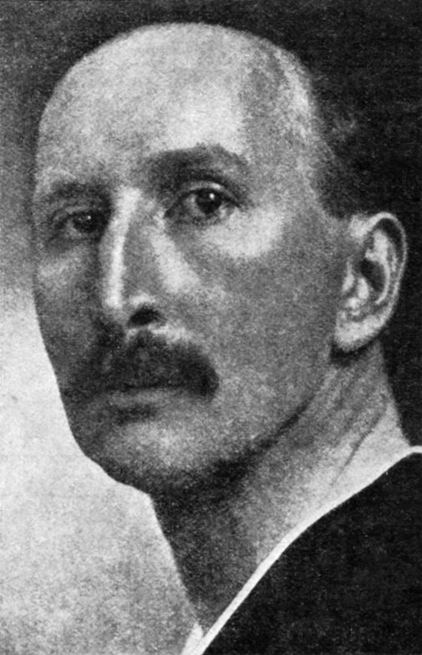
Above: German poet Alfred Mombert (1872 – 1942)
Gurs was run on behalf of the German Nazi regime by the Vichy regime, outside the territories occupied after the Armistice of Compiègne, to which, in 1940, approximately 6,500 Germans of Jewish descent, from Baden and the Saarpfalz, had been deported as part of the Wagner-Bürckel Action.
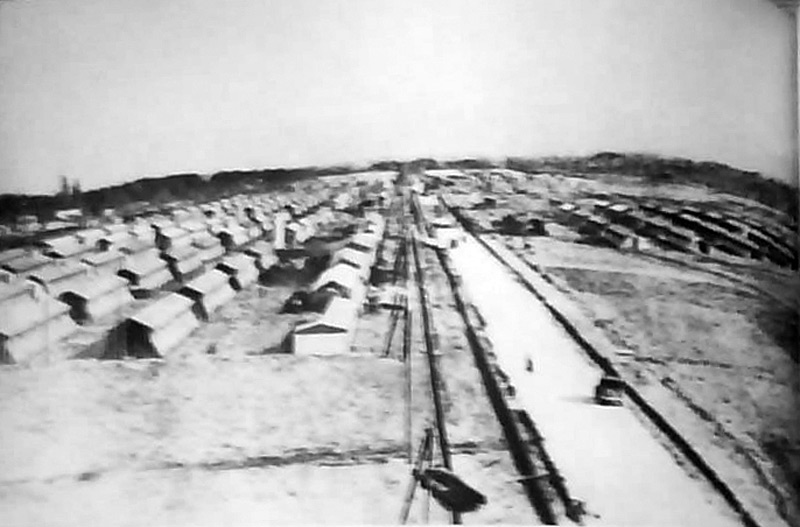
Above: Gurs Concentration Camp, Gurs, Pyrénées-Atlantique, France
In Winterthur, the poet died on 8 April 1942 and was buried in the park of the Villa Kareol, after he had managed to complete the second part of his poem Sfaira the Old and had received it in a private print arranged by Reinhart as a gift for his 70th birthday.
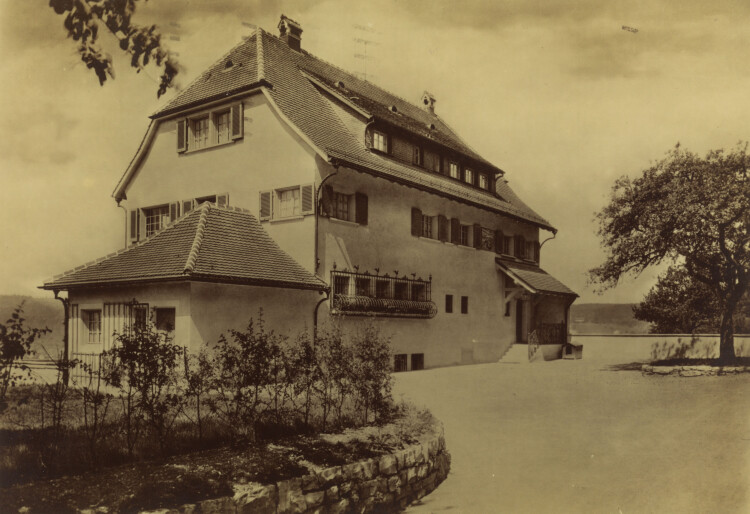
Above: Villa Reinhart, Heiligberg, Winterthur
.
- Emanuel von Bodman (1874 – 1946):
Emanuel von Bodman, who had strong ties to Switzerland, chose Gottlieben as his adopted home.
His residence was frequented by many artists, including Olga Diener.
He visited Olga in Altnau from time to time.
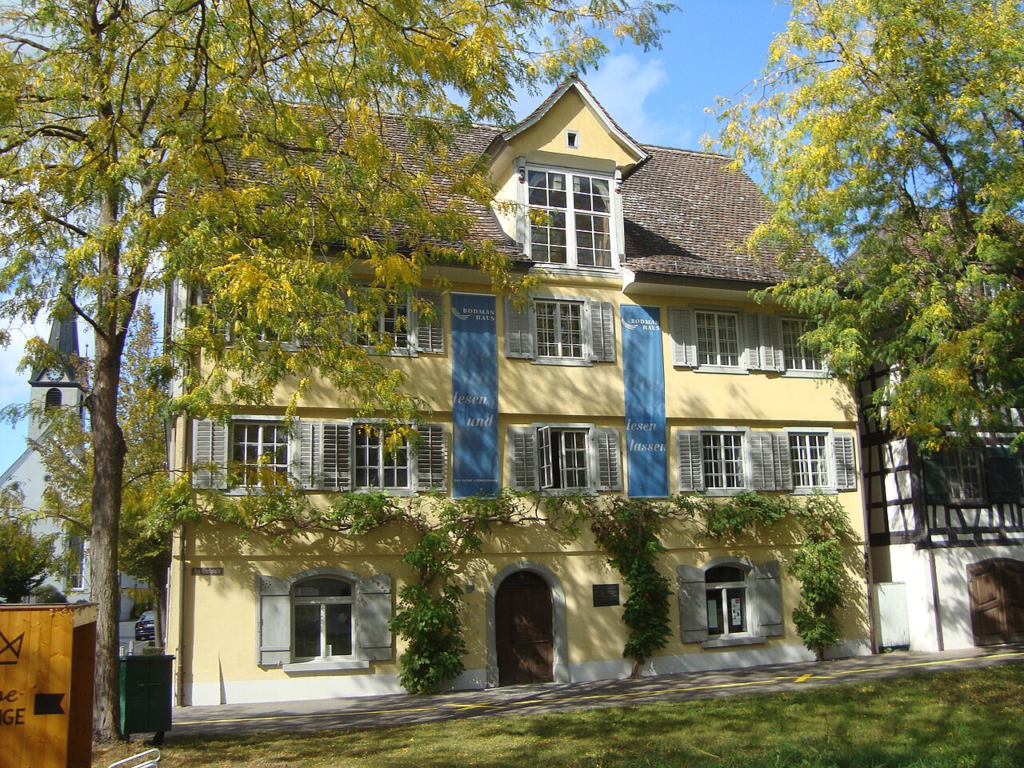
Above: Bodmanhaus, Gottlieben, Canton Thurgau, Switzerland
Bodman was esteemed as a poet, storyteller and playwright, contributing to the cultural milieu of the region.
Johann Franz Immanuel August Heinrich Freiherr von und zu Bodman, called Emanuel von Bodman (1874 – 1946) was a German writer and poet.
Emanuel von Bodman lived as a child in Kreuzlingen and attended high school in Konstanz.
After studying in Zürich, Munich and Berlin, he chose Gottlieben, Switzerland, as his adopted home.
He initially lived opposite Gottlieben Castle in the municipality of Tägerwilen.
After marrying Clara Herzog, he lived from 1920 until his death in a former trading house on the Gottlieben village square.
His house was a meeting place for many artists.
Emanuel von Bodman wrote several plays, short stories, and hundreds of poems.
His complete works were published after his death in a ten-volume complete edition.
He was seen as a poet, storyteller and playwright in the tradition of Neo-Romanticism and Neo-Classicism.
In 1940, he was awarded the Literature Prize of the City of Zürich.
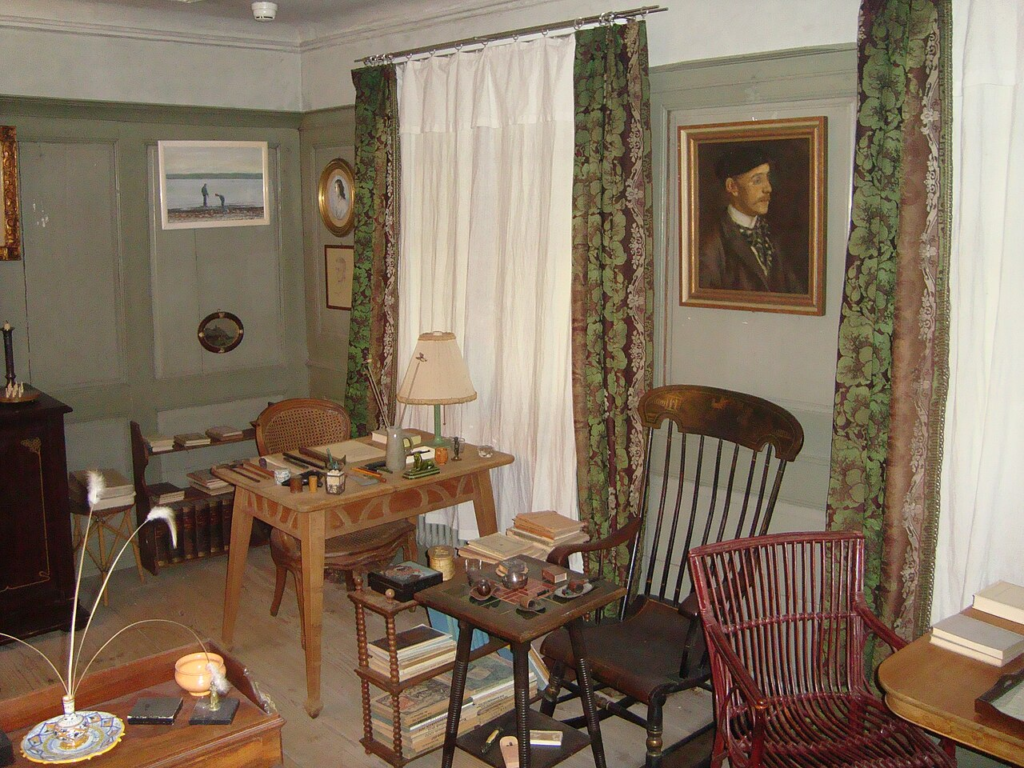
Above: The poet’s room, Bodmanhaus, Gottlieben
The Gottlieben house is the headquarters of the Thurgau Bodman Foundation.
In 1999, it became the first literary house on the Lake as a museum.
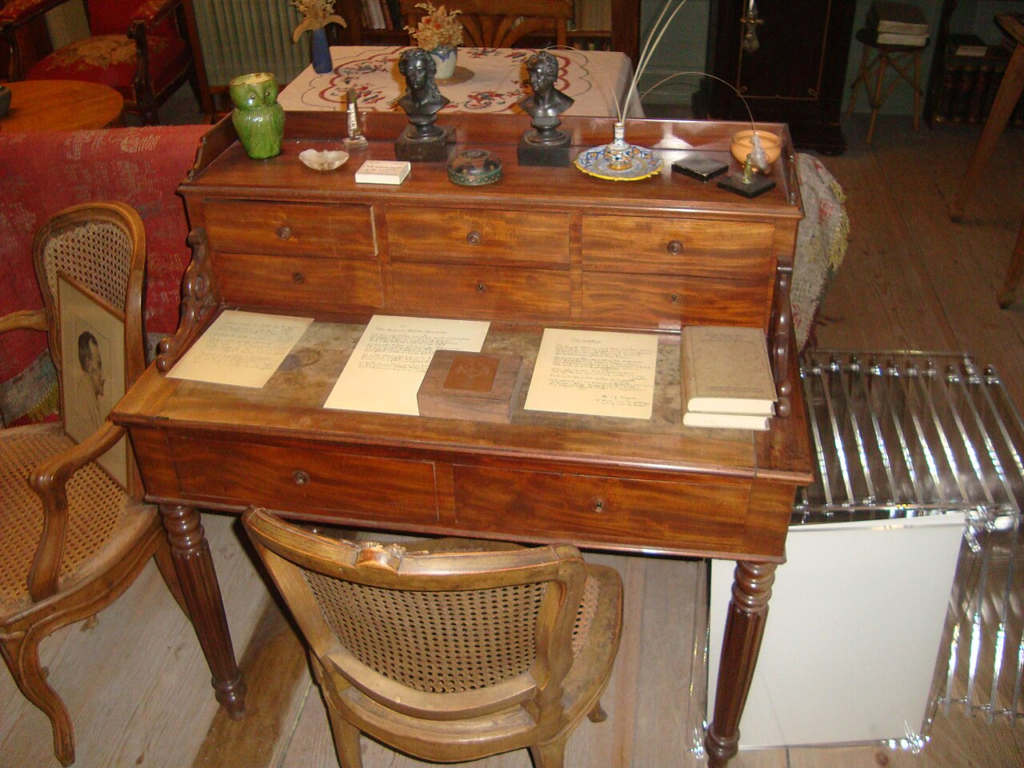
Above: Bodman’s writing desk, Bodmanhaus, Gottlieben
- Emmi and Emil Oprecht:
While specific details about Emmi and Emil Oprecht’s contributions to Altnau’s cultural scene are limited, their names are often associated with the town’s artistic community.
Their involvement, though not extensively documented, adds to the rich tapestry of personalities who have found inspiration in Altnau’s serene environment.
Emmi and Emil Oprecht were part of the circle of friends of Julie and Jakobus Weidenmann in Kesswil.
Their house in Zürich was a meeting place for all opponents of the Hitler regime during the war.
Their Europa Verlag was committed to the same democratic and social ideals as the guests of the Weidenmanns in the 1920s.
Although Emil Oprecht was a book lover, he wrote little himself.
As a man of action, he found ways to make seemingly hopeless paths viable even in the most difficult situations.
His equally active wife, Emmie, always supported him.
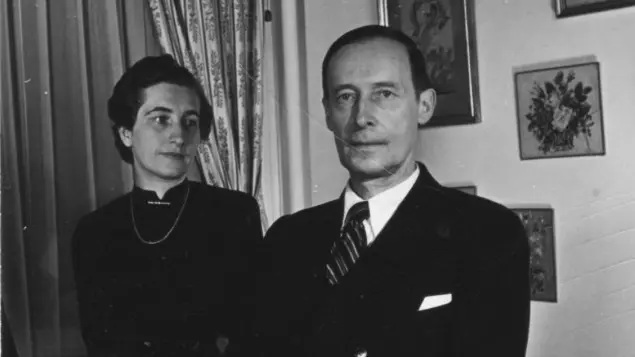
Above: Emmi (1899 – 1990) and Emil Oprecht (1895 – 1952)
The legendary Zurich bookstore Dr. Oprecht at Rämistrasse 5 closed its doors forever on 31 January 2003.
Zürich not only lost a store, but also an era.
A sense of national mourning reigned in Zurich’s intellectual milieu, the NZZ reported.
In 2019, the Hauser & Wirth gallery and its art publishing house moved into the renovated historic premises.
Fewer and fewer people remember the former bookstore and its eventful history.
Between 1933 and 1945, works by approximately one hundred exiled authors, including Ignazio Silone, Else Lasker-Schüler, Max Horkheimer, Heinrich Mann, and Golo Mann, were published, mostly without financial success, often in the face of domestic censorship and the resistance of anti-Semitic rioters.
Europa Verlag published factual accounts of concentration camps early on, such as Wolfgang Langhoff’s Moorsoldaten (Moor Soldiers) about the Börgermoor concentration camp in Emsland in 1935 and Walter Hornung’s Dachau in 1936.
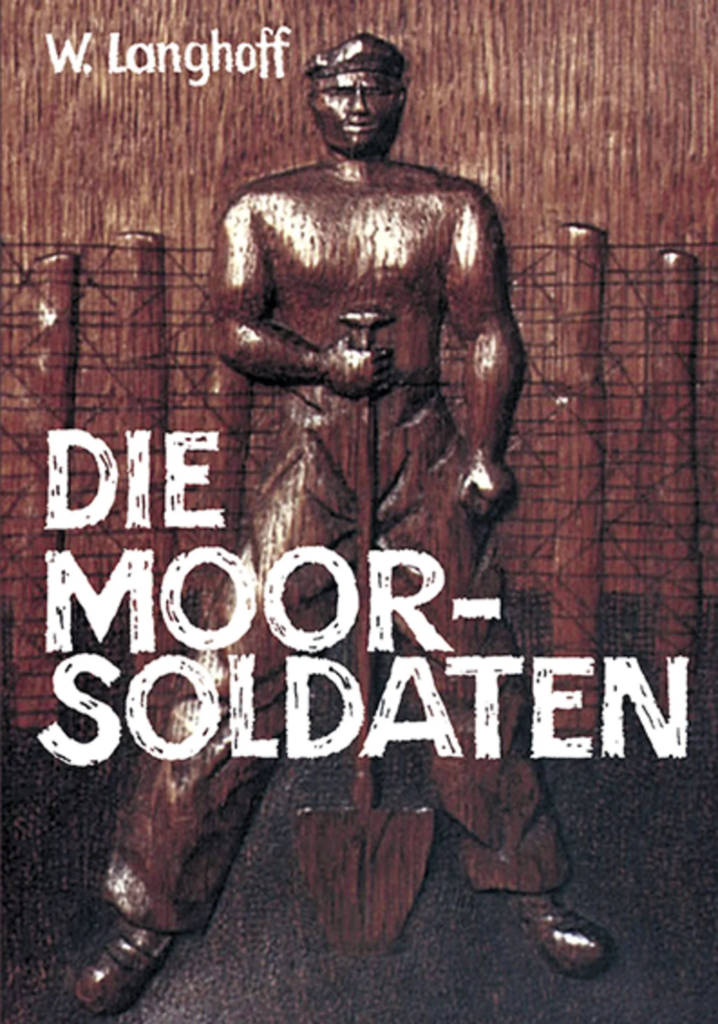
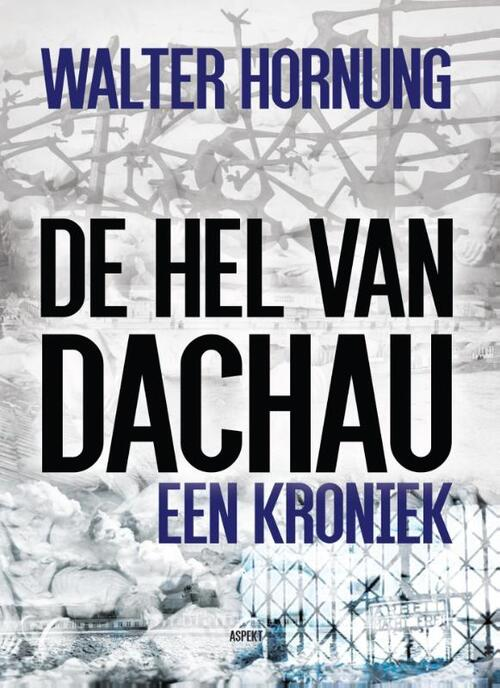
The Nazi regime expelled Oprecht’s publishing house from the German Booksellers’ Association, but his books reached Germany through covert channels.
After the Berlin Book Burning, the bookstore displayed a pyre containing the books that had been burned in Berlin in its window.
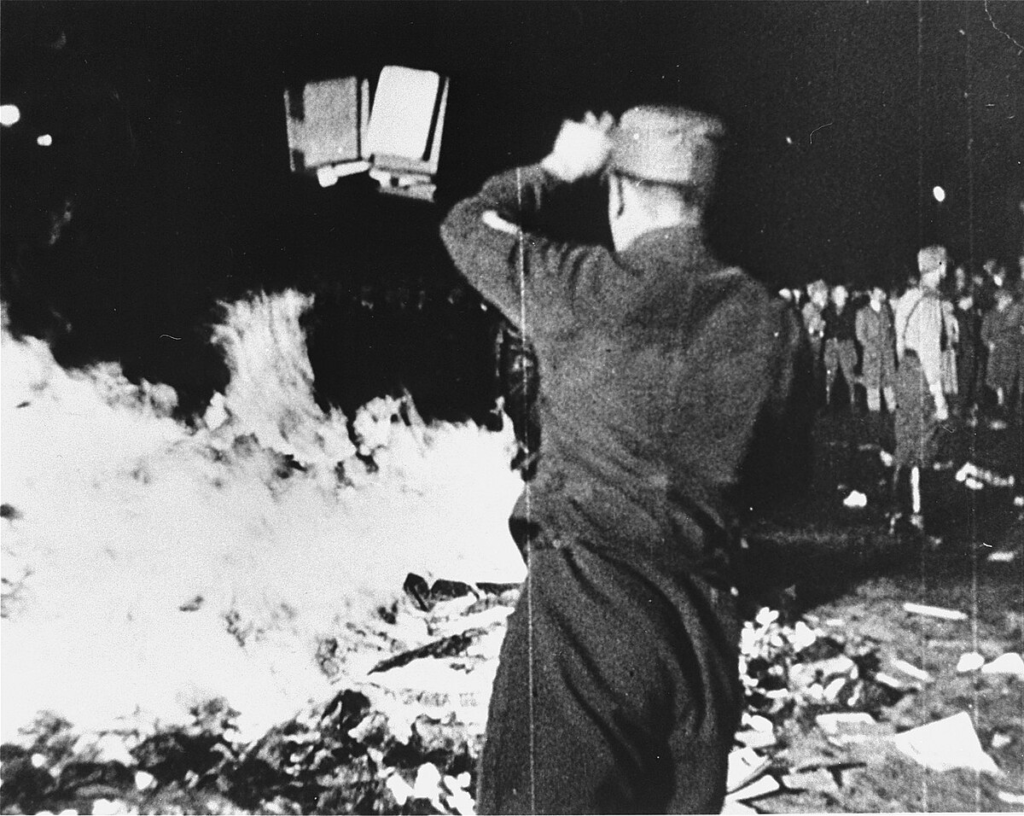
Above: Nazi book burnings, May 1933
The Nazi book burnings were a campaign conducted by the German Student Union (Deutsche Studentenschaft, DSt) to ceremonially burn books in Nazi Germany and Austria in the 1930s.
The books targeted for burning were those viewed as being subversive or as representing ideologies opposed to Nazism.
These included books written by Jewish, half-Jewish, communist, socialist, anarchist, liberal, pacifist, and sexologist authors among others.
A total of over 25,000 volumes of “un-German” books were burned, thereby ushering in an era of uncompromising state censorship.
In many other university towns, nationalist students marched in torch lit parades against the “un-German” spirit.
The scripted rituals of this night called for high Nazi officials, professors, rectors, and student leaders to address the participants and spectators.
At the meeting places, students threw the pillaged, banned books into the bonfires with a great joyous ceremony that included live music, singing, “fire oaths” and incantations.
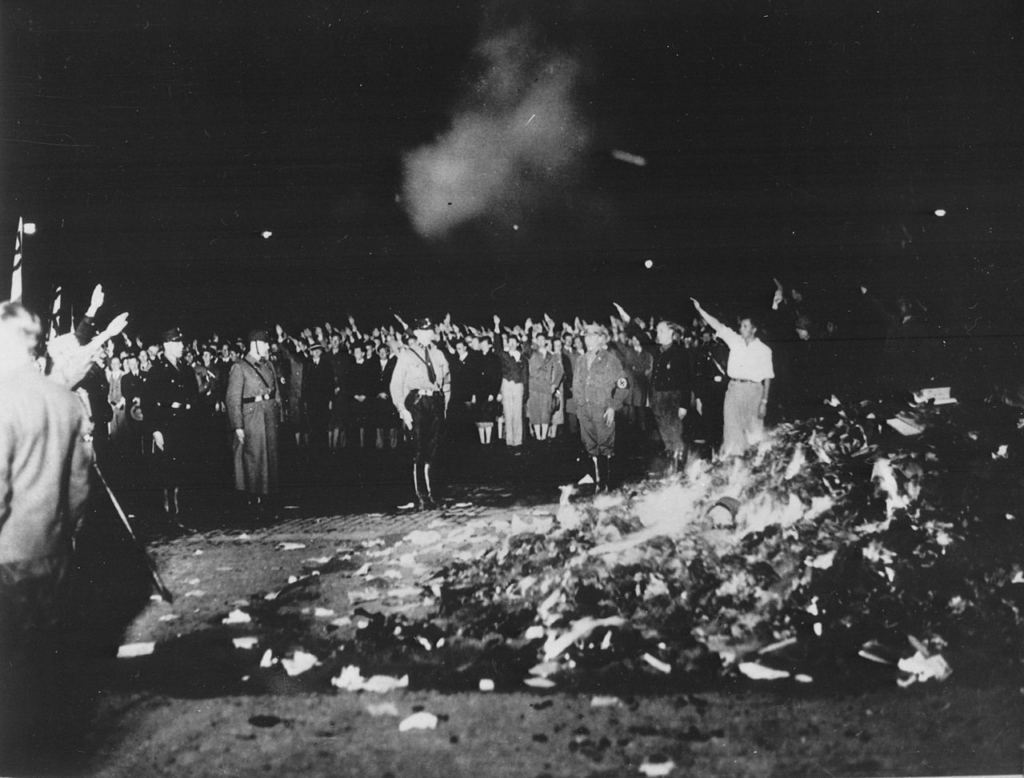
In Berlin, some 40,000 people heard Joseph Goebbels deliver an address: “No to decadence and moral corruption!”
Goebbels enjoined the crowd.
“Yes to decency and morality in family and state!“
“The era of extreme Jewish intellectualism is now at an end.
The breakthrough of the German revolution has again cleared the way on the German path.
The future German man will not just be a man of books, but a man of character.
It is to this end that we want to educate you.
As a young person, to already have the courage to face the pitiless glare, to overcome the fear of death, and to regain respect for death – this is the task of this young generation.
And thus you do well in this midnight hour to commit to the flames the evil spirit of the past.
This is a strong, great and symbolic deed – a deed which should document the following for the world to know.
Here the intellectual foundation of the November Republic is sinking to the ground, but from this wreckage the phoenix of a new spirit will triumphantly rise.“
Joseph Goebbels, Speech to the students in Berlin
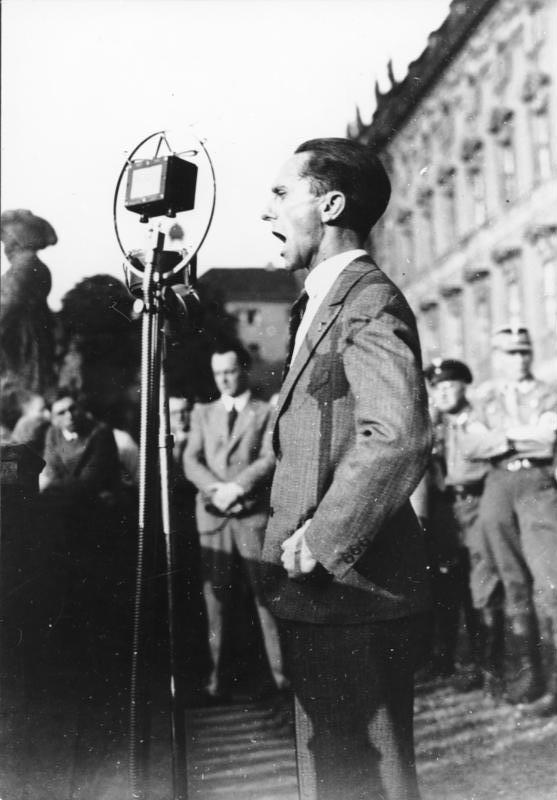
Above: German politician Joseph Goebbels (1897 – 1945)
“Where they burn books, they will burn people too in the end.”
Heinrich Heine

Above: German poet Heinrich Heine (1797 – 1856)
Oprecht’s commitment was recognized by Churchill and Roosevelt.
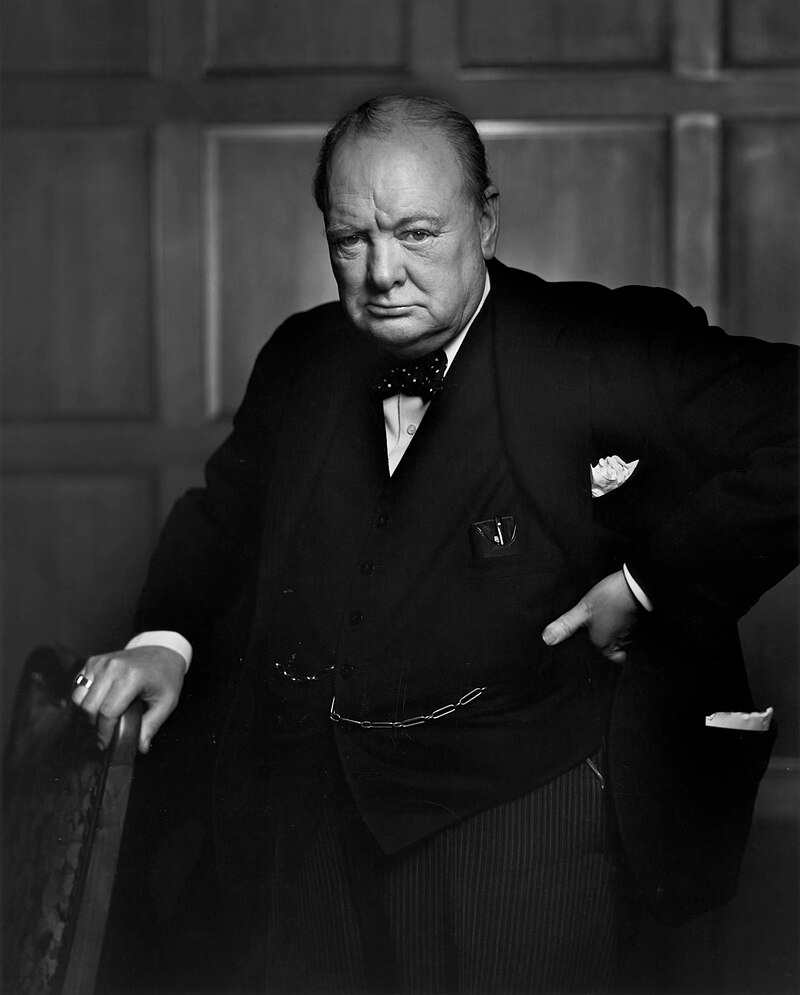
Above: British Prime Minister Winston Churchill (1874 – 1965)
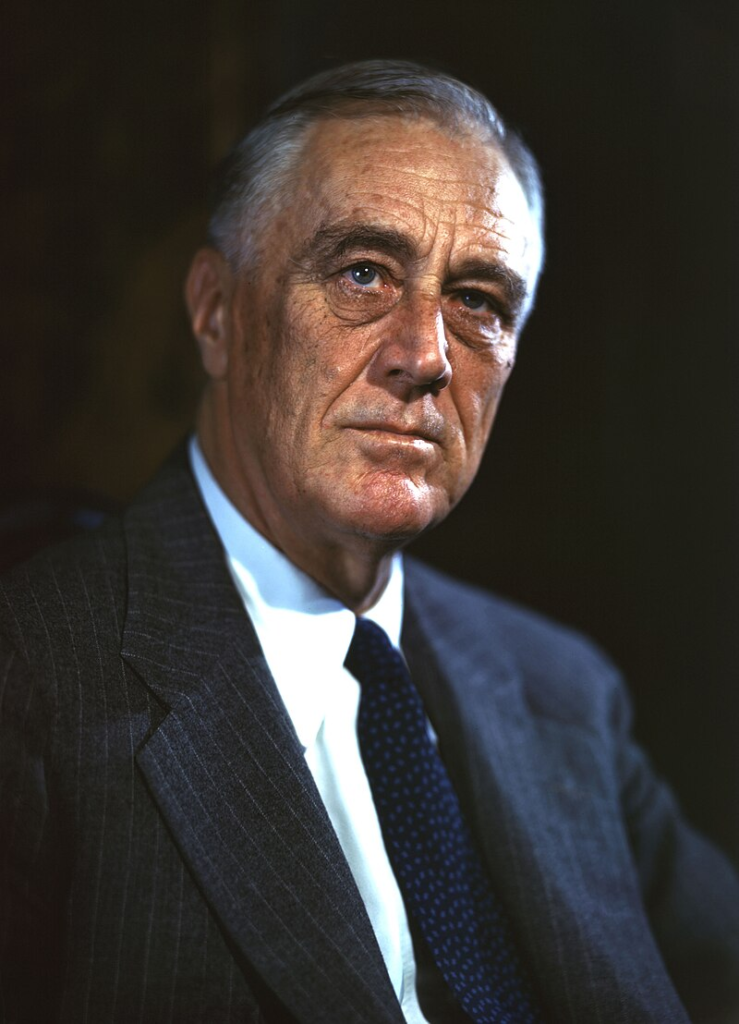
Above: US President Franklin Delano Roosevelt (1882 – 1945)
The journal Mass und Wert (Measure and Value)(1937 – 1940) was published with the collaboration of Thomas Mann, as he and his family were among the friends who had fled.
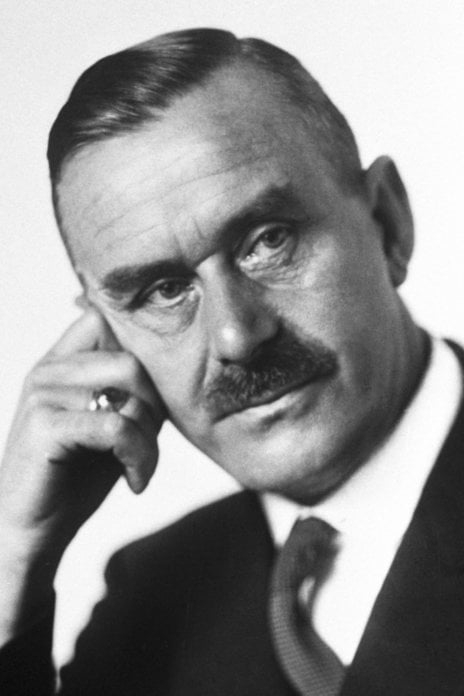
Above: German writer Thomas Mann (1875 – 1955)
At a time when everyone felt threatened, Emil and Emmie Oprecht radiated an unshakable confidence that power could not be ceded to the dictators.
They were filled with the will to help and encouraged others to do so, even under external threat.
For example, the German Reich had put a bounty on Emil Oprecht’s head.
Moreover, the German Embassy was within sight of Oprecht’s apartment.
“A carefree man,” says Christoph Dejung.
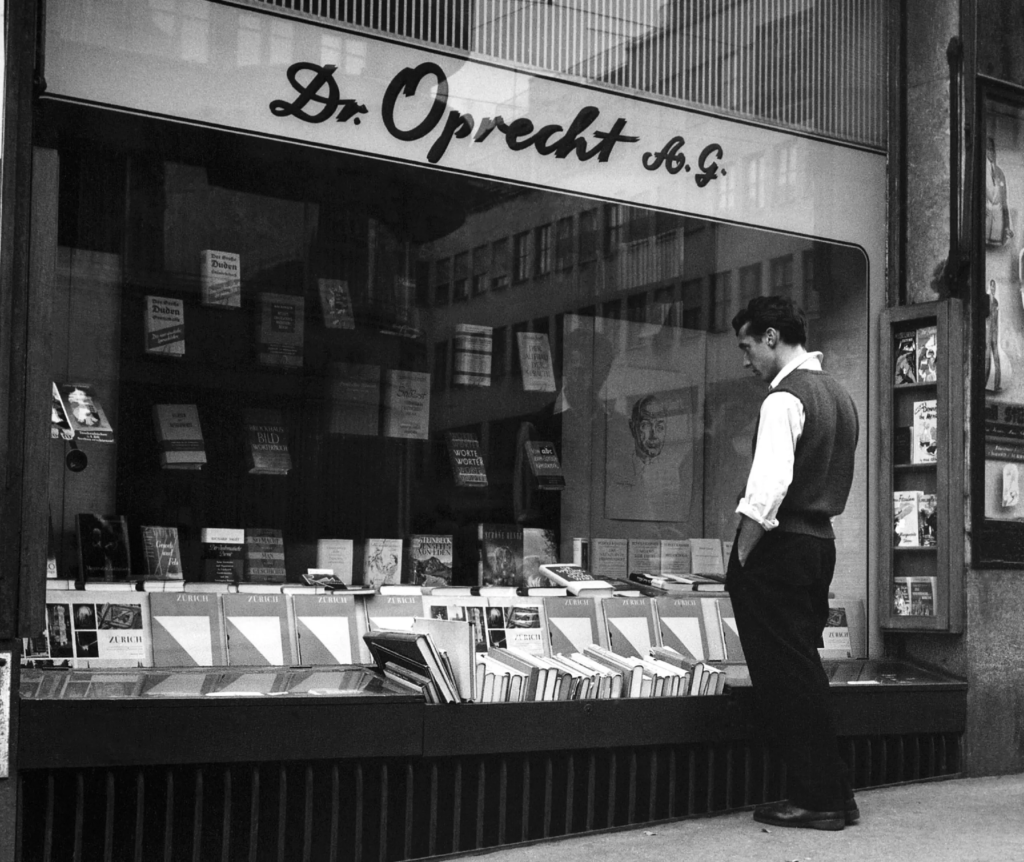
When the Jewish theater director and owner Ferdinand Rieser (1886-1947) emigrated to America in 1938, he appointed Emil Oprecht as managing director of the Zurich Schauspielhaus.
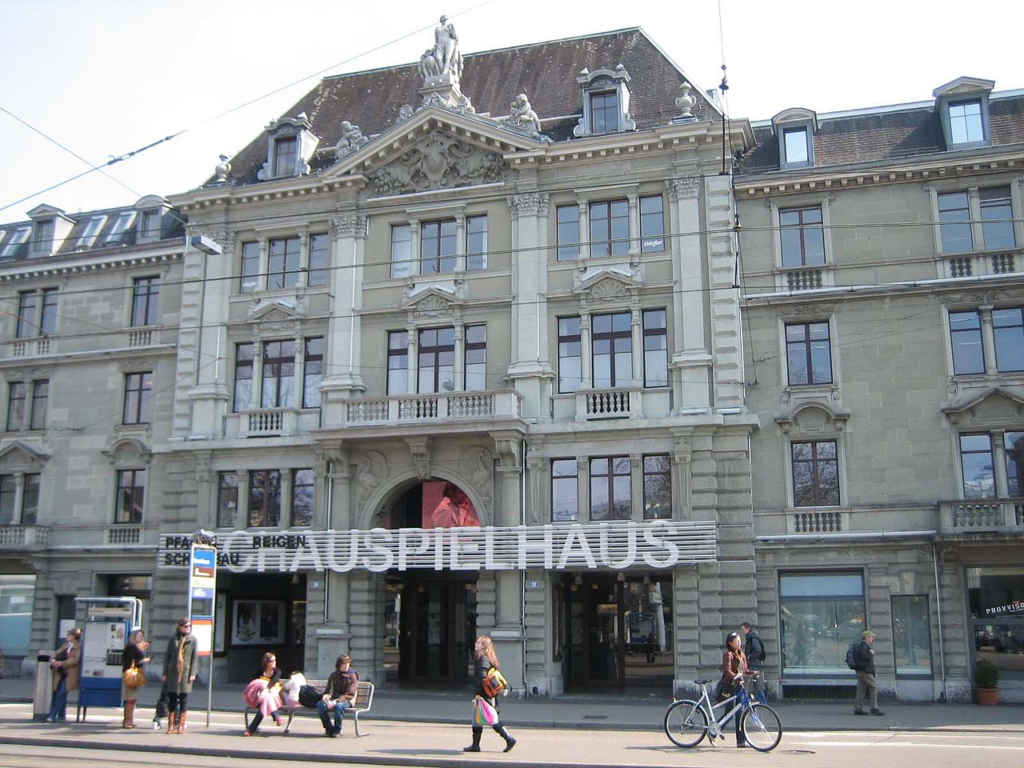
Above: Schauspielhaus, Zürich, Switzerland
A literary expert and organizational talent, Oprecht brought the theater to its peak.
He was able to hire many of the refugee actors and directors under the direction of Oskar Wälterlin and Kurt Hirschfeld.
Important plays by Bert Brecht celebrated their world premieres.
The Theater am Pfauen was at its peak, despite threats from massively protesting opponents who would have preferred to see the theater under pro-Nazi management.
Oprecht was always present in times of internal disputes or problems with the authorities, even in his military uniform.
With his calm manner, he always found a balance between his opponents.
Ferdinand Rieser died shortly after his return from exile.
After serious difficulties with his widow and the city, Oprecht and his team were able to continue running the theater with numerous premieres by Max Frisch and Friedrich Dürrenmatt.
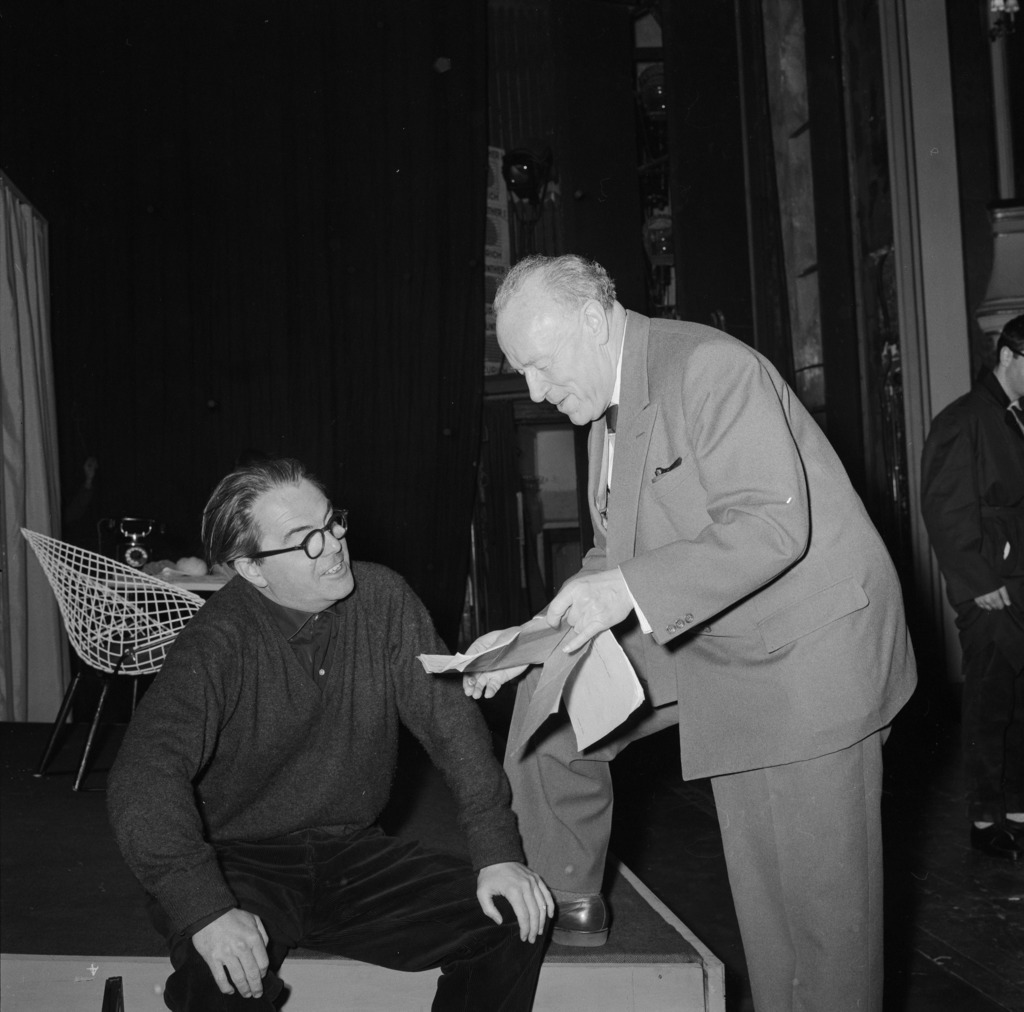
Above: Max Frisch (1911 – 1991) and Oskar Wälterlin (1895 – 1961)
However, Emil Oprecht didn’t experience many exciting performances anymore.
Cancer was the cause of his increasing weakness.
Nevertheless, he continued to throw himself into his work, never missing a session, until his death on 9 October 1952.
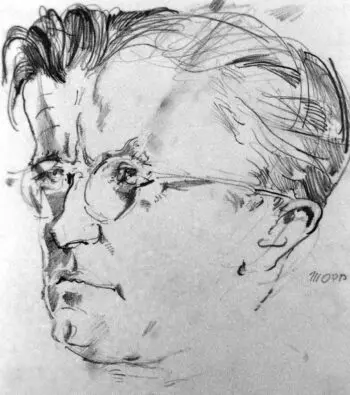
Above: Emil Oprecht
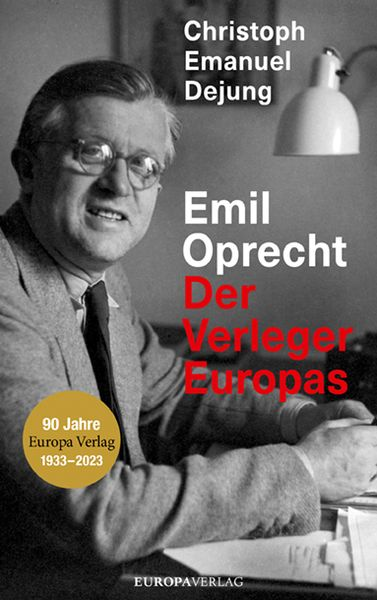
- Golo Mann: (1909 – 1994):
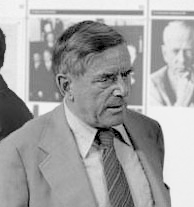
Above: Golo Mann
Golo Mann’s father, Thomas, was good friends with Emil Oprecht and, together with Konrad Falke, published the journal Mass und Wert (Measure and Value) through Oprecht’s publishing house.
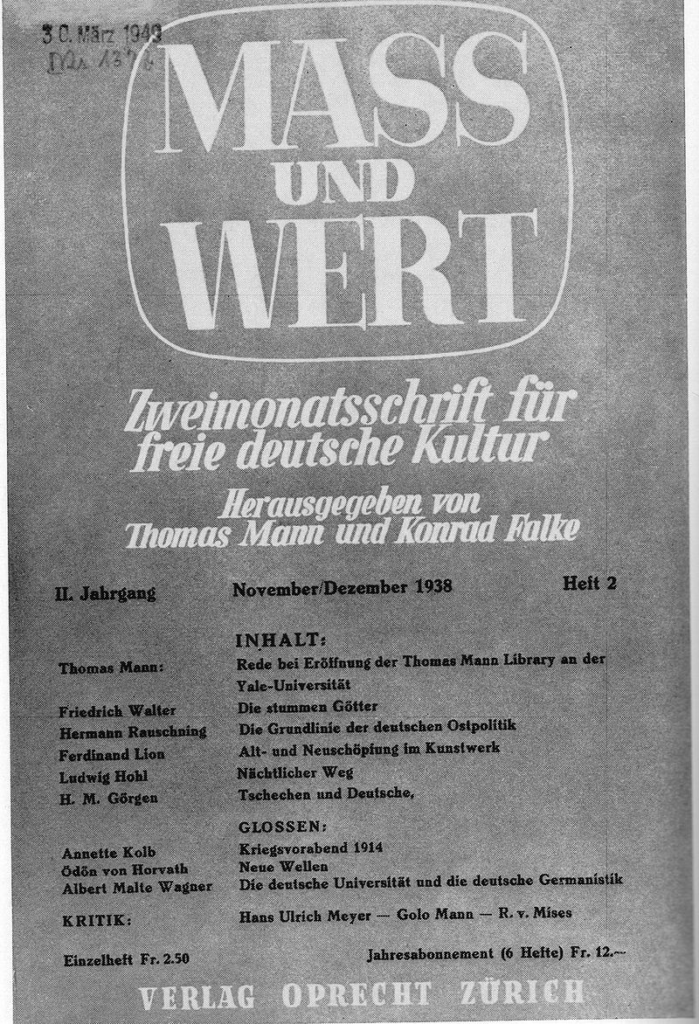
These various relationships ultimately made it possible for Golo Mann to write his German History of the 19th and 20th Centuries in Altnau from 1956 to 1957.
The success of this book enabled Golo Mann, who, like his father, had gone into American exile, to return permanently to Europe.
It seemed as though nothing could stand in the way of his academic career.
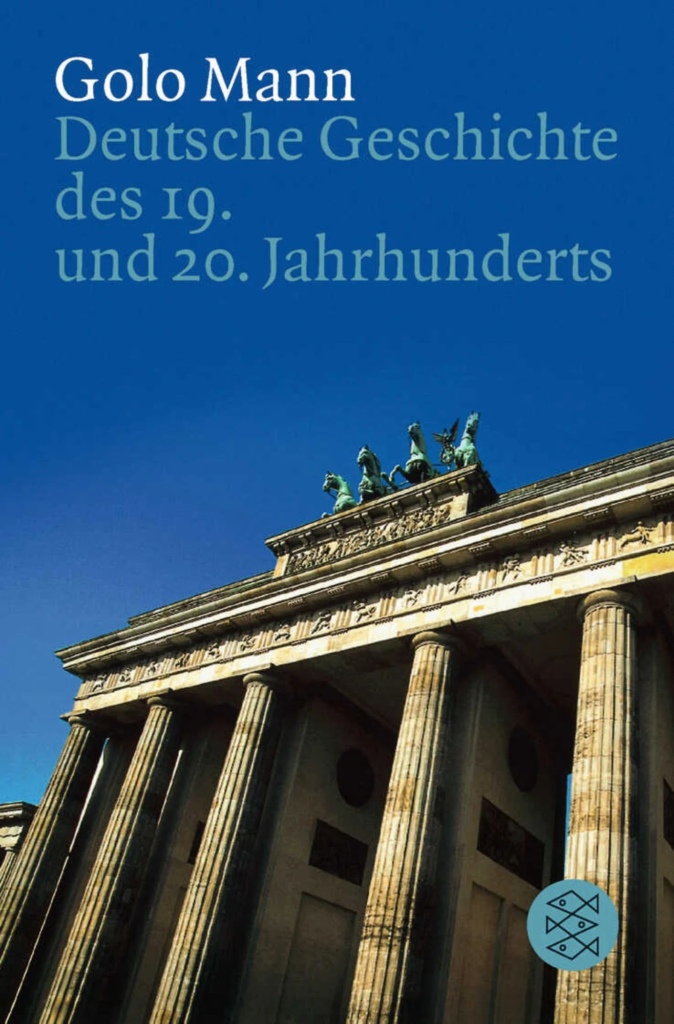
However, when his appointment to the University of Frankfurt fell through, Golo Mann withdrew from teaching and lived as a freelance writer in his parents’ home in Kilchberg on Lake Zurich and in Berzona in Ticino.

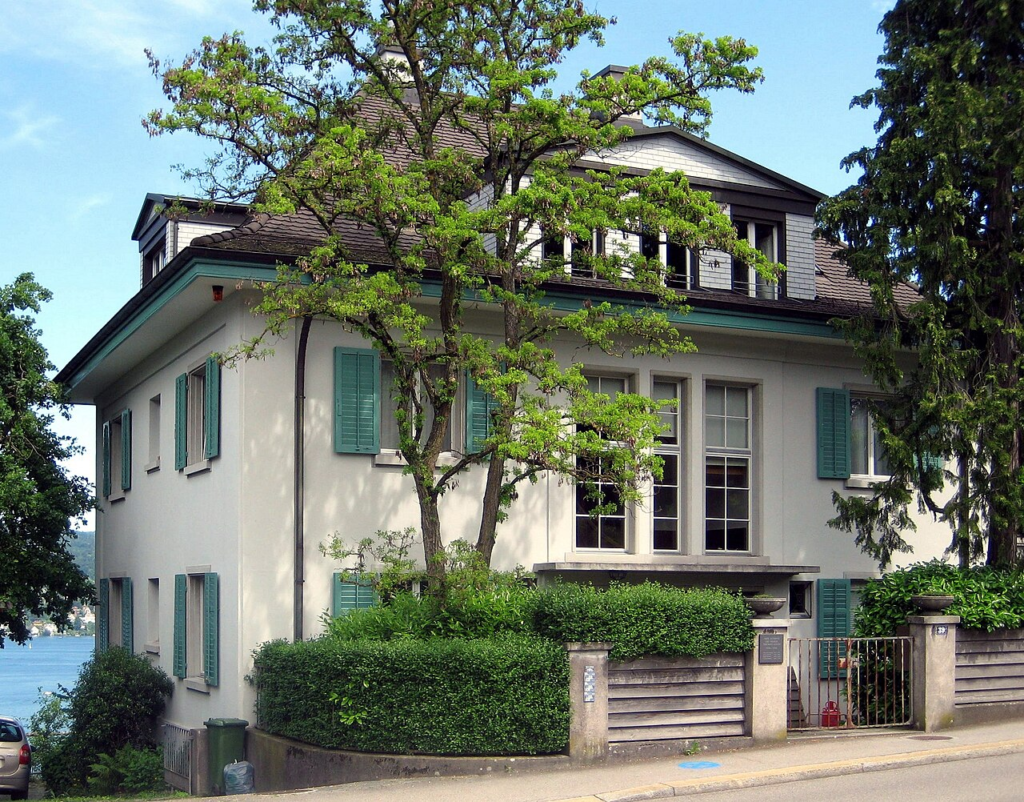
Above: Mannhaus, Kilchberg, Canton Zürich

Above: Mannhaus, Berzona, Canton Ticino
In Kilchberg, Berzona, and again in Altnau, he wrote his magnum opus, Wallenstein – His Life Told by Golo Mann.
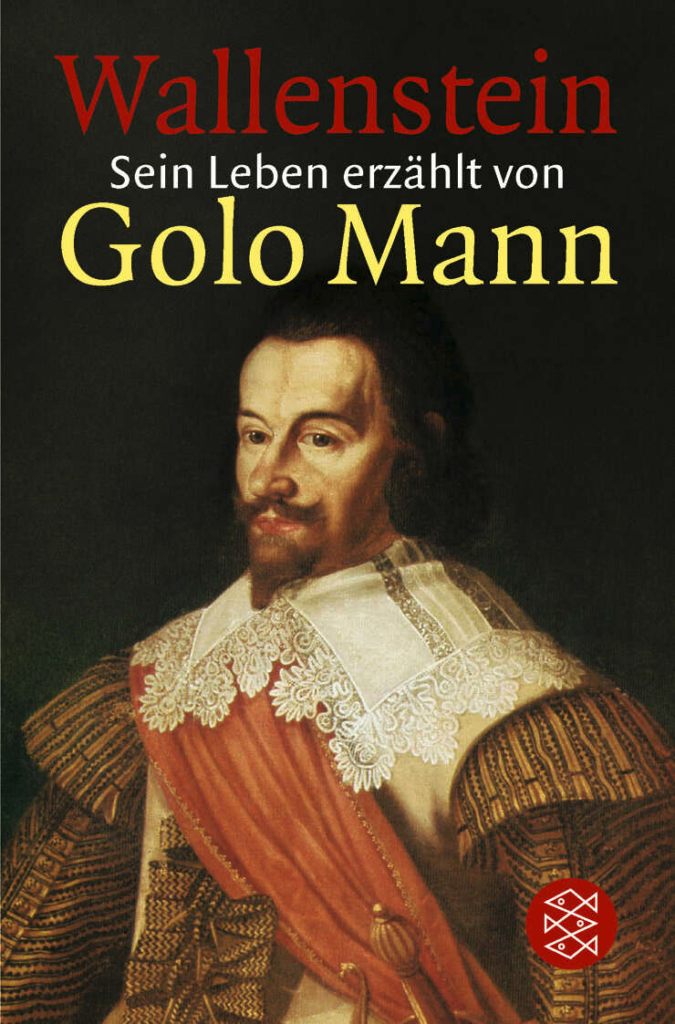
Telling history in this way was completely frowned upon in academic historical circles in 1971, the year this monumental biography was published, but Golo Mann didn’t care, and neither did the thousands of his readers.
Despite all the hostility from academic circles, Golo Mann was awarded honorary doctorates twice, notably in France and England, but not in the German-speaking world.
Moreover, he was honored with a series of literary prizes for his books:
He received the Schiller Prize, the Lessing Ring, the Georg Büchner Prize, the Goethe Prize, and the Bodensee Literature Prize.
The latter must have particularly pleased him, as the Lake had smiled upon the beginning of his literary fame.
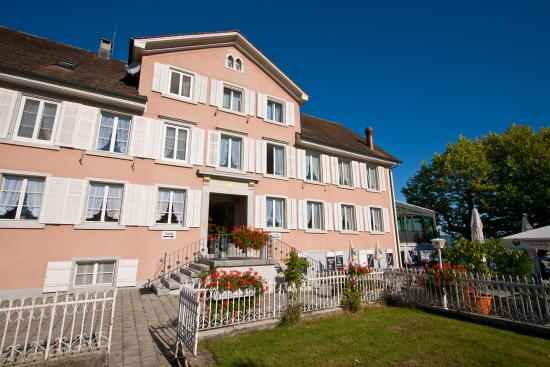
Above: Gasthof Zur Krone, Altnau
Anything but a mystic, Golo Mann was the son of Thomas Mann and belonged to one of the most famous literary families in the world.
Not only his father but also his uncle Heinrich and his siblings Erika, Klaus, Monika, Elisabeth, and Michael were writers.
Writing was in Golo Mann’s blood.
This does not mean that it always came easily to him — on the contrary.
Like all of Thomas Mann’s children, Golo lived in the shadow of his overpowering father and did not feel particularly privileged to be the son of a Nobel Prize-winning author.
Golo Mann saw himself primarily as a historian, distinguishing himself from his father, the novelist.
Nevertheless, he maintained a decidedly literary approach to history.
Two of his books bear titles that reflect this perspective: Geschichte und Geschichten (“History and Stories“) and Geschichtsschreibung als Literatur (“Historiography as Literature“).
His narrative style earned him condescending criticism and mocking scorn from fellow historians, but this did not prevent the general public from enthusiastically embracing his books.
Golo Mann’s first bestseller was largely written in Thurgau.
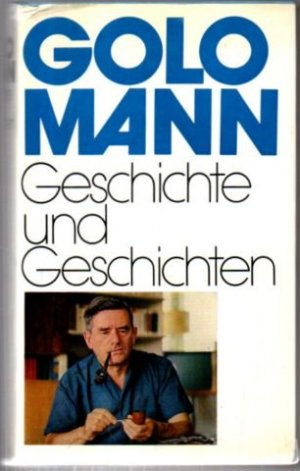
Time and again, he retreated for several weeks to the Gasthaus Zur Krone at Hafenstraße 368 in Altnau, first in the summer of 1949.
His memories of Lake Constance were published in 1984 in the anthology Mein Bodensee: Liebeserklärung an eine Landschaft (“My Lake Constance: A Love Letter to a Landscape“) under the title Mit wehmütigem Vergnügen (“With Wistful Pleasure“).

Regarding the Krone, he wrote:
“On the ground floor, there was a tavern.
On the first floor, the owner’s family had set up their apartment.
On the second floor, there were a few small rooms connected by a vestibule, always available to close friends of the Pfisters, such as the bookseller Emil Oprecht and his wife, Emmi.
Thanks to my friend Emmi, they became my refuge, my place of work and rest.“
In 1956 and 1957 he spent many weeks at the Zur Krone inn in Altnau on Lake Constance, writing his German History of the 19th and 20th Centuries.
It was published in July 1958 as a two-volume work and became an immediate bestseller.

Above: Gasthof Zur Krone, Altnau
Tuesday 11 March 2025 (1201)
Güttingen, Canton Thurgau, Switzerland (Population: 1,703)
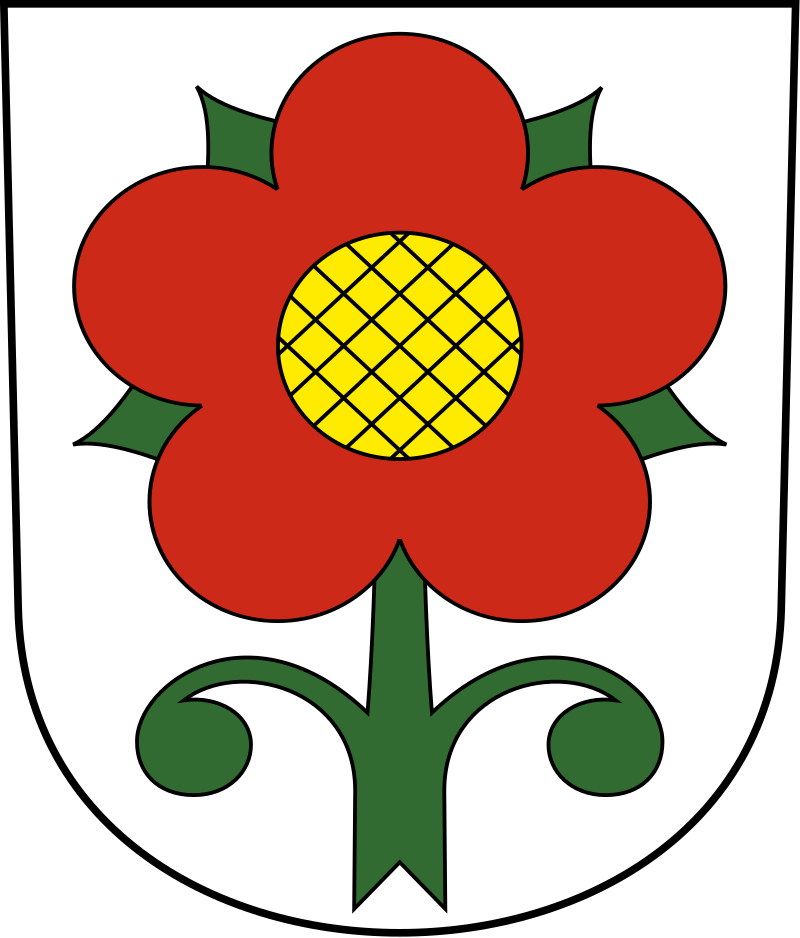
Above: Coat of arms of Güttingen
The hamlet of Güttingen, whose center is approximately one kilometer from the shores of Lake Constance, lies on the Kreuzlingen-Romanshorn road.
Güttingen borders the communities of Langrickenbach, Altnau, Kesswil and Sommeri.
The Güttinger Forest belongs to the municipality.
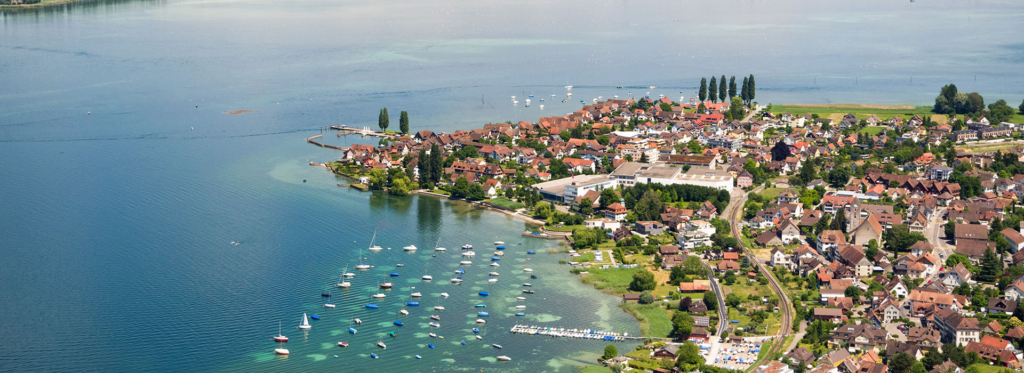
Above: Güttingen, Canton Thurgau
The Stone Age riverside settlements of Rotfarb/Moosburg, dating back to the 4th millennium BC, are documented by finds.
Early medieval settlement is documented by an Alemannic burial ground.
The village was first mentioned in documents in 799 as Cutaningin and in 1155 as Guthingen.
The Güttingen Treasure, discovered in a field in Güttingen in 2023,
dates back to the Bronze Age (around 1500 BC).
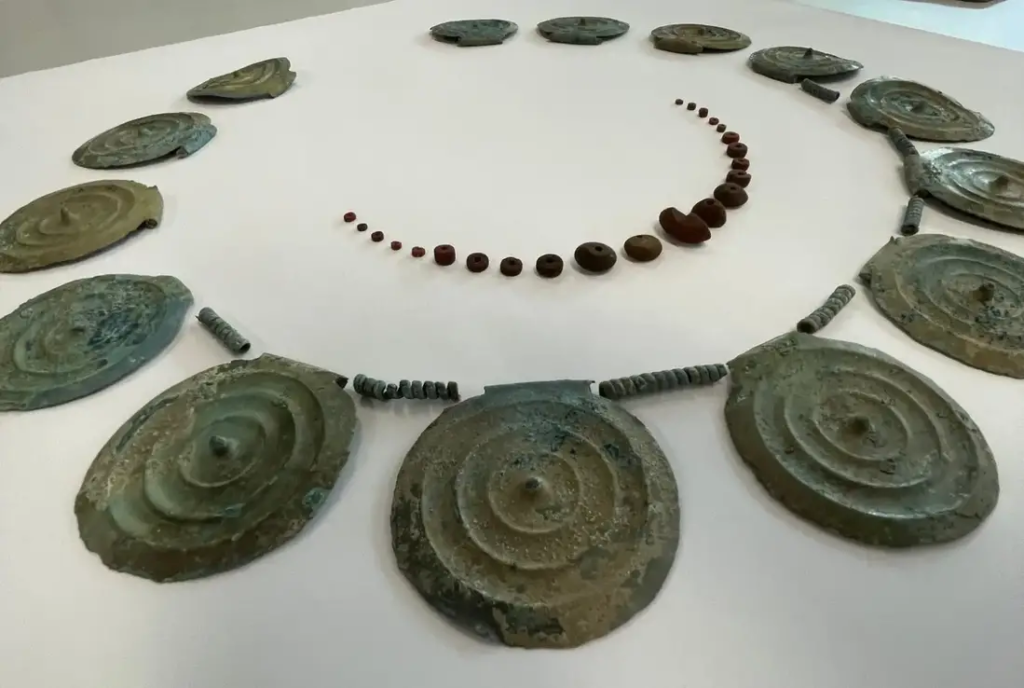
(A Bronze Age treasure hoard has been uncovered in Güttingen, Switzerland.
The discovery was made by a metal detectorist, who upon realizing the significance of the find notified local authorities.
Archaeologists conducted a block recovery at the find site by removing 50x50x50 cm of earth.
The block was transported to a laboratory in Frauenfeld, where bronze discs, spiral rings, and over 100 amber beads that date from the Middle Bronze Age around 1500 BC were recovered.
The block contained 14 bronze discs, each decorated with three circular ribs and a round “spike” in the middle.
On the inside is a narrow grommet from which a thread or leather strap could be pulled through.
Based on similar examples from this period, the discs are likely part of a high status jewelry piece which had spirals hung between the discs as spacers.
Eleven such spacer spirals were found in the block, as well as eight larger spirals made from fine gold wire.
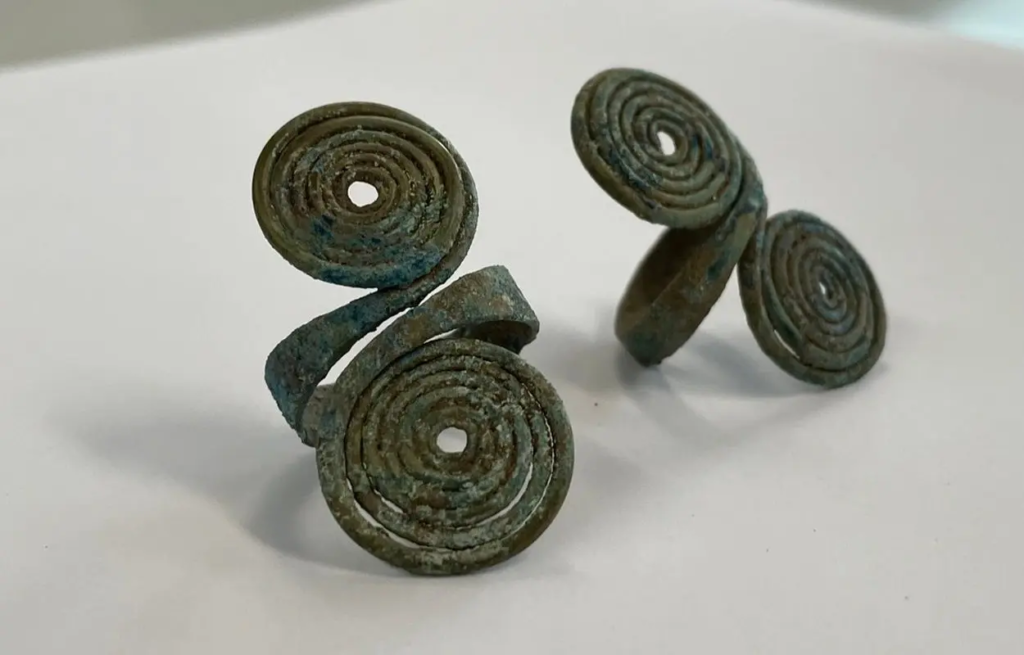
More than 100 amber beads the size of pinheads were removed from the block with tweezers, in addition to two finger rings, a bronze arrowhead, a beaver tooth, a perforated bear tooth, a rock crystal, a fossilized shark tooth, a small ammonite, and several lumps of polish ore.
A study of the area where the block recovery took place has yielded no evidence of a burial, suggesting that the treasure hoard was deposited intentionally either for security or during a time of conflict.
There are very few Bronze Age settlements known in the Güttingen area, except for a large Bronze Age pile-dwelling village, however, this site dates from 1000 BC.
The objects, some of which are very sensitive, are currently being restored so that they can be exhibited in the Museum of Archaeology in Frauenfeld.)
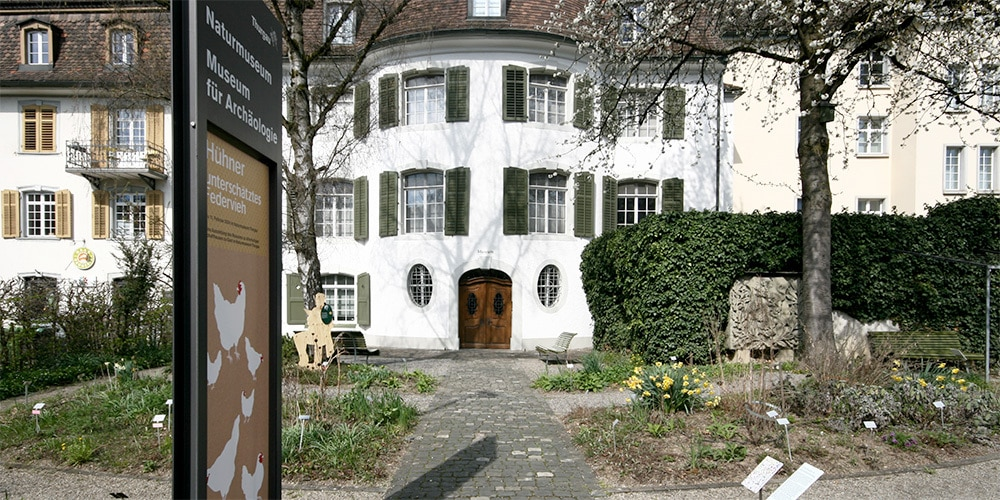
Above: Thurgau Museum of Archaeology, Frauenfeld
In 883, Emperor Charles the Fat transferred Güttingen to the Abbey of St. Gallen.

Above: Coinage of Holy Roman Emperor Charles III (839 – 888)
In addition to the Abbey of St. Gallen, the Bishop of Konstanz also had property in Güttingen.
From 1159 to 1357, the Barons of Güttingen acted as landlords and owners of the Freibagtei of Güttingen.
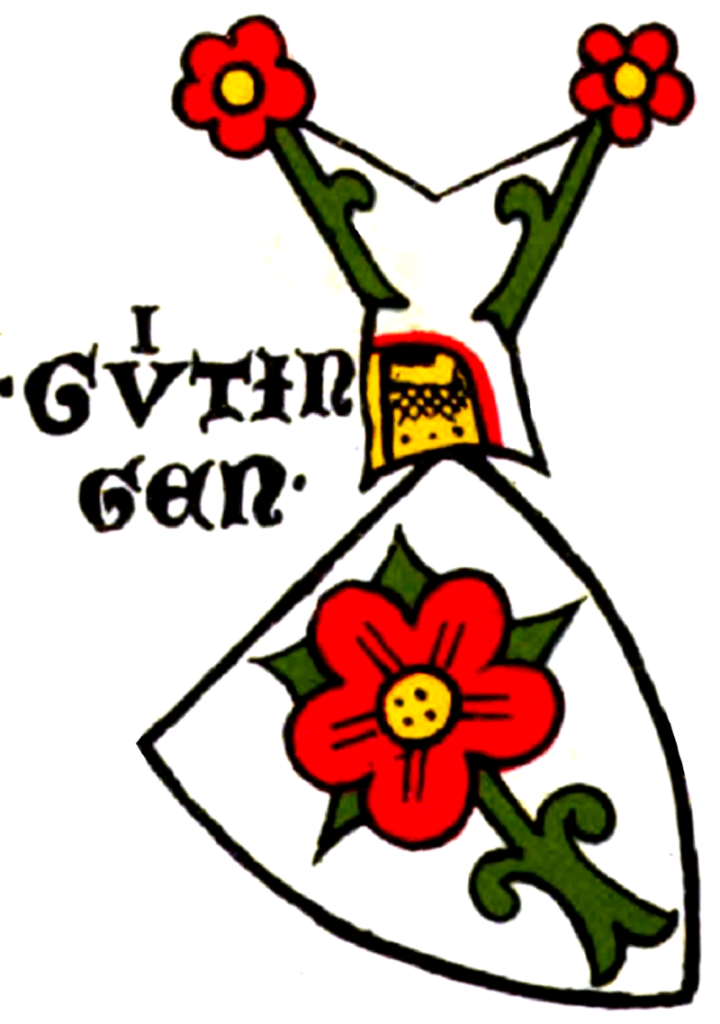
Above: Coat of arms of the von Güttingen family (12th – 14th centuries)
In 1359, the Bailliage came into the possession of the Lords of Breitenlandenberg.
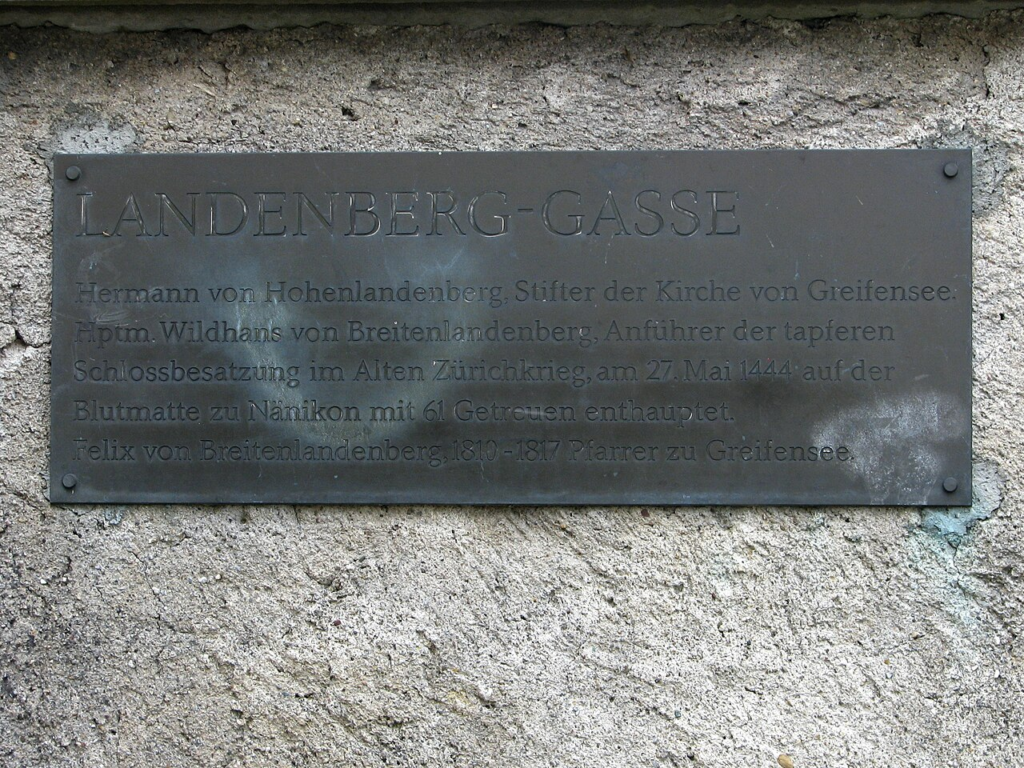
Above: Landenburg Alley, Griefensee, Canton Zürich
In 1452, Heinrich Ehinger, the Mayor of Konstanz, sold Moosburg and Kachel Castle to the Bishop of Konstanz for 700 guilders.
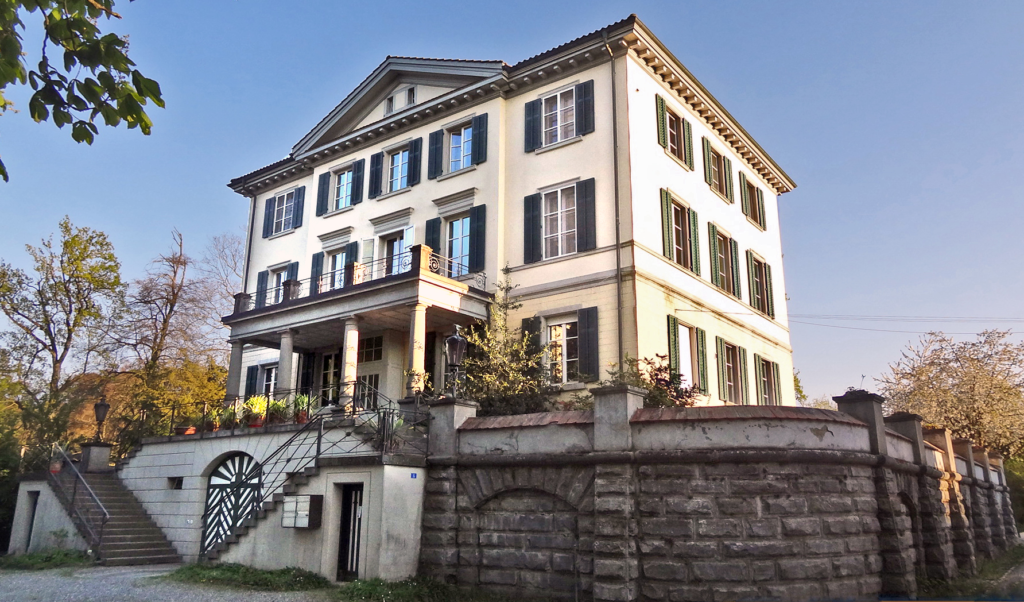
Above: Moosburg Castle, Güttingen
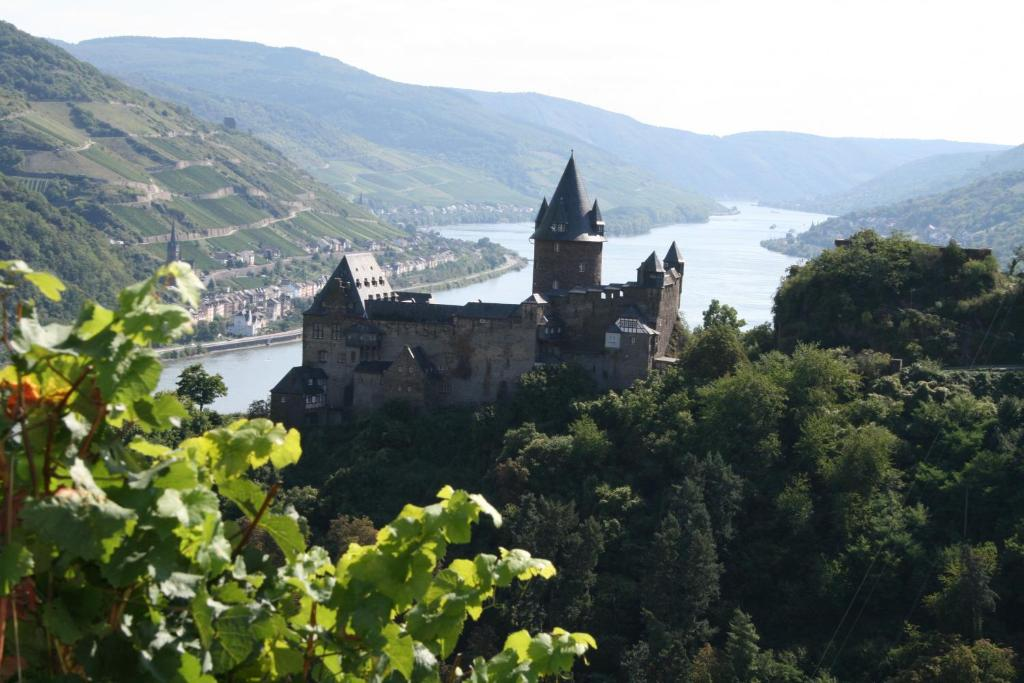
Above: Kachel Castle, Bacharach, Rhineland-Palatinate, Germany
Until 1798, the episcopal high bailiff administered the lower court of Güttingen from the castle as the episcopal-Konstanz high bailiff of Güttingen.
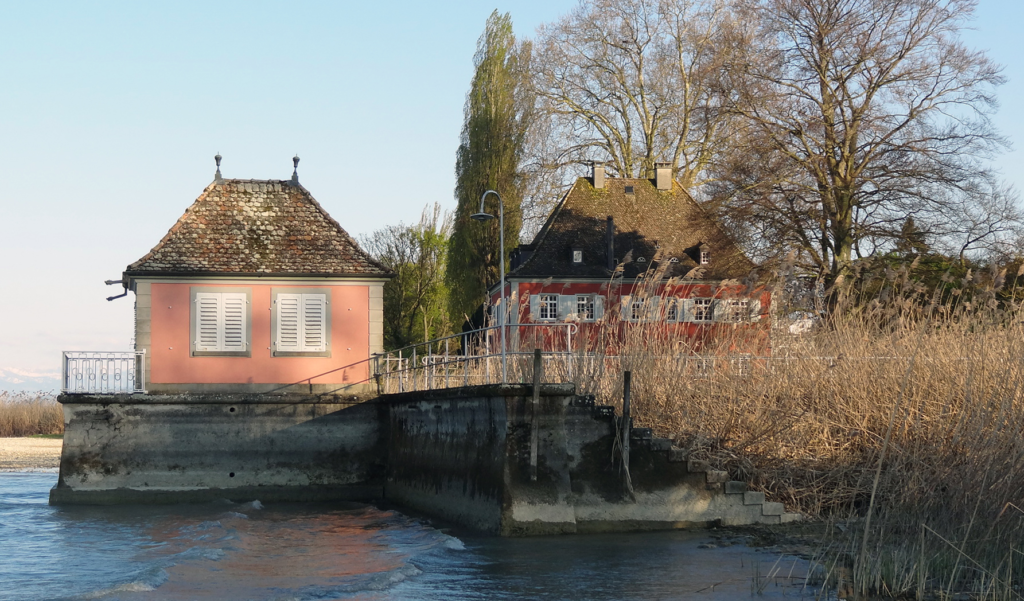
Above: Güttingen Castle, Güttingen
In the Treaty of Meersburg of February 1804, Güttingen came into the possession of the Canton of Thurgau.
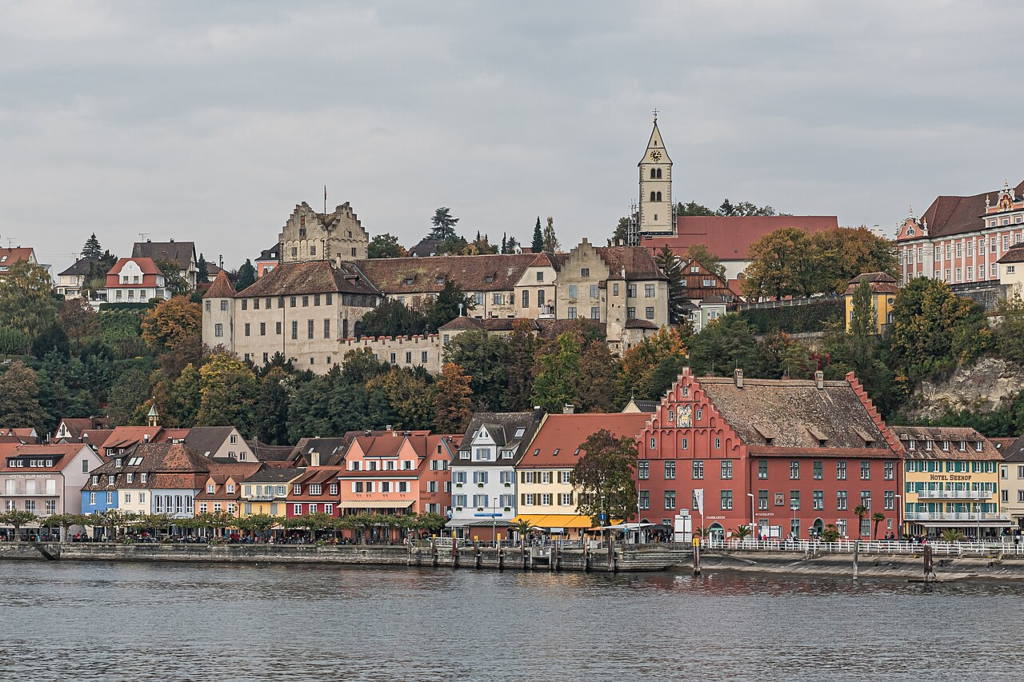
Above: Meersburg, Baden-Württemberg, Germany
In 1870, the administrations of the spatially identical local and
municipal communities of Güttingen were merged to form the unified municipality of Güttingen.
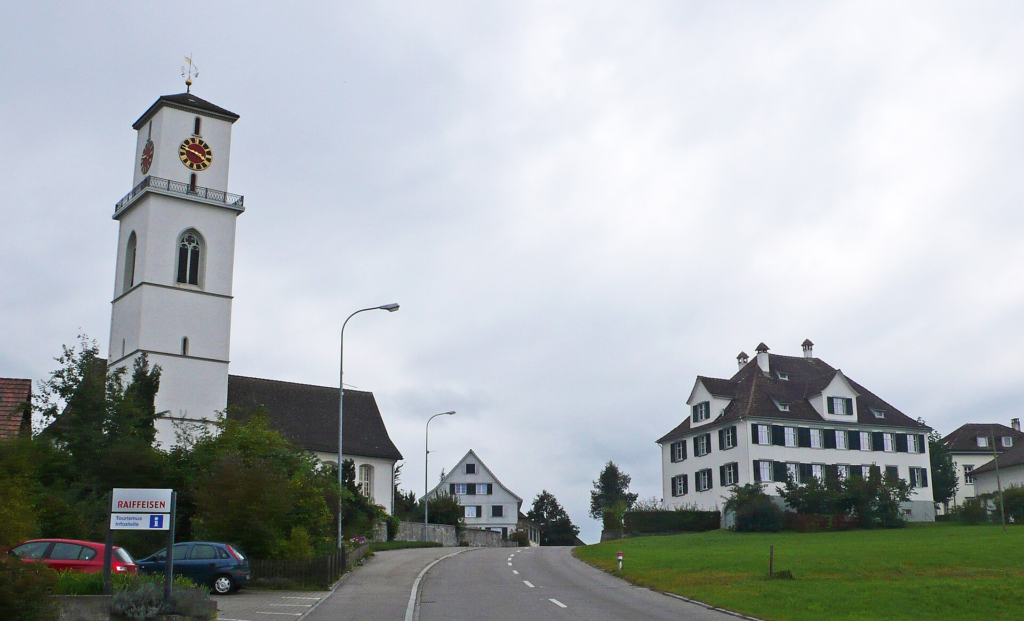
Above: Parity church and rectories, Güttingen
- Paula Roth (née Pauline Roth)(1918 – 1988) grew up in Güttingen.
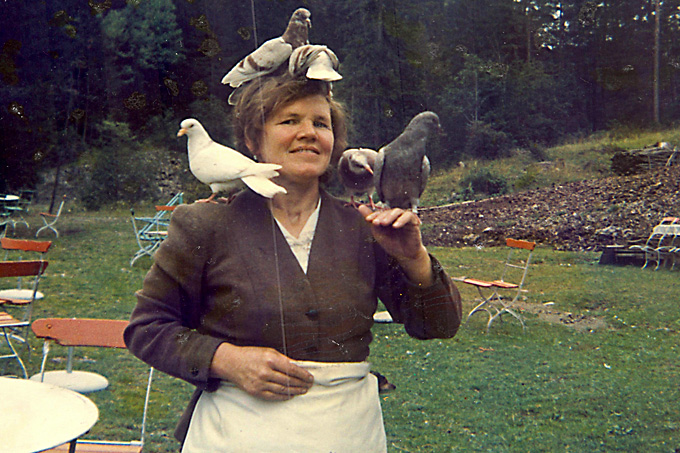
Above: Paula Roth
After running various other businesses, she was the owner and landlady of the Bellaluna Inn in the Albula Valley in the canton of Graubünden from 1965 until her murder in the spring of 1988 .
She made a name for herself as a storyteller, healer, and artist, who painted, wrote, and crafted objects.
In 1988, three men took advantage of the isolated location of the Bellaluna and broke into the inn.
When the landlady confronted one of the thieves, she was fatally stabbed several times.
The murderer and his accomplices were caught and sentenced to long prison terms.
In 1998, works by Paula Roth were shown in the exhibition Four Women – Four Worlds at the Open Art Museum in St. Gallen.
Her life was made into a film by Kuno Bont in 2009 entitled The Shimmering Landlady – Bal a l’üna (Death at One), Life and Death of the Outsider Paula Roth.
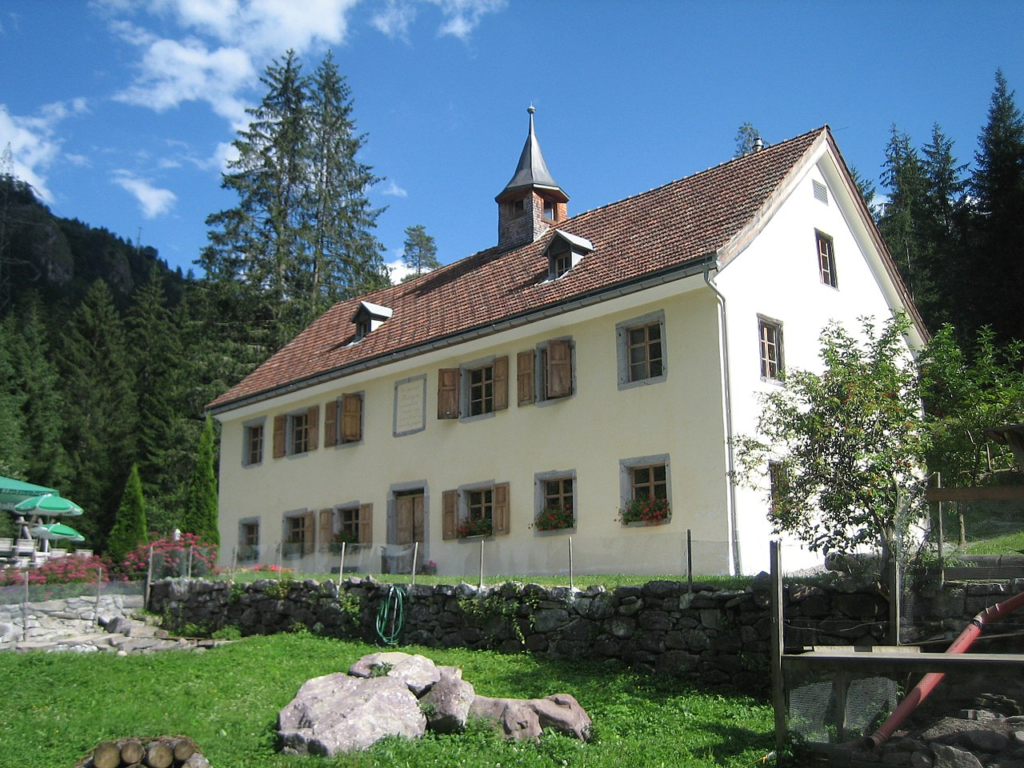
Above: Bellaluna, Filisur, Canton Graubünden, Switzerland
When Paula Roth was brutally murdered with 12 stab wounds on the evening of 18 April 1988, the case attracted attention beyond the country’s borders.
A good two years after the crime, the three perpetrators, one Swiss and two Yugoslavs, were convicted by the Cantonal Court of Graubünden for the murder of the original innkeeper.
The single elderly woman, who didn’t trust any bank and preferred to keep her money in tins at home, had to give up her life for a few thousand francs.
So many stories surround Paula Roth that it is difficult to separate truth from legend.
One thing is certain:
Paula Roth was born in 1918 in Güttingen and moved with her father almost every year.
By the time she was 50, she had moved around 40 times.
Sometimes by handcart, sometimes by horse-drawn carriage, later by motor trailer, and finally by tractor.
Finally, she married.
It was a horse-trading deal, she said.
Paula Roth had two children with her husband, Paul Bühler, who spent most of their marriage on active duty.
Paula Roth became ill and was admitted to a psychiatric hospital due to delusions.
Upon her return, Paula Roth filed for divorce.
The divorce was contested and both children were ultimately awarded to the father.
The mother sought help from a naturopathic doctor.
Paula Roth not only eagerly absorbed knowledge of medicinal plants, but above all, mysticism, everything supernatural, fascinated her.
After various jobs in Canton Graubünden, she made one last attempt to put down roots:
In the remote Bellaluna.
This is the epicenter of ore mining history in the Albula Valley.
Only a miner’s and management house remains, which she planned to convert into a restaurant.
According to legend, this was one of the most notorious witches’ haunts in Graubünden.
Witches were said to meet here at one o’clock on a full moon.
Paula Roth’s interests and hobbies, however, were not limited to naturopathy or entertaining her guests with the harmonium.
During the long winter months, hardly any guests ventured into the remote inn.
Paula Roth had time to paint, write poetry, or do crafts.
In the 20-odd years that Paula Roth had been the hostess of the Bellaluna, many national celebrities had passed through the door, as documented by 20 guest books.
Doing justice to such a dazzling personality in a film was no easy task.
Werdenberg-based director Kuno Bont explained that his goal was to find a new, non-judgmental language.
Lucette Achermann, who published a biography about Paula Roth’s life in the Albula Valley, was convinced that in Kuno Bont she had found the right person for a film project:
“He treats her with the necessary respect.”
In his film, Bont blends documentary with fictional material.
With the death of Paula Roth, the Bellaluna fell into a 13-year slumber, from which it was revived by the Brazerol brothers in 2001.
Today, the Bellaluna – in the spirit of the former landlady – is a cultural and gastronomic meeting place for locals, travelers and other free spirits.
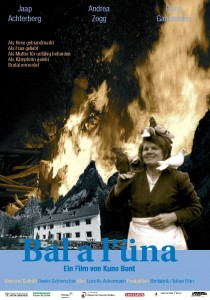
Tuesday 11 March 2025 (1204)
Kesswil, Canton Thurgau, Switzerland (Population: 995)

Above: Coat of arms of Kesswil
The village was the birthplace of the influential psychiatrist Carl Jung.
Professor Jung, one of the founders of analytical psychology, was born in Kesswil on 26 July 1875.
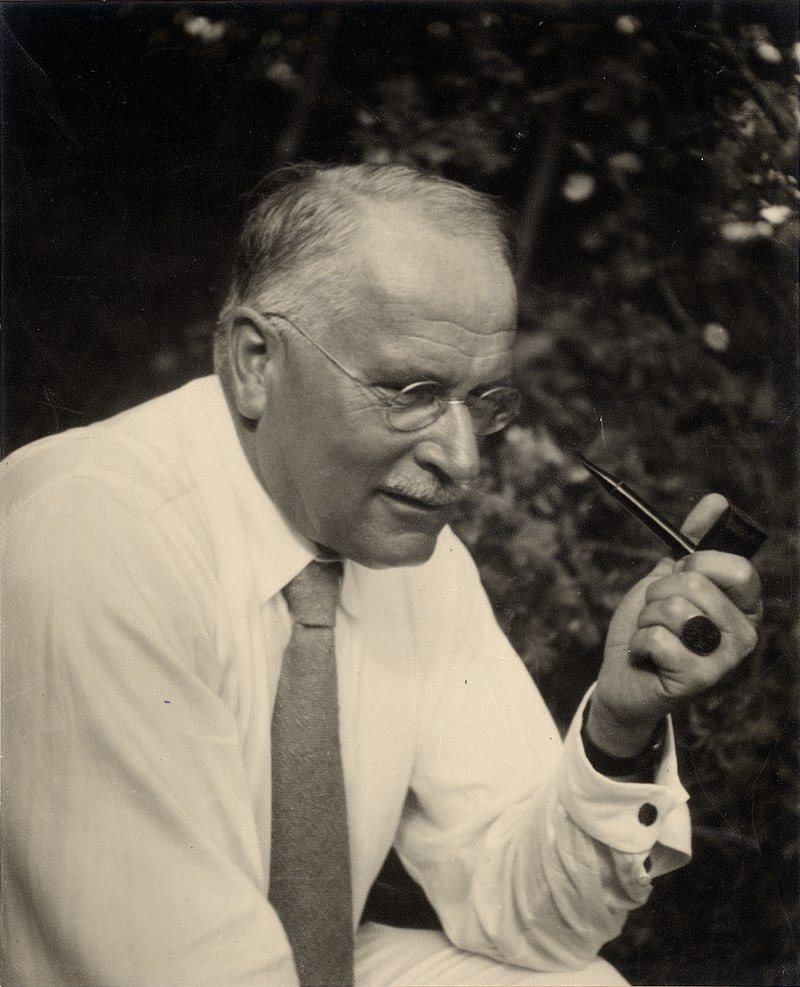
Above: Swiss psychiatrist Carl Jung (1875 – 1961)
Kesswil was first mentioned in 817 as Chezzinwillare.
In the 9th century, the Abbey of St. Gall owned land in Kesswil.
In the 13th century, the Münsterlingen Abbey also acquired land and sovereign rights in the town.
From the late Middle Ages until 1798, Kesswil was an Abbot’s Court of St. Gall, administered from the Romanshorn office.
In 1429, the Münsterlingen Monastery permitted the construction of a chapel.
A mass benefice is documented in 1451.
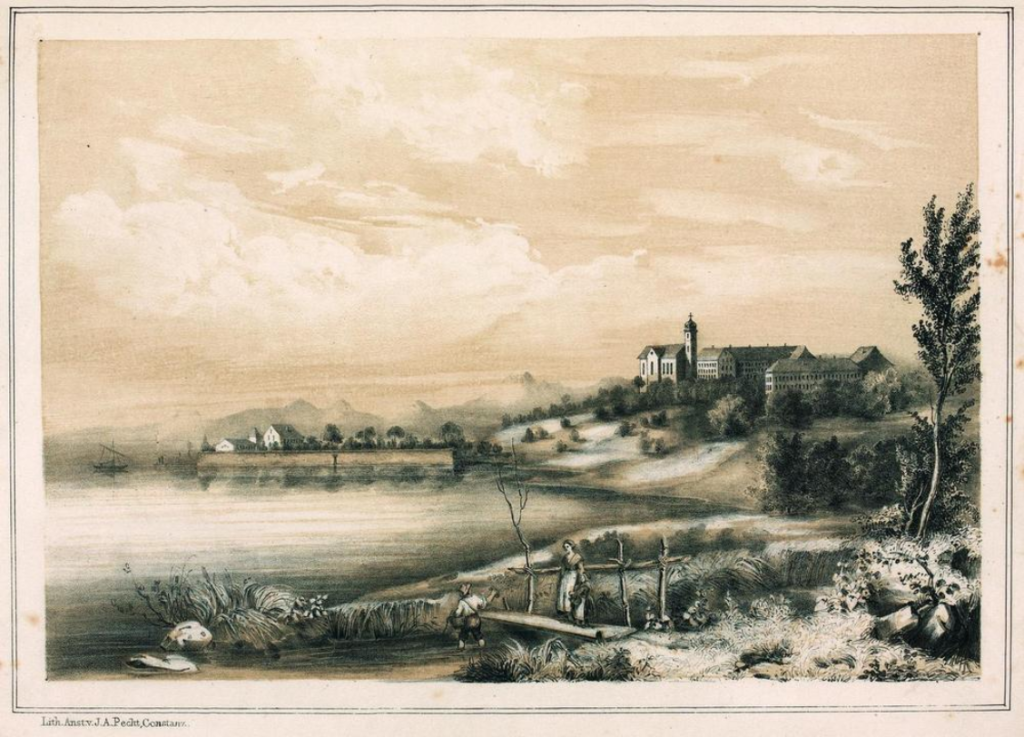
Above: Münsterlingen Abbey
In 1529, the parish, which also included Dozwil, converted to the Reformation.
From 1588, the pastor also served Uttwil, which had the status of a branch church since 1618.
From 1816 onwards, Kesswil formed a municipal parish that covered the territory of the local parish, which is why the two parishes were united in 1870 to form the Einheitsgemeinde.
In the 19th century, Kesswil was home to arable farming, viticulture, and fishing, as well as a weaving mill, trade, and small businesses.
With the transition to livestock and dairy farming — a cheese-making company was founded in 1859 — field fruit growing intensified.
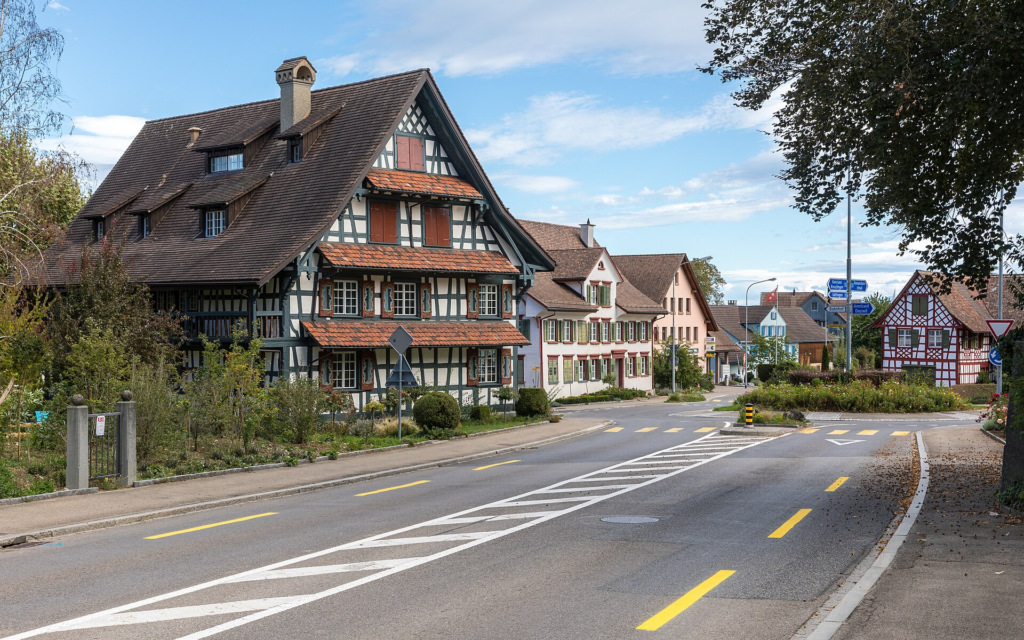
Above: Kesswil
The Seelinie (lake line), opened in 1871, initially did not bring economic growth to the village.
Around 1900, there were a few embroidery shops in Kesswil.
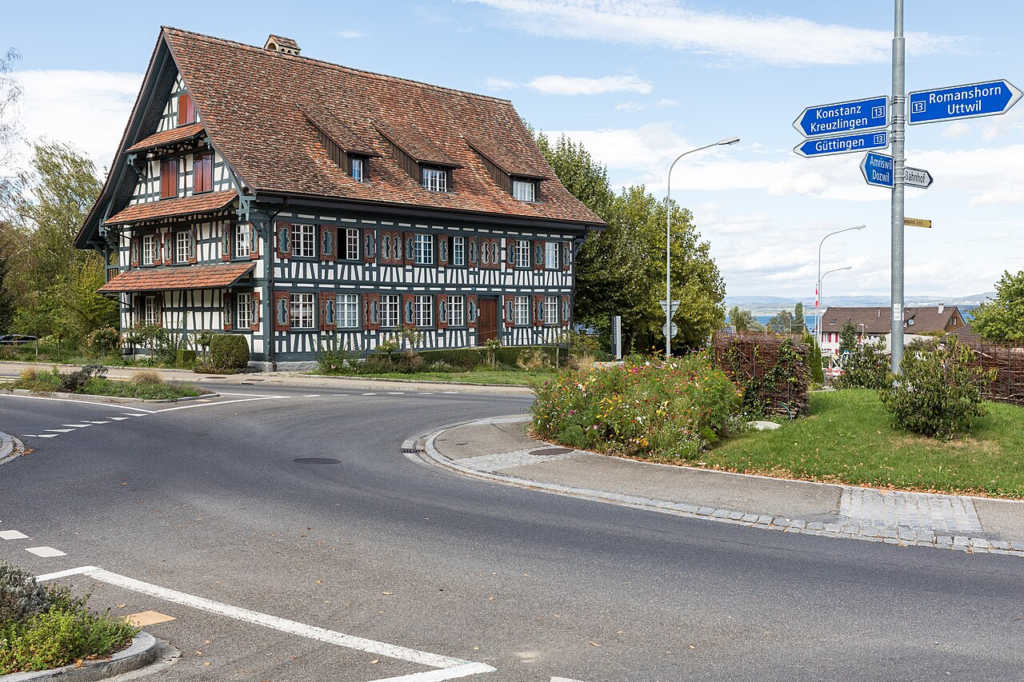
Above: Kesswil Community Center
At the beginning of the 21st century, the Nussbaum Matzingen offered 85 jobs in 2005.
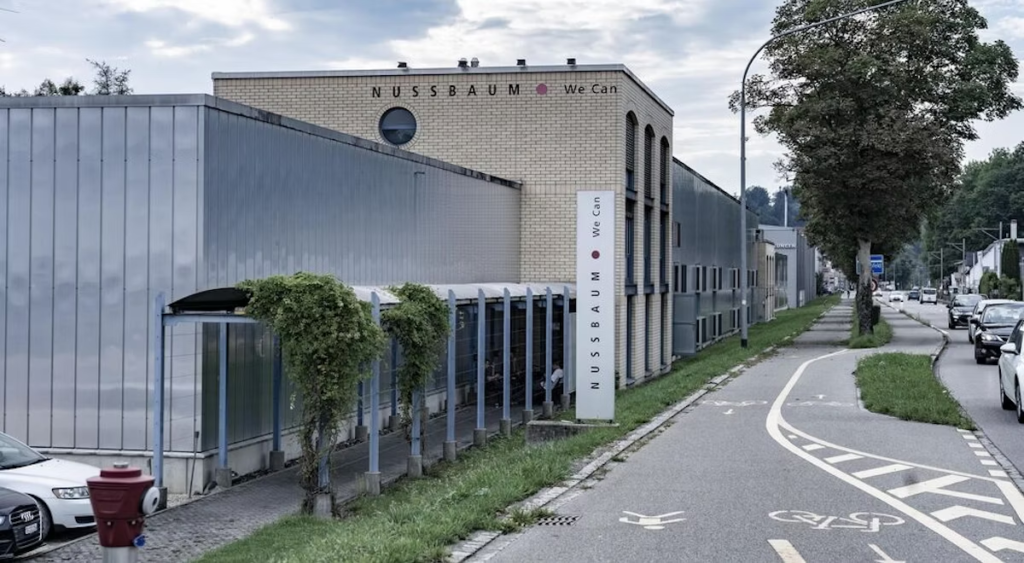
Above: Nussbaum Matzingen, Kesswil
Further employment opportunities can be found in agriculture, including fruit and berry growing, and in the Roth Pflanzen tree nursery.

With the single-family homes and residential buildings built after 1980, Kesswil developed into a rural residential community.
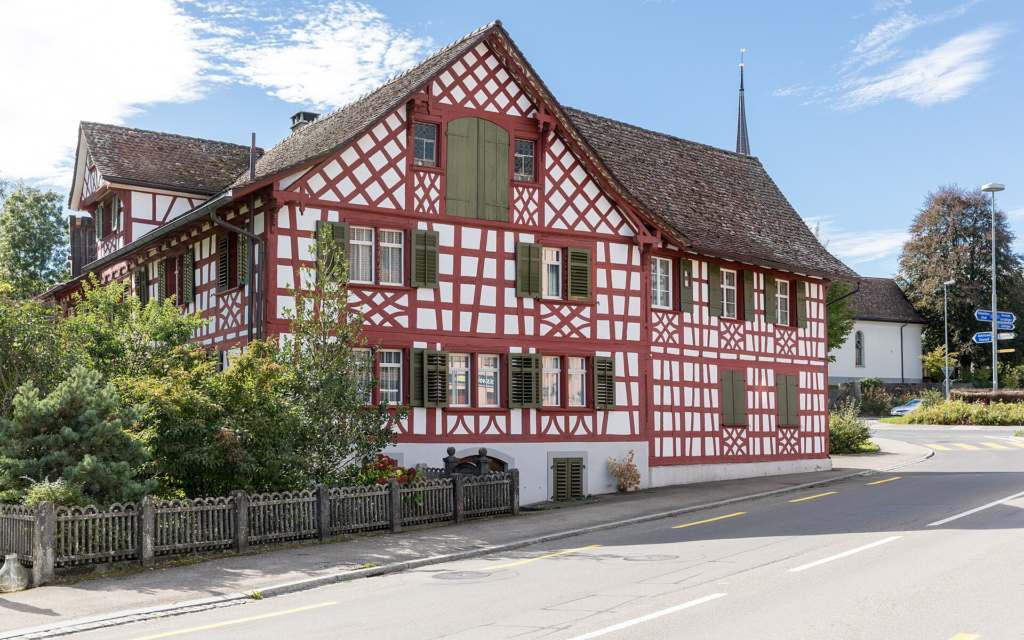
Above: Old Mill, Kesswil
On 26 July 1875, Carl Gustav Jung, the founder of Analytical Psychology, was born in the parsonage of Kesswil as the son of the Protestant-Reformed pastor Johann Paul Achilles Jung and his wife Emilie.
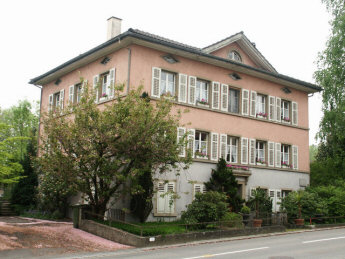
Above: Pfarrhaus (parsonage), Kesswil
Three months after his birth, the Jung family moved to Laufen am Rheinfall.

Above: Rhine Falls and Laufen Castle, Canton Schaffhausen
Today, a commemorative plaque honors C. G. Jung.
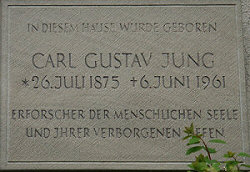
Three years later, in the neighboring house, the philosopher, psychologist, and educator Paul Häberlin was born.

Above: Swiss philosopher Paul Häberlin (1878 – 1960)
Häberlin was a Swiss philosopher, psychologist and educator who at different times in his career took the standpoint that either religion or theoretical knowledge was the answer to human problems.
He always gave philosophy an important role, but religion was to him the only way man could understand his real position in existence.
Häberlin made contributions to characterology and psychotherapy, and was especially successful in treating psychopathic youth and teens.
He was made a full professor of philosophy, psychology and pedagogics at the University of Basel.
Paul Häberlin found his way to philosophy through Lake Constance.
As a young man, he experienced a kind of vision on the Lake’s shore:
“The Lake became a revealing symbol — a symbol of unity in diversity, of stillness in motion.“
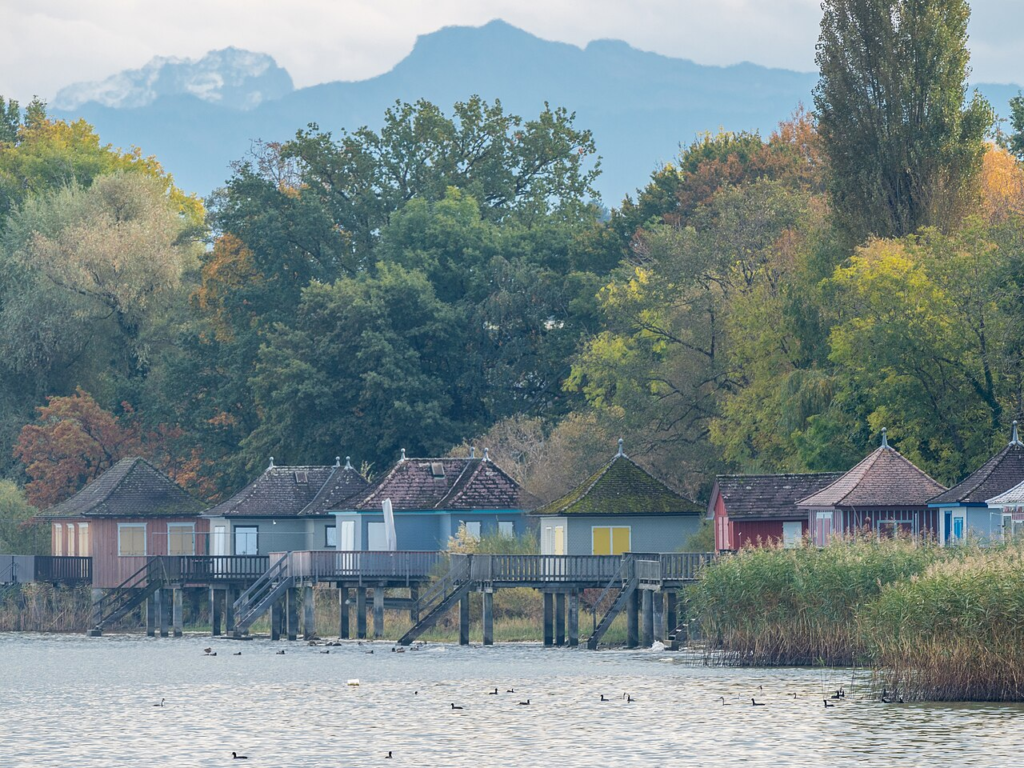
Above: Bathhouses, Kesswil
Jung and Häberlin were well acquainted.
They shared common interests and mutual friends, such as Ludwig Binswanger, the director of the Kreuzlingen Bellevue Sanatorium.
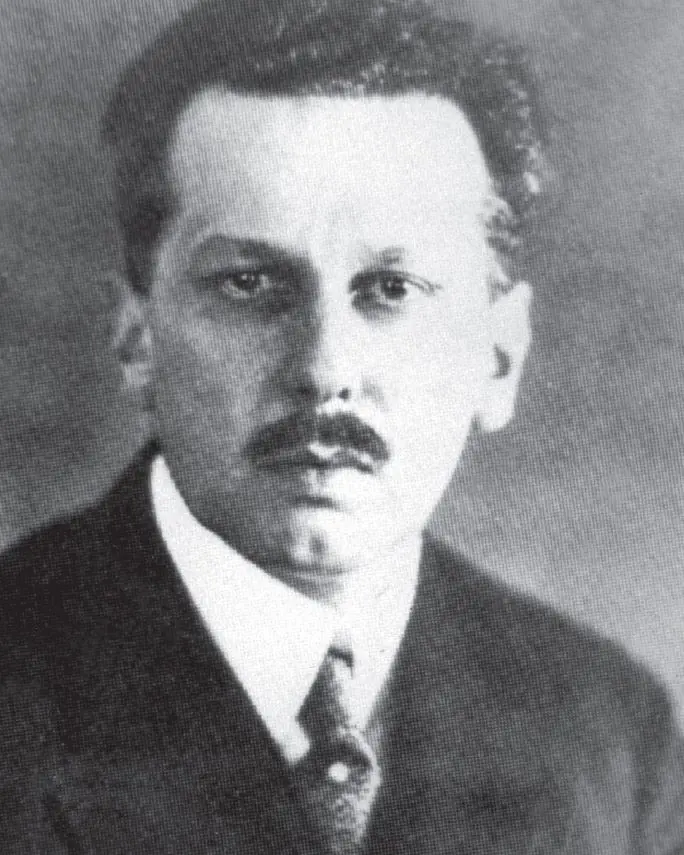
Above: Swiss psychiatrist Ludwig Binswanger (1881 – 1966)
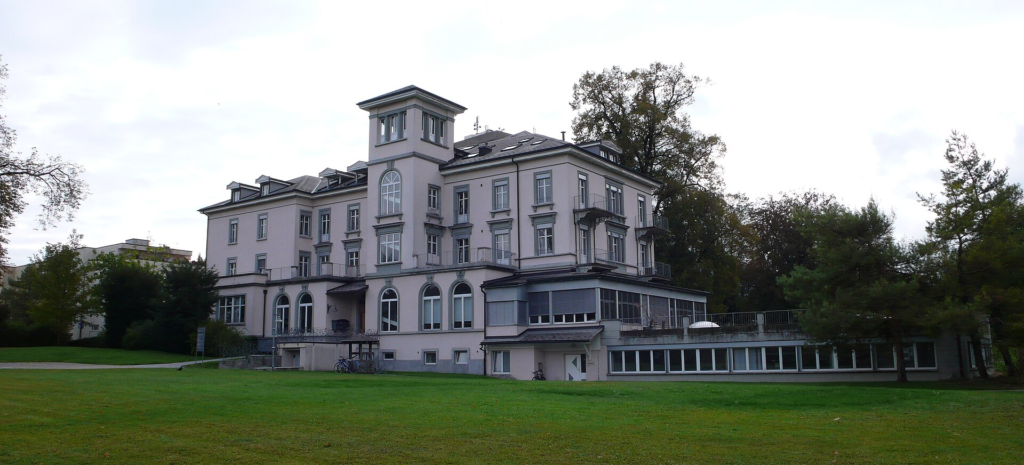
Above: Bellevue Sanatorium, Kreuzlingen, Canton Thurgau
Both Binswanger and Jung were in contact with Sigmund Freud.
In a letter to Freud, Jung wrote about Häberlin:
“He is a far-sighted mind.
His character is brave and combative.
He was born in the same village — he as the son of the schoolmaster, I as the son of the pastor.
He studied both theology and philosophy, as well as the natural sciences.
Nor does he lack a mystical inclination, which I especially appreciate in him.
For it guarantees a depth of thought that goes beyond the ordinary and an understanding of broader connections.“
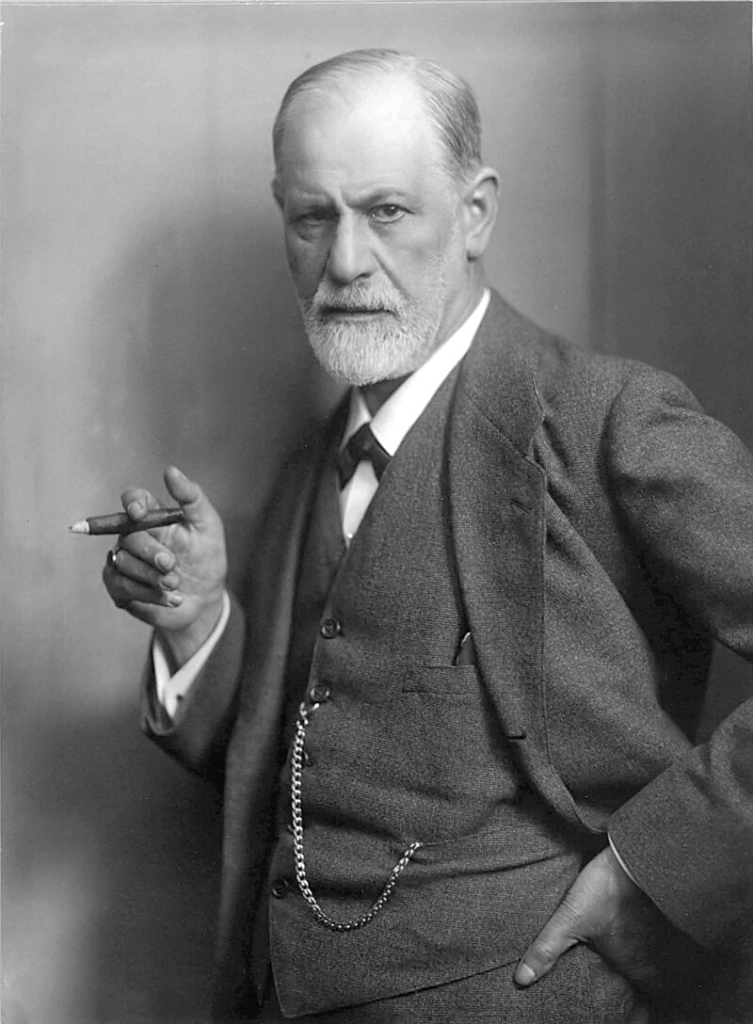
Above: Austrian psychoanalyst Sigmund Freud (1856 – 1939)
- Carl Gustav Jung (1875 – 1961):
Jung was a Swiss psychiatrist, psychotherapist, and psychologist who founded the school of analytical psychology.
He was a prolific author, illustrator, and correspondent, and a complex and controversial character, in certain ways best known through his autobiography Memories, Dreams, Reflections.
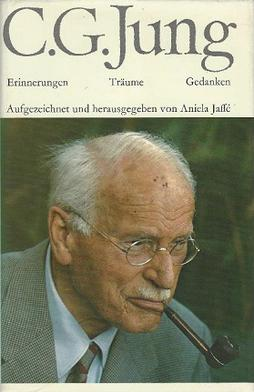
Jung’s work has been influential in the fields of psychiatry, anthropology, archaeology, literature, philosophy, psychology and religious studies.
He worked as a research scientist at the Burghölzli psychiatric hospital in Zürich.
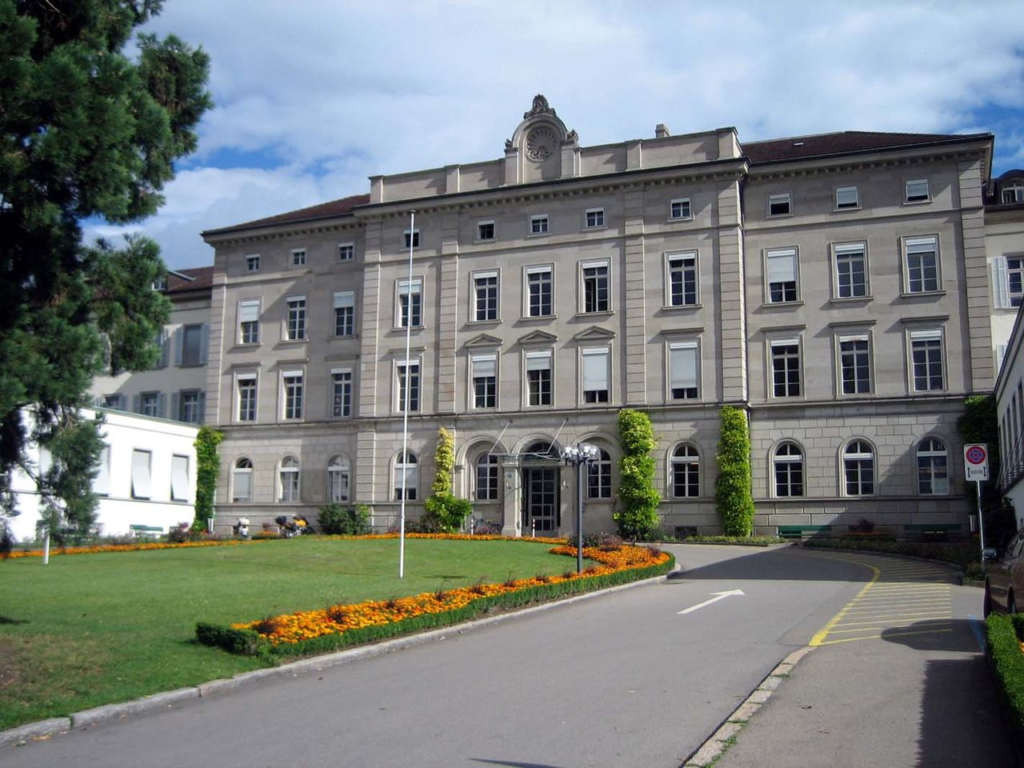
Above: Burghölzli Klinik, Zürich, Switzerland
Jung established himself as an influential mind, developing a friendship with Sigmund Freud, founder of psychoanalysis, conducting a lengthy correspondence paramount to their joint vision of human psychology.
Jung is widely regarded as one of the most influential psychologists in history.
Freud saw the younger Jung not only as the heir he had been seeking to take forward his “new science” of psychoanalysis but as a means to legitimize his own work:
Freud and other contemporary psychoanalysts were Jews facing rising antisemitism in Europe.
Jung was Christian.
Freud secured Jung’s appointment as President of Freud’s newly founded International Psychoanalytical Association.
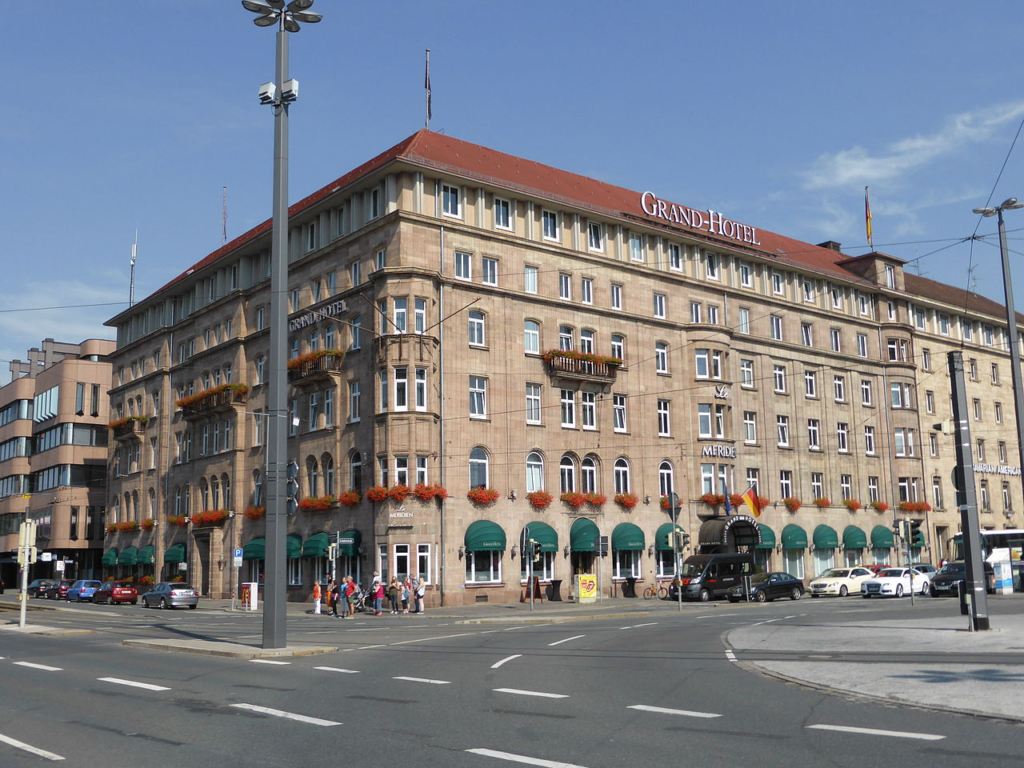
Above: Grand Hotel, Nuremburg, Bavaria, Germany – The IPA was established here in 1910.
Jung’s research and personal vision, however, made it difficult to follow his older colleague’s doctrine, and they parted ways.
This division was painful for Jung and resulted in the establishment of Jung’s analytical psychology, as a comprehensive system separate from psychoanalysis.

Above: Carl Jung
Among the central concepts of analytical psychology is individuation — the lifelong psychological process of differentiation of the self out of each individual’s conscious and unconscious elements.
Jung considered it to be the main task of human development.
He created some of the best-known psychological concepts, including synchronicity (events that coincide in time and appear meaningfully related, yet lack a discoverable causal connection), archetypal phenomena (a universal, inherited idea, pattern of thought, or image that is present in the collective unconscious of all human beings), the collective unconscious (the belief that the unconscious mind understands instinctively innate symbols from birth), the psychological complex (a structure in the unconscious that is objectified as an underlying theme — like a power or a status — by grouping clusters of emotions, memories, perceptions and wishes in response to a threat to the stability of the self), extraversion and introversion.

His treatment of American businessman and politician Rowland Hazard in 1926 with his conviction that alcoholics may recover if they have a “vital spiritual or religious experience” played a crucial role in the chain of events that led to the formation of Alcoholics Anonymous.
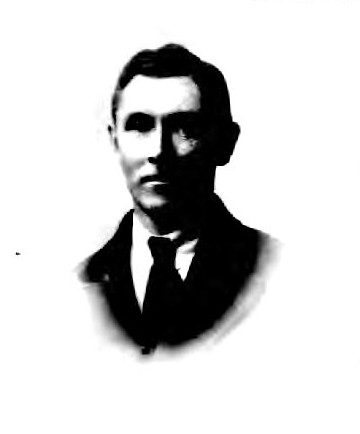
Above: Rowland Hazard III (1881 – 1945)

Above: Logo of Alcoholics Anonymous
Jung was an artist, craftsman, builder and prolific writer.
Many of his works were not published until after his death.
Some still remain unpublished.
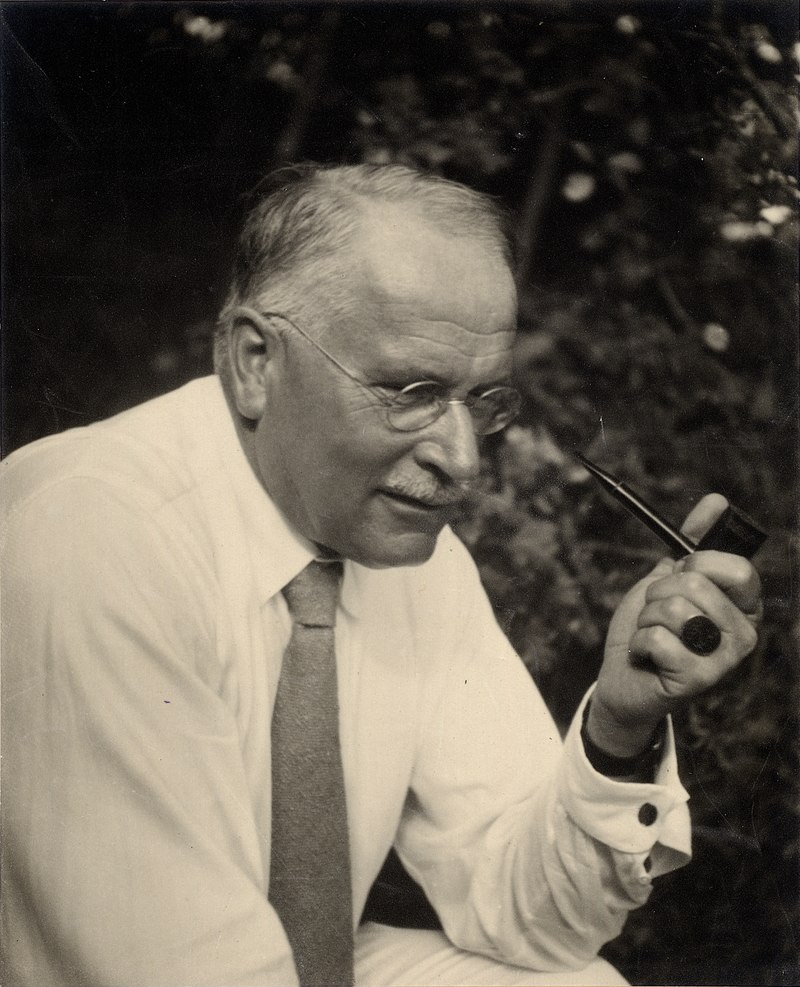
Above: Carl Jung
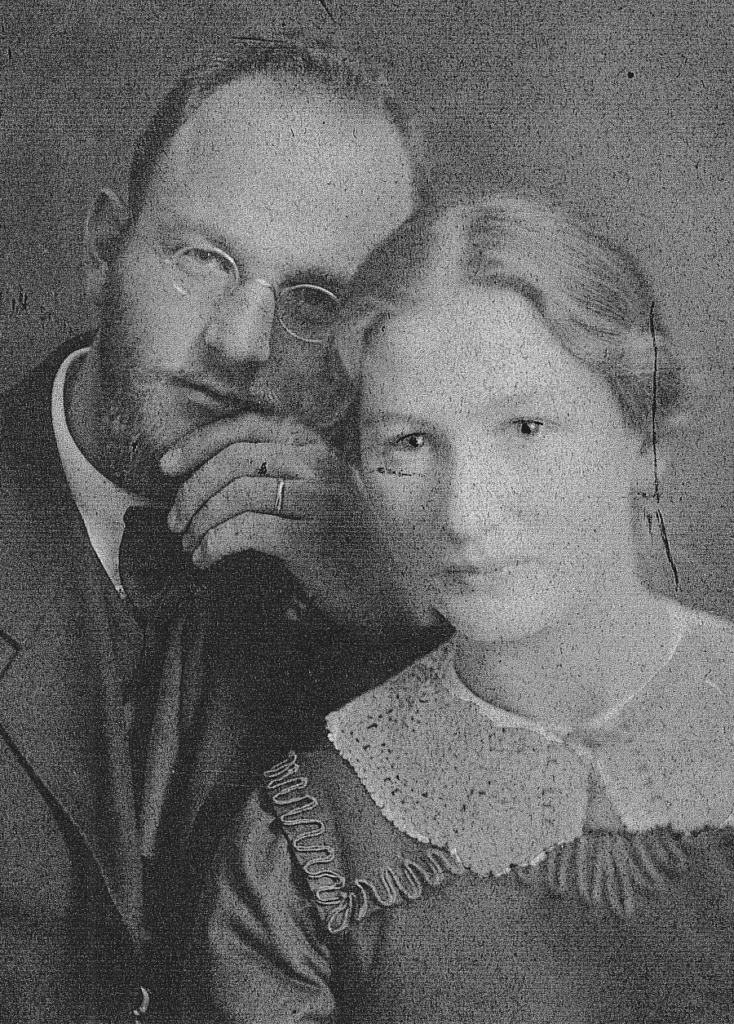
Above: Jakobus (1866 – 1964) and Julie Weidenmann (1882 – 1942)
The Protestant parsonage has always been a stronghold of the word.
As interpreters of biblical stories, pastors were professional readers.
As preachers, they were also naturally inclined to write secular texts and be authors.
The duties of pastors’ wives, however, were of a different nature.
They were expected to support their husbands, be capable housewives, good mothers, and serve as role models for the women in the congregation.
Most importantly, their home was to be open to all.
But the word belonged to the men.
As the Apostle Paul stated, women were to remain silent in church.
All the more surprising, then, must it have been for visitors to the Kesswil parsonage in the 1920s to find not a poet-pastor, but a poet-pastor’s wife.
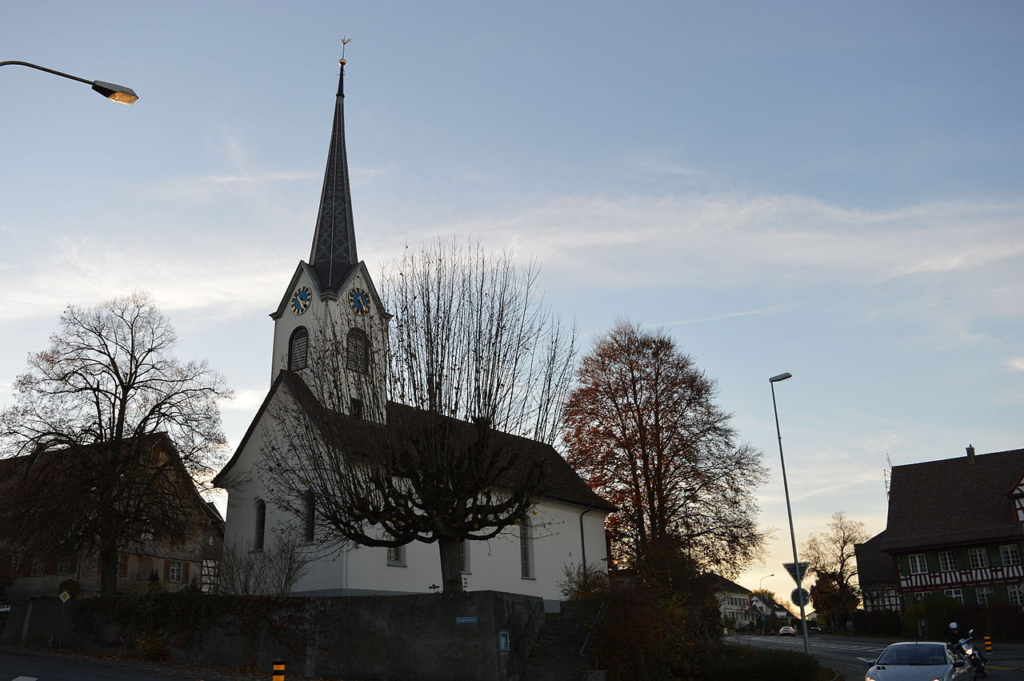
Above: Kesswil Church
In 1918, Pastor Jakobus Weidenmann became the pastor in Kesswil.
He sympathized with a religiously colored socialism and published many politically charged newspaper articles in which his desire for social change clashed with the prevailing conservative stance.
He also published several books, such as Pestalozzi’s Social Message (1927), Fear Not! Man and Death (1944), and Confessionalism as a Mortal Sin Against the Holy Spirit (1958).

Above: Jakobus Weidenmann, Pestalozzi’s Social Message
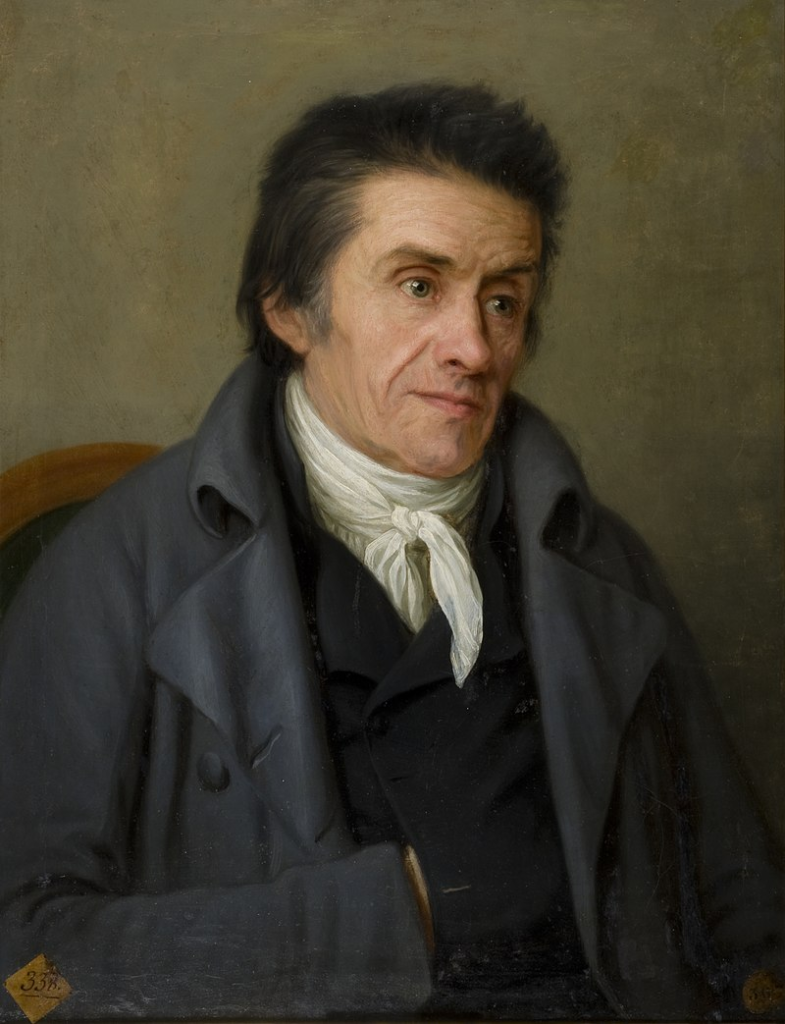
Above: Swiss social reformer Johann Heinrich Pestalozzi (1746-1827)
Like his wife, the teacher and poet Julie Boesch, he was also socially engaged.
They lived in Kesswil for a total of ten years.
The parsonage was “a refuge, workplace, and gathering place for all kinds of poets, musicians, and painters from spring until late autumn“, as Jakobus Weidenmann put it.
Julie, who humorously allowed herself to be called ‘Weidenfrau‘, felt sheltered in the landscape by the Lake.
Her poetry reflected a sinking, an almost mystical oneness with nature.
One fellow writer described her as “spiritually akin to Droste and the Dominican mystic Suso of Konstanz“.
They were friends with Hedwig and Fritz Mauthner.
Jakobus Weidenmann gave a speech at Fritz Mauthner’s funeral.
In 1928, Jakobus Weidenmann was transferred to the Linsebühl Church in St. Gallen.
The farewell was difficult for both of them.
During the short time her husband served as pastor there, Julie Weidenmann-Boesch turned their home in Kesswil into a center of literary life on Lake Constance.
The genius loci, the spirit of the place, was favorable to Julie Weidenmann.
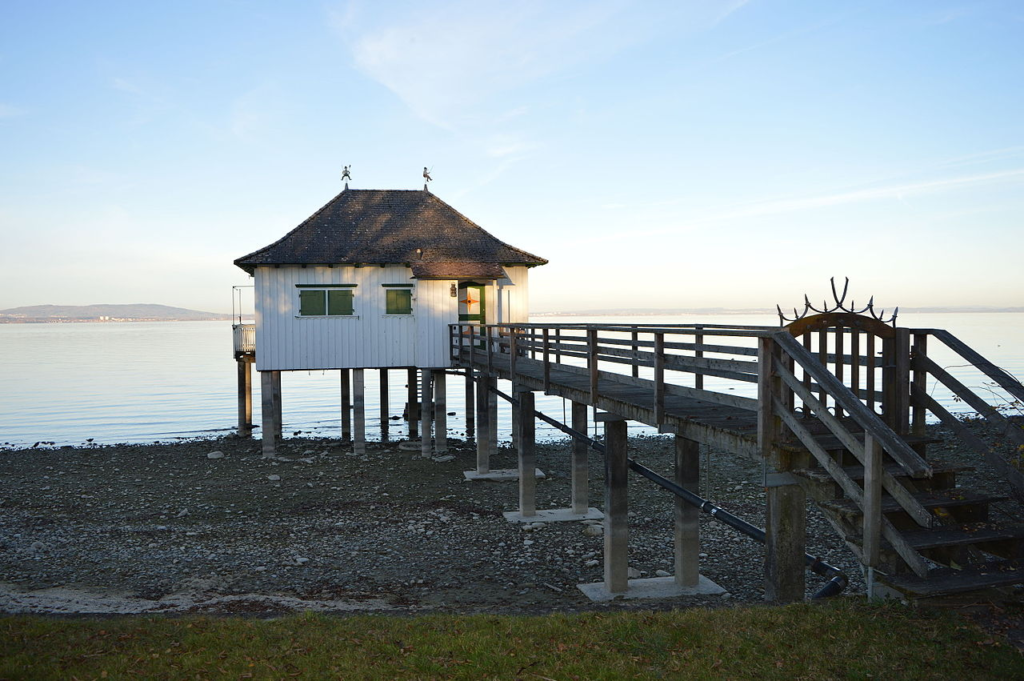
Above: Bathhouse, Kesswil
Julie Weidenmann-Boesch had a similar experience as Paul Häberlin.
It was the Lake that made her a poet.
Paul Häberlin and Julie Weidenmann maintained a mystical connection to the lake.
To them, it was both revelation and inspiration.
This is strongly reflected in a text Julie Weidenmann wrote after she had already moved to St. Gallen:
“Deep within me, my gaze turns backward.
Narrow footbridge by the lake, where are the footprints of my feet?
Ten years swept away, washed out, lost.
But you are here, my lake, present as on the first day, ancient and eternally young, full of beauty and radiance.
I come to you, for where else should I go in this rapture of the soul?
Having found home deep within, I have been drawn back to your shoreline trees,
to where the great, old stones lie, moss-covered, caressed by your waves.
The garden is there too, the garden with the secret of my love.
I want to kneel, my lake, and listen.
Your waves murmur of home.
Invisible arms outstretched and embracing —
lovingly, my hands dive into your waters.
Thus, I wish to inwardly walk the path back, ten years long,
in humility and simplicity of heart.
To walk back, so that I may move forward unstoppably,
into the evening, into the great radiance.“
The Lake being referred to here is found in the depths of the poet’s soul.
It is both the original and the image of the real lake that Julie Weidenmann had to leave behind forever in 1928, when her husband took a position in the city.
For ten years, however, everything was “a fairy tale.
In the garden, the tall white irises stand, and the little hearts dance, blooming red by day with a translucent tear, roses wild with fragrance in the night.”
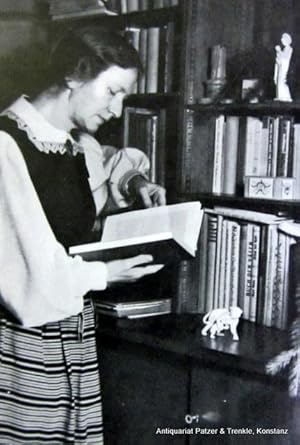
Above: Julie Weidenmann
The Weidenmanns were able to continue using the garden by the lakeshore even during their years in St. Gallen, until they bought a holiday cottage in the Toggenburg and consequently had to give up the “Güetli” in Kesswil.
The “Güetli“, the property by the lake, included a romantic little house, in which many beautiful poems were created.
While the Garden of Eden remained reserved for Adam and Eve until they were banished from it, the small paradise on Lake Constance, where Jakobus and Julie Weidenmann lived, was open to all.
The guestbook of the Weidenmanns in Kesswil is almost legendary:
“How you reflect the vividly moving life of the Bodensee parsonage!
A living chronicle of friendship, beloved book of all those who came to live with us for hours, days, weeks and months.
They all loved you, my lake, the painters and poets, all of them, great children and lovers, seeking the gaze into the boundless, the eternal in the fleeting appearance, that unspeakable quality that characterizes the Lake Constance landscape and directly connects to the soul.“
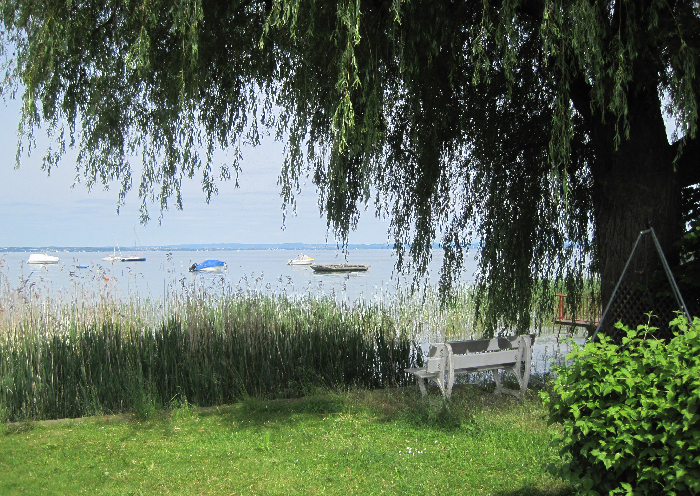
Above: Lake Constance, Kesswil
- August Künzler (1901 – 1983) was a Swiss gardener who emigrated to Tanganyika (now Tanzania) in 1929 and was successful in agriculture and animal trapping there, so that he was nicknamed the “Wheat King of Tanganyika” by his biographer.
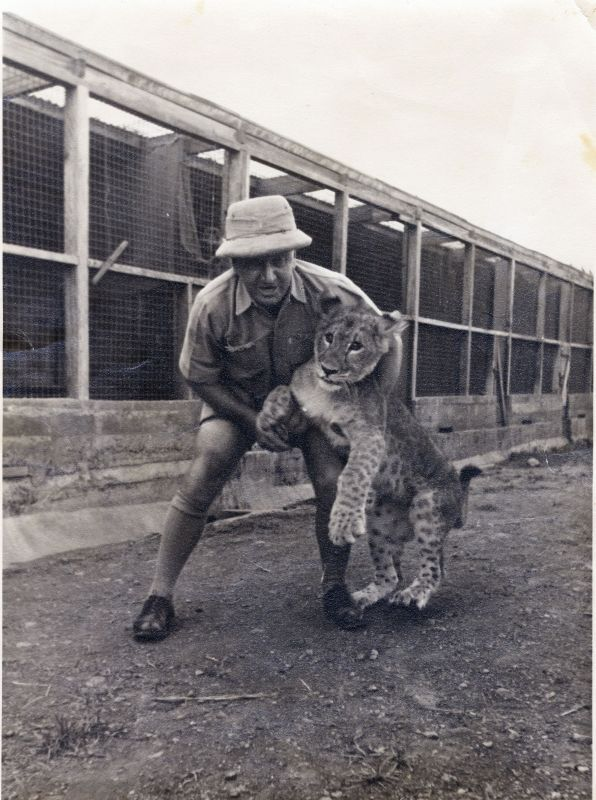
Above: August Künzler
August Künzler left Switzerland in 1929 to seek his fortune in what is now Tanzania.
He left behind his wife and a thriving nursery.
In Africa, Künzler saw opportunities that would never have been available to him in Switzerland.
After three years as a foreman on sisal and palm oil plantations, he was able to acquire land and began building his own farm.
Within half a century, the Kesswil gardener would become one of the most influential figures in Tanzania’s northern provinces.
Barely established as a farmer, Künzler began organizing the distribution of his products himself, thus bypassing the middleman.
This led to an ever-growing corporate empire.
He also experimented with the cultivation of wheat, as well as seed and table beans — a novelty in the region.
This venture was so successful that Künzler soon became known as “the Wheat King of Tanganyika“.
After the end of World War II, Künzler received a permit to hunt big game and sold giraffes, elephants and other animals to zoos around the world.
Kuoni tourists stopped by his Big Game Ranch.
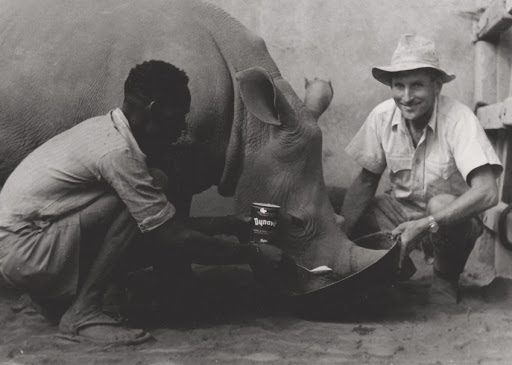
Above: (right) August Künzler
The political upheaval in the region following Tanzania’s independence in 1961, as well as his now failing health, prompted Künzler to gradually sell off his holdings.
He returned to Switzerland in 1979.
August Künzler remained connected to his adopted homeland through development cooperation projects until his death in 1983.

Above: Flag of Tanzania
Thursday 11 March 2025 (1206)
Uttwil, Canton Thurgau, Switzerland (Population: 1,856)
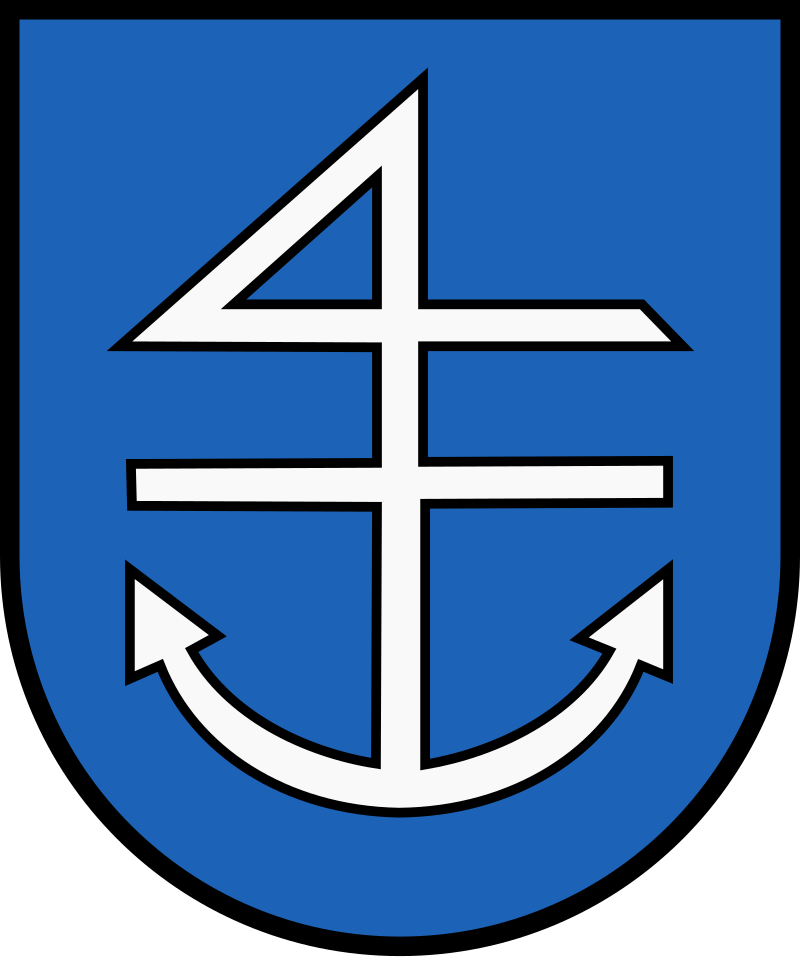
Above: Coat of arms of Uttwil
On 4 June 817, Uttwil was first mentioned as Huttinwillare in a document by Emperor Louis the Pious, together with Kesswil, Landschlacht, Zihlschlacht and Hefenhofen.
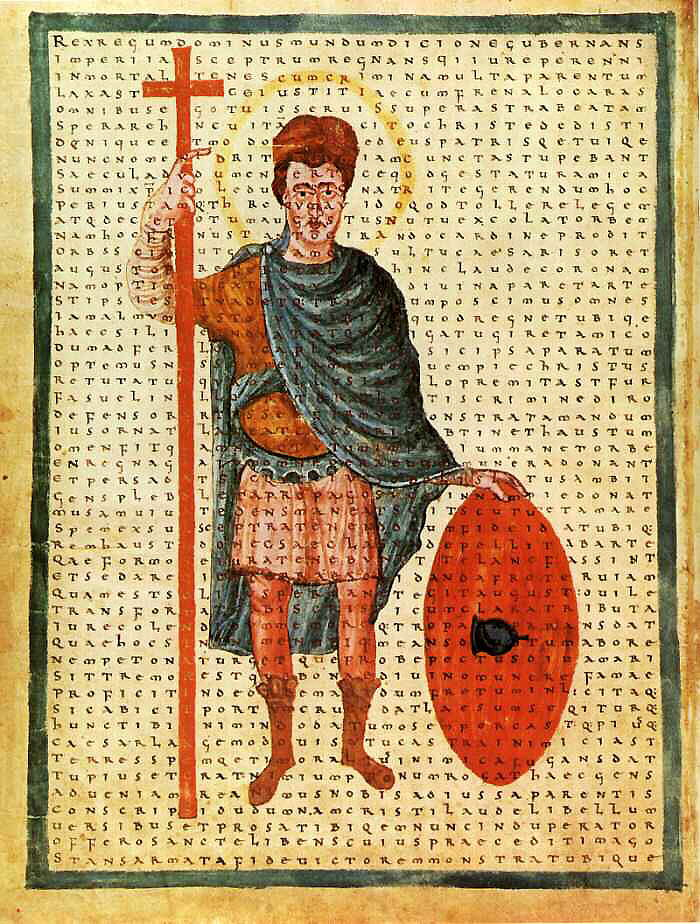
Above: French King Louis I (778 – 840)
In the 9th century, the monastery of St. Gall owned numerous properties in Uttwil.
A noble family called “von Uttwil” settled in the village, but disappeared around 1413.
In the 13th and 14th centuries, the Bishop of Konstanz and the local Holy Spirit Hospital were the landlords.
In 1267, the Münsterlingen Monastery acquired property from St. Gallen, from 1280 it appointed bailiffs, and, from 1413 to 1798, it owned the lower court.
The oldest known document dates from 1425.
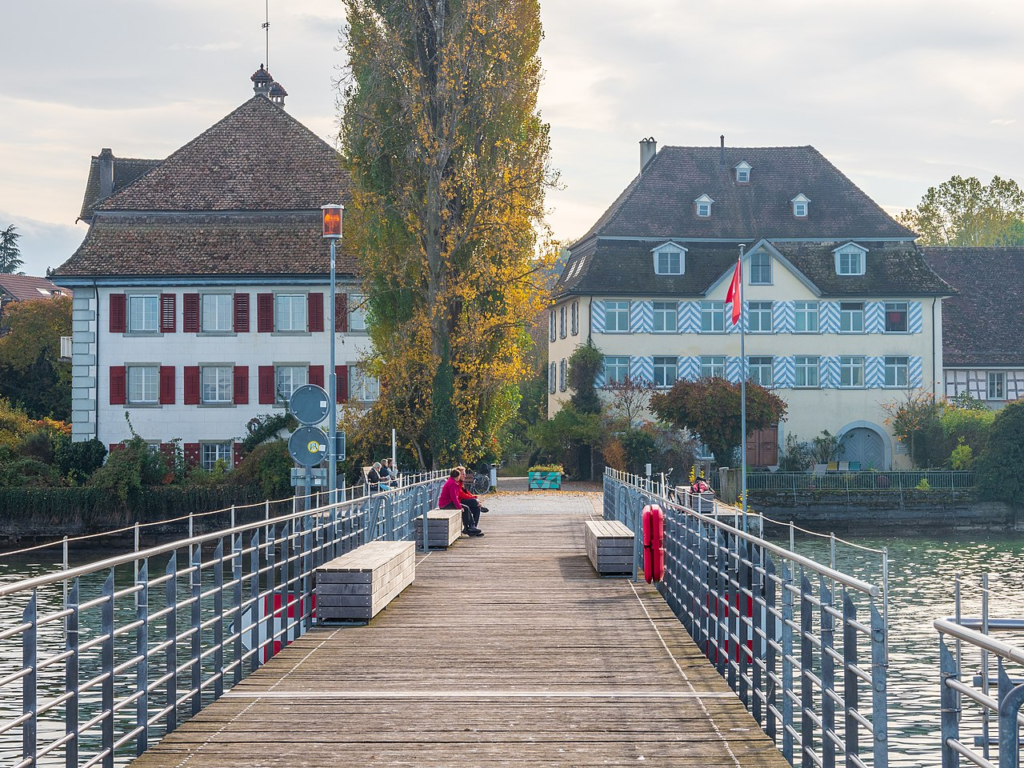
Above: Pier with Uttwil Castle and Seeburg Castle, Uttwil
Ecclesiastically, Uttwil belonged to Romanshorn.
The Adelheid Chapel, enlarged in 1276, was owned by the Münsterlingen Monastery in 1303.
Its parish rights were transferred to the Anna Chapel in the 15th century, which was enlarged into a church in 1450.
Uttwil secured the collature for itself.
The Reformation was introduced in 1524.
After Uttwil was temporarily ecclesiastically linked to Kesswil from 1588, it has been a branch of Kesswil since 1618.
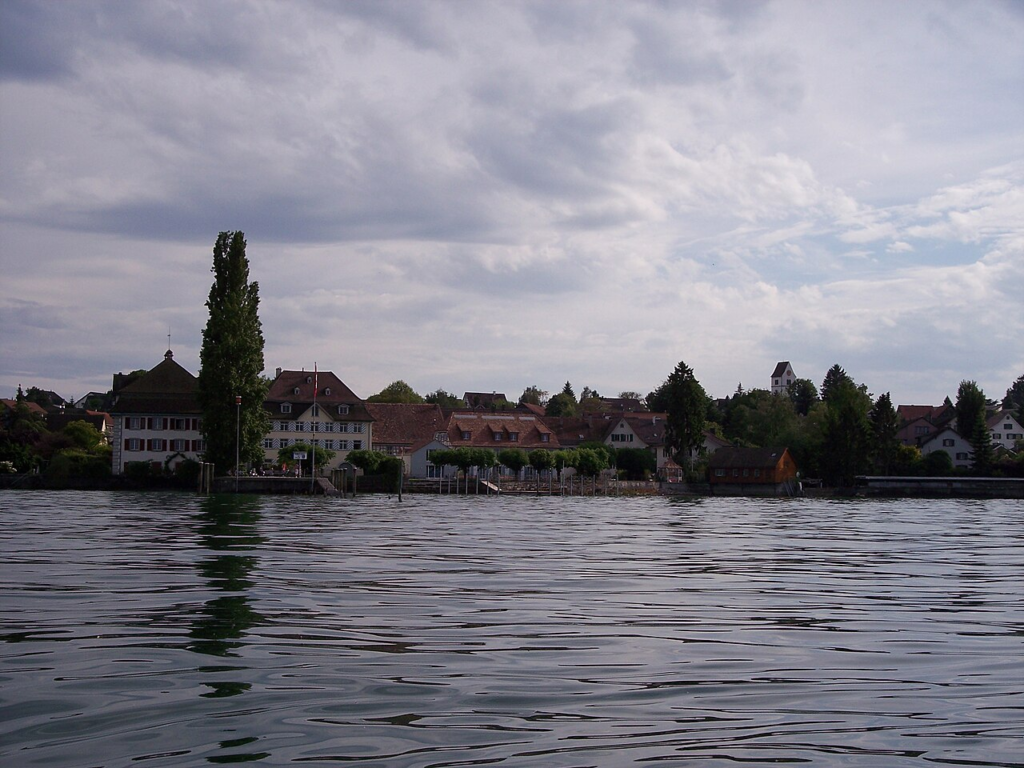
Above: Uttwil
In the Uttwilerhandel (Uttwil Trade), the monastery and the Catholic towns of the Old Swiss Confederacy disputed with Uttwil and Zürich from 1644 to 1651 over the demolition of the Adelheid Chapel.
To pay the fine subsequently imposed by the five Catholic towns, Zurich gave the people of Uttwil 1,200 guilders.
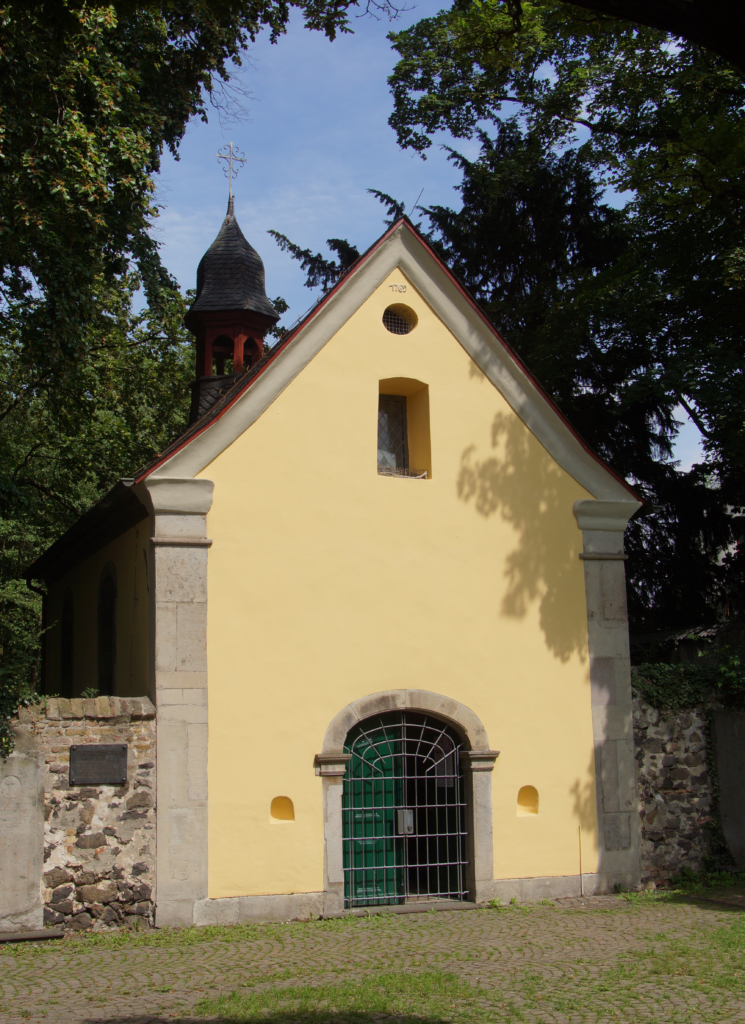
Above: Adelheid Chapel, Uttwil
In 1699, Landvogt Jakob Schindler elevated Uttwil to the status of a grain market town.
In the 18th century, the Dölli and Uhler families created the most important trading center for grain and salt on the western shore of Lake Constance in Uttwil at the expense of Konstanz and Rorschach.
Their ships and wagons transported the goods by sea and land to Zürich and Geneva.
Having thus become wealthy, the Dölli family built stately houses, including the Kehlhof, built in 1722 and later the Frohsinn Inn, a Gredhaus, and eventually the castle.
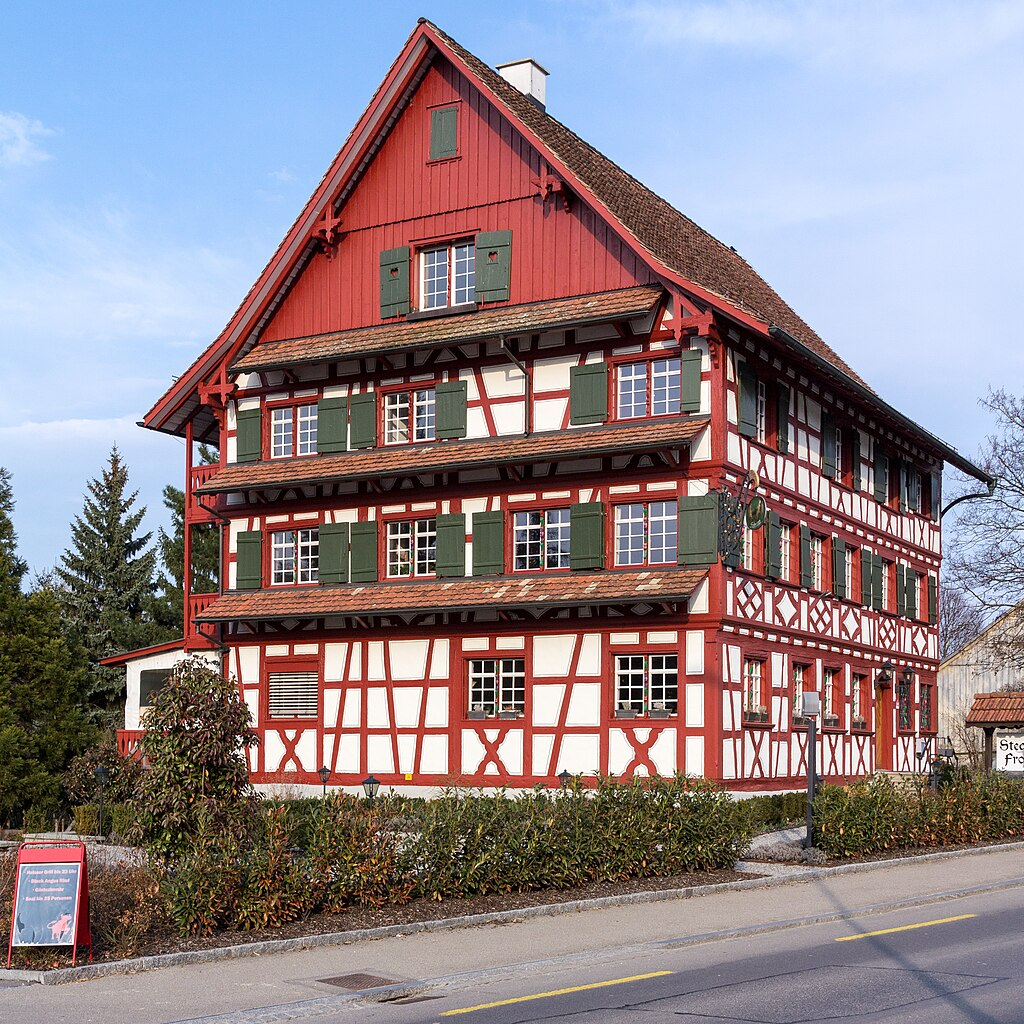
Above: Gasthaus Frohsinn (Joy), formerly the Kehlhof, Uttwil
With the construction of the harbor in Romanshorn and the Thurtal line in 1855, Uttwil lost its importance as a trading center.
In the 19th century, grain and fruit were grown in Uttwil, livestock and dairy farming were carried out, and a cheese factory was established.

At the same time, the village developed into a spa, artists’, and literary center, where Carl Sternheim, Thea Sternheim, Walter Kern, Henry van de Velde, René Schickele, Norbert Jacques and Annette Kolb worked during the First World War and the years after.
- Carl Sternheim (1878 – 1942):
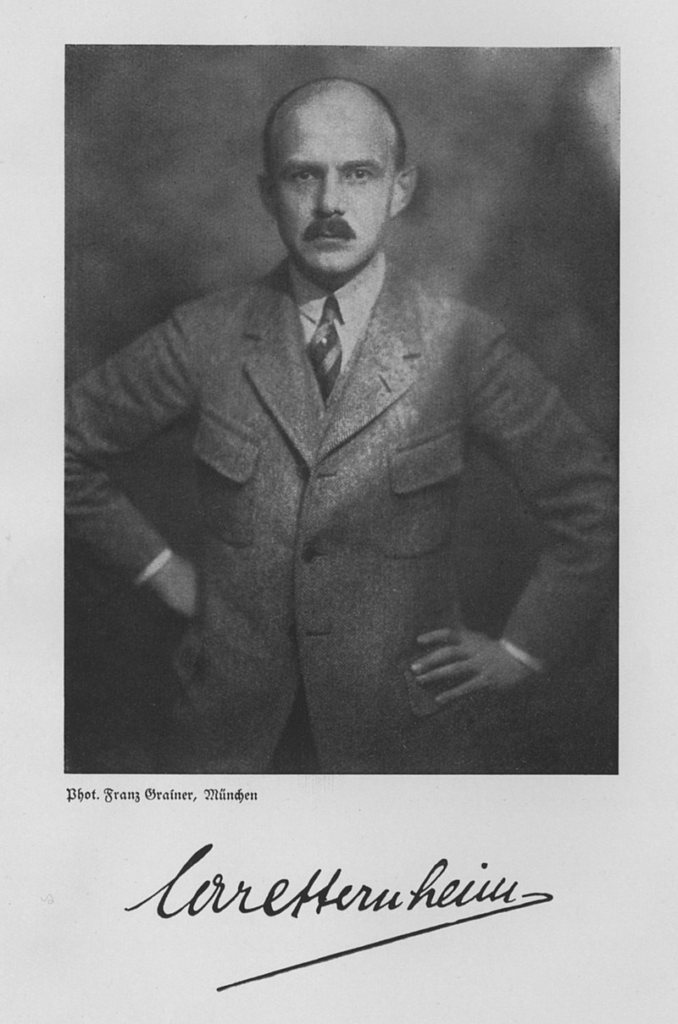
Above: German writer Carl Sternheim
In that legendary summer of 1919, Schickele and van de Velde were visited by the once-famous playwright Carl Sternheim.
Schickele had suggested to him at his birthday party in Bern to join the planned artists’ colony:
“Move to the Bodensee, to us in Uttwil!
Van de Velde has his house there, I’m here, we will found a publishing house together and won’t care about a thing!“
And in the evening, a little tipsy:
‘Best Sternheim, dear Mrs. Sternheim, move to Uttwil!’“
This passage conveys the sense of camaraderie and enthusiasm among the artists, as they dreamed of establishing a creative community in Uttwil.
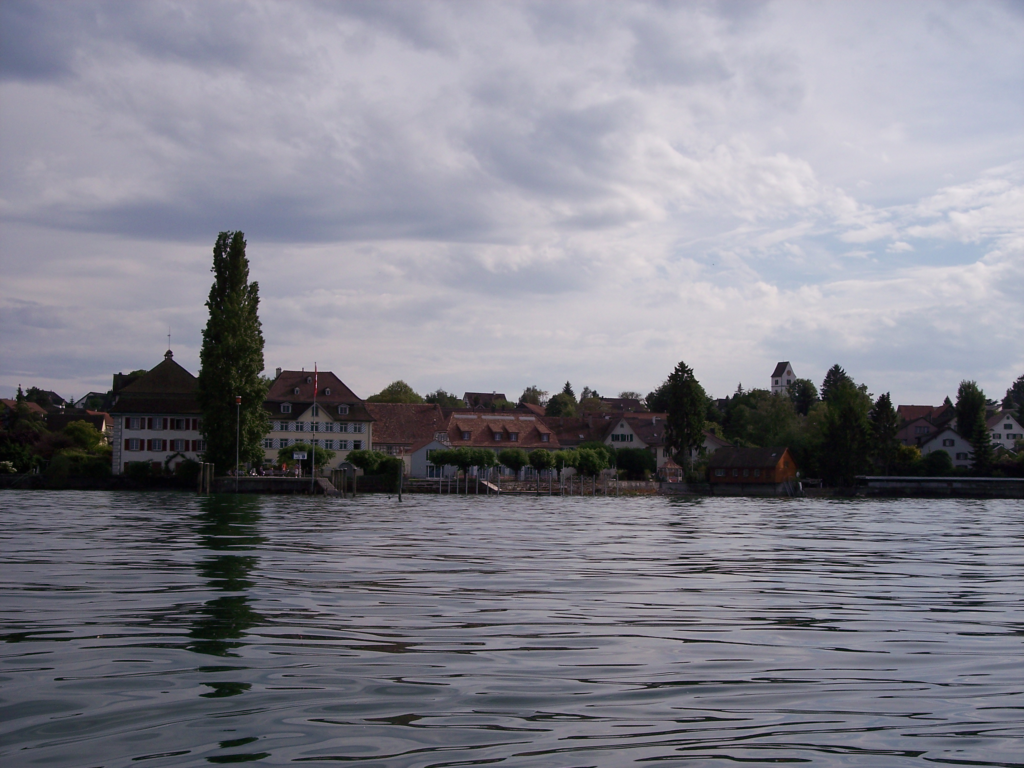
Above: Uttwil
Carl Sternheim was a German playwright and author of short stories and poems.
In his works, he particularly attacked the moral concepts of the bourgeoisie of the Wilhelminian era (1890 – 1914).
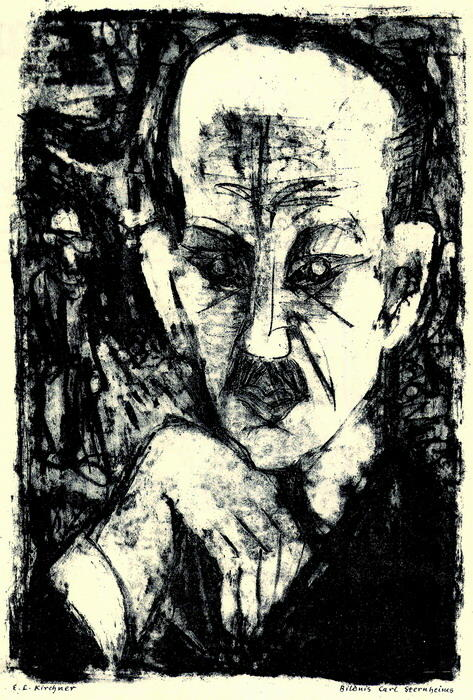
Above: Portrait of Carl Sternheim, Ernst Ludwig Kirchner (1918)
Carl Sternheim was the son of the Jewish banker, stockbroker and newspaper publisher Carl Jakob Sternheim and his wife Rosa Maria Flora Sternheim, née Francke.
His brothers were the film producer Julius Sternheim and Felix Sternheim.
He also had three sisters, Maria, Gertrude Jeanette and Edith Lea.
His uncle was the journalist, writer, and later director of the Berlin Belle Alliance Theater, Hermann Sternheim.
Carl Sternheim grew up in Hanover and Berlin.
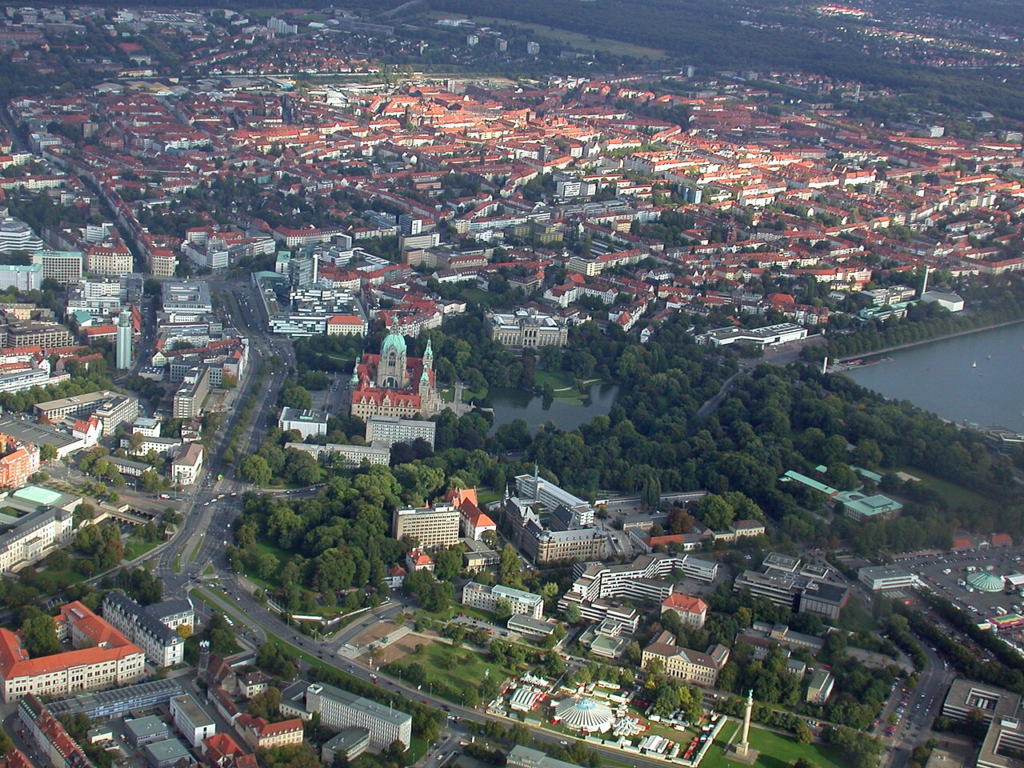
Above: Hanover, Lower Saxony, Germany

Above: Berlin, Germany
From 1897 to 1902, he studied philosophy, psychology and law at Ludwig Maximilian University in Munich, as well as in Göttingen and Leipzig, without graduating.


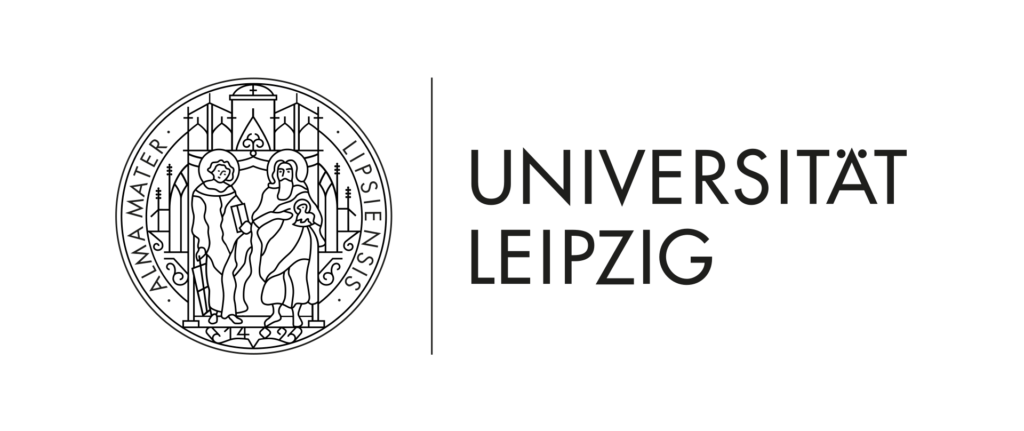
From 1900 onward, Sternheim lived and worked as a freelance writer, initially in Weimar.
There, in 1900, he married Eugenie Hauth, the daughter of the Düsseldorf winery owner and wine wholesaler Eduard Hauth.
Their son, Carl Hans, was born in 1901.
The marriage ended in divorce in 1906.
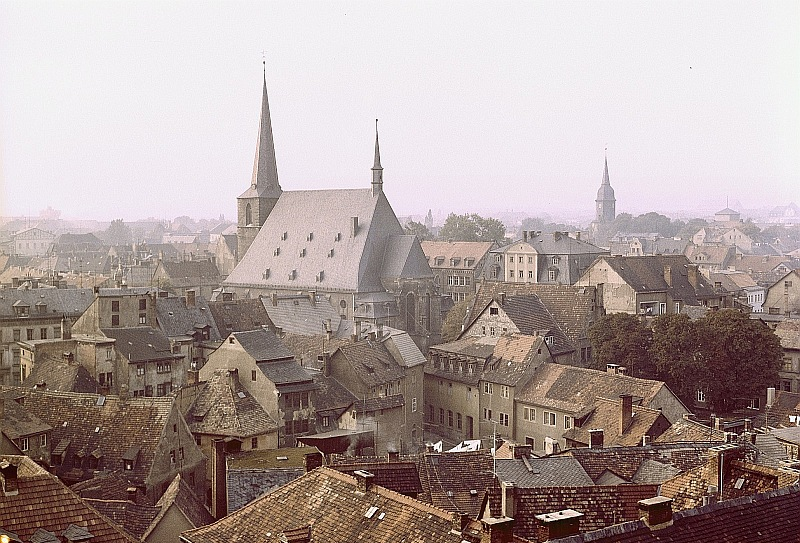
Above: Weimar, Thuringia, Germany
His second marriage, to Thea Sternheim, née Bauer, began in 1907.
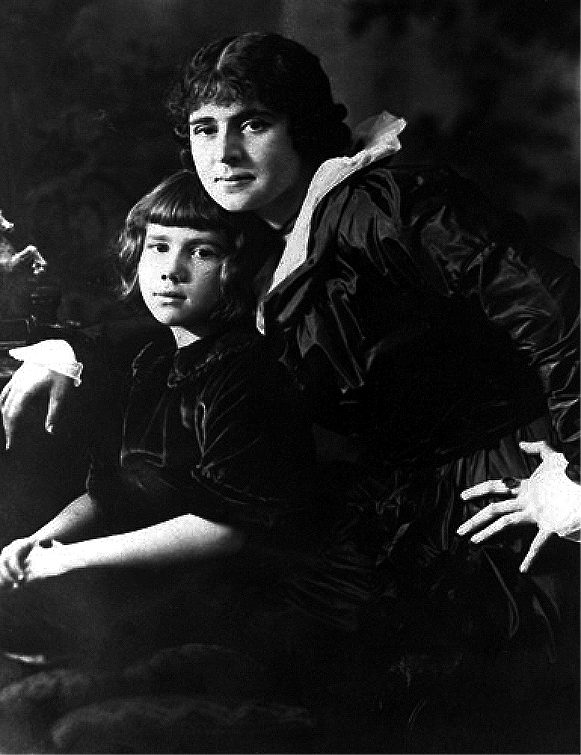
Above: Dorothea and Thea Sternheim
With her he had a daughter, Dorothea Elisabeth, and a son, Klaus Franz Nikolaus.
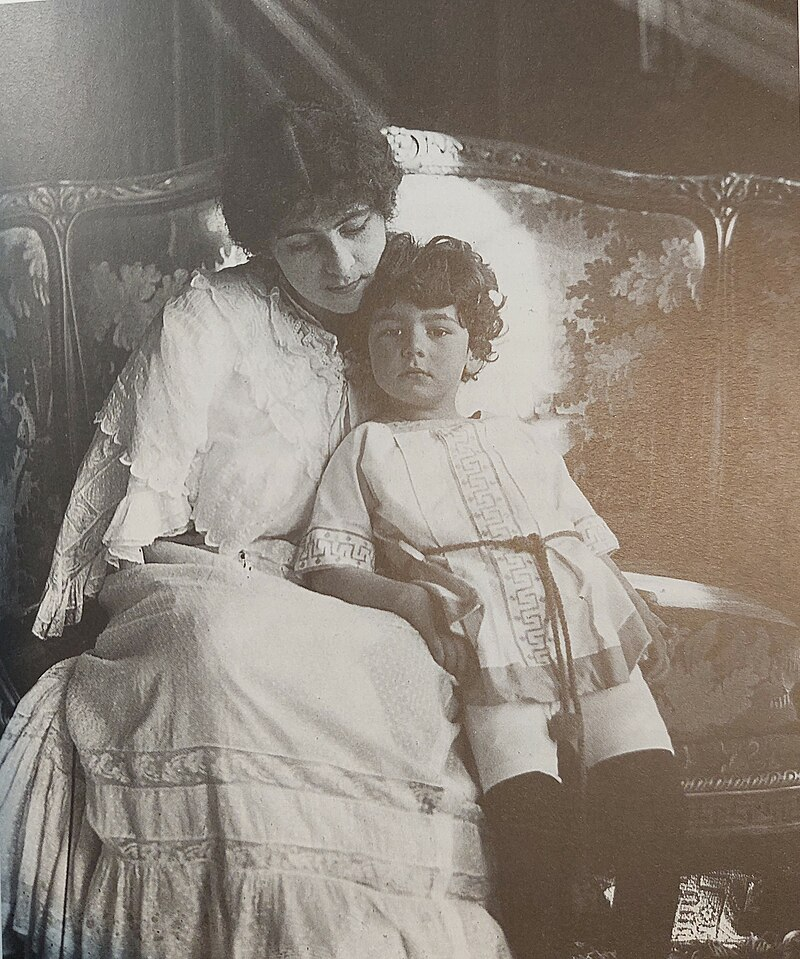
Above: Thea and Klaus Sternheim
Thea, the daughter of a wealthy factory owner, enabled her husband Carl to build the Villa Bellemaison in Höllriegelskreuth near Munich in 1908, with its own theater where his plays could be performed.
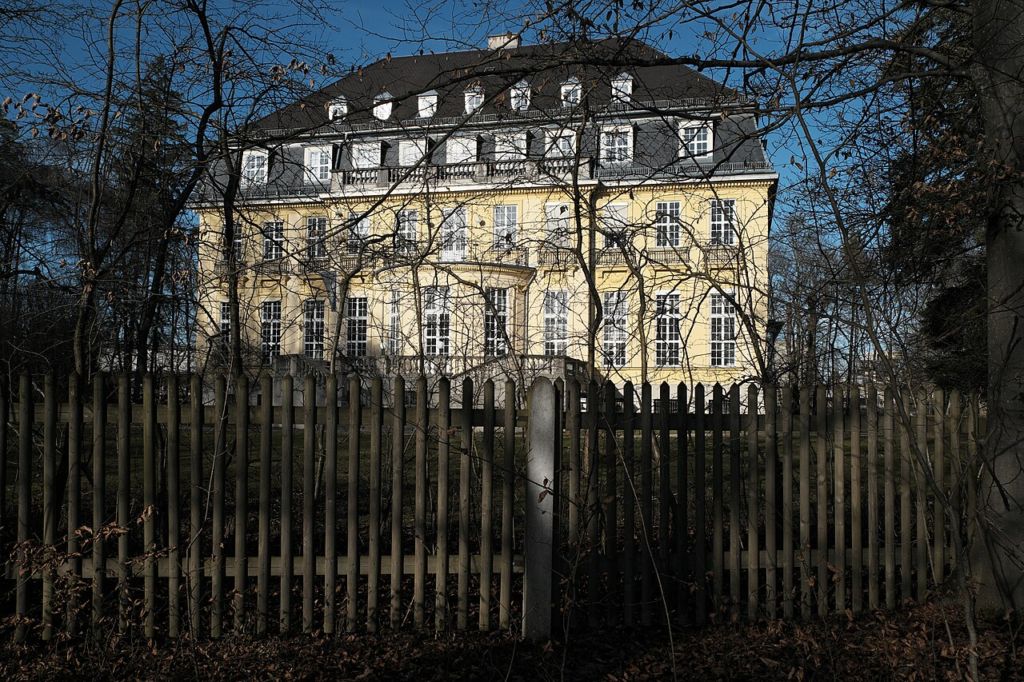
Above: Villa Bellemaison, Höllriegelskreuth, Bavaria, Germany
Here Sternheim associated with artists and built up an art collection.
From 1908 onwards he published the first volume of the magazine Hyperion.
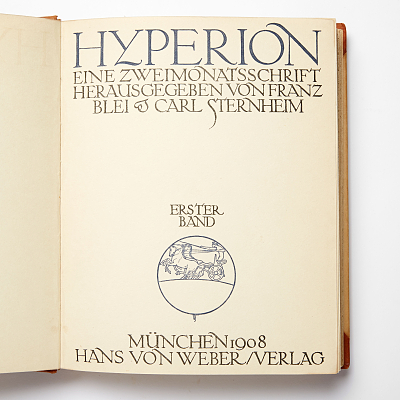
In 1912, Sternheim moved to Belgium and received medical treatment during the war years.
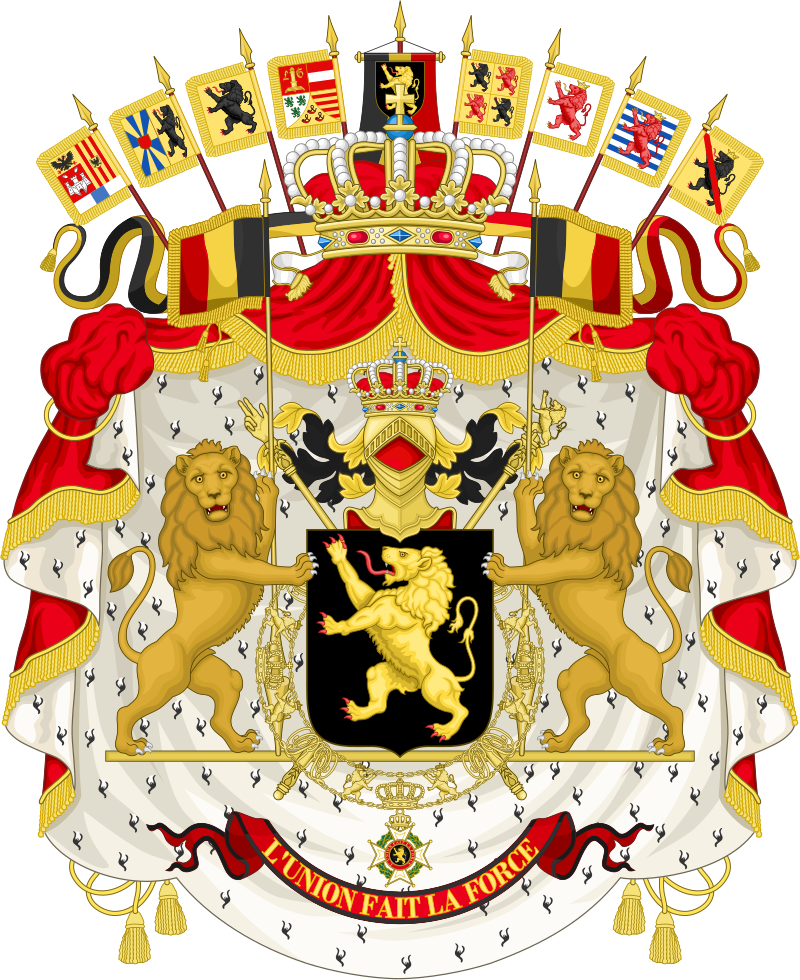
Above: Coat of arms of the Kingdom of Belgium
In 1918, Sternheim was in St. Moritz.
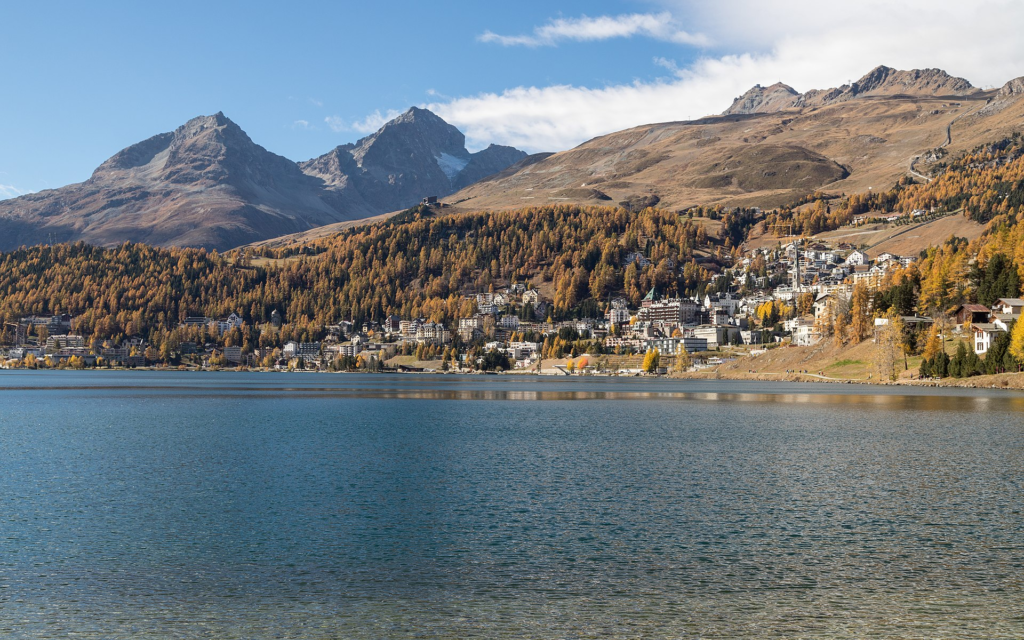
Above: St. Moritz, Canton Graubünden, Switzerland
In Uttwil, he lived in the Villa Sternheim.
This formerly belonged to Henry van de Velde and, after Sternheim, to Emanuel Stickelberger.
Later, Walter Kern moved into the villa.
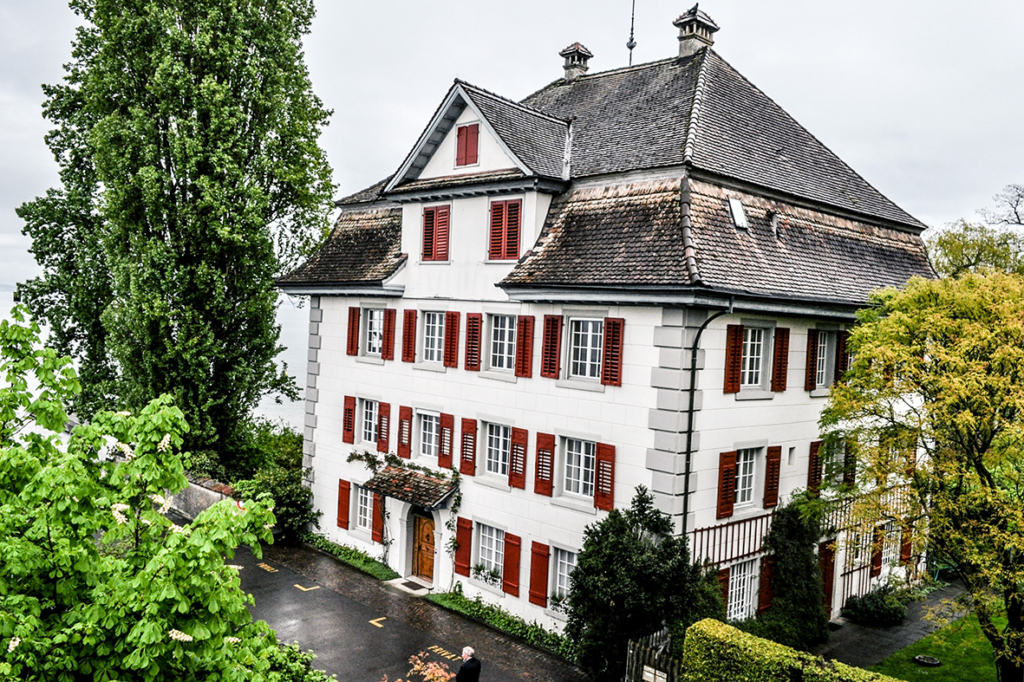
Above: Villa Sternheim, Seeweg 39, Uttwil
Mrs. Sternheim probably thought it was a crazy idea, but after she saw the village and the lake, she understood Schickele’s enthusiasm for his place of residence.
The Sternheims were very wealthy, so they could initially afford to stay in Switzerland despite the devaluation of money.
On 25 October 1919, Thea Sternheim wrote in her diary:
“We are walking to Uttwil and, on the condition that they grant us residence, we are renting Schickele’s house.
This seems to me a fortunate decision for us.
The house, the location, the view — everything seems so perfect that I don’t want to leave anymore.“
This passage reflects the attraction the area held for visitors, with its beauty and tranquility making it hard to imagine leaving once settled there.
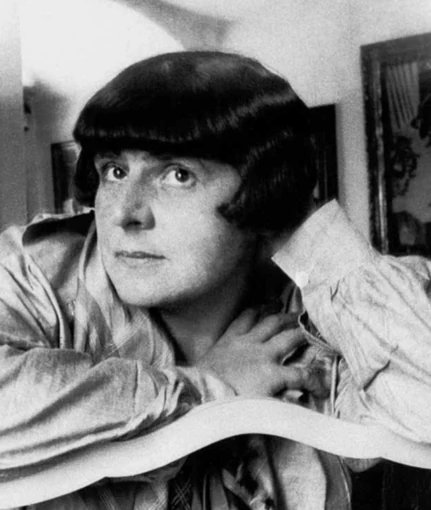
Above: Thea Sternheim
“I would suffocate if I didn’t write my diary.“
The Sternheims lived in the house ‘Margrit‘ for two years.
They continued the tradition of the house and had many visitors.
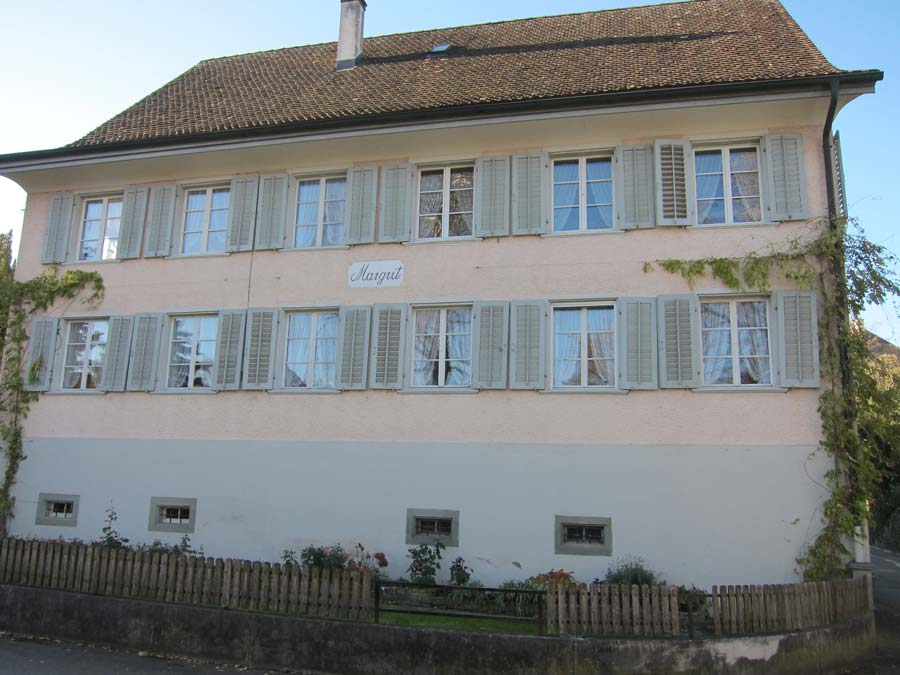
Above: Haus Magrit, Uttwil
In 1922, Carl and Thea Sternheim temporarily moved to Germany due to inflation, but the following year, they had a villa built for themselves in Uttwil, further along the road towards Romanshorn.
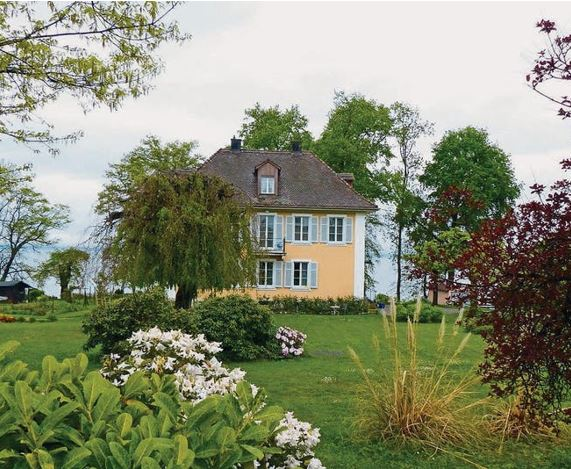
Above: Villa Sternheim, Uttwil
- Thea Sternheim (1883 – 1971):
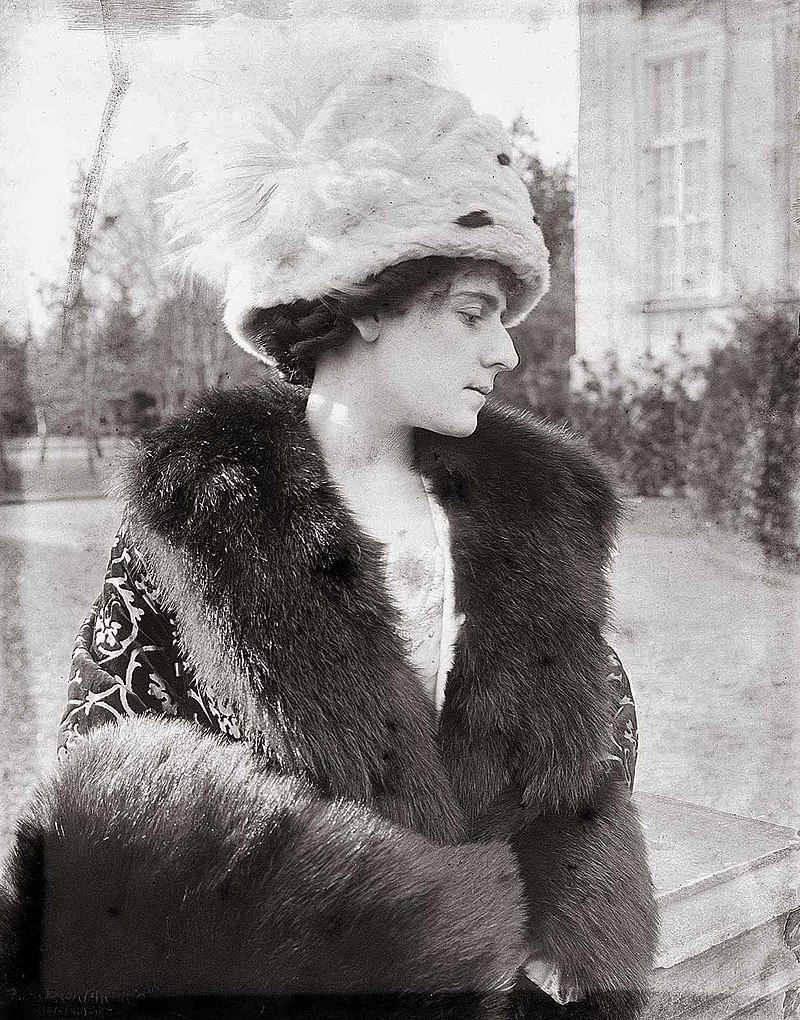
Above: Thea Sternheim
Thea Sternheim was a German author.
Thea Bauer was the daughter of the wealthy screw manufacturer Georg Bauer, who left her a fortune of two million marks after his death in 1906.
She was raised Roman Catholic and attended girls’ boarding schools, including one in Brussels.
While still a schoolgirl, she began a correspondence with Maurice Maeterlinck.
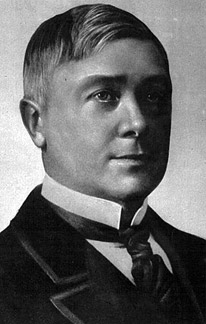
Above: Belgian novelist Maurice Maeterlinck (1862 – 1949)
In November 1901, against her parents’ wishes, she married Arthur Löwenstein in London , who was ten years her senior and the father of her first daughter, Agnes “Nucki” Löwenstein.
In 1903, she met Carl Sternheim , who was still married.
With him, she had a daughter, Dorothea “Mopsa” and a son, Klaus.
In 1906, she left Arthur Löwenstein for good.
The marriage was divorced in 1906.
Löwenstein received custody and asset management of both daughters, although the second was a child of Sternheim.
During her first marriage she began keeping a diary, which she continued until 25 May 1971 shortly before her death on 5 July.
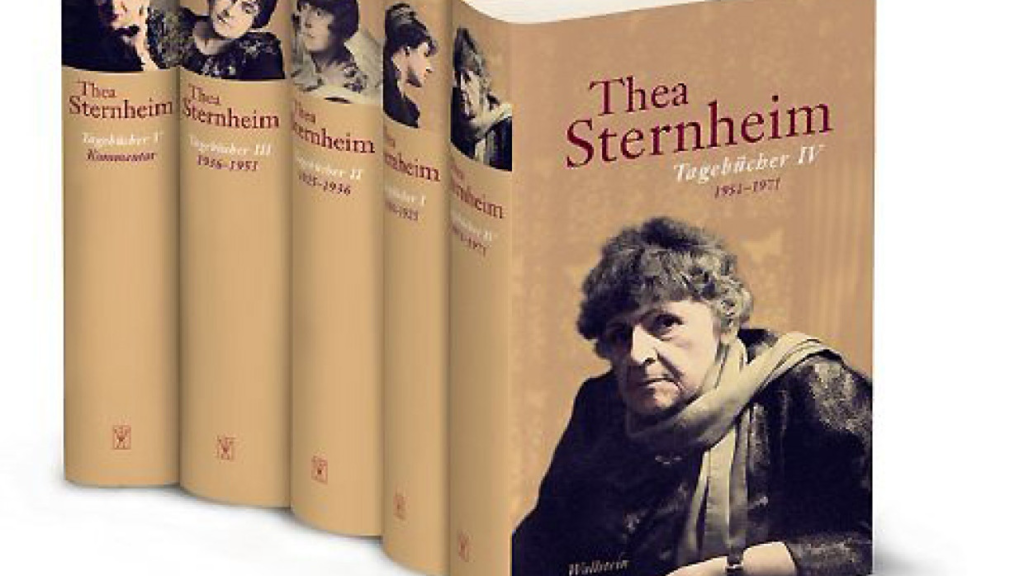
Above: Thea Sternheim’s Diaries I – V (2002)
Thea Sternheim began collecting paintings by Vincent van Gogh at an early age.

Above: Self portrait (1887), Dutch painter Vincent van Gogh (1853 – 1890)
She also acquired paintings by Henri Matisse, Pierre-Auguste Renoir and Pablo Picasso.
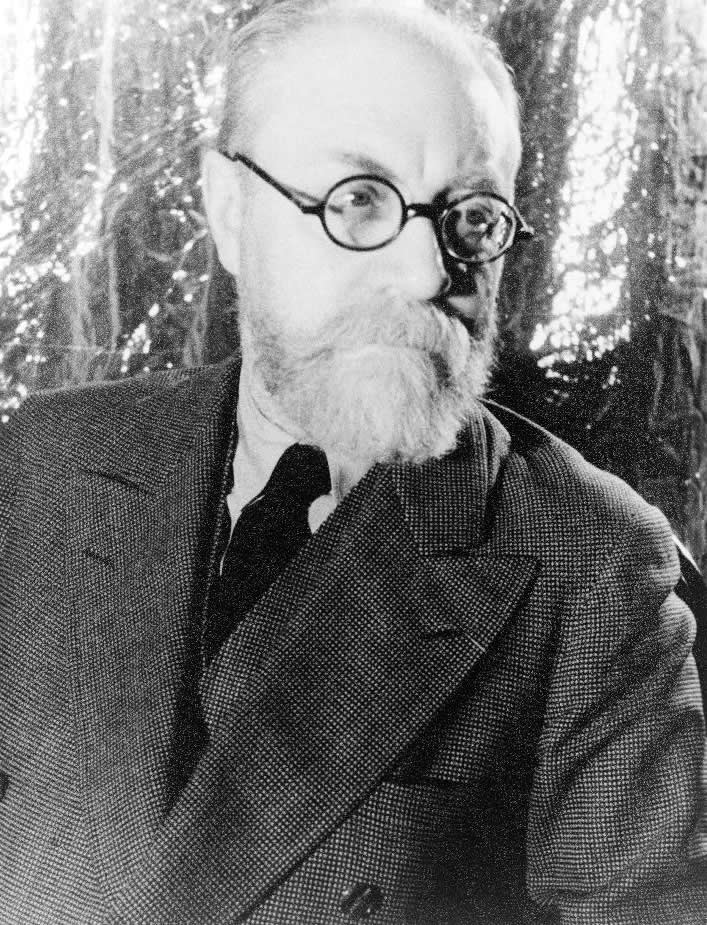
Above: French painter Henri Matisse (1869 – 1954)
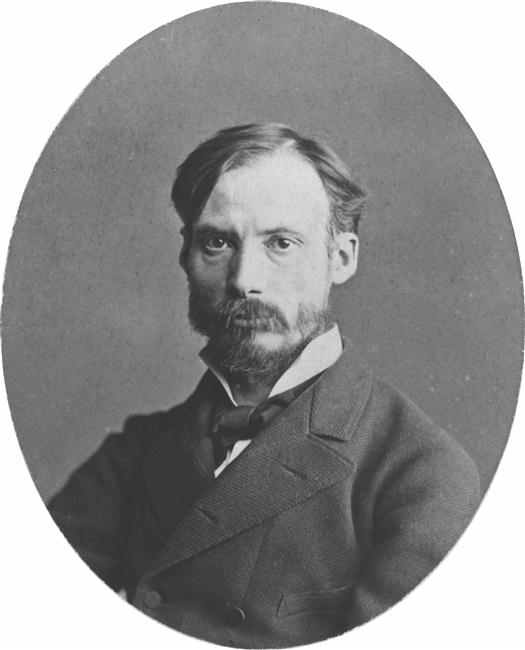
Above: French painter Pierre Auguste Renoir (1841 – 1919)
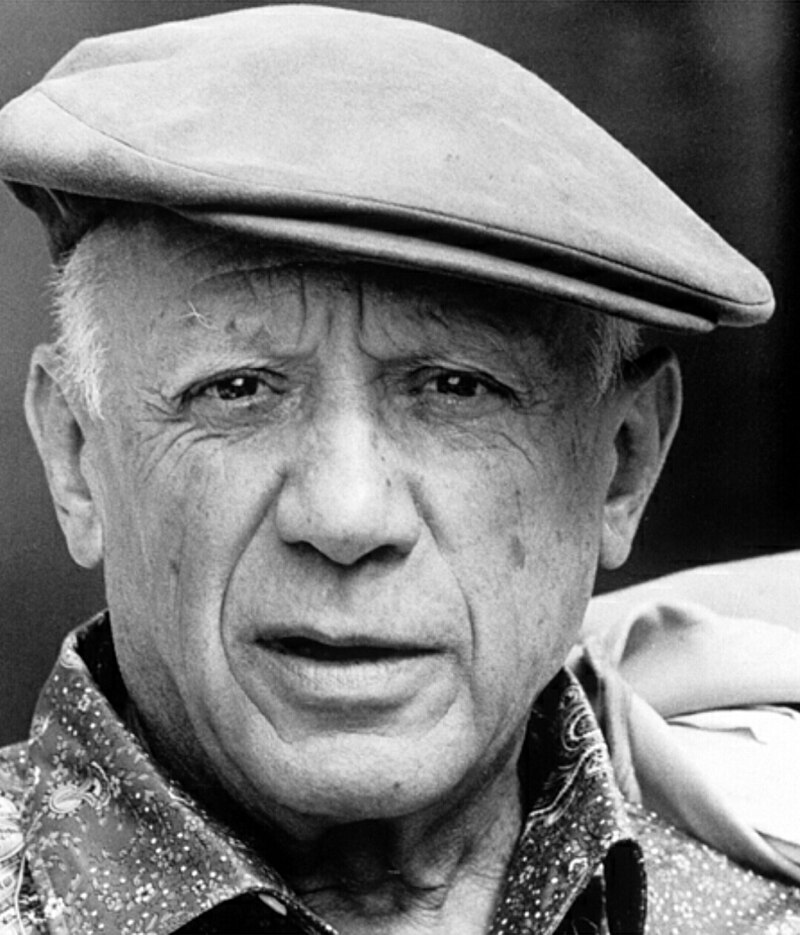
Above: Spanish artist Pablo Picasso (1881 – 1973)
At first, Thea Loewenstein felt both repelled and attracted by Sternheim’s eccentric, boastful manner.
However, she was greatly impressed by his drama Judas Ischarioth (1901), and began a correspondence with him.

In 1904, they met several times in secret, and Thea Loewenstein fell passionately in love with Carl Sternheim.
She was fascinated by him as a creative man and admired his creativity.
Even in her early letters, she declared her willingness to willingly and actively support Sternheim in his work.
In 1907 she married Carl Sternheim.
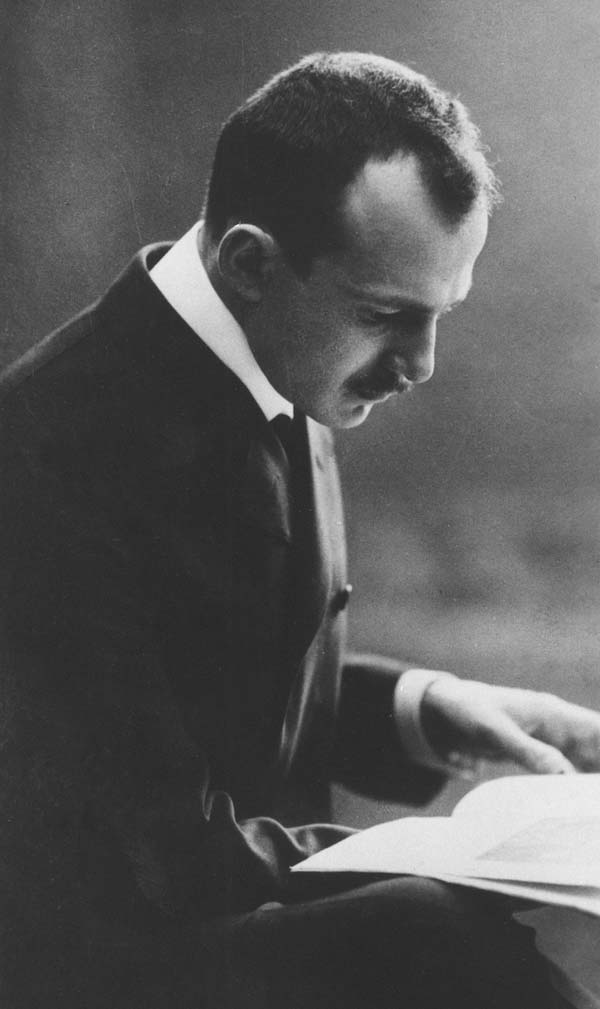
Above: Carl Sternheim
In 1908 she and the family moved into the castle-like Villa Bellemaison in Höllriegelskreuth near Munich, built to her specifications by the Munich architect Gustav von Cube (a brother-in-law of Sternheim).

Above: Villa Bellemaison, Höllriegelskreuth, Bavaria, Germany
She became estranged from Sternheim because of his sexual infidelity, his delusions and the waste of her fortune and finally withdrew his management of his estate:
“I have to get used to living with Karl without being his wife.
Since November I have been managing my fortune alone.
If I had never placed my unconditional trust in him, I would never have been exposed to the embarrassing feeling of being betrayed at my expense.”
Before the outbreak of the First World War, she moved into La Hulpe Castle in Belgium with Sternheim, but repeatedly returned to Germany for short periods of time, primarily to Munich.
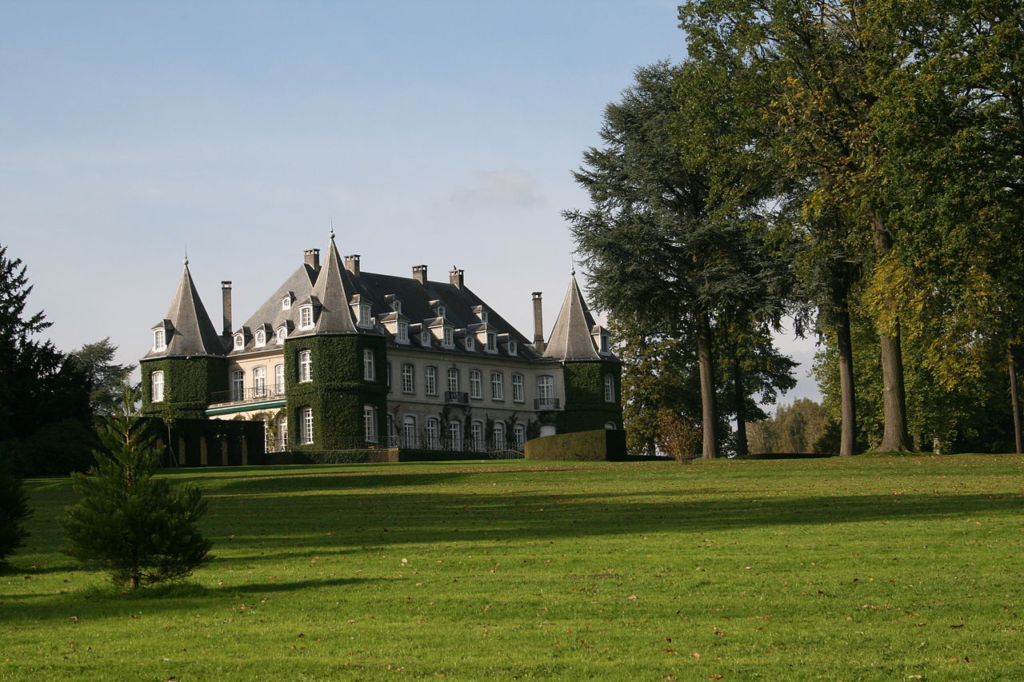
Above: Château Solvay, La Hulpe, Belgium
The outbreak of the First World War marked the first turning point in their sheltered life.
The Sternheim family had lived in Belgium since 1912.
On 4 August 1914, after the German invasion of Belgium, they were forced to flee hastily and return to Germany.
The Sternheims were not able to return to Belgium until May 1916.
The outbreak of war deeply shocked Thea Sternheim, but at the same time sharpened her political awareness.
Even 16 years later, she still remembered 4 August 1914, and described the outbreak of war in her diary as a “terrible rift in our lives” (journal dated August 3, 1930).
Because of the war, friendships with Belgians broke down or were severely strained.
Thea Sternheim followed the war events in shock and horror, increasingly pasting newspaper articles into her diary and recording her reflections.
It categorically rejects all forms of nationalism and militarism, not just German nationalism, and begins to engage with pacifism and socialism.
Reading Tolstoy’s works, whom she had admired as a young woman, took on a new urgency during the war.
She sent Tolstoy’s pamphlet “Christianity and Love of Country” (1894) to writers and politicians.
“I still believe it can move mountains. I believe it; it is my duty to spread it, to give it to everyone where I know even the atom of goodwill.” (Diary 16 April 1915).
Tolstoy advocates the opinion that military service is incompatible with Christianity.
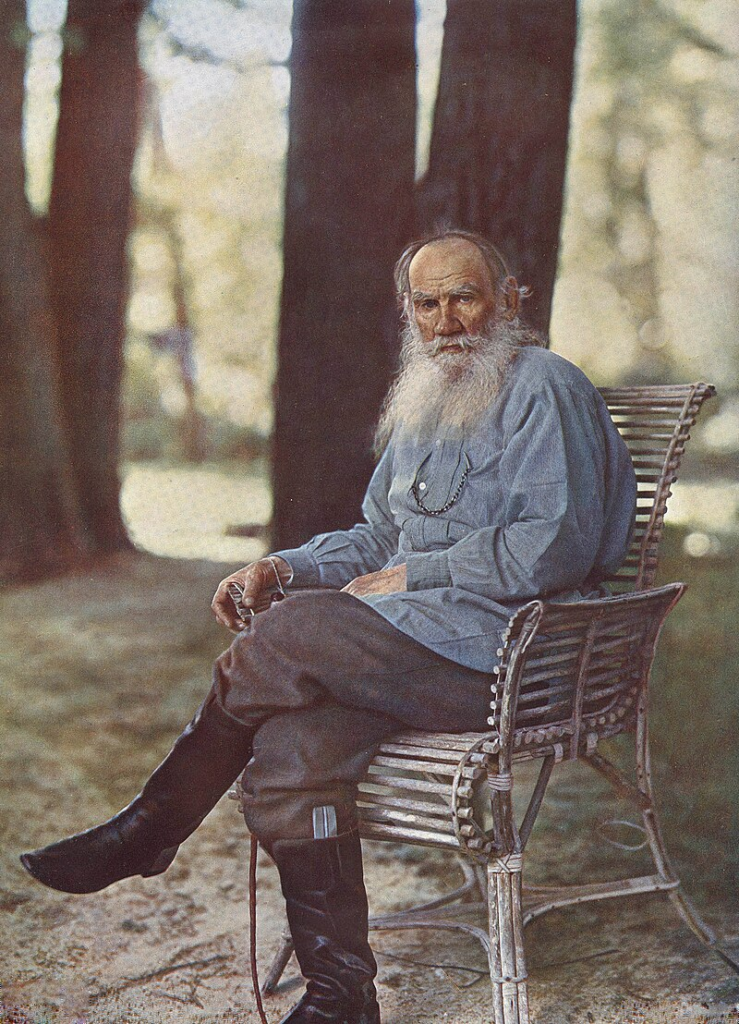
Above: Russian writer Leo Tolstoy (1828 – 1910)
In 1919 she went to Switzerland.
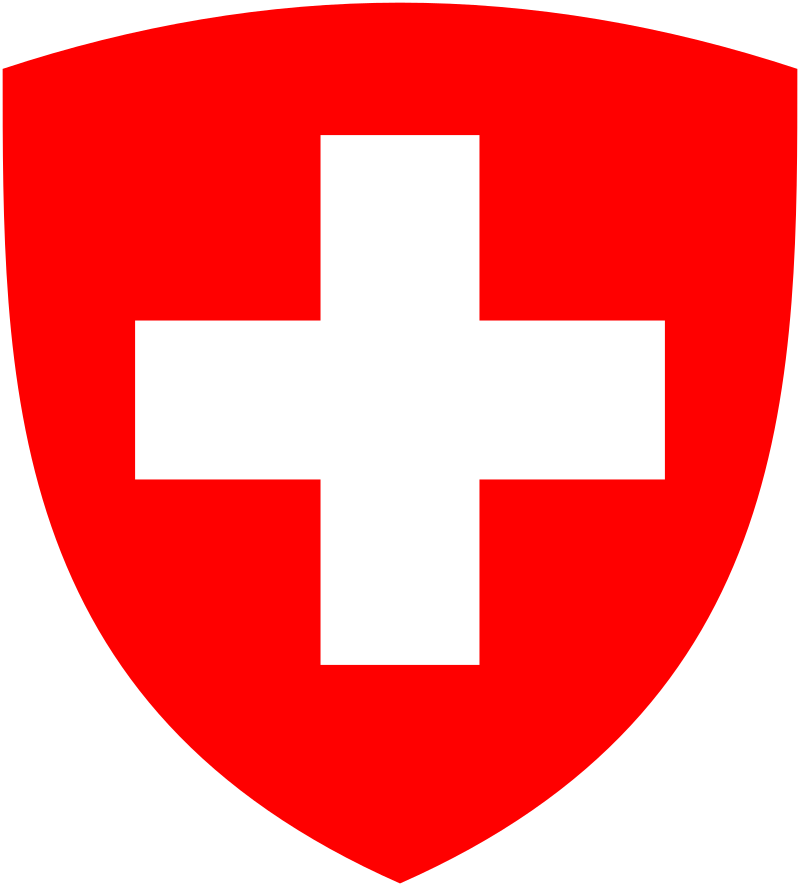
Above: Coat of arms of Switzerland
From 1922 to 1924 she lived in the Waldhof in Wilschdorf near Dresden.
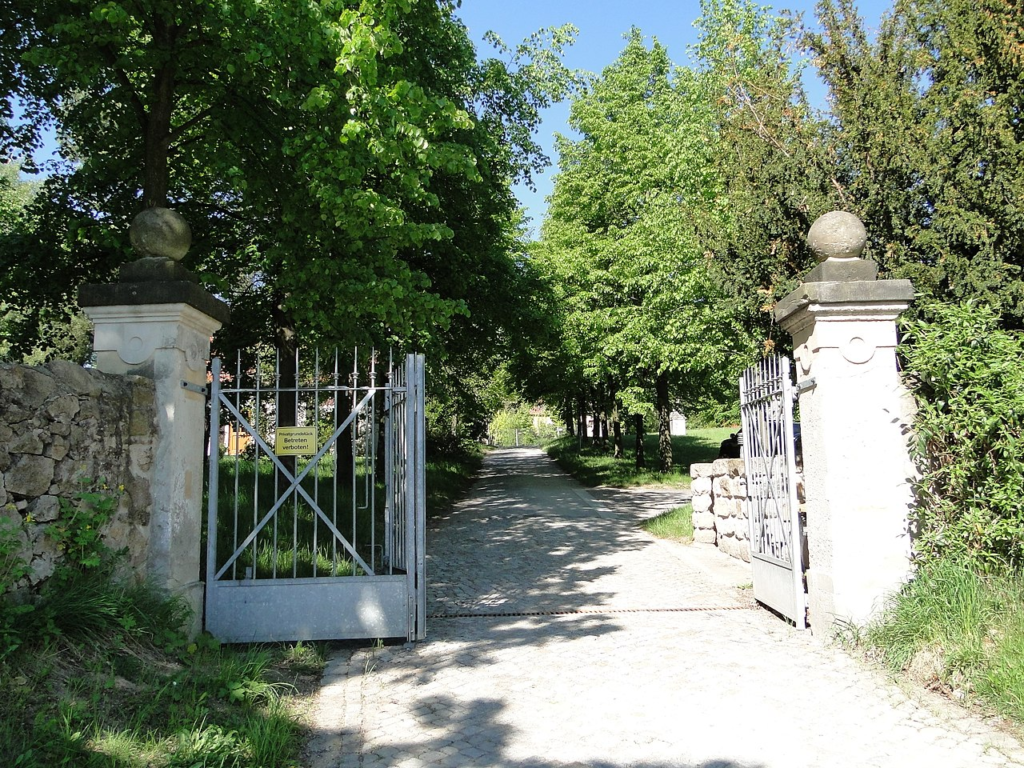
Above: Entry to Waldhof, Wilschdorf, Dresden, Germany
In 1925 she designed a small palace in Uttwil.
She became close friends with Frans Masereel, André Gide, Gottfried Benn , and the Belgian painter Herman-Lucien de Cunsel (1907 – 1971), her lifelong friend, and with Peter Geiger in Basel.
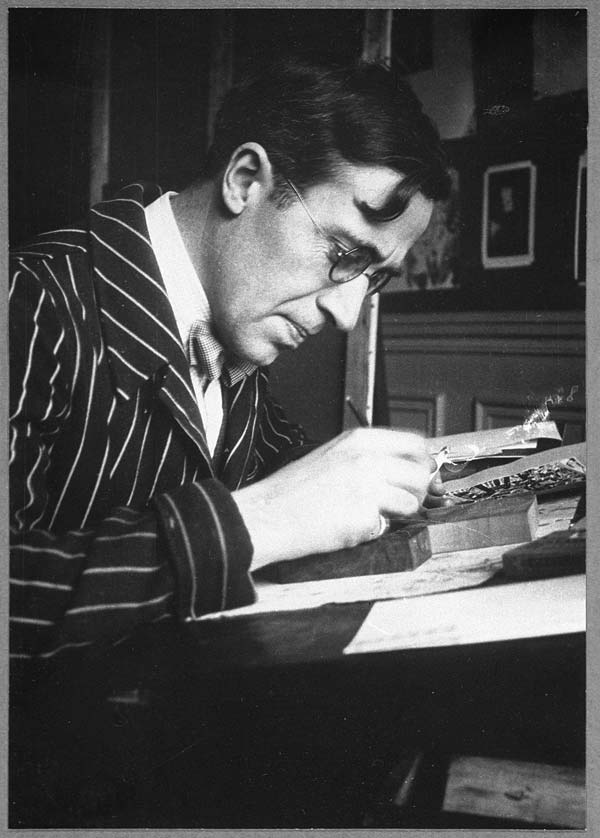
Above: Belgian artist Frans Masereel (1889 – 1972)
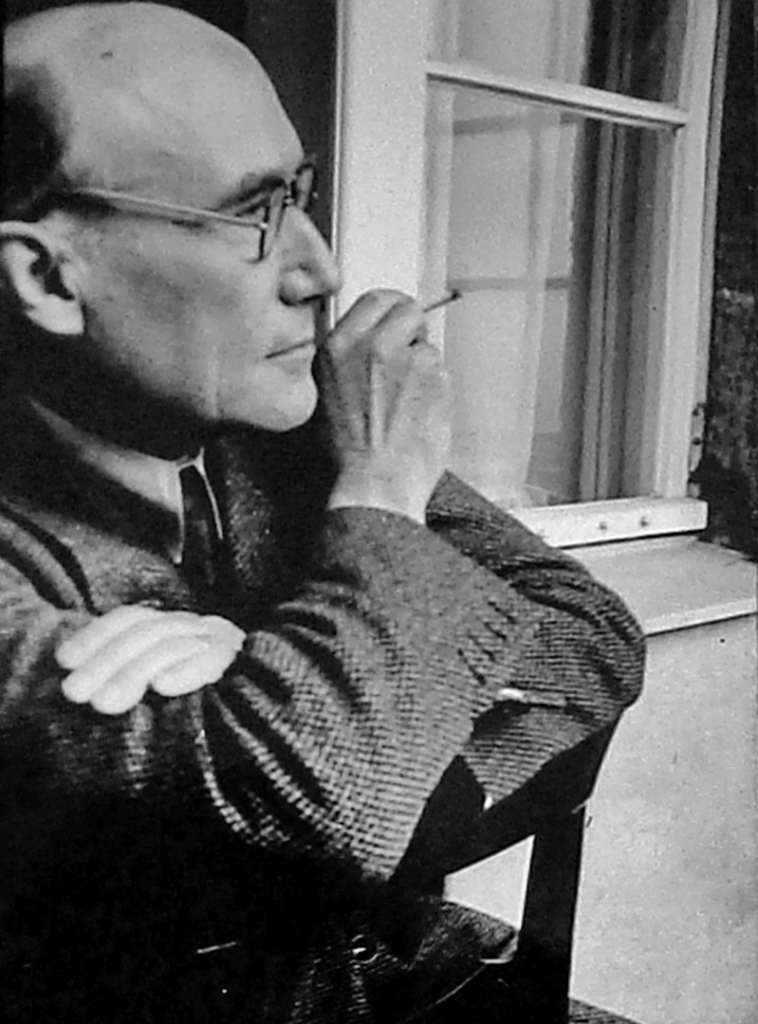
Above: French writer André Gide (1869 – 1951)
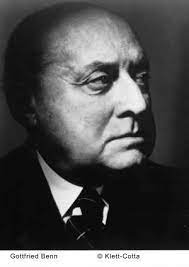
Above: German poet Gottfried Benn (1886 – 1956)
She translated various French-language works into German.
She emigrated to France on 1 April 1932, before the Nazis came to power.
Her diaries show that she anticipated the course of political events very early on.
She recognized what developments in Germany would lead to.

Above: Flag of Nazi Germany (1935 – 1945)
War broke out in 1939.
In June 1940, she was arrested like all Germans living in France and subsequently imprisoned in the Gurs women’s camp in the Pyrenees
Thanks to the efforts of French friends, she was released after just two months.
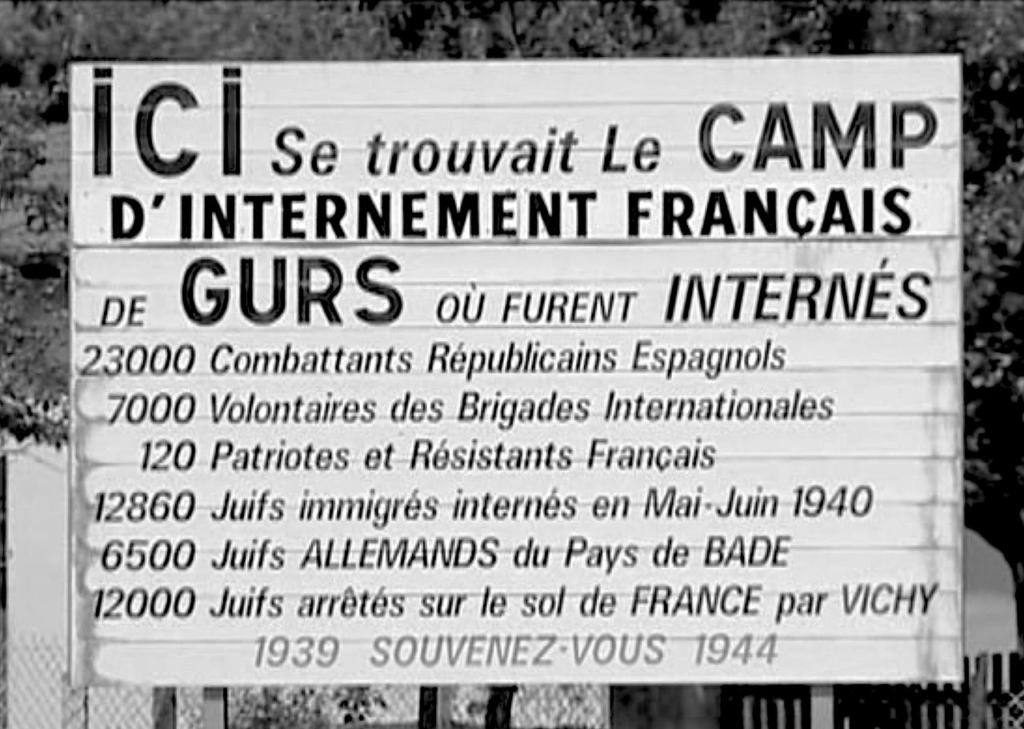
Above: Memorial sign, Gurs, France
In Germany, her assets were frozen.
In 1944, she was stripped of her German citizenship.
After the war, she remained in France.
In the following years, she lived in Paris again, for a total of 30 years, gradually becoming impoverished.
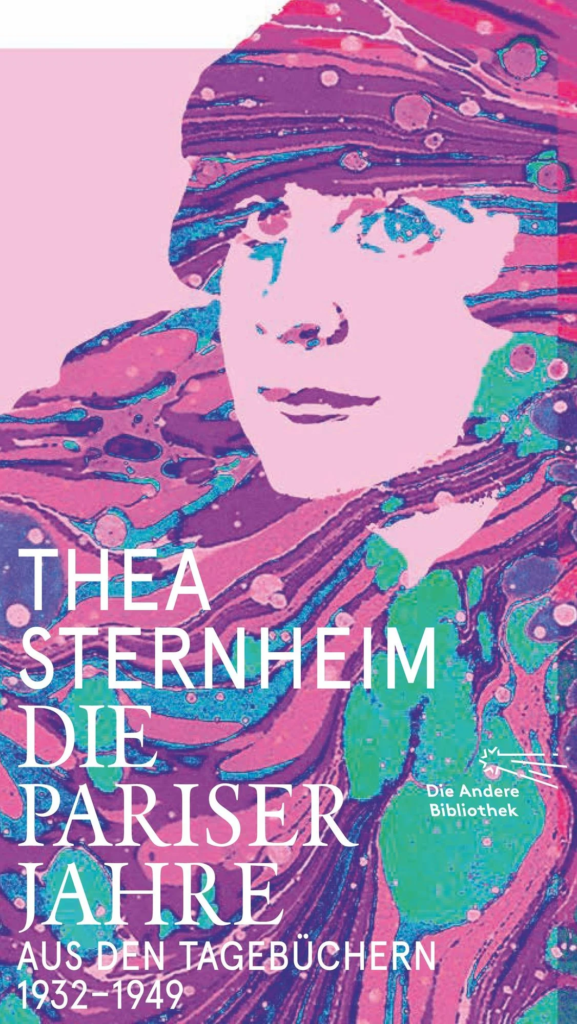
Above: Thea Sternheim: The Paris Years – Diaries (1932 – 1949)
Her two drug-addicted “Sternheim children” died early:
- Klaus in 1946 in Mexico
- Mopsa, who was imprisoned in the Ravensbrück concentration camp until 1945, died of cancer in 1954.
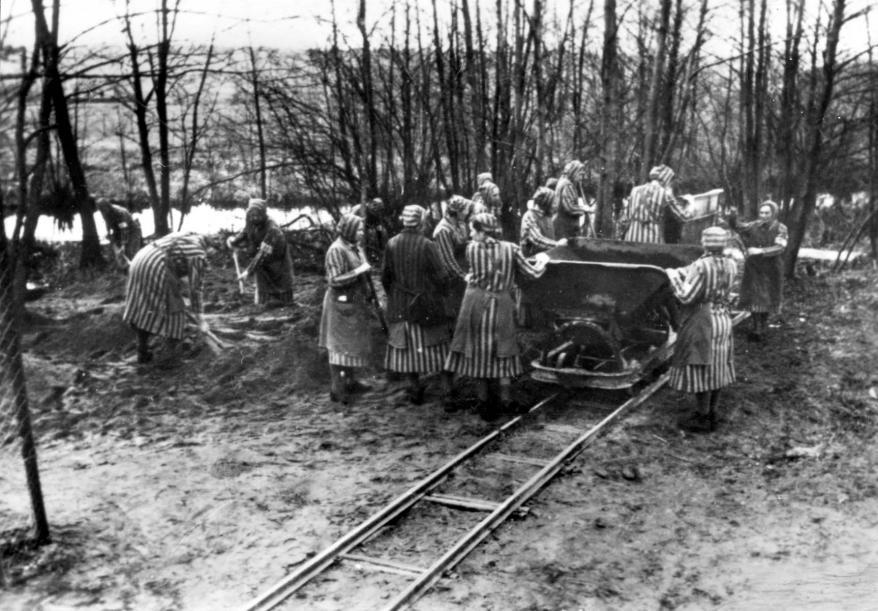
Above: Female forced laborers in the Ravensbrück concentration camp (1939)
Thea Sternheim received a compensation payment for her daughter’s suffering in the concentration camp, which saved her from complete impoverishment.
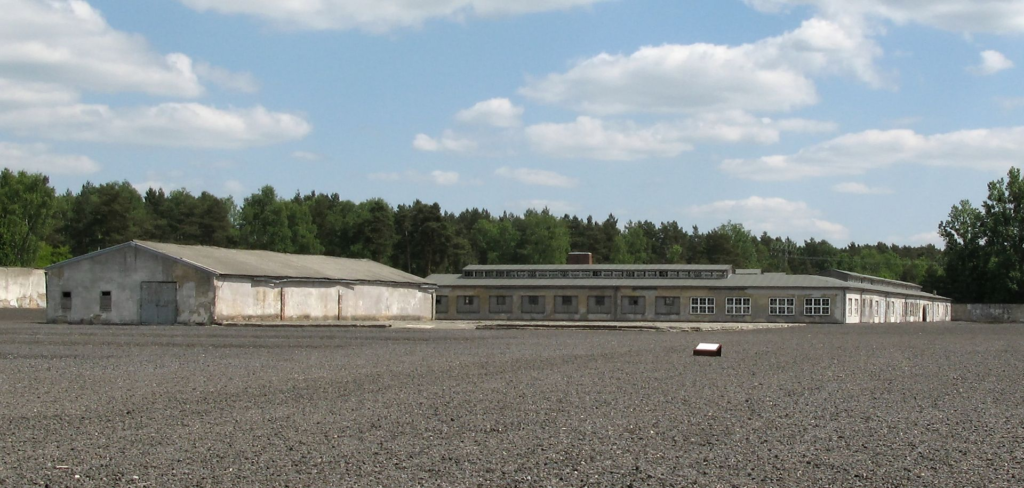
Above: Women’s concentration camp, Ravensbrück, Germany
At the age of 80, she moved to Basel in 1963 to be near her eldest daughter, Agnes Loewenstein.
Agnes had married the Lorca translator German poet Enrique Beck.

Above: Spanish poet Federico García Lorca (1898 – 1936)
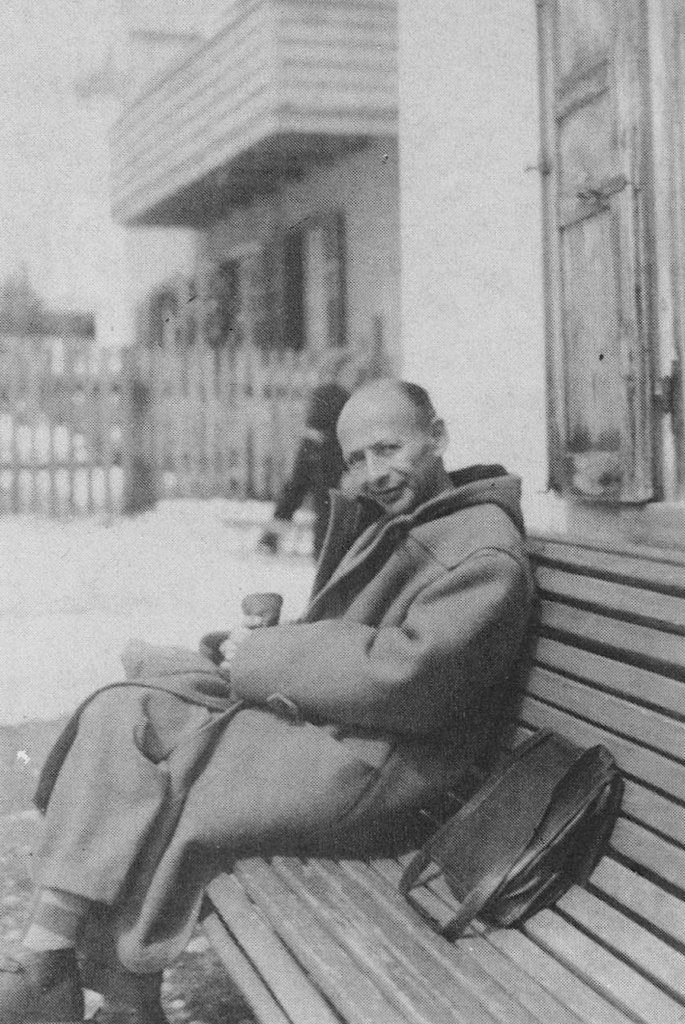
Above: Enrique Beck (1904 – 1974)
Agnes worked under the stage name Inés Leuwen-Beck as a singer and music teacher at the Freiburg University of Music (Baden-Württemberg, Germany).
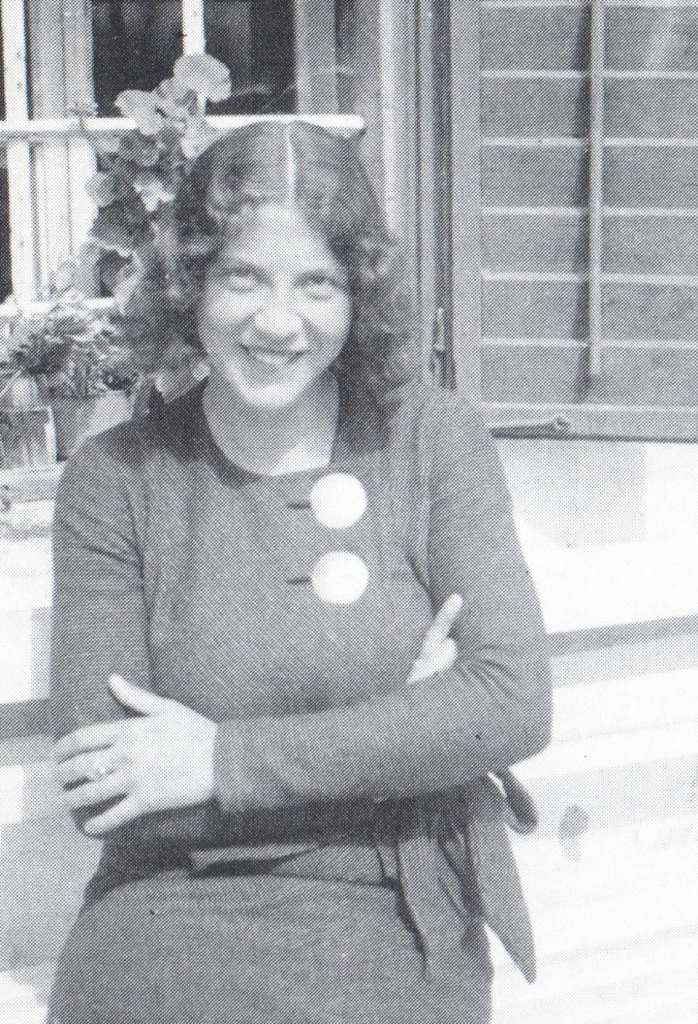
Above: Inés Leuwen-Beck (1902 – 1976)

Thea Sternheim lived in Basel until her death on July 5, 1971.
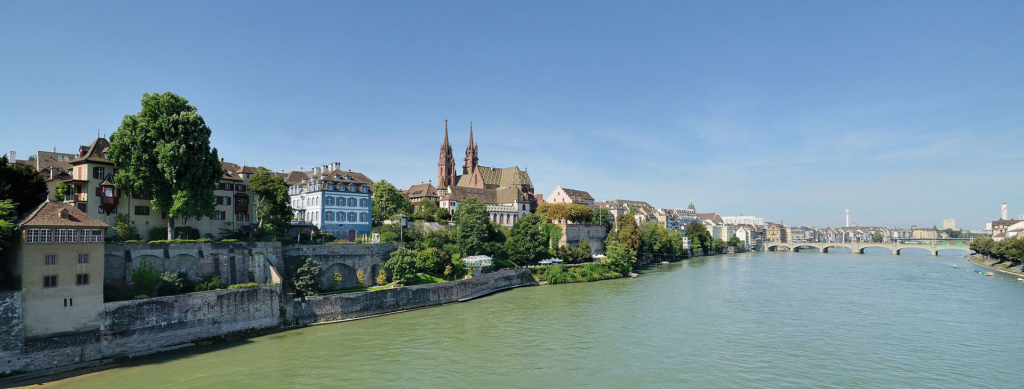
Above: Basel, Switzerland
Both Thea Sternheim’s and her novel Sackgassen (Dead Ends) (1952) can literally be described as the author’s life’s work.
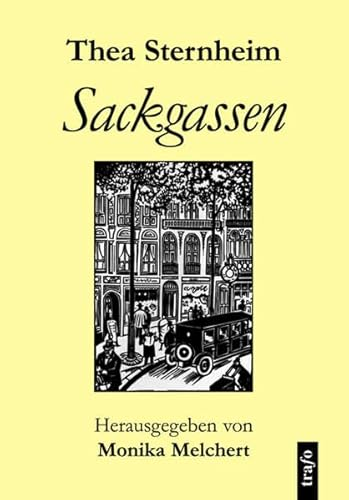
She worked on both works for decades.
She considered writing them down a life’s work.
Because of its length and the long period it covers – around 68 years – Thea Sternheim’s diary is one of the most important diaristic works of the 20th century.
The shape and form of the handwritten diary are unusual:
The author used the same landscape-format, punched paper for around 68 years.
At the end of each year, on November 24th, the written pages were bound into volumes with a cord and two cardboard covers.
In the first few years, she did not keep a diary regularly.
It was not until around 1910 that the author wrote practically every day.
The diary not only contains a continuous text of her own.
The author also copied out numerous letters that she wrote or received verbatim.
These letters therefore form an integral part of her diary.
In some volumes, Thea Sternheim pasted photos she took herself – portraits of family members and people close to her – as well as newspaper articles, mostly with a political content.
She taught herself photography, occasionally seeking advice from experts.
She repeatedly mentions in her diary how much joy this activity gave her.
As a diarist, she is extremely disciplined:
Her precise, almost calligraphic handwriting is remarkable, and —compared to the diaries of other writers — is generally legible.
She writes sophisticated, often complex sentences and adheres precisely to the pre-printed margins of the paper.
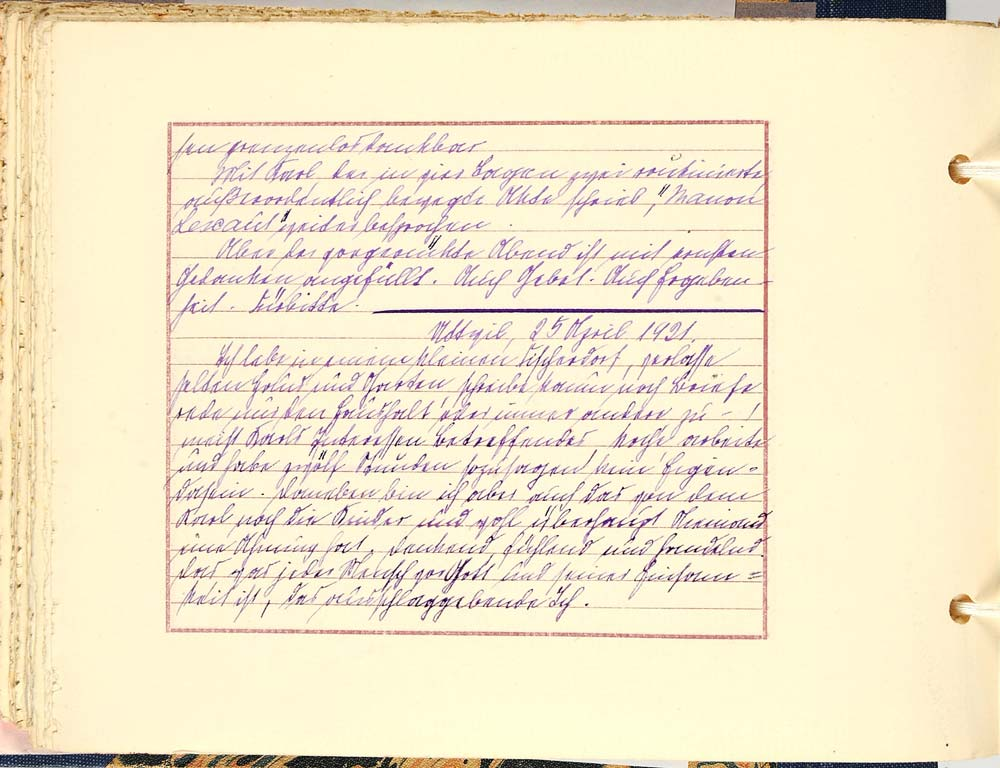
Above: Thea Sternheim diary entry
Carl Sternheim tried in Uttwil to follow up on his earlier successes with new plays, but he was not very successful.
His prose also did not receive the response he had hoped for.
Nevertheless, Sternheim remained productive.
His relationship with Pamela Wedekind, the daughter of Frank Wedekind, the greatest influence on Sternheim, gave him new momentum.
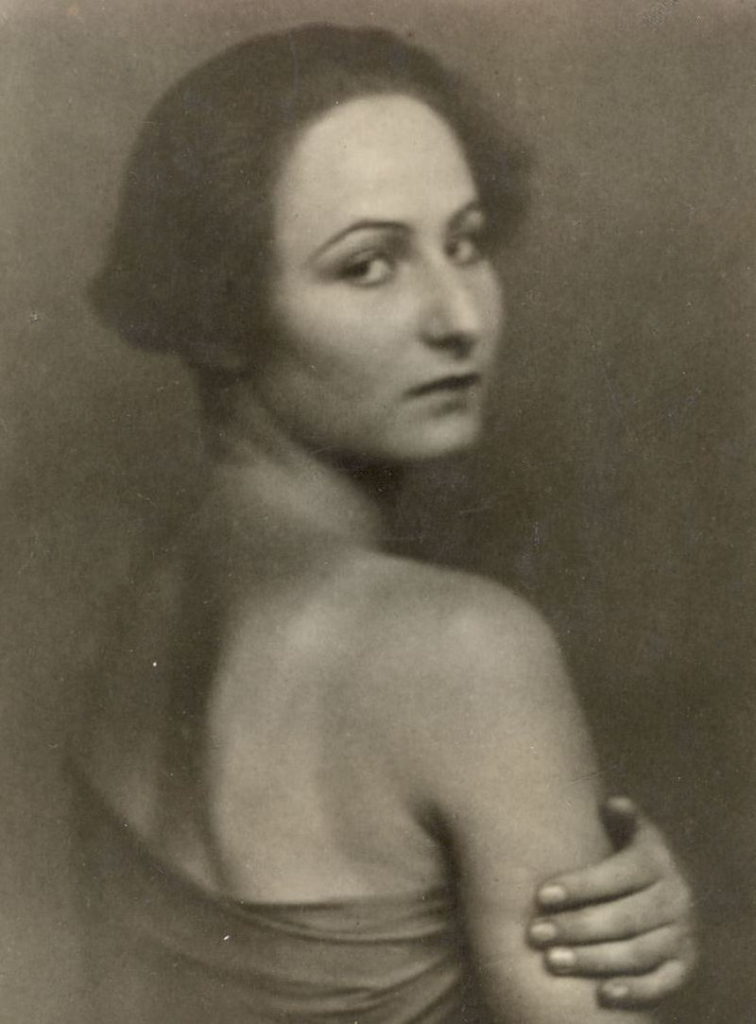
Above: German actress Pamela Wedekind (1906 – 1986)
Pamela Wedekind broke off her engagement to Klaus Mann (1906 – 1949), the son of Thomas Mann, because of Sternheim.
Klaus and Erika Mann, Klaus’ sister, (1905 – 1969) were friends of Sternheim’s daughter ‘Mopsa‘, who often invited them to Uttwil.
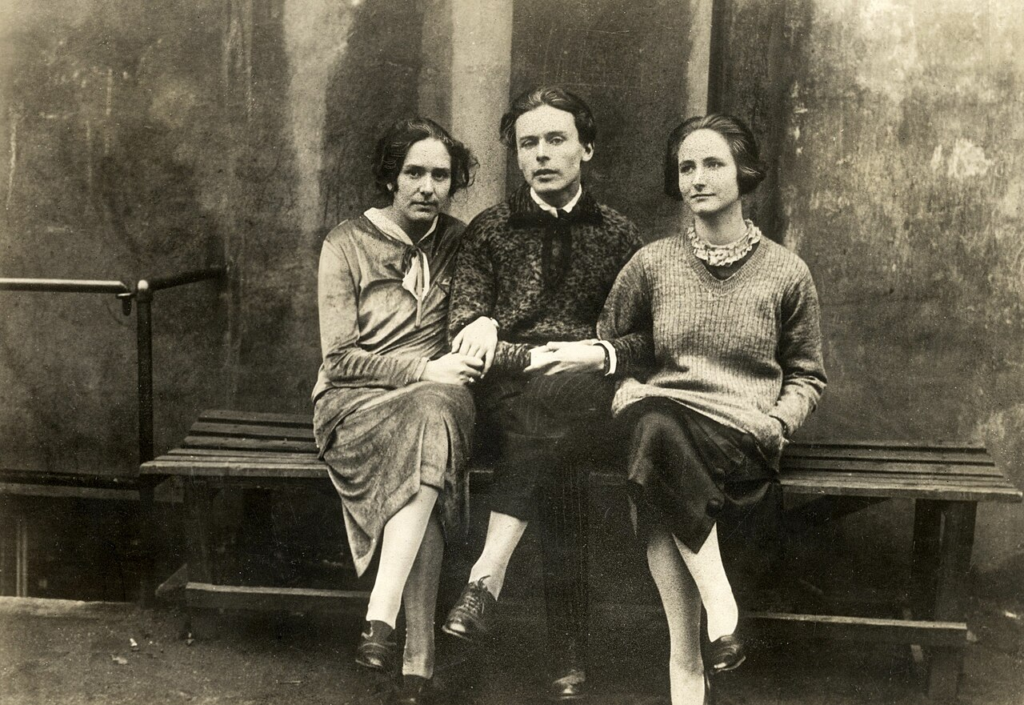
Above: Erika and Klaus Mann with Pamela Wedekind
Interacting with these and other young guests at his villa inspired Sternheim to write the comedy Die Schule von Uznach.
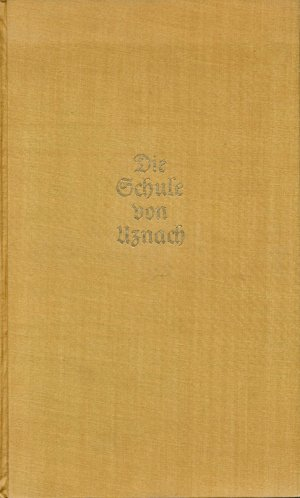
Their happiness did not last long.
In 1927, he divorced Thea.
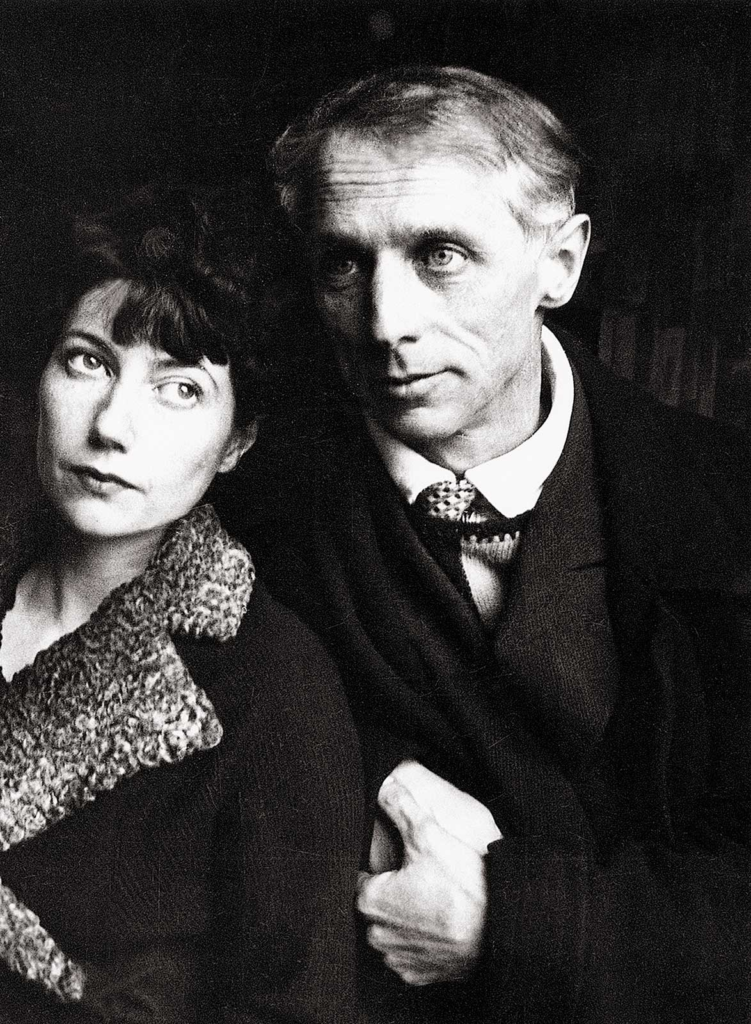
Above: Thea and Carl Sternheim
In 1929, Carl Sternheim was admitted to the Bellevue Sanatorium in Kreuzlingen, where Dr. Ludwig Binswanger diagnosed a serious brain disease.
The patient was subsequently transferred to a clinic in Berlin.
Sternheim recovered, but he never returned to Uttwil.
At times, Carl Sternheim was close to the circle surrounding the expressionist magazine Die Aktion.
His works were banned during the Nazi era.
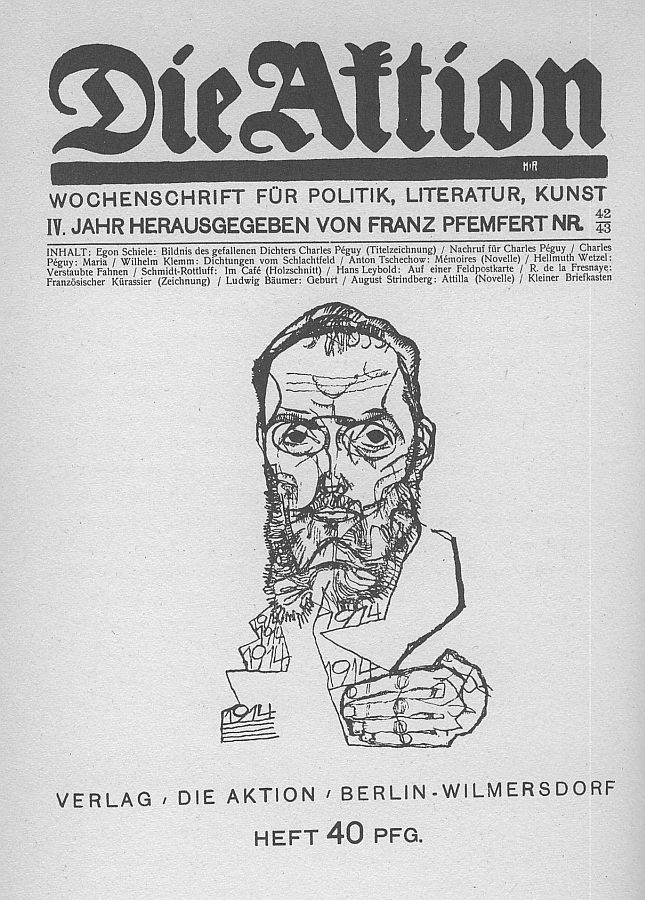
From 1930 to 1934, he was married to Pamela Wedekind.
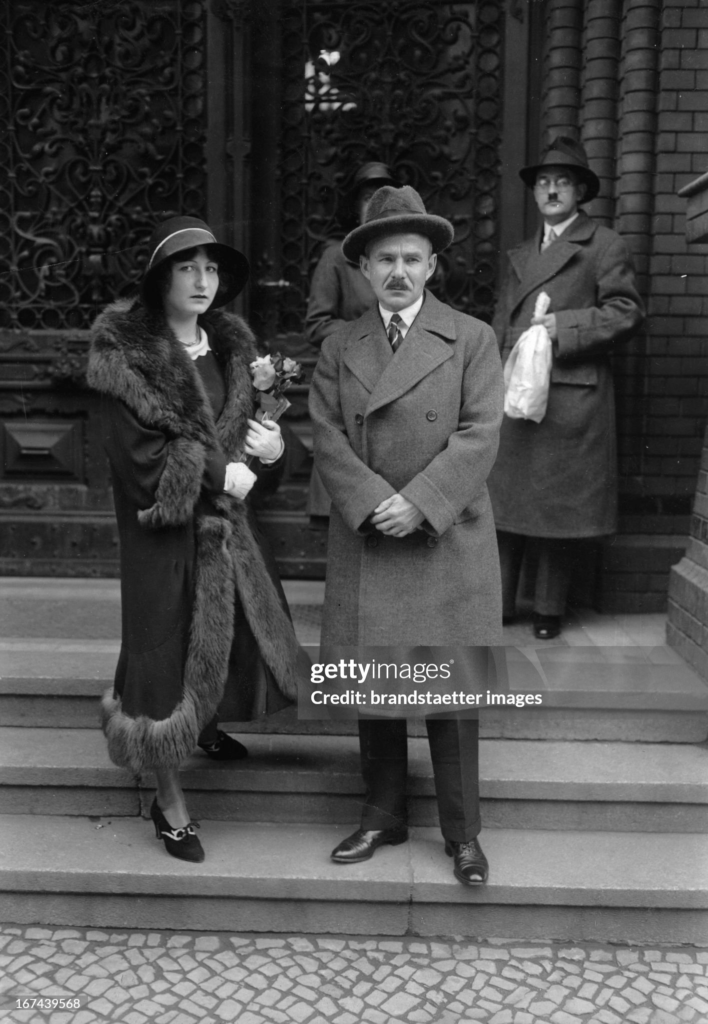
Above: Pamela and Carl Sternheim
From 1935, he lived in exile in Belgium with Henriette Carbonara.
In 1936, he published his memoirs Vorkriegseuropa im Gleichnis meiner Leben (Pre-War Europe in the Parable of My Life).
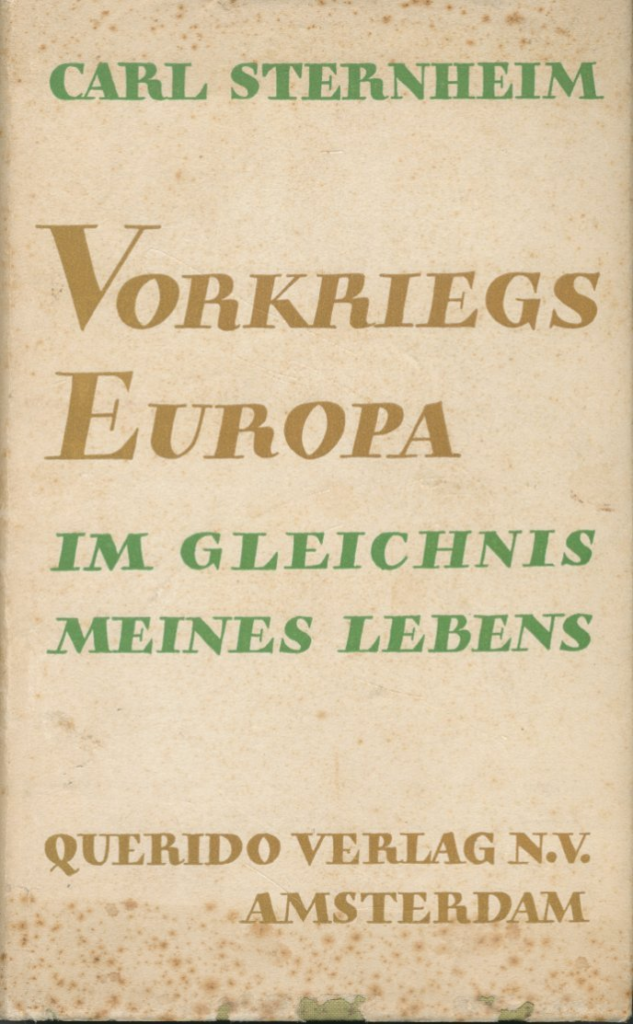
After years of nervous and psychological suffering, Carl Sternheim died alone and forgotten on 3 November 1942 in occupied Brussels in Ixelles/Elsene as a result of pneumonia.
His grave is located in the cemetery of Ixelles/Elsene, south of Brussels.
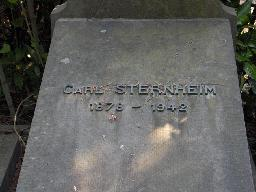
Sternheim was a very prolific writer.
In addition to a large number of plays, he wrote novellas, polemics, and the two-volume novel Europa.
Sternheim’s plays are a biting satire of the bourgeoisie of the Wilhelminian era.
At second glance, these revolting, selfish, class-conscious citizens appear to be true heroes.
At third glance, these nasty characters are doomed.

Sternheim believed that every human being is endowed with their own unique nature, which distinguishes them from everyone else.
The destiny of the individual, however, is to live out this uniqueness — general norms have no validity.
Sternheim argues against the subjugation and uniformity of the individual under social constraints by raising awareness of the uniqueness of the individual.
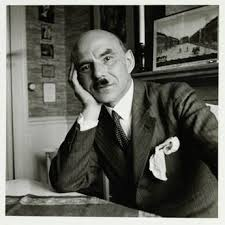
Above: Carl Sternheim
A special feature of Sternheim’s pieces is their telegram-style language.
Sternheim’s personality and his work were controversial from the start.
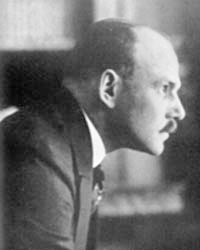
Above: Carl Sternheim
In 1911, Sternheim’s bourgeois comedy The Trousers premiered in Berlin.
It was enthusiastically received by audiences but banned by the police chief because of the immorality of a citizen losing her underwear in the street.
The Trousers, premiering on February 15, 1911, caused a
scandal.
Its rude directness and caustic mockery of the German
bourgeoisie led to a temporary ban.
The protagonists of the play are the minor civil servant Theobald Maske and his young wife Luise, the object of desire of the two new lodgers Mandelstam and Scarron.
They have rented the apartment because of Luise’s mishap, whose underwear visibly slipped down in public.
Theobald’s rivals are unsuccessful with Luise – Mandelstam recites
Richard Wagner in vain in an attempt to soften Luise, and Scarron, after making her submissive with a poetic outpouring of bombastic phrases, disappears to his room and locks himself in.
Instead, Theobald succeeds in satisfying his erotic needs with his neighbor Gertrud Deuter, while maintaining all order and apparent decency.
In doing so, he reveals the petty-bourgeois double standards that he uses without scruples to further his own interests.
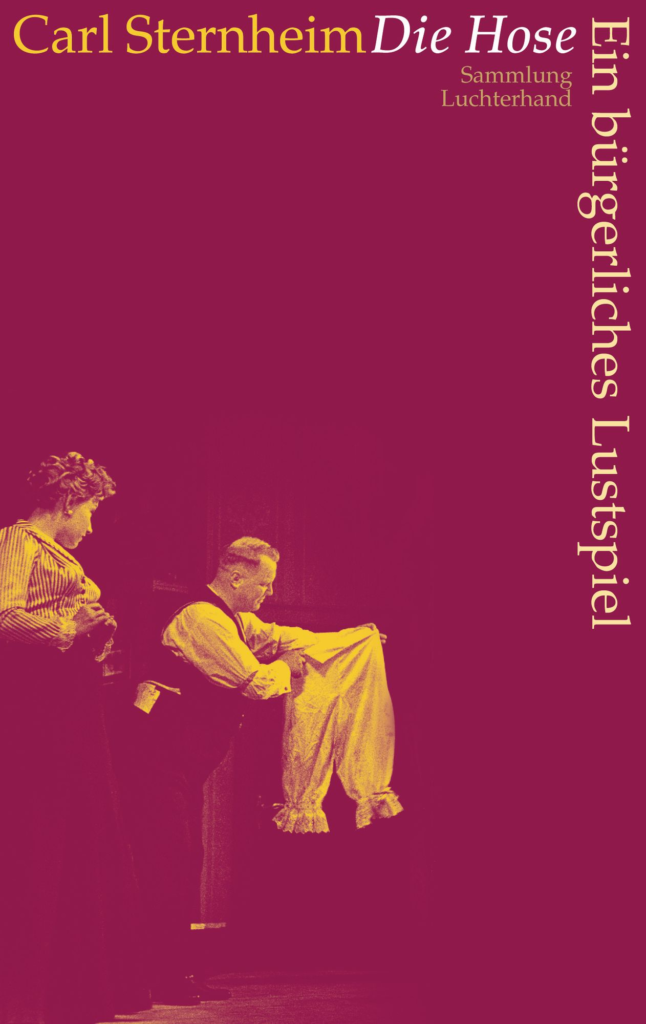
In 1912, when The Cassette premiered in Munich, there was a heated debate among the audience.
The actors were caught up in the scuffle on stage and pelted with hard objects, the Iron Curtain had to fall, and Munich suffered a theater scandal.

In April 1912, Carl Sternheim completed a comedy entitled O Täler weit, O Höhn , which later became one of the writer’s greatest successes in Bürger Schippel (1913).
Often performed during the Weimar Republic but ostracized during the Third Reich, his plays experienced a rebirth on German stages in the 1970s.
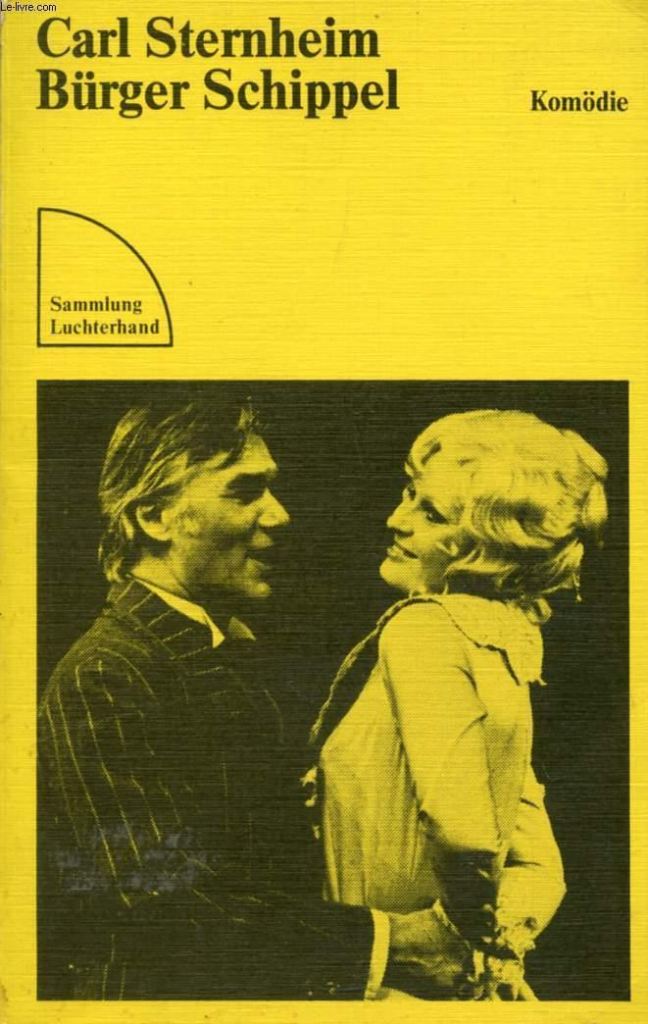
The character of Theophil Marder in Klaus Mann’s novel Mephisto (1936) bears traits of Sternheim.
His marriage to Pamela Wedekind appears there in the form of Marder’s marriage to Nicoletta von Niebuhr.

In The Snob, Sternheim chronicles the planned, ruthless rise of a newly rich bourgeois in Wilhelminian society.
With his staccato, telegram-like style, he lends the dialogue a staccato pace.
The focus of the play is Christian Maske.
After his economic advancement, he wants to follow suit with social advancement.
He breaks with his past and restructures his life.
He pays off Sybille Hull, who supported him and taught him manners, and sends her away.
Likewise, his parents are rewarded for the services they rendered to him during his first 16 years and sent to Zürich.
He makes friends with the bankrupt Count Palen and marries his daughter Marianne.
But his now widowed father also appears at the wedding.
Christian feels threatened by the presence of his simple father, who attracts the count’s interest because the father initially disapproves of the marriage, recognizing that the two belong to different social classes.
But the impending disaster does not materialize.
The father finds satisfaction in his son’s successful career.
As a final prank, Christian accuses his mother of adultery in order to be able to appear as the illegitimate son of a Parisian viscount and thus as the descendant of a French nobleman and finally step out of the shadow of his bourgeois origins.
Christian lives for his career.
It is supposed to lift him out of the bourgeois world and into the aristocratic circle.
He only cultivates human relationships to benefit from them.
But people are more complicated than accounting, something he realizes when his father arrives at the wedding.
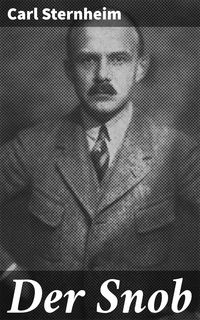
Sternheim puts his play 1913 under the motto:
There is always only a little that the world lacks for salvation.
He dedicates it to the memory of Ernst Stadler, the poet.
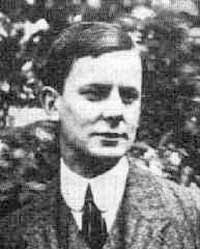
Above: German poet Ernst Stadler (1883 – 1914)
The play focuses on Christian Maske von Buchow, now ennobled, and his three children.
The 70-year-old, ailing CEO Maske sees his end approaching, but cannot for the life of him relinquish responsibility for his legacy.
As part of an arms deal, he seeks to demonstrate his power one last time over his eldest daughter, Sofie, when she begins to plot against him.
His son, Philipp Ernst, is a first-class bohemian, well-versed in social customs but with no interest in business.
The youngest of the siblings, Ottilie, is her father’s declared favorite child, in whom he places his hopes.
Recognizing the dangers of the social situation, however, she turns to other, non-purely monetary ideals.
Sternheim unmasks the economic practices of the newly rich industrial aristocracy, the pinnacle of Wilhelmine society.
Using a staccato-like style, he lends the dialogue a staccato pace.
Many of the accusations Sternheim casually weaves in against economic elites and their intrigues, financial capitalism, profiteering, exploitation, the throwaway society, hunger versus power, fashion and stardom, and social rigidity are still, or again, as relevant today as they were when the play was written.
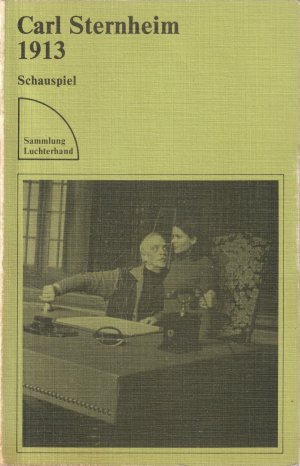
- Henry van de Velde (1863 – 1957):
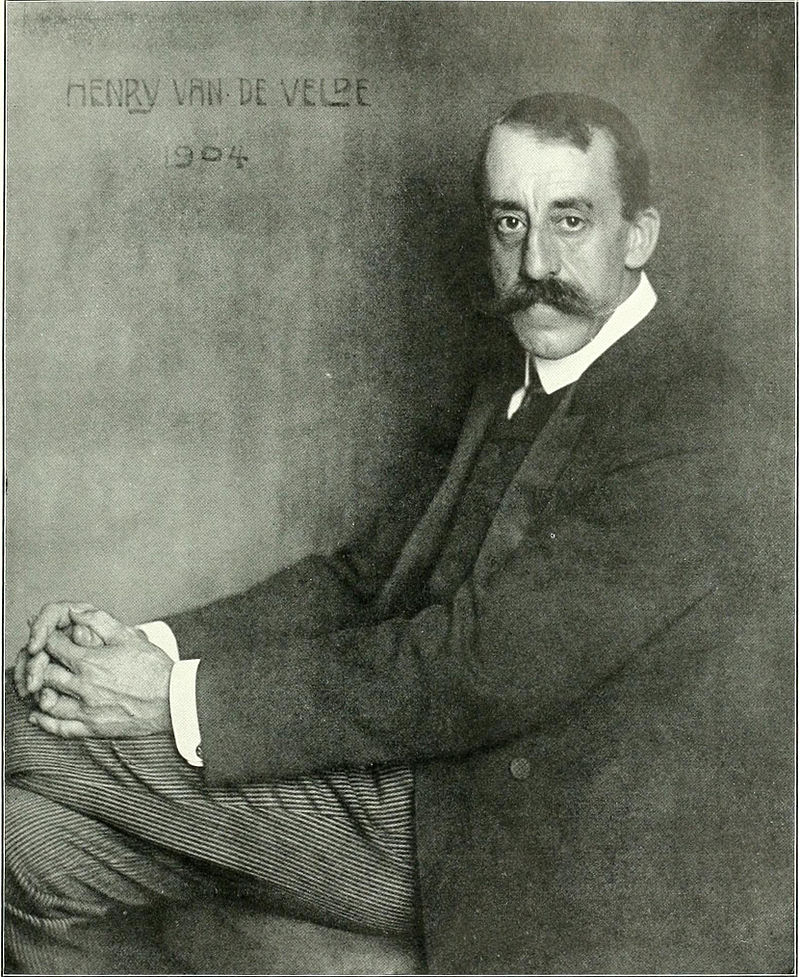
Above: Belgian architect Henry van de Velde
Henry van de Velde was the sixth of eight children of the wealthy pharmacist Guillaume Charles van de Velde.
His mother, Jeanne Aimée Aurore, née de Paepe, also came from a pharmacist family.
His father also organized festivals for famous international composers.
Henry van de Velde attended the Koninklijk Atheneum, a humanistic high school, in Antwerp.
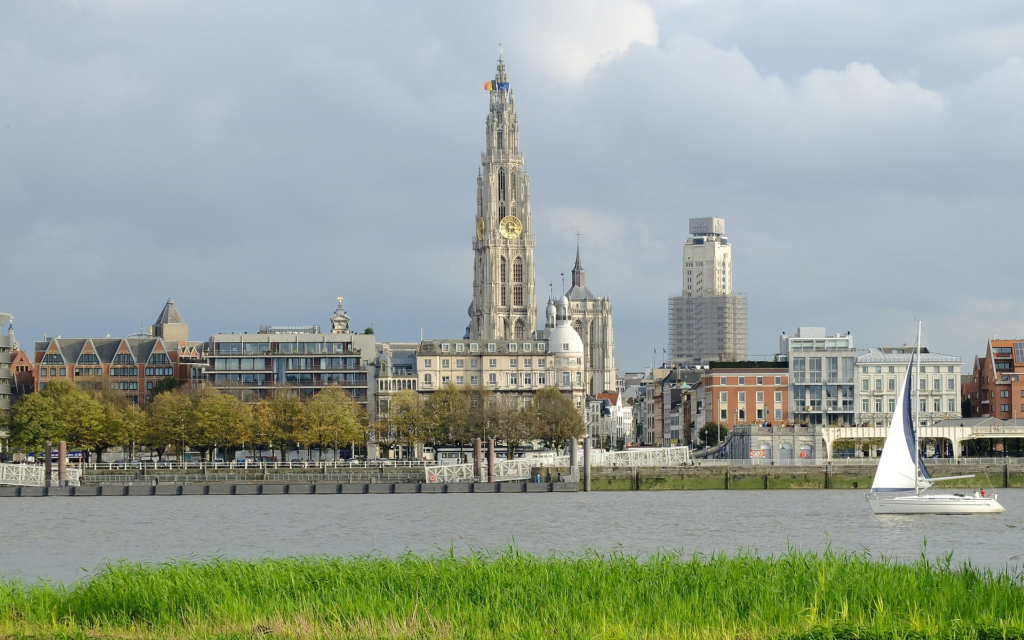
Above: Antwerp, Belgium
At the beginning of the 1878/1879 school year, he became friends with the future poet Max Elskamp in the fourth Latin class .
Their correspondence is preserved in the archives of the University Library of Antwerp.
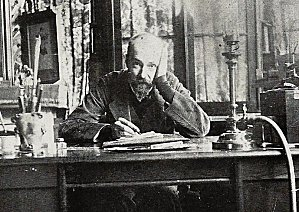
Above: Belgian poet Max Eiskamp (1862 – 1931)
From 1880 to 1885 he studied at the Antwerp Art Academy.

Above: Entry building to the Antwerp Art Academy
From 1883 he also studied briefly in the private studio of the painter Charles Verlat.
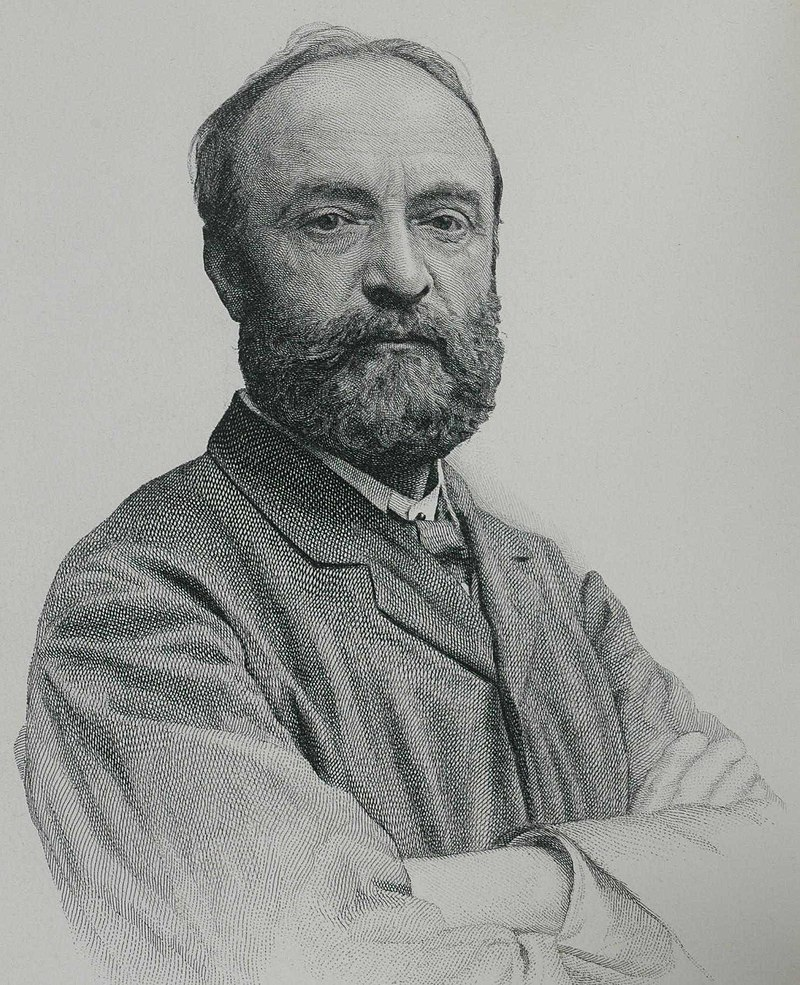
Above: Belgian painter Charles Verlat (1824 – 1890)
In the same year he co-founded the artists’ association Als Ik Kan.
When van de Velde saw Édouard Manet’s painting Bar aux Folies Bergère at the Antwerp Art Exhibition, he decided to continue his studies in Paris.
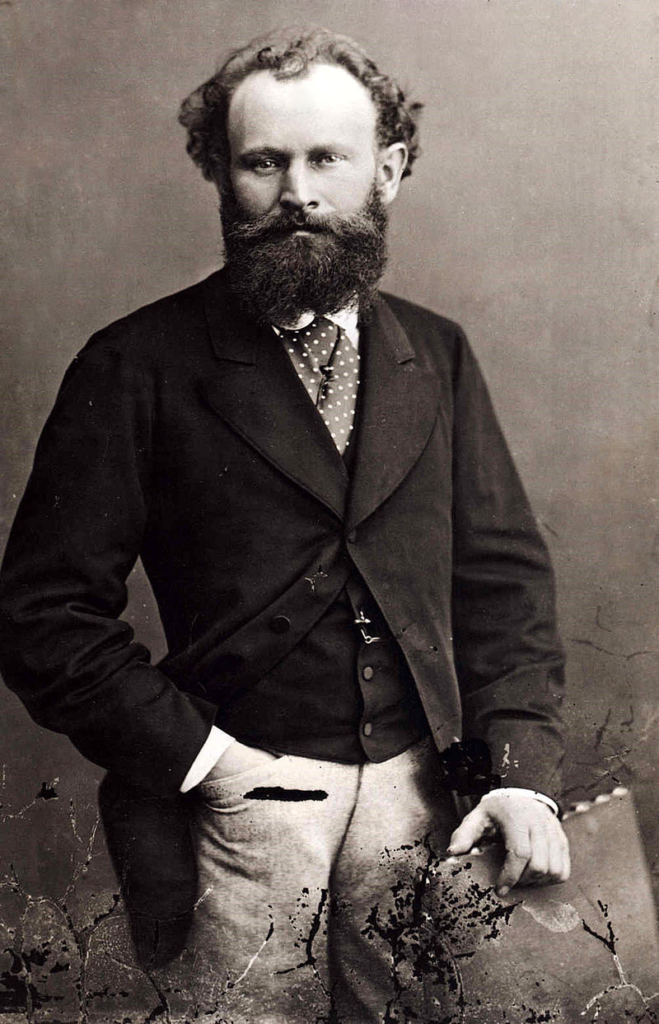
Above: French painter Édouard Manet (1832 – 1883)
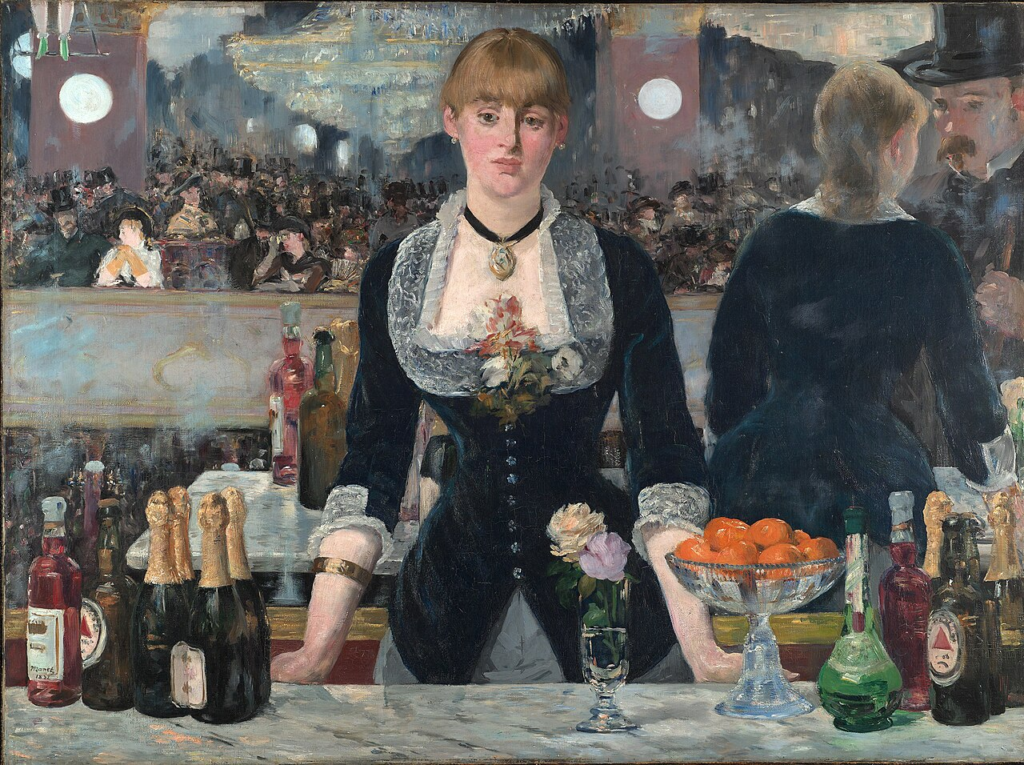
Above: Bar at the Folies Bergère, Édouard Manet (1882)
There he joined the Impressionist group L’Art Indépendant in 1884/1885.
Through Peter Benoit’s mediation he became a student of Émile Auguste Carolus-Duran.
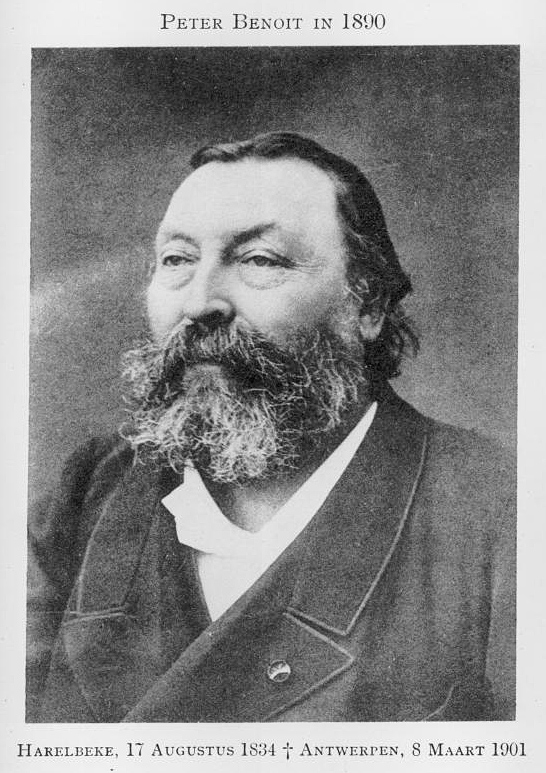
Above: Belgian composer Peter Benoit (1834 – 1901)
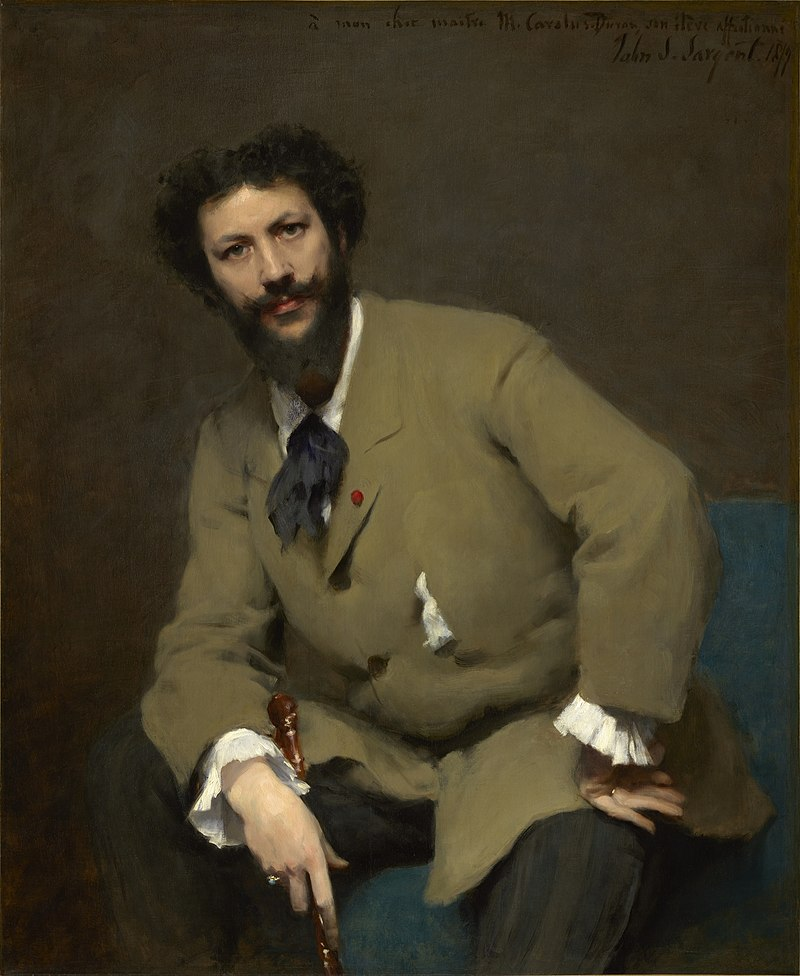
Above: French painter Émile Auguste Carolus-Duran (1837 – 1917)
When van de Velde returned to Belgium, he sought solitude and lived for four years in the inn of Wechelderzande, a small town near Antwerp.
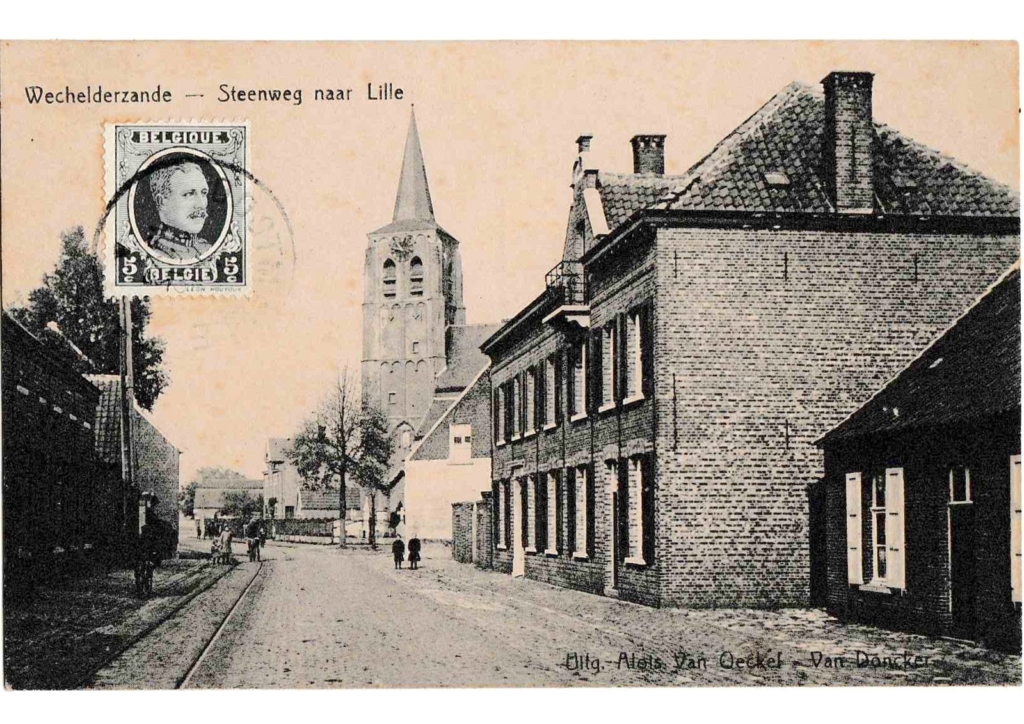
In the artists’ colony there, he became friends with Belgian landscape painter Adrian Joseph Heymans (1839 – 1921), Belgian painter Florent Crabeels (1829 – 1896) and Belgian painter Jacques Rosseels (1828 – 1912).
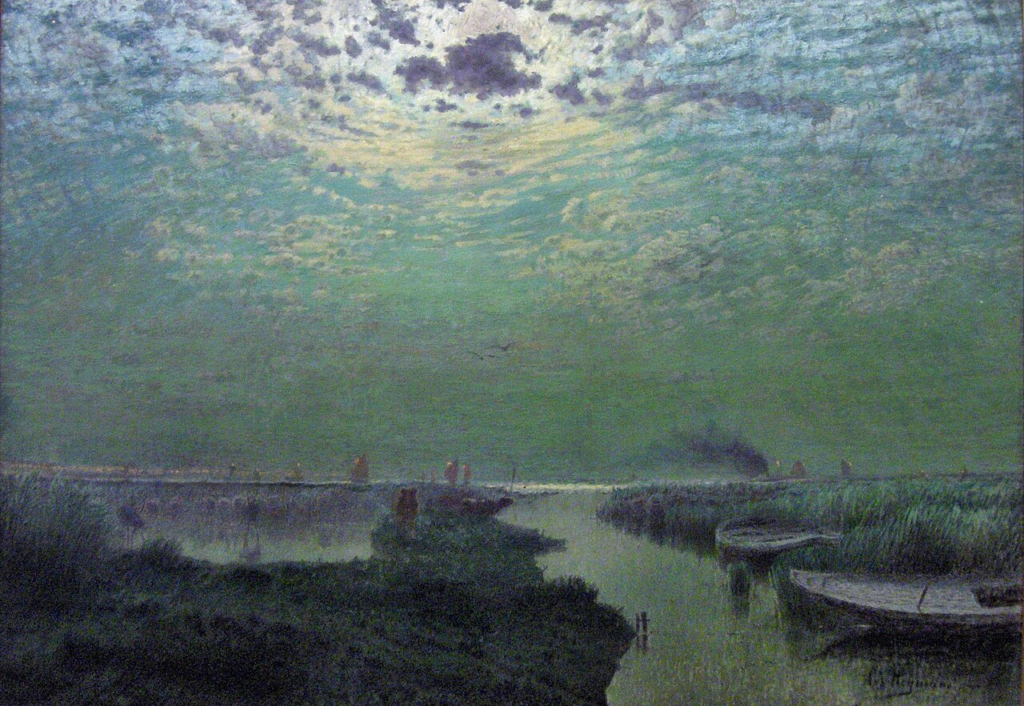
Above: Heaven by Moonlight, Adrian Joseph Heymans (1907)
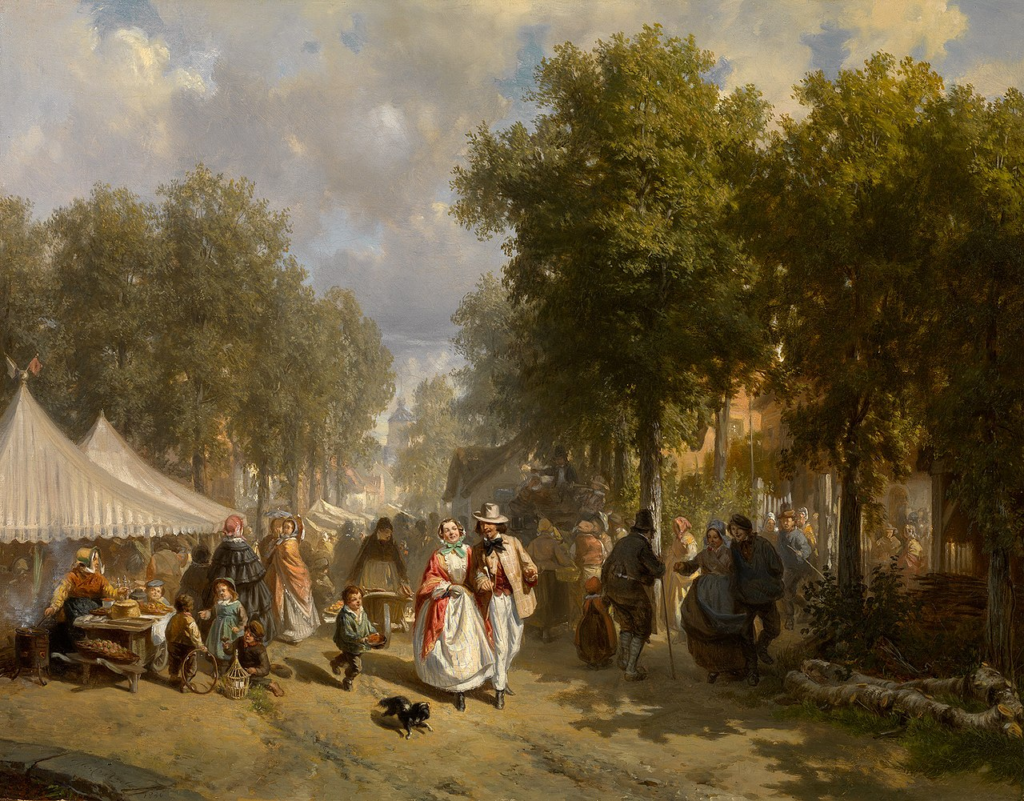
Above: The Fair, Florent Crabeels (1896)
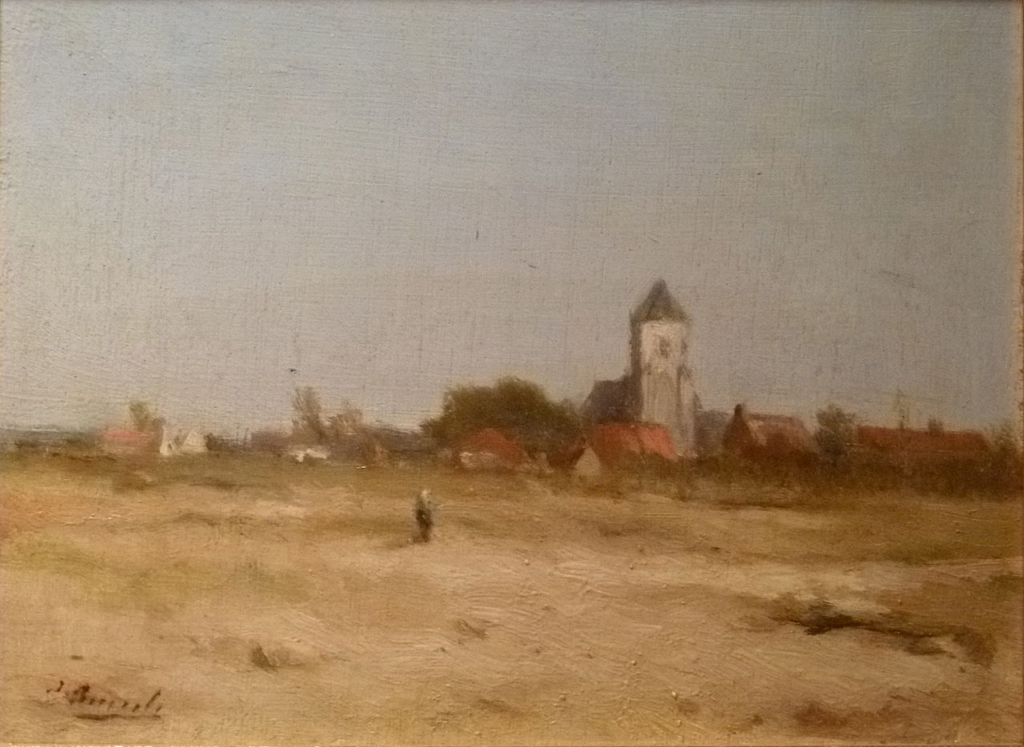
Above: Landscape with the church of Heist, Jacques Rosseels (1883)
In addition to his artistic work, van de Velde read the works of Friedrich Nietzsche and Émile Zola, among others.

Above: German philosopher Friedrich Nietzsche (1844 – 1900)
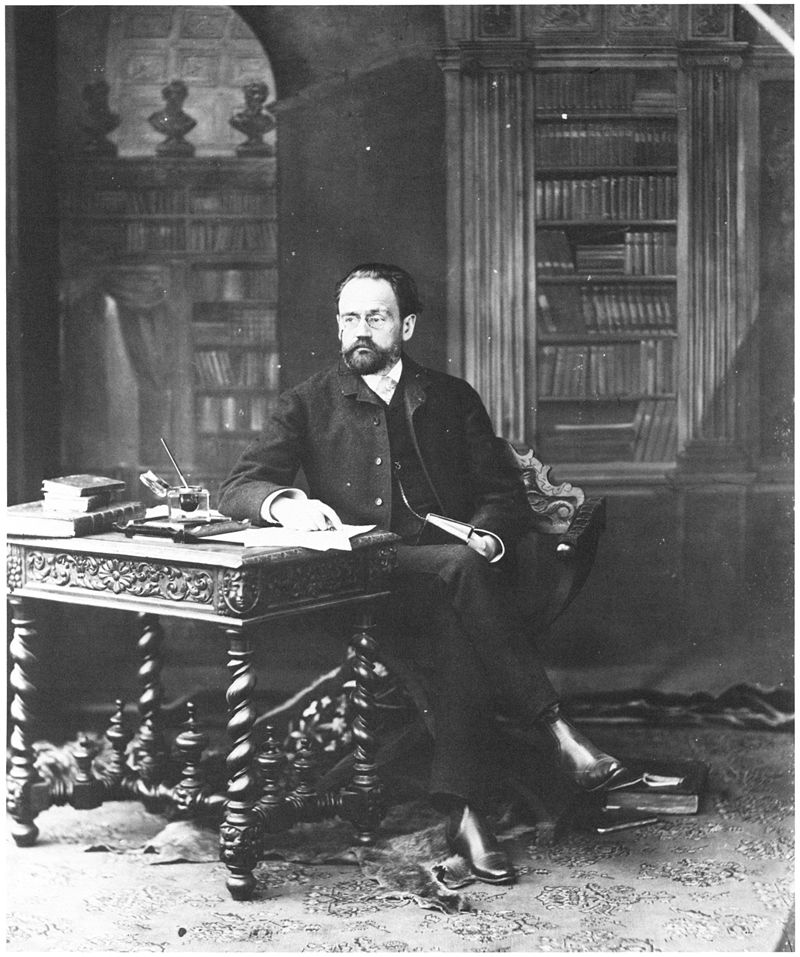
Above: French writer Émile Zola (1840 – 1902)
In the summer of 1887, his mother, who was already ill with cancer, visited him.
Van de Velde cared for her and painted her portraits.
In the winter of 1887/1888 they returned to Antwerp together.
In 1887, van de Velde founded the Association pour l’art indépendant with Max Elskamp, Georges Serigier, George Morren, and the lawyer Charles Dumercy.
This association remained active for three years .
In 1888, van de Velde was accepted as a member of the artists’ association Les Vingt.
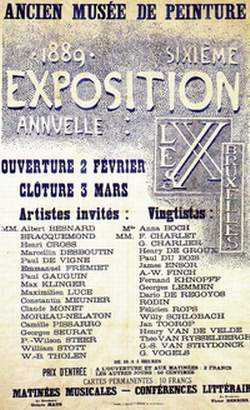
Above: Societé des Vingt invitation to the 6th Brussels Exhibition (1889)
During the winter months, he was often a guest of Edmond Picard, along with other artists, writers, poets, and politicians.

Above: Belgian writer Edmond Picard (1836 – 1924)
Because of developing neurasthenia, van de Velde spent the summer of 1889 with his brother in a Blankenberge villa.

Above: Pier, Blankenberge, Flanders, Netherlands
During this time he met Charles Van Lerberghe, with whom he became friends, as well as Émile Vandervelde and the lawyer Max Hallet.

Above: Flemish writer Charles van Lerberghe (1861 – 1907)
Later, van de Velde moved to Kalmthout to live with his older sister Jeanne and her husband in the house Vogelenzang.

Above: Kalmthout, Antwerp, Belgium
During this time, he had contact with August Vermeylen, among others.
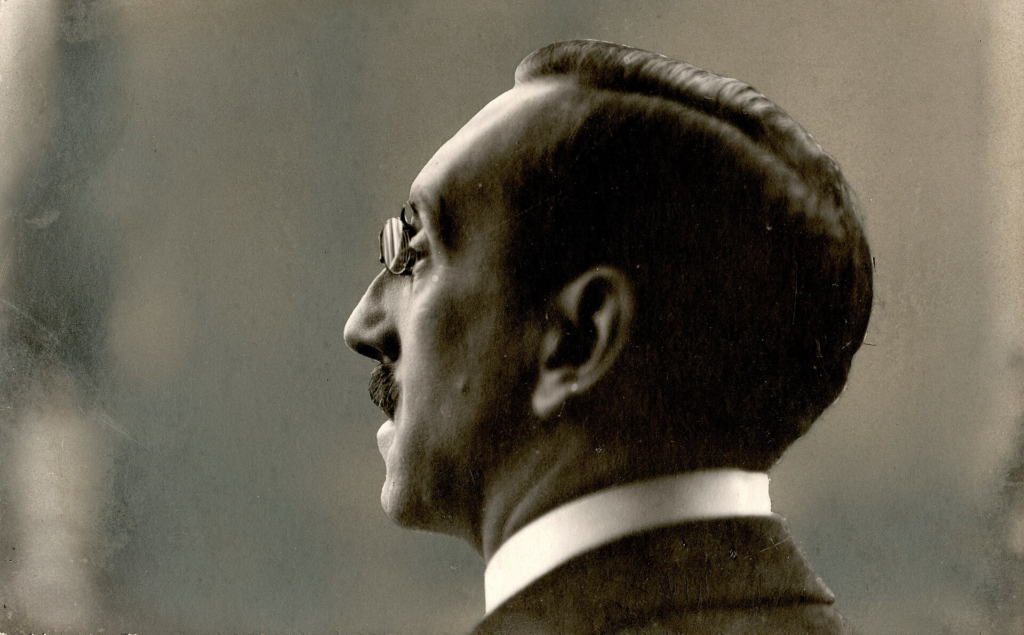
Above: Flemish writer August Vermeylen (1872 – 1945)
Van de Velde designed the title type for the newly founded literary magazine Van Nu en Straks (From Now and Later)
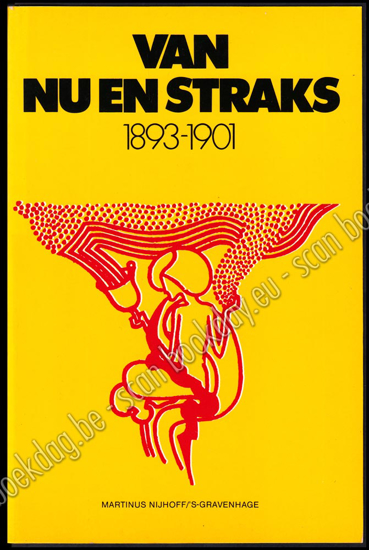
Since van de Velde was not satisfied with his painting, he tried to achieve through embroidery what he believed he could not achieve in painting.
So from mid-October 1892 to spring 1893 van de Velde stayed with his aunt Maria Elisabeth de Paepe in Knokke-Heist to learn appliqué embroidery from her.
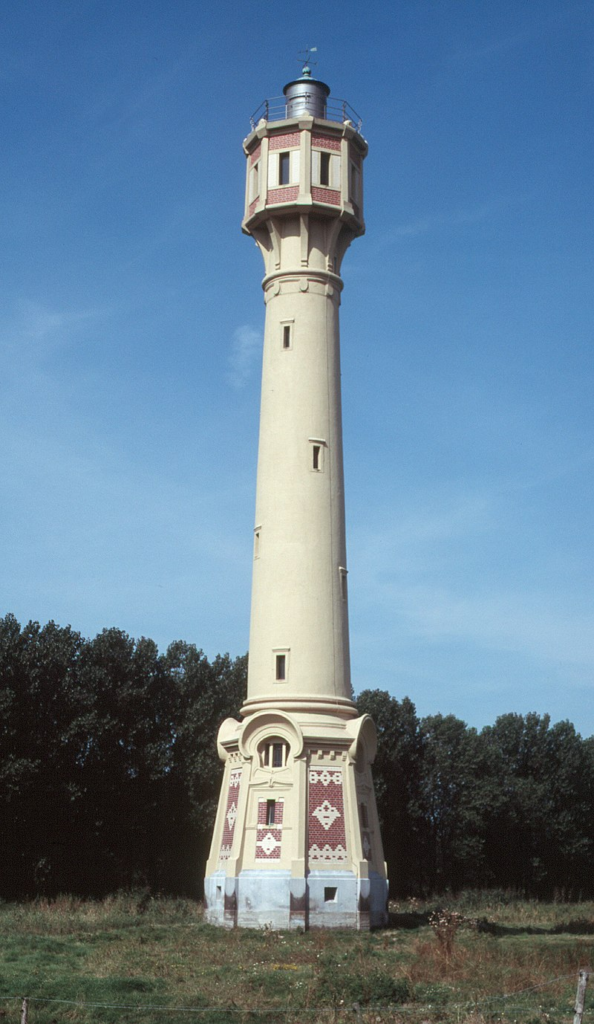
Above: Old Lighthouse, Knokke-Heist, West Flanders, Belgium
This resulted in the wall hanging Angel’s Watch, which is now in the Museum für Gestaltung Zurich.
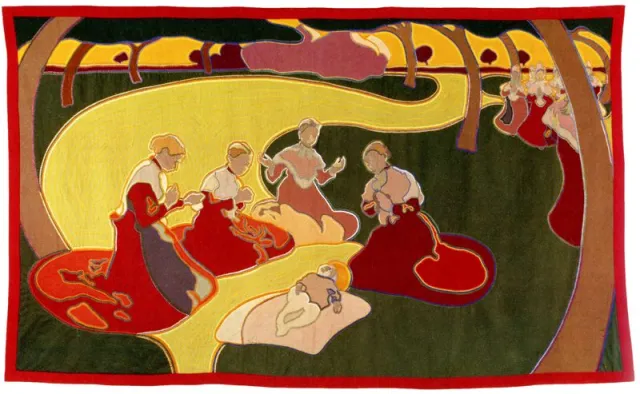
Above: Angel’s Watch, Henry van de Velde (1893)
“A feeling of restlessness and lack of satisfaction dominated us around 1890,” wrote Henry van de Velde in his Kunstgewerblichen Laienpredigten (Arts and Crafts Lay Sermons)(published in German in 1902).
The resulting artistic crisis of meaning led him to abandon his career as a painter around 1893/1894 and turn to architecture and applied art.
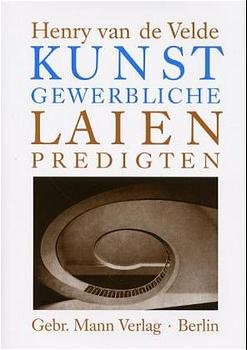
At Easter 1893, Théo van Rysselberghe and his wife Maria van Rysselberghe, Émile Verhaeren, Alfred William Finch and Maria Sèthe, whom he married in Uccle in May 1894, visited him.
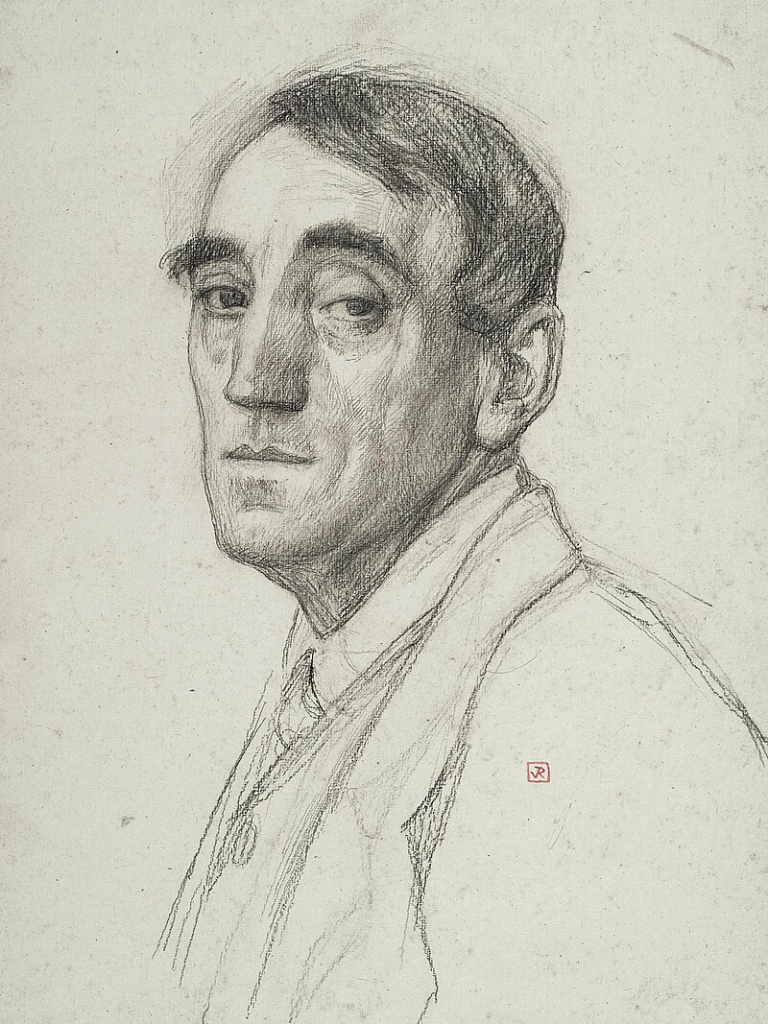
Above: Belgian painter Théo van Rysselberghe (1862 – 1926)
Their honeymoon took them to Johanna van Gogh-Bonger.

Above: Dutch art collector and sister-in-law of Vincent van Gogh Johanna Bonger (1862 – 1925)
After van de Velde met Julius Meyer-Graefe from the newly founded magazine Pan in 1895, he wrote various articles for the magazine over the years.
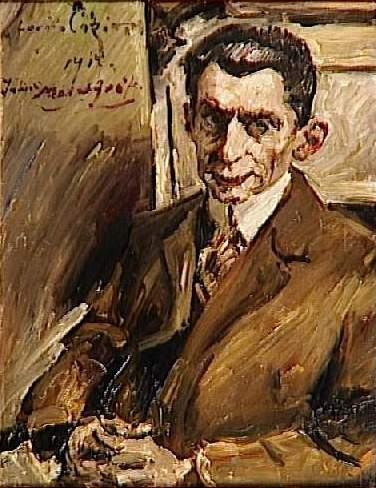
Above: Romanian painter Julius Meier-Graefe (1867 – 1935)
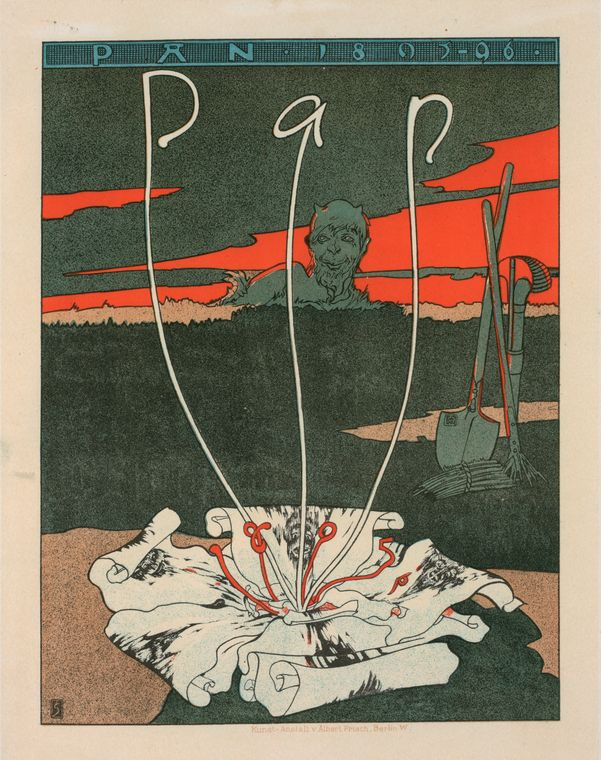
When German art collector Siegfried Bing wanted to redesign his gallery in Paris in 1895 under the new name Hôtel de l’Art Nouveau with new exhibition spaces, van de Velde was able to design a large dining room, a smoking room in Congo wood, a small cabinet in lemon wood, and a larger rotunda-like room with coordinated furniture and wall panels.
The furniture, lighting, wallpaper, fabrics and carpets created by other artists were intended to form parts of a vibrant whole.
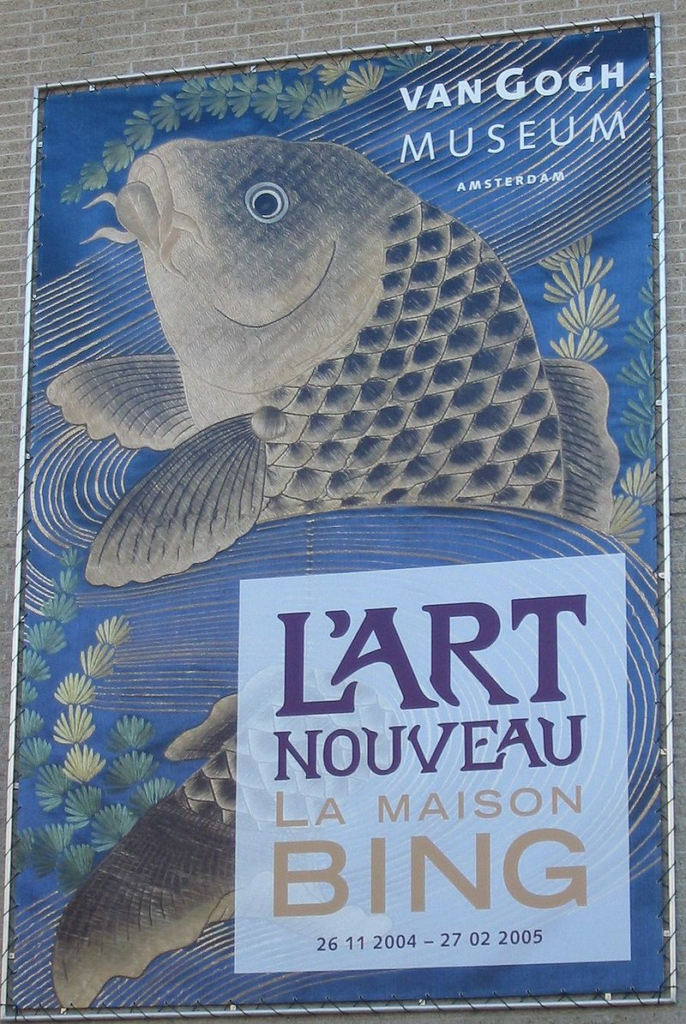
A few weeks after the opening of the scandal-ridden exhibition, a delegation from Dresden, led by Privy Councillor Woldemar von Seidlitz, the Director General of the Dresden Museums, visited the gallery.
The four rooms designed and created for Bing in Paris were to be re-erected in 1897 in Dresden at the International Art Exhibition in the Municipal Exhibition Palace.
A large “quiet room” was also to be created for visitors.
Two large rooms were made available to his artist friend Constantin Meunier for a complete exhibition of his work.

Above: Belgian artist Constantin Meunier (1831 – 1905)
Once in Dresden, the two artists and their wives moved into the Hotel Bellevue.
After the three-week exhibition, van de Velde was also known in Germany.
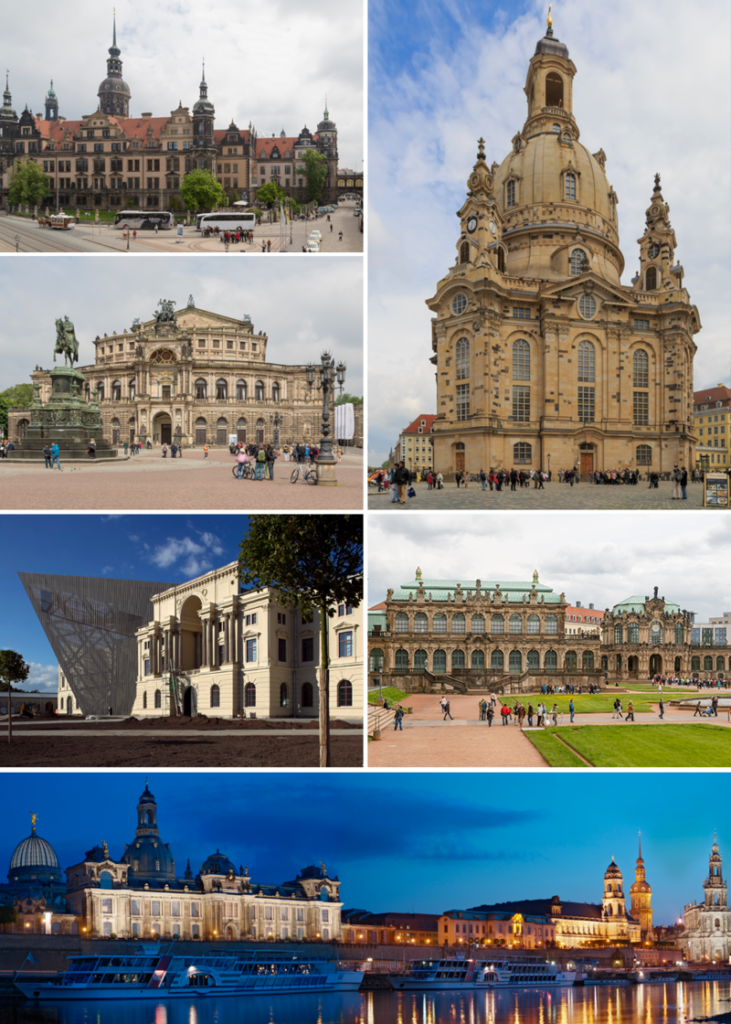
Above: Images of Dresden, Saxony, Germany
On the return journey, they visited van de Velde’s friend and first German client, Curt Hermann, in Berlin.
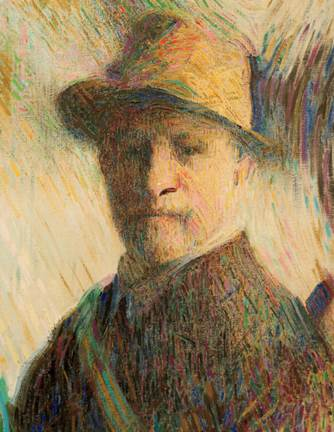
Above: German painter Curt Hermann (1854 – 1929)
Hermann and Eberhard von Bodenhausen used their capital to enable van de Velde to establish his Société van de Velde, a large house in the Brussels suburb of Ixelles.
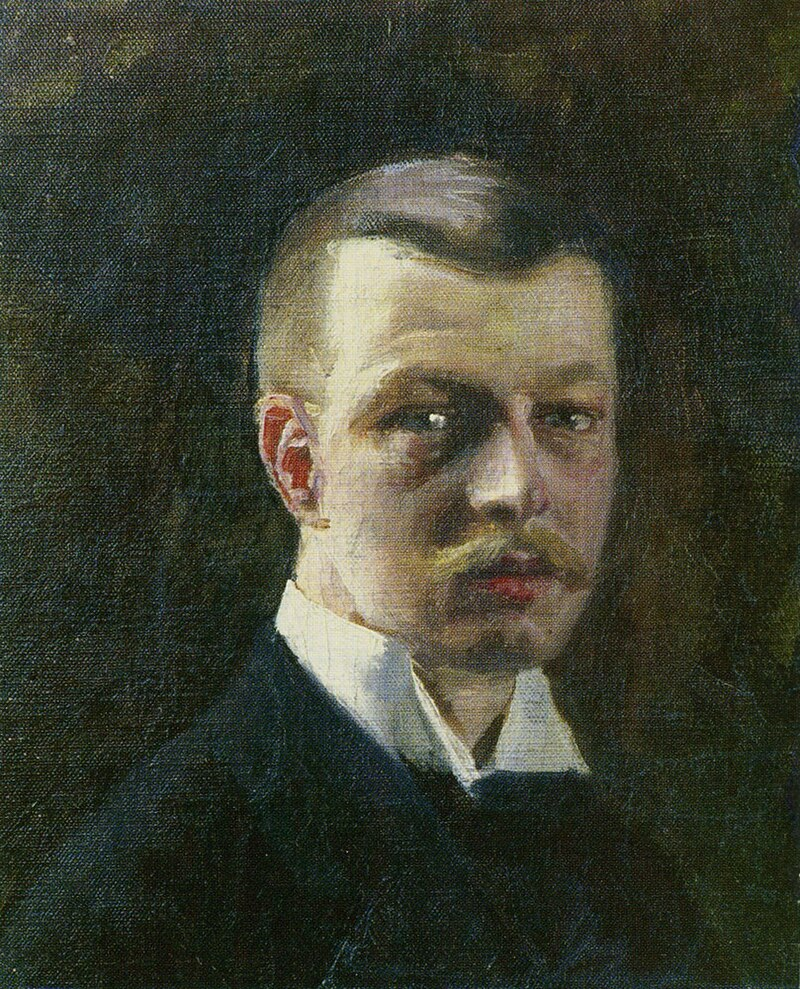
Above: German entrepreneur Eberhard von Bodenhausen (1868 – 1918)
His own workshops for the production of furniture, lighting fixtures and other furnishings, as well as jewelry, were soon at full capacity.
The new workshops and his relationships with the various “art houses” in Paris, Berlin and The Hague enabled van de Velde to exhibit and sell his own products, as well as to accept commissions from a number of Belgian intellectuals and art lovers who, as committed supporters of the new art movement, commissioned furniture, jewelry and book bindings from him.
The number of clients also grew in Germany.
Among them was the young Herbert Eugen Esche, who came from a respected Chemnitz industrial family.
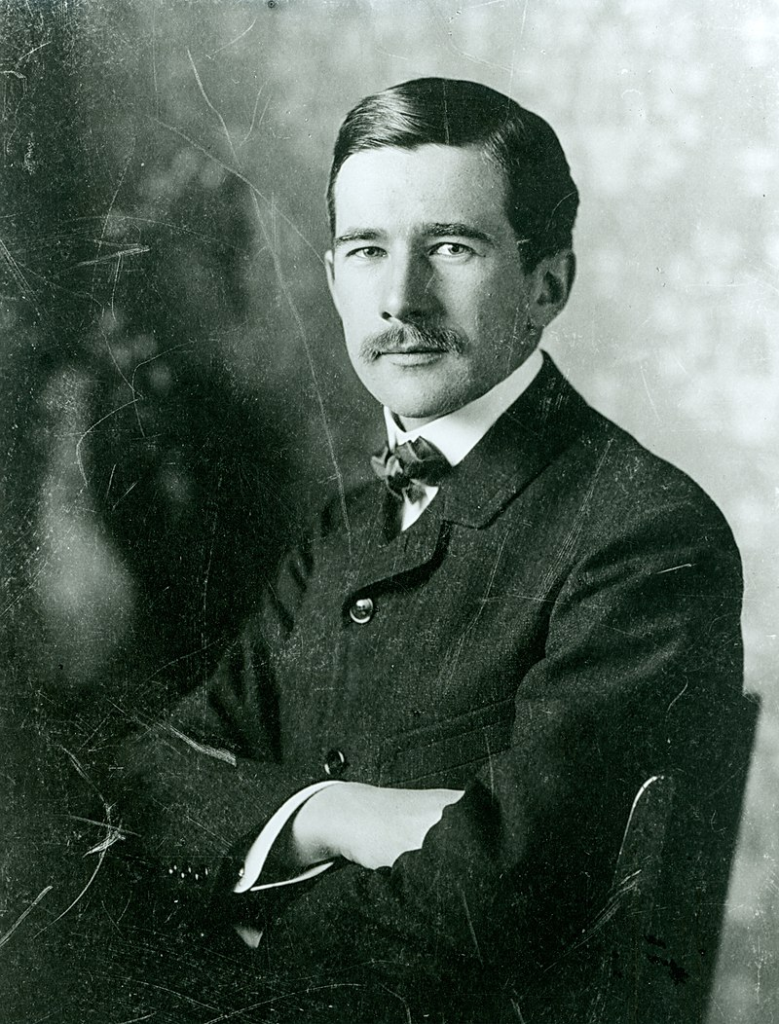
Above: German art patron Herbert Esche (1874 – 1962)
His patron, Harry Graf Kessler, had him furnish his Berlin apartment in Köthener Straße, and later also his apartment in Cranachstraße in Weimar.
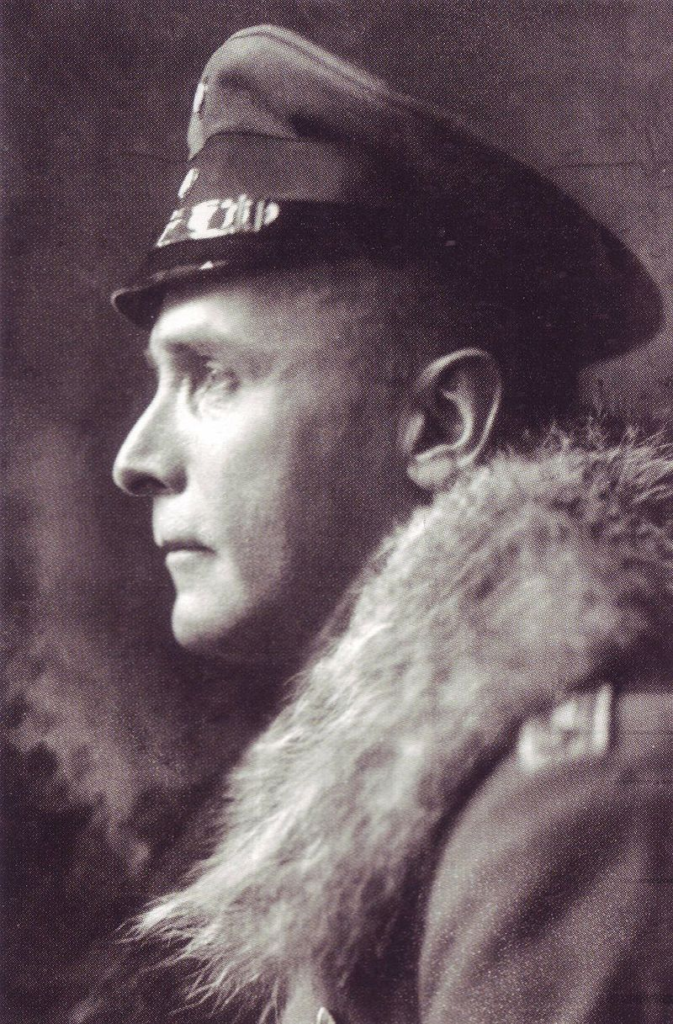
Above: German art collector Harry Graf Kessler (1868 – 1937)
Van de Velde elevated the line to the sole expressive medium of his objects.
It appears exemplarily enhanced to a sculptural form in the now famous candelabra of 1898, which was made for Kessler.
Kessler also participated in van de Velde’s “Workshops for Applied Art” and persuaded him to move to Berlin in 1901 by introducing him to art-loving circles and having him present his program there.
In 1900, Karl Ernst Osthaus contacted van de Velde and presented his idea for a museum that would give art a higher status in the industrial region of the Ruhr.
Van de Velde oversaw the museum project, designed the interior in the Art Nouveau style, and advised Osthaus, who had previously been primarily interested in 19th-century German painting from the Düsseldorf School of Painting, on the acquisition of Belgian and French works of art.
At the end of 2013, various objects designed by him from the Osthaus family estate were auctioned in Munich, including a silver belt buckle set with Ceylon moonstones and rose-cut diamonds, a cabinet from the music room, and a Havana armchair from 1897.
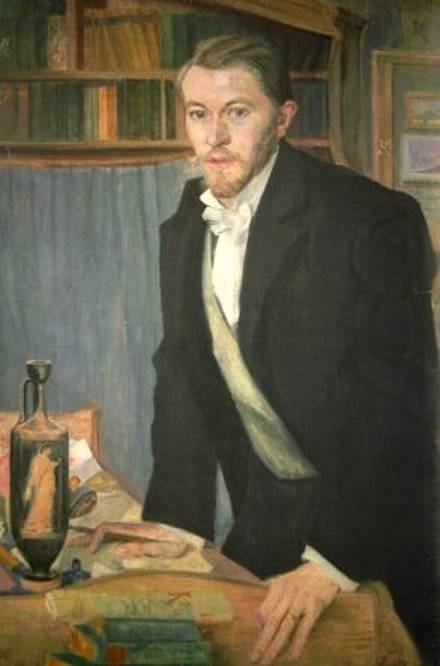
Above: German art patron Karl Ernst Osthaus (1874 – 1921)
Count Harry Kessler and Elisabeth Förster-Nietzsche lobbied the Weimar court to bring van de Velde to Weimar.
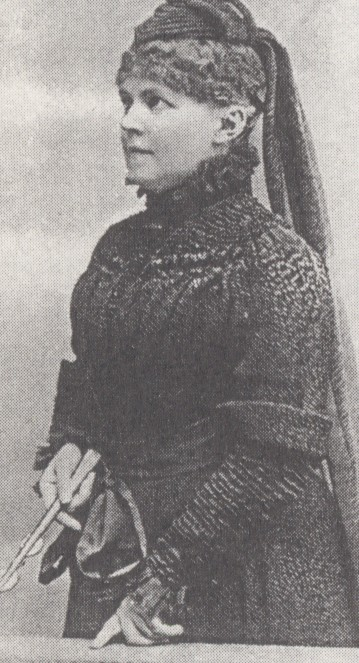
Above: Friedrich Nietzsche’s sister Elisabeth Förster-Nietzsche (1846 – 1935)
Van de Velde also received a commission from Grand Duke Wilhelm Ernst to focus on the product culture of the country’s arts and crafts businesses and industries, which soon began successfully working according to his designs.
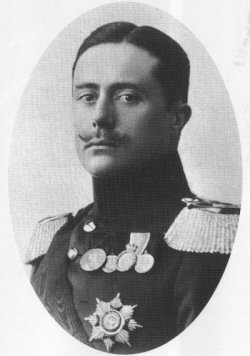
Above: Wilhelm Ernst, Grand Duke of Saxony (1876 – 1923)
In Weimar, van de Velde and his family moved into a house on Cranachstrasse in the Silberblick residential area, just a few hundred metres from Elisabeth Förster-Nietzsche’s villa .
He and his wife furnished the apartment using the few movable pieces of furniture they had brought from the Bloemenwerf house.
Van de Velde had brought his colleague and good friend of the family, the Swedish draftsman Hugo Westberg, with him from Berlin to Weimar.
Westberg, together with Hermann Scheidemantel, imported all of the furniture designed by van de Velde during his Weimar years.
After the original rented apartment had become too small for the family of seven, van de Velde had the Art Nouveau country house Hohe Pappeln built according to his own designs at Belvederer Allee 58 in 1906/1907.
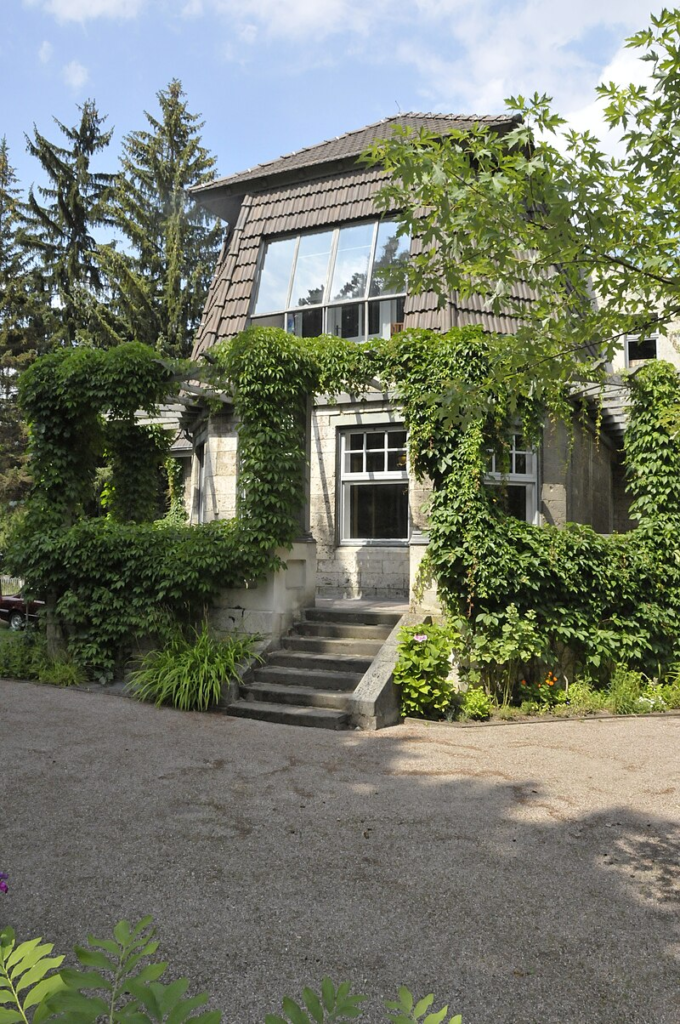
Above: Haus Höhe Pappeln, Weimar, Thuringia, Germany
Van de Velde set up his arts and crafts seminar, founded on 15 October 1902, and his private studios in the Prellerhaus.
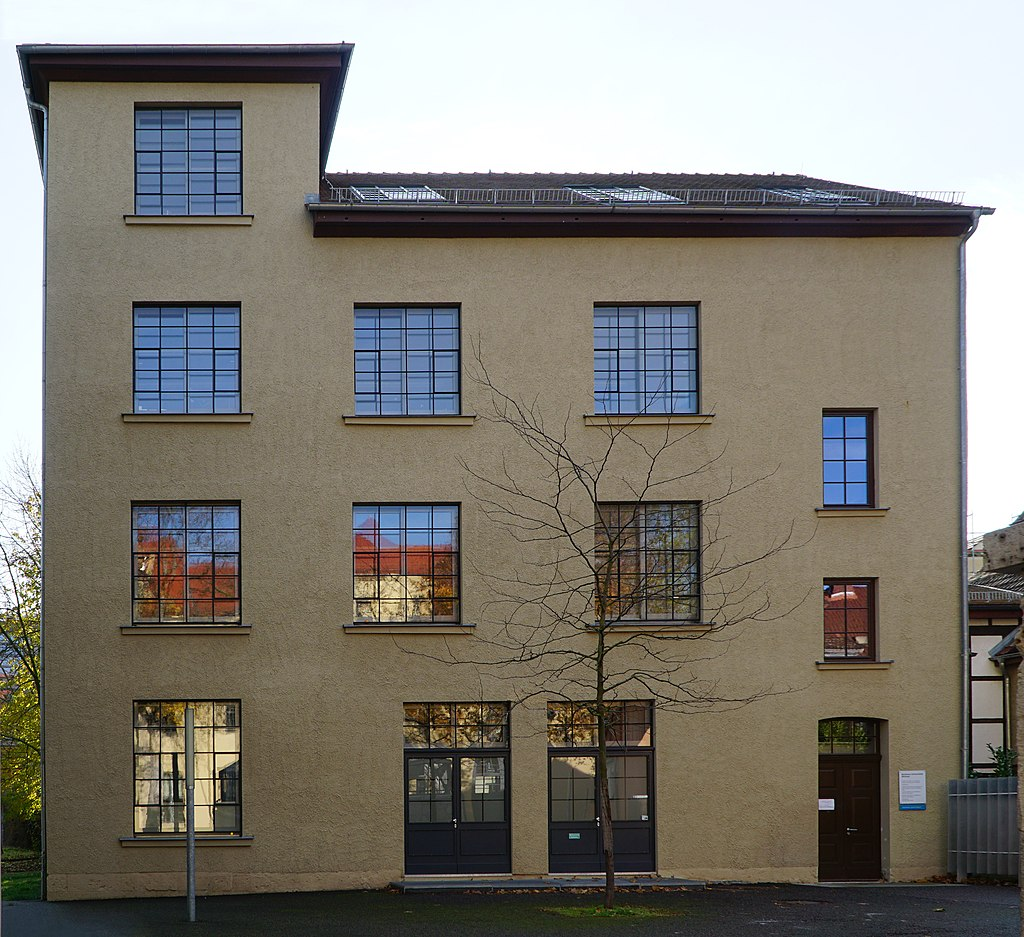
Above: Prellerhaus, Bauhaus University, Weimar
The Grand Ducal Saxon School of Arts and Crafts in Weimar was founded in 1908 on the initiative of van de Velde and financed by Grand Duke Wilhelm Ernst of Saxe-Weimar.
Van de Velde served as its director until its closure in 1915.
After 1919, the School of Arts and Crafts became the nucleus of the Bauhaus School.
In December 1996, the School of Applied Arts building (Van de Velde Building) was inscribed on the UNESCO World Heritage List, along with the Art School building.

The Art School building (also called the “Studio Building“) was constructed according to van de Velde’s plans.
Van de Velde was a member of both the German Artists’ Association, founded in 1903, and the German Werkbund, founded four years later.

Together with Anna Muthesius and Paul Schultze-Naumburg, he also designed artistically inspired models of women’s reform clothing.
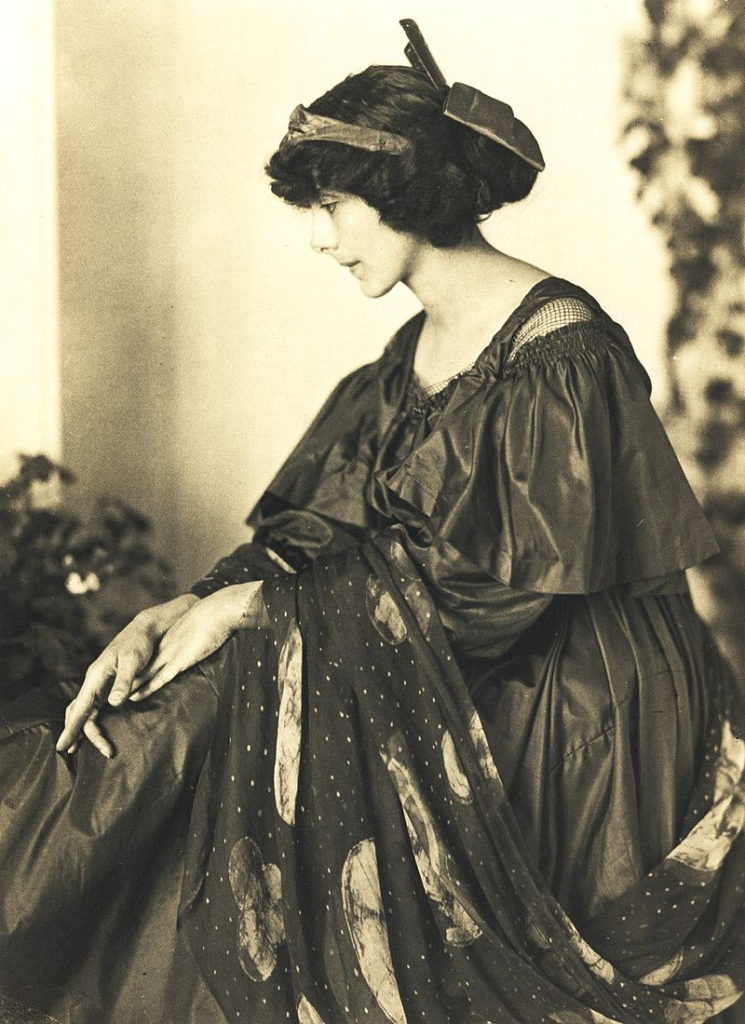
Above: German fashion designer Anna Muthesius (1870 – 1961)
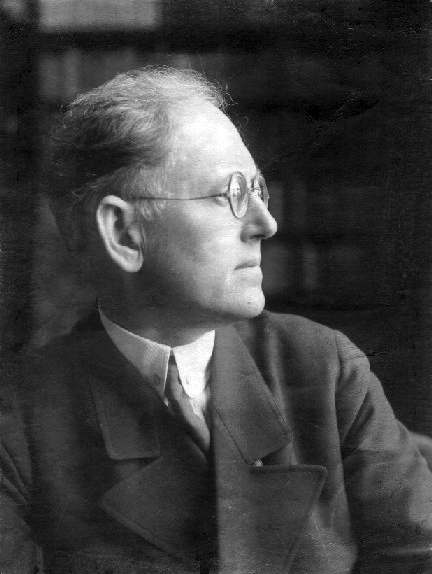
Above: German architect Paul Schultze-Naumburg (1869 – 1949)
In 1902, a Van de Velde Room was set up in the Exhibition Palace for the Düsseldorf Industrial and Trade Exhibition.
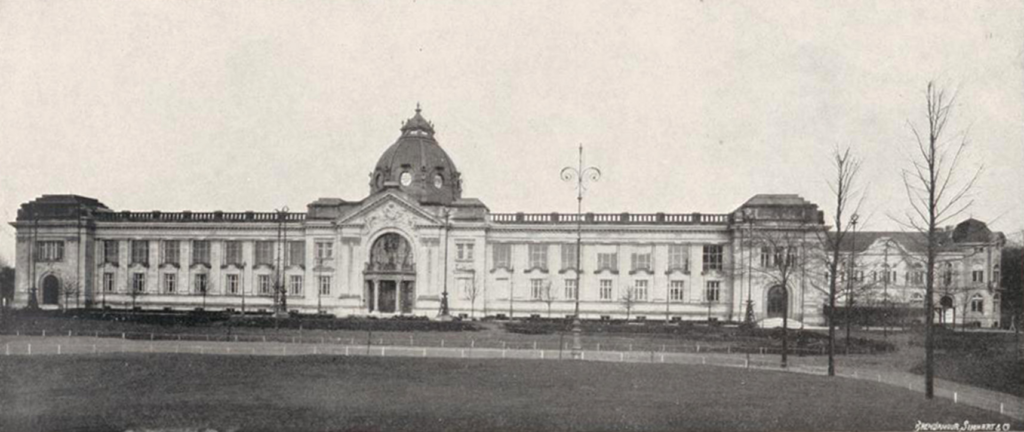
Above: Art Palace and Restaurant, Düsseldorf, North Rhine-Westphalia, Germany
From 1908 to 1909, he also redesigned the interior of Lauterbach Castle in the Art Nouveau style.
No building contracts from the Grand Duke materialized, but Van de Velde worked successfully as an architect for private clients.
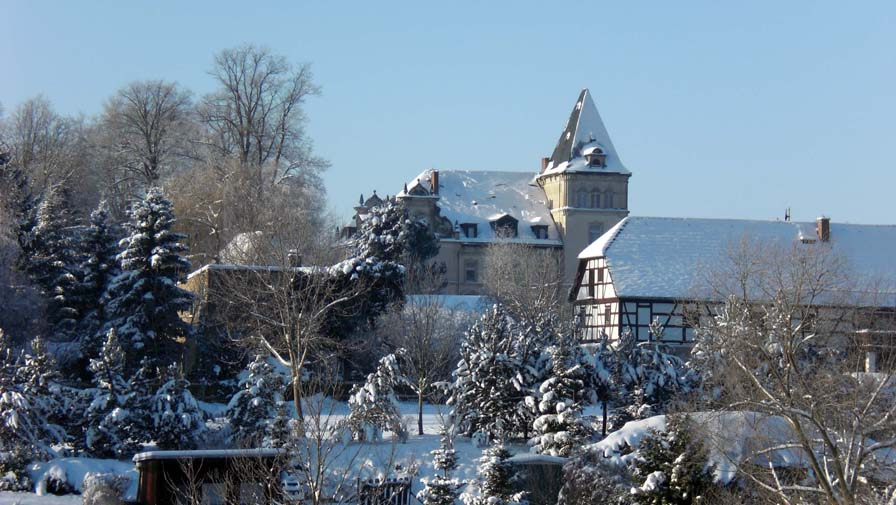
Above: Lauterbach Castle, Saxony, Germany
A planned monumental Nietzsche memorial, a summer theater for the Berlin actress Louise Dumont , and a restaurant at the Weimar tourist destination Webicht were never realized.
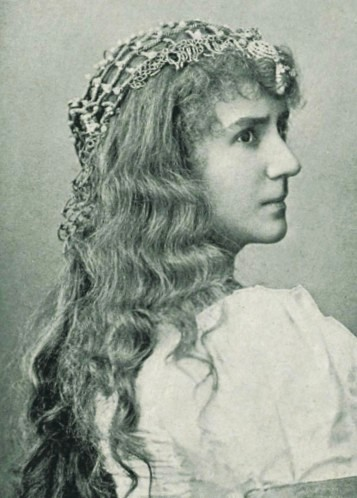
Above: German actress Louise Dumont (1862 – 1932)
From 1914 to 1916, at the request of his friend Harry Graf Kessler, during his conscription for military service in World War I, van de Velde headed the Cranach Press in Weimar, founded by Kessler.
The School of Arts and Crafts was closed in 1915 due to the war.
No longer tolerated as an “enemy alien” during the First World War, van de Velde left Weimar in 1917.
As a member of a “nation hostile to the war“, he had to endure political pressure.
At times, he was allegedly required to report to the Weimar police three times a day, even though he held a German passport.
The Belgian architect and designer Henry van de Velde emigrated to Switzerland in 1917 from Germany, where he had previously lived.
While exploring Bellevue, he took an excursion and discovered an “uninhabited patrician house in a wonderfully overgrown garden— it was a dream, seemingly made for a poetically inclined artist seeking a home for his family with five children!“
In the summer of 1918, van de Velde bought the former “Hotel Schloss” in Uttwil.
It was the Schlössli right next to the Schifflände.
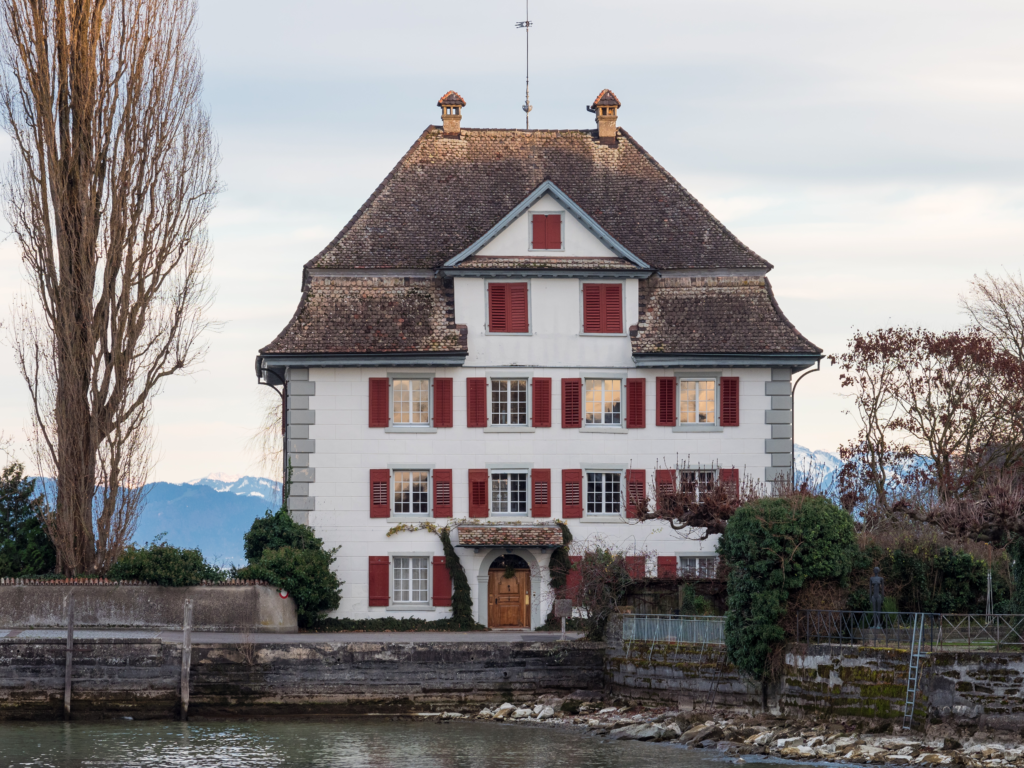
Above: Schlössli, Uttwil, Canton Thurgau, Switzerland
Here, van de Velde moved in with his family and ran a hospitable household, bringing life back to the old walls.
Their twins attended the public secondary school in Dozwil.
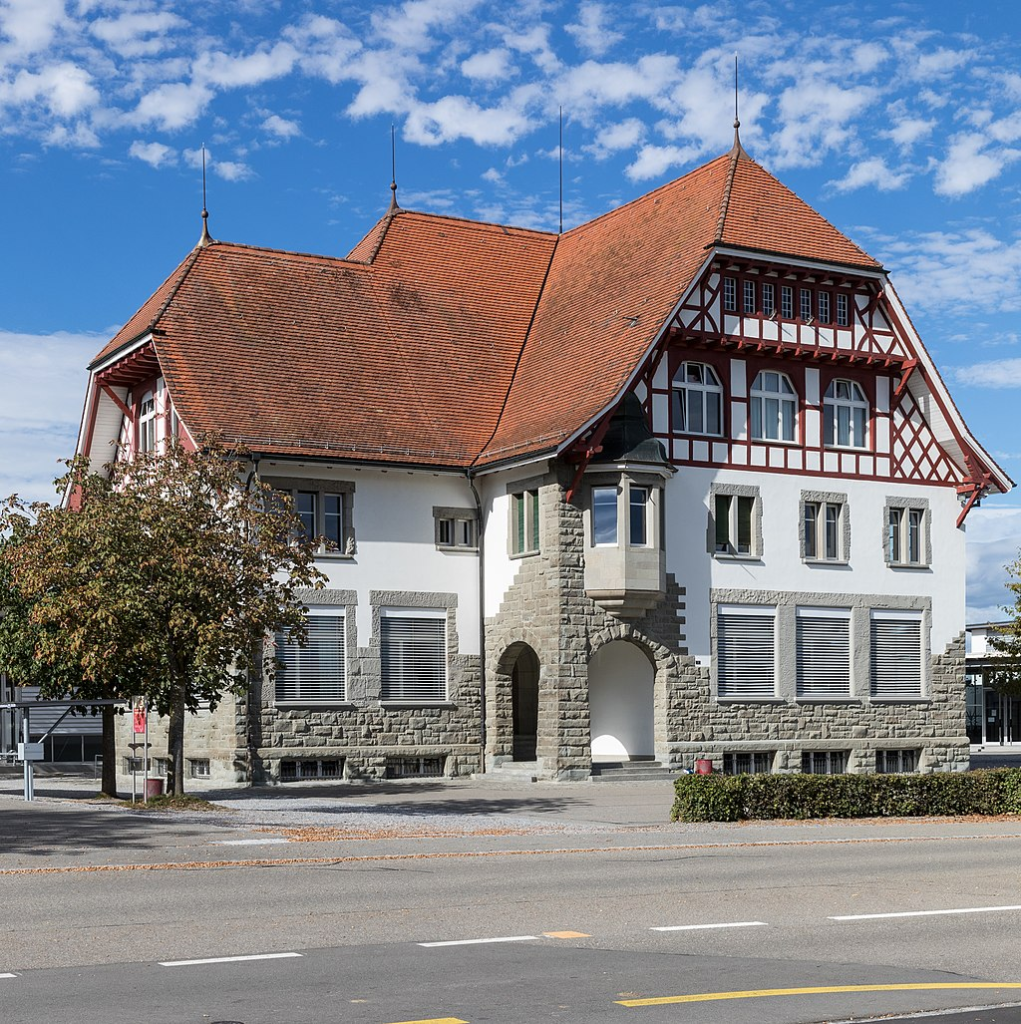
Above: Secondary schoolhouse, Dozwil, Canton Thurgau, Switzerland
Financial reasons may have played a role in this.
As van de Velde was a Belgian citizen, his assets in German banks were frozen by the young Weimar Republic, leaving him without his livelihood.
His friends and guests included René Schickele, who also moved to Uttwil.
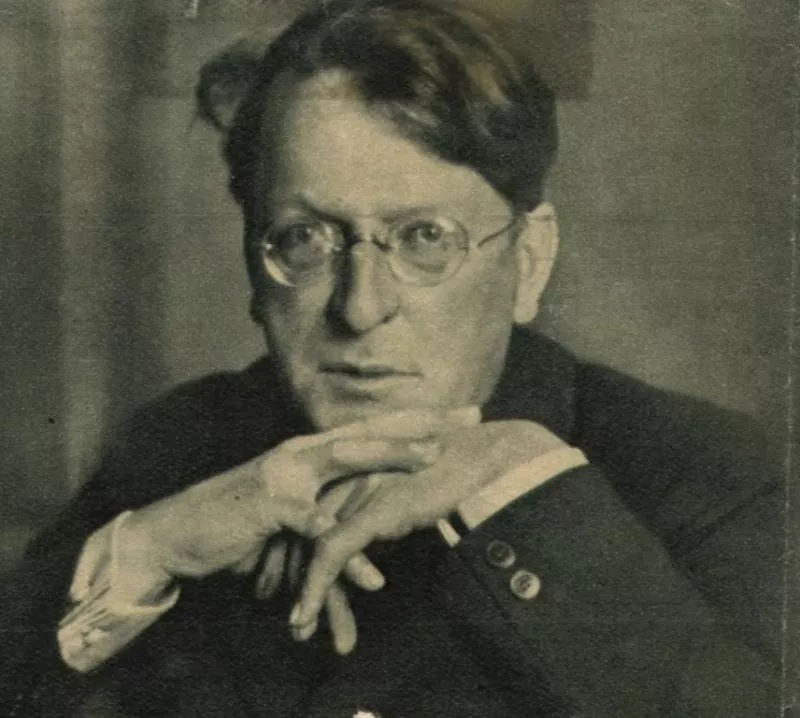
Above: René Schickele
For a few months, van de Velde’s dream of the unity of art and life flourished.
More writers, musicians, artists, and other intellectuals came to Uttwil than ever before.
And never again afterward.
At van de Velde’s initiative and with his financial support, Ernst Ludwig Kirchner spent ten months at the Bellevue Sanatorium in Kreuzlingen, beginning in mid-September 1917.
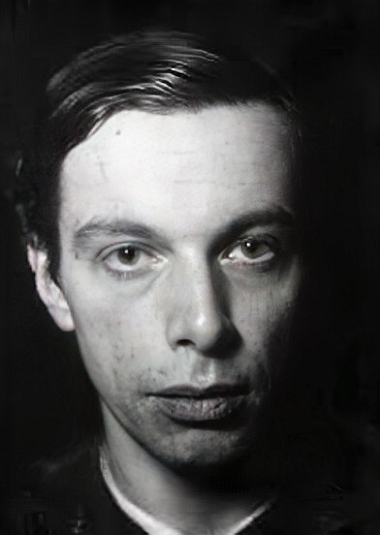
Above: German artist Ernst Ludwig Kirchner (1880 -1938)
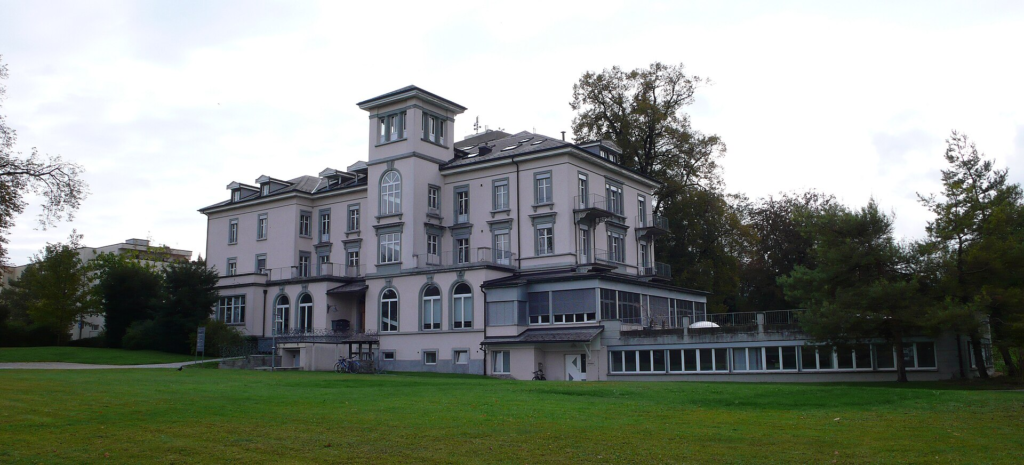
Above: Bellevue Sanatorium, Kreuzlingen, Canton Thurgau, Switzerland
There, his eldest daughter, Nele van de Velde, met Kirchner in the spring of 1918, became friends with him, and became his only student.
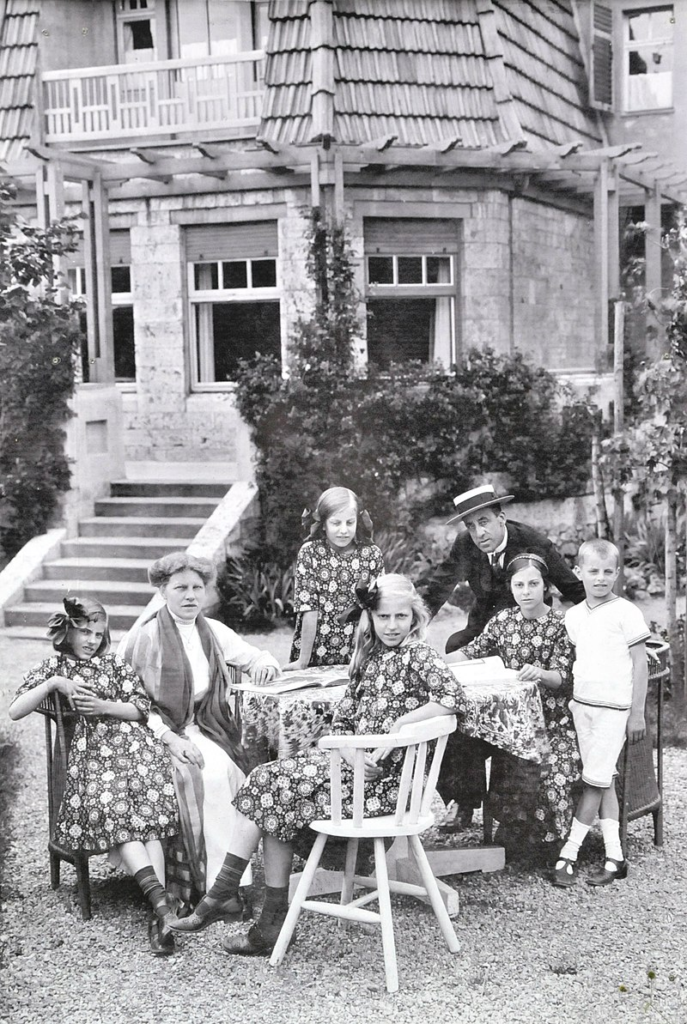
Above: Henry van de Velde with family in front of his house Hohe Pappeln in Weimar; from left: Puppie, Nele, mother Maria, Anne-Sophie, father Henry, Thylla, Thyl
From 1920 to 1926, he designed a private museum in Otterlo in the Netherlands for the patron couple Kröller-Müller, which, however, was not completed as a temporary structure until 1938.
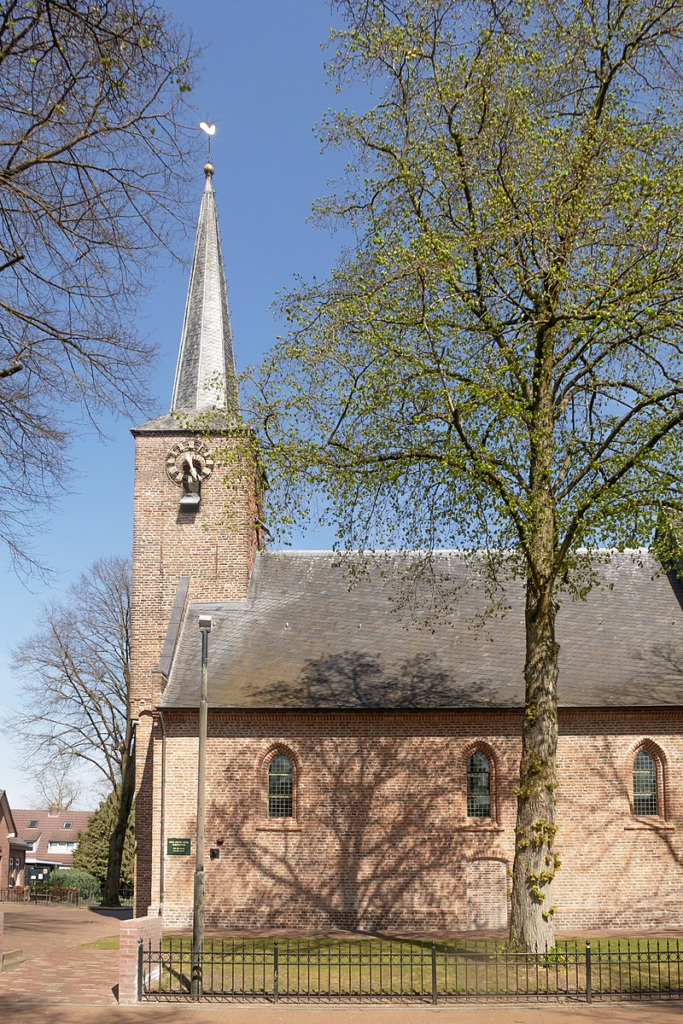
Above: Reformed Church, Otterlo, Gelderland, Netherlands
In 1925, he was appointed professor of architecture at the University of Ghent.

One year later he became director of the newly founded Institut Supérieur des Arts Décoratifs (ISAD) in Brussels.
Starting over in Belgium wasn’t easy.
Years after the First World War, van de Velde was still being attacked as a Germanophile and accused of being a German citizen.
He retired in 1936 but took part in two world’s fairs:
- the 1937 Paris Exposition
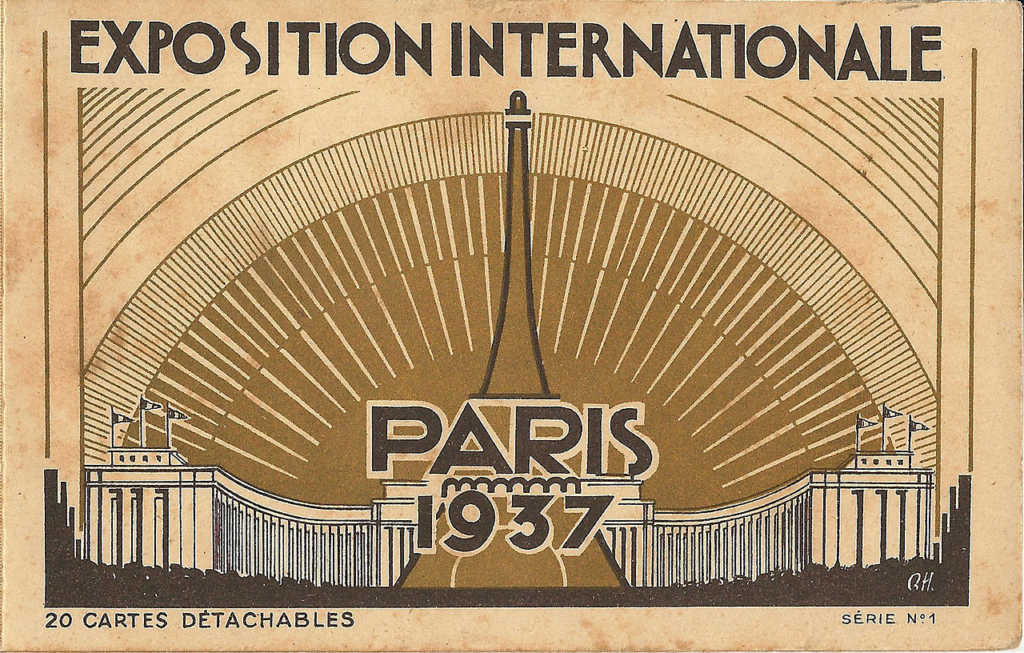
- the 1939 New York World’s Fair.
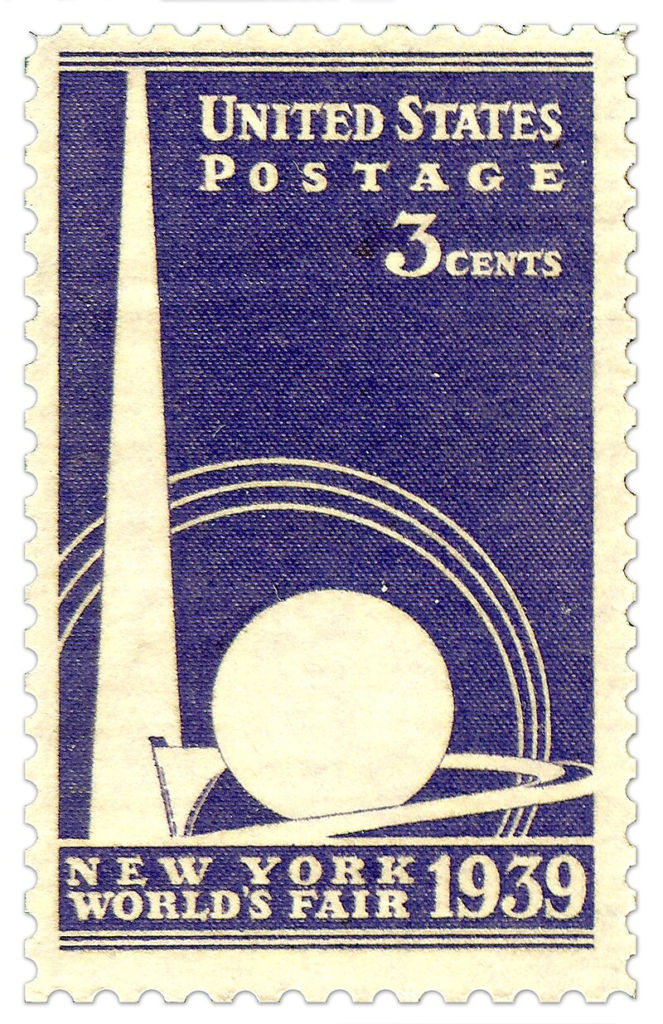
In 1939, van de Velde was appointed a member of the Belgian Royal Commission for Monuments and Landscapes.
Because of his work as Conseiller esthétique de la reconstruction, as an advisor for reconstruction under the German military administration, the 83-year-old faced renewed hostility in Belgium after the Second World War.
He was accused of collaboration and was subsequently prosecuted, but the proceedings were quickly dropped.
At Maja Sacher’s invitation, van de Velde and his daughter Nele settled in Switzerland again in the autumn of 1947.
For the first few years, they lived in the house of child psychiatrist Marie Meierhofer “in Holderbach,” Oberägeri.
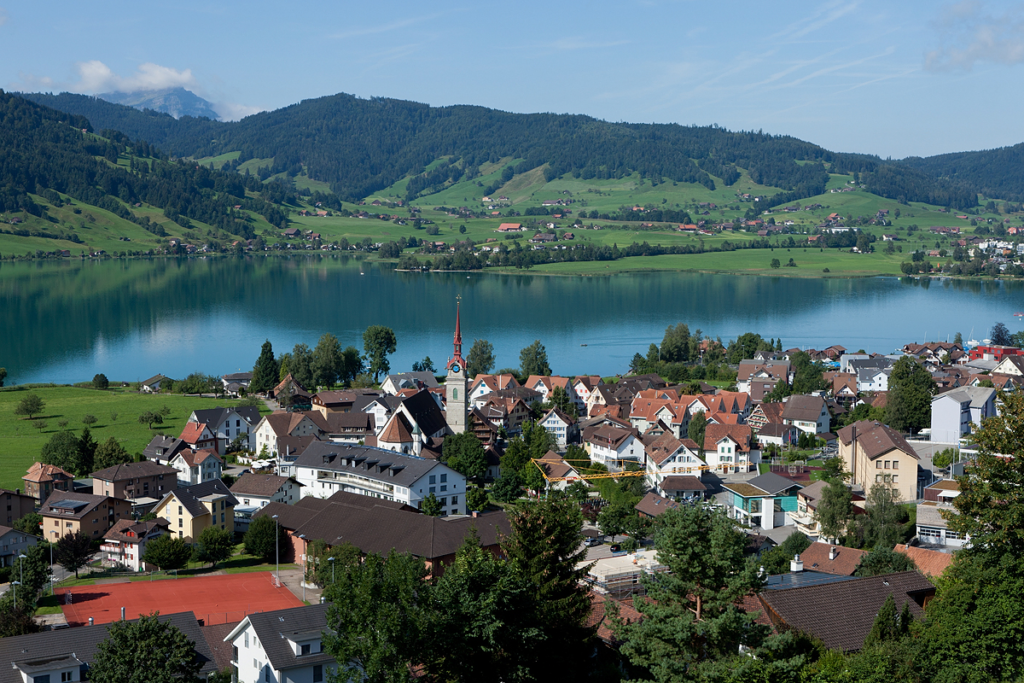
Above: Oberägeri, Canton Zug, Switzerland
The architect Alfred Roth built them a simple wooden bungalow nearby, which they moved into in 1957 and in which they lived rent-free for their entire lives.
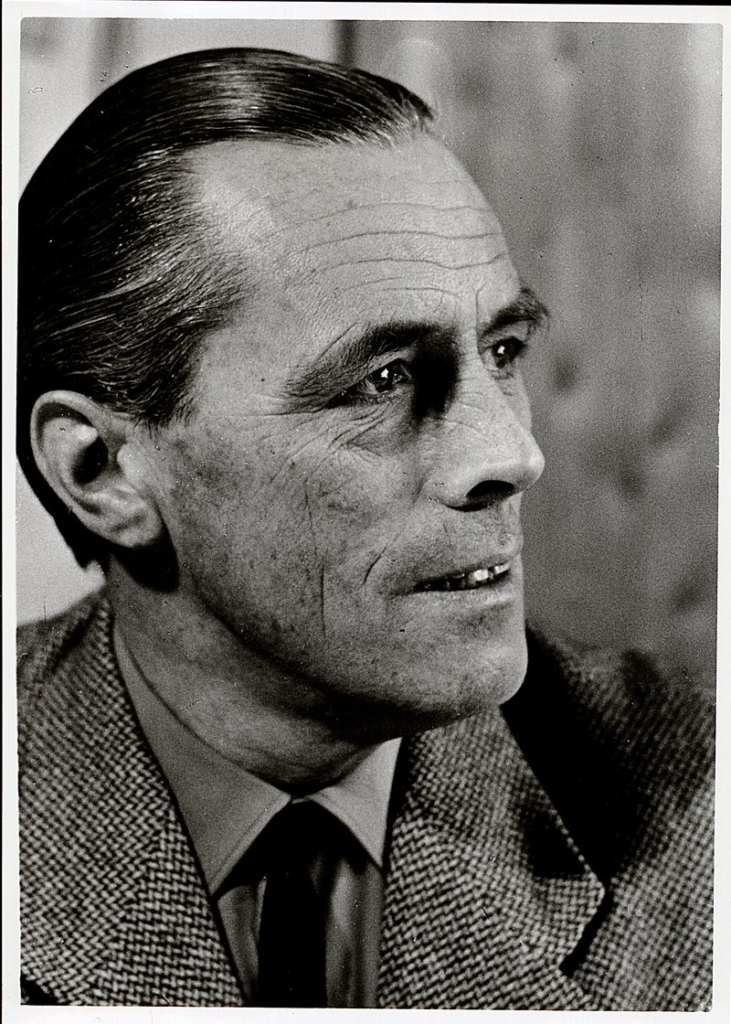
Above: Swiss architect Alfred Roth (1903 – 1998)
Shortly thereafter, Henry van de Velde died.
His estate remained in Brussels, but some of it was taken into exile by friends to write his Life’s Journey.
Nele continued to live in the house in Oberägeri with her fox terrier, Chipa, until her death.
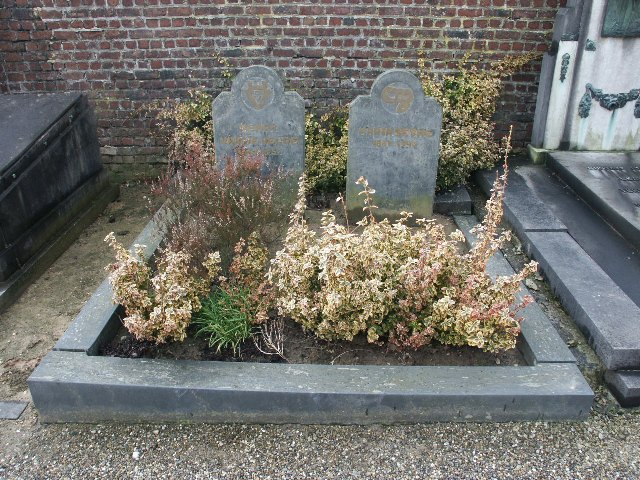
Above: Grave of Henry van de Velde and Maria van de Velde-Sèthe in Tervuren, Brabant, Flanders, Belgium
Norbert Jacques has recorded these happy days in his autobiography:
“We met regularly at van de Velde’s in the Schlössli in Uttwil, and Peter Lampe played the piano wonderfully.
I have never heard a musician play so passionately and simply.
The Schlössli was built before 1800 as a customs warehouse and salt hall, now furnished with van de Velde’s designs, in the style of those line arts that originated from the so-called Art Nouveau, and the chairs were arranged in such a way, prioritizing form over comfort, that we soon started sitting on the floor next to them to listen.“
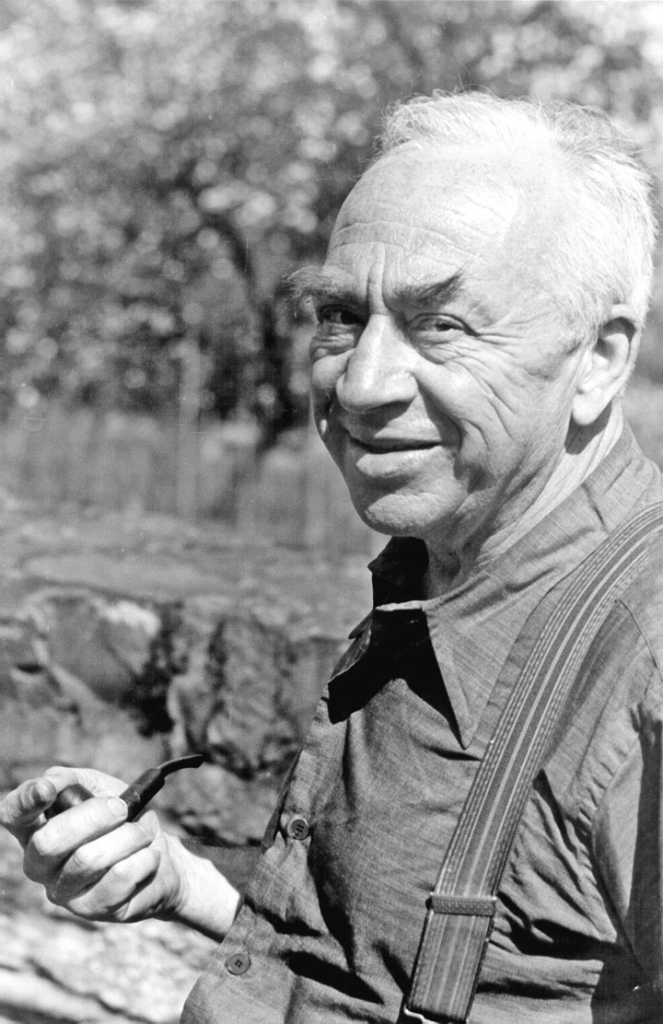
Above: Norbert Jacques
- René Schickele (1883 – 1940):

Above: Alsatian writer René Schickele
Among van de Velde’s friends and guests was also the Alsatian writer René Schickele, who was so inspired by van de Velde’s enthusiasm for Uttwil that he too wanted to live by the Lake with his family.
Just before Christmas 1918, he was able to acquire the house Margrit in the immediate vicinity of van de Velde’s Schlössli and soon after moved in with his wife and two sons.
However, this was only the beginning.

Above: Haus Magrit, Uttwil
Van de Velde planned nothing less than to “establish a colony of independent artists on the Swiss shore of Lake Constance and create an institute that would become a center of artistic culture.”
For his project, van de Velde could count on prominent support.
The publisher Paul Cassirer and Harry Graf Kessler, two of the most significant cultural patrons of their time, hoped with him that Uttwil would become the meeting place for all those who, after the war, sought to take the lead in the fields of visual arts, music, and literature.
The goal was to replace what had been destroyed, but also to chart new paths forward.
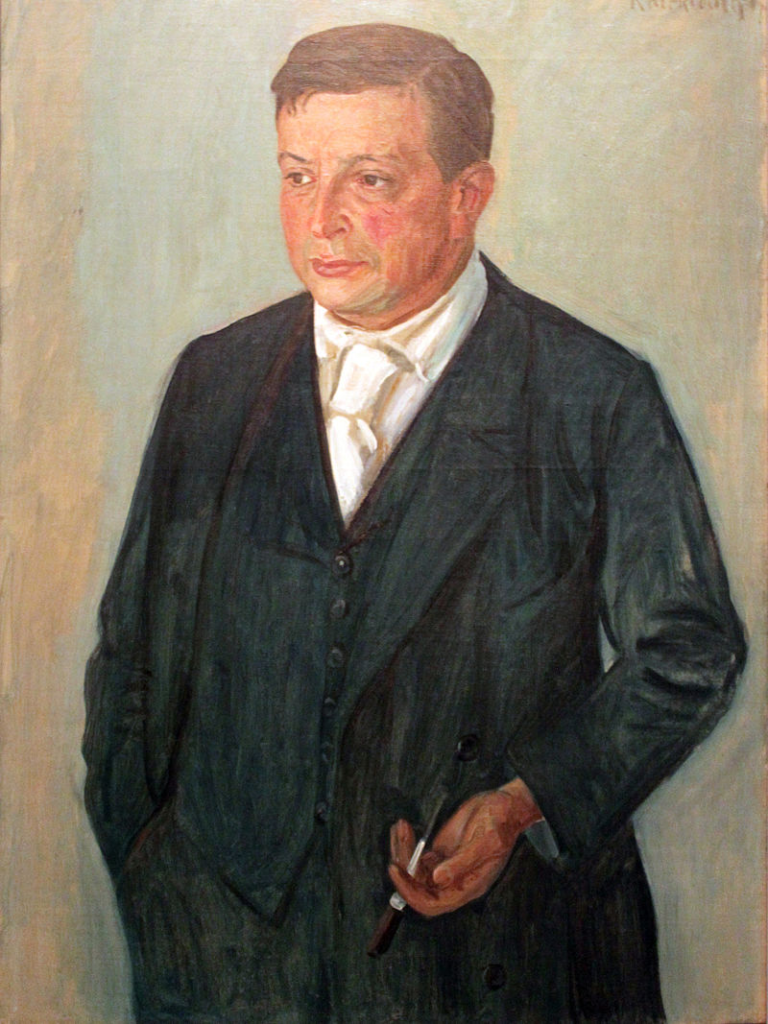
Above: German art dealer Paul Cassirer (1871 – 1926)
1919 is the year that ultimately gave Uttwil its reputation as the Weimar of Thurgau.
For a few months, the dream of the unity of art and life flourished here.
On 19 May 1919, René Schickele wrote to Francine Brüstlein:
“And here, without restriction, the most glorious spring reigns!
I was long stunned, as if buried under the flood of blooming fruit trees, which, from one end of Lake Constance to the other, flows down from the heights and suddenly disperses into the blue of the water.
At first, a cherry tree by the house occupied all of my attention, then I dared to venture further, to the east, to the west, to the south, and I made the personal acquaintance of a hundred trees, which kept growing in number.
Now, I am as familiar with the trees of the area as I have never been with the human inhabitants, on the Roggwiler Heights and around the Lower Lake.
On the terrace of Arenenberg and far in the surrounding area, the people of the Untersee were holding a fairy-tale family day.
Francine, it was beautiful.
Wonderful.
At night, my eyes continue to dream of what they saw during the day.“
René Schickele was a German-French writer, essayist, translator and pacifist.
René Schickele was the son of an Alsatian winemaker and police officer, originally from Mutzig, and a French mother.
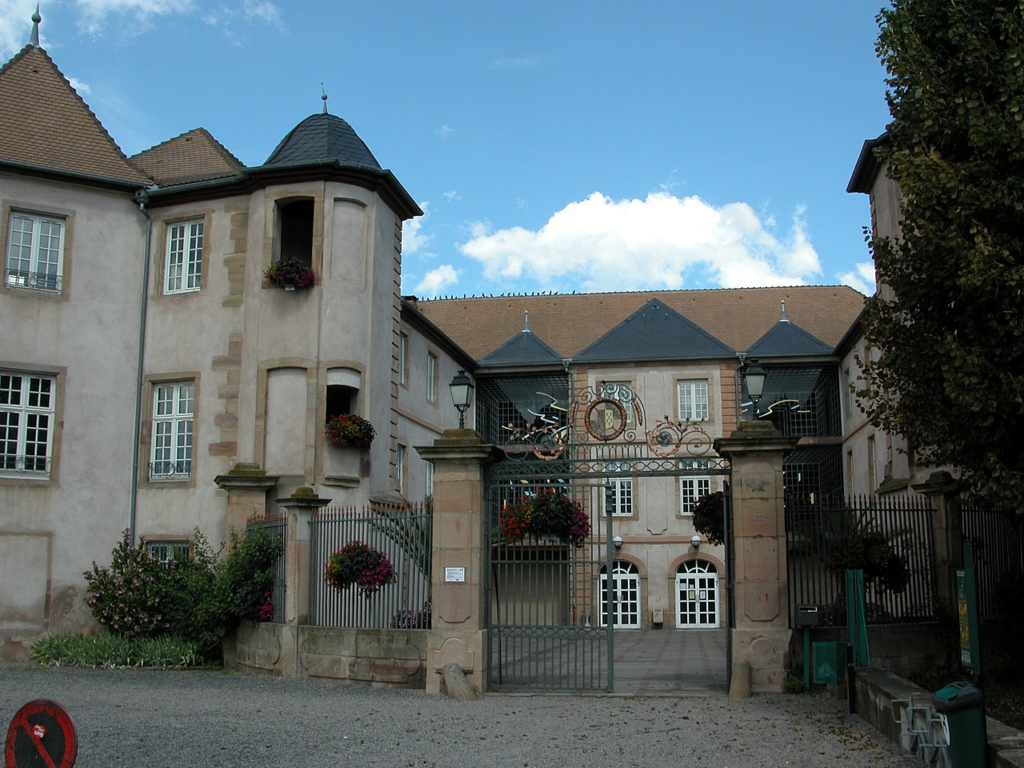
Above: Château Rohan, Mutzig, Bas-Rhin, France
He studied literary history, natural sciences, and philosophy in Strasbourg, Munich, Paris and Berlin.
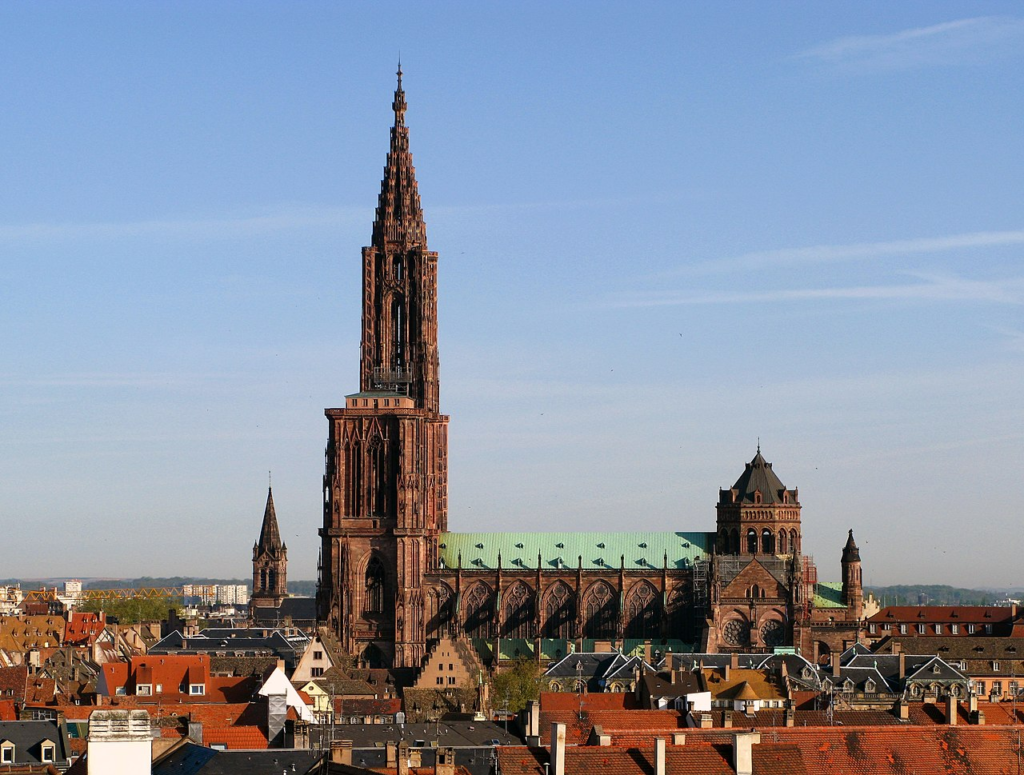
Above: Strasbourg, Bas-Rhin, Alsace, France
He then edited several magazines with his friends Otto Flake and Ernst Stadler and published several volumes of poetry.
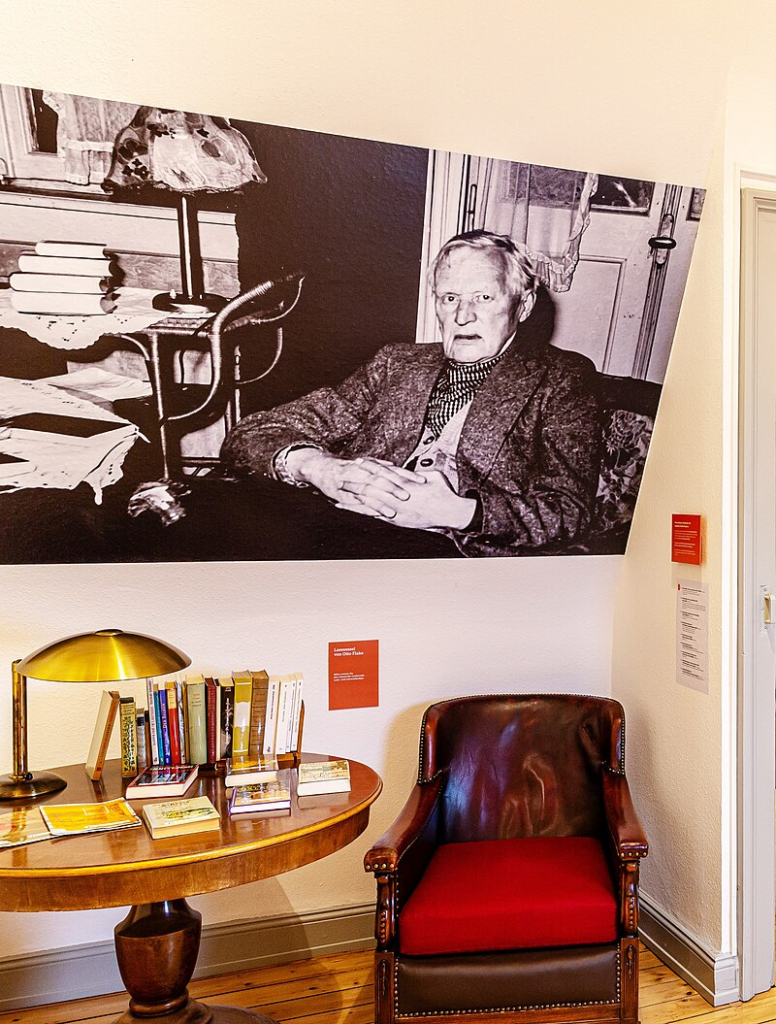
Above: Flake’s armchair in the Literature Museum of the Baden-Baden City Library
In 1914, Schickele became editor of Die Weißen Blätter, which he helped to make one of the most important Expressionist magazines .
Even before the First World War, he was active as a journalist and politician.
During the war, pacifist authors published in Die Weißen Blätter.
Schickele campaigned at the end of 1918 for the establishment of a democratic-socialist republic, but also against a peace that contradicted the ideas of Woodrow Wilson and wanted to take away territories such as Alsace-Lorraine from the German Reich without a referendum.
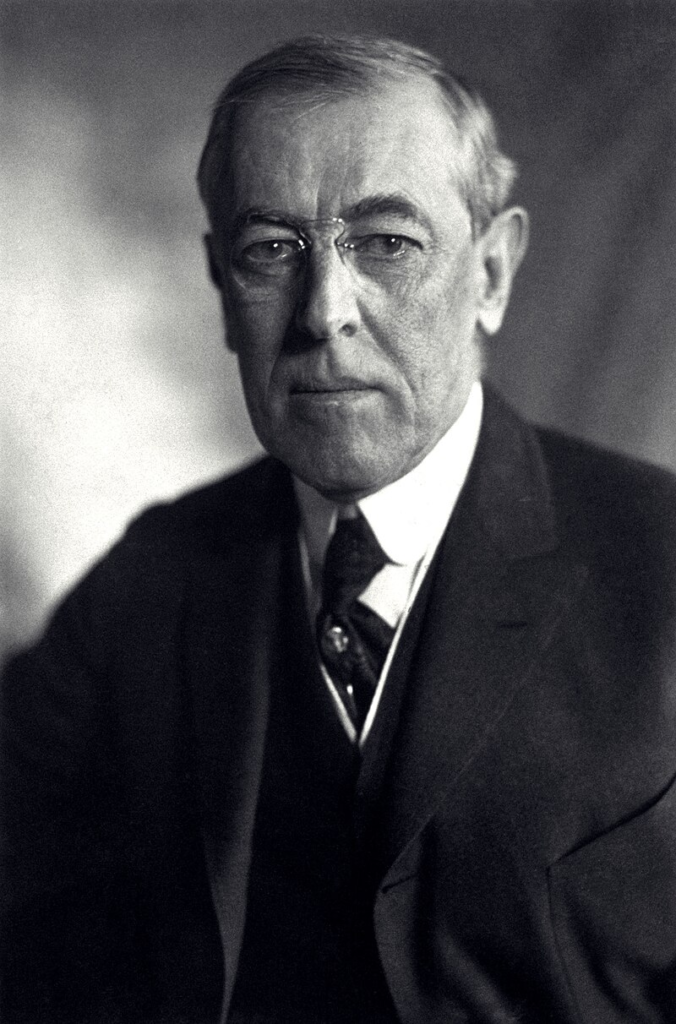
Above: US President Woodrow Wilson (1856 – 1924)
In 1917, her relationship with the doctor and socialist Minna Flake resulted in their daughter Renate Miriam Flake.
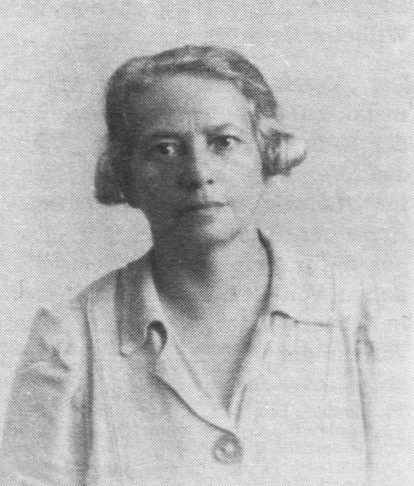
Above: German physician Minna Flake (1886 – 1958)
From 1918 onwards, Schickele often visited Henry van de Velde in Uttwil and lived for a short time with his family in van de Velde’s neighborhood.
René Schickele’s work as a writer is characterized by the special position of Alsace in the tension between French and German culture.
He was a perceptive observer of his time, sharply characterizing and criticizing politics, society, and culture.
He published his essays in the books Screams on the Boulevard (1913), The Geneva Journey (1919), and We Don’t Want to Die (1922).
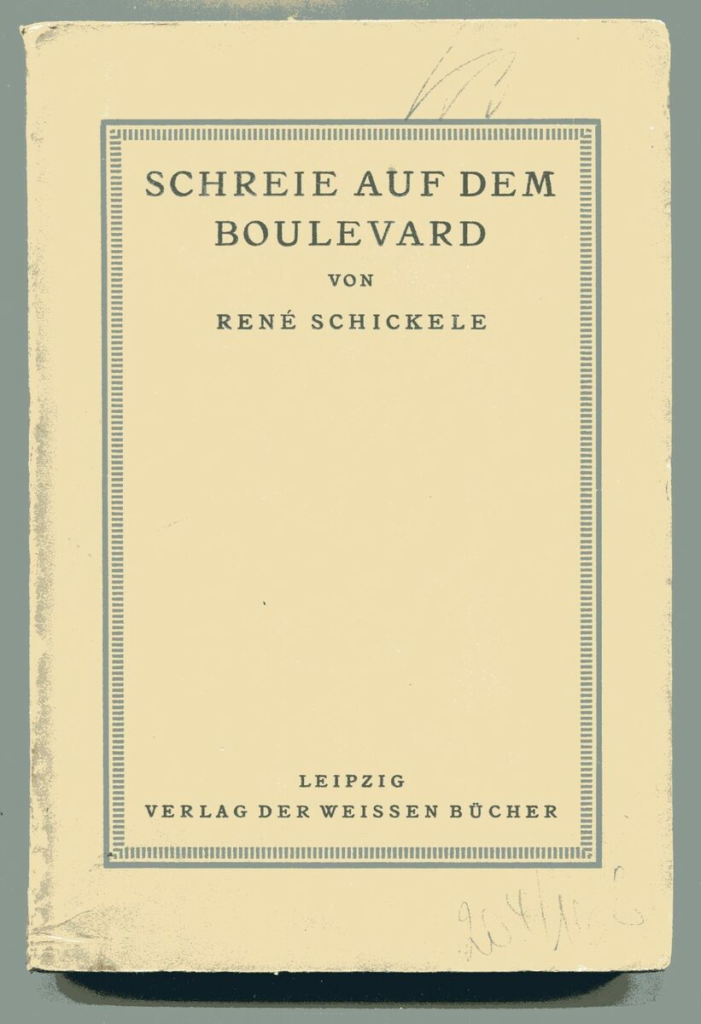
Above: René Schickele, Screams on the Boulevard
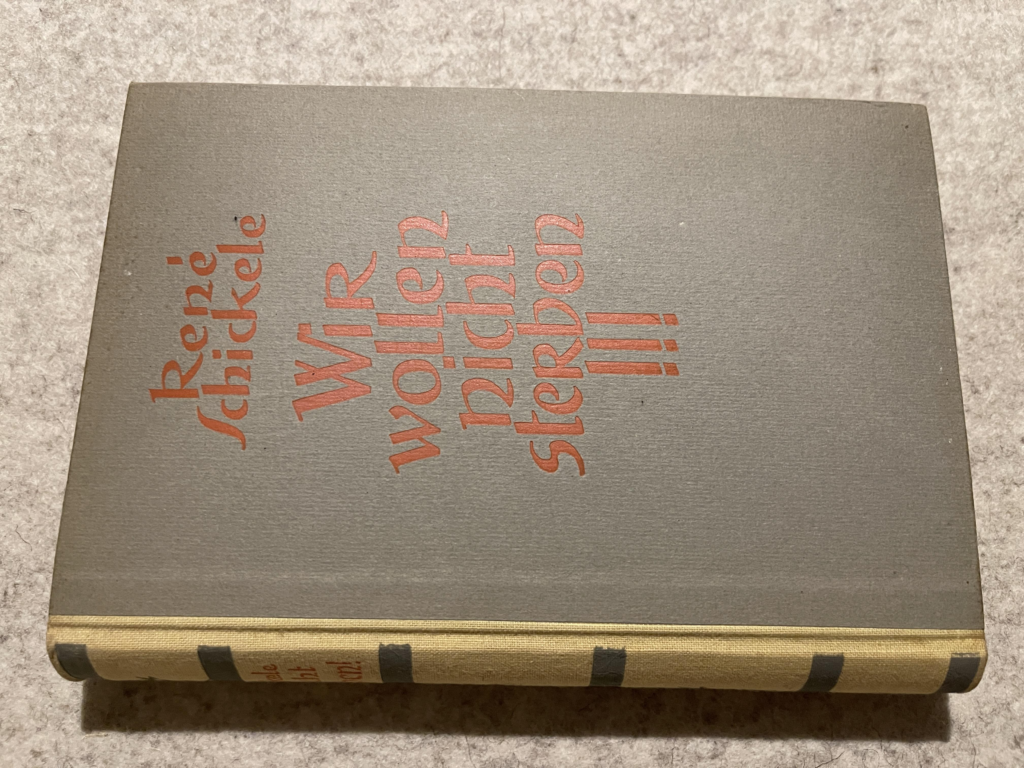
In his next two works, The Border (1932) and Heavenly Landscape (1933), he based his argument on the beauty of the landscape, which obliged Germans and French to follow a common European path.
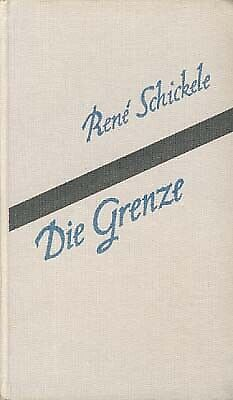
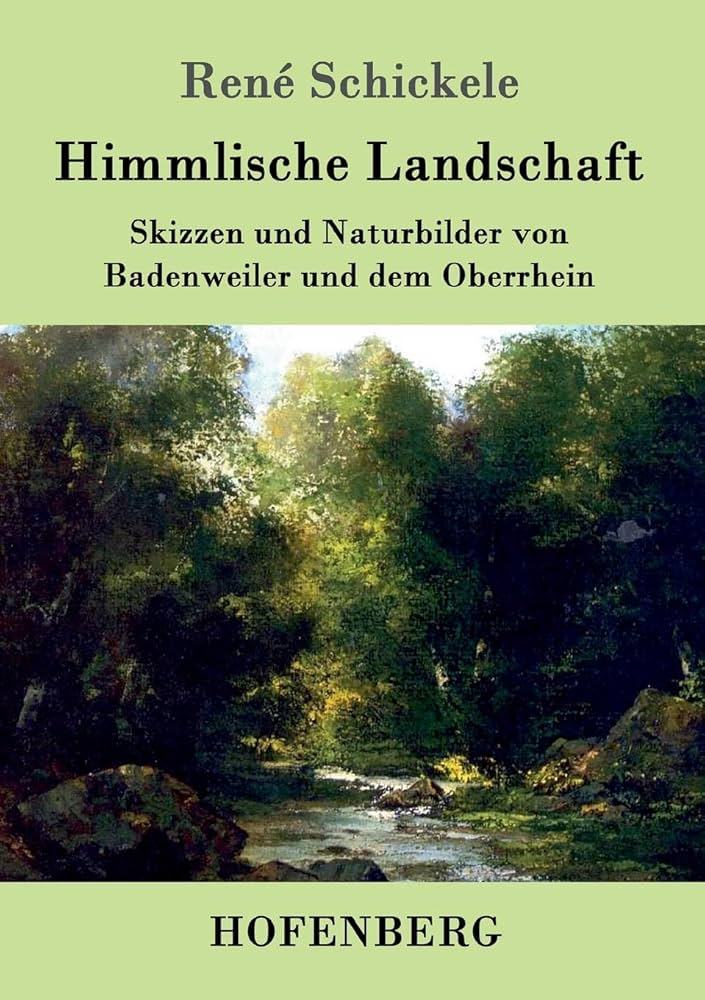
In the place of his emigration, he wrote the novel The Widow Bosca, inspired by his disappointment at the failure of the Weimar Republic.
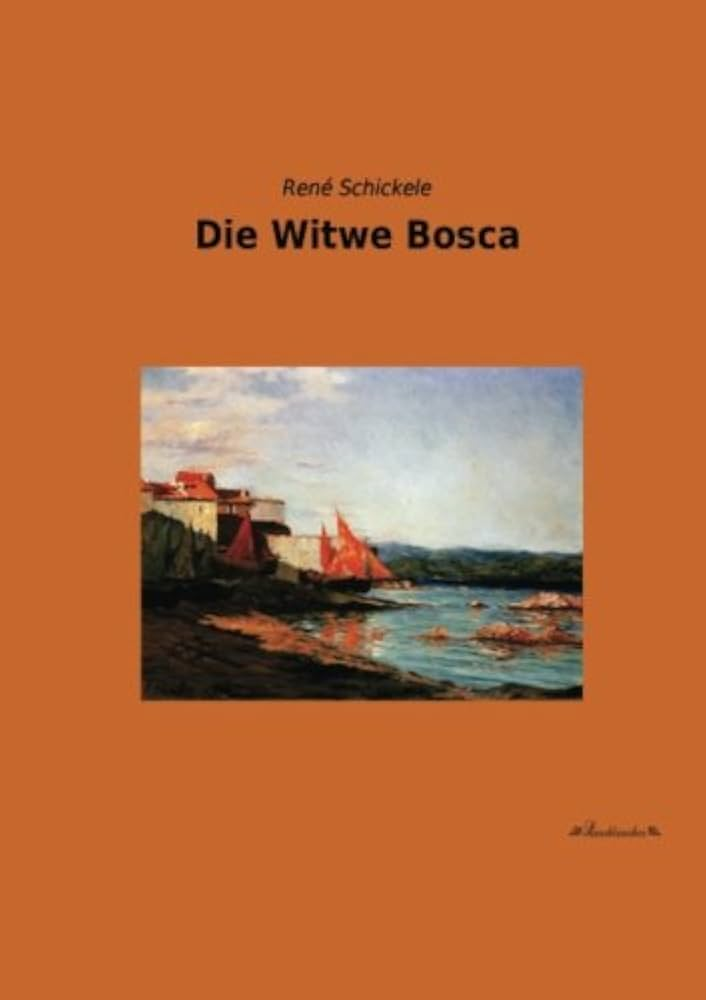
Schickele’s last essays, The Love and Annoyance of DH Lawrence (1935) and the wistfully pessimistic book The Return (1938), the only one written in French, testify to his disappointment at the failed reconciliation between Germany and France and document his painful decision in favor of democratic France.
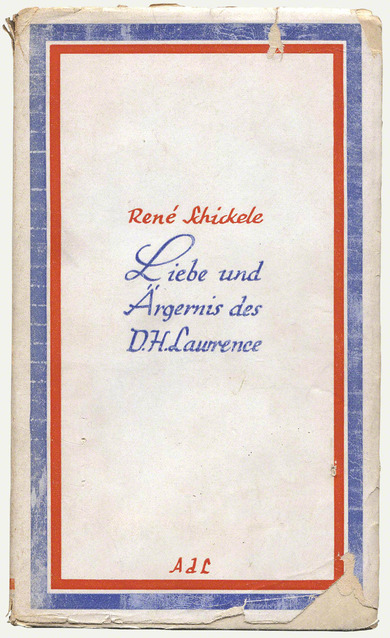
Schickele’s best-known work is the novel trilogy The Heritage on the Rhine with its three parts Maria Capponi (1925), View of the Vosges (1927) and The Wolf in the Corral (1931).
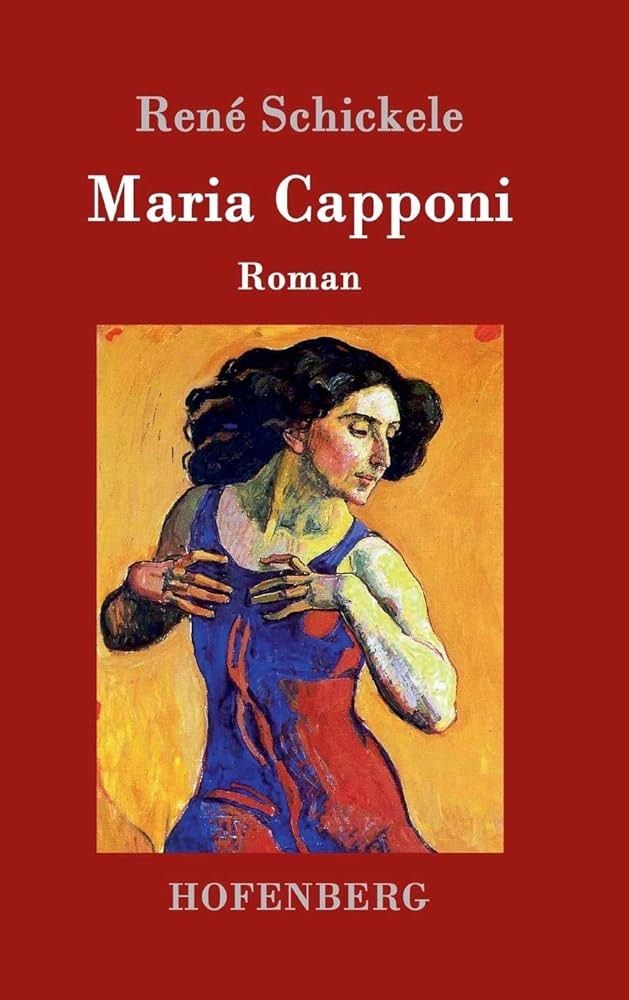
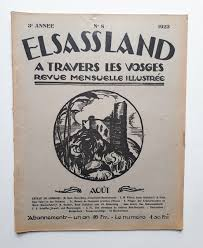
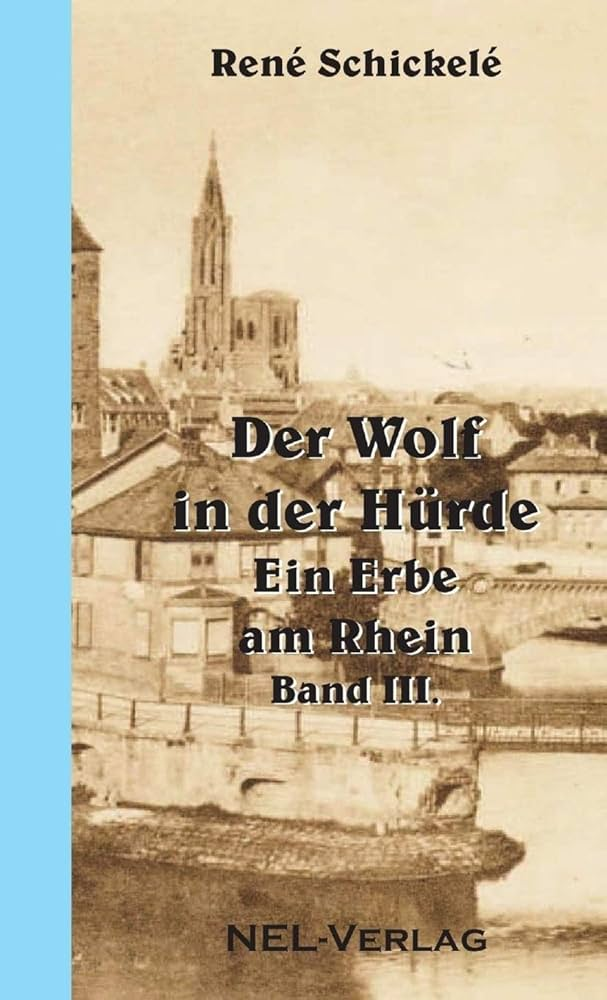
Hans im Schnakenloch (Hans in the Mosquito Hole)(1916) sees Hans Boulanger, already celebrated by the Alsatian poet August Stöber in 1870 and 1871 and portrayed in Ferdinand Bastian’s turn-of-the-century folk play “D’r Hans im Schnokeloch” (Hans in the Snook Hole), becomes, through Schickele, an embodiment of the fate of the Alsatian people and takes on autobiographical traits.
Boulanger, like all the Alsatian people, must choose between Germany and France.
He is by nature an insecure and weak-willed person.
He always tries to please everyone, but usually offends everyone in the process.
His father’s inheritance drove him into poverty through reckless investment and expansion, and he repeatedly cheats on his wife.
The outbreak of war splits the family.
Boulanger’s brother Balthasar chooses the German side, while his mother chooses the French side, but prays for him.
Hans, who initially helped both the German and French soldiers alternately, ultimately chooses France, faced with his wife Klär’s accusations of opportunism.
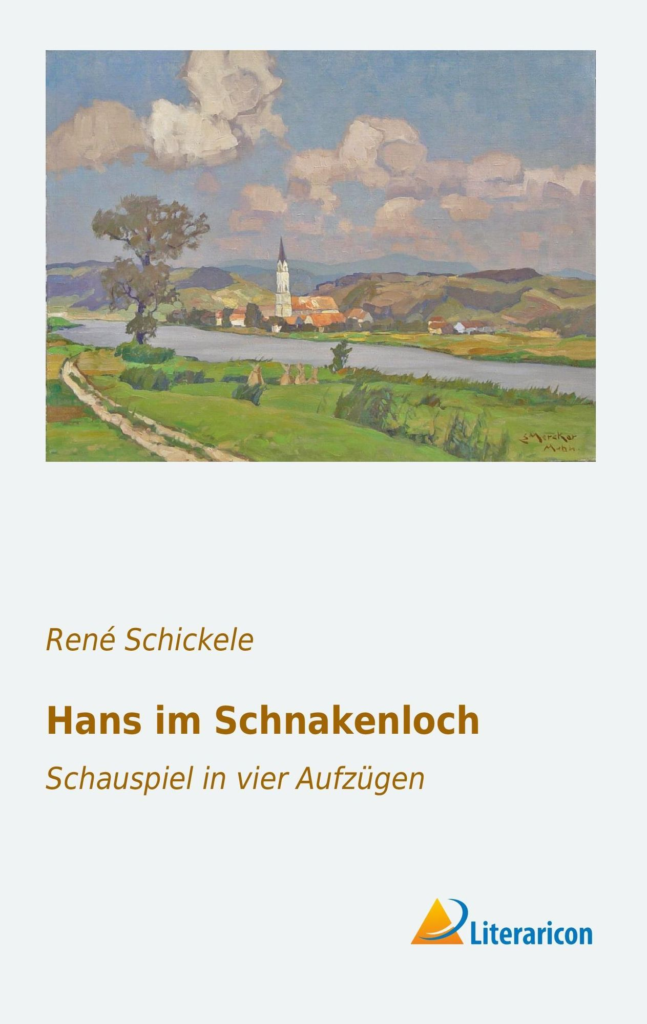
- Norbert Jacques (1880 – 1954):

Above: Luxembourish writer Norbert Jacques
Norbert Jacques was a Luxembourgish writer who wrote his texts in German and is mainly known for the character of Dr. Mabuse, which he created.
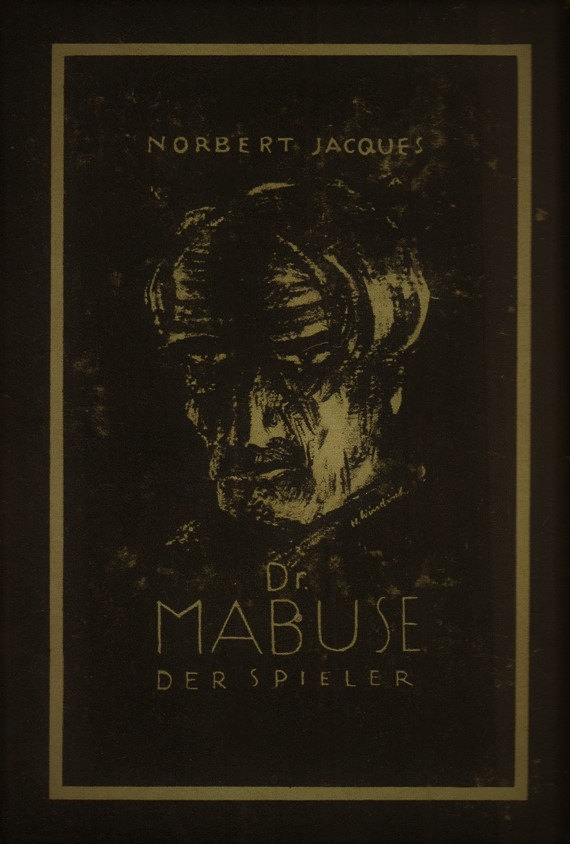
Norbert Jacques was the son of the merchant François Jacques and his wife Marie, née Schmidt.
After graduating from high school, he left his homeland and went to Germany.
In November 1901, he began studying law at the University of Bonn.

However, since he was only interested in art and literature during this time (and also wanted to establish a private theater), Jacques ended his studies after two semesters.
Jacques met his first wife, actress Olga Hübner, at the Bonn City Theater.
At the end of 1902, shortly after their marriage, Hübner accepted an engagement at the theater in Beuthen.
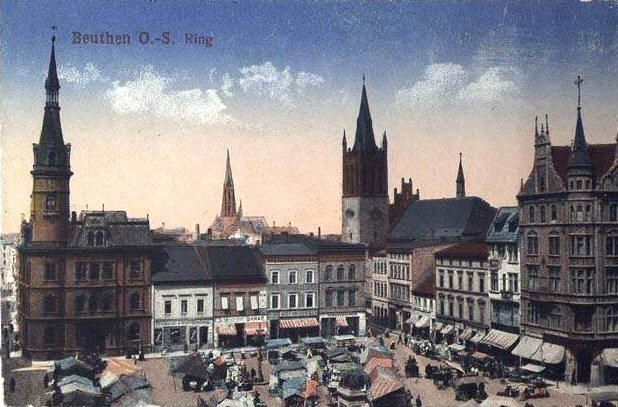
Above: Beuthen, Silesia, Poland
Jacques went with her, although the marriage could probably already be considered broken by that time.
Jacques earned his living there as a journalist for the Oberschlesische Grenzzeitung.
He became a colleague of the author Balder Olden.
From the beginning, Jacques attracted attention with his political articles, which led to his dismissal in the summer of 1903.
During this time, Jacques got divorced and moved to Berlin.
On 1 January 1904, he became a member of the editorial staff in the Berlin office of the Frankfurter Zeitung.

After three months, he was dismissed from this position as well, as his political statements were inconsistent with the newspaper’s political stance.
After a brief interlude on Lake Constance, Jacques settled in Hamburg in 1905.

Above: Hamburg, Germany
As a freelance journalist, he met shipowner Albert Ballin.
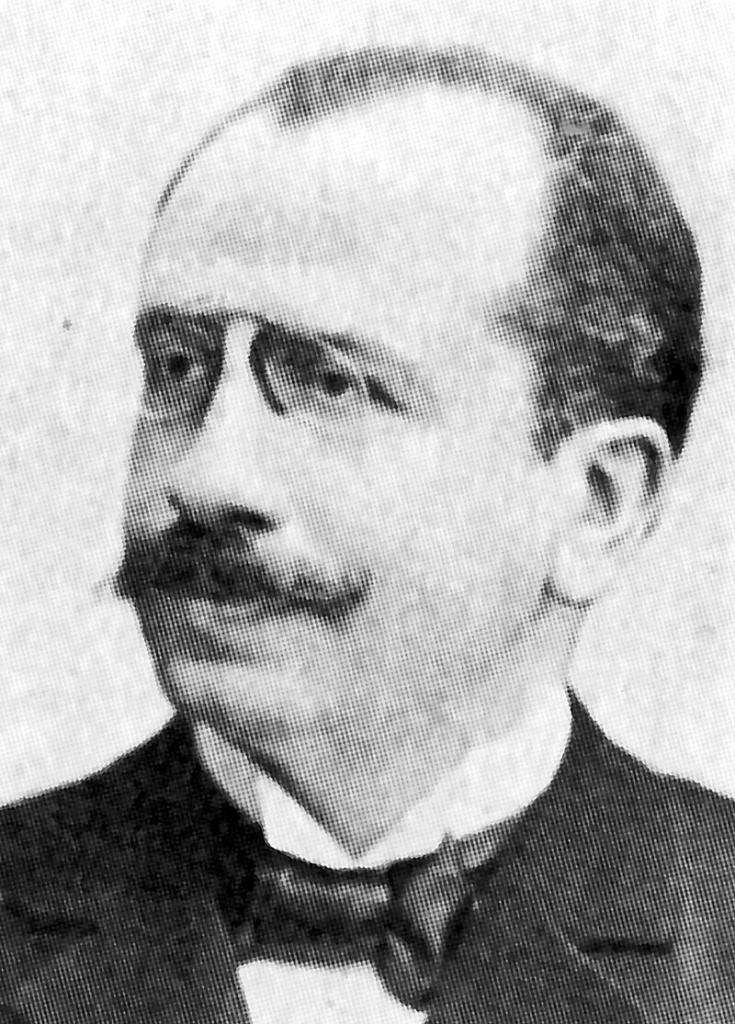
Above: German shipowner Albert Ballin (1857 – 1918)
Ballin arranged free passage for Jacques on his steamer Rhätia to Rio de Janeiro, via Lisbon and Funchal.
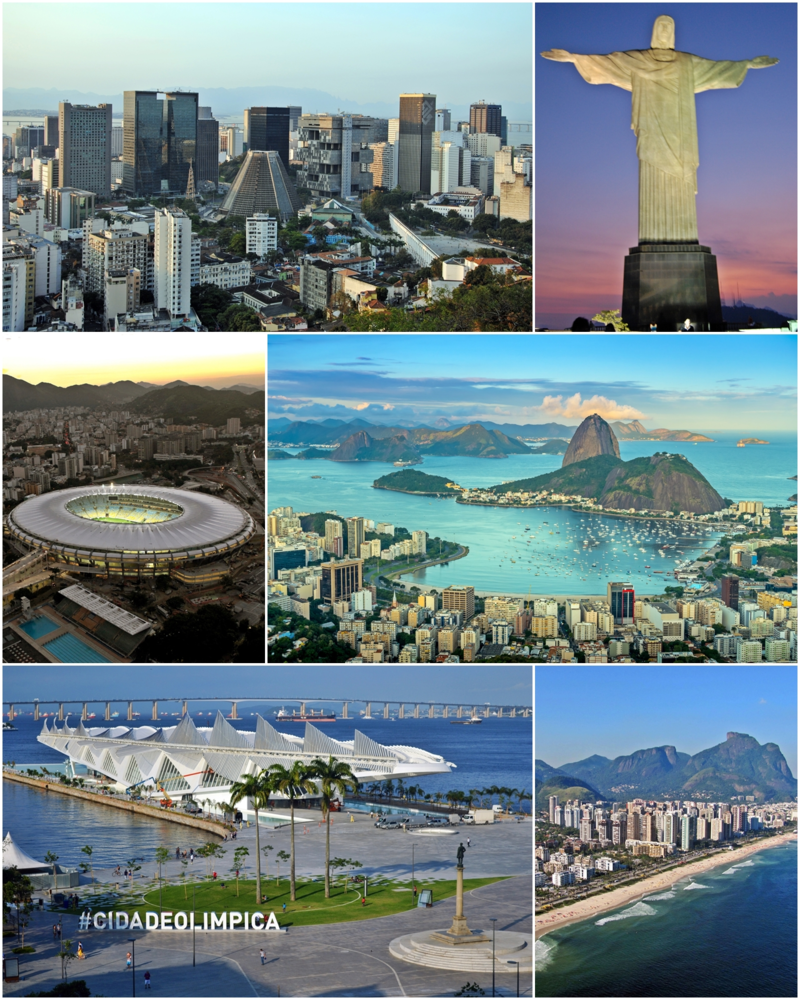
Above: Images of Rio de Janeiro, Brazil

Above: Lisbon, Portugal
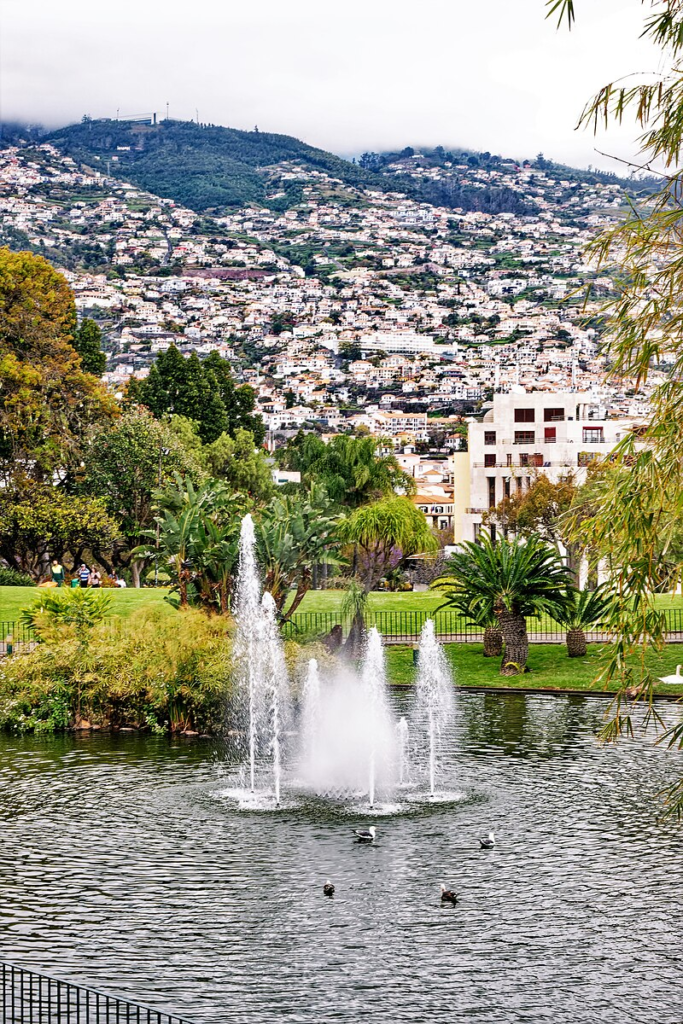
Above: Funchal, Madiera, Portugal
After arriving in South America for four weeks, Jacques began an eight-week tour of Brazil.
He then returned to Germany and later settled in Salenstein on Lake Constance.
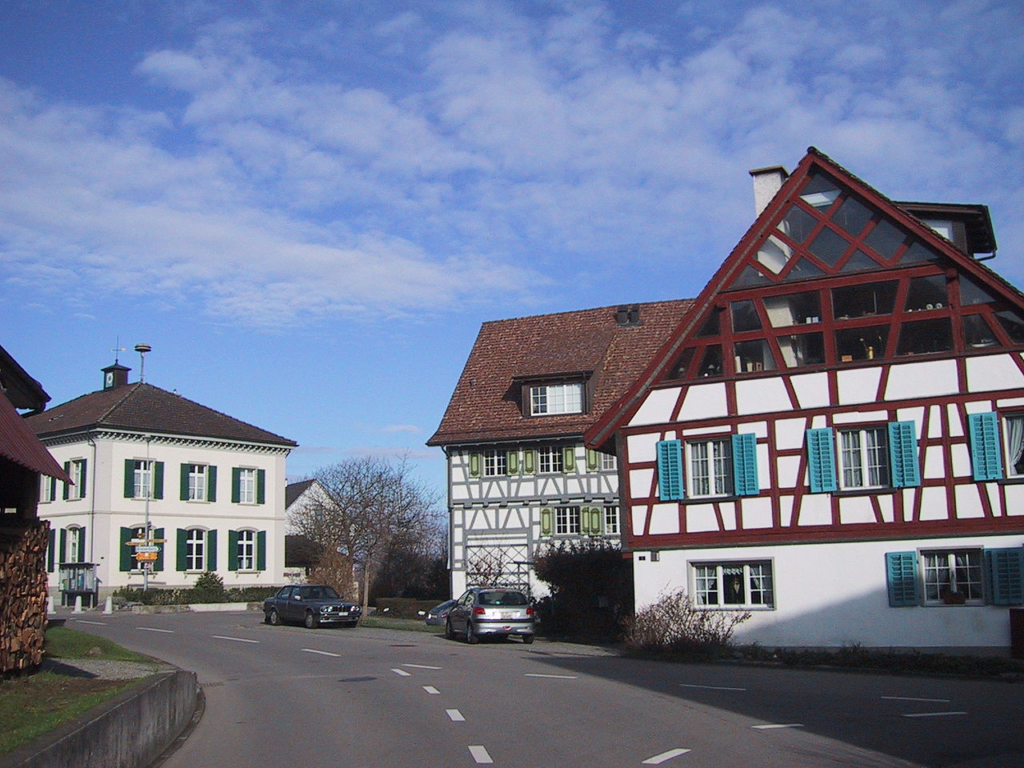
Above: Salenstein, Canton Thurgau, Switzerland
In 1912 Jacques married Margerite Samuely from Vienna, a former secretary to Arthur Schnitzler.
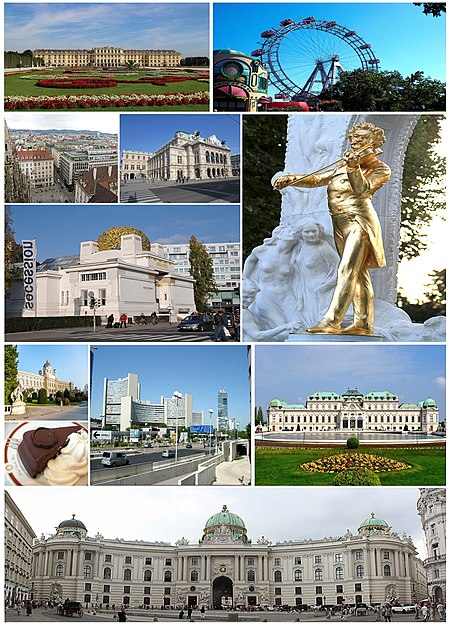
Above: Vienna, Austria
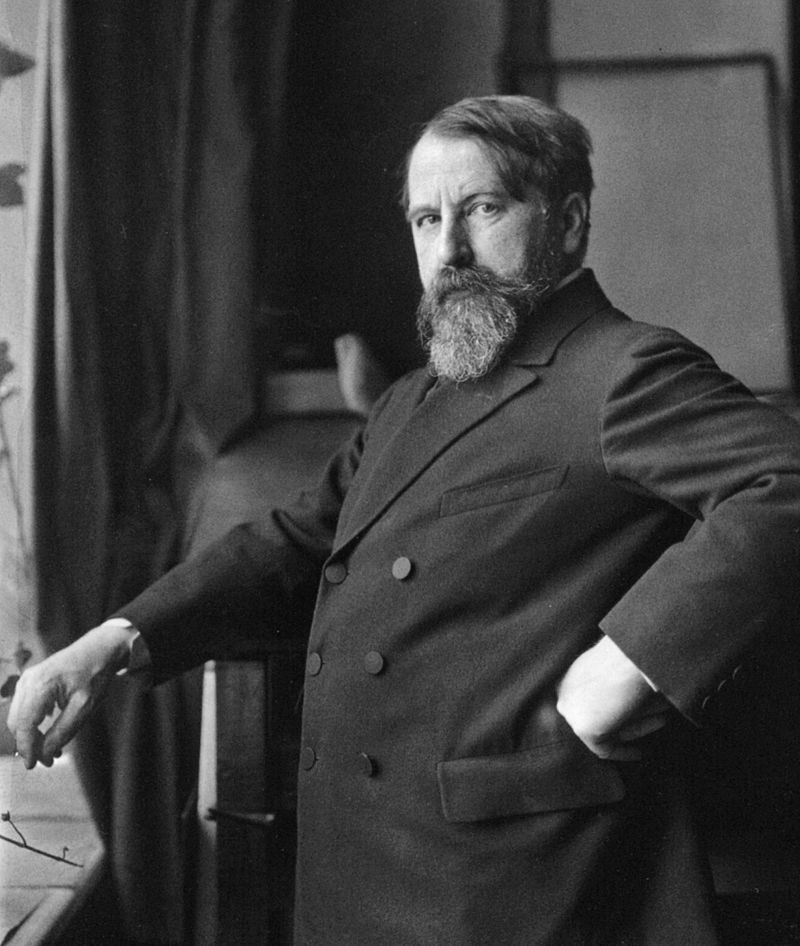
Above: Austrian writer Arthur Schnitzler (1862 – 1931)
With her he had two daughters, Aurikula and Adeline.
Their honeymoon lasted 16 months and took the couple on an adventurous journey around the world.
They set off from Trieste by ship to Hong Kong via Singapore.
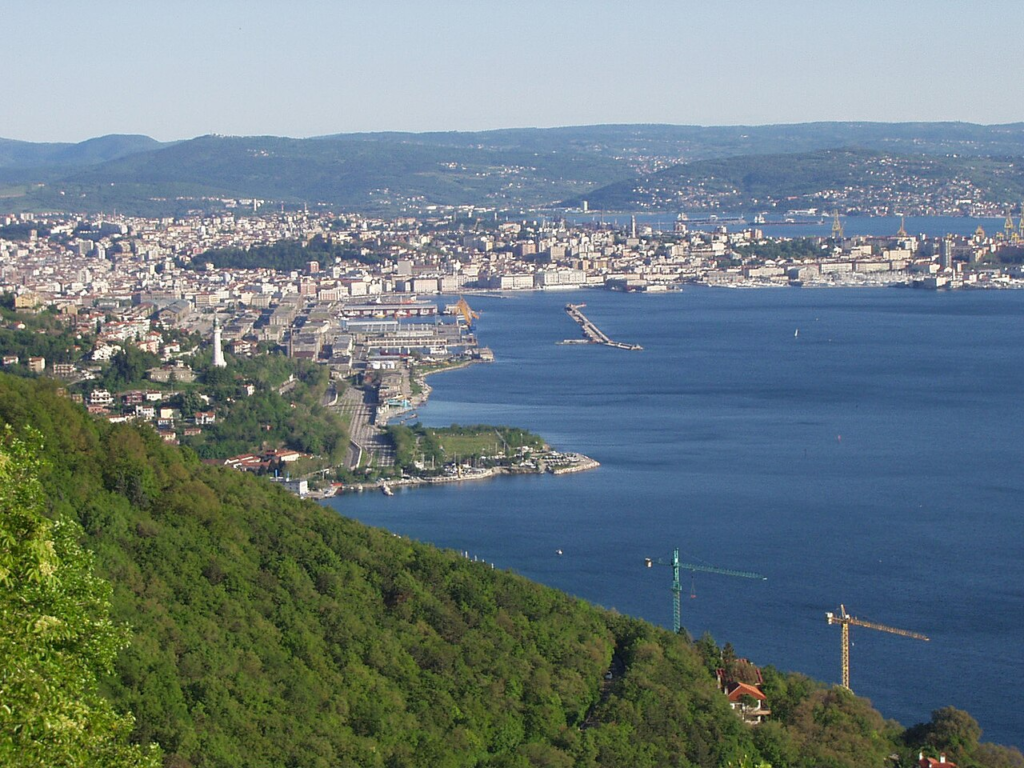
Above: Trieste, Friuli-Venezia Giulia, Italy

Above: Hong Kong, China

Above: Flag of Singapore
In China they undertook a 3,000 km journey by boat and horseback up the Yangtze River to near Tibet and back again.

Above: Flag of China

Above: Yangtze River

Above: Flag of Tibet
The couple then sailed on a cargo ship to Sydney and from there on to Peru.
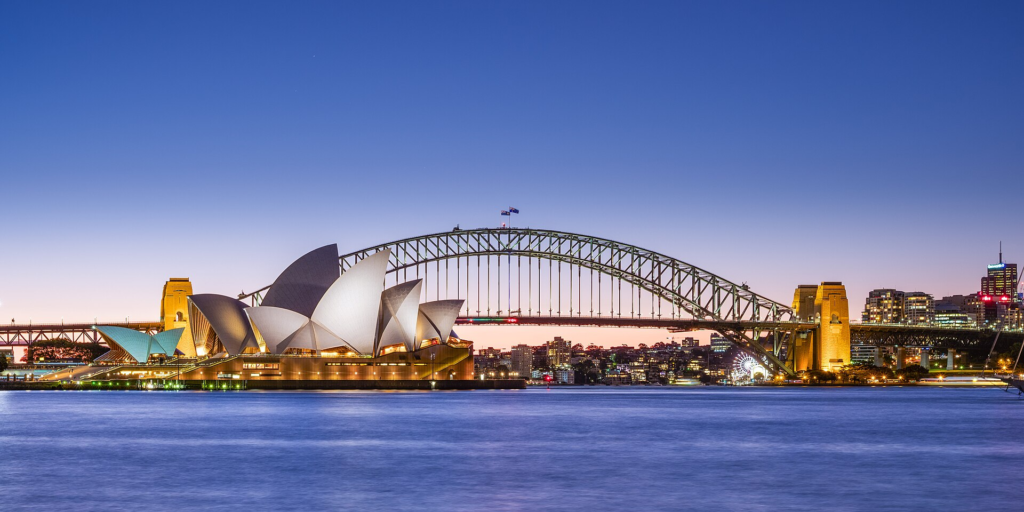
Above: Sydney, New South Wales, Australia

Above: Peru
After extensive excursions inland, another ship took them to Rio de Janeiro.
From there the couple began their journey home to Hamburg, interrupted only by a stay on Madeira.
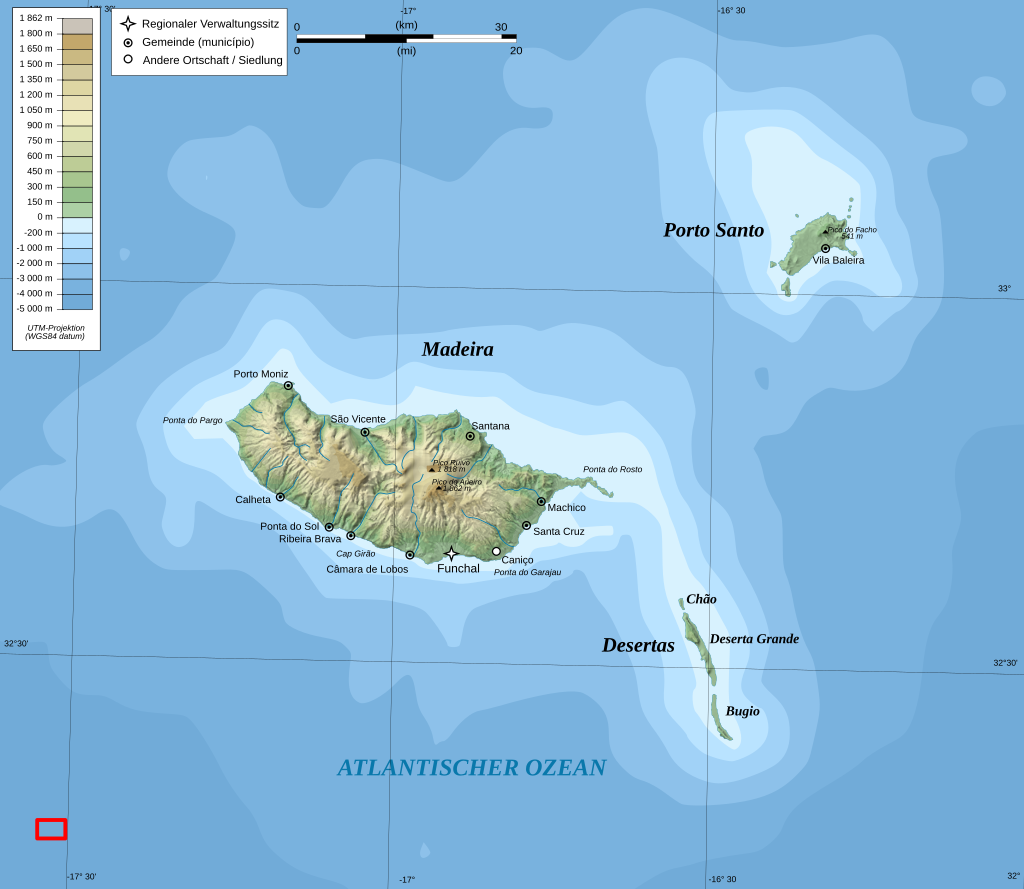
Back in Europe, Jacques and his wife rented Luxburg Castle near Romanshorn (Canton Thurgau).
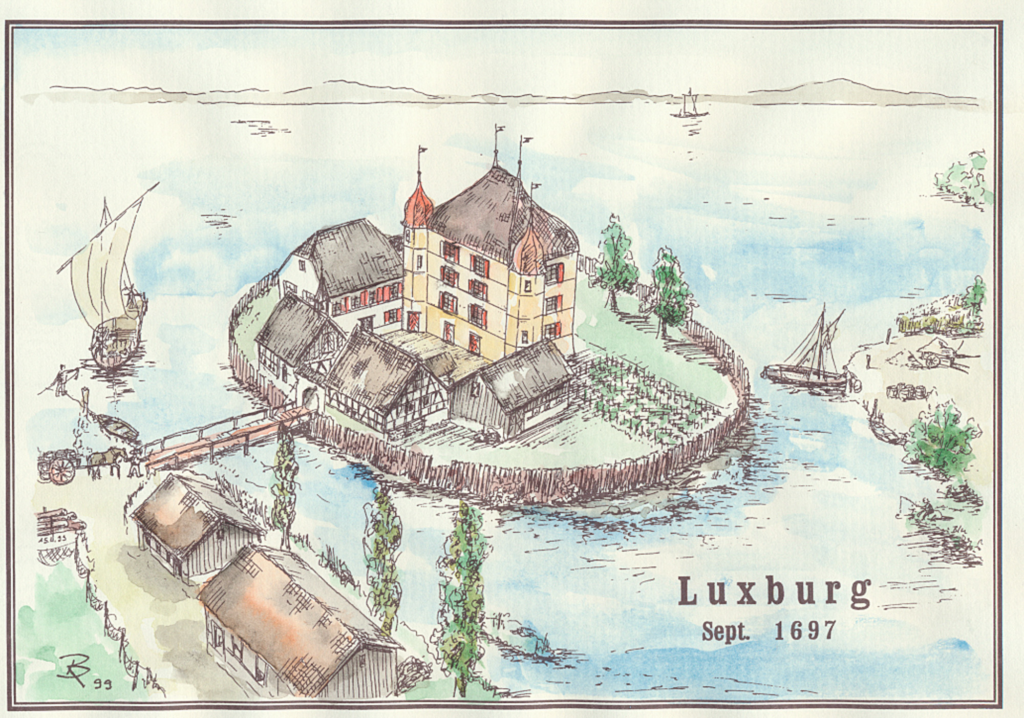
In the summer of 1914, immediately after the outbreak of the First World War, Jacques volunteered for military service in Berlin, but was rejected as a foreigner.
As a correspondent for the Frankfurter Zeitung, he subsequently traveled repeatedly to various sectors of the front to — in his own words — provide journalistic support to the German Reich.
In October 1914, Jacques visited the front in Belgium and processed his impressions a year later in his work The Refugees.
In November of the same year, he visited London to interview various politicians.
He then traveled through Switzerland to France to report from there too.
A summary of these reports was published in 1915 under the title London and Paris at War.
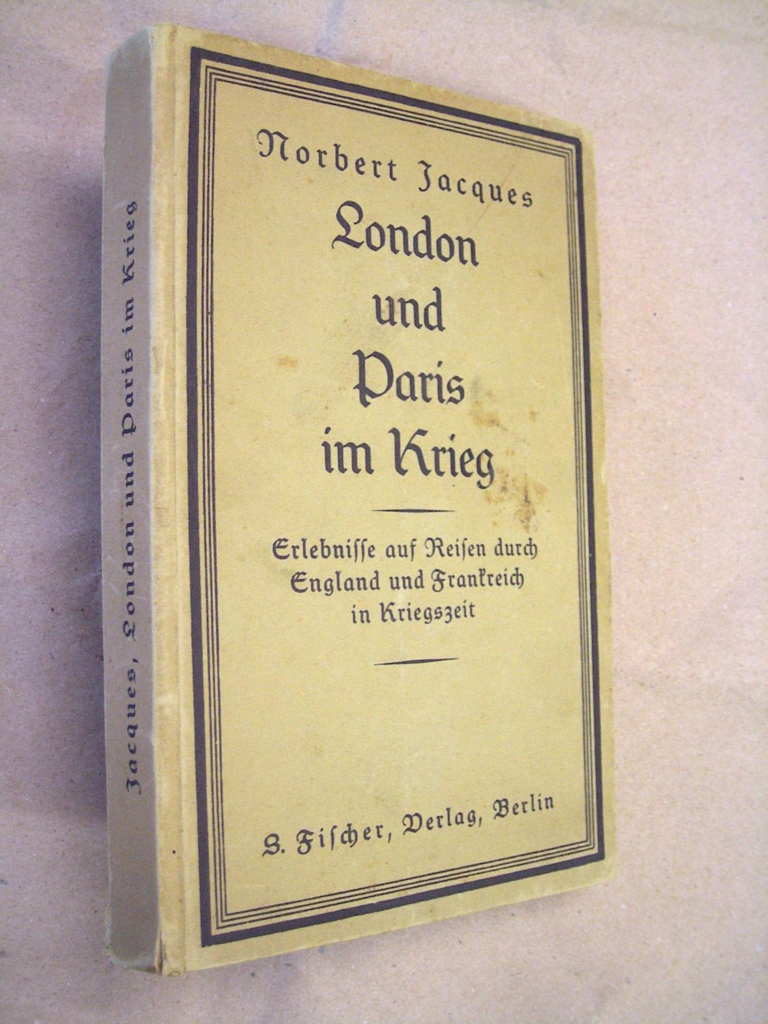
In the autumn of the following year, Jacques reported on various sectors of the front in the east and published his book In the Swarm Line of the Austrian-Hungarian Ally in 1916.
In these three works, Jacques openly took a stand for the German Reich. Jacques undertook all of these trips using his Luxembourg passport, which was met with complete incomprehension in the Grand Duchy due to considerations of neutrality.
In the summer of 1918, Jacques bought the Gaissberg moated castle in Kreuzlingen (Canton Thurgau), but had to file for bankruptcy within a year because he had completely overextended himself financially.
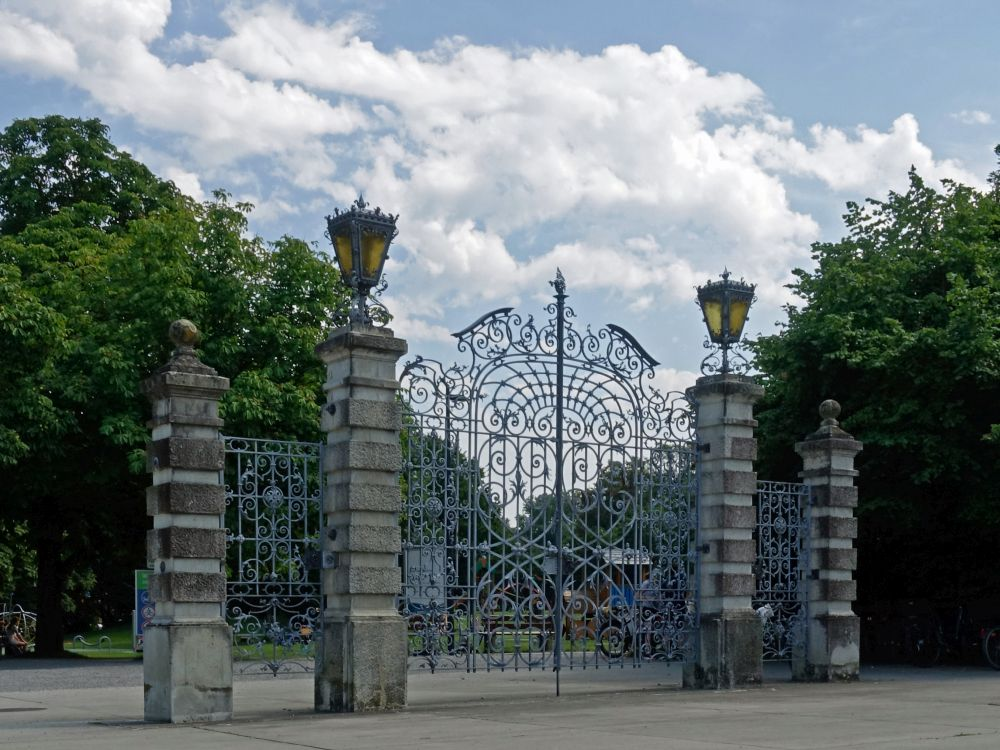
Above: Entry to Gaissberg Castle, Kreuzlingen
However, by 1920, he was able to purchase a farm (“The house was new and hideous, cheaply built, but spacious.“) in Thumen in the municipality of Sigmarszell near Lindau, which remained his property and primary residence throughout his life.
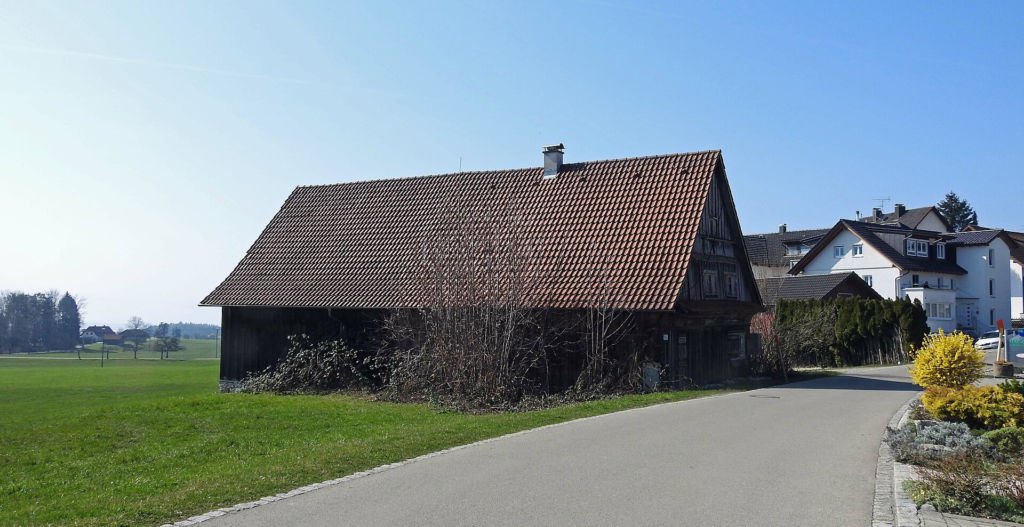
Above: Thumen, Bavaria, Germany
In effect from 17 October 1922, Norbert Jacques was granted German citizenship.
Norbert Jacques visited Uttwil in the summer of 1923.
In 1924, Jacques was hired as a consultant by a film company and traveled with a film crew for several weeks in Brazil.
Jacques helped found the artists’ association Der Kreis (Lake Constance region) (“without regard to existing political borders“), which existed from 18 December 1925, until its dissolution in 1937 and to which 12 artists belonged as founding members.
In 1928, Jacques crossed the Andes, riding on horseback from Colombia to Ecuador.

Above: Andes Mountains

Above: Flag of Colombia

Above: Flag of Ecuador
A year later, he traveled entirely on his own from Egypt to Rhodesia.

Above: Flag of Egypt
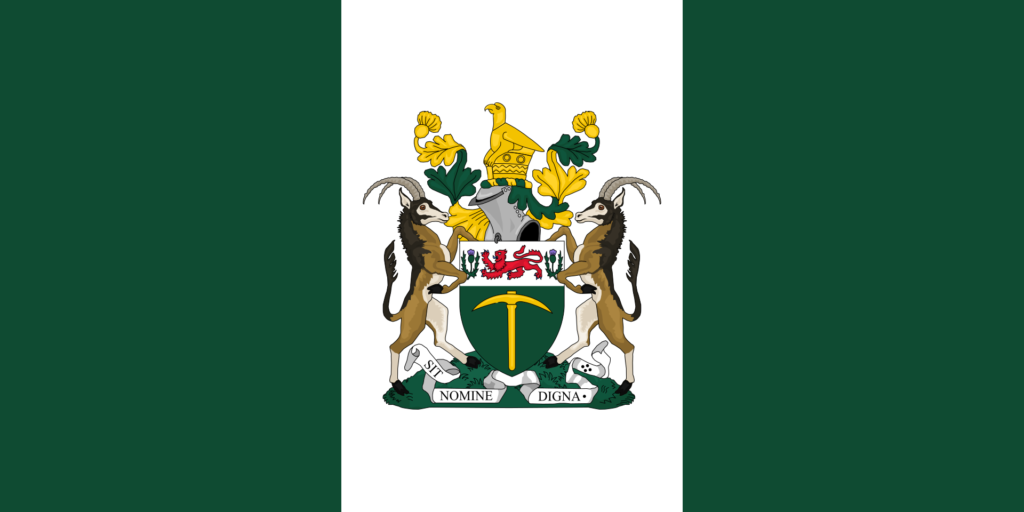
Above: Flag of Rhodesia (1968 – 1979)
Between his travels, Jacques stayed at the Adelinenhof estate and documented his travel experiences.
1938 was also a fateful year for Jacques and his family, as his wife was Jewish.
The couple divorced.
Margerite emigrated to the US in early 1939.
Jacques was able to obtain Luxembourg citizenship for his two daughters through his relatives in Luxembourg, but he himself could not bring himself to leave his beloved adopted home of Germany forever.

Above: Flag of Luxembourg
In 1940, Jacques married Maria Jäger from Switzerland.
Pressured by the regulations of the Reich Chamber of Literature, he increasingly turned his writing to historical themes.
Most notable here is Passion, a novel about the early Schiller.
The portrayal of Duke Carl Eugen was interpreted at the time as a disguised criticism of Hitler and caused him some difficulties.
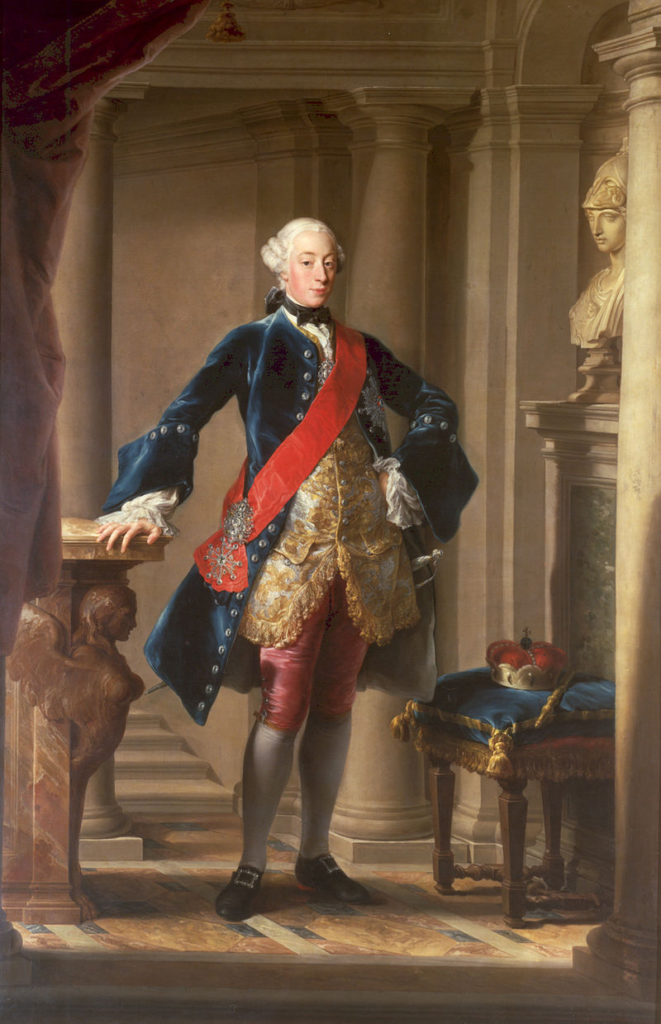
Above: Duke Carl Eugen of Württemberg (1728 – 1793)
Nevertheless, the novel was made into a film under the title Friedrich Schiller: Triumph of a Genius.
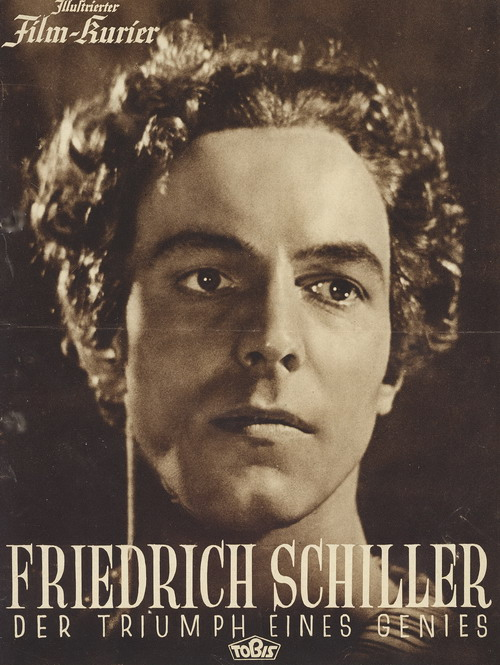
During these years, Jacques earned most of his living as a freelance writer for the film industry, but he also wrote several screenplays on his own.
When the war spread westward in 1940, his two daughters – now stateless – returned to the Adelinenhof estate.
Until the end of the war in 1945, Jacques supported German propaganda with his readings, particularly in the Benelux countries.
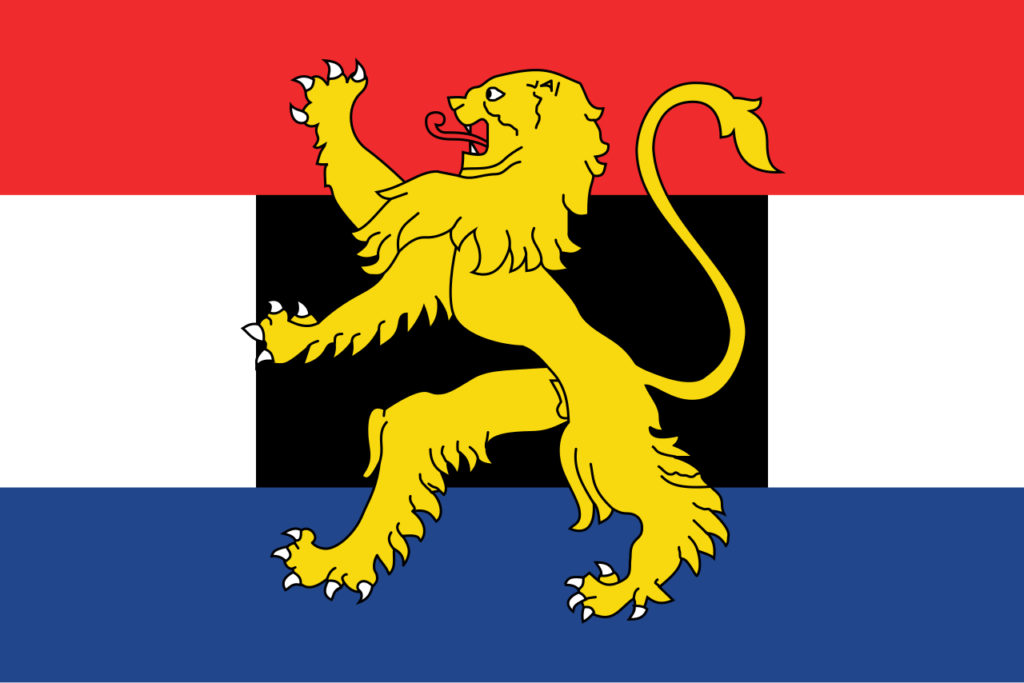
Above: Flag of Belgium, Netherlands and Luxembourg
This is the reason why Jacques is still rejected in his homeland today.
The 65-year-old experienced the last days of the war as Mayor of Sigmarszell.
Immediately after the end of the war, he was arrested and transferred to Luxembourg by the French military police.
There he was charged with treason that same year and expelled from the Grand Duchy “forever” in 1946.
Jacques spent his last years alternating between Hamburg and Lake Constance.
In 1950, he published the first part of his autobiography, entitled Lived with Desire.
This part covers the year 1928.
The second part remained unpublished throughout his lifetime.
A significantly expanded new edition, which also covers the 1930s and 1940s, was published in 2004 to mark the 50th anniversary of his death.
Jacques’s last major journey took him across South America.
The result of this venture was the illustrated book From Tierra del Fuego to the Equator, which he published in 1953 together with Kurt Peter Karfeld.
At the age of 73, Norbert Jacques died of a heart attack on 15 May 1954, at the Pfälzer Hof Hotel in Koblenz.
He was there for a wine festival, where he was scheduled to give a reading.

Above: Hotel Continental Pfälzer, Koblenz, Rhenland – Palatinate, Germany
Norbert Jacques found his final resting place in the Sigmarszell Cemetery.
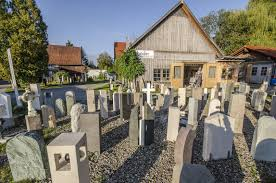
Above: Sigmarszell Cemetery
In an obituary, his friend and colleague Kasimir Edschmid described him as a “type of masculinity and literature the likes of which no longer exists!”
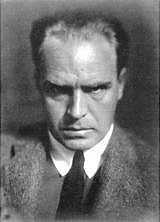
Above: German writer Kasimir Edschmid (1890 – 1966)
In 1909, Jacques made his debut as a writer with the novel Funchal.
In Funchal, Jacques depicts the life of the shipwrecked Tho, who lives uprooted between two cultures in Jutland.
In this hero, wanderlust and love of home collide — a problem that had also affected Jacques throughout his life.
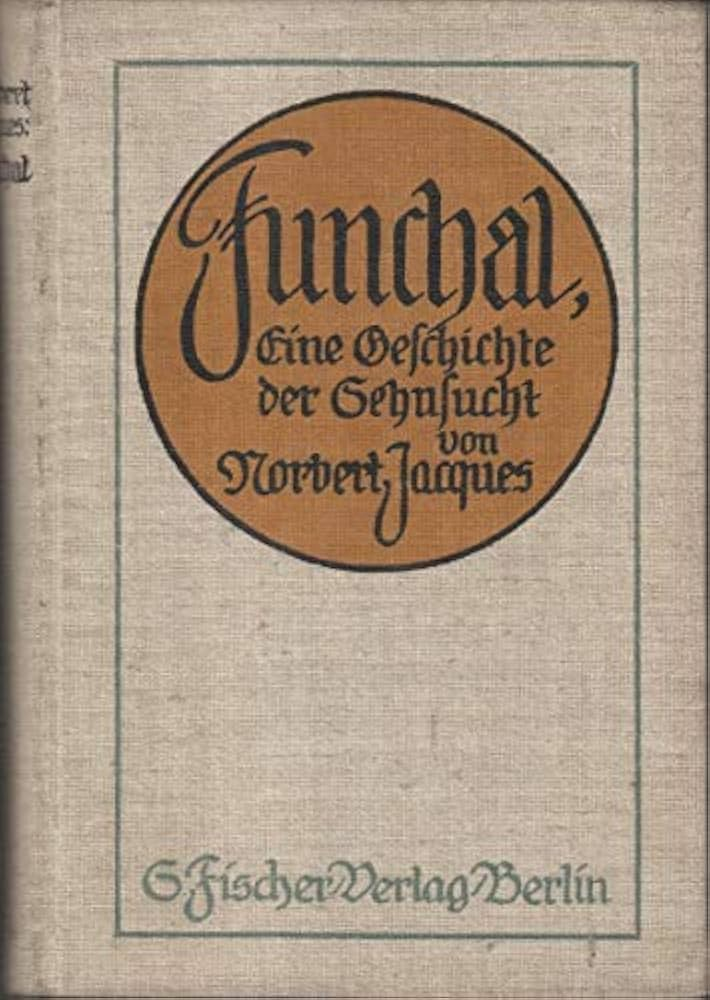
Jacques’s ‘political‘ works can be limited to The Refugees (1915), London and Paris at War (1915), and In the Swarm Line of the Austro-Hungarian Ally (1916).
He was probably far less interested in purely journalistic work than in purely literary work.
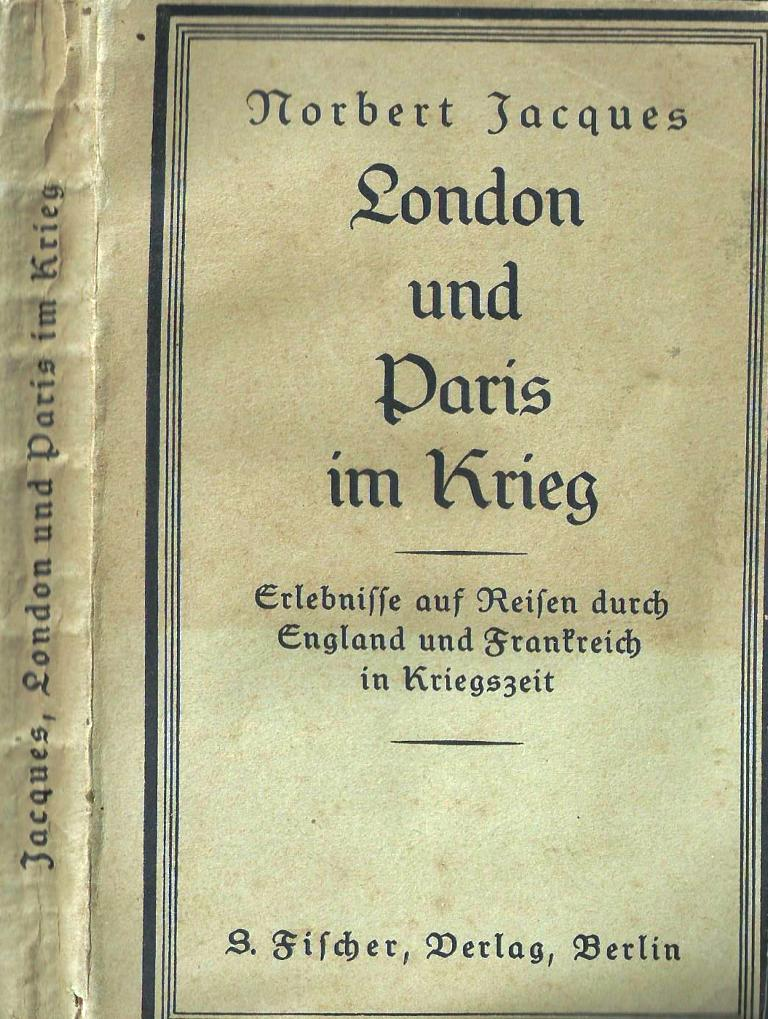
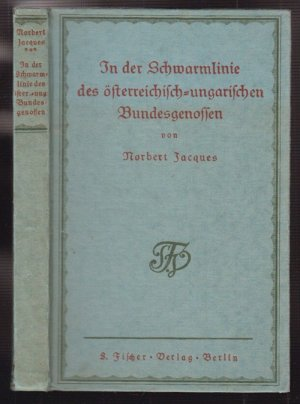
His novel Pirath’s Island was published in 1917.
It tells the story of German engineer Peter Pirath, who leaves Europe in 1913 due to marital problems.
For a while, he lives and works very successfully on Java.
Sometime later, homesick, he wants to return to Europe.
On his way home, he is shipwrecked and manages to escape to the fictional island of Kililiki.
There, he encounters the local population, who soon worship him as a god.
Because Jacques always tried to look “behind the scenes” on his travels, he was also familiar with the problems caused by European colonialism.
Pirate’s Island is therefore also a Robinsonade in which the critique of Eurocentrism plays a major role.
From today’s perspective, however, the result is not much better than the original and, moreover, is tainted with sexist undertones.
After Mabuse, this became his most successful novel.
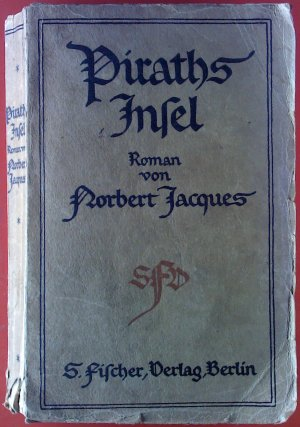
Jacques responded to the end of the First World War and the associated political and social upheavals with his novel Landmann Hal.
The novel presents an almost religiously exalted view of rural life, into which the hero seeks refuge.
The author, on Lake Constance, was just as unsuccessful in achieving an autobiographical version as his hero.
The character of Dr. Mabuse was also driven by a desire for a new society.
His Brazilian colony, Eitopomar, was intended to provide him with an escape from the depraved, corrupted European society.
(Consider the profound upheavals and enormous social contrasts the author witnessed.
Even though he was inclined toward Eurocentrism and, at times, patriotism, he retained a keen eye for the negative aspects of the society around him.)
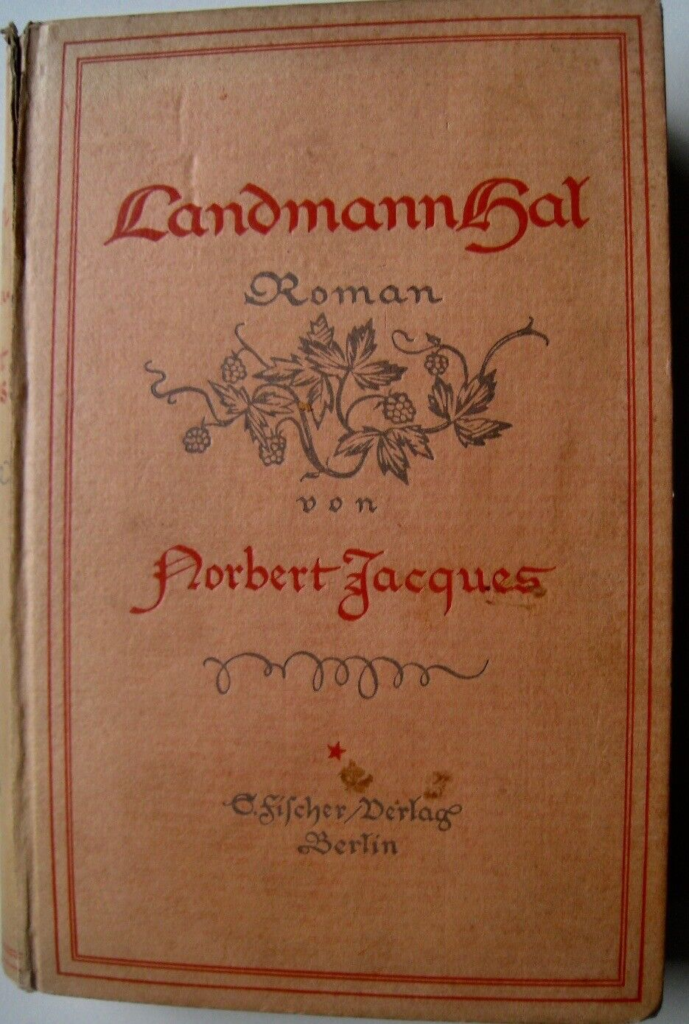
Also worth mentioning is his little book, The Limmburger Flute, a satire about his homeland.
In this work, Jacques tells the story of the (fictional) Limmburg musician Pierre Nocké, who could play a flute without having to buy it.
This work, too, is partly to blame for the author’s persona non grata in his homeland.
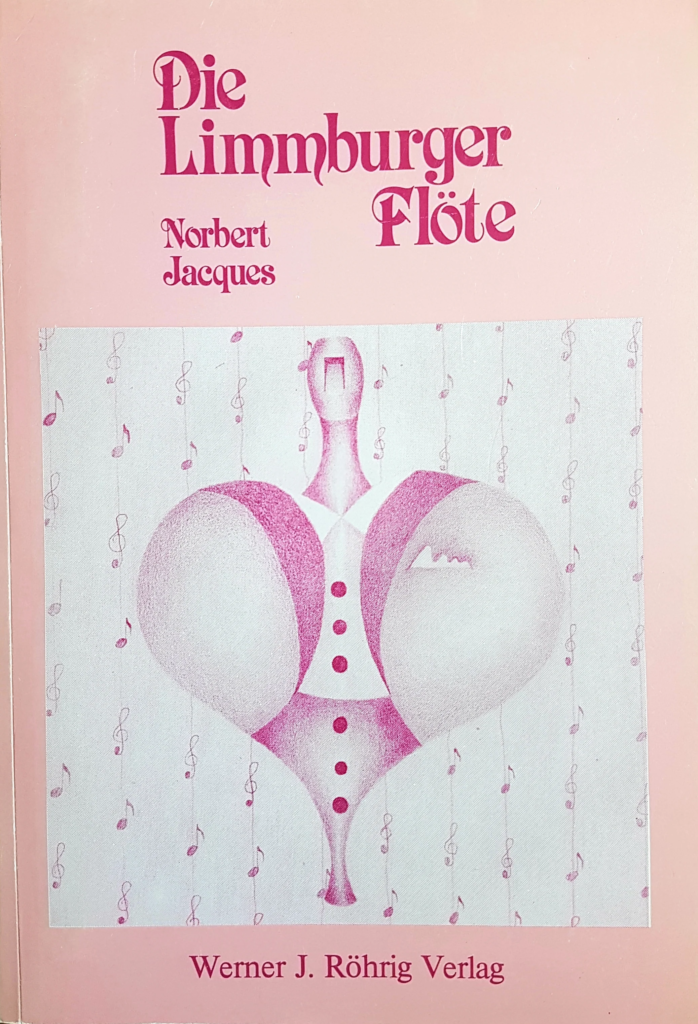
According to a quote by Balder Olden – “The higher the fees soared, the deeper the poet plunged.” – Jacques, as a successful writer, placed little value on quality.
His travelogues maintained a level that his crime novels rarely reached.
Here, he often undersold himself, delivering “sensational tearjerkers” that were solely focused on making a quick profit.
However, this also allowed him to finance his numerous travels.
His work includes over 50 books and several hundred short stories.
His articles, essays and columns in literary magazines such as Die Aktion, Hyperion, März, Neue Rundschau, Die Rheinlande and Die Weißen Blätter remain innumerable.
He also worked as a translator, broadcaster and screenwriter.
Several of his novels were made into films, with Jacques serving as a consultant on almost all of them.

Above: Norbert Jacques
Almost unnoticed alongside his own work, Jacques translated works by Maurice Renard (Orlac’s Hands), Rudyard Kipling (The Fisher Boys) and Hugh Walpole (Jeremy at School).
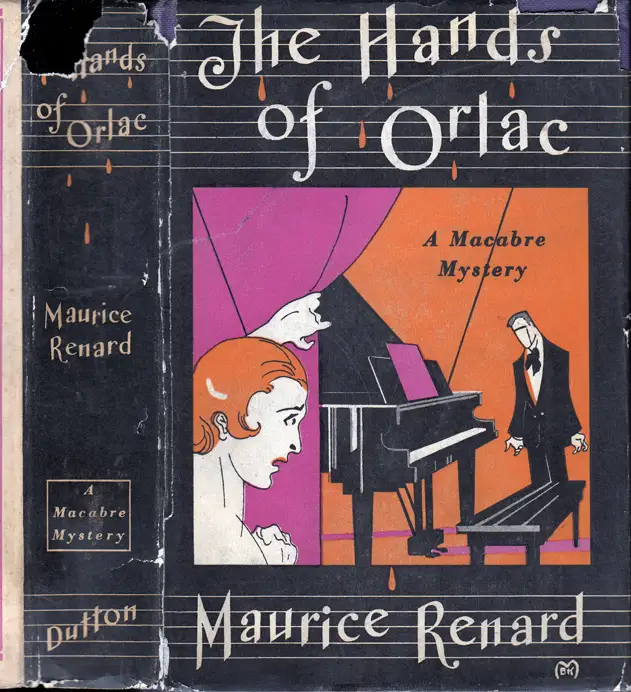
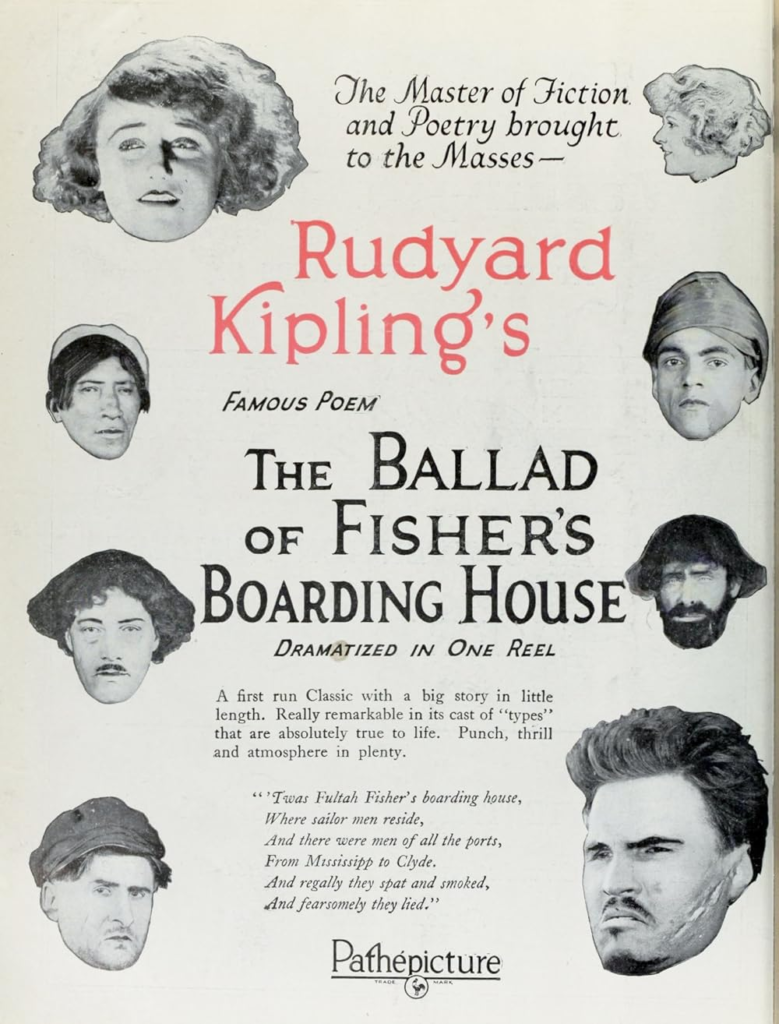
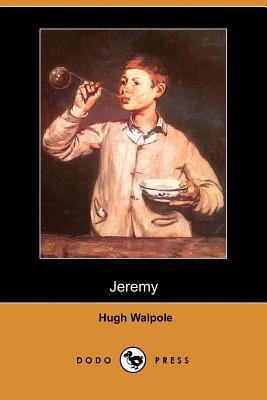
Despite all their criticism, important literary critics always spoke positively about him.
They predicted a great future for Jacques as early as 1909.
Colleagues and friends among journalists were also full of praise for his works.
” …who, with proven talent, cultivates the adventurous and entertaining in the best sense of the word” was a saying by Thomas Mann about Norbert Jacques.
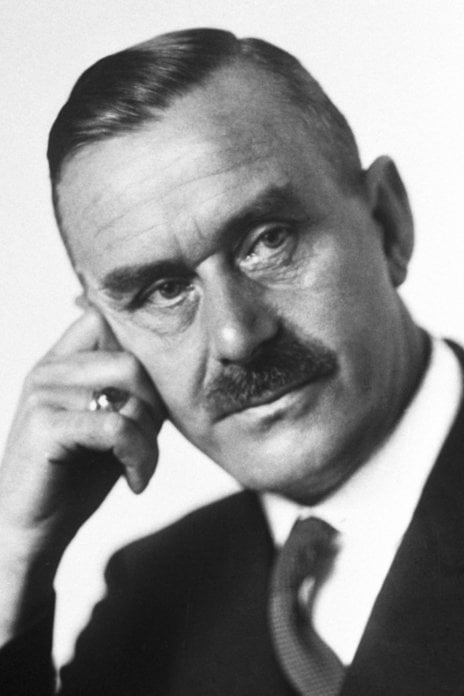
Above: German writer Thomas Mann (1875 – 1955)
René Schickele even compared Jacques to Honoré de Balzac.
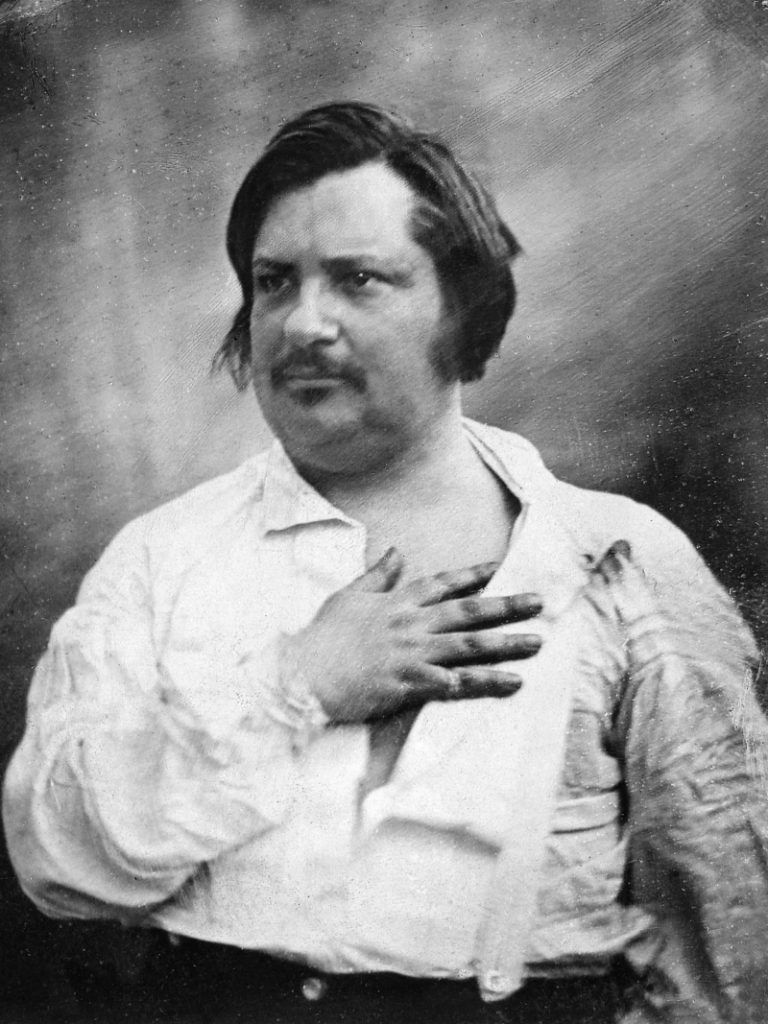
Above: French writer Honoré de Balzac (1799 – 1850)
Arthur Schnitzler found him “simply gifted“.
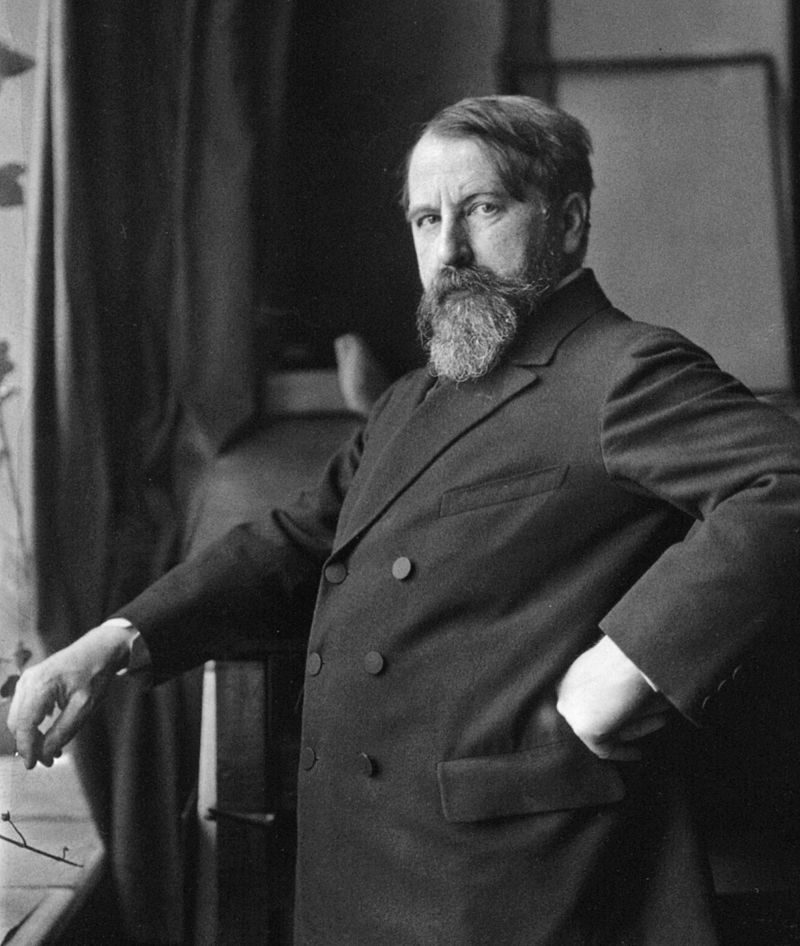
Above: Austrian writer Arthur Schnitzler (1862 – 1931)
Norbert Jacques was long forgotten after his death.
Only his brilliant “master criminal” Doctor Mabuse, survived him.
The novel Dr. Mabuse, the Gambler was published in 1920 and made into a film by Fritz Lang under the same title.

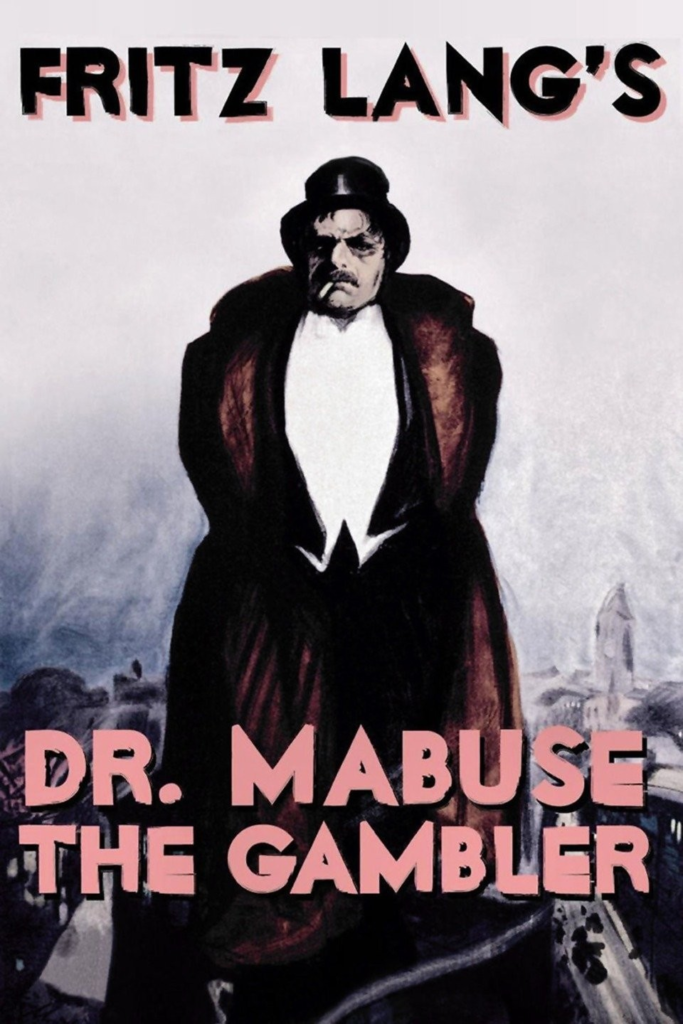
The majority of Norbert Jacques’s literary legacy is housed in the Saar-Lor-Lux-Alsace Literary Archive at Saarland University in Saarbrücken.
In his native Luxembourg, Norbert Jacques is often viewed negatively because of his proximity to Germany.
Recently, the philosopher Volker Zotz, who teaches in Luxembourg, has called for a reassessment of Jacques’s work there.

- Annette Kolb (1870 – 1967)

Above: German writer Annette Kolb
In 1919, so many writers, musicians, artists, and other “intellectuals“, as they were called at the time, came to Uttwil as never before and never again.
“Annette Kolb settled in the simple but very well-kept inn in the center of the village, where the Berlin conductor Oscar Fried also took residence,” says Henry van de Velde’s memoirs.
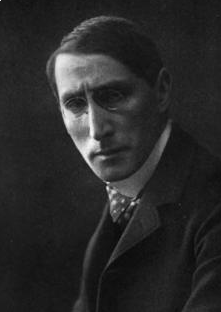
Above: German conductor Oskar Fried (1871 – 1941)
The novelist Annette Kolb stayed almost the entire summer.
Others came just for a visit, such as Ferdinand Hardekopf, the expressionist poet who later made a name for himself as a translator of André Gide’s works into German.
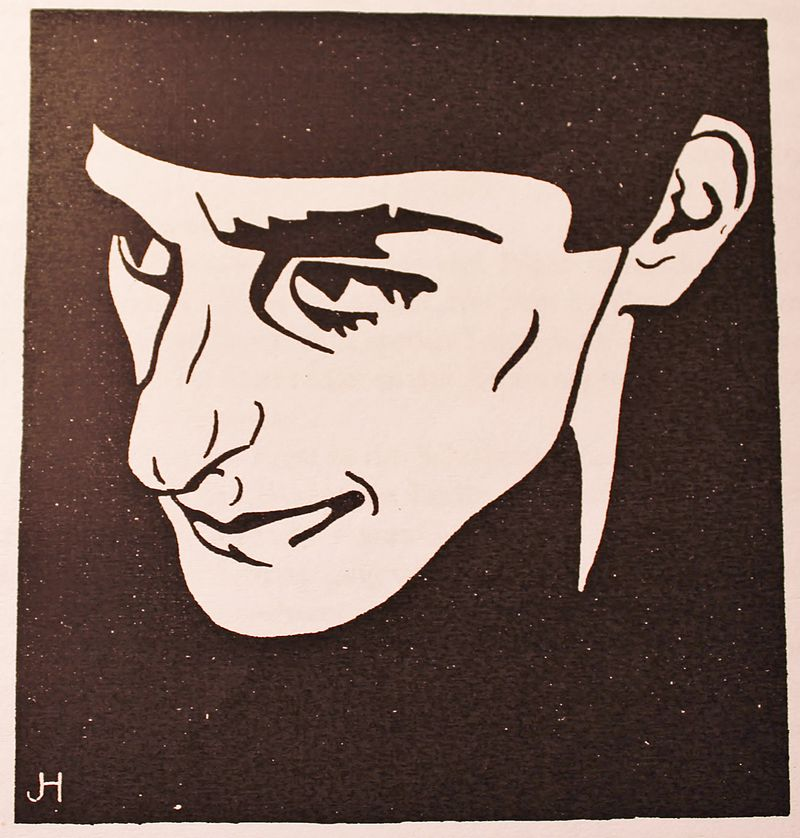
Above: German writer Ferdinand Hardekopf (1876 – 1954)
Baladine Klossowska, Rilke’s friend, wrote to Hardekopf, also considering moving to Thurgau.
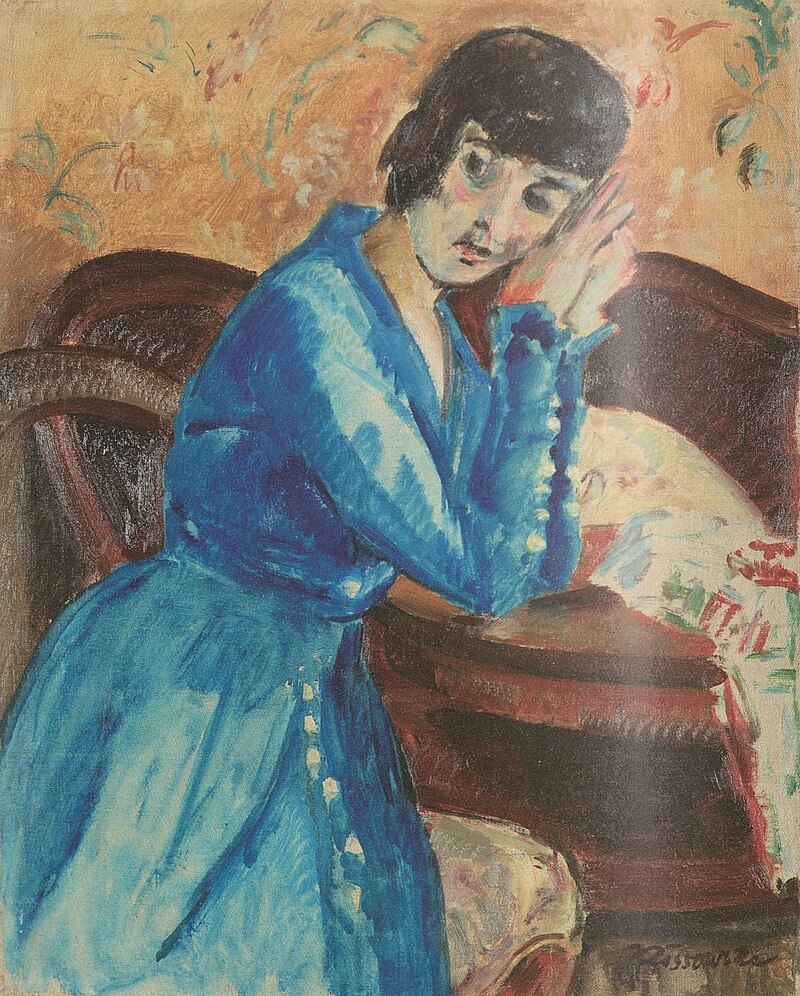
Above: German panter Baladine Klossowska (1886 – 1969)
But the dream of an artist colony by the Lake was soon shattered.
As a Belgian citizen, Henry van de Velde’s assets in German banks were frozen by the young Weimar Republic, thus depriving him of his livelihood, just as René Schickele’s plans were thwarted by the rampant inflation:
“When we realized in 1919, and felt more and more every day, that the German mark had collapsed during its ride across Lake Constance, we left our beautiful house in Uttwil.
At that time, the whole world still believed in the possibility of pulling it out of the water, and so we gave a final trusting glance at the departing day.
The gently moving German shore seemed closer and carried a golden Alpine glow.
It turned out differently.“
Schickele had grown fond of the Lake.
As a farewell, he dedicated a few verses to it, praising the morning. It seems as if he wanted to remember Uttwil as a place of new beginnings, not of endings:
“Golden moon in the lake, deep blue world,
The end has not yet anticipated the day,
That holds it in elevated arms,
Quiet, as long as it may sleep,
And the hour, which passes by,
With open eyes so dreamily,
Where from its mouth already blows
The redness foaming in the sky.“
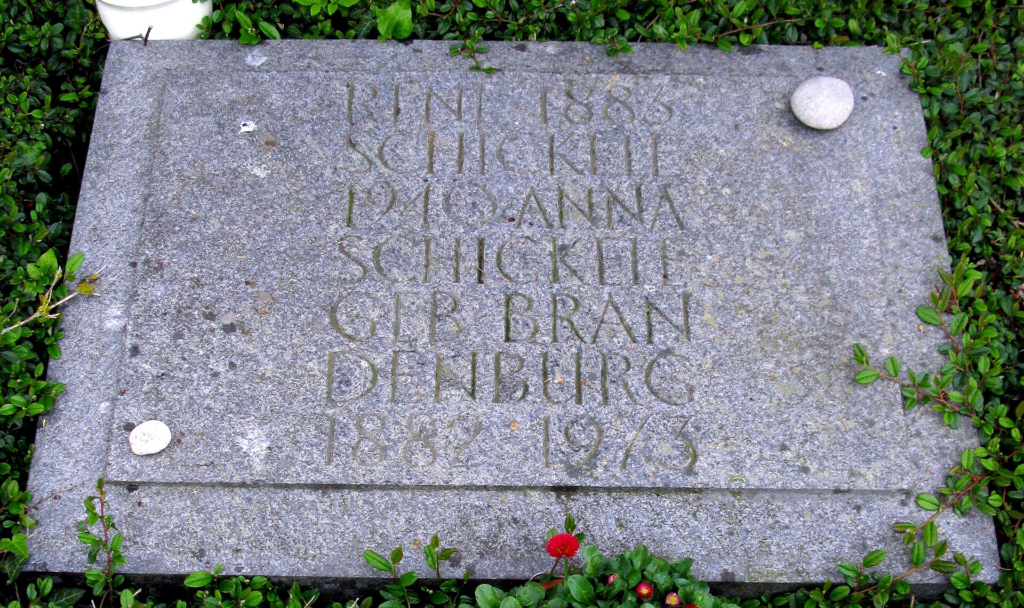
Annette Kolb was a German writer.
She was a persistent advocate for peace and made a significant contribution to the understanding between Germany and France.
Annette Kolb was the third daughter of the Munich landscape architect Max Kolb and the Parisian pianist Sophie Danvin, which meant that her literary work was influenced by both German and French.
Annette Kolb grew up in Munich on Sophienstraße and spent her early school years at the Thurnfeld convent school near Hall in Tirol.
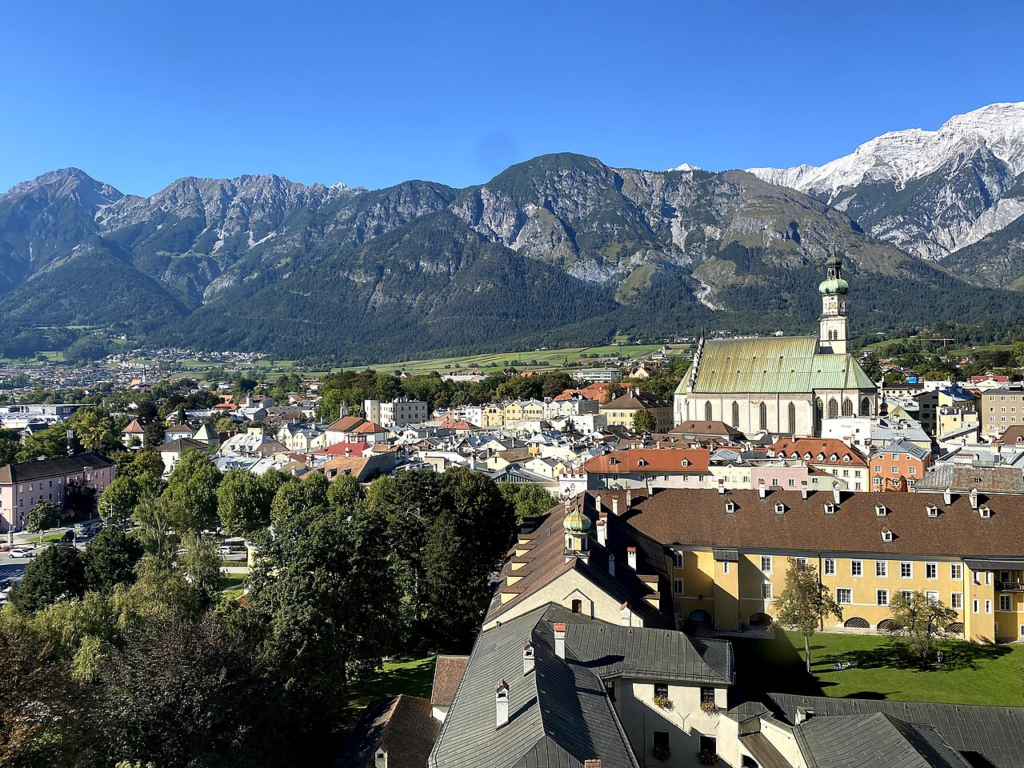
Above: Hall in Tirol, Tyrol, Austria
She discovered her love of writing at an early age and published her first self-financed book, Kurze Aufsätze (Short Essays) in 1899.
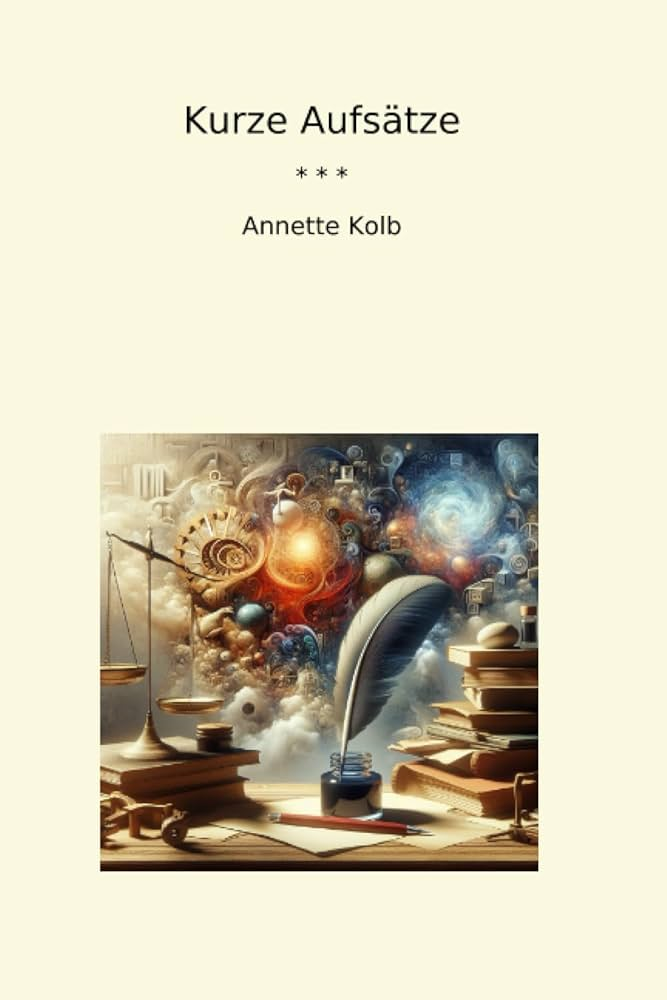
During the First World War, Annette Kolb was a strong advocate for pacifism.
A vehement plea for the application of reason and for European international understanding sparked riots after a lecture in Dresden on 11 January 1915.
In 1916, the Bavarian War Ministry imposed a travel and correspondence ban on her “because of pacifist activities“.
Annette Kolb went into exile in Switzerland.
In 1923, the writer settled in Badenweiler, where the architects Paul Schmitthenner and Wilhelm Jost had built a house for her the previous year.
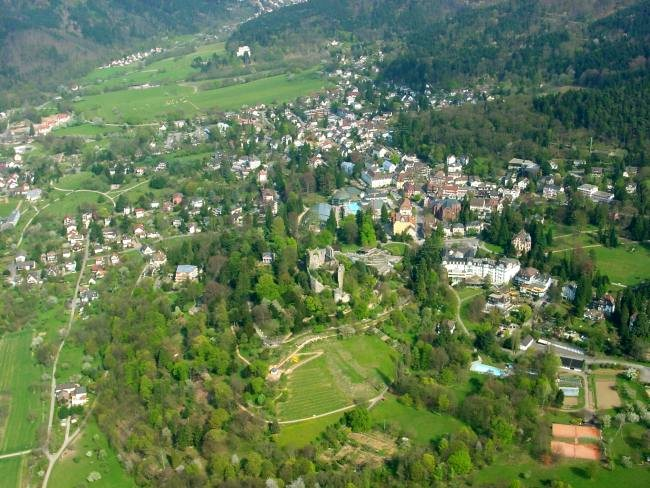
Above: Badenweiler, Baden-Württemberg, Germany
In the 1920s, she played an important role in German literary life.
One of her earliest and greatest supporters was the writer, publisher, and patron Alfred Walter Heymel.
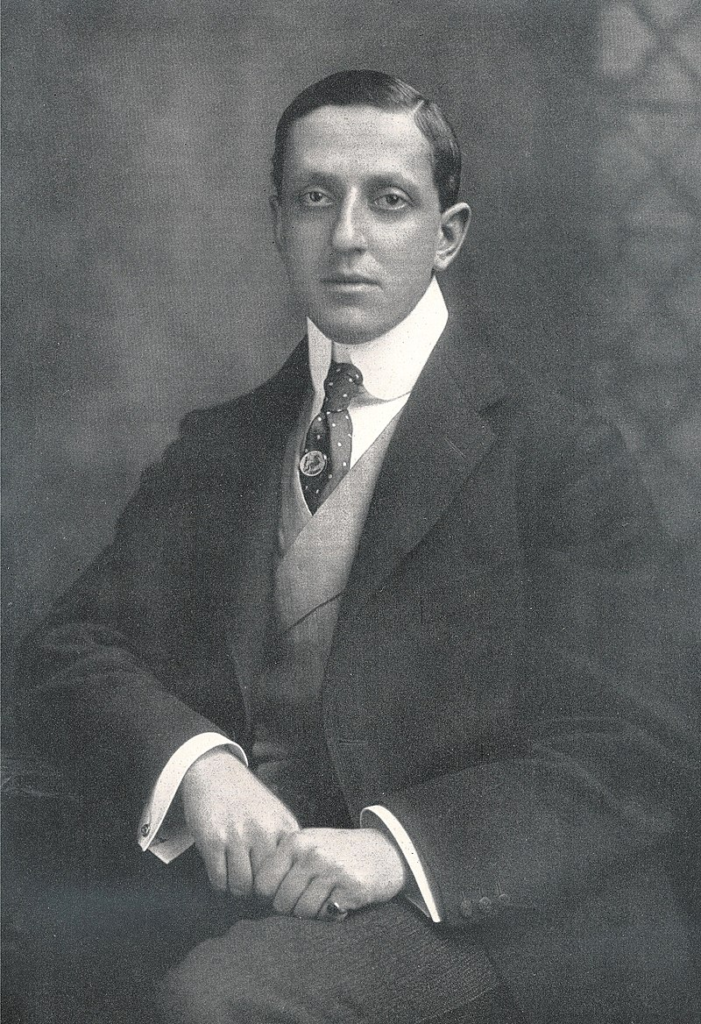
Above: German writer Alfred Walter Heymel (1878 – 1914)
Rainer Maria Rilke was enthusiastic about her novels.
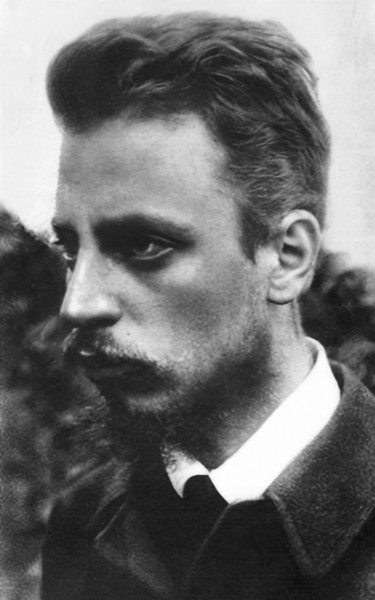
Above: Austrian poet Rainer Maria Wilke (1875 – 1926)
She remained friends with René Schickele, an Alsatian writer and advocate of the Franco-German reconciliation of interests, until his death in 1940.
He was her neighbor in Badenweiler.
She had known him since 1914.
In 1919, so many writers, musicians, artists, and other “intellectuals“, as they were called at the time, came to Uttwil as never before and never again.
“Annette Kolb settled in the simple but very well-kept inn in the center of the village, where the Berlin conductor Oscar Fried also took up residence,” as stated in Henry van de Velde’s memoirs.
The novelist Annette Kolb stayed for almost the entire summer.
In September 1932, at the age of 62, Annette Kolb got her driver’s license (she wrote about this in detail in Festival Days) and, with the help of friends, bought a small Ford.
In 1933 she emigrated to Paris, thus breaking away completely from
National Socialist Germany.
Members of this political movement had publicly outlawed and burned her books.
In 1936 she became a French citizen.
In 1941, the 71-year-old fled to New York via Lisbon, but was unable to achieve professional success there.
After the war, she lived in Paris, Munich and Badenweiler until 1961.
She was last known in Munich, where she died at the age of 97.
Annette Kolb remained active in literature, music, journalism and politics well into old age.
Until her death, Kolb insisted on being addressed as Fräulein and was known for her extravagant hats.

Thomas Mann portrayed her in Doctor Faustus in a somewhat condescending way in the character of Jeanette Scheurl:
“Jeanette began as a writer, a novelist.
Brought up between languages, she wrote ladylike and original social studies in a charmingly incorrect private idiom, which were not without psychological and musical charm and definitely belonged to higher literature.
Of worldly ugliness, with an elegant sheep’s face in which the rustic mingled with the aristocratic, much like the Bavarian dialect with the French in her speech, she was extraordinarily intelligent and at the same time wrapped in the naively inquiring cluelessness of an aging girl.
Her mind had something fluttering, drolly confused, at which she herself laughed heartily with a completely pure and amusing heart.
In addition, she was very musical, a pianist, passionate about Chopin, interested in Schubert’s literary work, friends with more than one contemporary name-bearer in the realm of music, and a satisfying exchange about Mozart’s polyphony and his relationship to Bach had been the first to be had between her and Adrian.
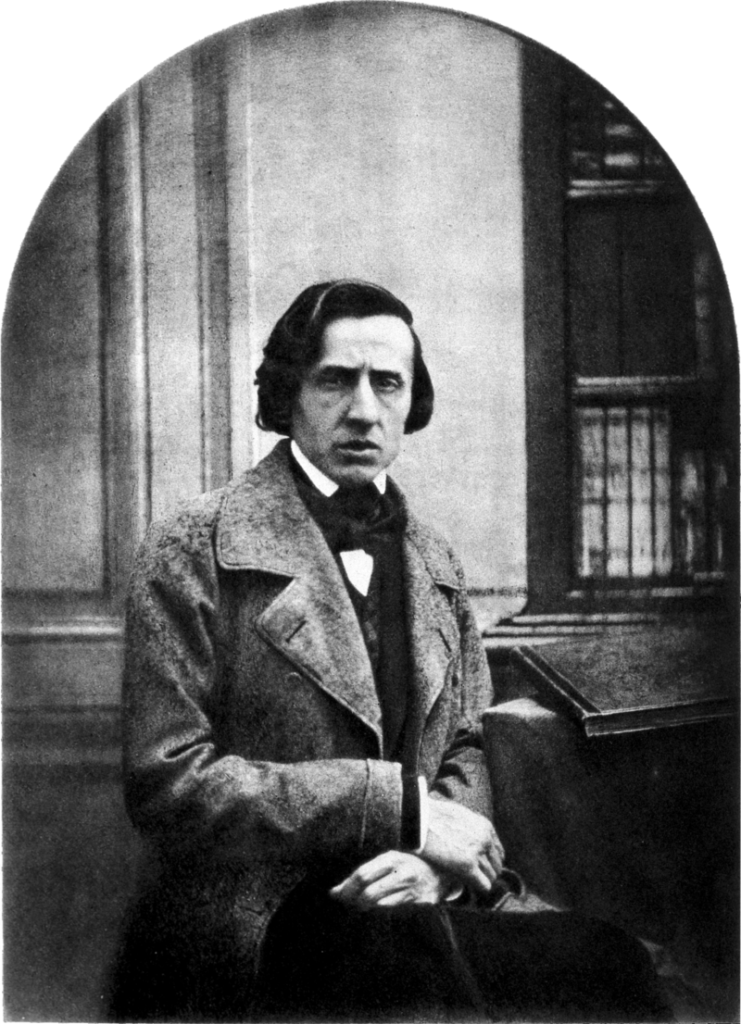
Above: Polish composer Frédéric Chopin (1810 – 1849)

Above: Austrian composer Franz Schubert (1797 – 1828)
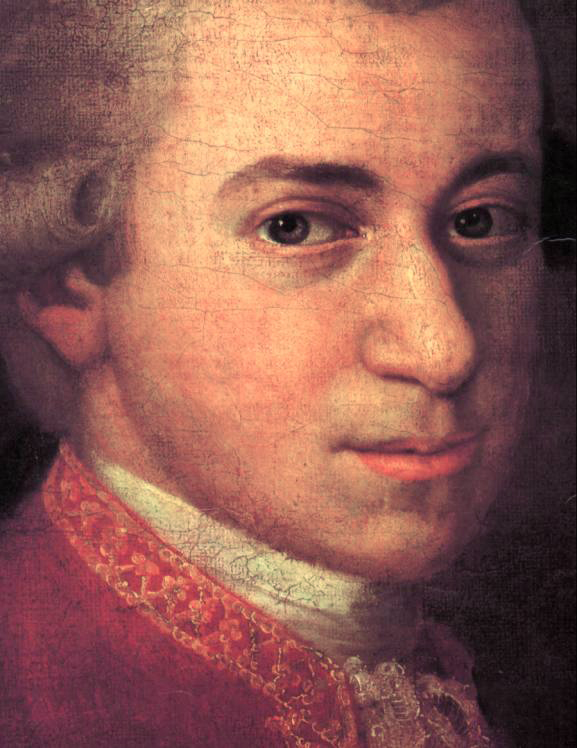
Above: Austrian composer Wolfgang Amadeus Mozart (1756 – 1791)
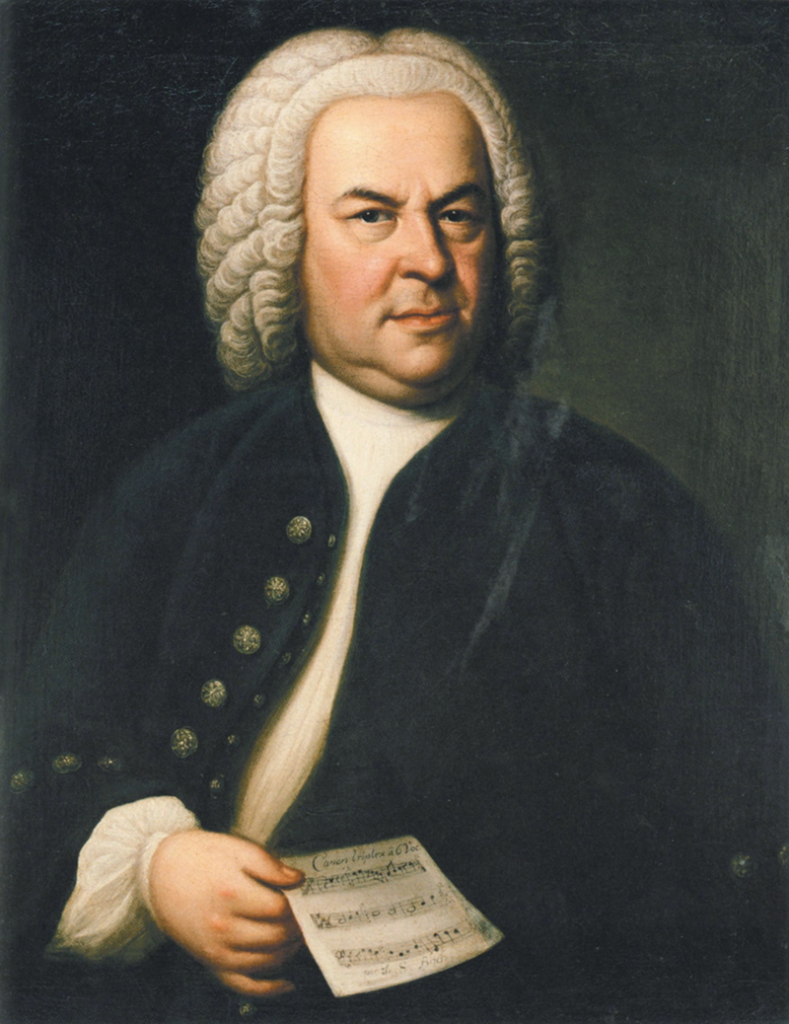
Above: German composer Johann Sebastian Bach (1685 – 1750)
He was and remained confidingly devoted to her for many years.“
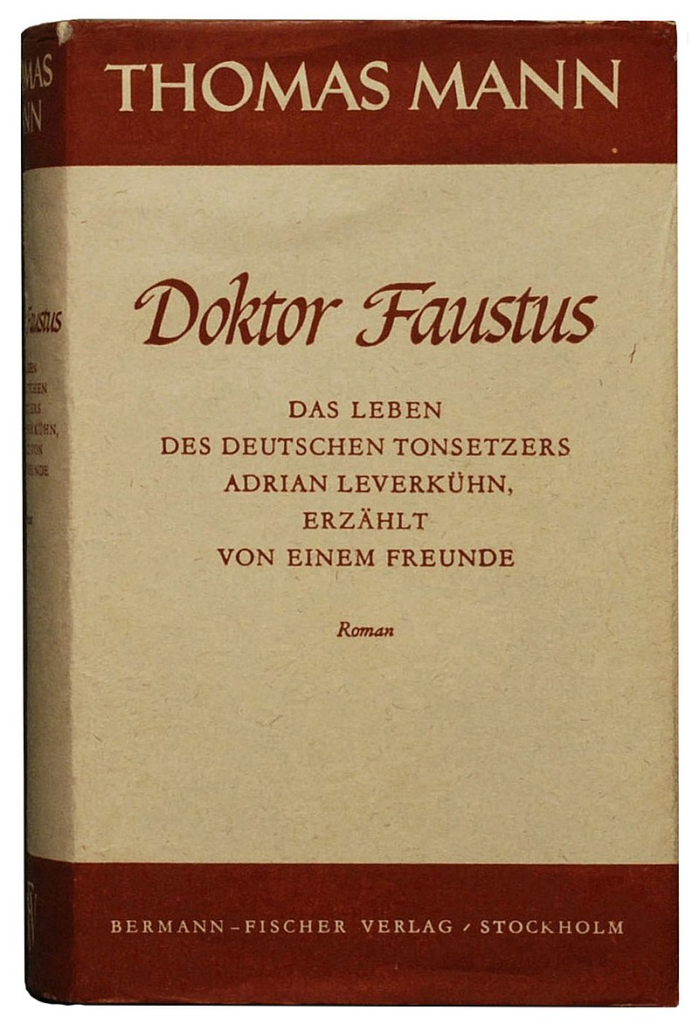
In the 1940s, famous émigré musicians such as Pau Casals, Clara Haskil and Rudolf Serkin lived in Uttwil, as did Swiss painters and writers such as Ernst Schlatter, Paul Ilg and Emanuel Stickelberger.
- Pau Casals (1876 – 1973):
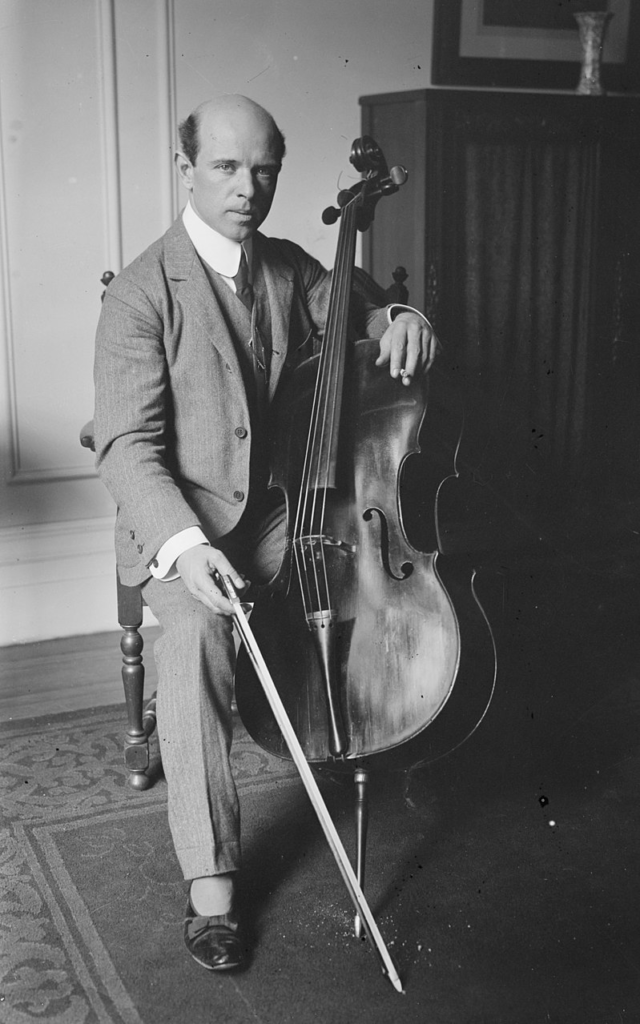
Above: Spanish musician Pau Casals
Pau Casals i Defilló, internationally also known as Pablo Casals, became world famous primarily as a cellist, but also worked as a composer and conductor.
Casals was born in El Vendrell, Catalonia, Spain.
His father, Carles Casals i Ribes, was a parish organist and choirmaster.
He gave Casals instruction in piano, songwriting, violin and organ.
He was also a very strict disciplinarian.
When Casals was young, his father would pull the piano out from the wall and have him and his brother, Artur, stand behind it and name the notes and the scales that his father was playing.
At the age of 4, Casals could play the violin, piano and flute.
At the age of 6 he played the violin well enough to perform a solo in public.
His first encounter with a cello-like instrument was from witnessing a local travelling Catalan musician, who played a cello-strung broom handle.
Upon request, his father built him a crude cello, using a gourd as a sound-box.
When Casals was 11 years old, he first heard the real cello performed by a group of traveling musicians, and decided to dedicate himself to the instrument.
His mother, Doña Pilar Defilló de Casals, was born in Mayagüez, Puerto Rico, to parents who were Catalan immigrants in Puerto Rico.
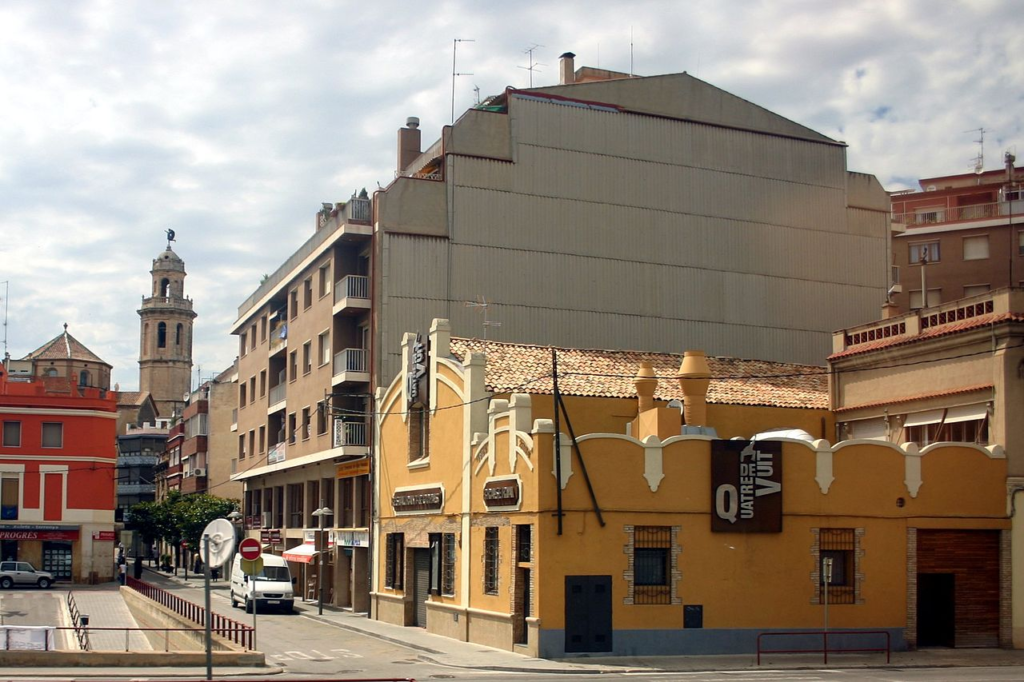
Above: El Vendrell, Catalonia, Spain
In 1888, she took her son to Barcelona, where he was enrolled in the Escola Municipal de Música.
There he studied cello, theory and piano.
In 1890, when he was 13, he found a tattered copy of Bach’s six cello suites in a second-hand music store in Barcelona.
He spent the next 13 years practicing them every day before he would perform them in public for the first time.
Casals would later make his own version of the six suites.
He made prodigious progress as a cellist.
On 23 February 1891 he gave a solo recital in Barcelona at the age of 14.
He graduated from the Escola with honors five years later.
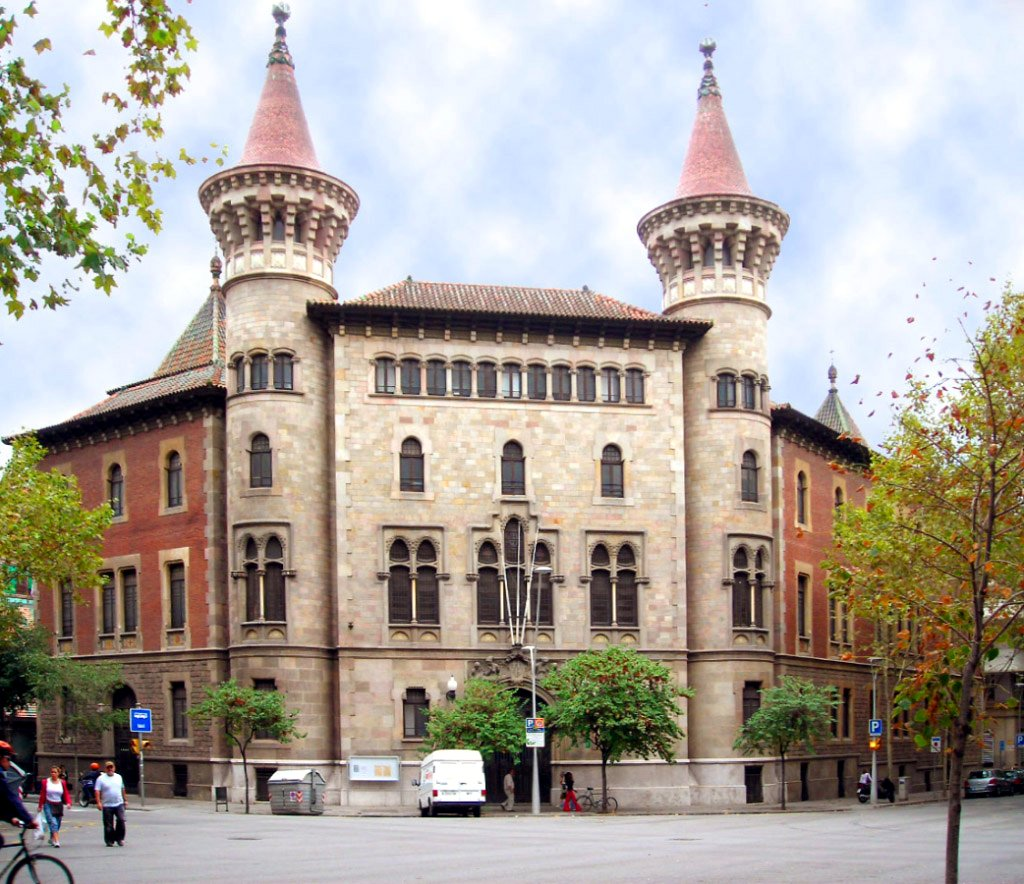
Above: Conservatori Municipal de Música de Barcelona
In 1893, Spanish composer Isaac Albéniz heard him playing in a trio in a café and gave him a letter of introduction to the Count Guillermo Morphy, the private secretary to María Cristina, the Queen Regent of Spain.
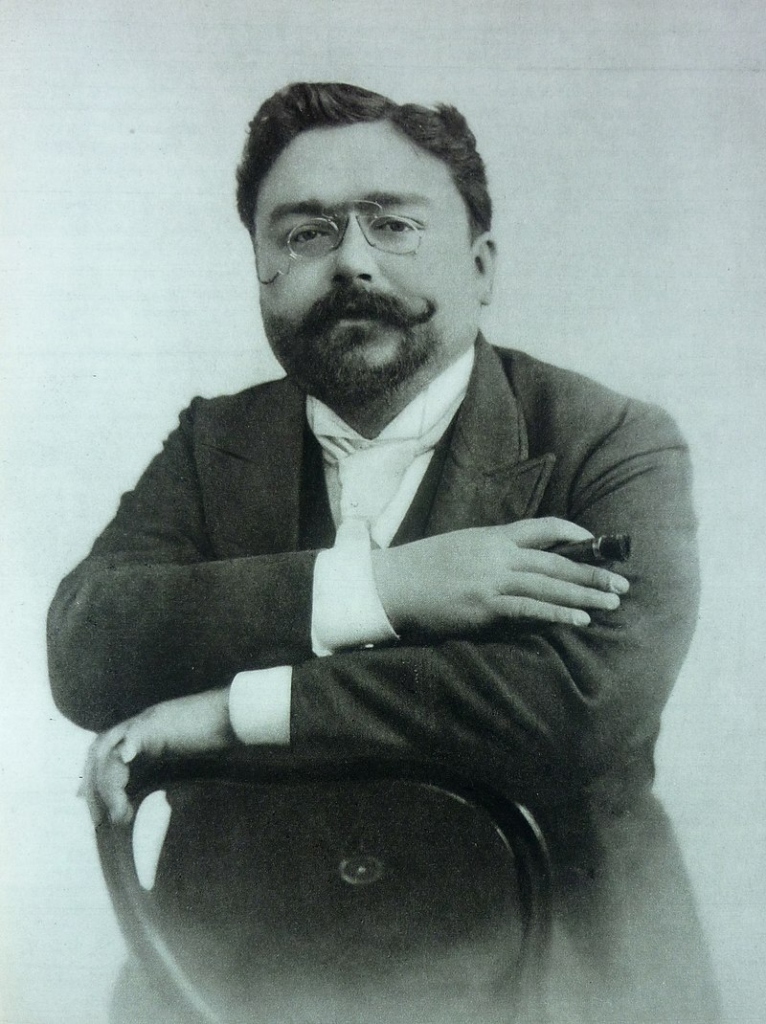
Above: Spanish composer Isaac Albéniz (1860 – 1909)
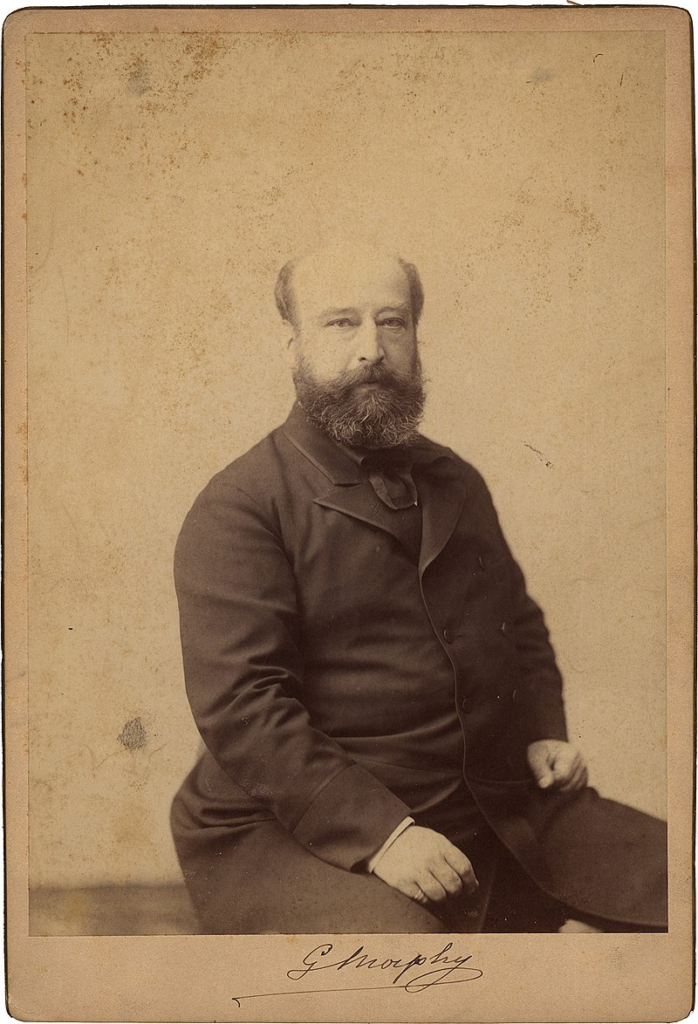
Above: Spanish composer Guillermo Morphy (1836 -1899)
Casals was asked to play at informal concerts in the Palace.
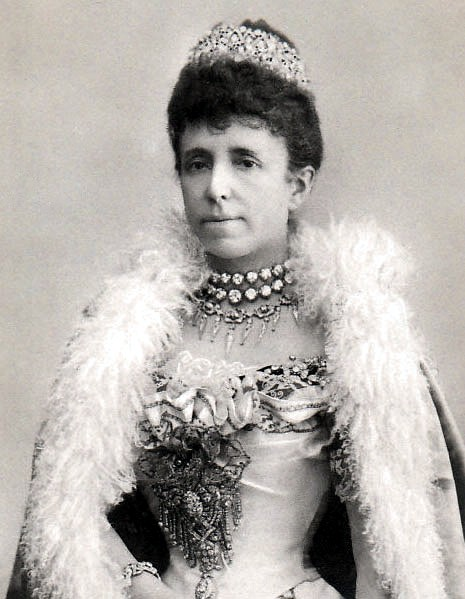
Above: Spanish Queen Maria Christina (1858 – 1929)
He was granted a royal stipend to study composition at the Madrid Royal Conservatory in Madrid with Víctor Mirecki.
He also played in the newly organized Quartet Society.
In 1895, he traveled to Paris, where, having lost his stipend, he earned a living by playing second cello in the theatre orchestra of the Folies Marigny.
In 1896, he returned to Spain and received an appointment to the faculty of the Escola Municipal de Música in Barcelona.
He was also appointed principal cellist in the orchestra of Barcelona’s opera house, the Liceu.
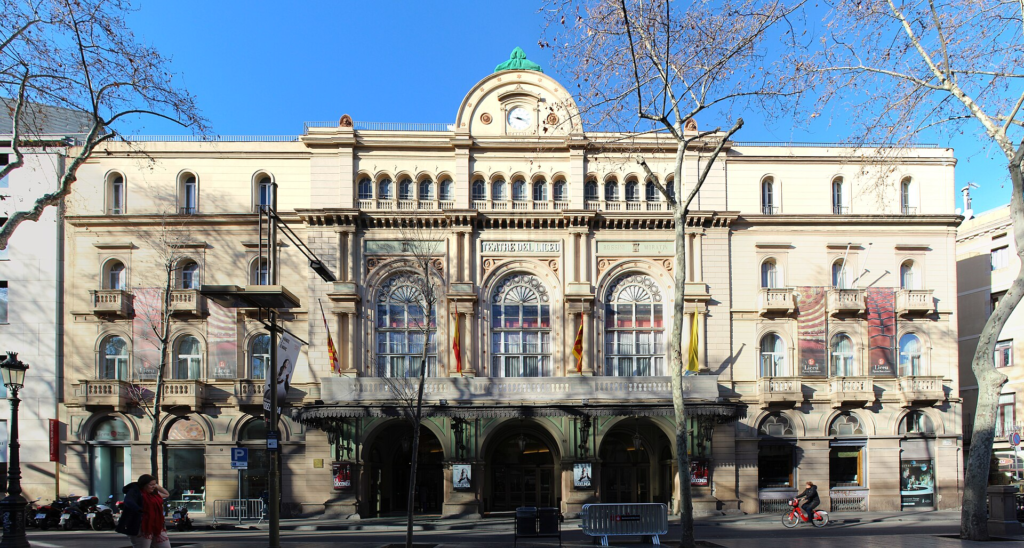
Above: Théâtre du Liceu, Barcelona, Spain
In 1897, he appeared as soloist with the Madrid Symphony Orchestra.
He was awarded the Order of Carlos III from the Queen.
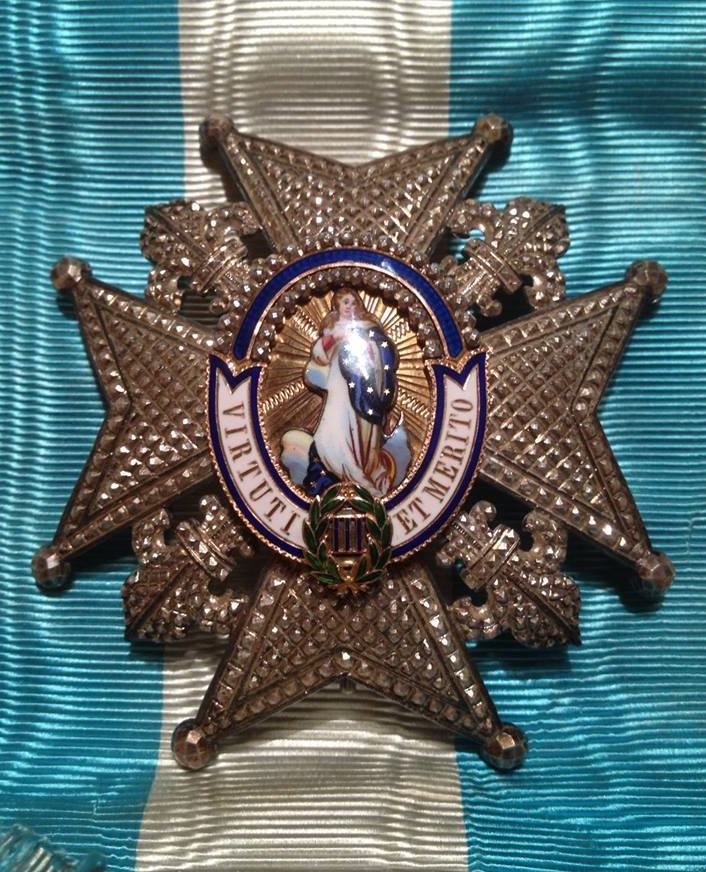
In 1899, Casals played at the Crystal Palace in London, and later for Queen Victoria at Osborne House, her summer residence, accompanied by Ernest Walker.
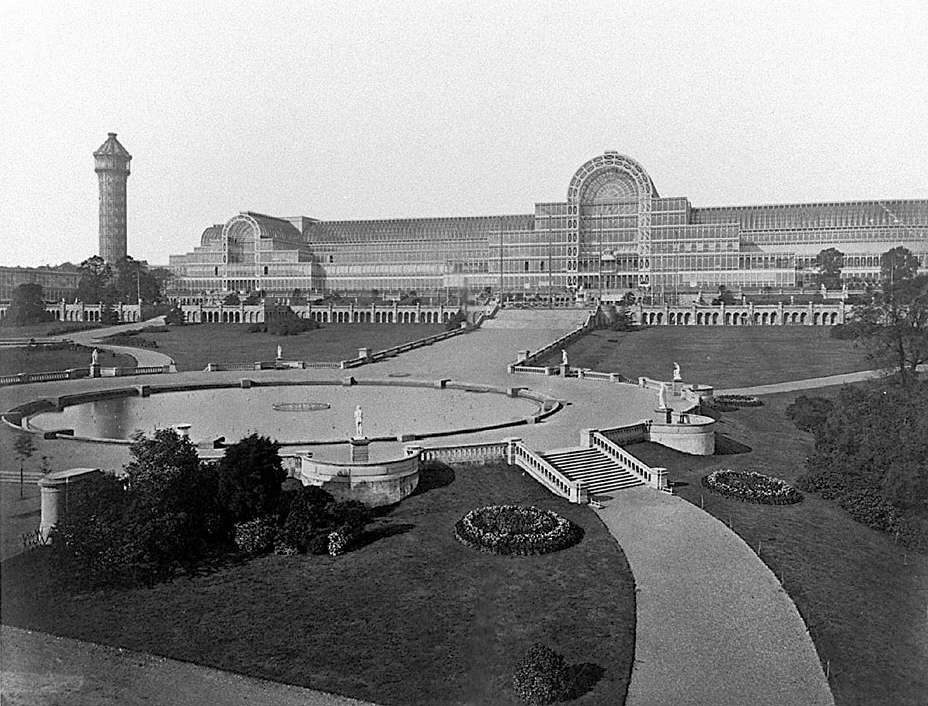
Above: Crystal Palace, London, England
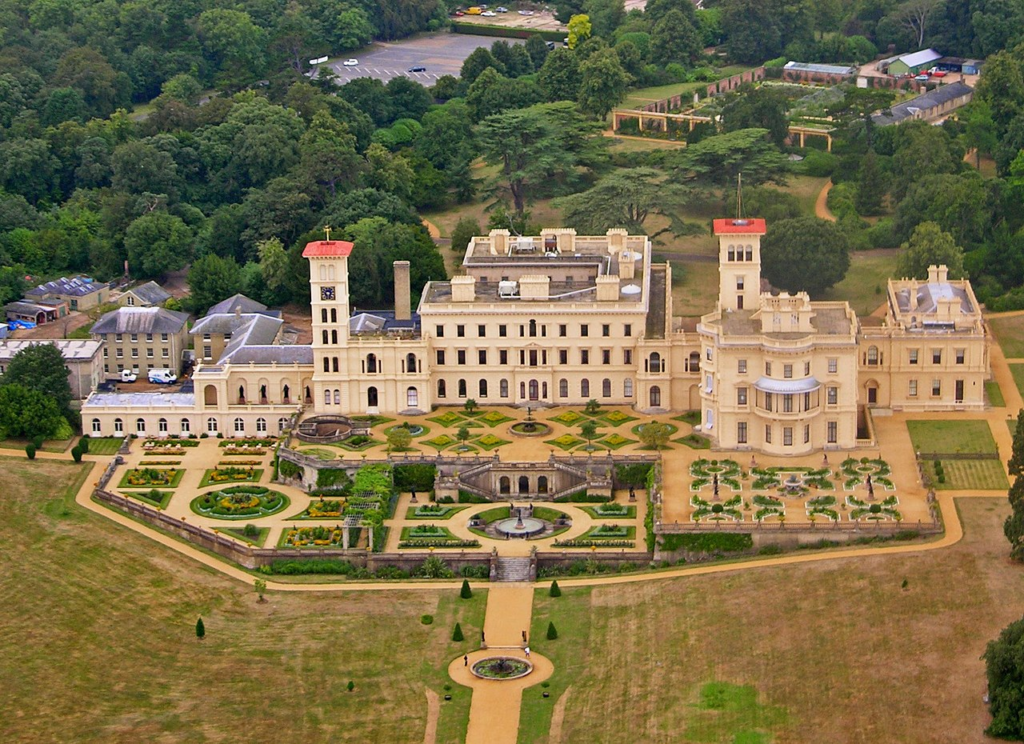
Above: Osborne House, East Cowes, Isle of Wight, England
On 12 November and 17 December 1899, he appeared as a soloist at the Lamoureux Concerts in Paris, to great public and critical acclaim.
He toured Spain and the Netherlands with the pianist Harold Bauer from 1900 to 1901.
In 1902, he made his first tour of the United States.
In 1903 he toured South America.
On 15 January 1904, Casals was invited to play at the White House for President Theodore Roosevelt.
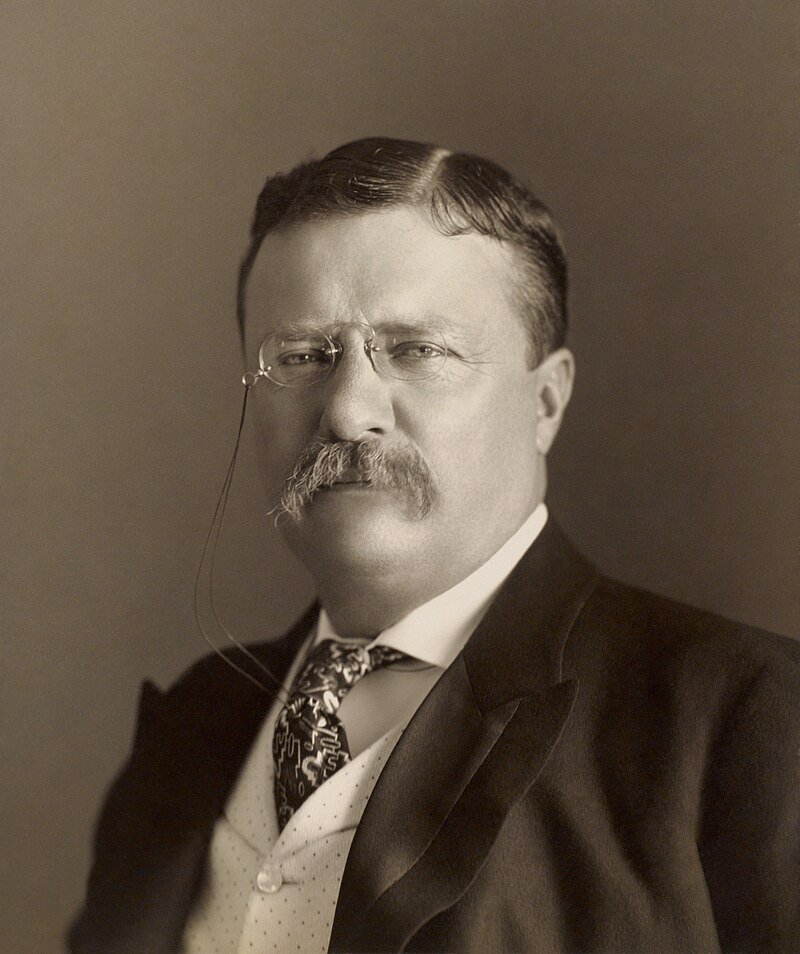
Above: US President Theodore Roosevelt (1858 – 1919)
On 9 March of that year, he made his debut at Carnegie Hall in New York, playing Richard Strauss’s Don Quixote under the baton of the composer.
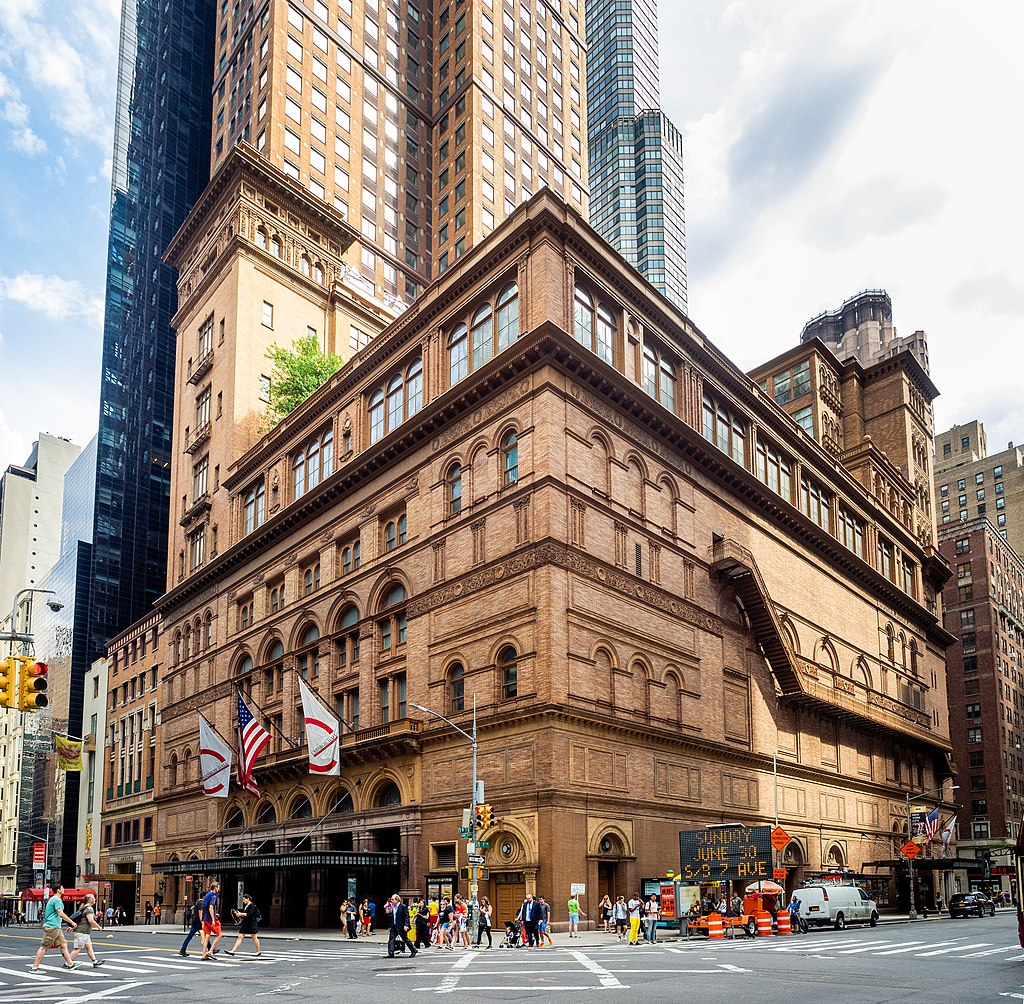
Above: Carnegie Hall, New York City, New York, USA
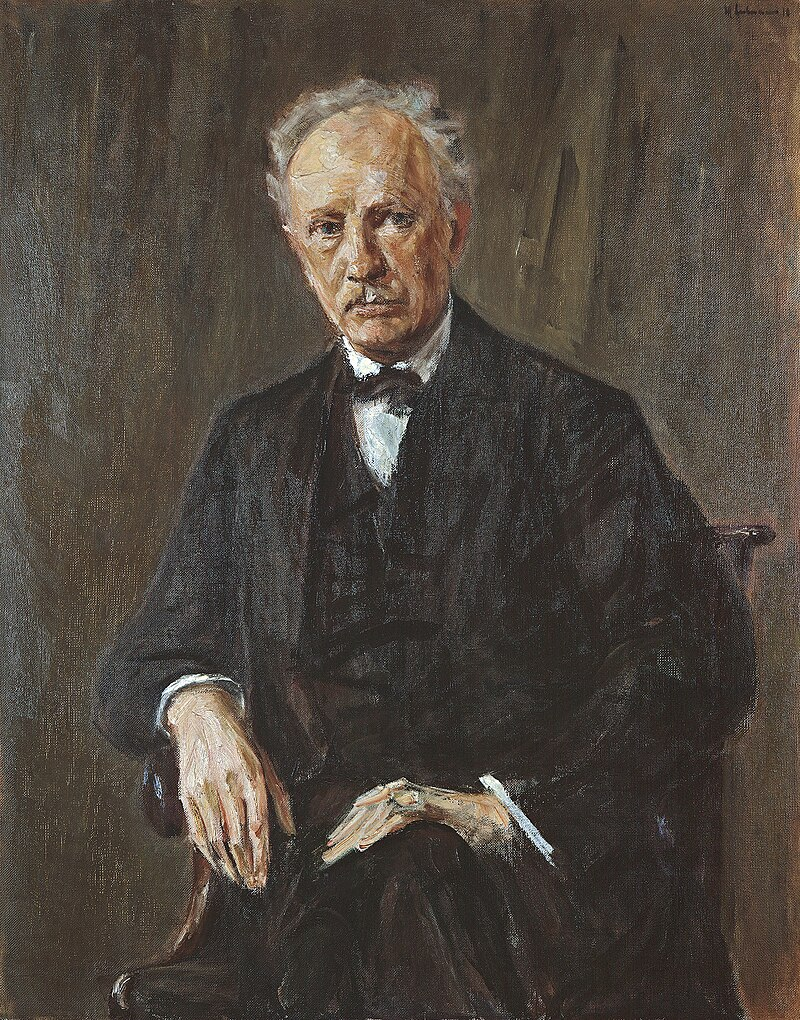
Above: German conductor Richard Strauss (1864 – 1949)
In 1906, he became associated with the talented young Portuguese cellist Guilhermina Suggia, who studied with him and began to appear in concerts as Mme. P. Casals-Suggia, although they were not legally married.
Their relationship ended in 1912.
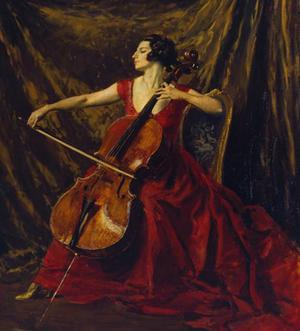
Above: Portuguese cellist Guilhermina Suggia (1885 – 1950)
The New York Times of 9 April 1911 announced that Casals would perform at the London Musical Festival to be held at the Queen’s Hall on the second day of the Festival (23 May).
The piece chosen was Haydn’s Cello Concerto in D and Casals would later join Fritz Kreisler for Brahms’s Double Concerto for Violin and Cello.
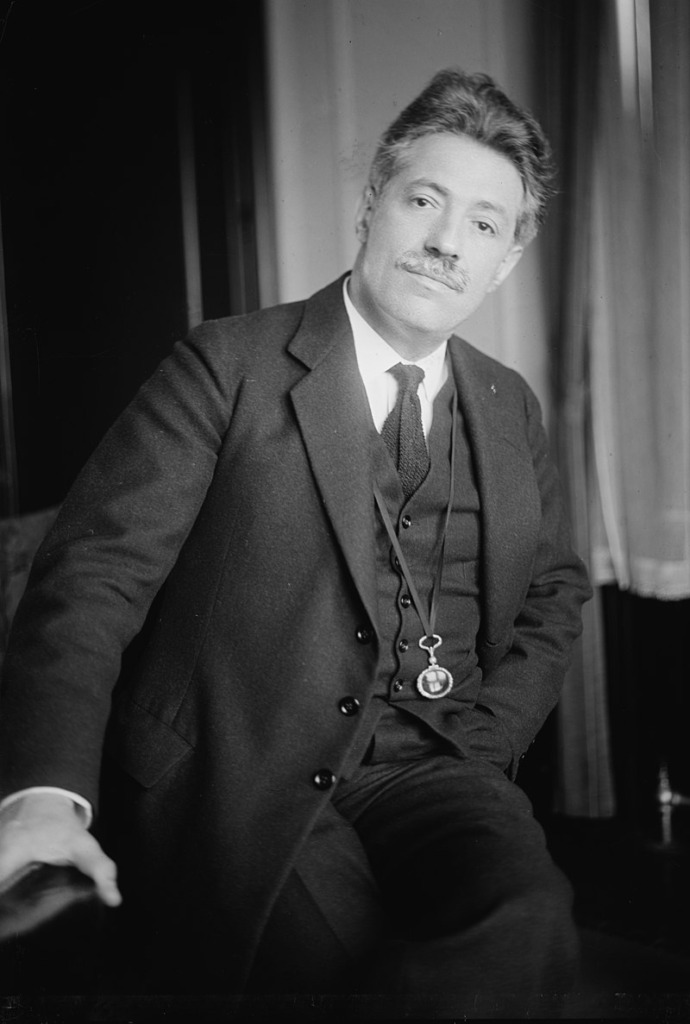
Above: Austrian composer Fritz Kesler (1875 – 1962)
In 1914, Casals married the American socialite and singer Susan Metcalfe.
They were separated in 1928, but did not divorce until 1957.

Above: American mezzo-soprano Susan Metcalfe (1878 – 1959)
Although Casals made his first recordings in 1915 (a series for Columbia), he would not release another recording until 1926 (on the Victor label).
Back in Paris, Casals organized a trio with the pianist Alfred Cortot and the violinist Jacques Thibaud.
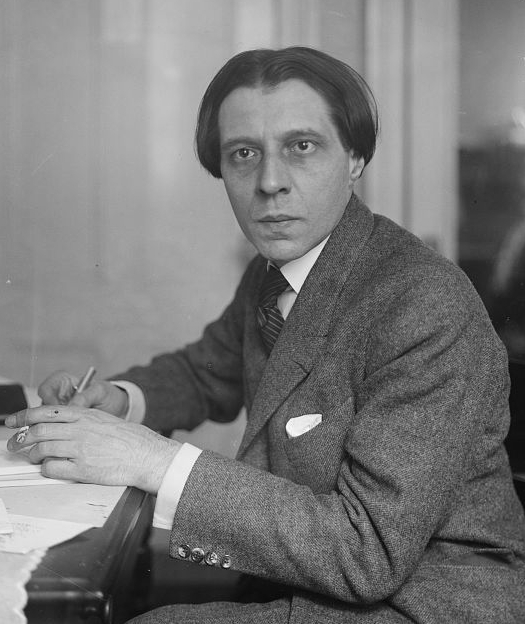
Above: French pianist Alfred Cortot (1877 – 1962)
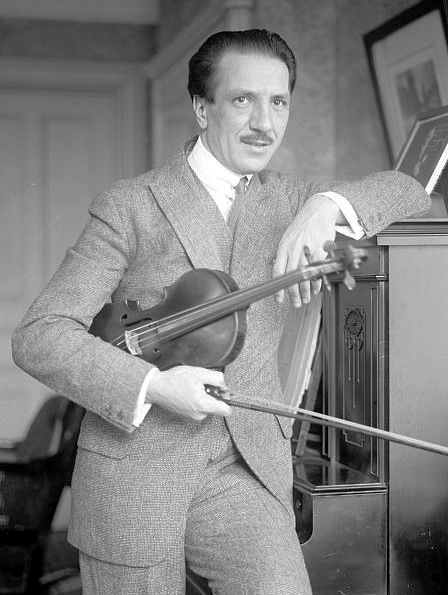
Above: French violinist Jacques Thibaud (1880 – 1953)
They played concerts and made recordings until 1937.
Casals also became interested in conducting.
In 1919 he organized, in Barcelona, the Pau Casals Orchestra and led its first concert on 13 October 1920.
With the outbreak of the Spanish Civil War in 1936, the Orquestra Pau Casals ceased its activities.
Casals was an ardent supporter of the Spanish Republican government, and after its defeat vowed not to return to Spain until democracy was restored.
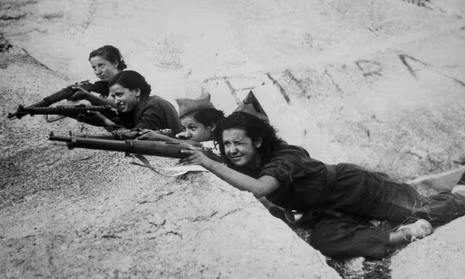
Pablo Casals, the renowned Catalan cellist and conductor, visited Uttwil in 1936.
It was during this time that he came to Switzerland, where he found refuge from the political turmoil in Spain due to the Spanish Civil War.
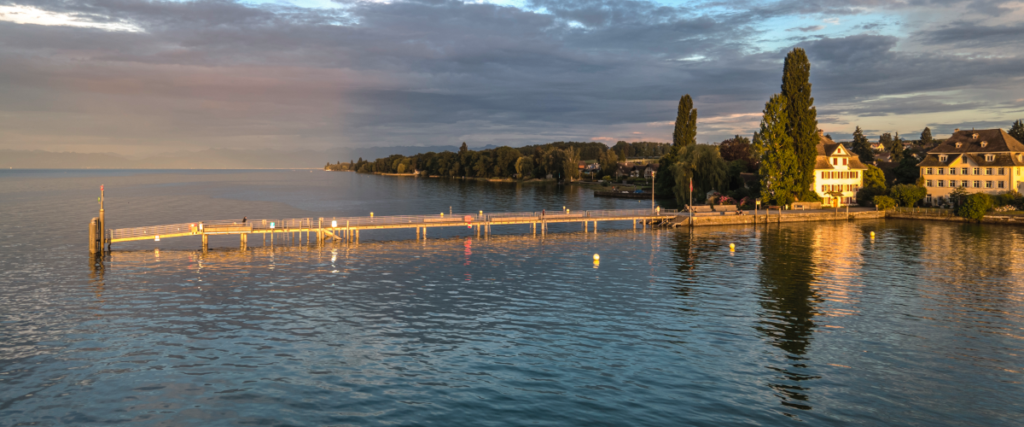
Above: Uttwil
Uttwil, situated on the shores of Lake Constance, was a peaceful retreat that attracted many intellectuals and artists during that era, including Casals.
It must have been an inspiring visit, with the natural beauty of the region likely providing a fitting backdrop for the profound musician’s reflective nature.

Above: Uttwil
Pablo Casals’ visit to Uttwil in 1936 was deeply connected to his personal and artistic life.
At the time, the political situation in Spain was becoming increasingly dire with the outbreak of the Spanish Civil War.
Casals, a staunch Republican, was vehemently opposed to the rise of Francisco Franco and the fascist regime, which led him to make the difficult decision to leave Spain.
This period marked a significant turning point in his life, both politically and artistically.
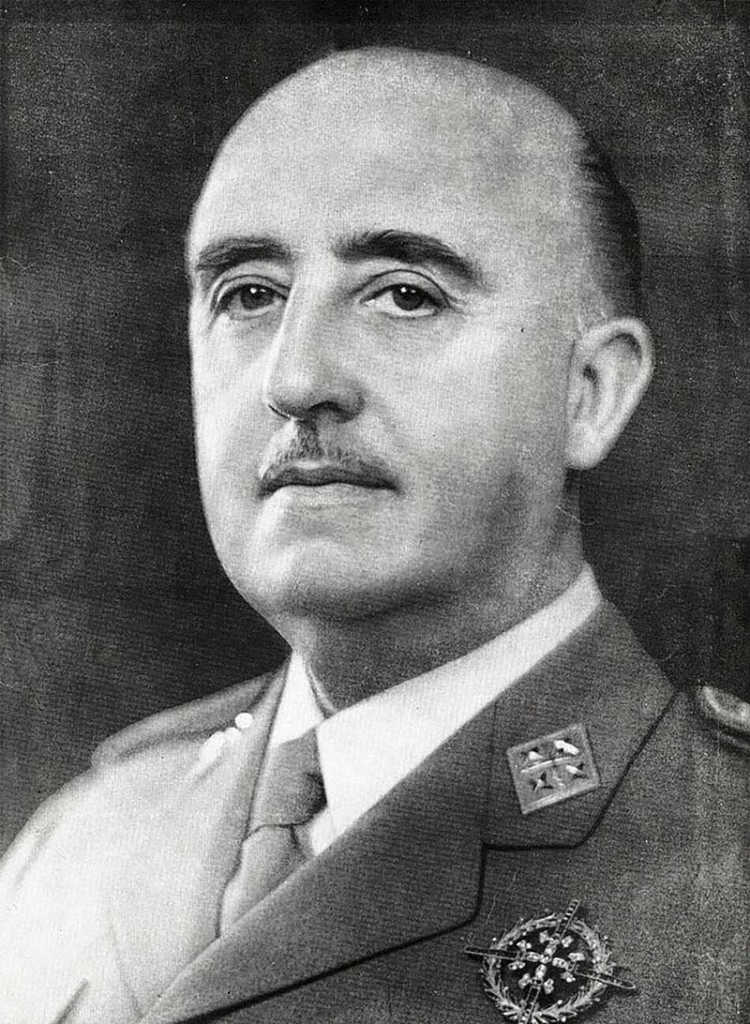
Above: Spanish dictator Francisco Franco (1892 – 1975)
Uttwil, a tranquil village by Lake Constance in Switzerland, became one of the many places where artists and intellectuals sought refuge from the political tensions in Europe.
Casals, like many others, found solace and inspiration in this peaceful setting.
He stayed at the Gasthof Sternen in Uttwil, a modest but well-kept inn in the heart of the village.
The idyllic surroundings, with the serene lake and picturesque views of the Alps, offered him a reprieve from the storms of war and political unrest.
During his stay, Casals spent time practicing and reflecting on his work.
The beauty of the region, combined with the solitude it offered, provided him with the perfect environment for deep introspection.
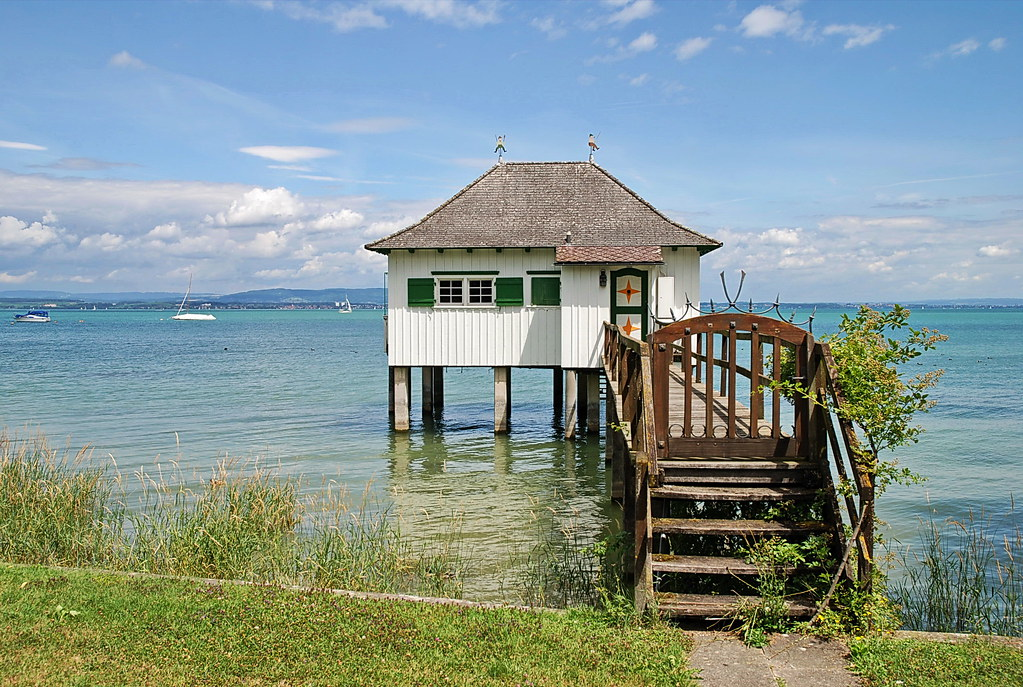
Above: Uttwil
Uttwil became a temporary sanctuary where he could reconnect with his music and continue his artistic endeavors despite the turmoil surrounding him.
In addition to his time in Uttwil, Casals also gave several concerts and recitals in Switzerland during the 1930s, often as a way to raise awareness about the Spanish Civil War and the plight of the Republican cause.
He was also involved in various cultural and humanitarian initiatives aimed at providing support to those affected by the war.
Although Casals’ time in Uttwil was relatively short, it had a lasting impact on him.
It was during this period that he began to develop a greater sense of the importance of art in times of crisis.
He famously said:
“Art is the soul of a nation.
It is through art that the spirit of the people is carried forward.“
Casals would go on to live much of his life in exile, continuing his musical career and advocating for peace and human rights.
His visit to Uttwil remains a symbolic moment in the life of a man who not only shaped the world of music but also sought to use his art as a force for social change.
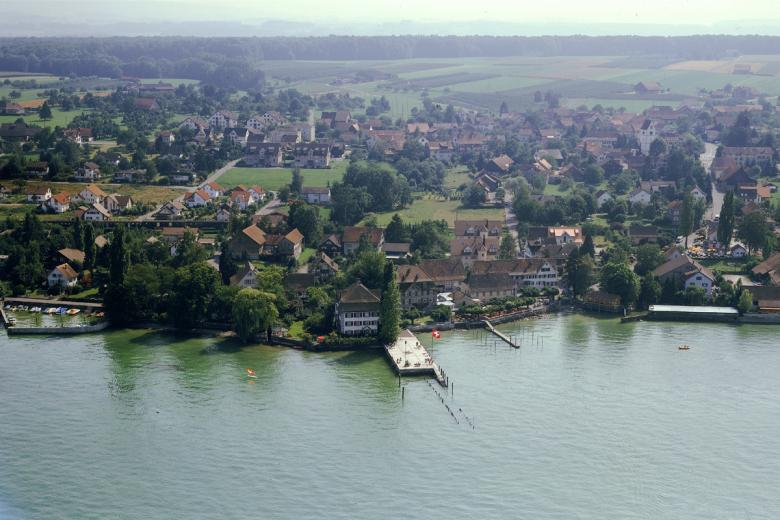
Above: Uttwil
In the last weeks of 1936, he stayed in Prades, a small village in France near the Spanish border, where Casals would settle in 1939, in Pyrénées-Orientales, an historically Catalan region.
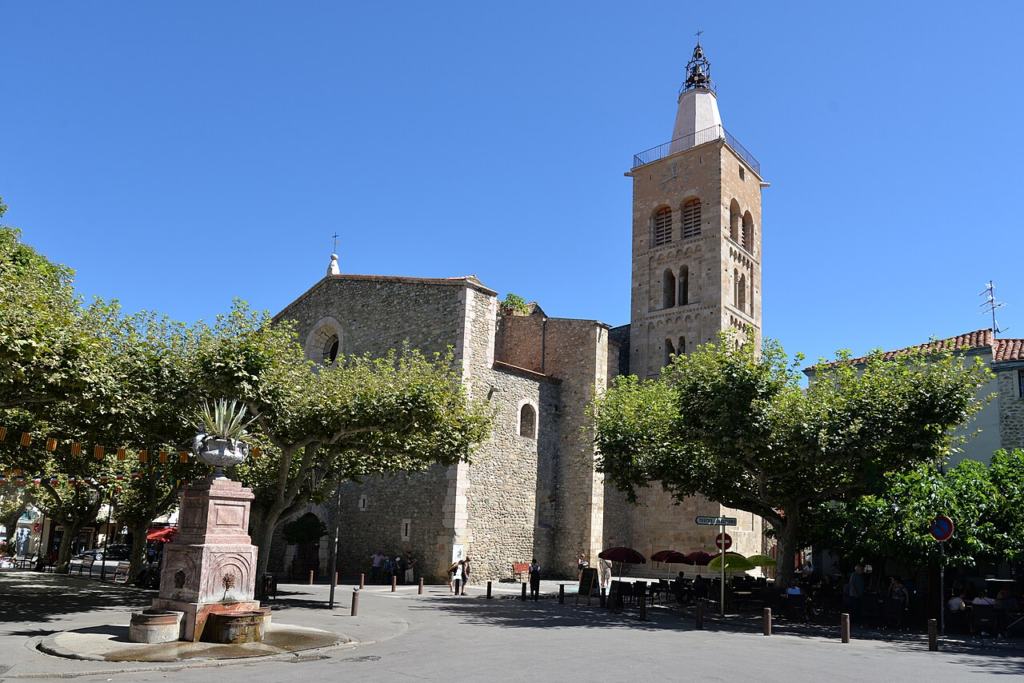
Above: Église Saint-Pierre, Prades, Pyrénées-Orientales, France
Between 1939 and 1942 he made sporadic appearances as a cellist in the unoccupied zone of southern France and in Switzerland.
He was mocked by the Francoist press, which wrote articles deriding him as “a donkey“, and was fined one million pesetas for his political views.
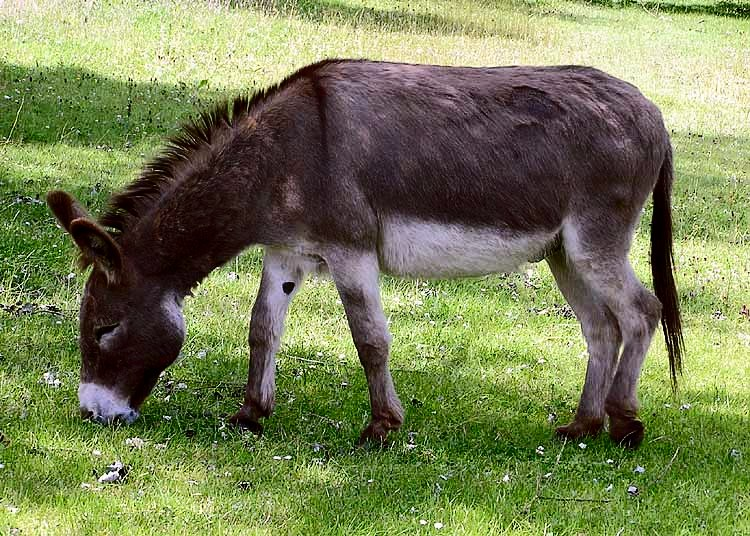
So fierce was his opposition to Francoist Spain that he refused to appear in countries that recognized the Spanish government.
He made a notable exception when he took part in a concert of chamber music in the White House on 13 November 1961, at the invitation of President John F. Kennedy, whom he admired.
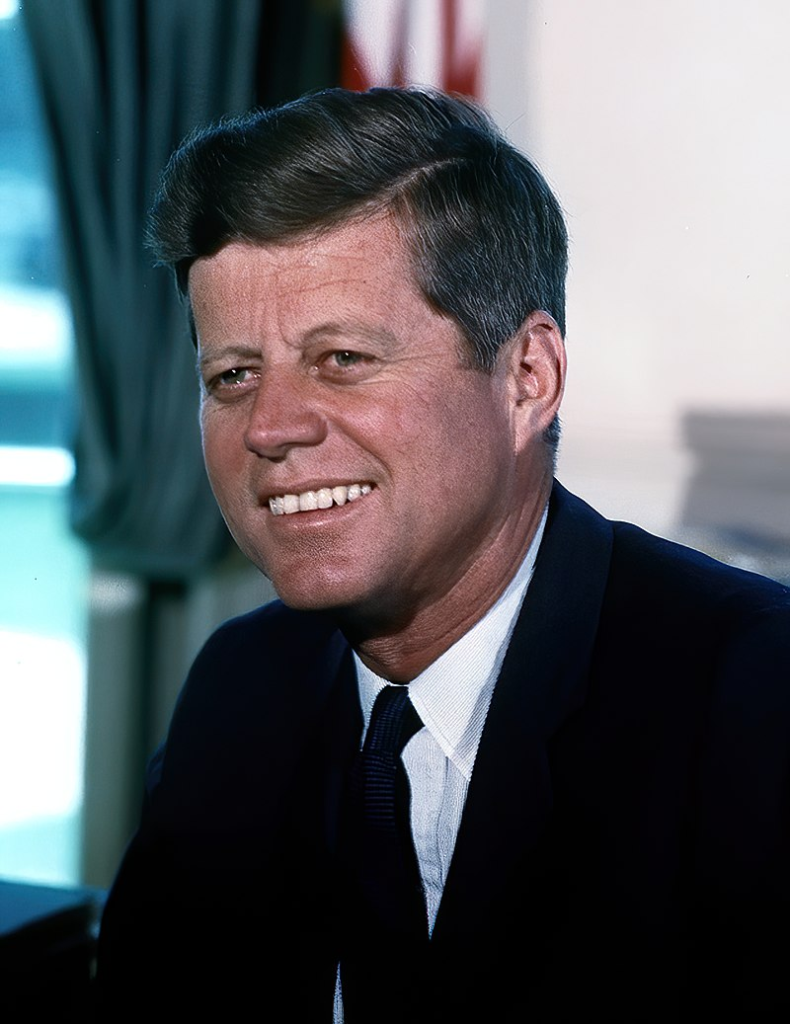
Above: US President John F. Kennedy (1917 – 1963)
On 6 December 1963, Casals was awarded the US Presidential Medal of Freedom.

Throughout most of his professional career, he played on a cello that was labeled and attributed to “Carlo Tononi … 1733” but after he had been playing it for 50 years it was discovered to have been created by the Venetian luthier Matteo Goffriller around 1700.
Casals acquired it in 1913.
He also played another cello by Goffriller dated 1710, and a Tononi from 1730.
In 1950, he resumed his career as conductor and cellist at the Prades Festival in Conflent, organized in commemoration of the bicentenary of the death of Johann Sebastian Bach.
Casals agreed to participate on condition that all proceeds were to go to a refugee hospital in nearby Perpignan.
Casals traveled extensively to Puerto Rico in 1955, inaugurating the annual Casals Festival the next year.
In 1955, Casals married as his second wife long-time associate Francesca Vidal i Puig, who died that same year.
In 1957, at age 80, Casals married 20-year-old Marta Montañez y Martinez. He is said to have dismissed concerns that marriage to someone 60 years his junior might be hazardous by saying:
“I look at it this way:
If she dies, she dies.”
Pau and Marta made their permanent residence in the town of Ceiba, and lived in a house called “El Pessebre” (The Manger).
He made an impact in the Puerto Rican music scene by founding the Puerto Rico Symphony Orchestra in 1958, and the Conservatory of Music of Puerto Rico in 1959.

Above: Flag of US Territory of Puerto Rico
Casals appeared in the 1958 documentary film Windjammer.

In the 1960s, Casals gave many master classes throughout the world in places such as Gstaad, Zermatt, Tuscany, Berkeley, and Marlboro.
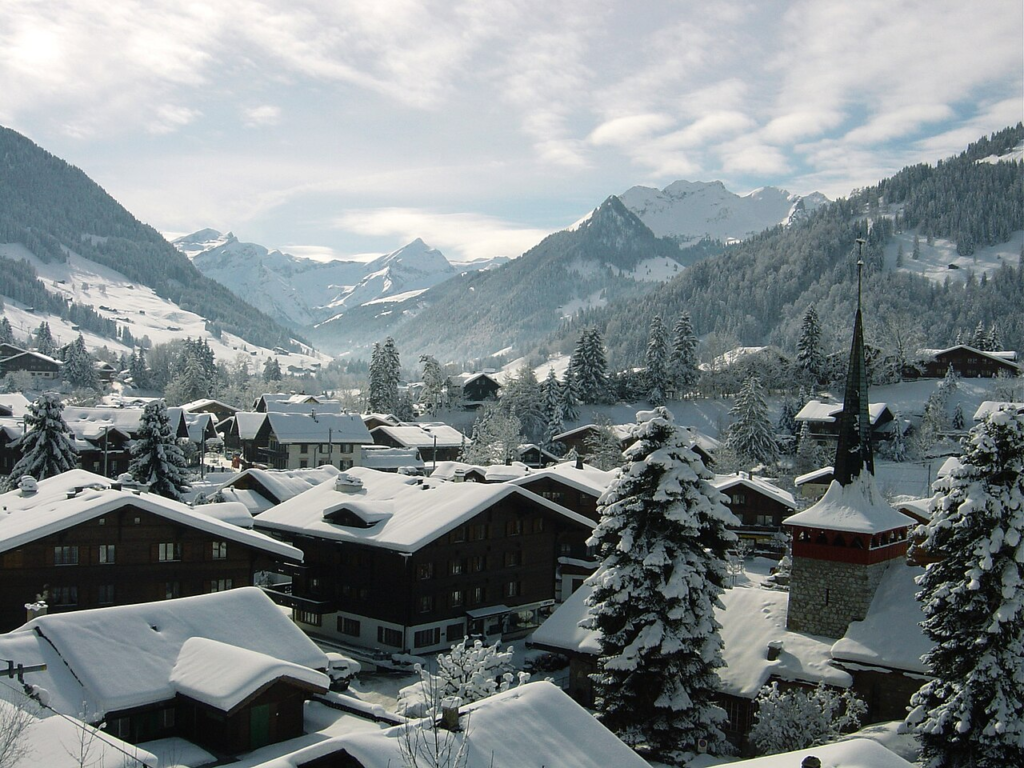
Above: Gstaad, Canton Bern, Switzerland
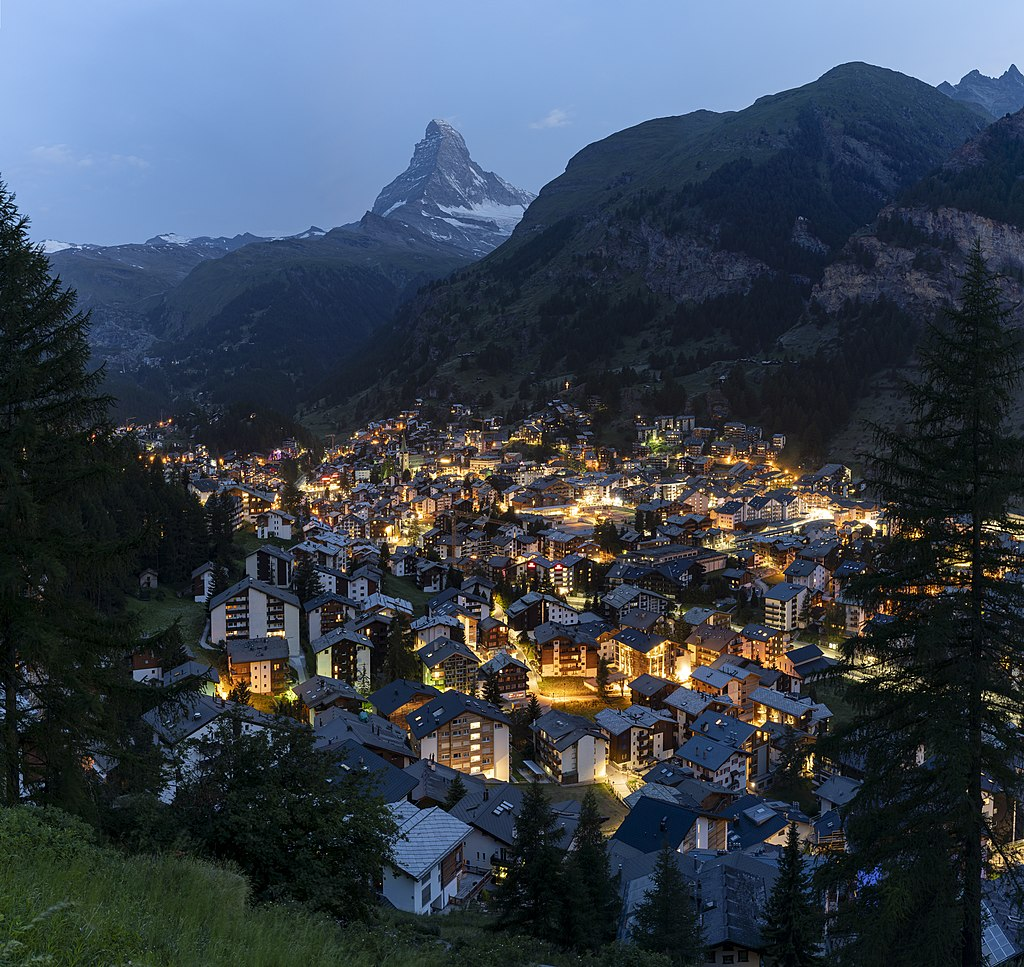
Above: Zermatt, Canton Valais, Switzerland
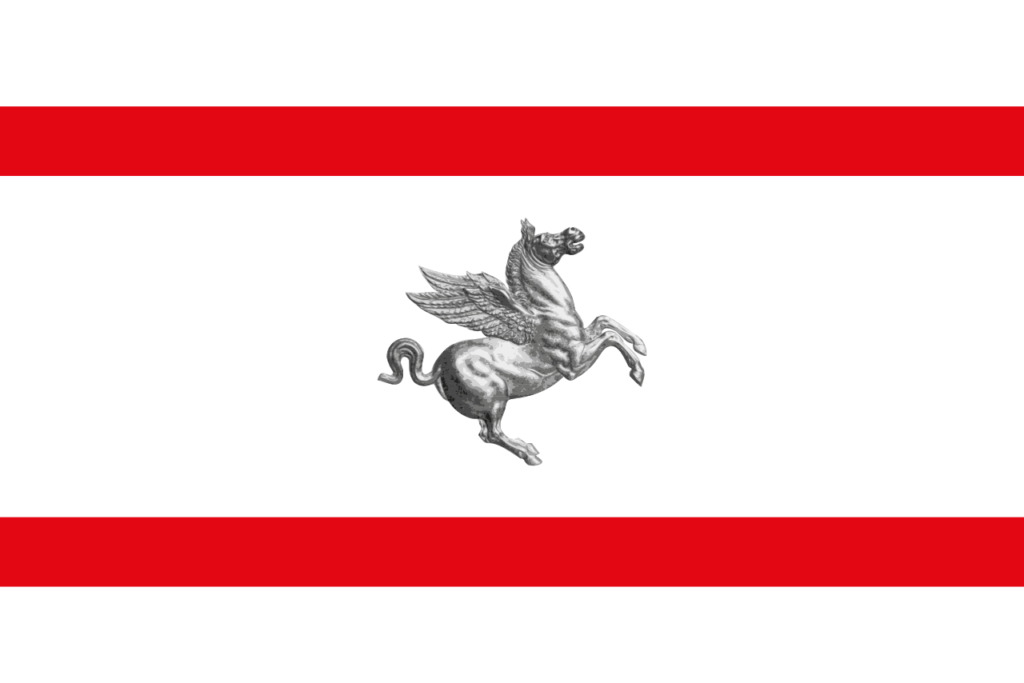
Above: Flag of Toscana, Italy

Above: Berkeley, California, USA
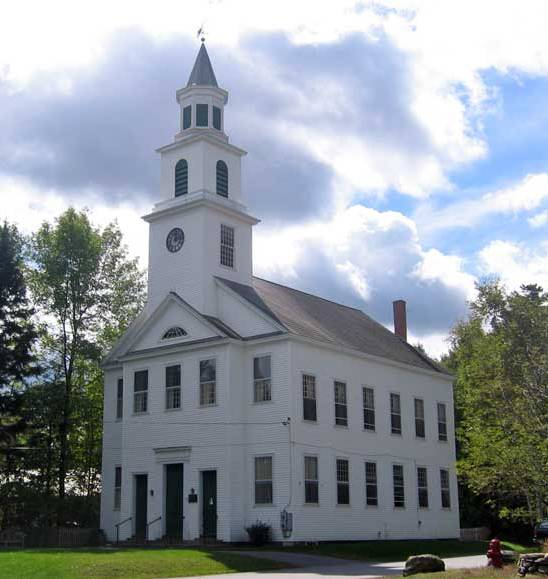
Above: Meeting House Congregational Church, Marlboro, Vermont, USA
Several of these master classes were televised.
On 13 November 1961, he performed in the East Room at the White House by invitation of President Kennedy at a dinner given in honor of the Governor of Puerto Rico, Luis Muñoz Marín.
This performance was recorded and released as an album.
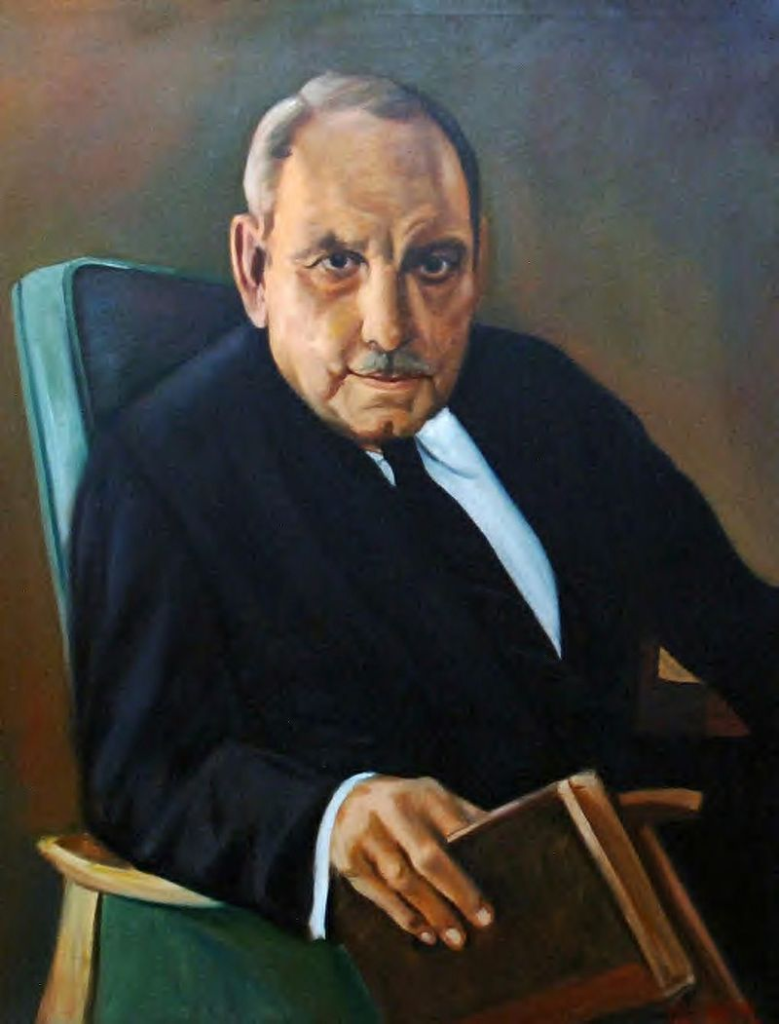
Above: Puerto Rico Governor Luis Muñoz (1898 – 1980)
Casals was also a composer.
Perhaps his most effective work is La Sardana, for an ensemble of cellos, which he composed in 1926.
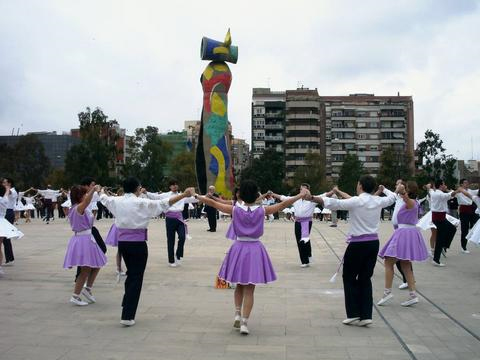
Above: Group dancing sardanes in Barcelona
His oratorio El Pessebre was performed for the first time in Acapulco, Mexico, on 17 December 1960.

Above: Acapulco, Guerrero, Mexico
He also presented it to the United Nations during their anniversary in 1963.

Above: Flag of the United Nations
He was initiated as an honorary member of the Epsilon Iota chapter of Phi Mu Alpha Sinfonia music fraternity at Florida State University in 1963.

One of his last compositions was the “Hymn of the United Nations“.
He conducted its first performance in a special concert at the United Nations on 24 October 1971, two months before his 95th birthday.
On that day, the Secretary-General of the United Nations, U Thant, awarded Casals the UN Peace Medal in recognition of his stance for peace, justice and freedom.
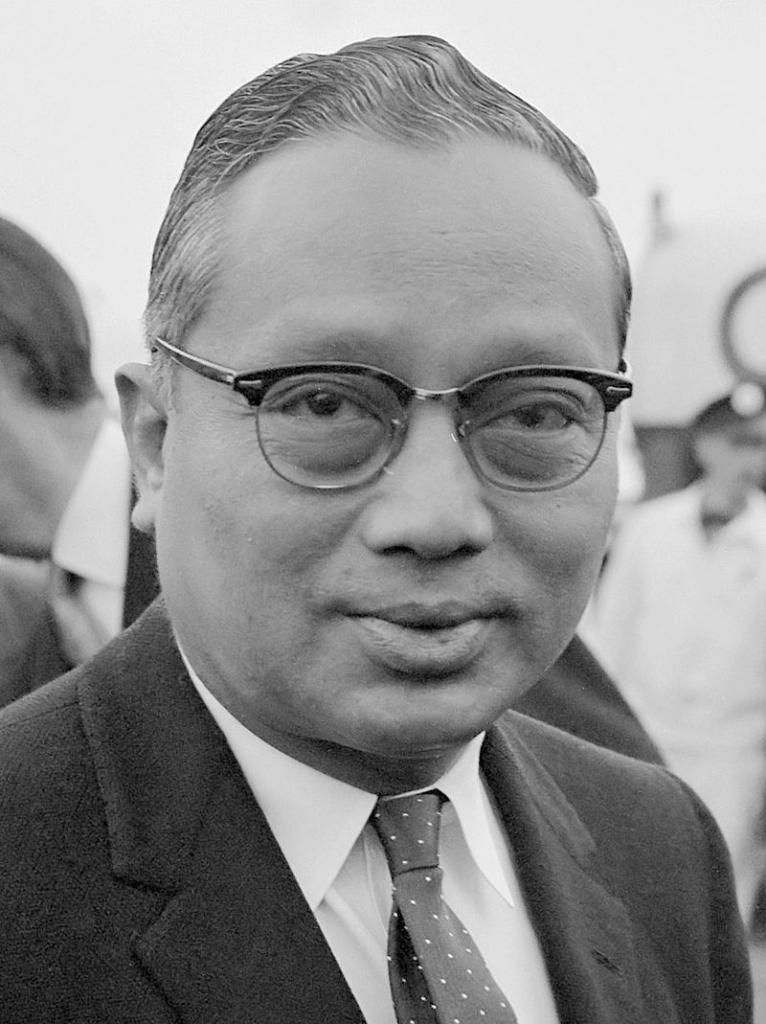
Above: Burmese diplomat / UN Secretary General U Thant (1909 – 1974)
Casals accepted the medal and made his famous “I Am a Catalan” speech, where he stated that Catalonia had the first democratic parliament, long before England did.
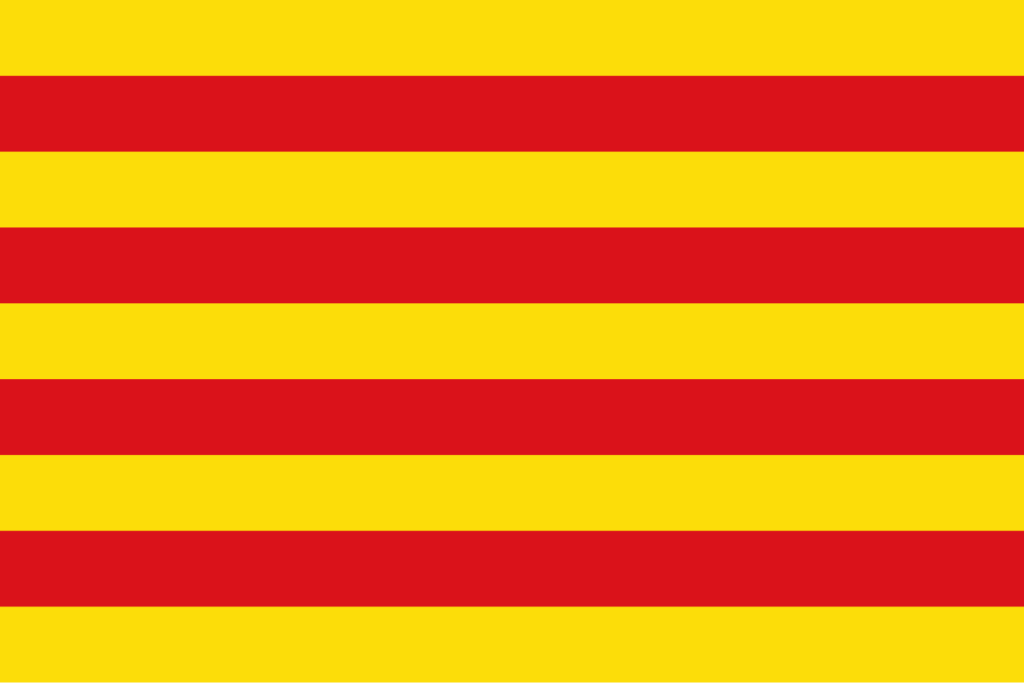
Above: Flag of Spanish Province of Catalonia
In 1973, invited by his friend Isaac Stern, Casals arrived at Jerusalem to conduct the youth orchestra and the Jerusalem Symphony Orchestra.
The Jerusalem Music Center in Mishkenot Sha’ananim was inaugurated by Casals shortly before his death.
The concert he conducted with the youth orchestra at the Jerusalem Khan Theater was the last concert he conducted.
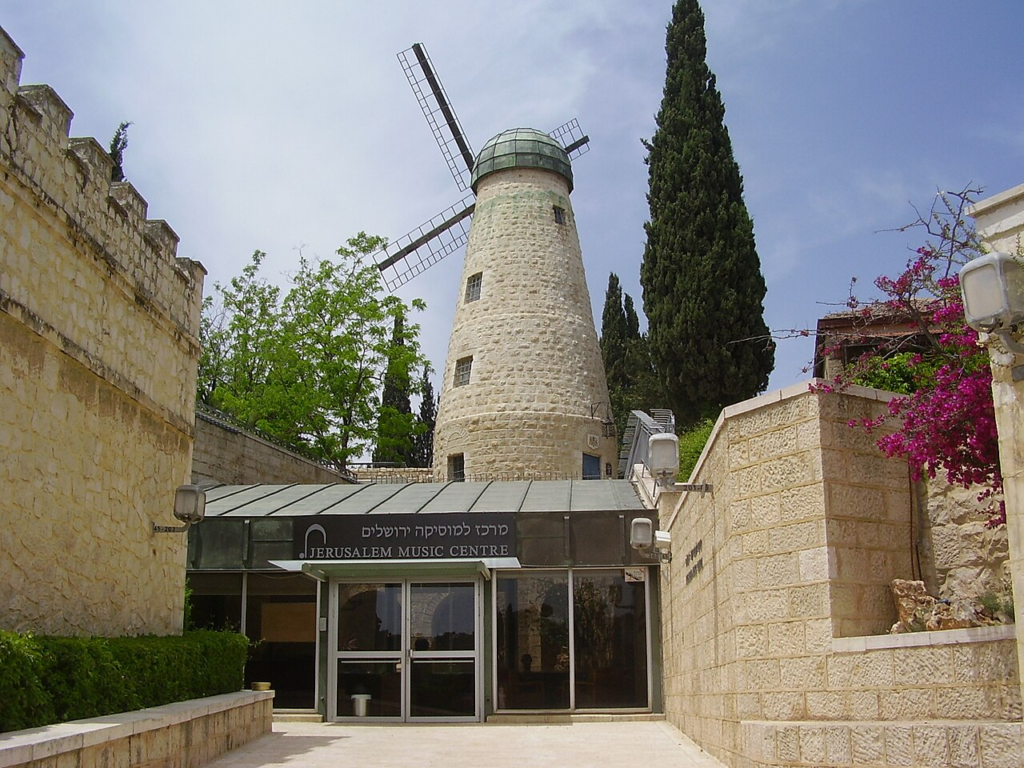
Above: Jerusalem Music Center, Jerusalem, Israel
Casals’ memoirs were taken down by Albert E. Kahn, and published as Joys and Sorrows: Pablo Casals, His Own Story (1970).
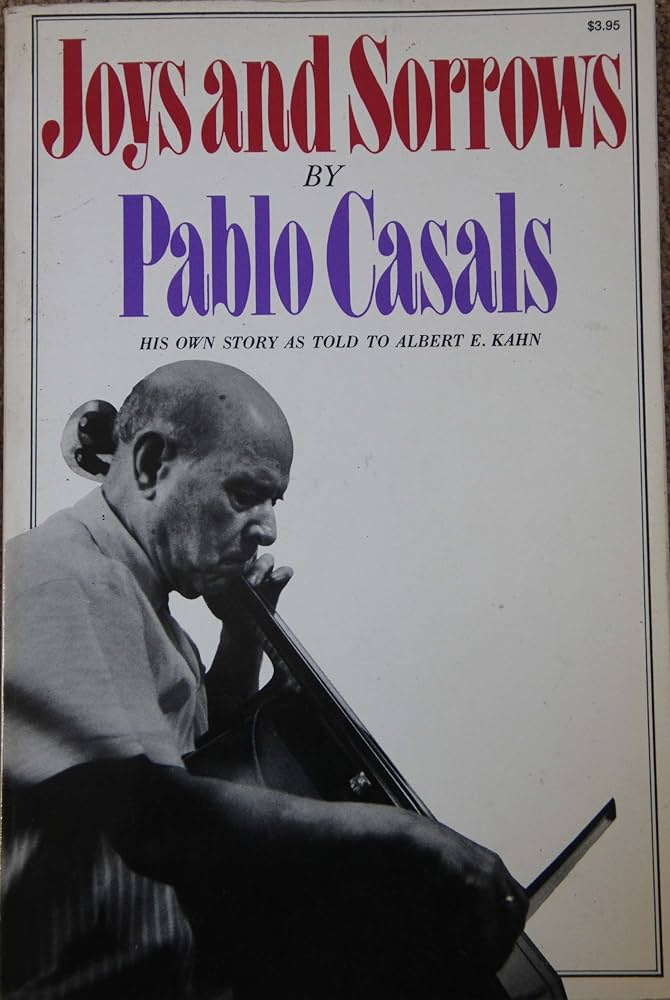
- Clara Haskil (1895 – 1960):
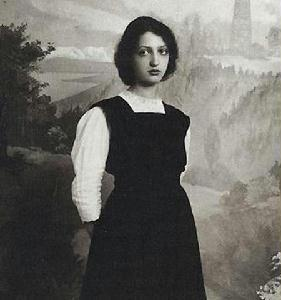
Above: Romanian pianist Clara Haskil
Clara Haskil was a Romanian-Swiss classical pianist.
She became a Swiss citizen in 1949.
She was one of the most important pianists of the 20th century, especially famous as a Mozart interpreter.
Clara Haskil, the renowned pianist, sought refuge in Switzerland during World War II, settling there in 1942.
Clara Haskil was the middle of three musical daughters of Sephardic Jews .
Her father Isaac ran a household goods store.
She received her first piano lessons at the age of 3 from her mother Berthe, née Moscuna.
She was an educated woman and also taught her daughters foreign languages.
After her father’s death in 1899, she taught other children and set up a tailor’s workshop.

Above: Clara Haskill
At the age of 6, Clara Haskil went to the Bucharest Conservatory.
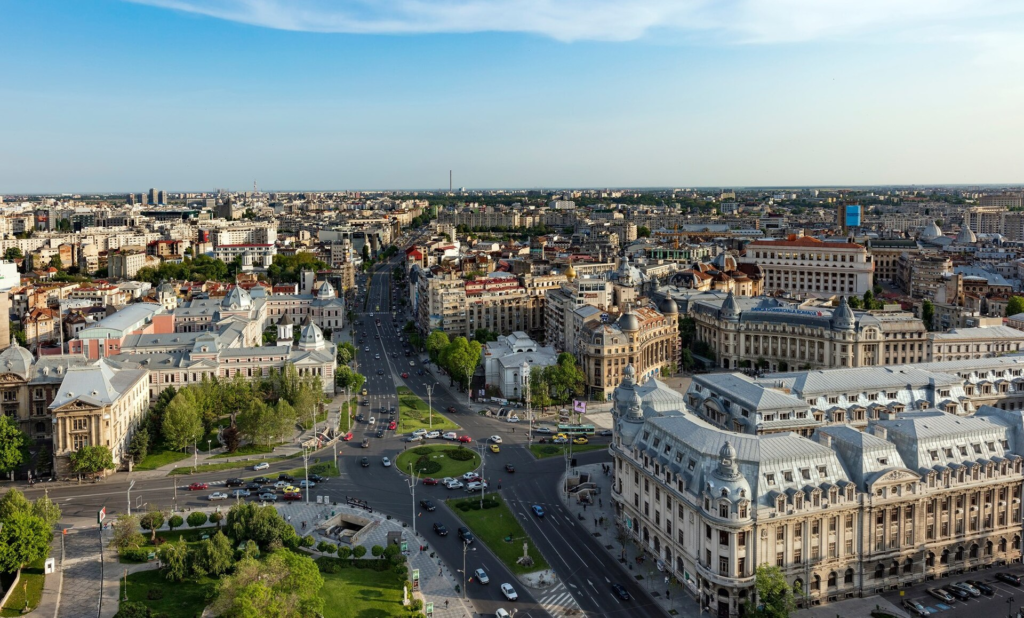
Above: Bucharest, Romania
Brought to Vienna by an uncle, she played for Anton Door in 1902.
He enthusiastically recommended her to Richard Robert, the teacher of Rudolf Serkin and George Szell.

Above: Hungarian composer George Szell (1897 – 1970)
At the age of 8, Haskil played Mozart’s A major Concerto, K. 488.
After three happy years with Robert, her uncle sent her to the Conservatoire de Paris, where he also lived with her.
There she studied violin and piano.
In 1909, she won 1st prize for violin and 2nd prize for piano, and in 1910 1st prize for piano.

The following year she gave concerts in Paris, Bucharest and Milan.
In Zürich she played Ferruccio Busoni’s famous transcription of Bach’s Chaconne, the final movement of the D minor Partita for violin.
Deeply impressed, Busoni wanted to take Haskil as a student and take her to Berlin.
All her life she regretted her mother’s refusal because of her young age:
She was only 16.
From 1906 onwards her severe scoliosis developed, which from 1914 forced her to wear a plaster cast for four years.
After recovering in Switzerland she resumed her career in Paris.
Her mother died in 1917.
After concerts in Europe she made her debut in the USA in 1924, at the Aeolian Hall in New York and in Boston.
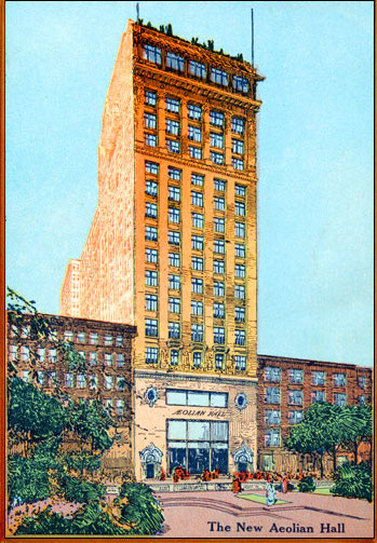
She made her UK stage debut in 1926 with the Hallé Orchestra under Hamilton Harty in Manchester.
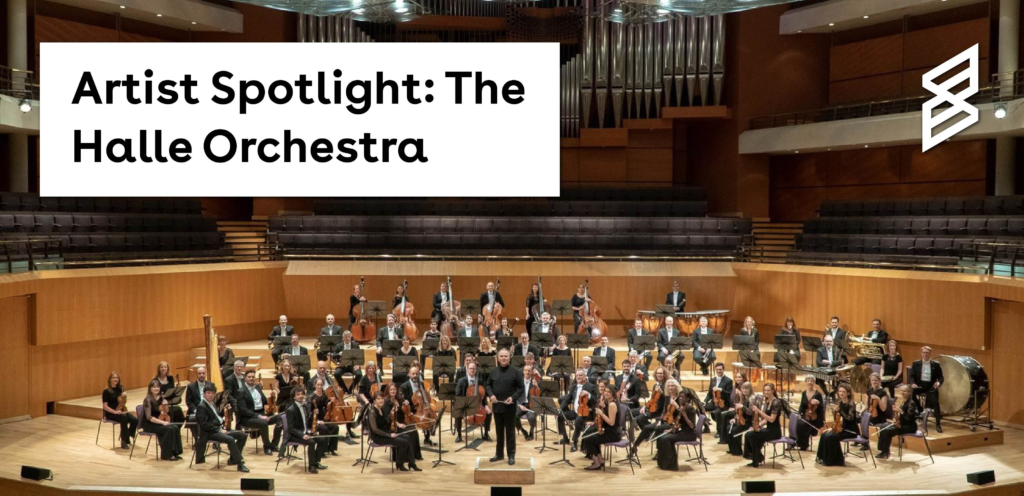
In the same year she played Schumann’s Piano Concerto in America with the Philadelphia Orchestra under Leopold Stokowski.

From 1927, she lived with her uncle in Paris again.
When he died in 1934, Haskil was on her own for the first time.
She often performed with the Orchestre National de la Radiodiffusion Française, in which her sister Jeanne Haskil was a violinist.
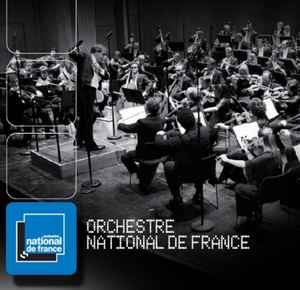
Haskil’s sight-reading and memory helped her out of many a difficult situation.
She is said to have mastered Brahms’s Piano Concerto No. 2 in two days.
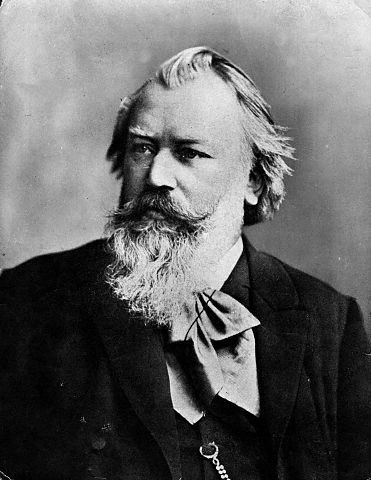
Above: German composer Johannes Brahms (1833 – 1897)
Although frequent illnesses, extreme stage fright and the rise of National Socialism made her life difficult, she gave concerts in Switzerland, Belgium and the USA in the 1930s.
In 1941 she fled from the Nazis to Marseille with her sister Jeanne and some members of the National Orchestra.
She found refuge with Countess Pastré.
In May 1942 she had to have a tumor on her pituitary gland which was pressing on her optic nerve removed.
Shortly before the Wehrmacht occupied Marseille she was able to escape to Switzerland on 6 November 1942.
Her sister Jeanne found a hiding place in the countryside in 1943 and was able to escape from the Nazis in 1944.

Above: Marseille, Bouches du Rhône, France
In the 1940s, she resided in the Villa Haab in Uttwil, a village on Lake Constance, which became a cultural hub for prominent musicians, including Pablo Casals and Rudolf Serkin.
This period marked a significant chapter in Uttwil‘s rich cultural history, attracting many artists and intellectuals.
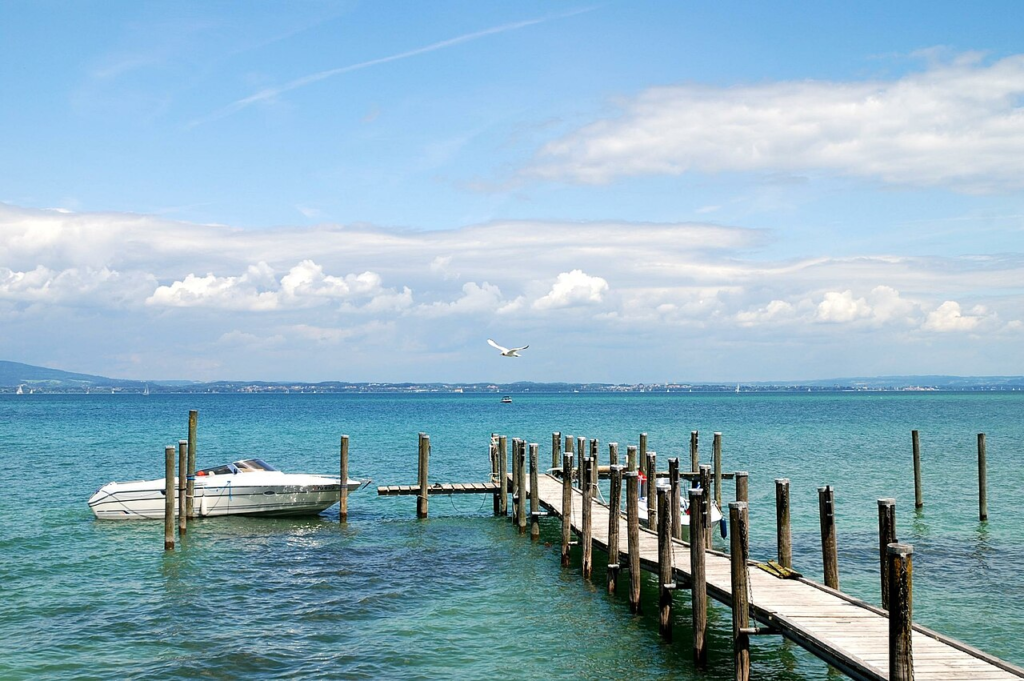
Above: Uttwil
Back in Paris after the end of the Second World War, she played at
Wigmore Hall in December 1946 and in six BBC broadcasts.
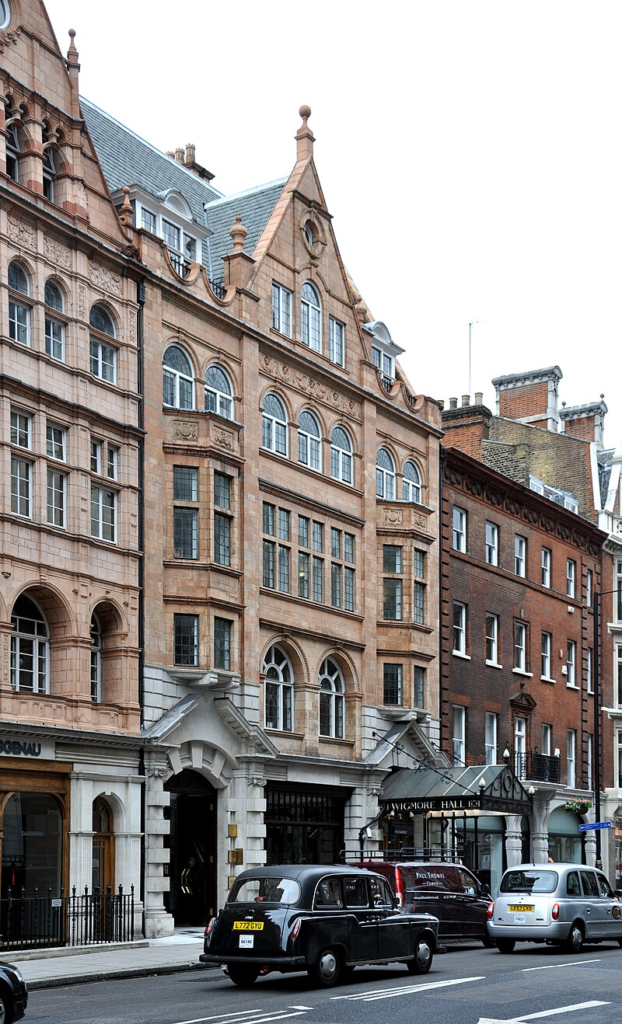
Above: Wigmore Hall, London, England
A Dutch artist agent helped her get concerts and radio broadcasts in the Netherlands in 1949.
For the first time, she was able to live off the income and afford her own grand piano.
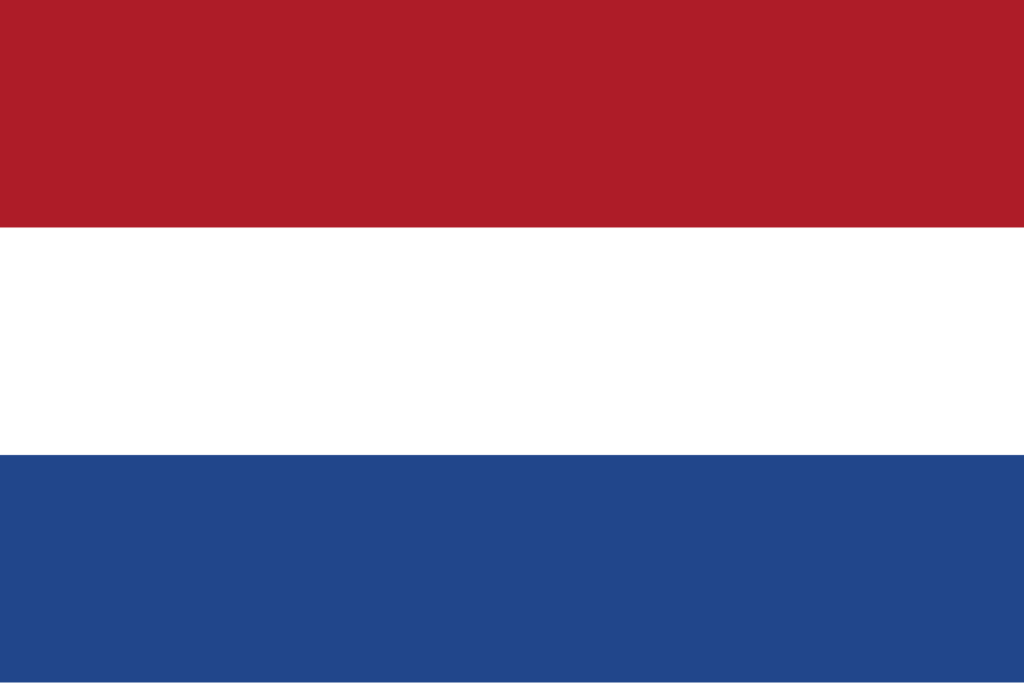
Above: Flag of the Netherlands
After receiving Swiss citizenship in 1949, she lived in Vevey from 1951 to 1960.
Although her scoliosis was painful and limited her ability to perform, Clara Haskil performed with major orchestras and chamber musicians in the 1950s.
.
She enjoyed playing duets with Pau Casals and Géza Anda, and her favorite with Arthur Grumiaux.
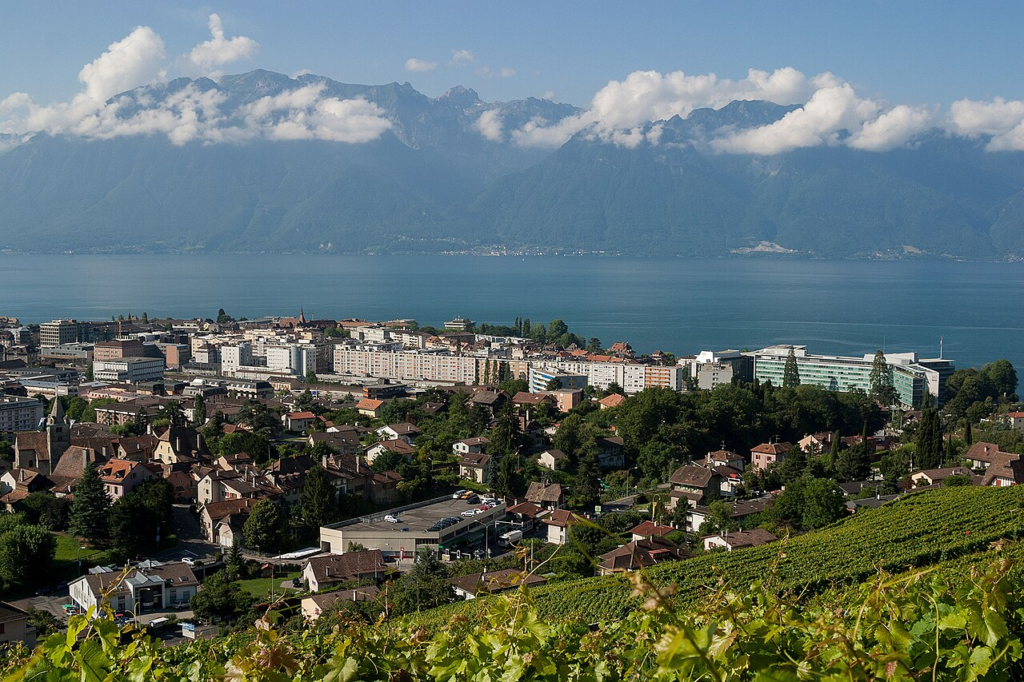
Above: Vevey, Canton Vaud, Switzerland
After a concert in Paris, she traveled to Brussels.
Upon arrival, she fell on the steps of the Brussels South train station.
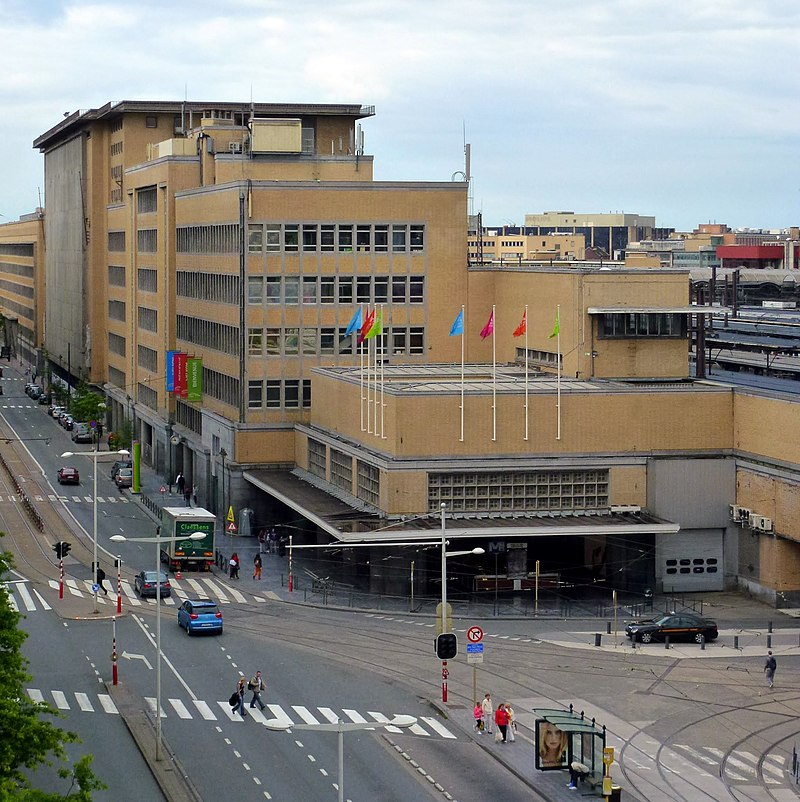
Above: Brussels South Railway Station, Brussels, Belgium
After an operation that was unsuccessful, she died a month before her 66th birthday.
Clara Haskil was buried in the Montparnasse Cemetery in Paris.

- Rudolf Serkin (1903 – 1991)
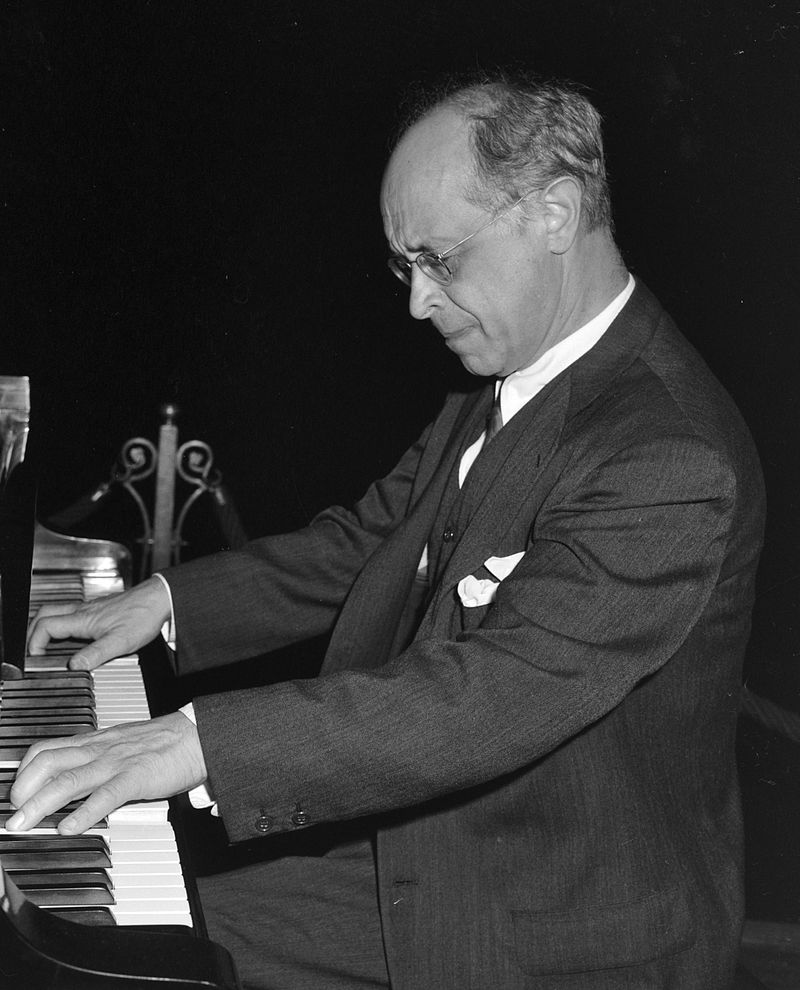
Above: Austrian pianist Rudolf Serkin
Rudolf Serkin was an Austrian pianist with American citizenship.
He was the 5th of eight children of the Russian singer Mardko Serkin.
Despite the family’s financial difficulties, Serkin’s artistic talent blossomed.
A patron of the arts took the 10-year-old under his wing and also introduced him to his most influential teacher, Arnold Schoenberg.
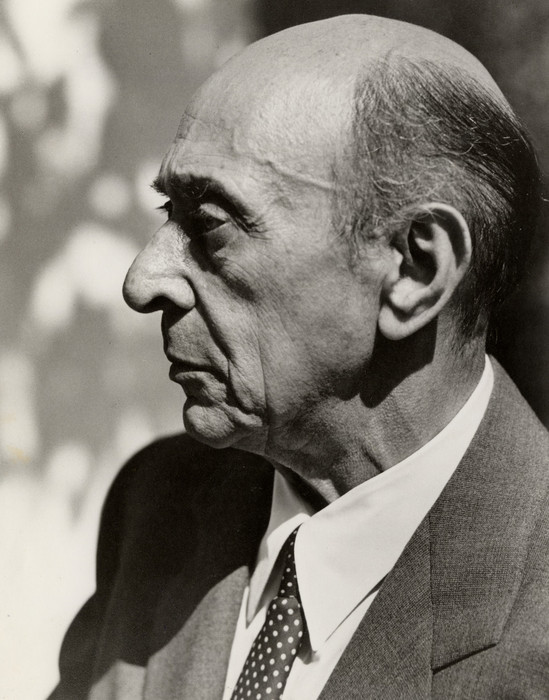
Above: Austrian composer Arnold Schoenberg (1874 – 1951)
At the age of 12, Serkin began his concert career in Vienna with a highly acclaimed performance of Mendelssohn’s Piano Concerto in G minor.
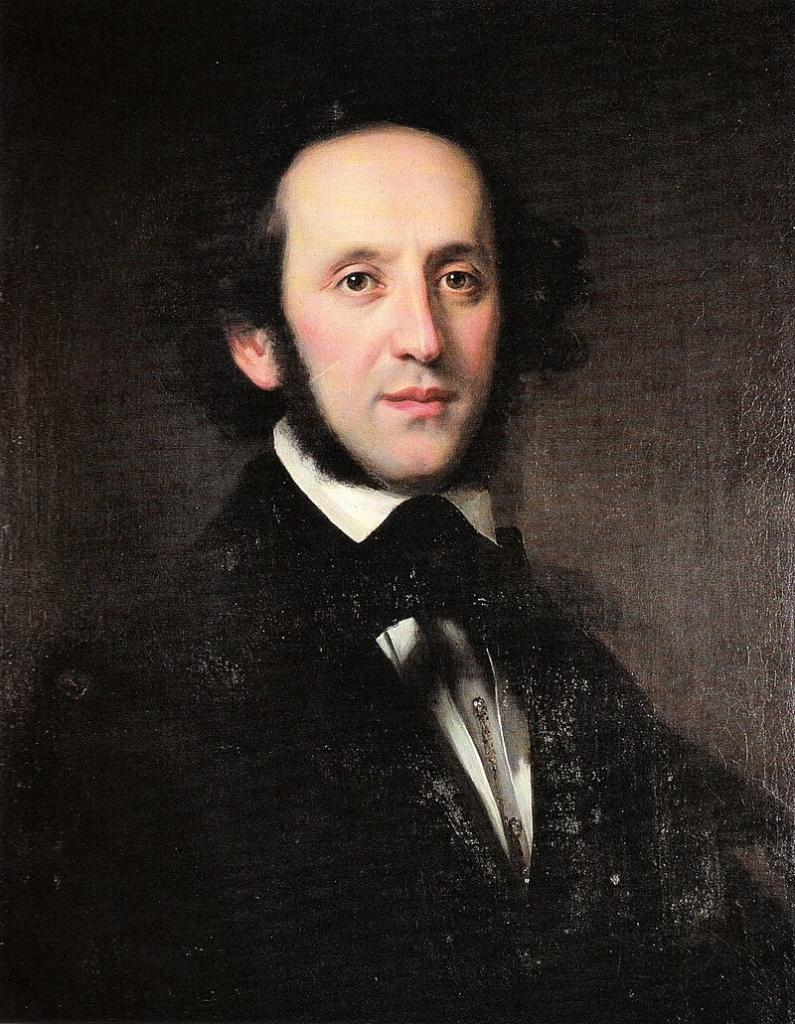
Above: German composer Felix Mendelssohn (1809 – 1847)
Serkin began a regular concert career in 1920, living in Berlin with the German violinist Adolf Busch and his family, which included a then-3-year-old daughter Irene, whom Serkin would marry 15 years later.
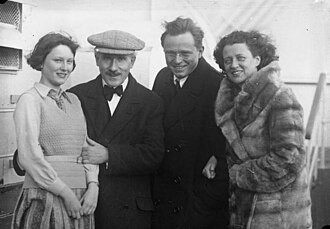
Above: Adolf Busch, his wife and daughter, with Arturo Toscanini (wearing a hat)
In 1921, at age 17, he made his Berlin debut performing in Busch’s ensemble as the keyboard soloist of Bach’s Brandenburg Concerto 5.
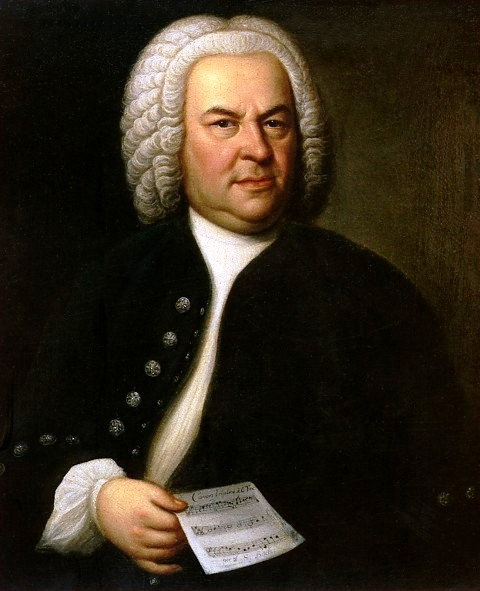
Above: German composer Johann Sebastian Bach (1685 – 1750)
At the end of the concert, Busch told Serkin to play an encore to the enthusiastic audience.
Serkin later reported that he asked Busch, “What shall I play?” and Busch “as a joke” told him to play the Goldberg Variations “and I took him seriously.
When I finished there were only four people left:
Adolf Busch, Artur Schnabel, Alfred Einstein and me.”
Why was Serkin’s playing of Bach’s Goldberg Variations significant?
At the time of Serkin’s 1921 performance, Bach’s Goldberg Variations were not yet widely regarded as a major concert work.
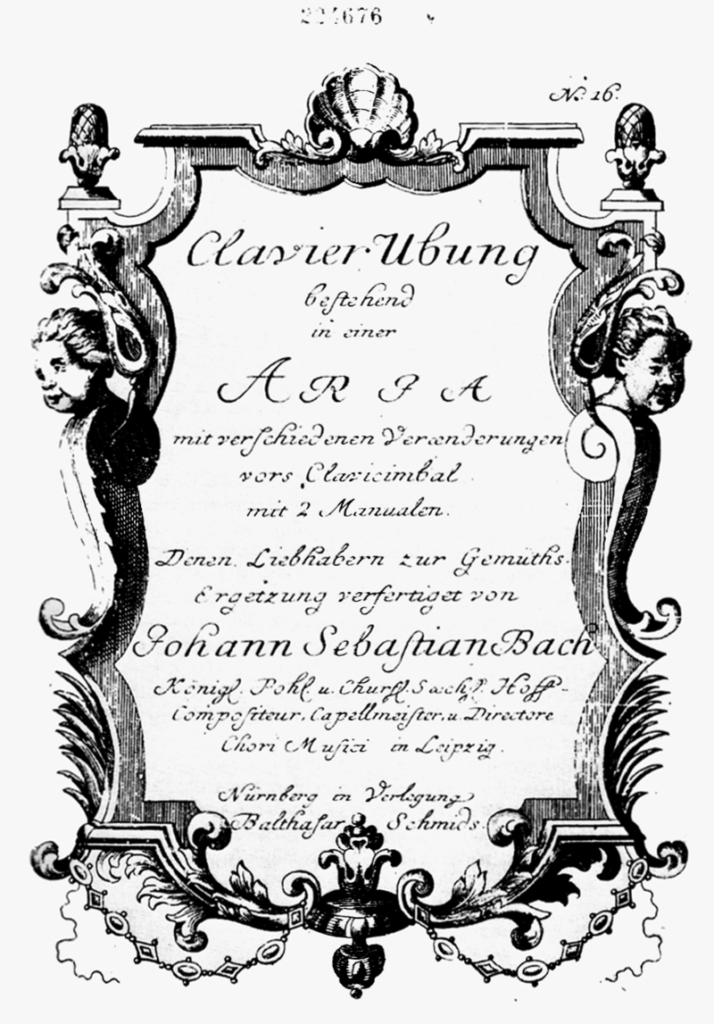
Above: Title page of the Goldberg Variations (first edition)
Today, they are among Bach’s most celebrated keyboard compositions, largely thanks to Glenn Gould’s landmark recordings in 1955 and 1981.
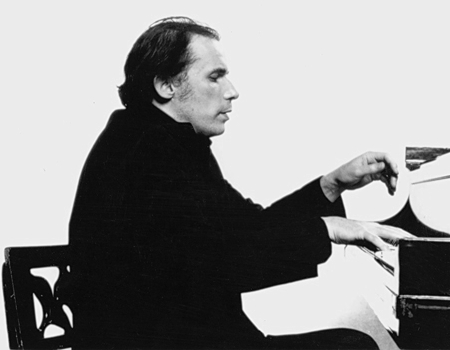
Above: Canadian pianist Glenn Gould (1932 – 1982)
However, in the early 20th century, they were considered more of an intellectual or academic exercise rather than a showpiece for public performance.
The work was originally composed for harpsichord, intended as a set of variations to soothe an insomniac nobleman, Count Hermann Karl von Keyserling.
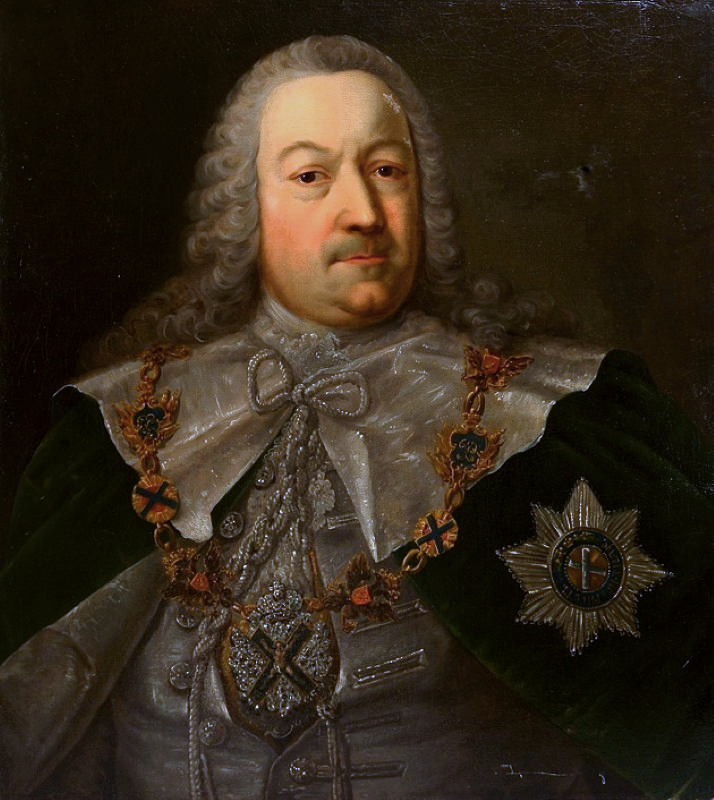
Above: Latvian Count Hermann Karl von Keyserling (1697 – 1764)
Performing the Goldberg Variations in a concert setting — especially as an encore — was highly unconventional.
Unlike the virtuosic fireworks of Liszt or Chopin, which audiences expected from an encore, Bach’s Variations required deep concentration, endurance, and a taste for counterpoint, something that could be lost on a general audience unprepared for such an intricate and demanding piece.
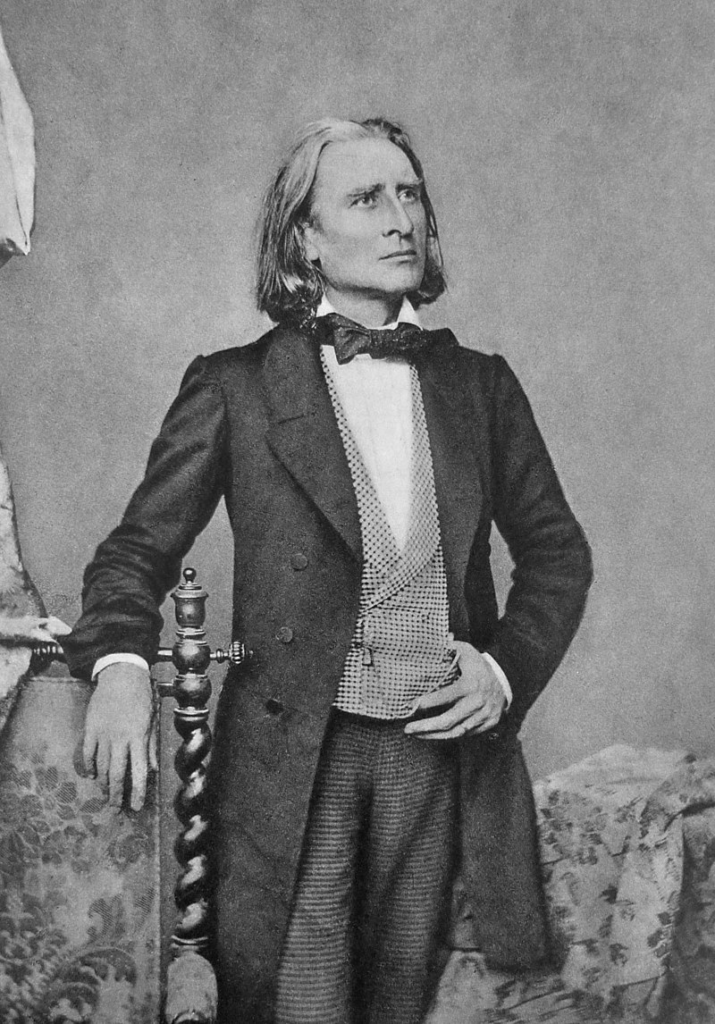
Above: Hungarian composer Franz Liszt (1811 – 1886)

Above: Polish composer Frédéric Chopin (1810 – 1849)
Why was the concert hall empty by the end?
Serkin, taking Busch’s jest literally, launched into one of the most substantial and formidable works in the keyboard repertoire.
The Goldberg Variations consist of an aria followed by 30 variations, with elaborate canons and virtuosic sections requiring immense technical skill and intellectual engagement.
A complete performance can take anywhere from 45 minutes to well over an hour, depending on the interpretation.

Imagine an audience, elated and energized by the Brandenburg Concerto, expecting a brief, dazzling encore — perhaps a showy Chopin Étude or a Liszt Rhapsody — only to find themselves immersed in an hour-long Bach masterpiece.
The length, complexity, and meditative nature of the piece likely overwhelmed casual concertgoers, leading them to quietly trickle out as fatigue or impatience set in.
By the time Serkin finished, only the true connoisseurs remained:
- Adolf Busch – the violinist who had recognized Serkin’s talent and invited him to play in his ensemble
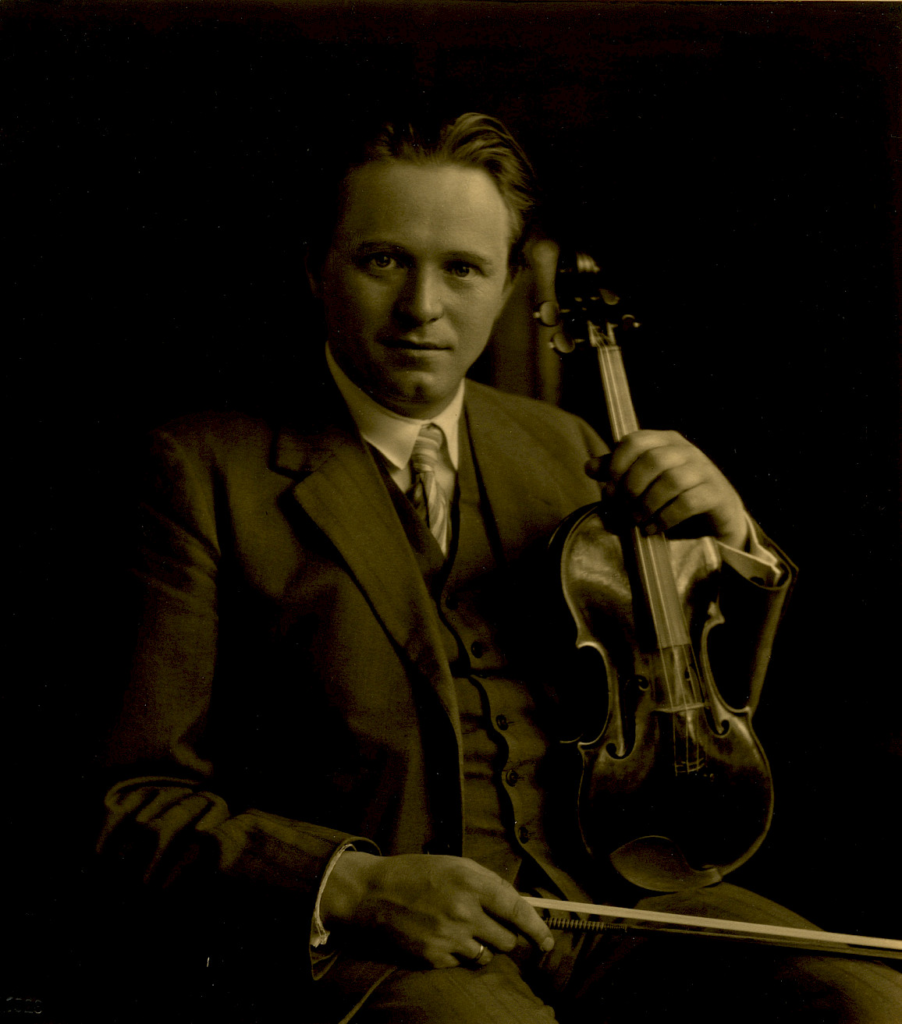
Above: German composer Adolf Busch (1891 – 1952)
- Artur Schnabel – a pianist famed for his profound interpretations of Beethoven and for elevating serious classical music performance
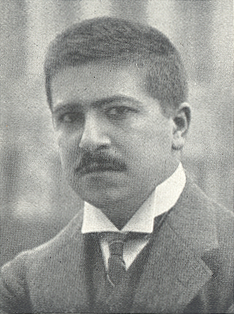
Above: Austrian composer Artur Schnabel (1882 – 1951)
- Alfred Einstein – a respected musicologist (not to be confused with Albert Einstein), deeply invested in Bach’s compositions.

Above: German musicologist Alfred Einstein (1880 – 1952)
This story beautifully encapsulates the divide between casual listeners and those with an enduring passion for music’s intellectual depth.
What a remarkable testament to Serkin’s seriousness, to his unshakable devotion to music — even if it left most of his audience behind!
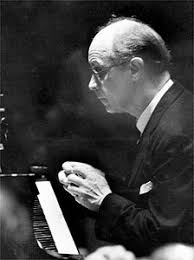
Above: Rudolf Serkin
To draw a modern parallel, we need to think about the differences between popular, easily digestible music and complex, deeply artistic compositions — as well as audience expectations in different settings.
Imagine a contemporary concert where a pop or rock artist, after delivering a high-energy set, decides to play an encore that is long, intricate, and musically demanding.

Above: American entertainer Taylor Swift
Imagine pop stars Taylor Swift or Ed Sheeran finishing a set and, instead of a short, fan-favorite acoustic song, launching into Philip Glass’s Einstein on the Beach — a hypnotic, repetitive minimalist opera (classical symphony) lasting five hours.

Above: English entertainer Ed Sheeran
Fans expecting an easy singalong would likely begin leaving in confusion.

Above: American composer Philip Glass
If rapper Kendrick Lamar, after performing his most popular tracks, decided to improvise a 45-minute experimental jazz suite in the style of John Coltrane or Sun Ra, only a fraction of his audience — those truly invested in musical artistry — would stay to the end.
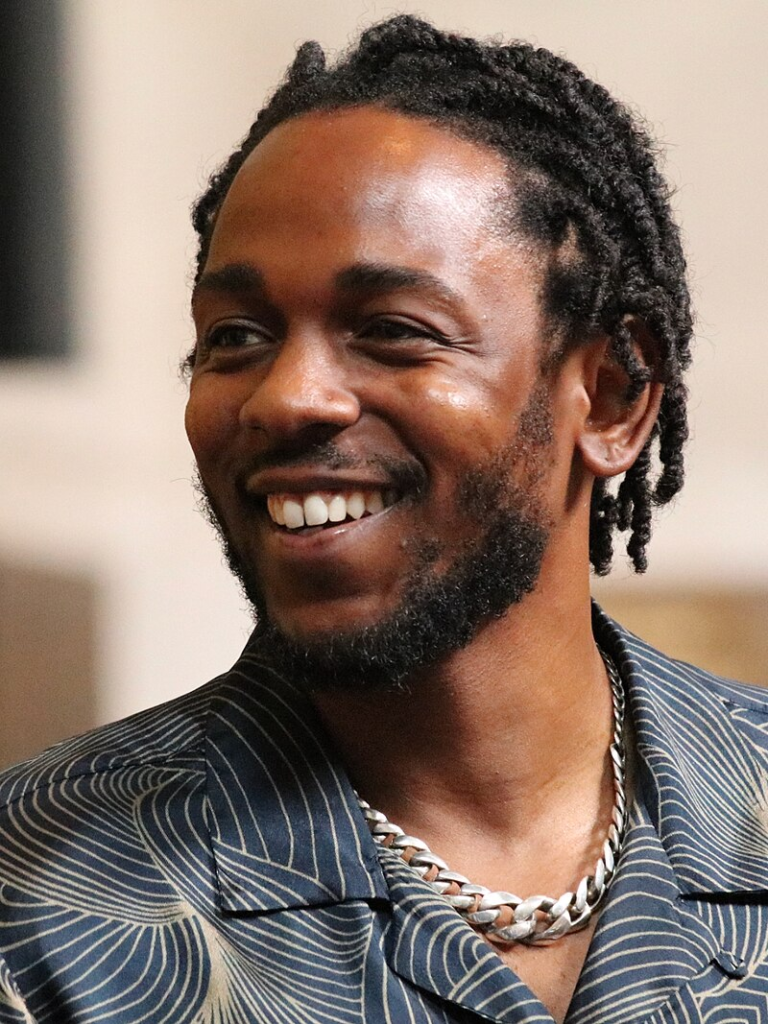
Above: American rapper Kendrick Lamar
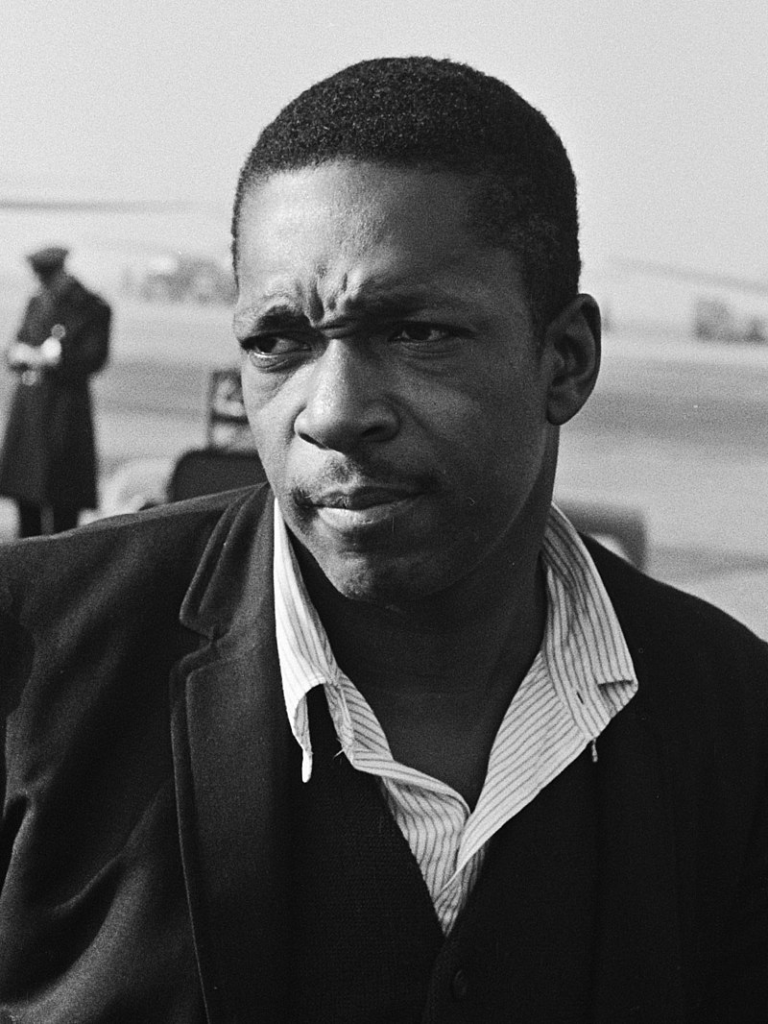
Above: American jazz musician John Coltrane (1926 – 1967)
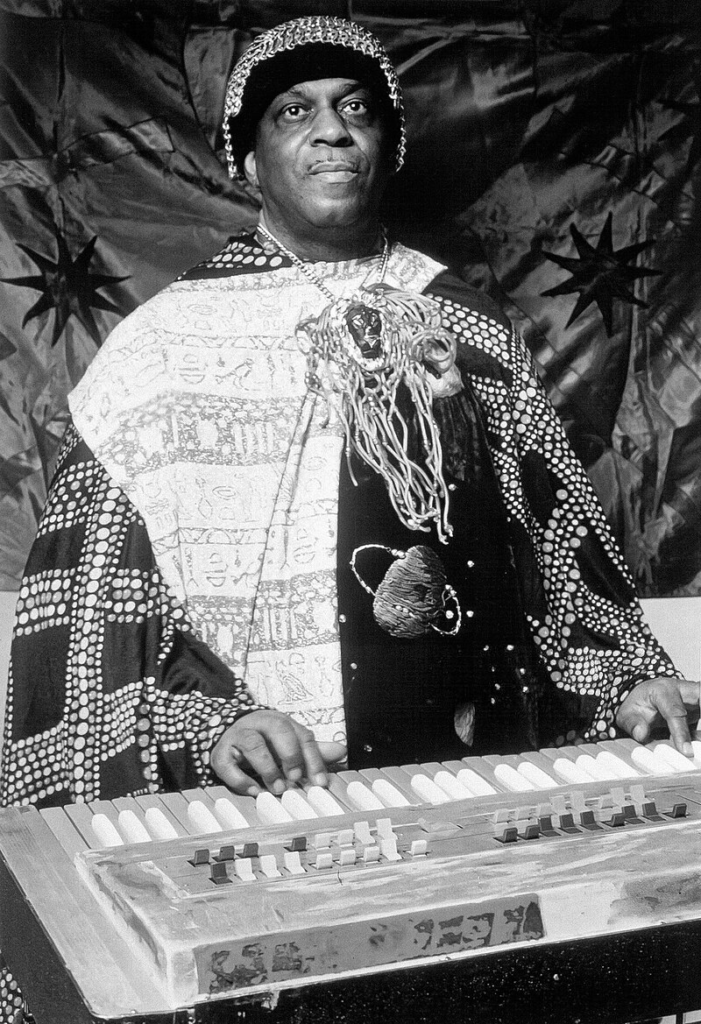
Above: American jazz composer Sun Ra (1914 – 1993)
Imagine a festival where a DJ, known for high-energy dance beats, ends the night with a full-length Brian Eno ambient piece —delicate, slow, and evolving over an hour.

Above: Swiss entertainer DJ Bobo
The majority of the crowd, expecting a final burst of energy, might drift away in search of something more immediate.
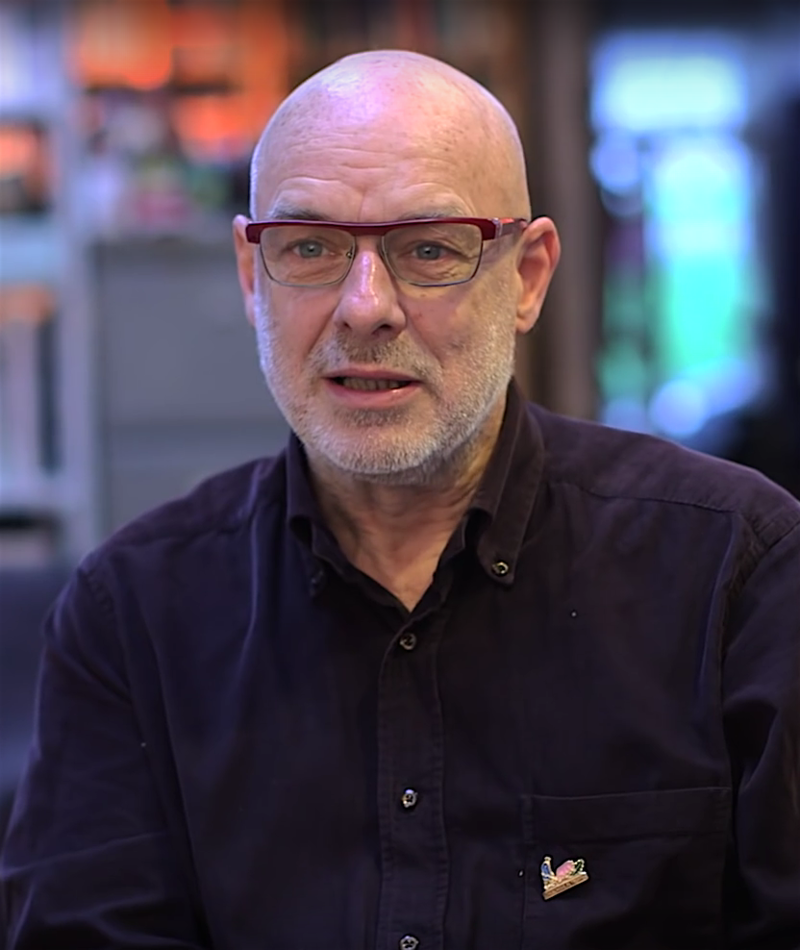
Above: English musician Brian Eno
In all these cases, as with Serkin in 1921, the audience arrives with a certain expectation:
An encore should be short, climactic and emotionally immediate.
When instead presented with a cerebral, intricate, and long-form piece, many listeners disengage — not because the music lacks value, but because it demands more than they were prepared to give in that moment.
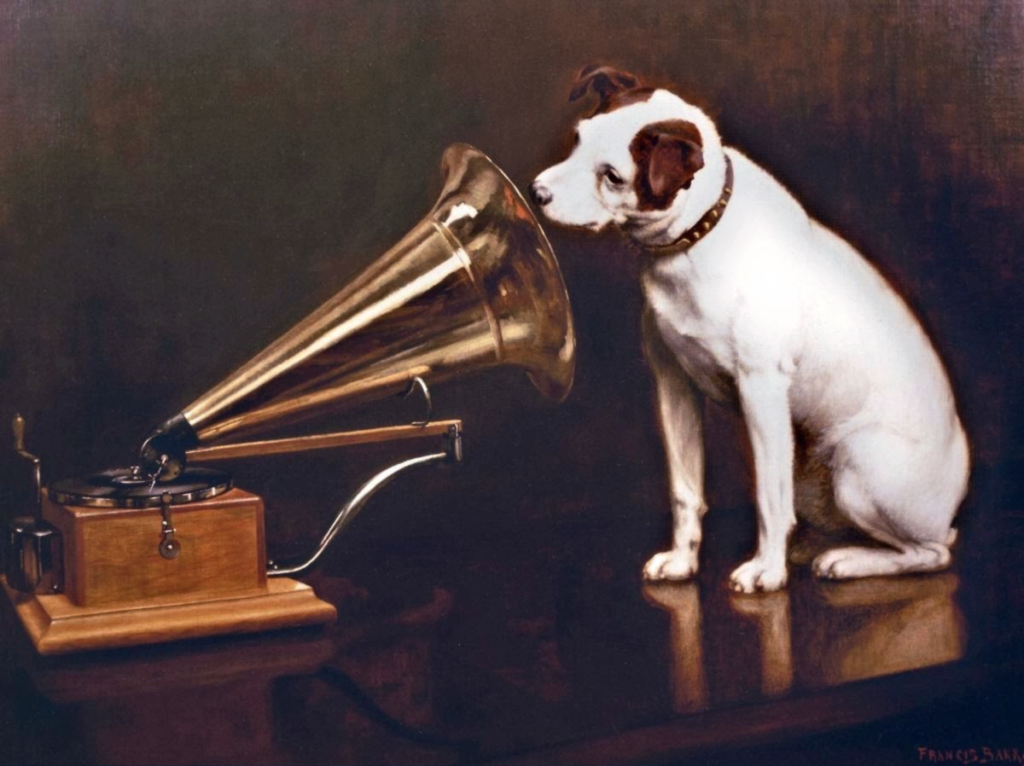
Just as Serkin’s Goldberg Variations found only four devoted listeners at the end, a modern-day audience might leave behind only the most serious fans, musicians, and critics — those who appreciate music as both an intellectual and emotional experience.
Does this mean the audience is “wrong“?
Not necessarily.
It highlights how music exists on a spectrum between entertainment and deep artistic expression.
Both have value, but their appreciation often depends on timing, setting and expectation.

Different kinds of music serve different purposes.
Some music is designed primarily to entertain — immediate, catchy, and easily accessible — while other music is crafted as a more profound artistic or intellectual experience, requiring patience, engagement and deep listening.

Pure entertainment (instant gratification, broad appeal)
Music in this category is designed to be immediately enjoyable, catchy and emotionally direct.
It often follows predictable structures (verse-chorus-verse), uses simple harmonies and has lyrics that are easy to remember.
Some examples:
- Pop hits like Taylor Swift’s “Shake It Off” or South Korean boy band BTS’s “Dynamite”


- Dance music like David Guetta’s club anthems

Above: French DJ David Guetta
- Rock stadium anthems like Queen’s “We Will Rock You”
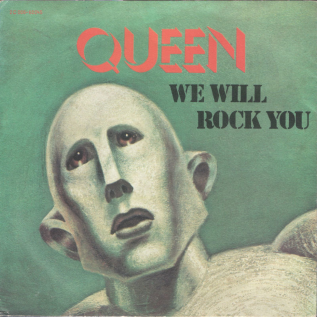
These songs are designed for mass enjoyment — they make you tap your foot, sing along, and feel good instantly.
They don’t necessarily demand deep reflection.

The middle ground (entertainment with artistic depth)
Some music balances accessibility with complexity, offering both immediate pleasure and deeper layers for those who seek them.
Some examples:
- The Beatles’ later albums (Sgt. Pepper’s Lonely Hearts Club Band) — catchy melodies but innovative musical ideas

- Pink Floyd’s Dark Side of the Moon — rock music with philosophical themes and experimental sounds

- Kendrick Lamar’s To Pimp a Butterfly — hip-hop with intricate lyricism, jazz influences and social commentary.
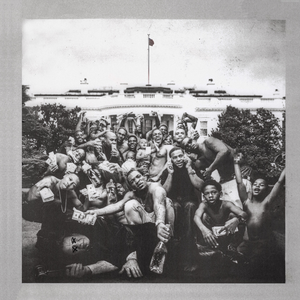
This kind of music appeals to both casual listeners and serious music enthusiasts.
It entertains and offers something deeper for those willing to engage with it.
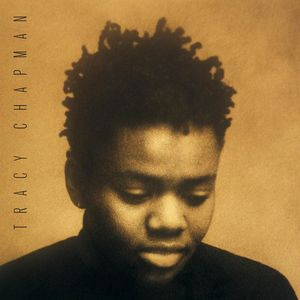
Deep artistic expression (complex, demanding, profound)
This is music that prioritizes artistic vision over mainstream appeal.
It often requires focused attention, multiple listens, or even study to fully appreciate.
Some examples:
- John Coltrane’s A Love Supreme – Jazz improvisation as spiritual exploration
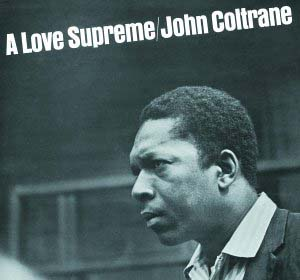
- Stravinsky’s The Rite of Spring – Revolutionary classical music, shocking audiences in 1913
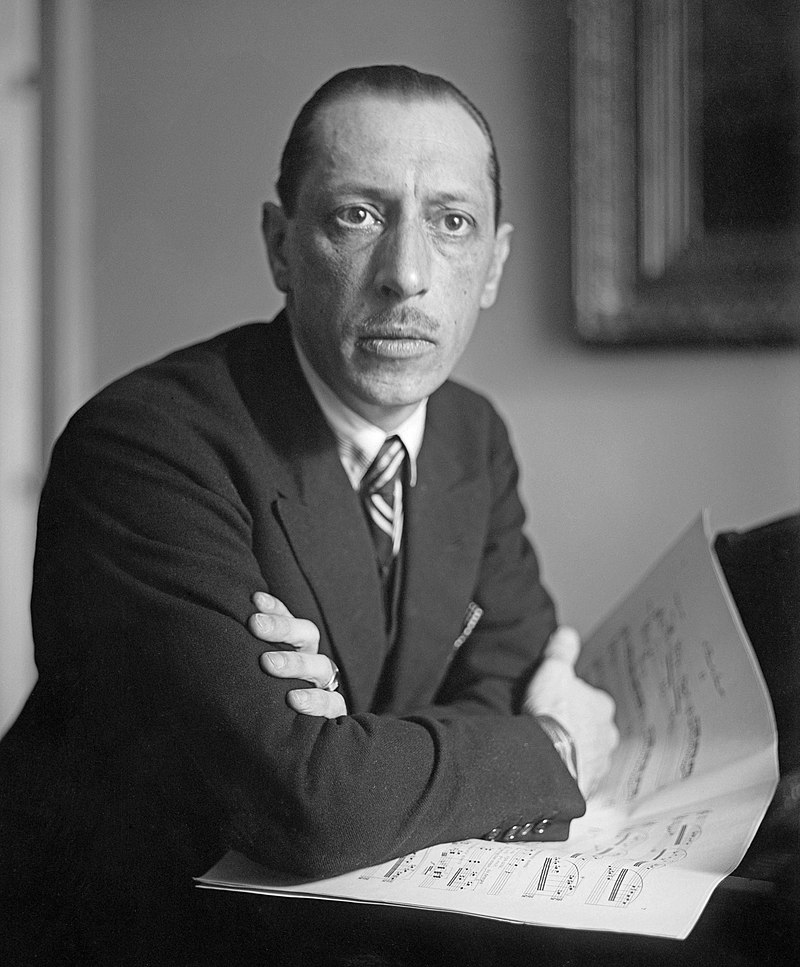
Above: Russian composer Igor Stravinsky (1882 – 1971)
- Bach’s Goldberg Variations – An intricate, deeply intellectual work, appreciated more by musicians than casual listeners
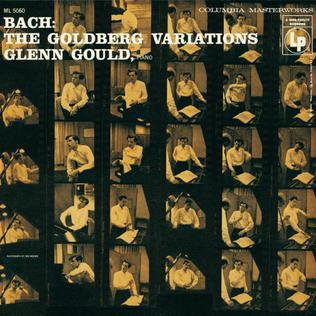
- Radiohead’s Kid A – A departure from rock conventions, demanding patience and repeated listening

This type of music might not be immediately pleasurable, but it rewards those who invest time and effort in understanding it.
Serkin’s audience was expecting something short and entertaining, but he gave them something that belonged to the far end of the artistic spectrum.
The casual listeners left, while the devoted musicians stayed behind— because they recognized the depth and mastery of what he was offering.
This tension still exists today.
Some people want music to unwind to, while others seek music that challenges, inspires, and transforms them.
Neither approach is wrong, but recognizing the spectrum helps us appreciate both sides.
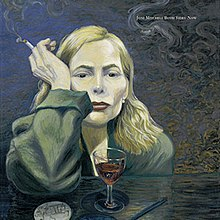
Literature follows a similar spectrum.
Literature, much like music, exists on a spectrum between instant entertainment and deep artistic expression.
The comparison to social media content is especially fitting — just as a pop song differs from a symphony, a short viral post differs from a novel or an in-depth blog post.
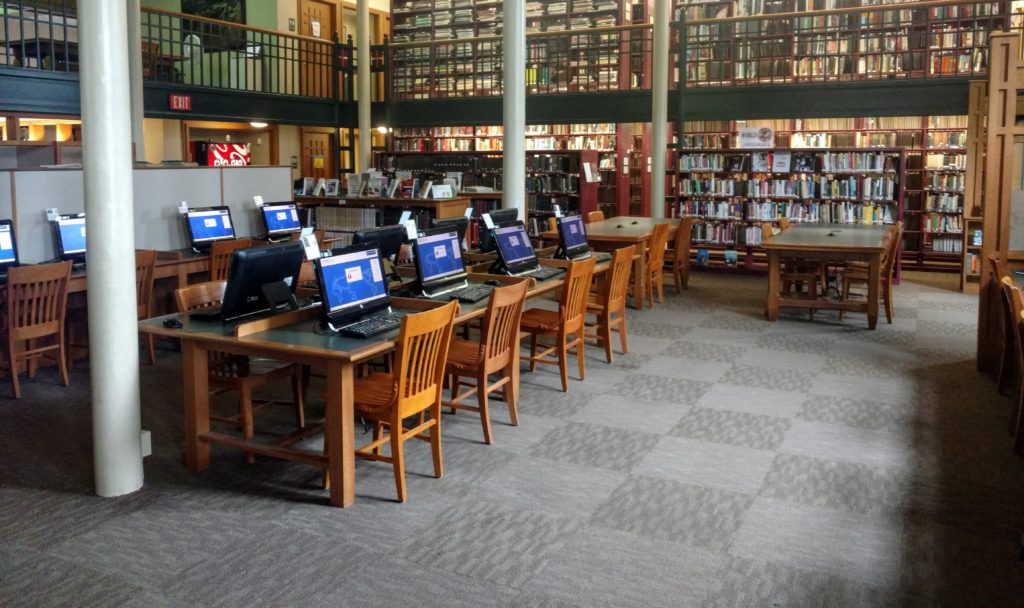
Pure entertainment (instant gratification, broad appeal)
- Designed for quick consumption, immediate emotional impact and mass appeal.
- Often short, easy to digest and visually engaging rather than text-heavy.
- Does not require deep concentration — meant to be enjoyed in passing rather than reflected upon.

Some examples:
- Social media posts (TikTok, Instagram captions, Twitter/X threads, memes).
- Example: A motivational quote with a beautiful image

- Buzz feed-style articles – short, punchy, and structured for fast reading.
- Example: 10 Life Hacks to Make Your Day Better!

- Airport novels and light fiction – simple, page-turning narratives that prioritize entertainment over deep reflection.
- Example: A Dan Brown thriller, a cozy mystery, or a Harlequin romance novel
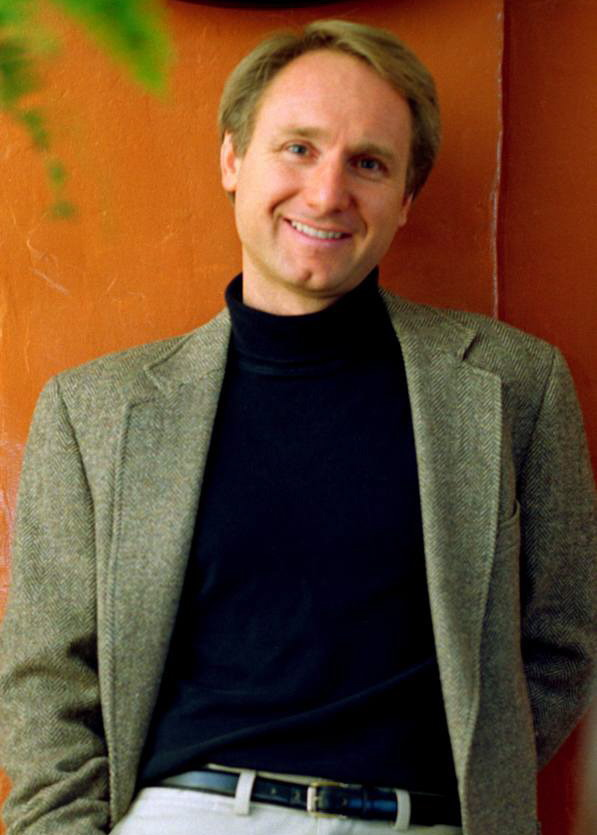
Above: American author Dan Brown
Parallel in music:
A viral pop hit like “Despacito” or a catchy dance song

Parallel in my work:
A single memorable quote from my blog — powerful, but lacking the full depth of my writing

Above: Your humble blogger
The middle ground (entertainment with substance and depth)
- Engaging and well-crafted but still accessible to a broad audience.
- Balances storytelling with deeper meaning, offering layers of interpretation.
- Appeals to both casual readers and literary enthusiasts.
Some examples:
- Quality journalism and essay writing – Long-form articles from The Atlantic, The New Yorker, or National Geographic.
- Example: A feature on how climate change affects migration patterns

- Literary fiction with mass appeal – Novels that have literary depth but remain readable and engaging.
- Example: The Kite Runner by Khaled Hosseini or The Shadow of the Wind by Carlos Ruiz Zafón
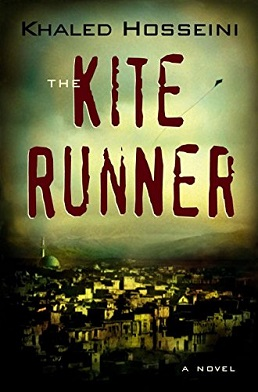
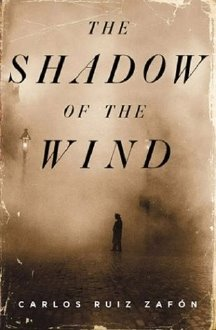
- The Chronicles of Canada Slim – Thoughtful, well-researched, personal storytelling.
- Example: Explorations of place and history, weaving reflection into narrative
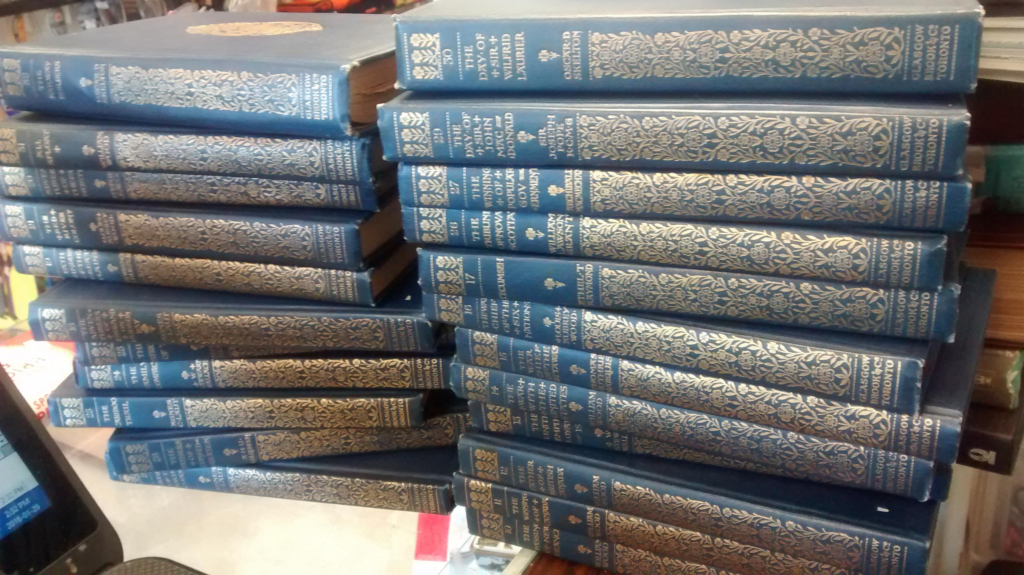
Parallel in music:
A Beatles album or a Pink Floyd concept album — layered, but still enjoyable at face value
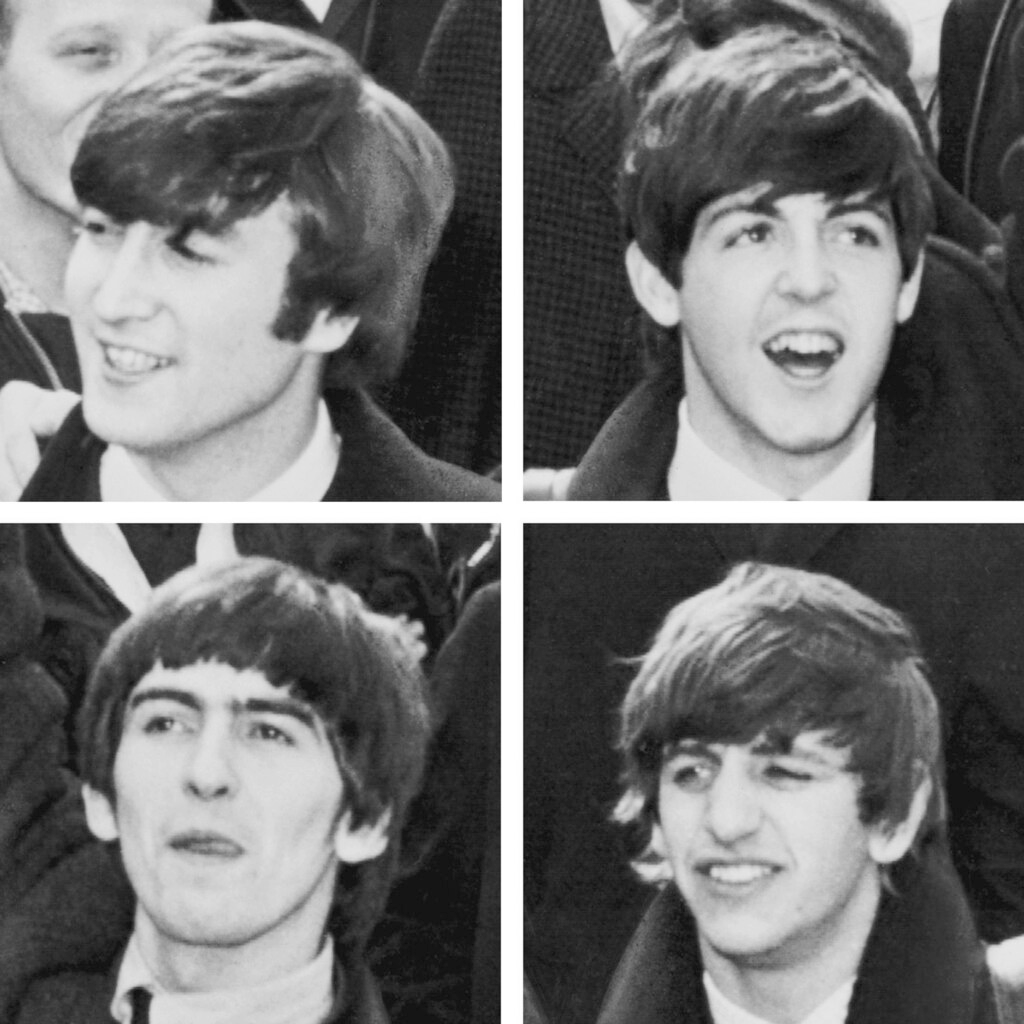
Above: English rock band The Beatles (1960 – 1970) – clockwise from top left: John Lennon (1940 – 1980), Paul McCartney, Ringo Starr, George Harrison (1943 – 2001)
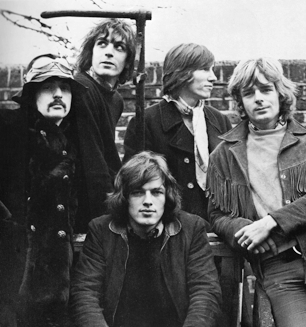
Above: English rock band Pink Floyd (1965 – 1994 / 2005 / 2007 / 2013 – 2014 / 2022) – clockwise from bottom: David Gilmour, Nick Mason, Syd Barrett (1946 – 2006), Roger Waters and Richard Wright (1943 – 2008)
Parallel in my work:
My blog, which requires engagement but hopefully remains inviting
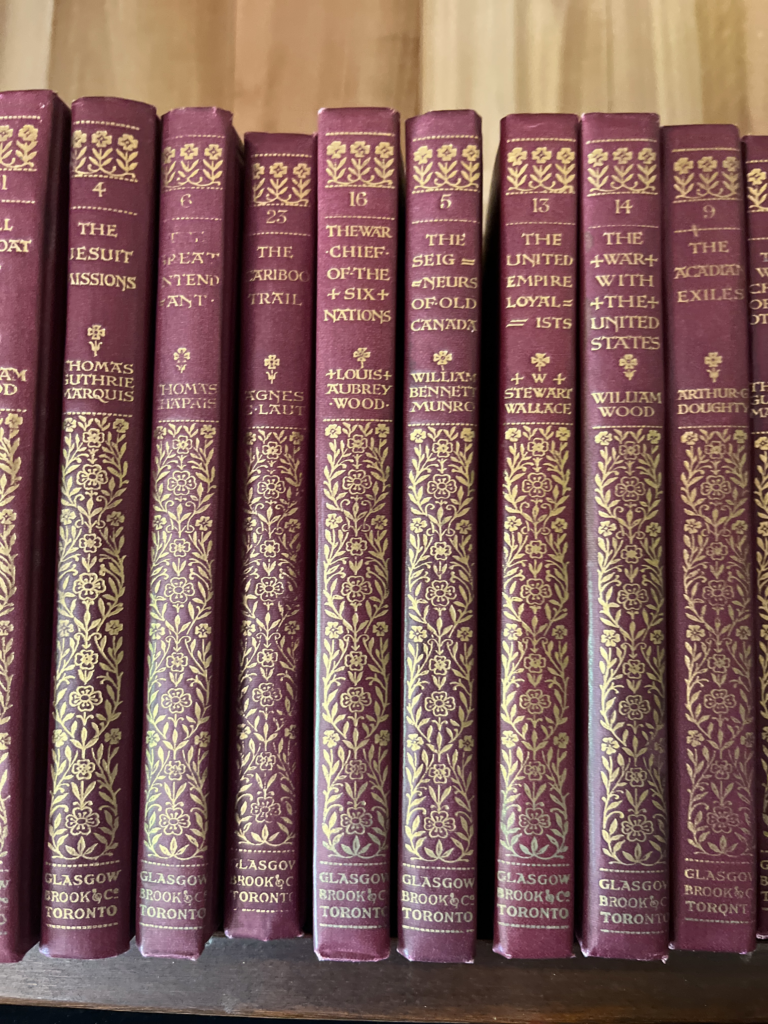
Deep artistic expression (complex, demanding, profound)
- Prioritizes artistic vision over accessibility.
- Requires time, effort and patience to appreciate fully.
- Often challenging, unconventional, or experimental in form and content.
Some examples:
- Classic and experimental literature – Works that demand full immersion, offering profound insights but requiring effort.
- Example: Ulysses by James Joyce, In Search of Lost Time by Marcel Proust
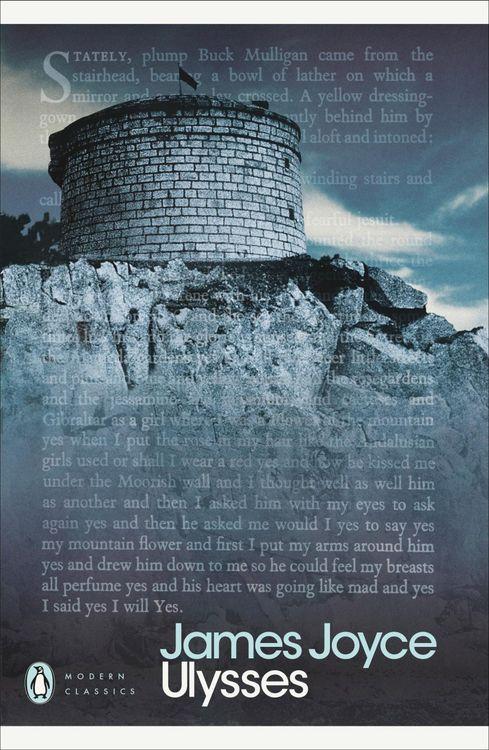
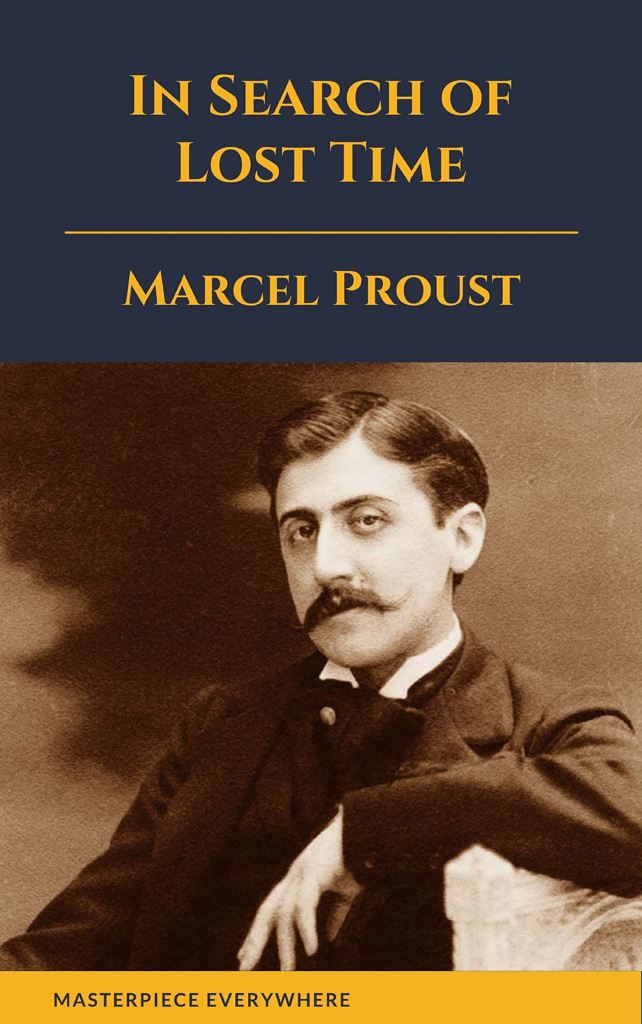
- Philosophical and intellectual writing – Texts that explore deep human truths and ideas.
- Example: Nietzsche’s Thus Spoke Zarathustra or Dostoevsky’s The Brothers Karamazov
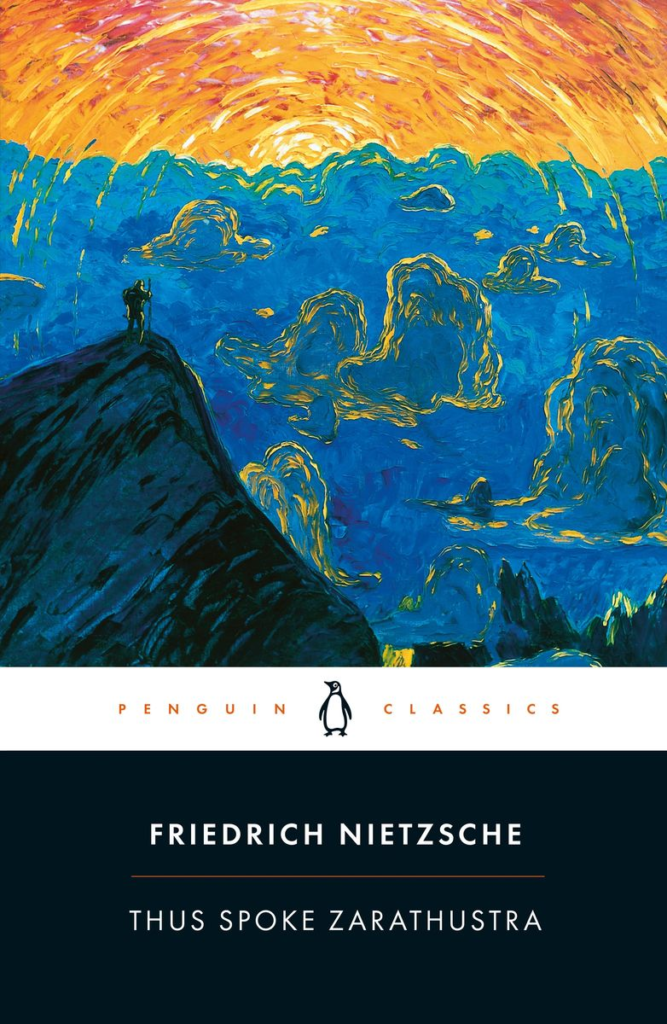
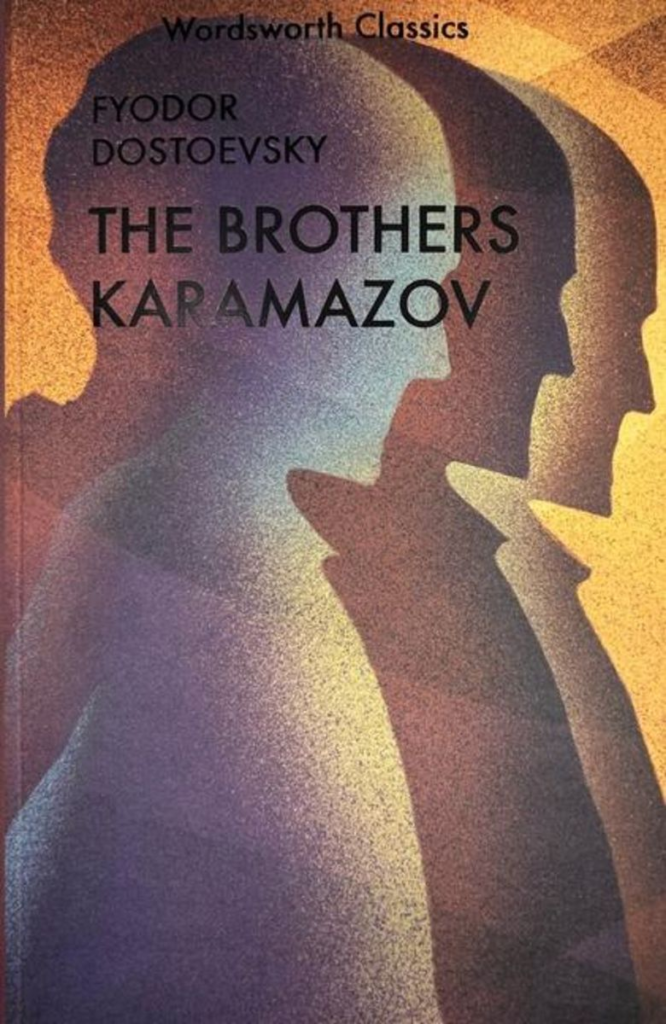
- My future book projects – My novel The Donkey Trail or Highway One in its most literary form.
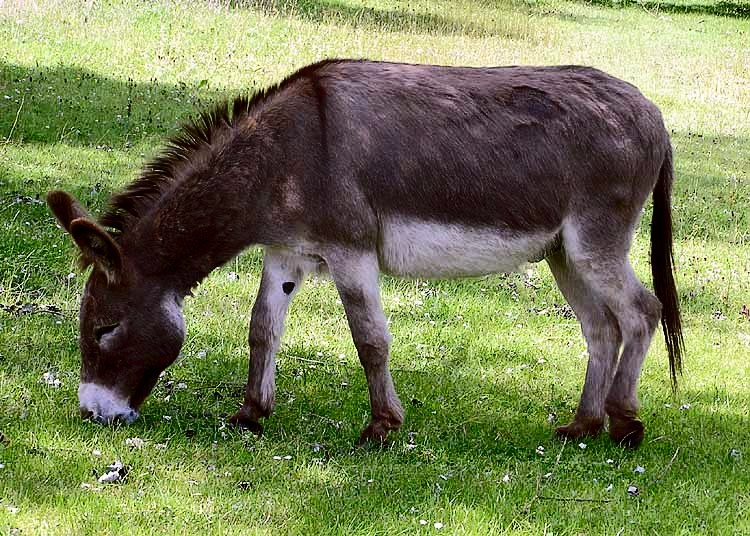

Parallel in music:
Bach’s Goldberg Variations or a free jazz album by John Coltrane
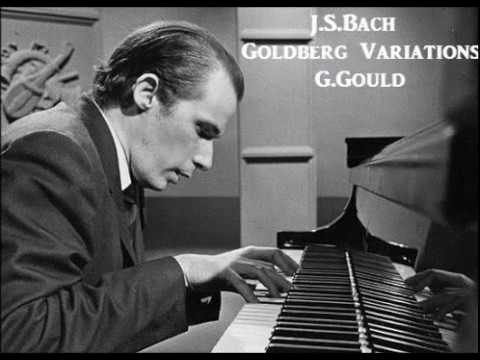
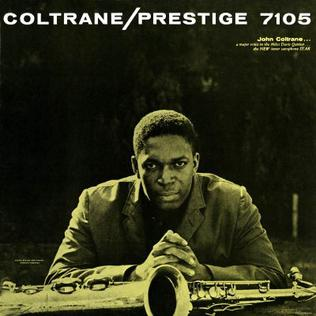
Parallel in my work:
The more introspective and literary parts of my novel-in-progress

The Tension Between These Worlds
Just as Serkin’s audience wasn’t prepared for Bach, today’s fast-paced digital world isn’t always ready for long, reflective blog posts or novels.
People who scroll TikTok aren’t necessarily dismissing deep literature — they’re just consuming a different form of content.
Some readers will never leave the world of instant entertainment, but others seek deeper engagement — and those are my true audience.
While TikTokers may skim the surface, I write for those willing to dive deep — just as only four people remained for Serkin’s encore.

In 1933, Serkin was forced to leave Nazi Germany not because of a Jewish heritage, but because he vehemently opposed the Nazi regime.
He moved to Basel, Switzerland, with Adolf Busch and his family.
Busch moved into a semi-detached house he designed himself on Schnitterweg in Riehen near Basel.
The other half was occupied by Rudolf Serkin, who married Busch’s daughter Irene in 1935.
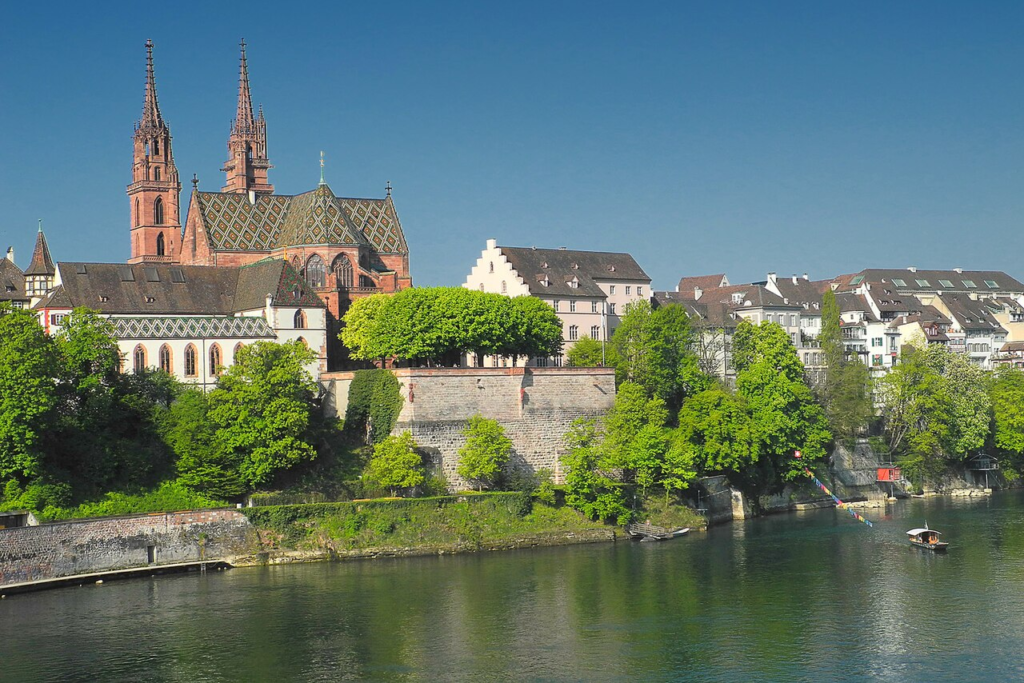
Above: Basel, Switzerland
In 1933, Serkin made his first US appearance at the Coolidge Festival in Washington DC, where he performed with Adolf Busch.
In 1936, he launched his solo concert career in the US with the New York Philharmonic under Arturo Toscanini.

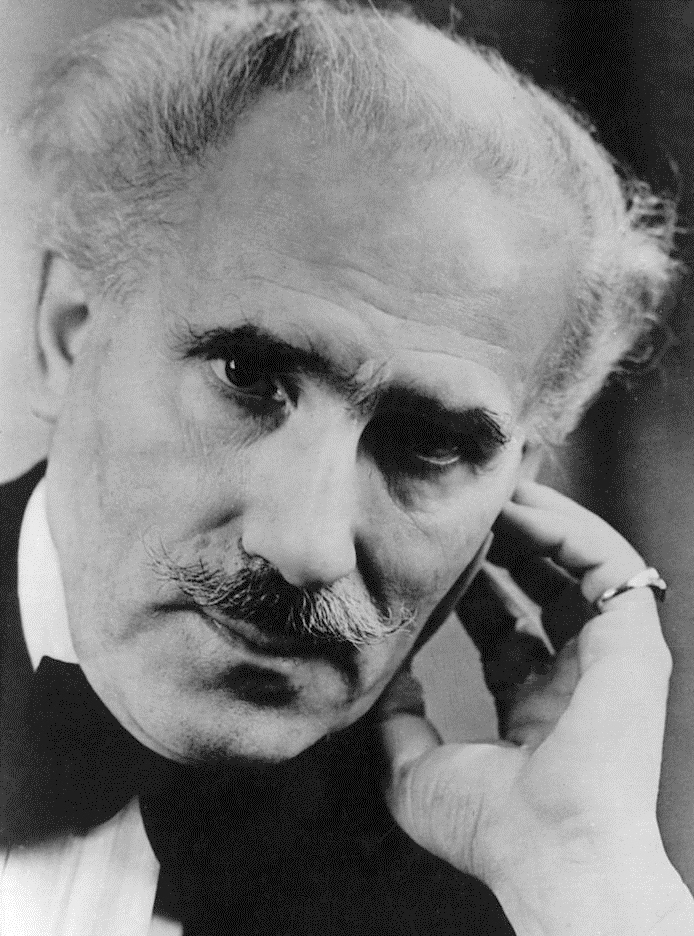
Above: Italian conductor Arturo Toscanini (1867 – 1957)
His performance of Ludwig van Beethoven’s Fourth Piano Concerto was critically well received.
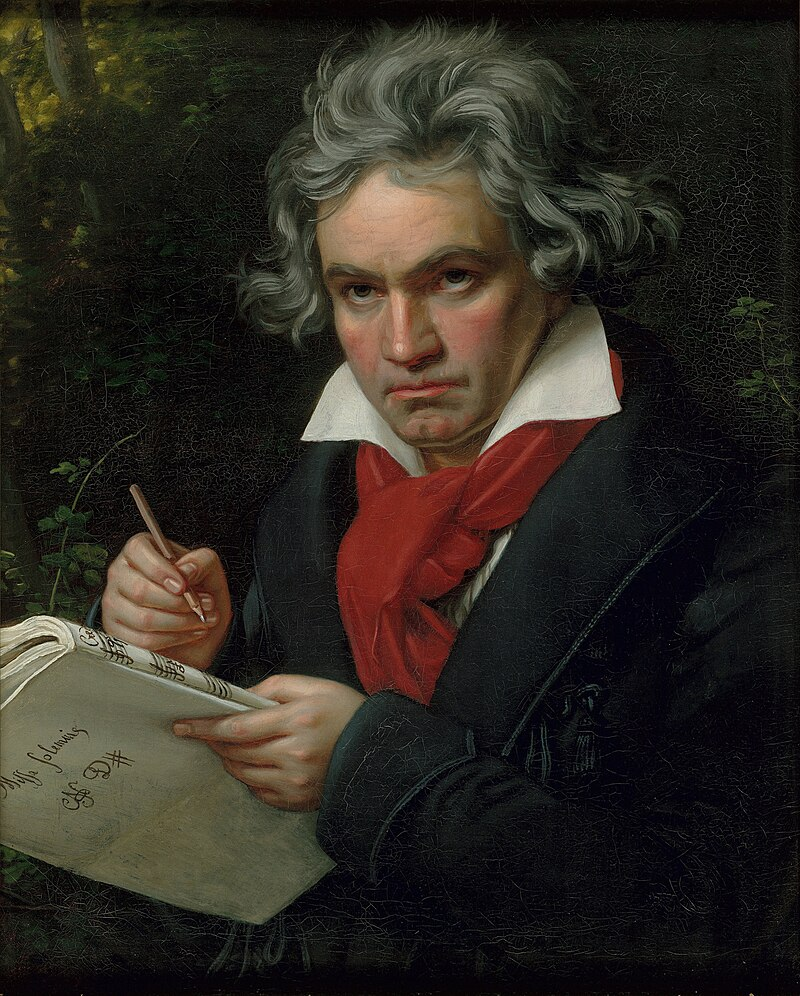
Above: German composer Ludwig van Beethoven (1770 – 1827)
Olin Downes of the New York Times wrote:
“We have seldom heard a pianist’s performance which so admirably combined the most penetrating analysis with artistic enthusiasm and warm feeling.
Similarly, the technical performance was clean and precise, but also beautiful and of a poetic coloring.”
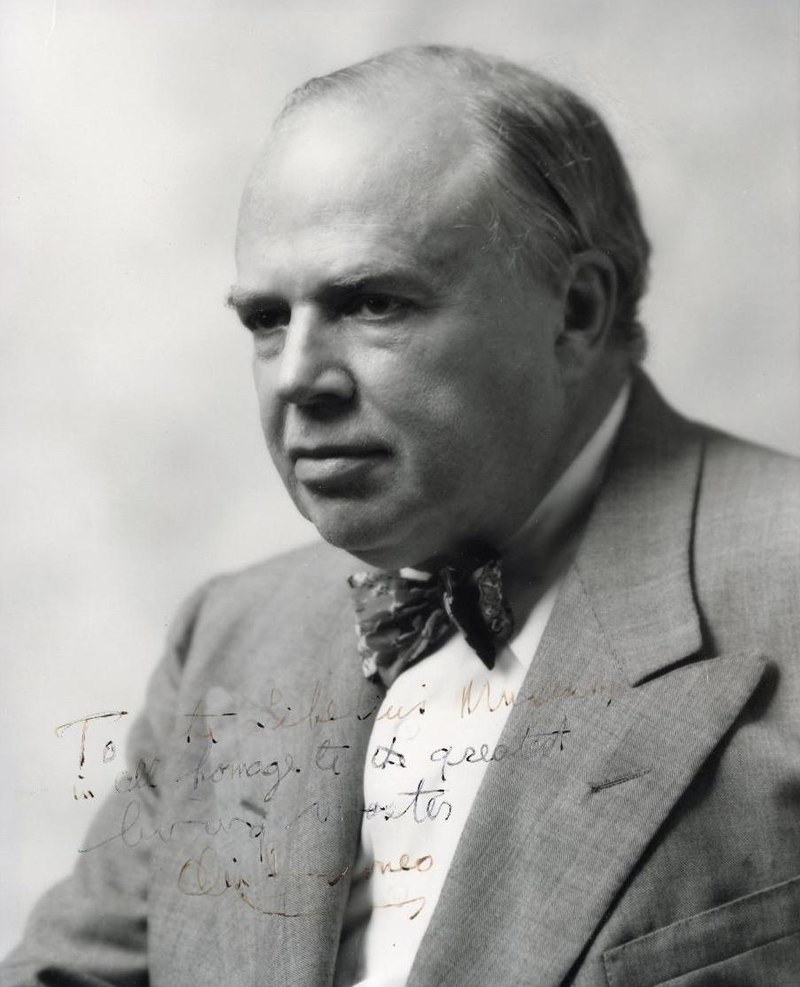
Above: American music critic Olin Downes (1886 – 1955)
In 1937, Serkin played his first New York City recital at Carnegie Hall, again to critical acclaim:
Downes wrote:
“What Mr. Serkin did was to display a colossal art, which he devoted to the most idealistic purposes.“
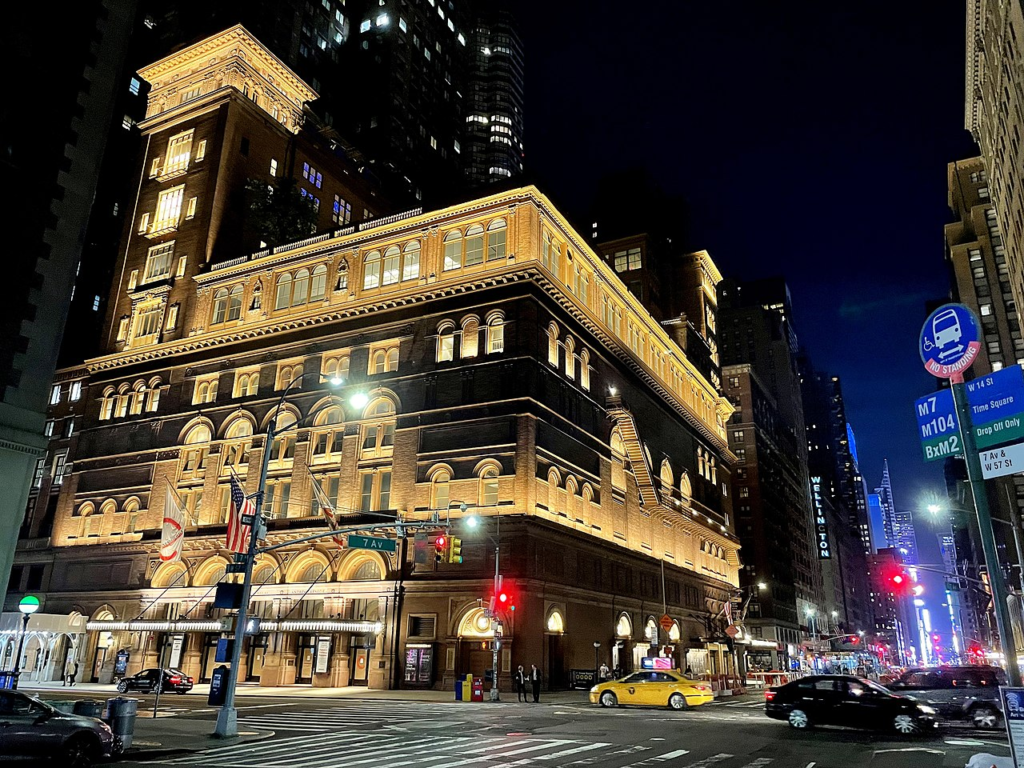
Above: Carnegie Hall, New York City
In January 1939, Serkin reached his second country of exile, Kenya.
Together with his wife and his sister Lotte, and her husband Oswald Fischer (a theater director from Vienna), the Serkin couple lived for a year with the Austrian couple Bauer, both refugees from Vienna.
The Serkin couple were completely destitute and initially found no work in Kenya.

Above: Flag of Kenya
In 1939, the Buschs and the Serkins moved to the USA and settled in Guilford near Brattleboro, Vermont.
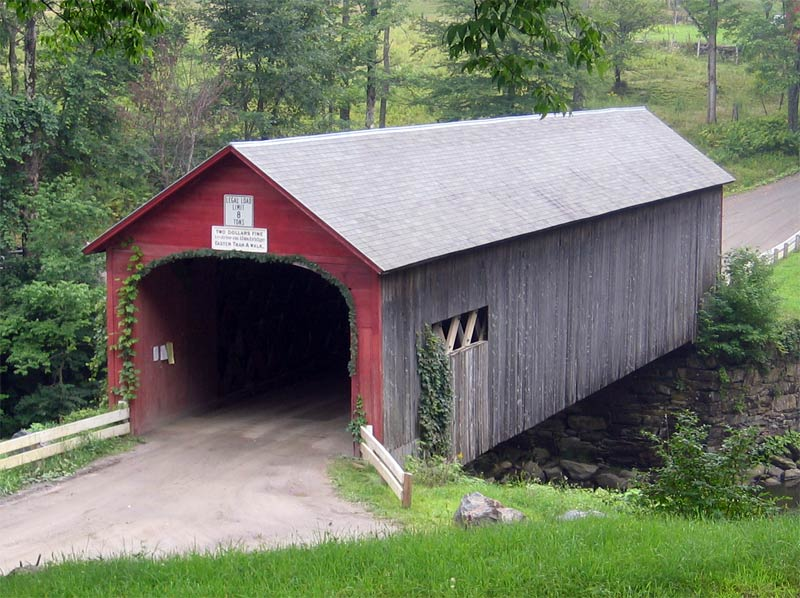
Above: Covered bridge, Guildford, Vermont, USA
From 1939, Serkin taught at the Curtis Institute of Music in Philadelphia, which he also directed from 1968 to 1977.

It is documented that he lived in Uttwil during the 1940s.
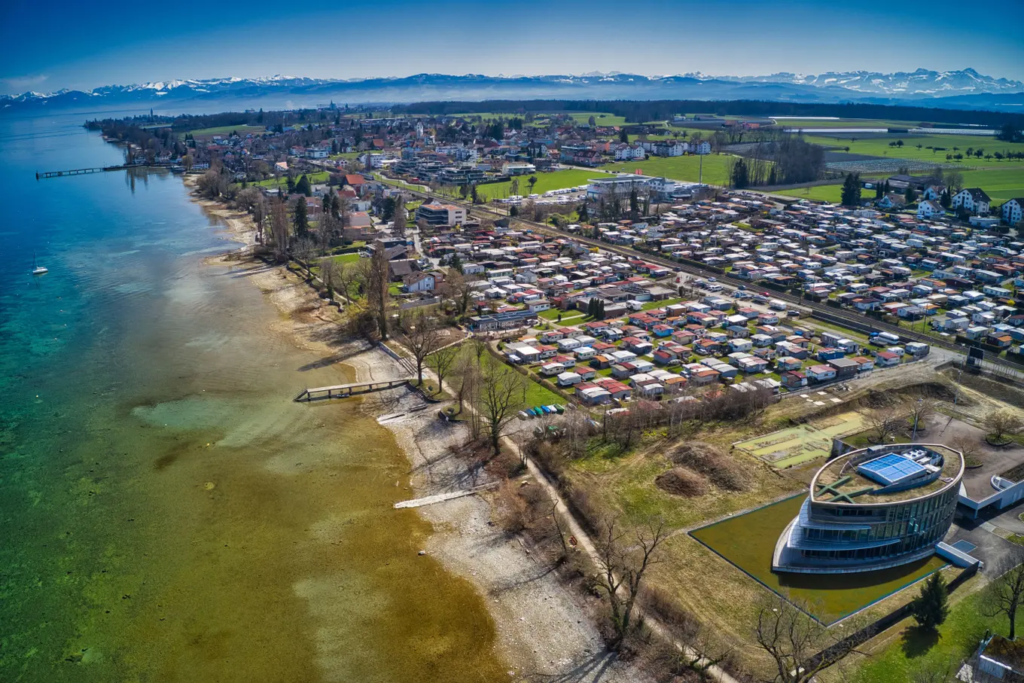
Above: Uttwil, Canton Thurgau, Switzerland
Together with Adolf Busch, he founded the Marlboro Music Festival in 1951, which takes place in Marlboro, Vermont.
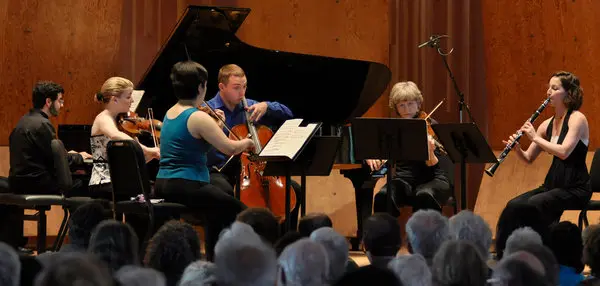
In 1960, Serkin was elected to the American Academy of Arts and Sciences and in 1983 to the American Philosophical Society.

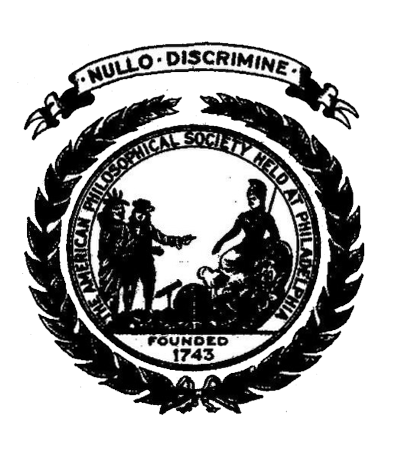
Serkin was a pianist who didn’t attract attention through eccentricity, but distinguished himself through his clear yet exciting playing.
A student of Schoenberg on the one hand and a convincing interpreter of the classical repertoire on the other – this was not a contradiction for Serkin.
He always understood modernity and relevance independently of the individual composers’ lives.
Beethoven, Schubert, Brahms, and Reger – in his hands, they always became contemporary composers, their works a musical experience of the present.
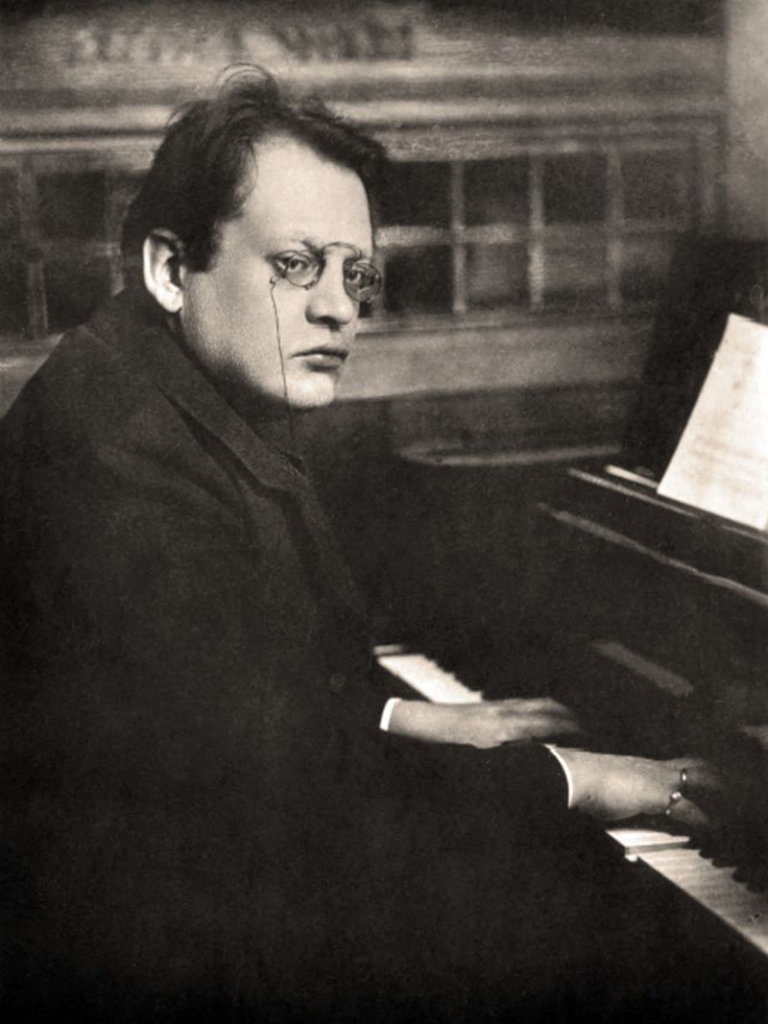
Above: German composer Max Reger (1873 – 1916)
A later highlight of his career was the unfinished cycle of piano concertos by Wolfgang Amadeus Mozart under Claudio Abbado, which was recorded in London in the early 1980s.
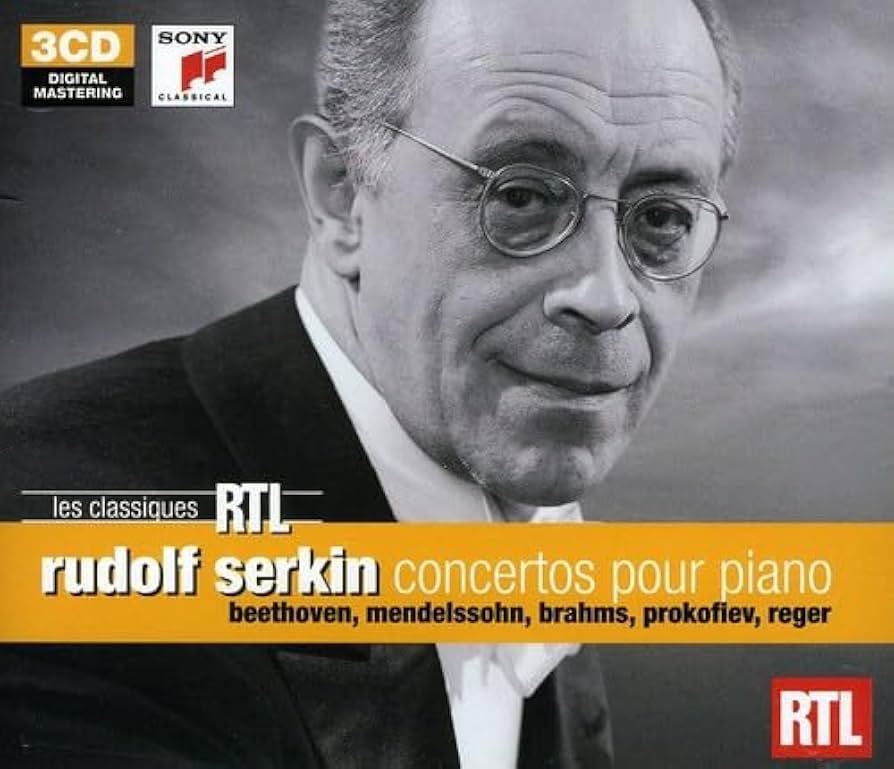
Rudolf Serkin was the father of the pianist Peter Serkin.

Above: American pianist Peter Serkin (1947 – 2020)
Revered as a musician’s musician, a father figure to a legion of younger players who came to the Marlboro School and Festival, and a pianist of enormous musical integrity, he toured all over the world and continued his solo career and recording activities until illness prevented further work in 1989.
Serkin died of cancer on 8 May 1991, aged 88, at home on his Guilford, Vermont farm.

- Ernst Emil Schlatter (1883 – 1954):
Ernst Emil Schlatter was the son of Schaffhausen master metalworker Eduard Schlatter and Albertine, née Jaeper.
He grew up as the third eldest of five siblings in Zürich-Unterstrass.
Following his parents’ wishes, he trained as a lithographer at the Zürich Polygraphic Institute from 1898 to 1902.
After successfully completing his training, his parents allowed him to continue his studies at the Stuttgart State Academy of Fine Arts.

Schlatter returned to Zürich in 1907 and worked as a freelance graphic artist.
He specialized in posters and developed new techniques for the application of color lithography, for which he had a distinct talent.
As a freelancer, he created lithographic works for Johann Edwin Wolfensberger ‘s lithographic printing company, Wolfensberger, and for the graphic studio Müller & Trüb in Aarau.
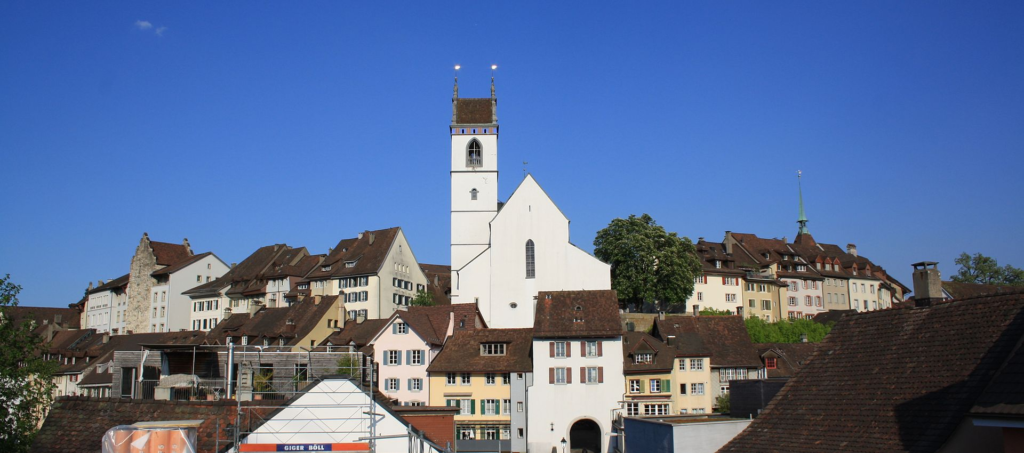
Above: Aarau, Switzerland
From 1910 to 1912, Schlatter lived in Munich, where his artistic development from graphic artist to landscape painter took place.
During this time, he met Franziska Hermle, whom he married in 1912.
After returning to Zürich, Schlatter became artistic director of the Wolfensberger Art Institute.
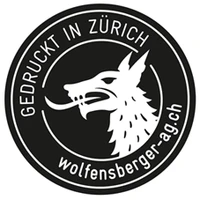
The high quality of his work, particularly his lithographic cityscapes, brought him widespread recognition and ultimately an appointment to the Zürich School of Applied Arts, where he taught lithography and landscape drawing from 1917 to 1920.

From 1920 until his death, Schlatter lived and worked in Uttwil.
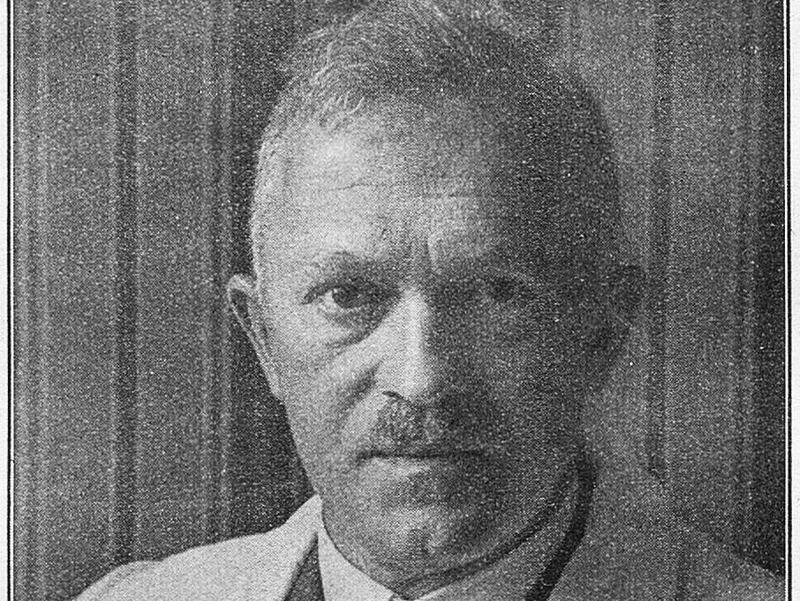
Above: Swiss painter Ernst Schlatter
Schlatter served for many years as president of the Zürich Artists’ Association.
From 1925, he was a member of the international artists’ association of the Lake Constance region, Der Kreis.
He served on its board from 1925 to 1937.
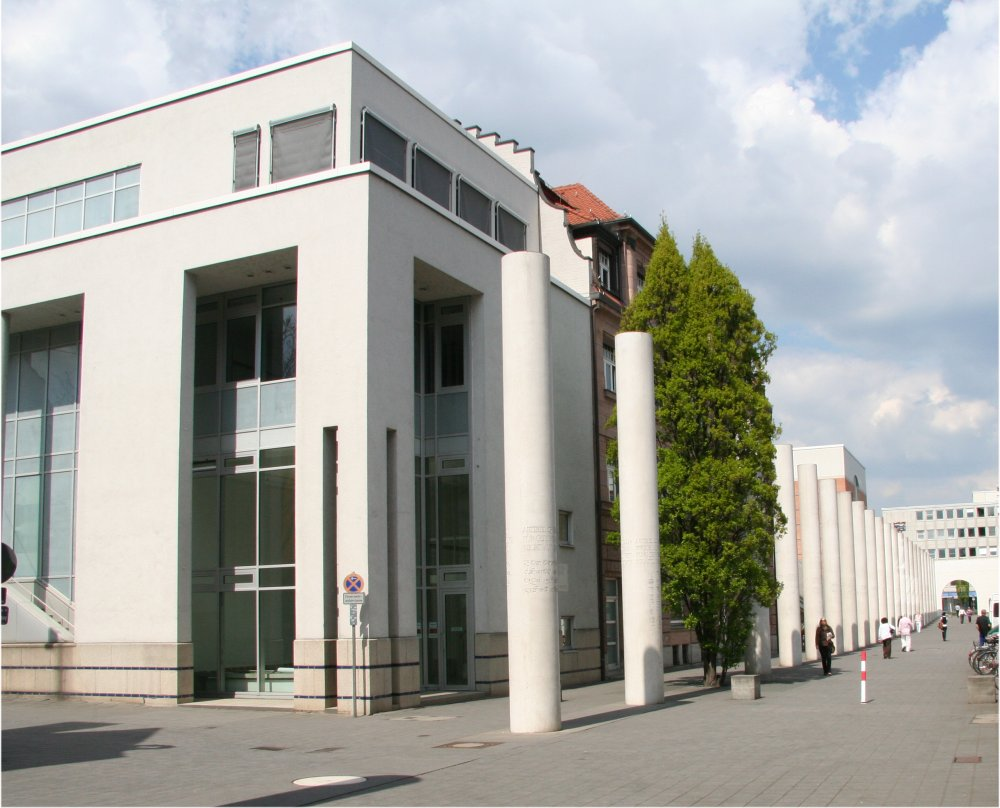
Above: Kreis Galerie, Strasse der Menschenrechte, Nuremberg, Bavaria, Germany
Schlatter also served as an actuary on the board of the Thurgau Heritage Society for many years.
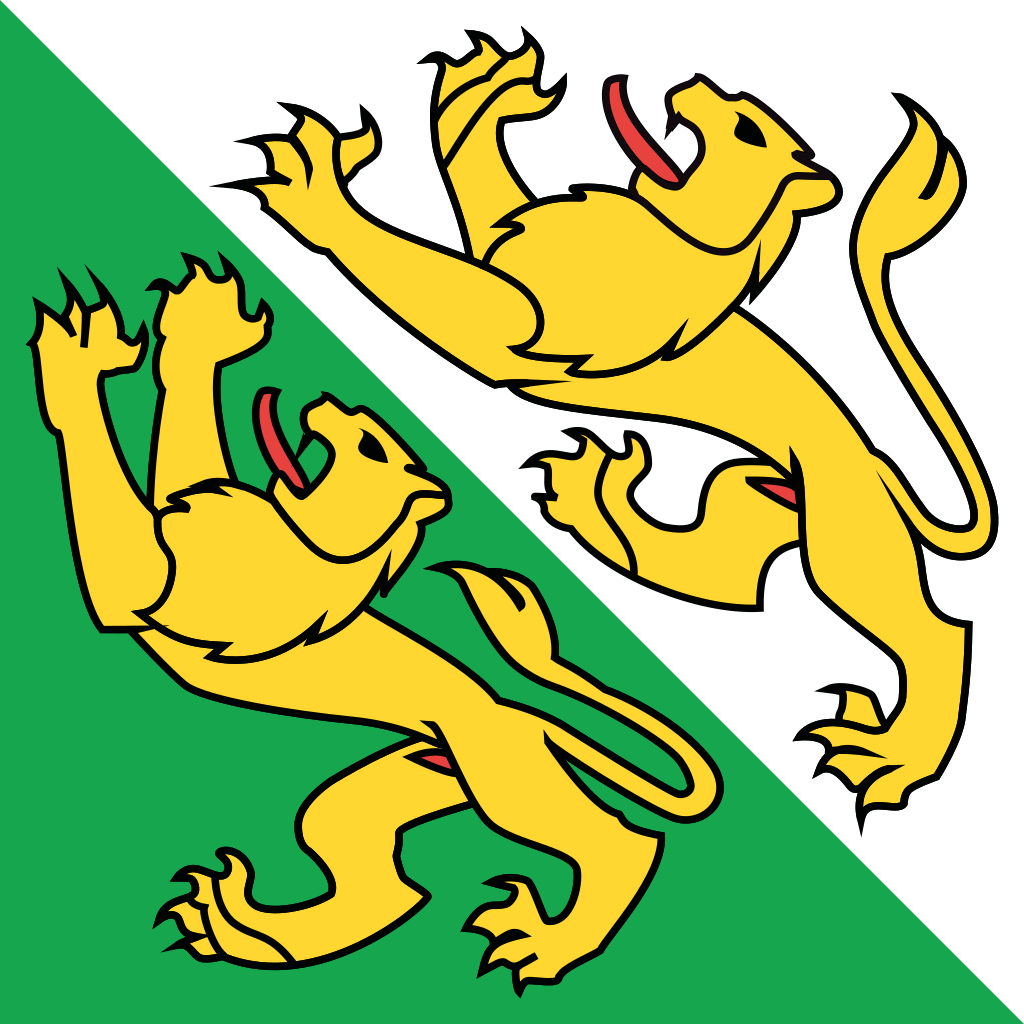
Above: Flag of Canton Thurgau
Schlatter served as an artistic advisor to the Society for Literature and Music in Romanshorn.

Above: Romanshorn, Canton Thurgau, Switzerland
In 1953, Schlatter designed the new club flag for the Uttwil Men’s Choir, for which he was awarded honorary membership in 1954.
Schlatter was able to exhibit his works at the Kunstmuseum Olten, Kunsthaus Zürich, Aargauer Kunsthaus, Kunstsalon Wolfsberg and the Staatliches Museum Berlin, among others.
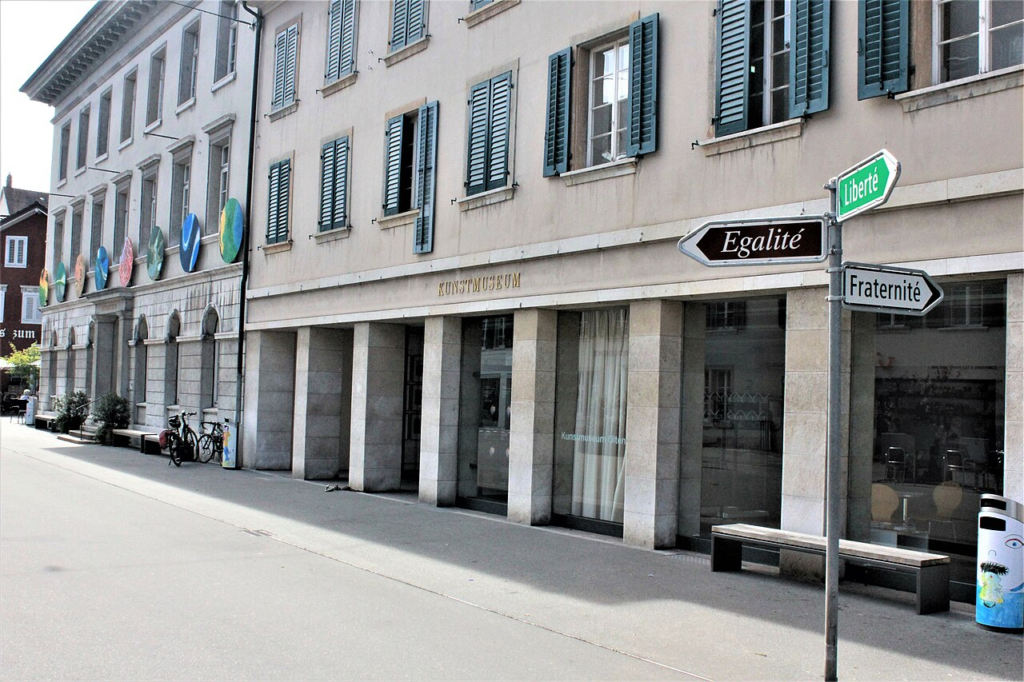
Above: Kunstmuseum Olten, Canton Solothurn, Switzerland
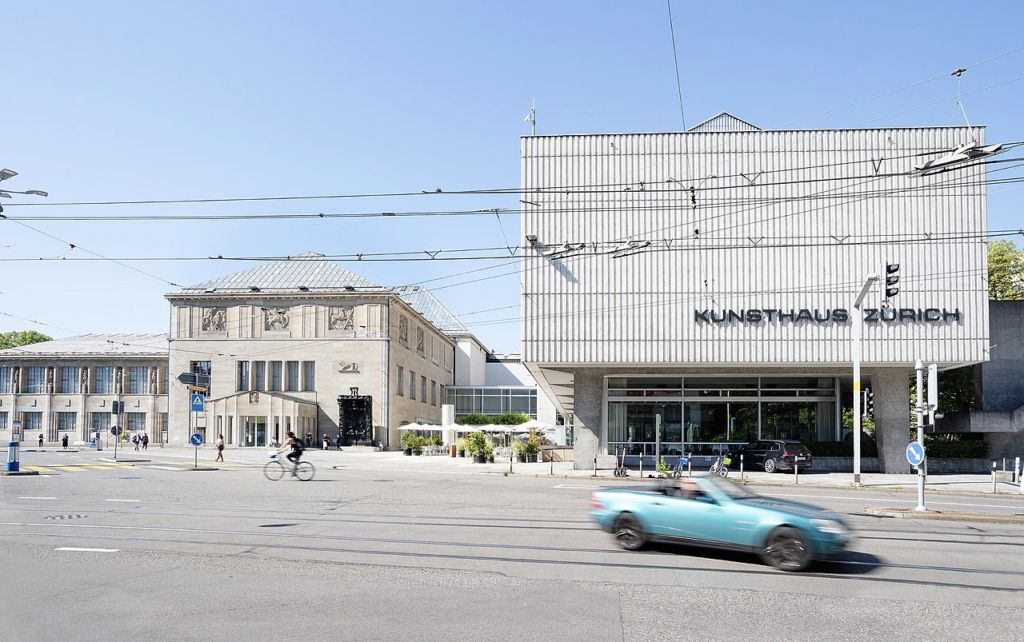
Above: Kunsthaus Zürich, Zürich, Switzerland
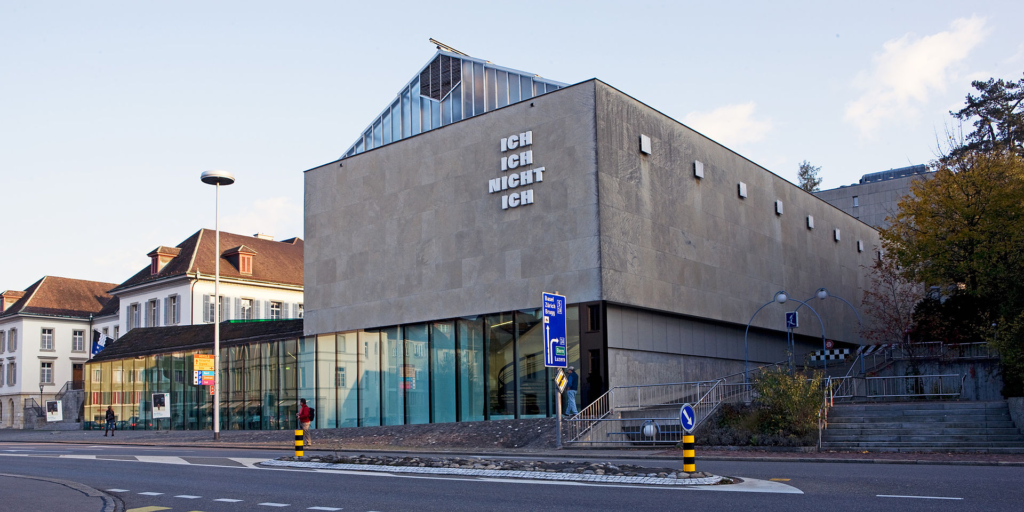
Above: Aarau Kunsthaus, Aarau, Switzerland
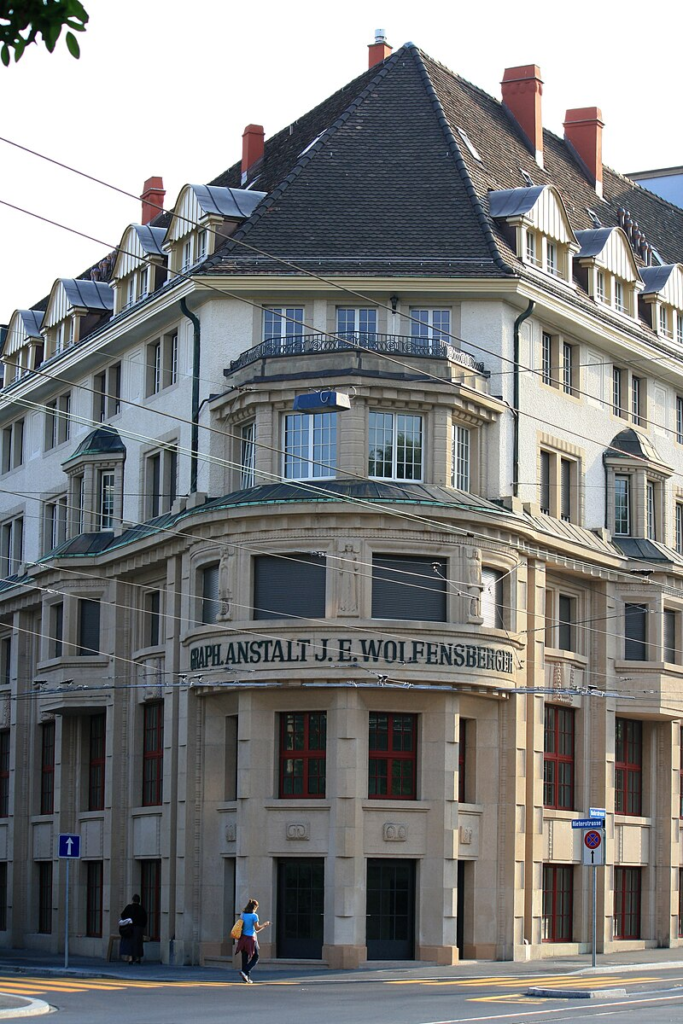
Above: Kunstsalon Wolfensberger, Zürich, Switzerland
In 1943, a detailed monograph on Ernst Emil Schlatter, written by Karl Hoenn, founder of Artemis Verlag, was published by Morgarten Verlag in Zürich.
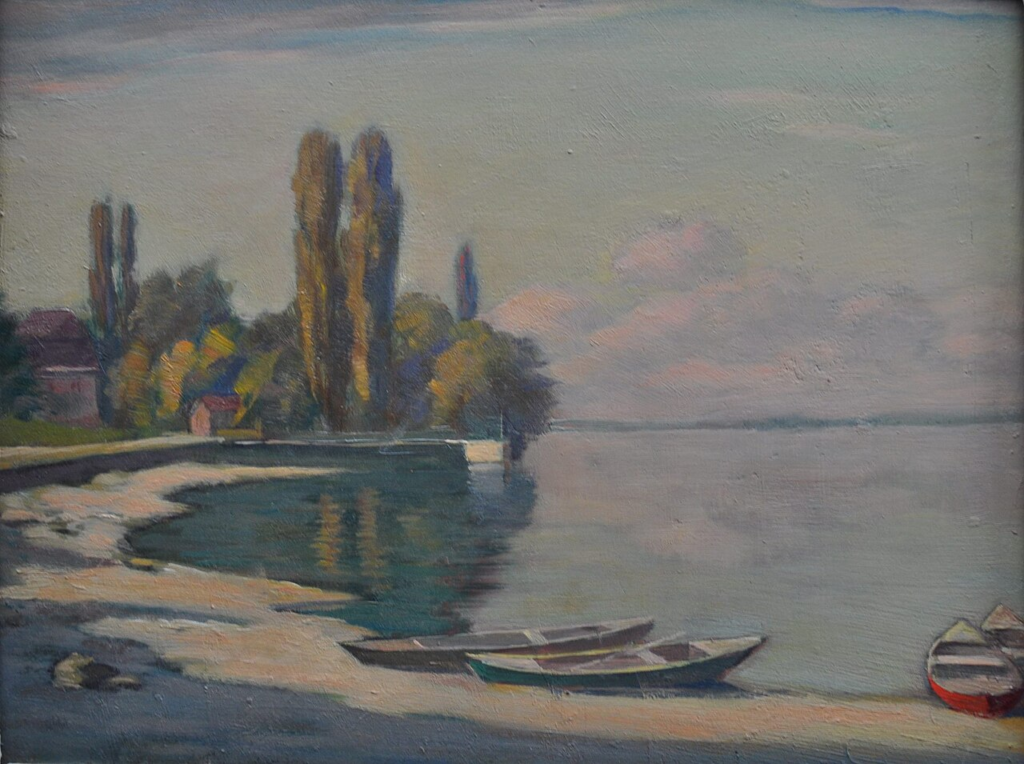
Above: Uttwil on Lake Constance, Ernst Emil Schlatter
Schlatter died on 13 September 1954.
He was buried in Uttwil.
His gravestone has been preserved.
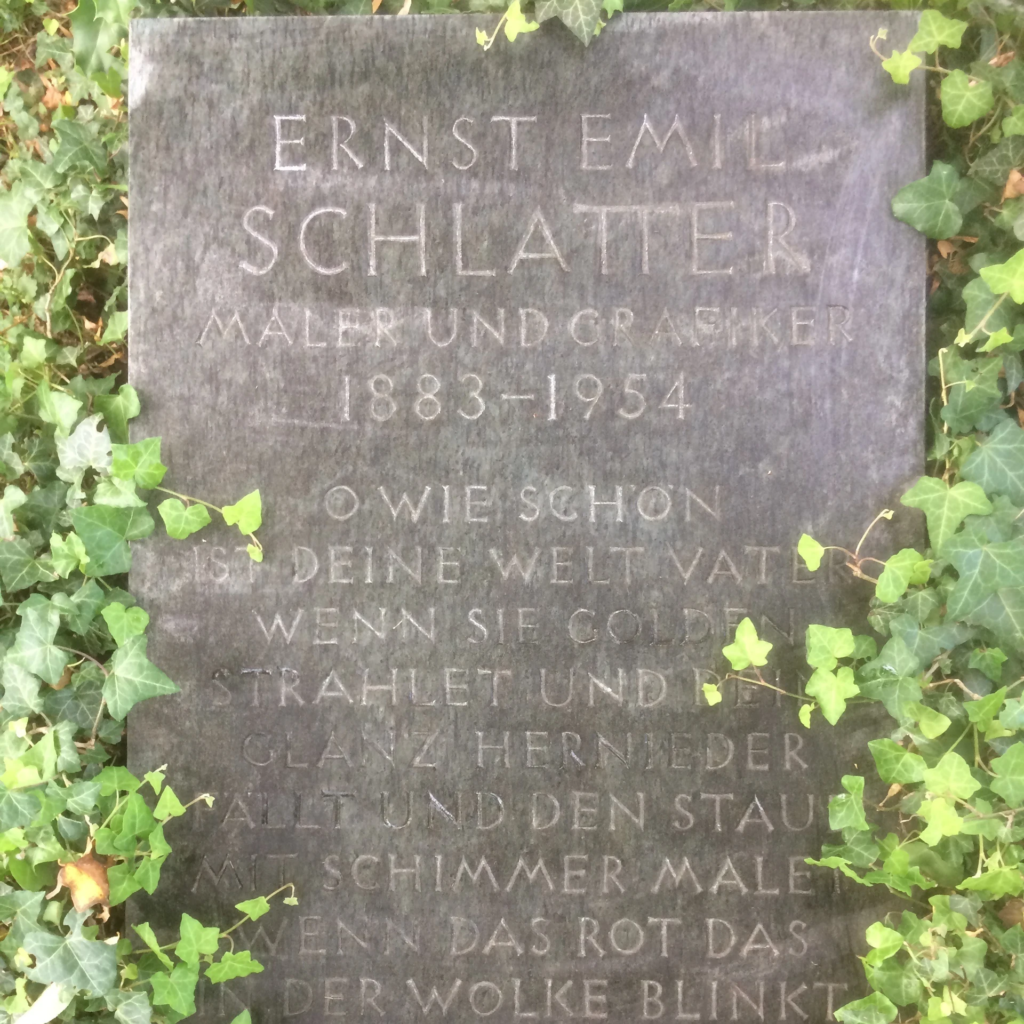
- Paul Ilg (1875 – 1957):
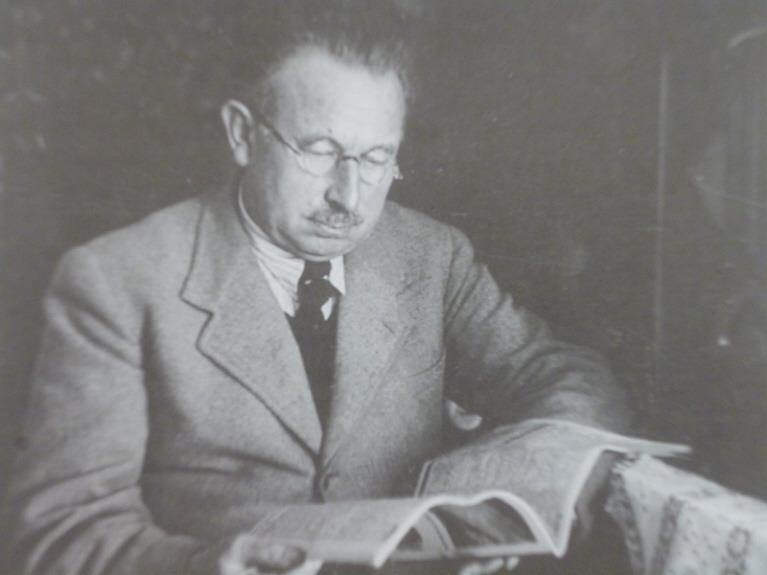
Above: Swiss writer Paul Ilg
The Thurgau writer Paul Ilg was one of the many who came to Uttwil because of Carl Sternheim and one of the few who were truly friends with him.
By 1925, Ilg had already passed the peak of his literary career, but he was still a recognized and widely appreciated author who had to find his way again in his old yet newly rediscovered homeland after decades of absence.
The former Keswil pastor Jakobus Weidenmann wrote in the 1950s, looking back on that time:
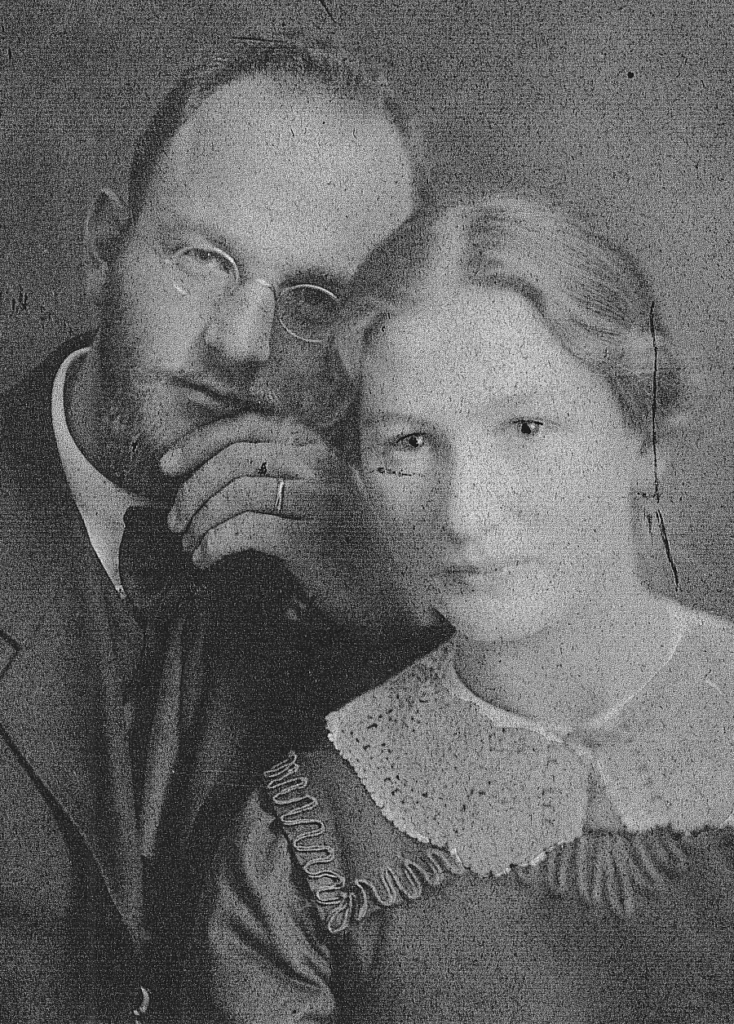
Above: Pastor Jakobus Wiedenmann and his wife Julie
“When Paul Ilg settled permanently in Uttwil, the entire magic of its intellectual atmosphere had long since faded.
The only remaining relic was Carl Sternheim.
Paul Ilg had, figuratively speaking, returned from abroad with rolled-up sleeves and no collar, yet still bore traces of 20 years of bourgeois company.
Sternheim thoroughly erased these from him.
Soon, Ilg discovered the raw, immediate, and unpolished spirit of the local fishermen of Uttwil.
Unintentionally, he found the ground on which he could feel at home — the staunchly democratic Uttwil, which René Schickele had loved so dearly and left with tears of farewell.“
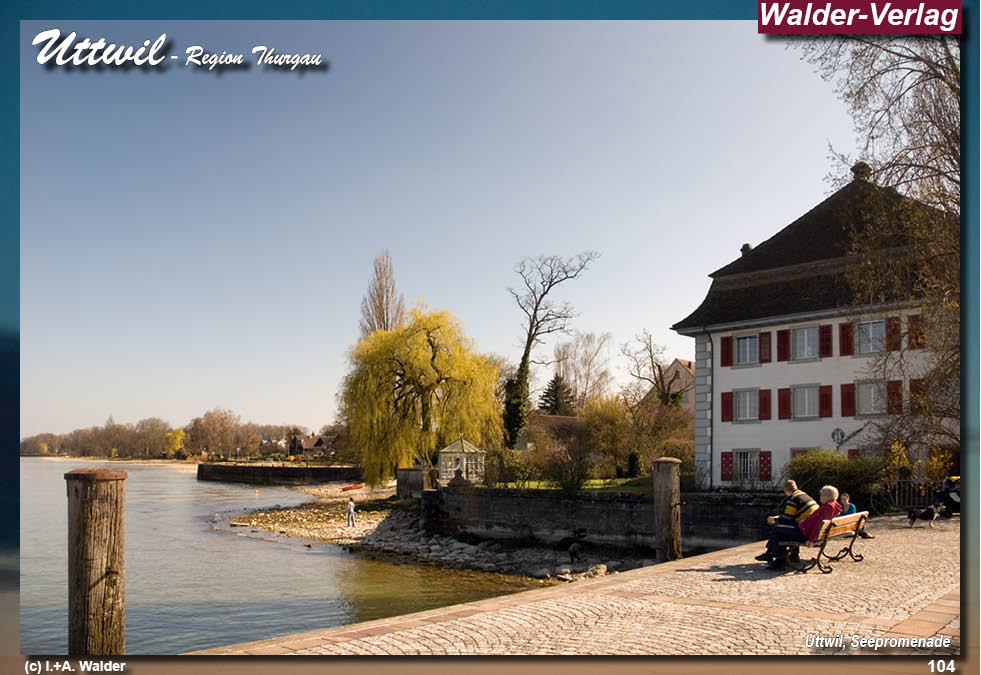
Paul Ilg was a Swiss writer.
Paul Ilg suffered throughout his life from the stigma of his poor origins.
Although he repeatedly received literary recognition, he was unable to establish himself permanently in the literary world of his time.
He generally lived in difficult financial circumstances and was constantly searching for patrons.
These experiences also shape Ilg’s social and socio-critical work, which often deals with “someone who was degraded, humiliated, homeless, without a home, and socially disadvantaged in his childhood, seeks, by hook or by crook, to ascend to the higher spheres, the apparent happy realms of society, where castles and silver-laden hotel lobbies cover up the memories of a poor childhood.”
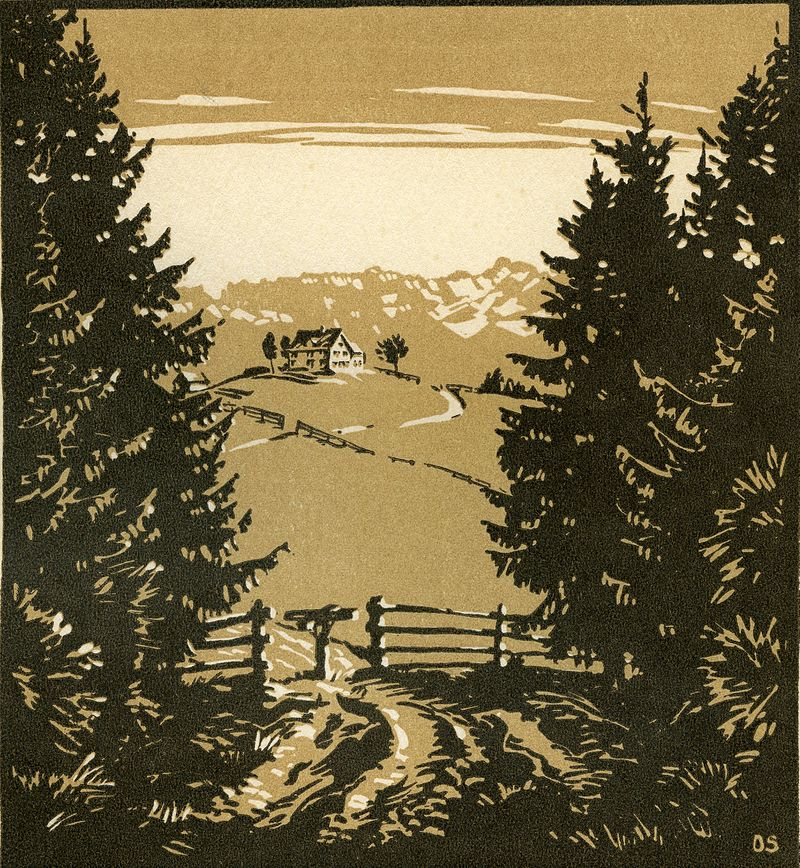
Paul Ilg was born in Salenstein in Canton Thurgau, west of Kreuzlingen, the illegitimate son of Marie Ilg, a farmer’s daughter and factory worker.
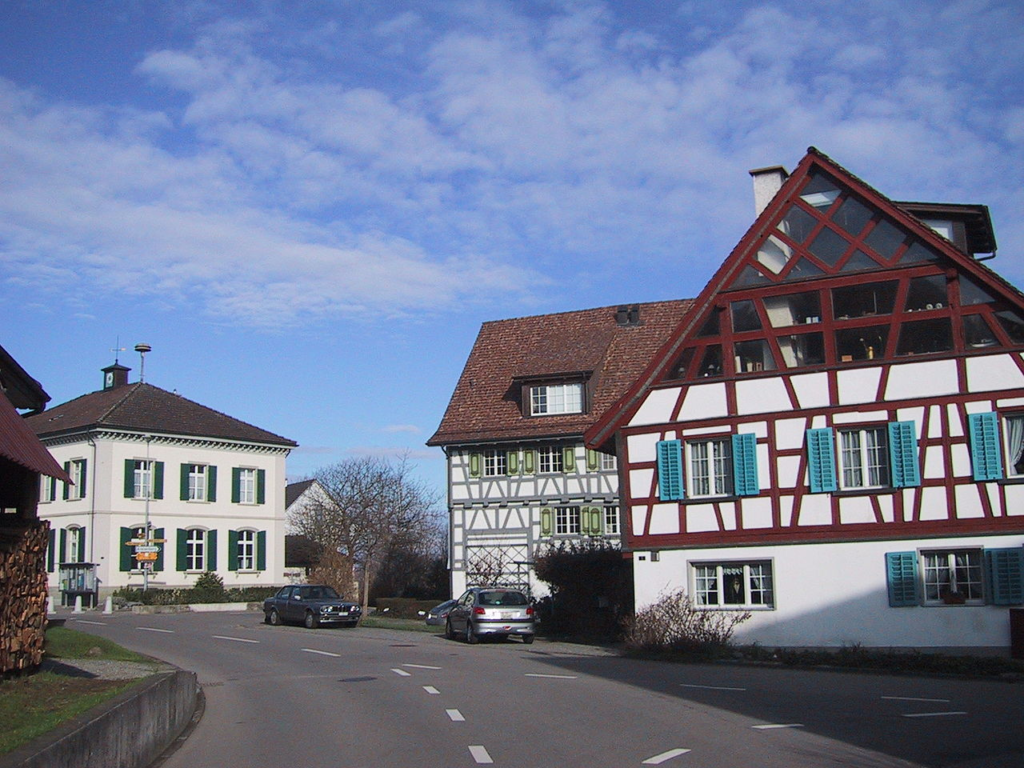
Above: Salenstein, Canton Thurgau, Switzerland
He spent the first three years of his life growing up on his grandparents’ farm and, after their death, was sent to live with
relatives in Rehetobel.
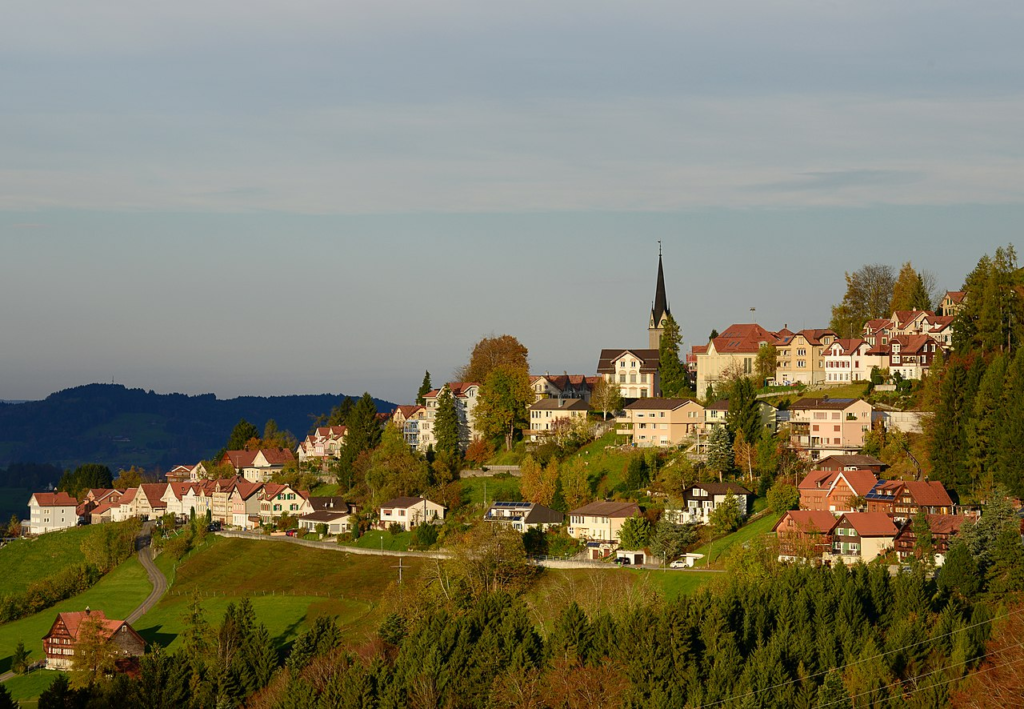
Above: Rehetobel, Canton Appenzell Ausserrhoden, Switzerland
He worked as a peddler in Appenzellerland before fleeing to his mother in Rorschach in 1886, age 9.
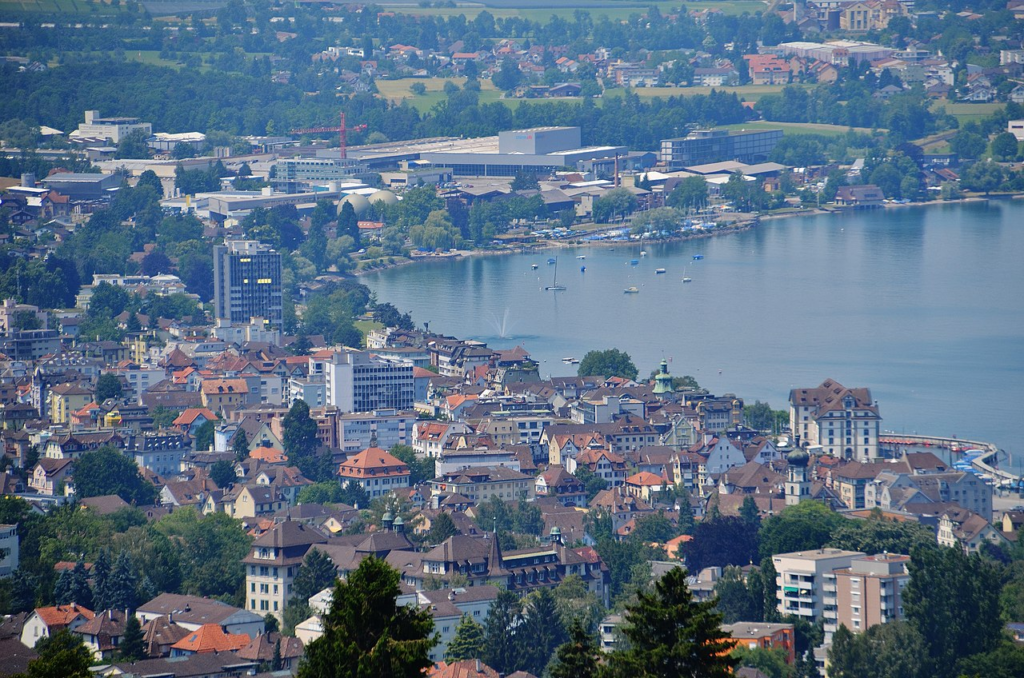
Above: Rorschach, Canton St. Gallen, Switzerland
Shortly thereafter, they moved to St. Gallen, where Ilg attended secondary school.
After being rejected for a scholarship to attend a grammar school, Ilg began apprenticeships as a locksmith, a cook, and a merchant, but dropped out of each shortly after beginning.
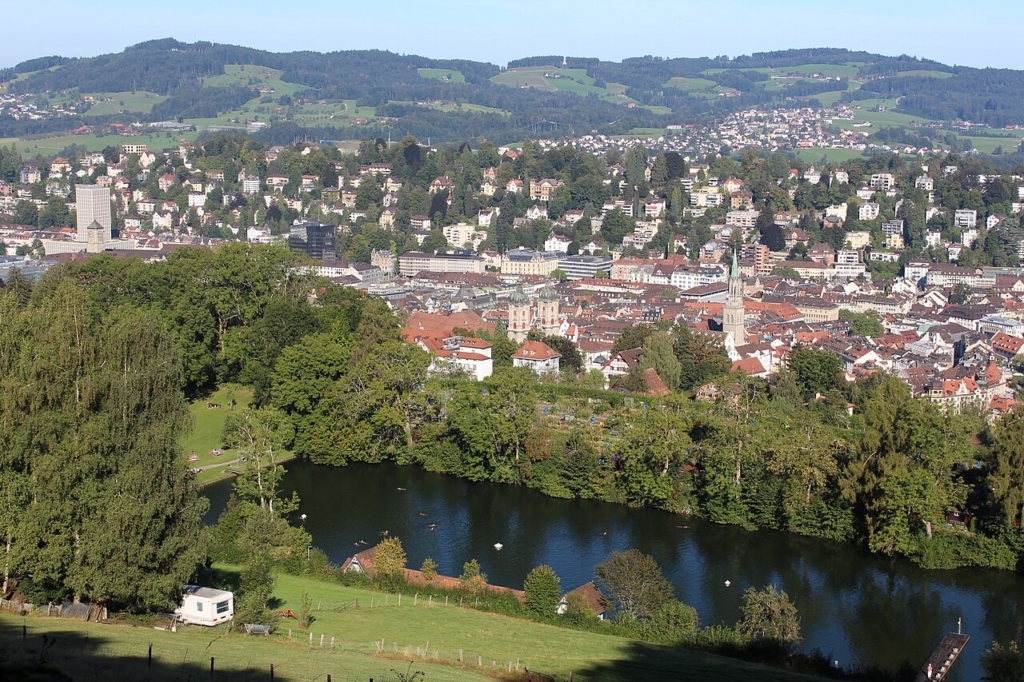
Above: St. Gallen, Switzerland
A bank apprenticeship in French-speaking Switzerland (Romandie) also fell through.
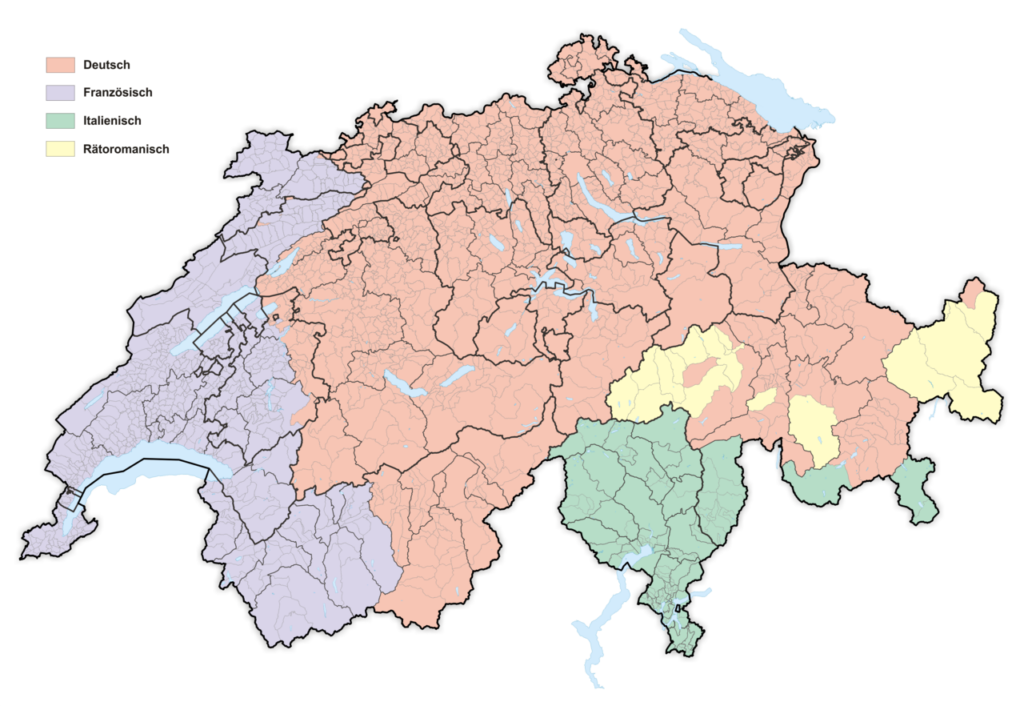
Above: Linguistic map of Switzerland
At the age of 20, Ilg finally found a job as a clerk for a property speculator in Zürich and began writing his first texts.
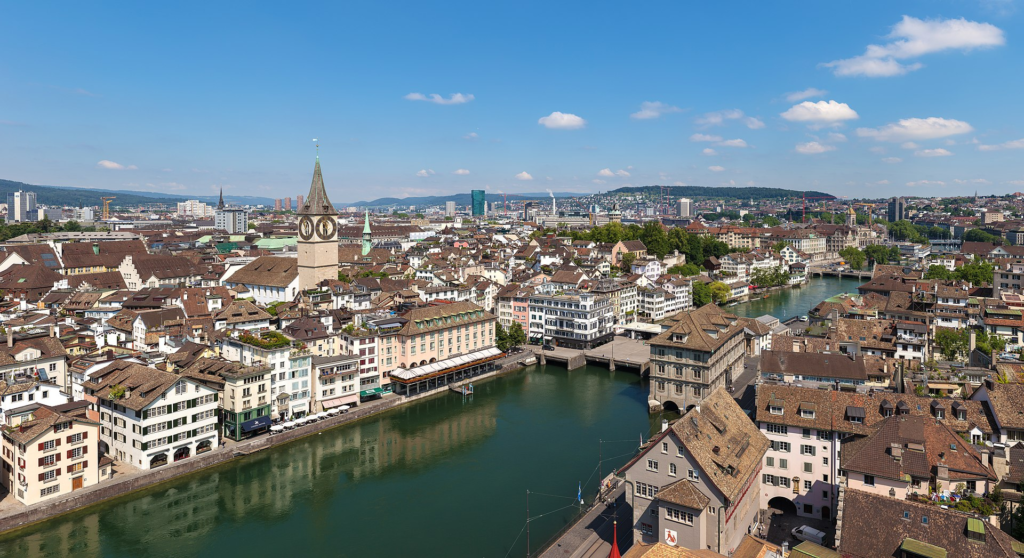
Above: Zürich, Switzerland
At the age of 21, he was offered a position as secretary of the
Swiss National Exhibition in Geneva in 1896.

Above: Geneva, Switzerland
At this time, Ilg was also a member of the newly founded FC Winterthur, and from October 1897 to April 1898 he was even its 4th President.
The aspiring writer also left the club a club song he had written.

Ilg also found work as an advertising copywriter for the
Maggi company in Kempttal.
In 1886 the company had set up its own advertising and press office, which had hired the then 22-year-old Frank Wedekind, still completely unknown as a writer, to head the office.
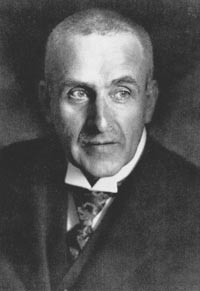
Above: German writer Frank Wedekind (1864 – 1918)
Paul Ilg said:
“I prepared lectures on the benefits of Maggi products that our travelers had to give to housewives, and I also wrote short newspaper articles and dialect poems in praise of
soup seasoning.
Ten years earlier, Frank Wedekind, who has since become famous as a poet, had briefly held this position at Maggi.
Why shouldn’t I be able to make a name for myself as a freelance writer and earn a good living?”

On the recommendation of Ludwig Binswanger, Ilg became
an editor at the Berliner Woche in 1902 and lived mostly in
Berlin until 1914, where he worked as a freelance writer and magazine editor.
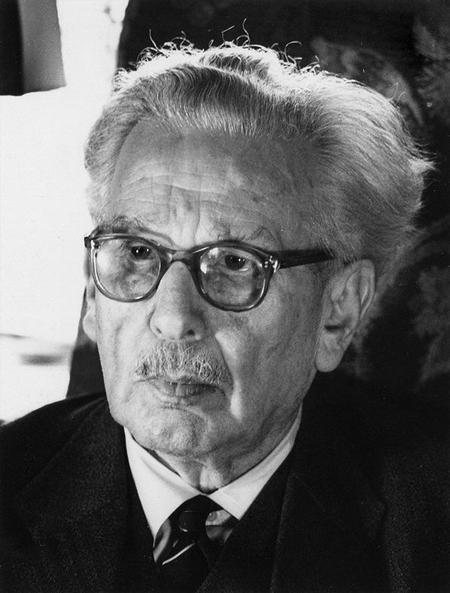
Above: Swiss psychiatrist Ludwig Binswanger (1881 – 1966)
Looking back on his arrival in the cosmopolitan city, he wrote:
“I fit into that large-scale operation like a milkman in a general meeting.
Nevertheless, I tried to use all my mother wit to find my footing.
Good heavens!
For me, this ground was more like a racing turntable, a dizzying dance wheel, from which, after about two years of convulsive effort, I was hurled rather helplessly onto the hot pavement of the cosmopolitan city.”

During his time in Berlin, Ilg began to publish his first texts and, in particular, processed his difficult childhood and youth into a tetralogy of novels (Das Menschlein Matthias, Die Brüder Moor,
Lebensdrang, Der Landstörtzer) (1906 -1913), which also brought him a wide audience in Germany.


He was supported by Annemarie von Nathusius, with whom he traveled to the Engadine, the Riviera and northern Italy and lived together in Munich in 1904 and 1905, when he was financially struggling.
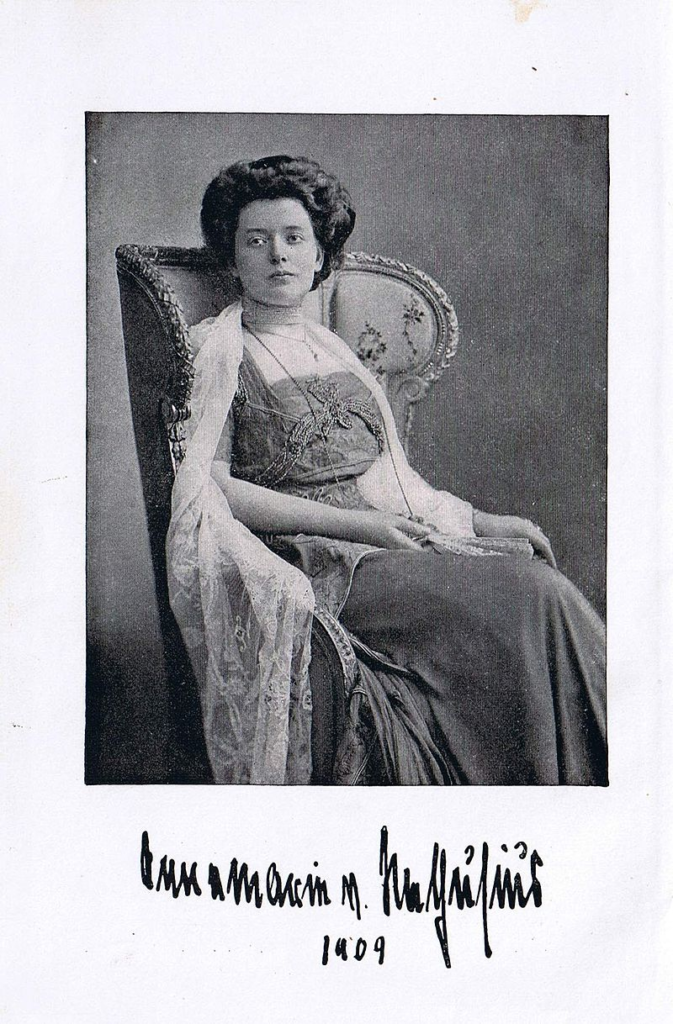
Above: German writer Annemarie von Nathusius (1874 – 1926)
From 1914, Ilg lived in Switzerland again, but repeatedly moved to Germany.
However, he left the Germany for good when the National Socialists (Nazis) came to power.
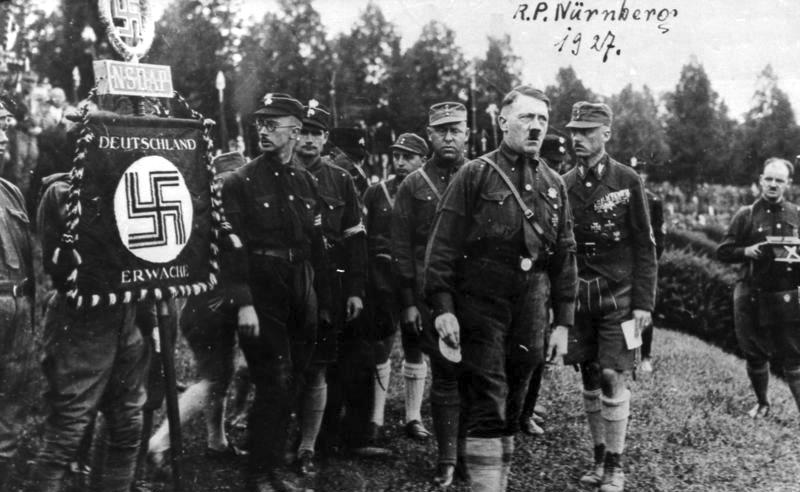
Above: Adolf Hitler (1889 – 1945) speaking at the Third Reich Party Congress of the Nazi Party (the first in Nuremberg) in 1927.
In the background are Heinrich Himmler (1900 – 1945), Rudolf Hess (1894 – 1987), Franz Pfeffer von Salomon (1888 – 1968) and Gregor Strasser (1892 – 1934).
In 1918, he married Frieda Alwine Gertrud in Zürich and three years later their son Kaspar, who later became a painter, was born.
In 1925 the marriage was divorced.
Ilg married Elise Hausammann, with whom he remained until his death.

Finally, in 1939, Ilg and his second wife accepted an invitation from writer Emanuel Stickelberger to come to Uttwil and settle in the small village on Lake Constance.

Above: Swiss writer Emanuel Stickelberger (1884 – 1962)
Mare Stahl, an activist in the literary scene, called Uttwil “Little Ascona on Lake Constance” after the Second World War.

Above: Ascona, Canton Ticino, Switzerland
The Belgian architect Henry van de Velde, who bought a house on the landing stage there in 1919, dreamed of founding an artists’ colony in Uttwil.
Although van de Velde’s dream never came true, Uttwil repeatedly attracted artists.

Above: Belgian architect Henry van de Velde (1863 – 1957)
Among those who followed were the writer René Schickele, the pacifist Annette Kolb, and the playwright Carl Sternheim, who later built a villa on the lakeshore where he and his wife Thea lived.

Above: German writer René Schickele (1883 – 1940)
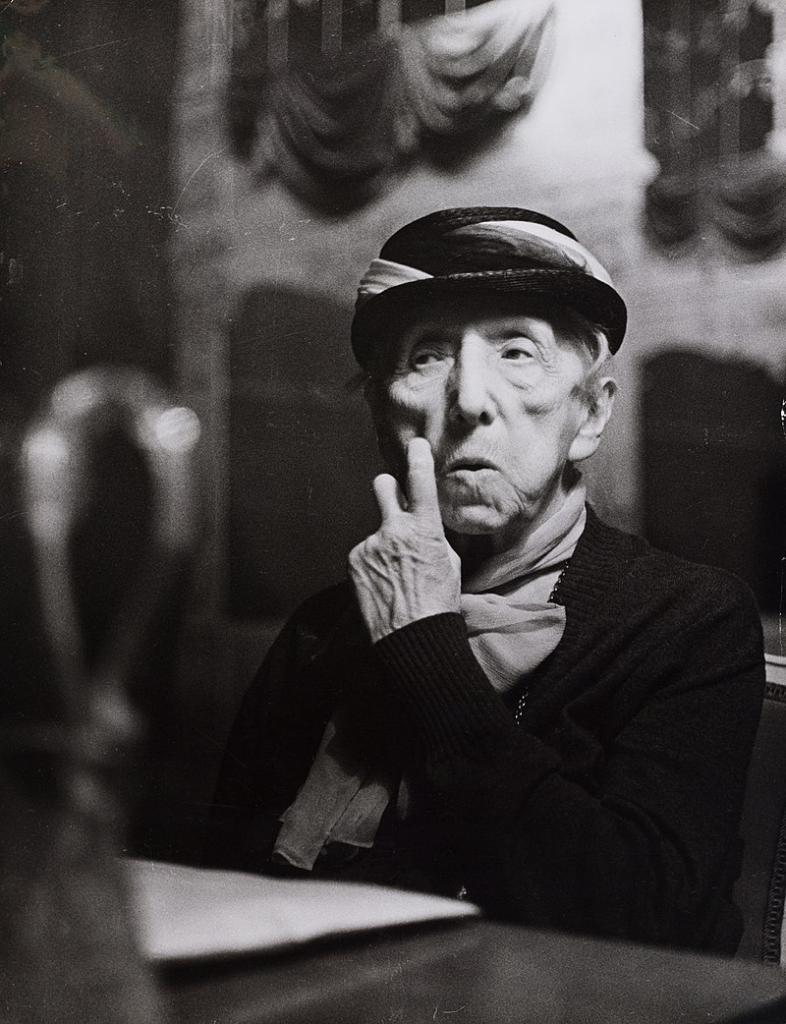
Above: German writer Annette Kolb (1870 – 1967)
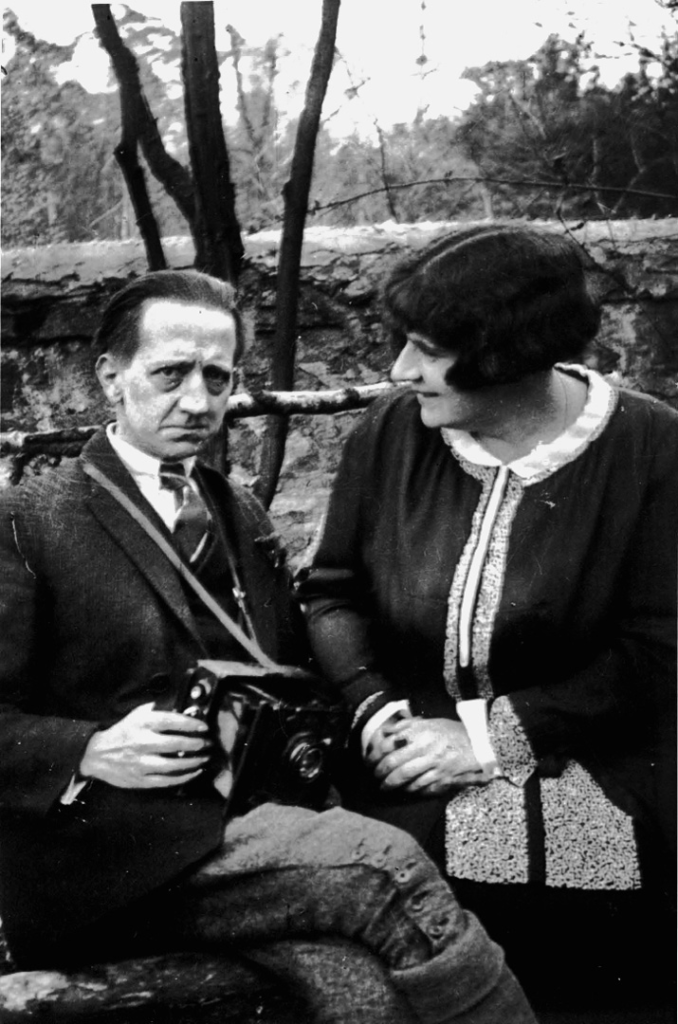
Above: German writers Carl (1878 – 1942) and Thea Sternheim (1883 – 1971)
Ilg had already met the Sternheims in 1925 and 1926 during stays in Uttwil, where they welcomed guests such as the author
Klaus Mann and the painter Conrad Felixmüller.
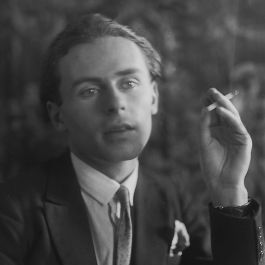
Above: German writer Klaus Mann (1906 – 1949)
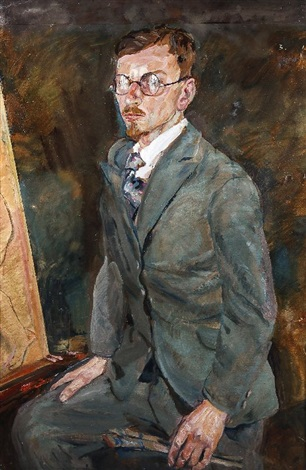
Above: German painter Conrad Felixmüller (1897 – 1977)
The Uttwil furniture manufacturer Nicolas Schubert remembered:
“Paul Ilg stayed with his blond-haired son in the rural inn by the lake.
The two dissimilar figures, Ilg and Sternheim, were often seen strolling through the streets of the village or sitting in the hotel garden.
One with a half-bald, narrow head, squeezed into a suit that always seemed too tight, accompanying his words with nervous, torn gestures.
The other was more casual, bohemian and down to earth.”
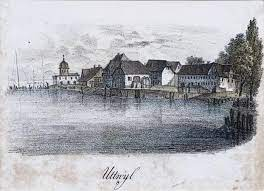
At first, Paul Ilg stayed for only two years, but from 1939 until his death, he made Uttwil his home.
By the time he finally chose the lakeside village as his permanent residence, none of its former glory as a gathering place for the Bohemian elite remained.
In the Dichterhäuschen (Poet’s House), Ilg revised his four memoirs into an autobiography, of which Das Menschlein Matthias (Little Man Matthias) was made into a film by Edmund Heuberger in 1941.
Until his death in 1957, Paul Ilg and his wife lived in the most modest circumstances and rent-free in the guesthouse of Walter Kern’s Villa Sternheim.
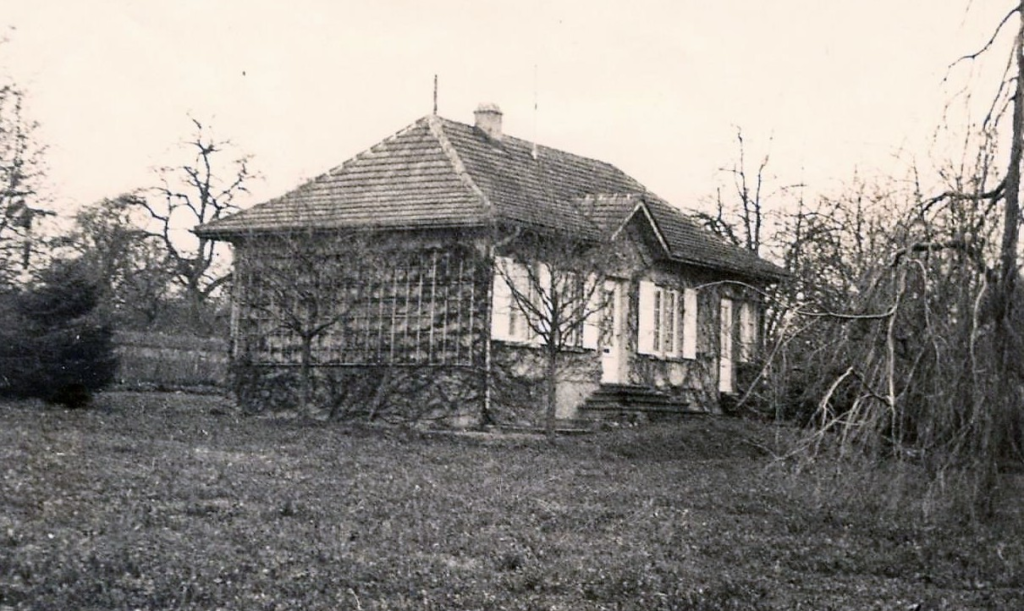
Above: Paul Ilg’s retirement home in the guest house of Villa Sternheim, Uttwil
On the occasion of Ilg’s 70th birthday in 1945, Nicolaus Schulbert expressed the hope that the village would one day awaken from its Sleeping Beauty slumber:
“In you, esteemed Mr. Ilg, we see today the bridge that leads from the time behind us — the Uttwil of painters, architects, writers, and poets — to the time ahead of us, a time that we hope will once again be as it was before.
You were one of the last to leave back then, and you were the first to return.“
With these words, Nicolaus Schulbert honored the writer Paul Ilg, who was seen as a link between Uttwil’s illustrious past and its uncertain future.
Yet, whether the village would ever again become a cultural stronghold remained uncertain.

Contemporary authors repeatedly compared Ilg’s work with Gottfried Keller in terms of its impact.

Above: Swiss writer Gottfried Keller (1819 – 1890)
Kurt Münzer wrote:
“I believe only a Swiss man, who stands so firmly himself, can place people so firmly on the ground.
And these are not only strong, tough people, but also tender, fragile, lyrically refined ones.
Gottfried Keller is the wonderful source from which all young Swiss people draw.
But Ilg is neither an imitator nor really a student, but a unique man, in whom only Keller’s strength lies.”
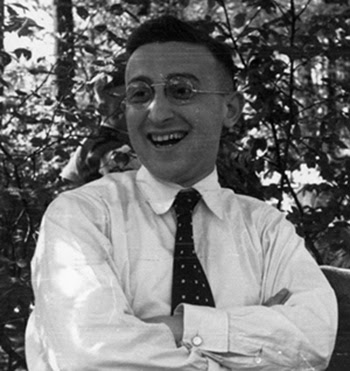
Above: German writer Kurt Münzer (1879 – 1944)
Ludwig Finckh wrote:
“Ilg is a true poet.
He presents truth, a bluntly raw reality, yet transfigured by genuine art.
His characters are excellently formed and full of life.
His language is full of powerful, simple sounds.“
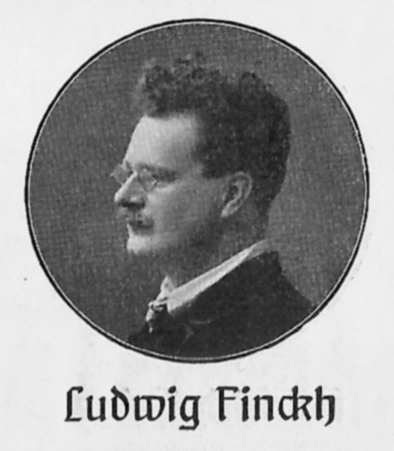
Above: German writer Ludwig Finckh (1876 – 1964)
The motivation and source of inspiration for Ilg’s writing was always his own social advancement.
Themes such as “ambition“, “to rise to the top” or the almost insurmountable “barrier between rich and poor” are constants in his work.

Literary scholar Martin Stern comments:
“Ilg’s heroes, without exception, come from the bottom, want to rise and show off their success.“
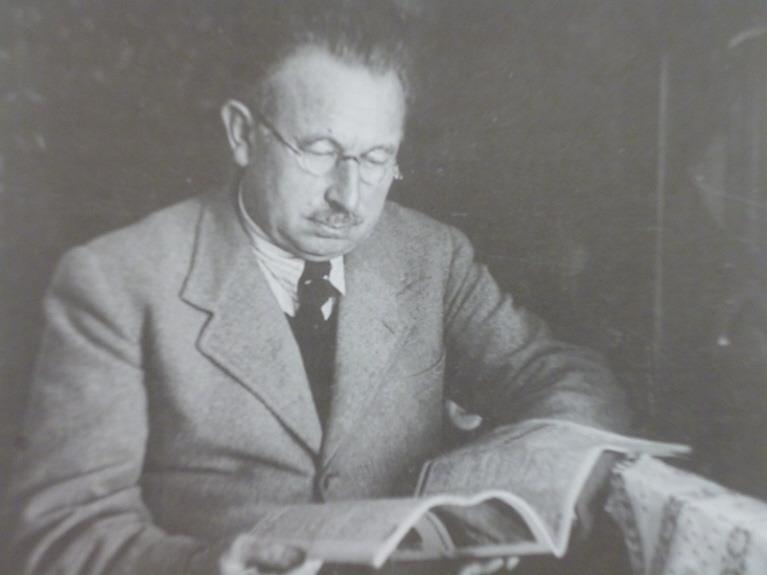
Above: Paul Ilg
Ilg’s central works are the four volumes Das Menschlein Matthias (Little Man), Die Brüder Moor (The Moor Brothers), Lebensdrang (Life’s Urge) and Der Landstörtzer (The Landstörtzer) (1906 to 1913), which, in the spirit of the coming-of-age novel, describe his youth and wanderings.
The Germanist and literary critic Charles Linsmayer says of his artistic power:
“The portrayal of his childhood in the novel ‘Das Menschlein Matthias’ remains one of the most touching portrayals of youth in Swiss literature.”

Above: Swiss writer Charles Linsmayer
Ilg’s pacifist novel The Strong Man (1916), which caricatures a fanatical Swiss militarist and deals with militaristic tendencies in Switzerland during the First World War, was negatively received in Switzerland.
With his anti-war novel The Strong Man, published in 1916 , Paul Ilg burst into the midst of the unbroken enthusiasm for the First World War.
The novel was written under the impression of the impending great battles of nations and is at the same time a reckoning with the Prussian-authoritarian leadership style that was widespread even in the Swiss army at that time.
After the novel was published, Ilg, whose socially critical and proletarian literature was influenced by the French novelist Émile Zola and the early Guy de Maupassant , was labeled ‘anti-German‘.
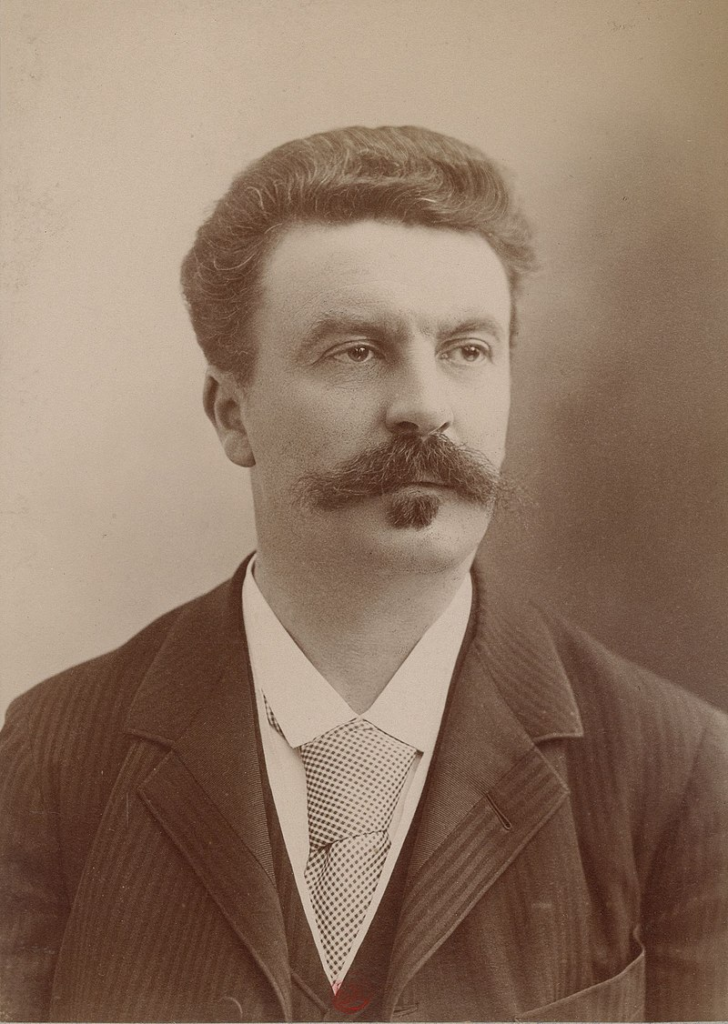
Above: French writer Guy de Maupassant (1850 – 1893)
German media called for a boycott of his books.
In Switzerland, too, he was considered ‘undermining military strength‘.
Sales of Ilg’s books plummeted throughout the German-speaking world.
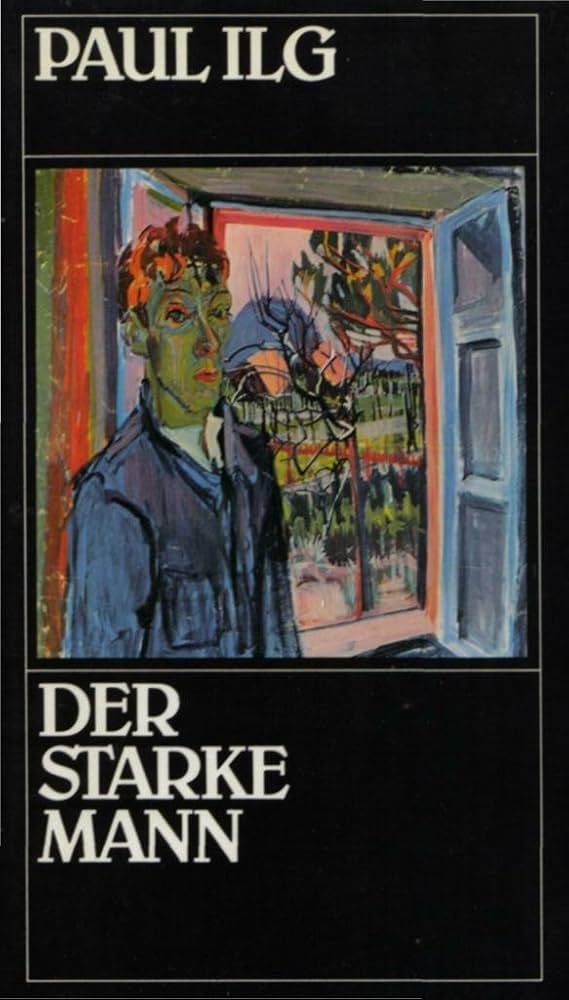
A project by Ernst Lubitsch to adapt the book for film failed.
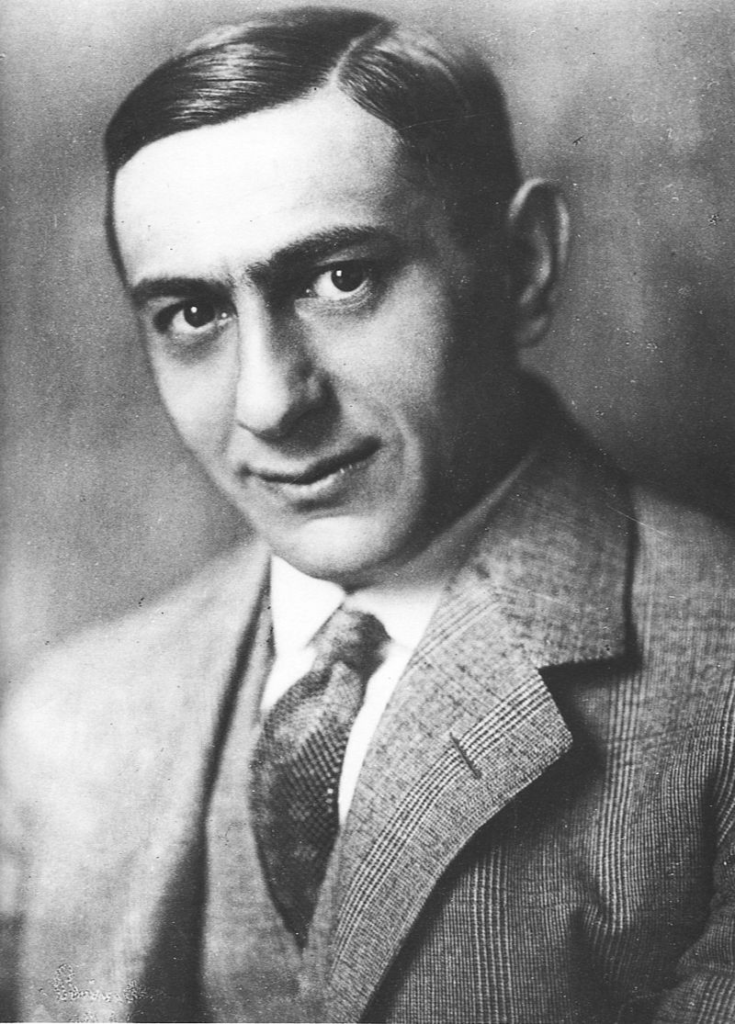
Above: German filmmaker Ernst Lubitsch (1892 – 1947)
UFA argued that a pacifist film would not be successful on the world market and blocked the loan.

Above: Logo for Universum Film AG
Ilg achieved one last sensational success in 1922 with Probus, a novel about the Swiss aviation pioneer Oskar Bider.
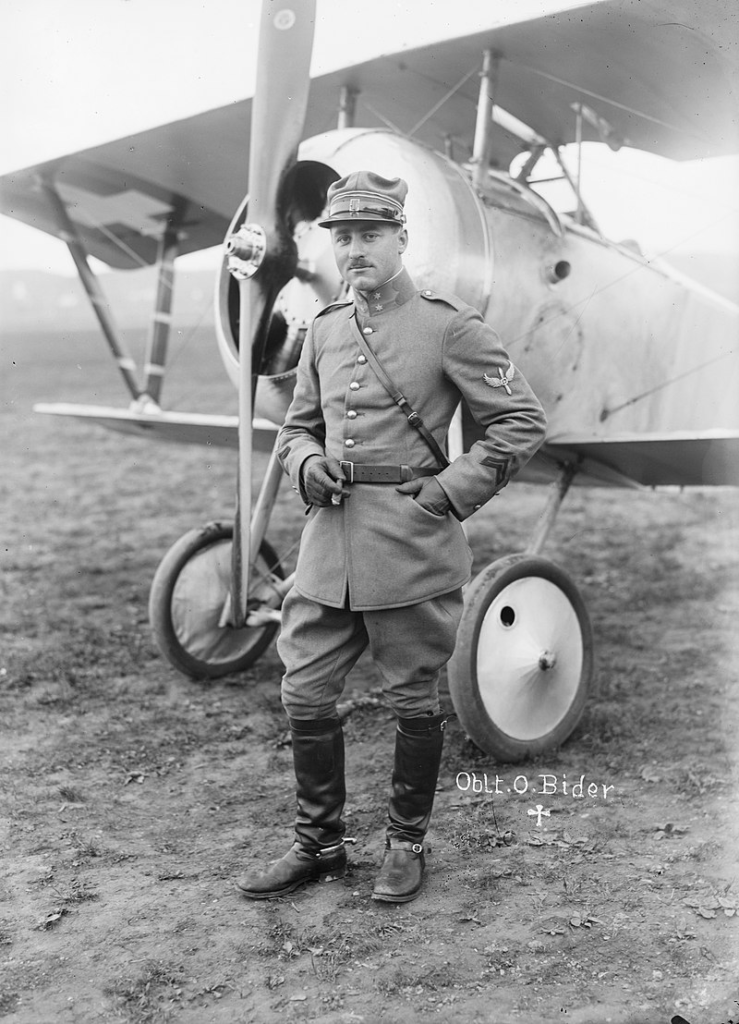
Above: Swiss aviation pioneer Oskar Bider (1891 – 1918)
After that, however, Ilg was no longer able to build on his past literary achievements.
Charles Linsmayer stated:
“Ilg tried out many new approaches without really finding a convincing new style of writing and subject matter.”
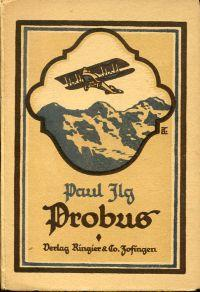
- Walter Kern (1898 – 1966):
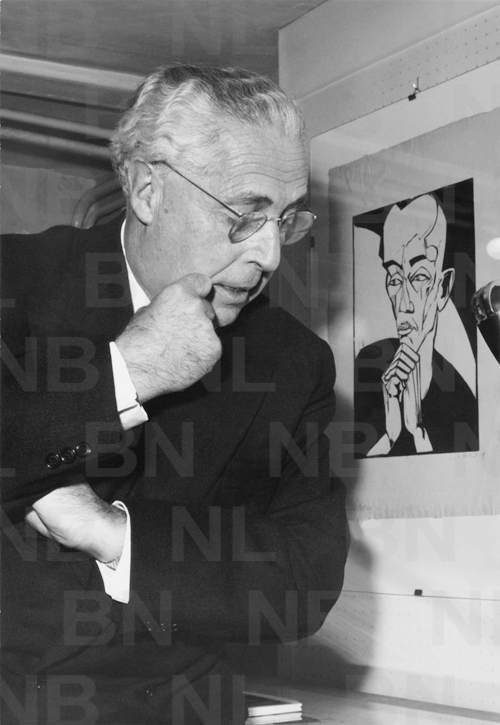
Above: Swiss artist Walter Kern
Born in Küsnacht, Walter Kern worked as a poet and painter from his youth onward.

Above: Küsnacht, Canton Zürich, Switzerland
He exhibited at the Kunsthaus Zürich at the age of 19.
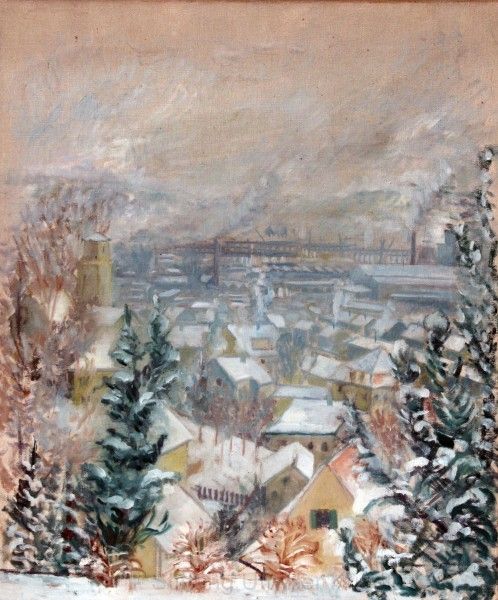
Kern then moved to Geneva with his childhood friend, Johann Robert Schürch.
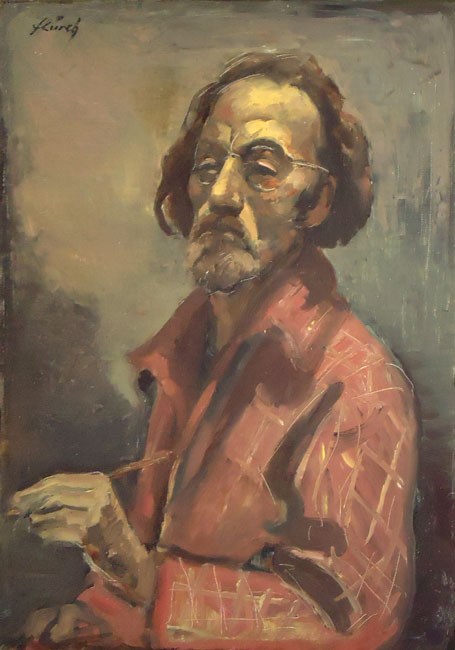
Above: Swiss artist Johann Robert Schürch (1895 – 1941)
From 1920 to 1922, he worked as a commercial clerk while continuing to cultivate his artistic talents.
Kern subsequently lived and worked in Thun, Barcelona, Tarragona, Madrid, Rome and Firenze.
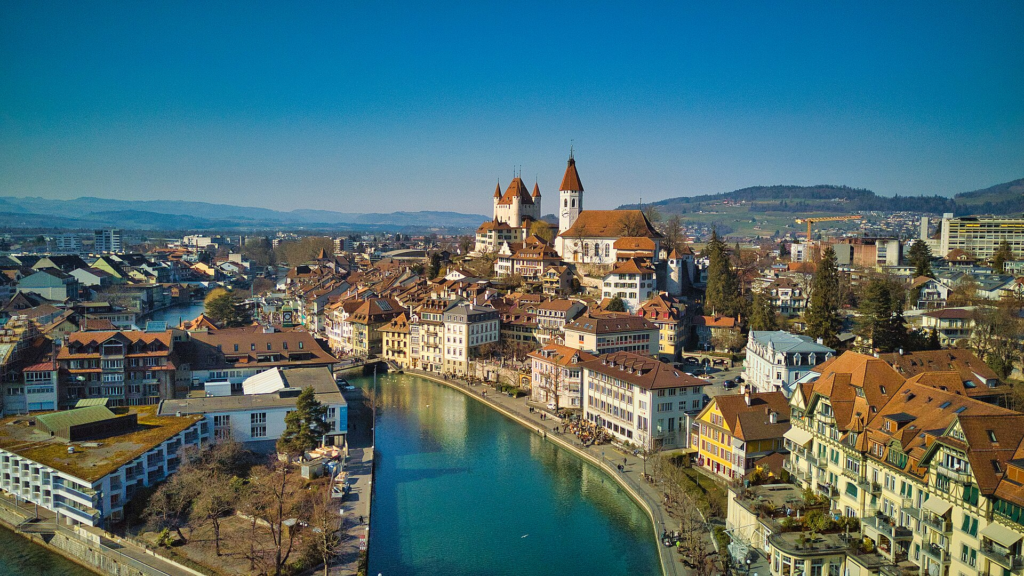
Above: Thun, Canton Bern, Switzerland
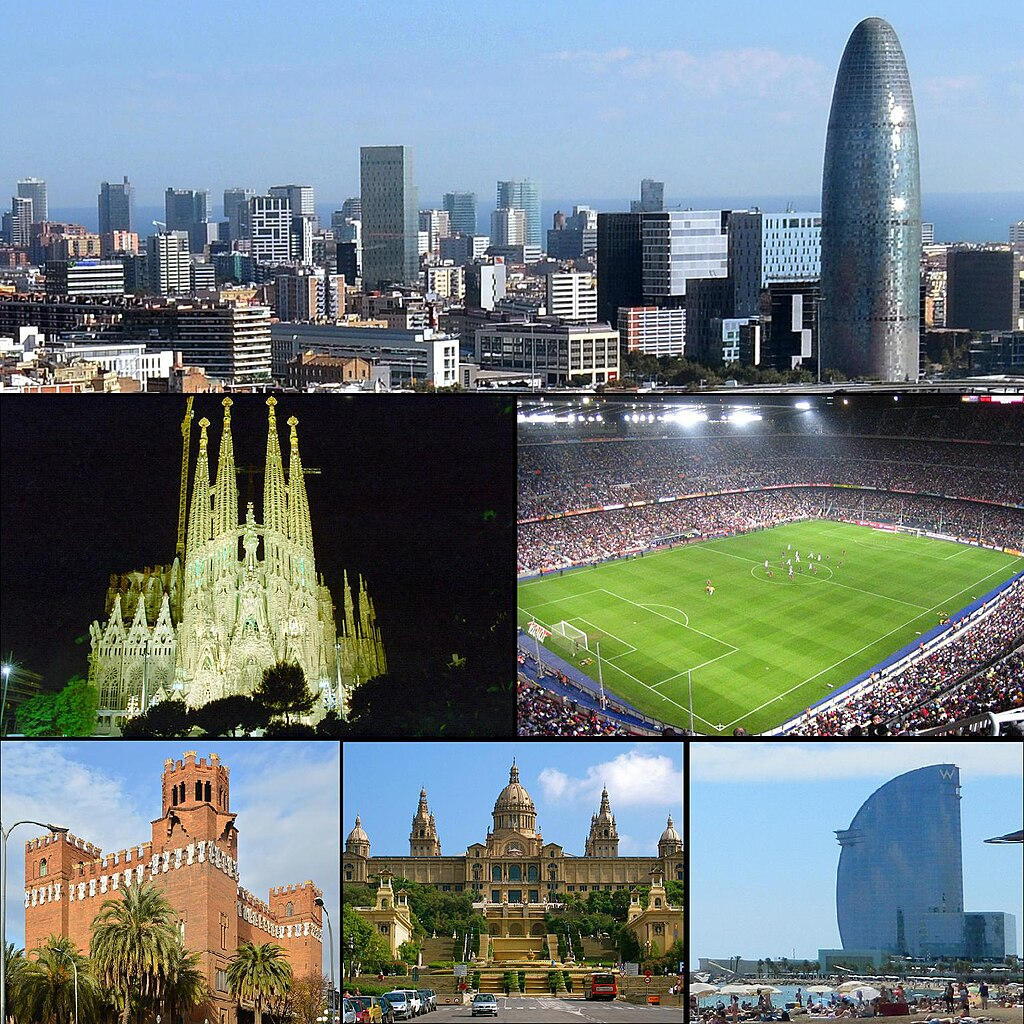
Above: Images of Barcelona, Catalonia, Spain

Above: Tarragona, Catalonia, Spain
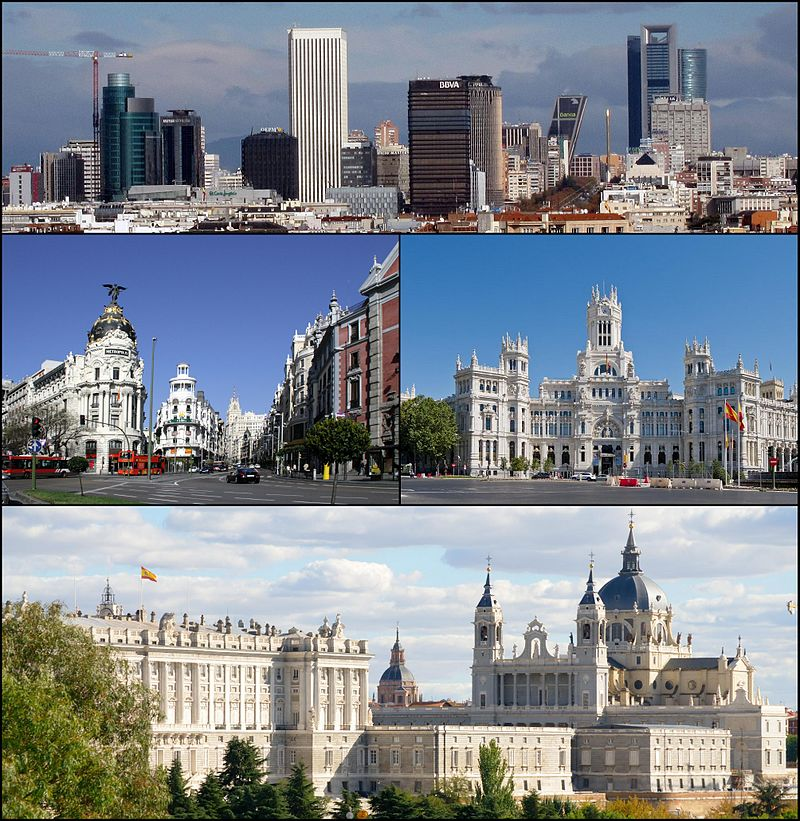
Above: Images of Madrid, Spain
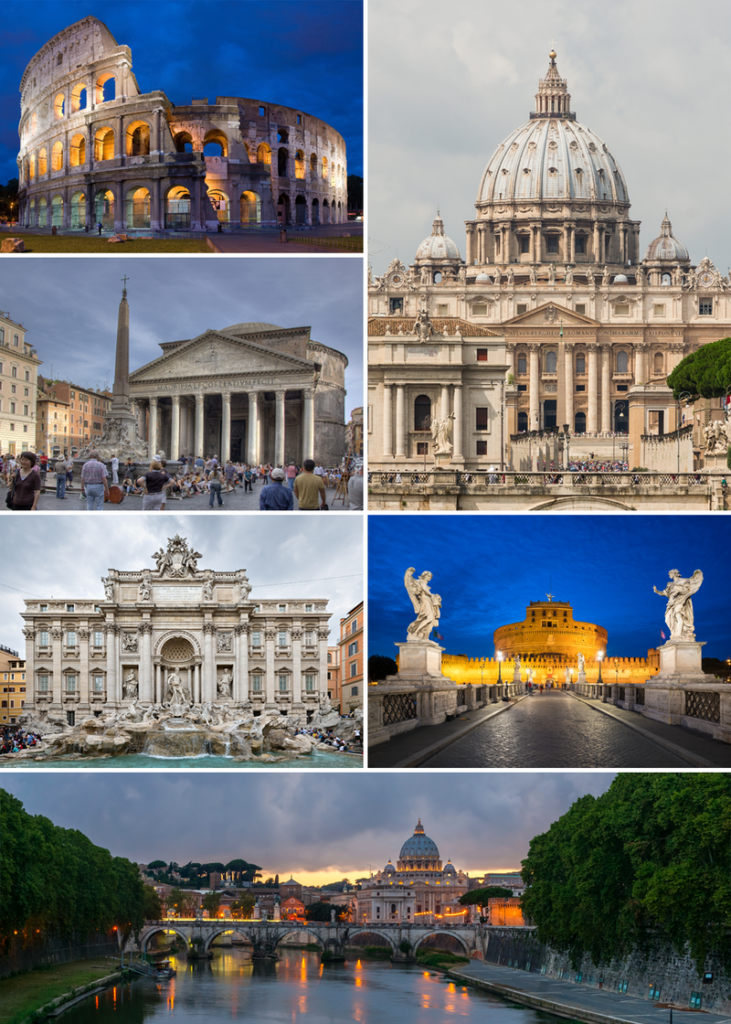
Above: Images of Rome, Italy
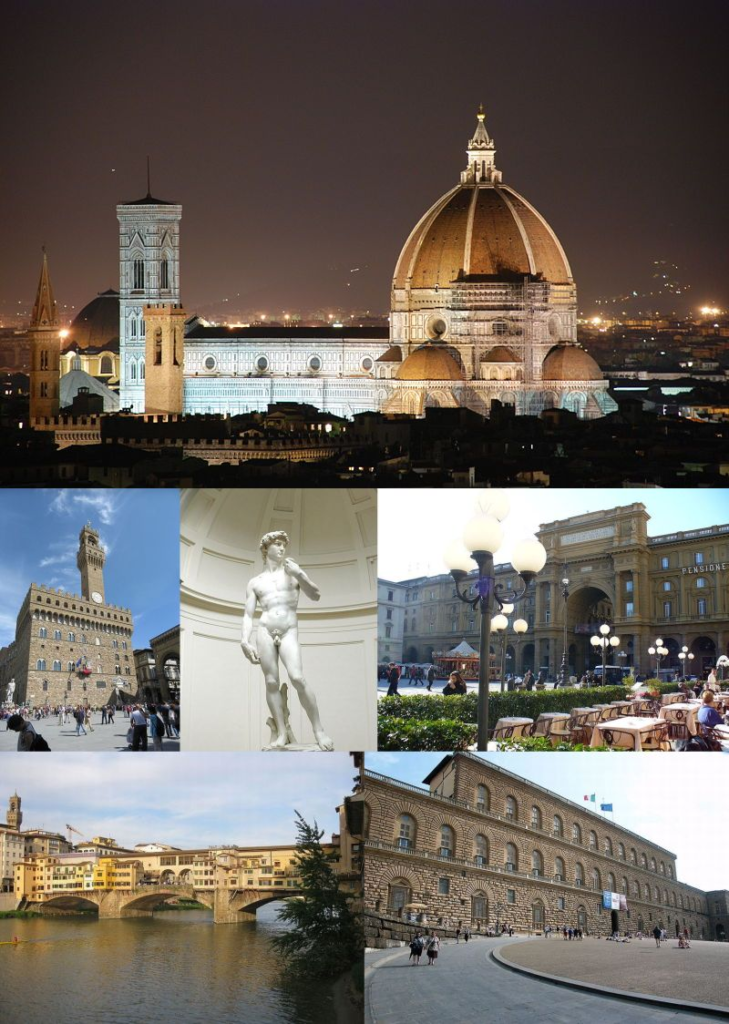
Above: Images of Firenze (Florence), Italy
In 1924, Kern published his first volume of poetry.
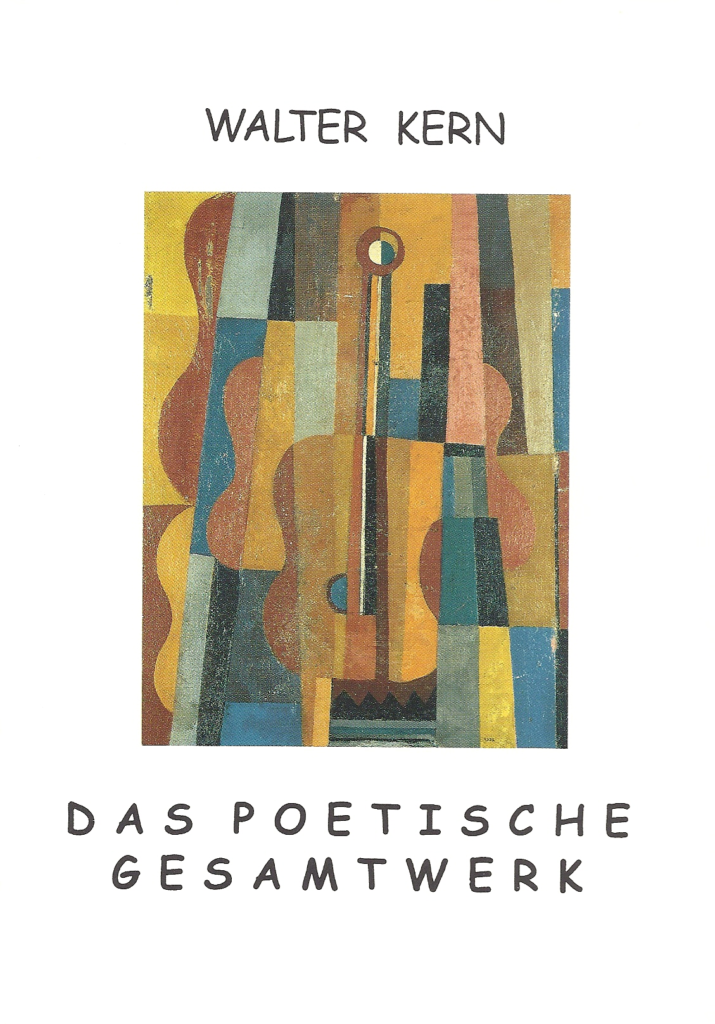
In 1927, he married Vreni Nikees, with whom he had a son and a daughter.
In 1928, Kern exhibited at the 17th National Art Exhibition in Zürich.
In 1930, he self-published PRA (inversion, referring to Arp), publishing poems by Hans Arp, with whom he remained friends throughout his life.
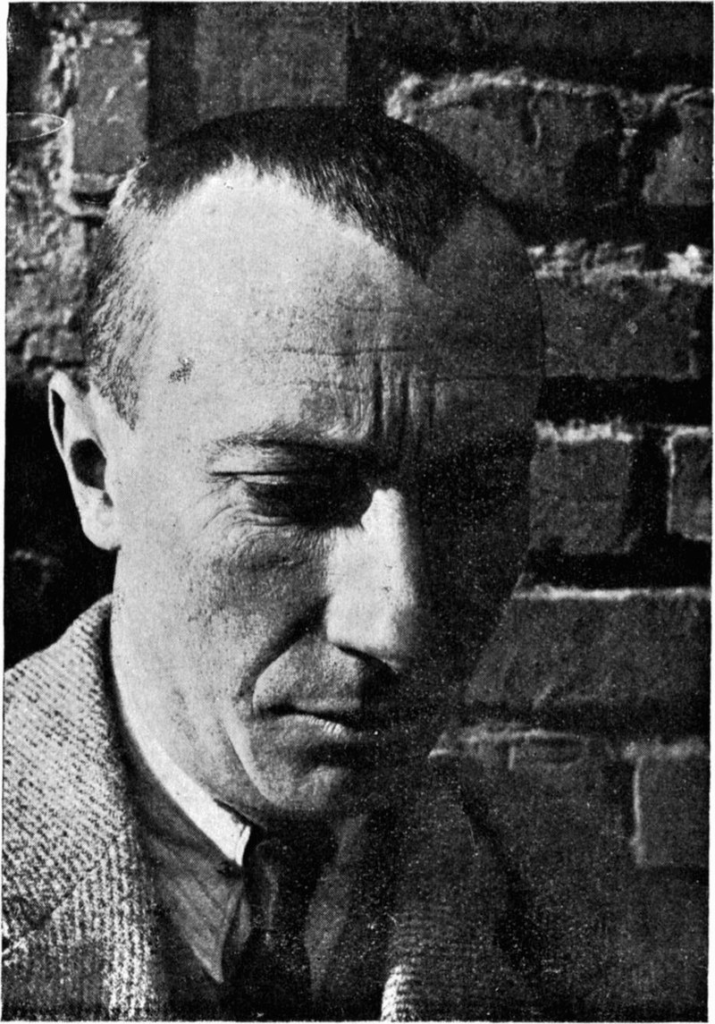
Above: Alsatian poet/artist Hans Arp (1886 – 1966)
From 1930 to 1943, Kern was the spa director in Davos, where he contributed to the cultural scene, particularly with the magazine
Bündnerland and maintained a friendly relationship with local
Ernst Ludwig Kirchner.
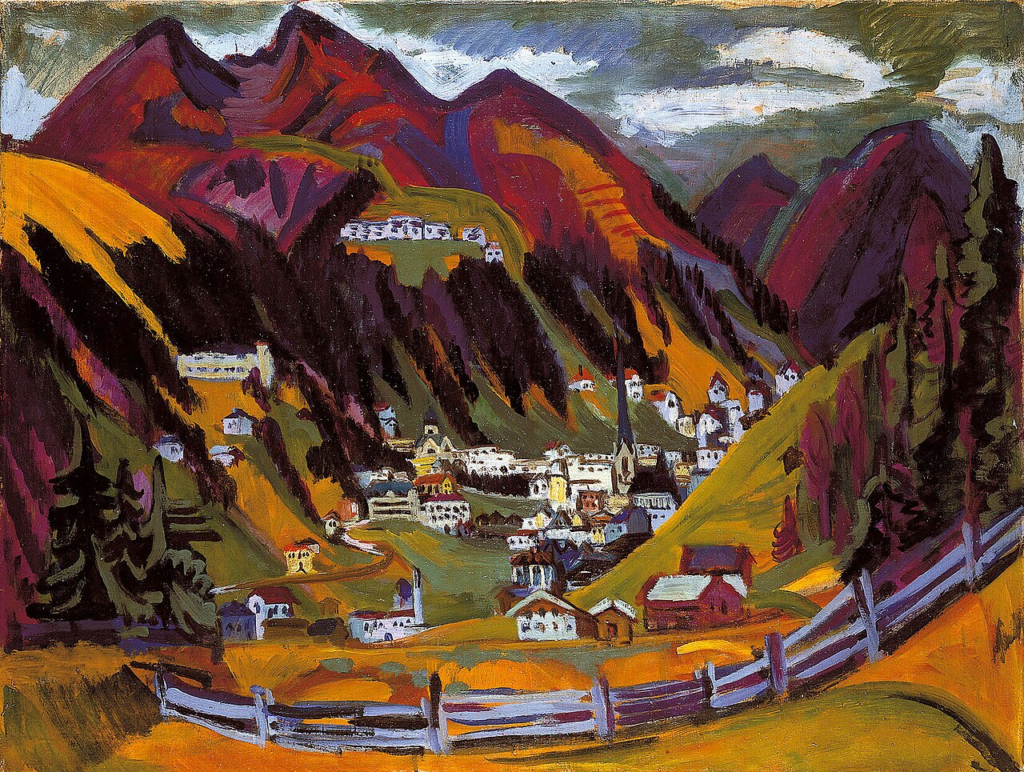
Above: View of Davos, Ernst Ludwig Kirchner (1924)
During this time, Kern wrote monographs on Franz Rederer, Oskar Kokoschka and on painting in Graubünden.
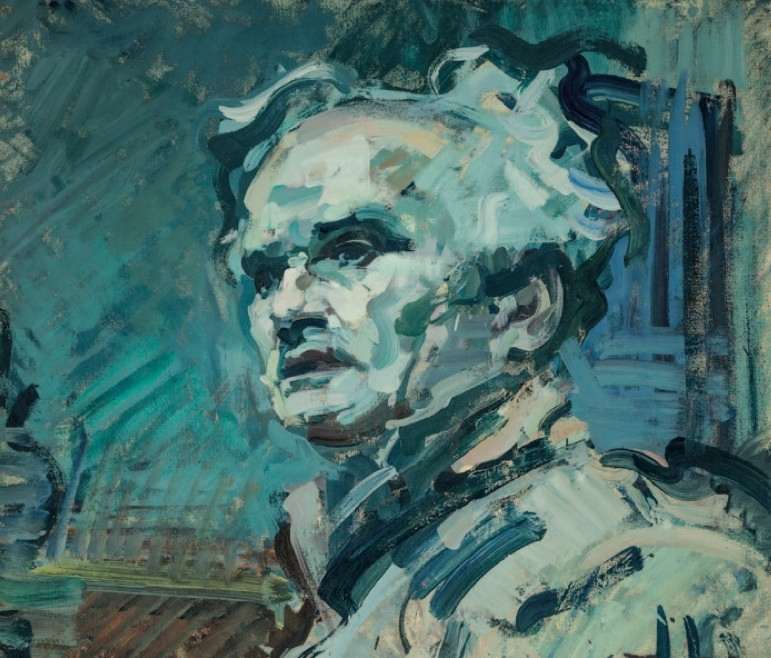
Above: Swiss artist Franz Rederer (1899 – 1965)
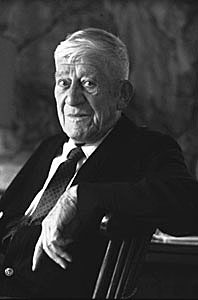
Above: Austrian painter Oskar Kokoschka (1886 – 1980)
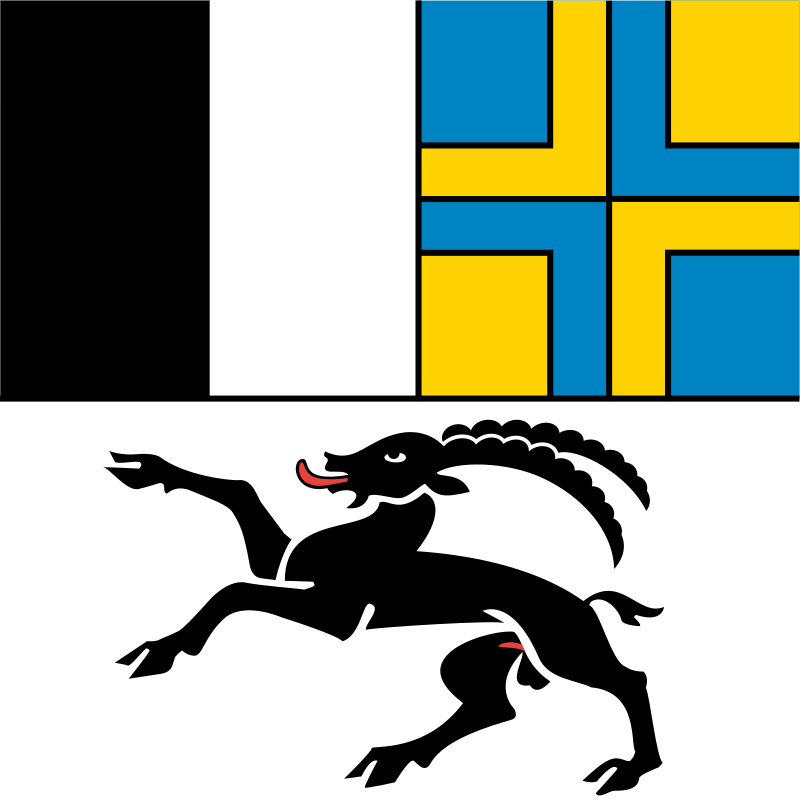
Above: Flag of Canton Graubünden, Switzerland
Toward the end of the war, Kern vacationed in Uttwil with his family.
During a lakeside walk, his companion Nicolaus Schubert pointed out that the Sternheim Villa was for sale.
Just a week later, Kern became the new owner of the Sternheim Villa with its servants’ cottage.
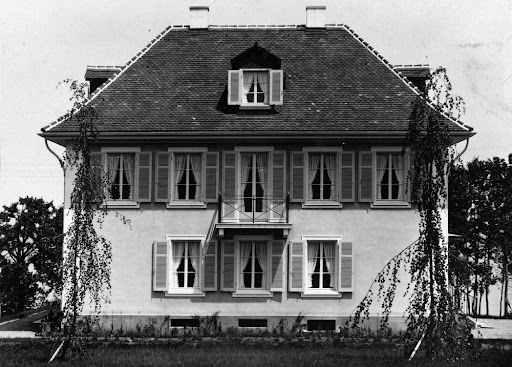
Above: Sternheim Villa, Uttwil
Kern made the small house on his property available to Paul Ilg and his wife as an apartment from 1942 onwards.
Ilg regularly met with his host and patron Kern, the entrepreneur and writer Emanuel Stickelberger, and other friends once a week for literary soirées at the restaurant Bad Uttwil.
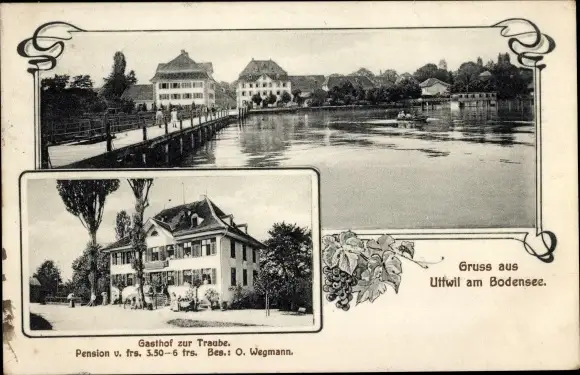
Walter Kern, who was also part of the literary club in Uttwil, was friends with Ernst Ludwig Kirchner, much like Henry van de Velde.
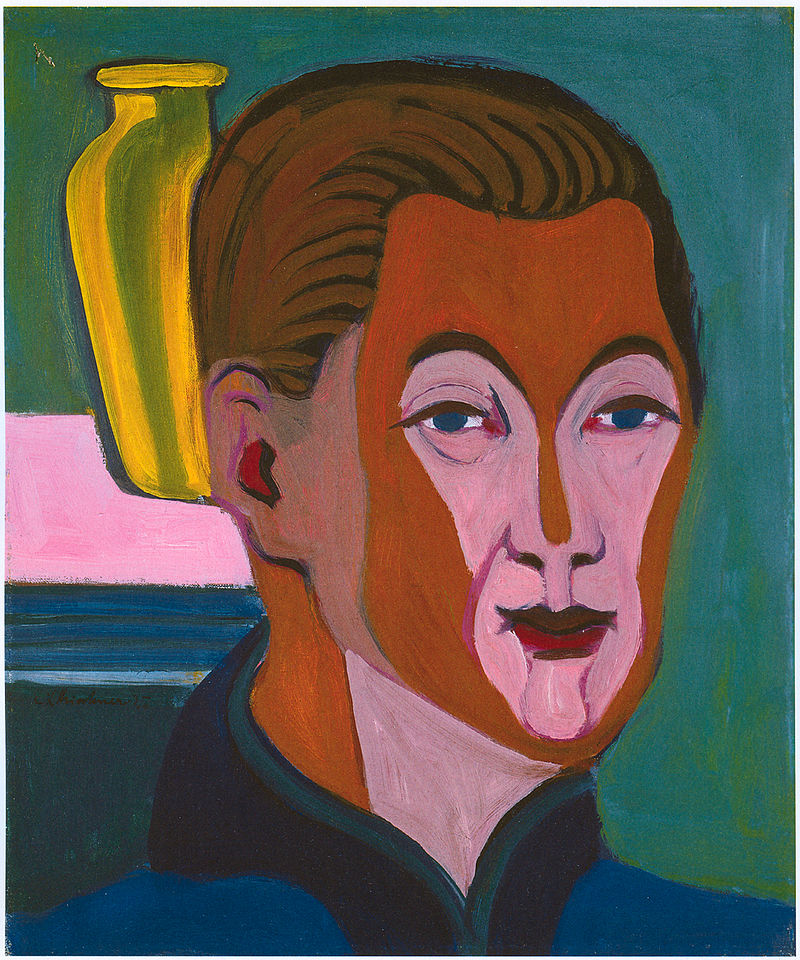
Above: Head of the Painter (self portrait) German painter Ernst Ludwig Kirchener (1880 – 1938)
The two met in 1930 when Kern was the director of tourism in Davos.
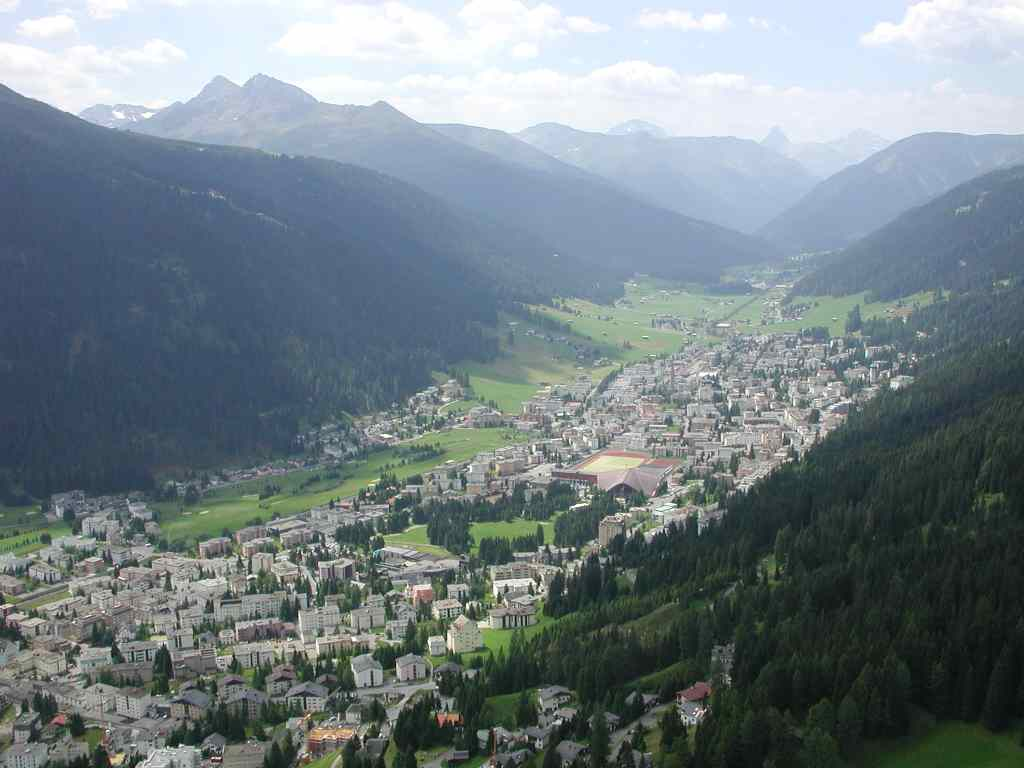
Above: Davos, Canton Graubünden, Switzerland
Kern was a worldly businessman and thus belonged to the entrepreneurial world of Stickelberger.
But he was also a talented artist, art historian and poet, whose artistic affinities lay with entirely different creators than those admired by the Basel-based author.
His books and paintings possessed a quality that extended far beyond the borders of Thurgau.
René Schickele’s friend and fellow writer, Kasimir Edschmid, described Walter Kern as a brilliant essayist.
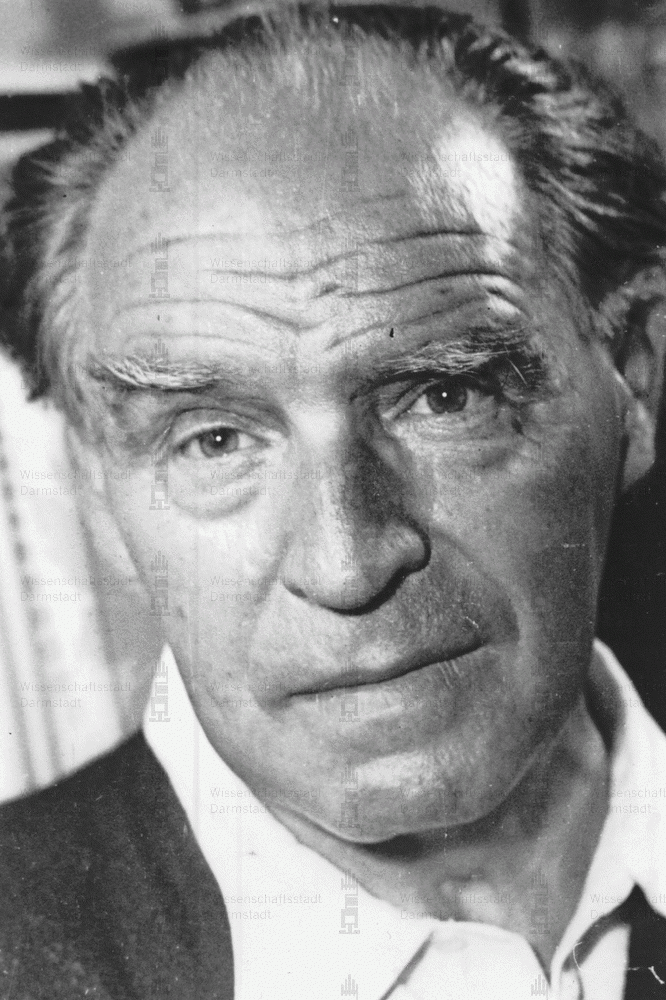
Above: German writer Kasimir Edschmid (1890 – 1966)
However, Kern remained largely unnoticed outside of Switzerland.
This was partly due to his subject matter — he wrote monographs on modern Swiss artists such as Oscar Lüthy and Carl Liner.
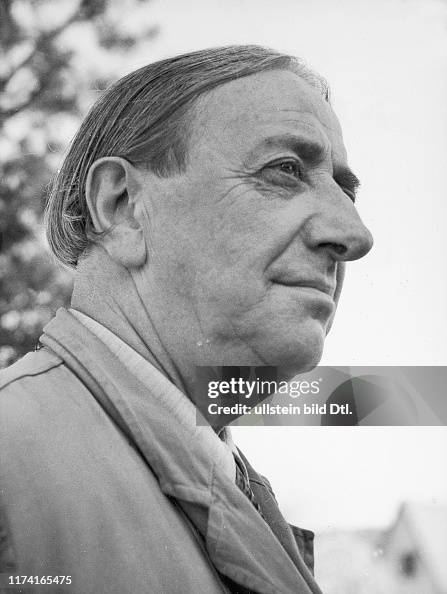
Above: Swiss artist Oscar Lüthy (1882 – 1945)
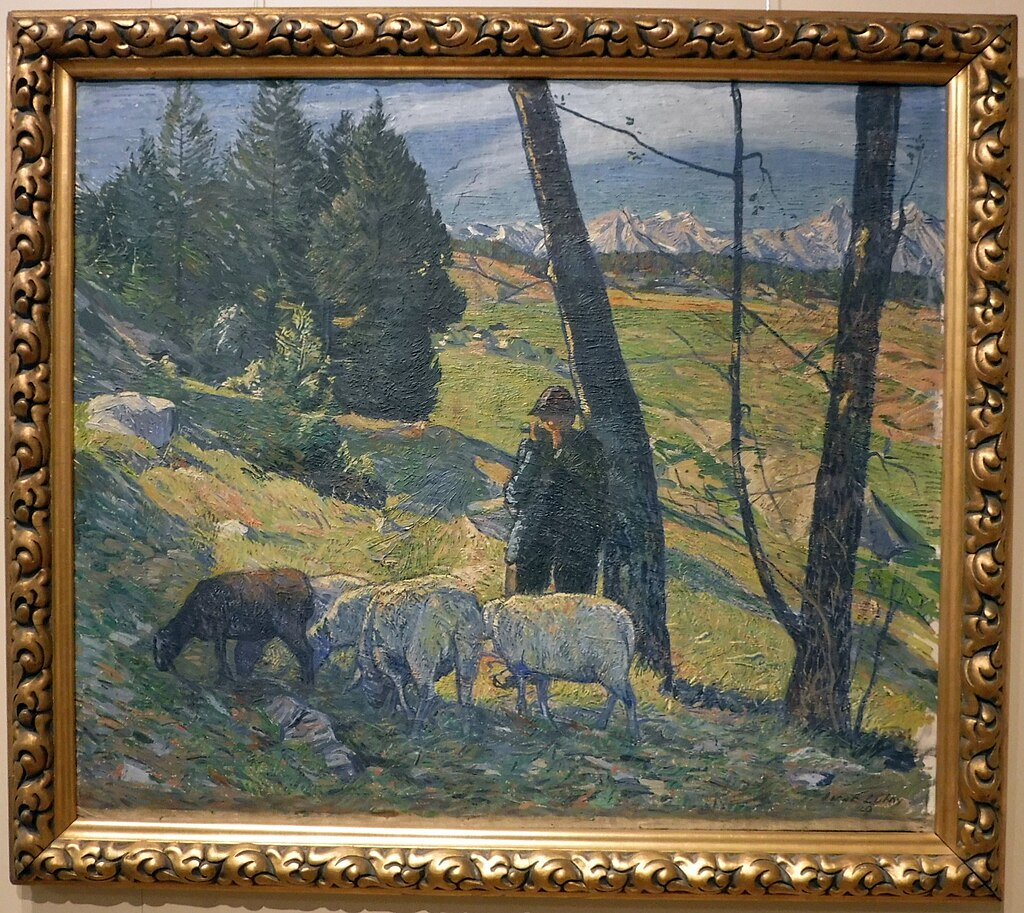
Above: Shepherd playing the flute with a flock of sheep, Oscar Lüthy (1900)
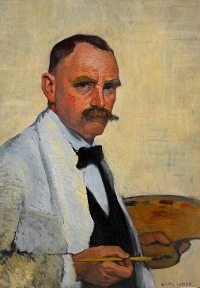
Above: Swiss painter Carl August Liner (1871 – 1946)
Additionally, Kern’s poetry was published by small local presses, which inevitably limited its reach.
- Emanuel Stickelberger (1884 – 1962):

Above: Swiss entrepreneur Emanuel Stickelberger (1884 – 1962)
Nicolaus Schubert’s hope was never truly fulfilled.
Before the Second World War, the Basel writer Emanuel Stickelberger acquired the Schlössli, the heart of the vanished artists’ colony, and granted Paul Ilg residence there for several years.
From 1942 onward, Ilg lived in the former guesthouse of Carl Sternheim’s villa, which by then belonged to the painter and poet Walter Kern.
Together, Stickelberger, Ilg and Kern founded a literary club that met weekly at the Bad Uttwil restaurant by the lakeside.
Guests often attended these gatherings, but the Muses only kissed the assembled poets gently, without truly awakening them.
Thus, literary Uttwil slowly but surely faded into twilight.
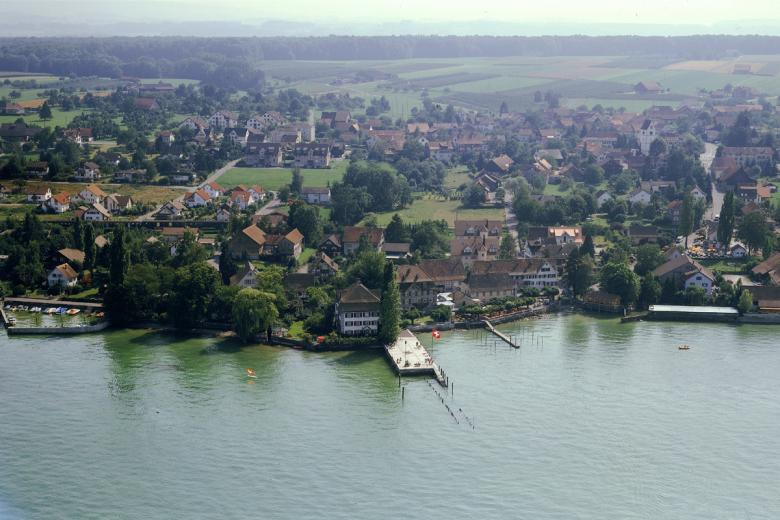
Above: Uttwil
It speaks well of Stickelberger and Ilg that they maintained an open, even friendly relationship, despite belonging to intellectually very different worlds.
Paul Ilg never held back his opinions, either during or after the war, and did not hesitate to denounce social injustices or take a sharply political stance.
He openly criticized National Socialism, which ultimately made him a persona non grata in Germany.
As a result, his books were practically only bought and read in Switzerland.
Emanuel Stickelberger, on the other hand, had no need to court favor with the German reading public.
Unlike Paul Ilg, he possessed considerable wealth and was not dependent on writing for his livelihood.
Nevertheless, Stickelberger’s books promoted a worldview that secured him literary success in Nazi Germany.
The fact that his books sold well in Germany at the time does not necessarily reveal his personal convictions.
However, a more telling indication is that on 13 August 1932 —months before the National Socialist seizure of power —Stickelberger dedicated his 1928 work Reformation: Ein Heldenbuch (Reformation: A Heroic Book) to Adolf Hitler with the following verses:
“Just as Martin Luther once stood firm and faithful before Emperor, Pope, and Empire,
Like the defiant oak that may splinter in the storm but never wavers,
So we see you standing today, you upright German man,
Who remains sacredly true to himself and his mission,
Even if, because of it, he loses the honor and power of the world!
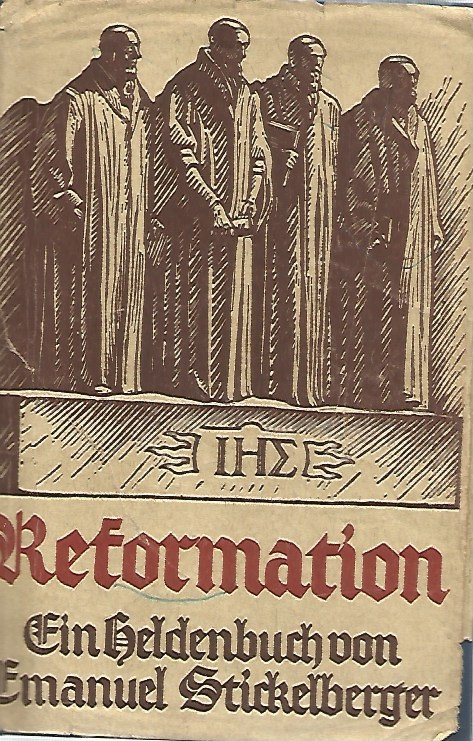
Now, one might consider this a lapse in judgment, but even in 1944, Stickelberger sent his historical novel Der graue Bischof (The Gray Bishop) to the Reich Chancellery.
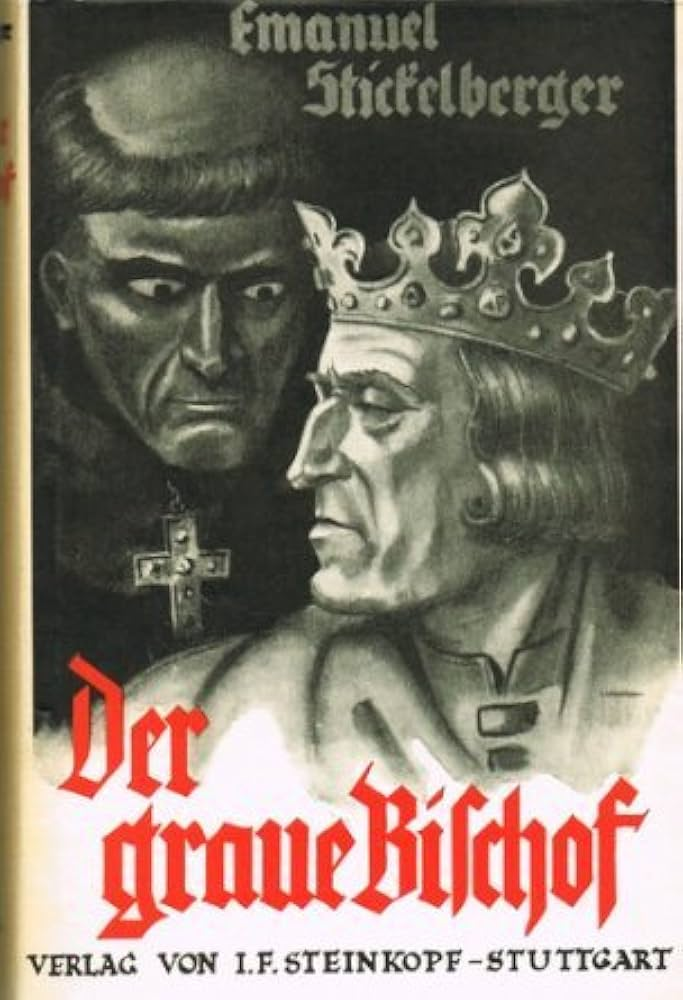
Nevertheless, it would be unjust to dismiss Stickelberger simply as a Nazi author, as he had already begun writing before the First World War.
Some of his works have lasting literary value, such as Dichter im Alltag: Bilder zu einer unbekümmerten Literaturgeschichte (Poets in Everyday Life: Images of a Carefree Literary History) from 1952.
However, Stickelberger is not one of those writers whose books one could read without a second thought.
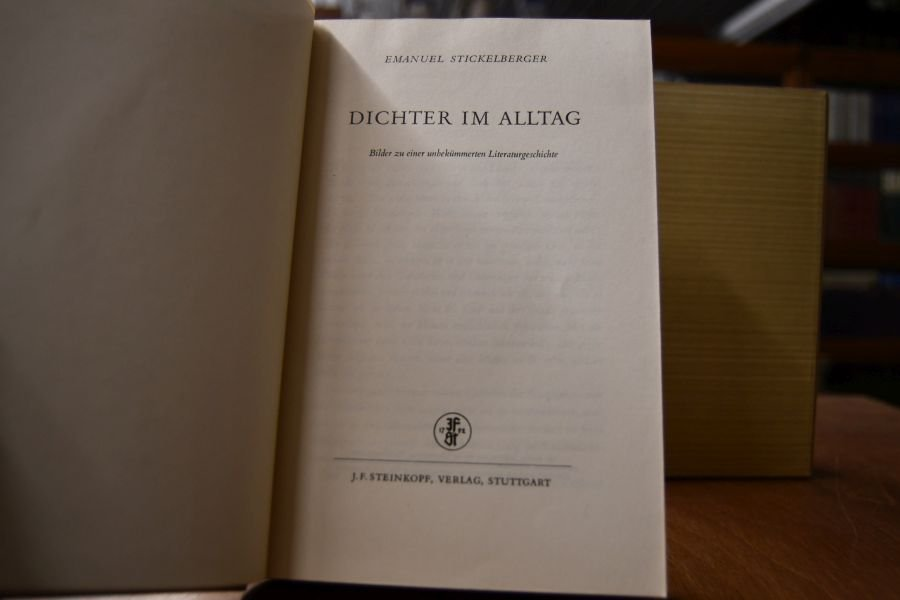
Emanuel Stickelberger was a Swiss entrepreneur and writer.
Emanuel Stickelberger was the son of a bank director.
He attended high school in Locarno and the commercial schools in Bellinzona and Neuchâtel.
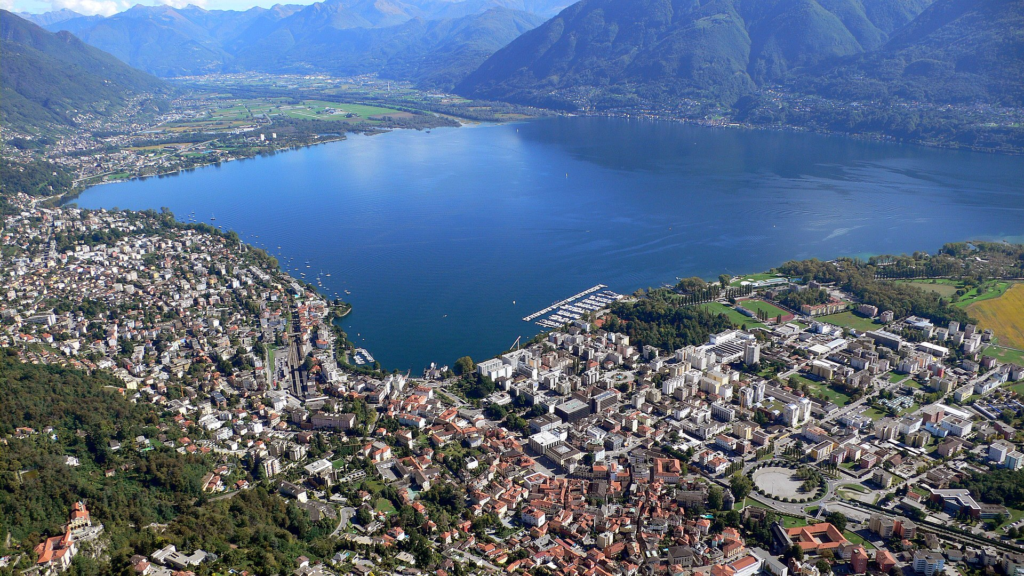
Above: Locarno, Canton Ticino, Switzerland

Above: Bellinzona, Canton Ticino, Switzerland
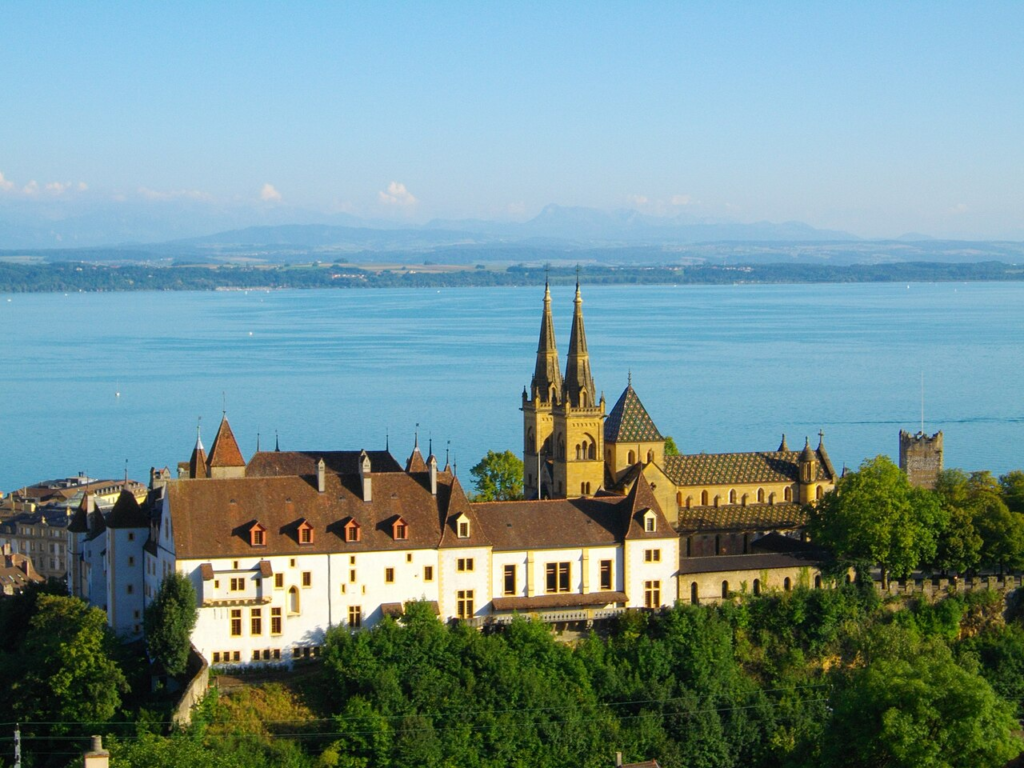
Above: Neuchâtel, Switzerland
In 1900, he became an employee of the Society for Chemical Industry.
In 1909, he founded his own chemical factories in Basel and Haltingen, whose inventions became widely known.
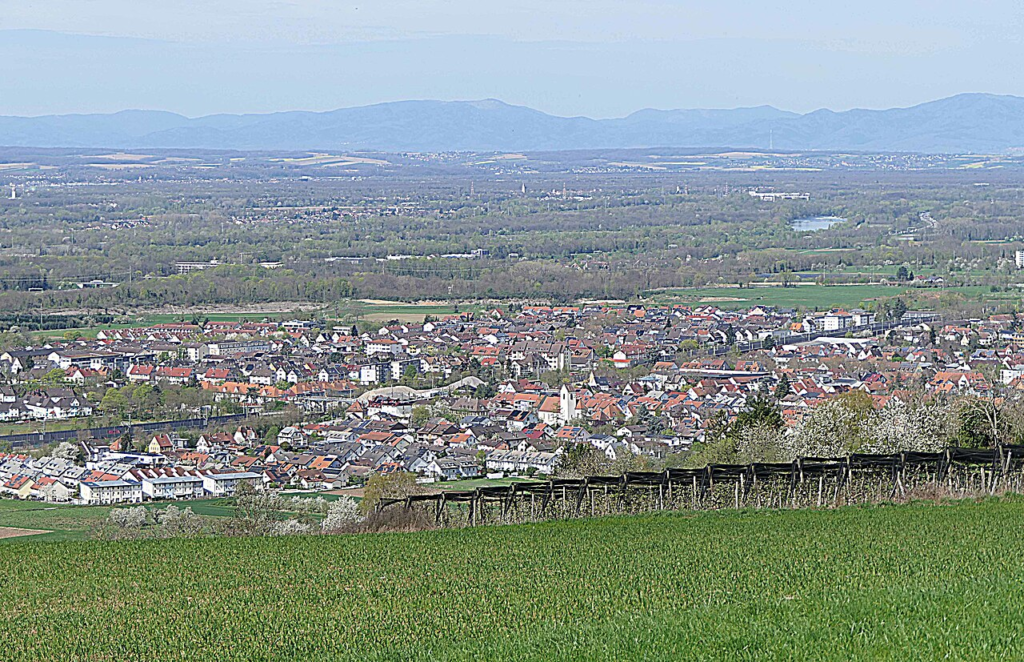
Above: Haltingen, Baden-Württemberg, Germany
From 1901 to 1907, he presided over the first Swiss bookplate association, the Ex Libris Club Basilea, in Basel and published its yearbooks.
From 1926 onward, Stickelberger devoted himself entirely to writing.
From 1932 he was Chairman, and from 1944 Honorary President, of the German-Swiss PEN Club, which he co-founded, and from 1937 he was also an honorary member of the International PEN Club.

Above: Logo of Poets, Essayists, Novelists (PEN) International
From 1943 he was President of the Swiss Bibliophile Society, whose organ, Stultifera Navis (ship of fools), he founded in 1944 and headed until 1957.
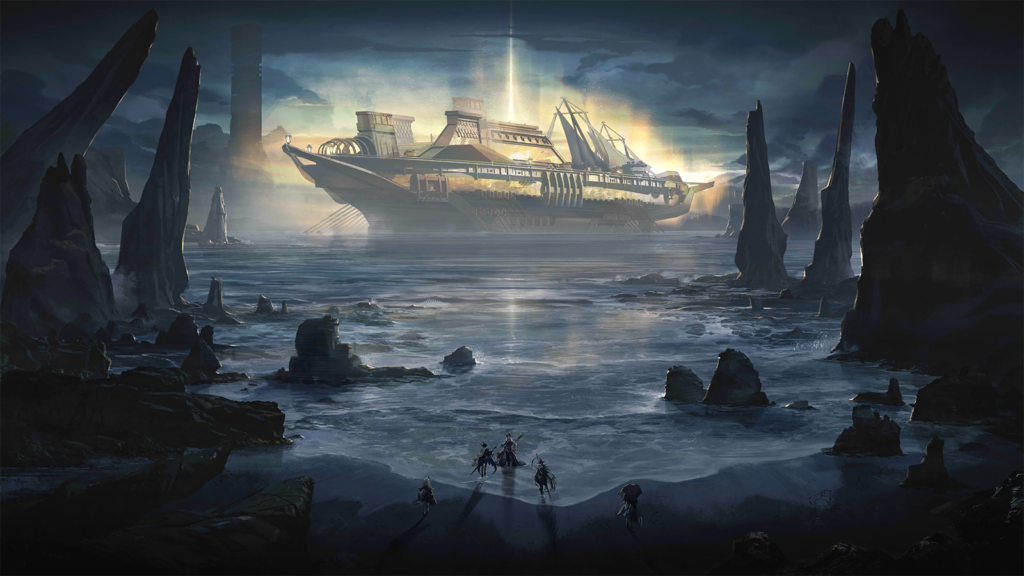
In the tradition of the Swiss realists, particularly Conrad Ferdinand Meyer, Stickelberger wrote primarily historical novels and short stories, as well as dramatic and lyrical works and historical non-fiction.
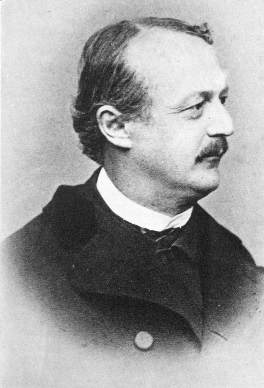
Above: Swiss writer Conrad Ferdinand Meyer (1825 – 1898)
Stickelberger was laid to rest in the Hörnli Cemetery in Basel.
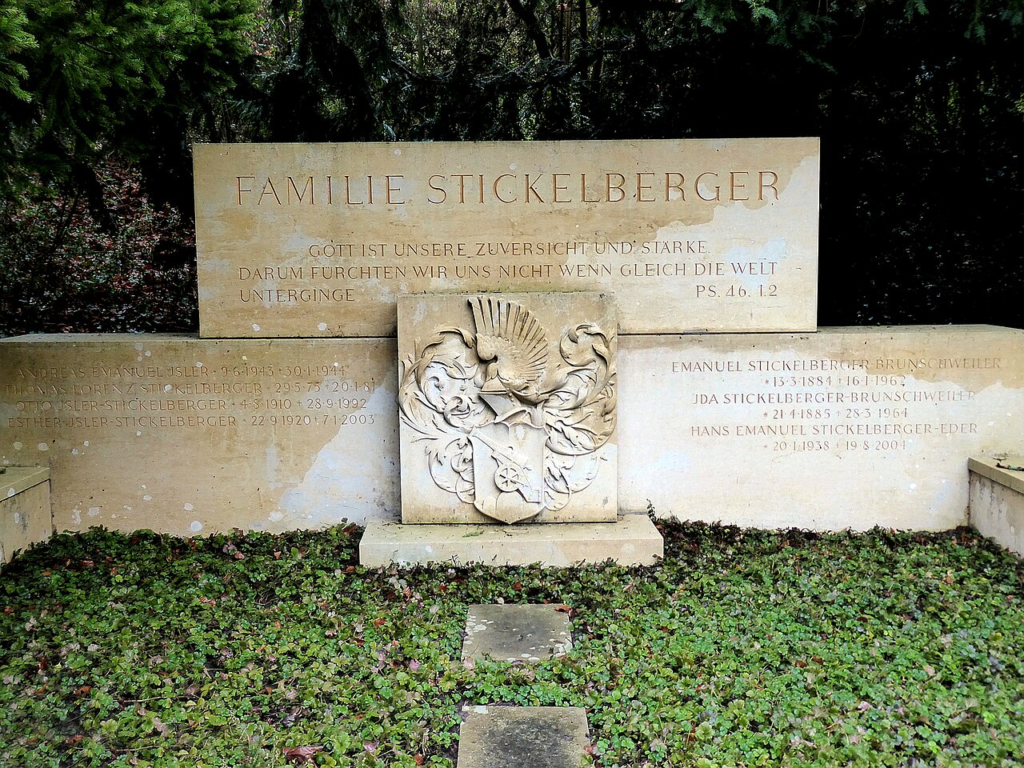
Embroidery factories existed from 1878 to 1922, and a wood vinegar factory from 1882 to 1999.
The Schubert & Schramm furniture factory existed from 1907 to 1996.
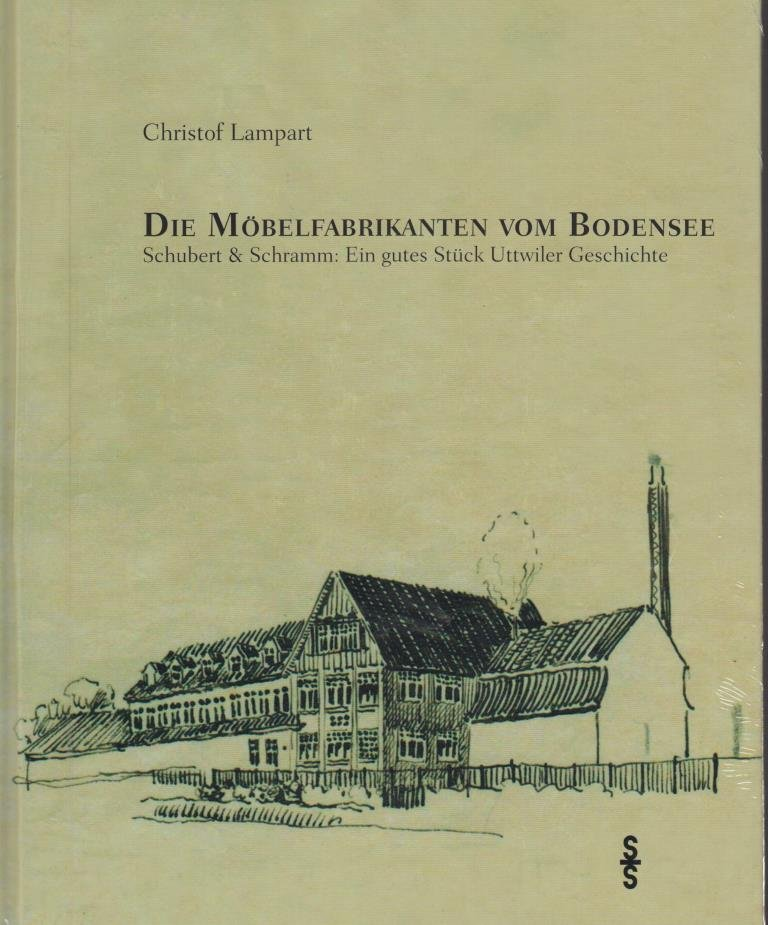
Since 2008, the cultural past has been the reason for reviving Uttwil’s cultural tradition with the annual Uttwil Master Classes.
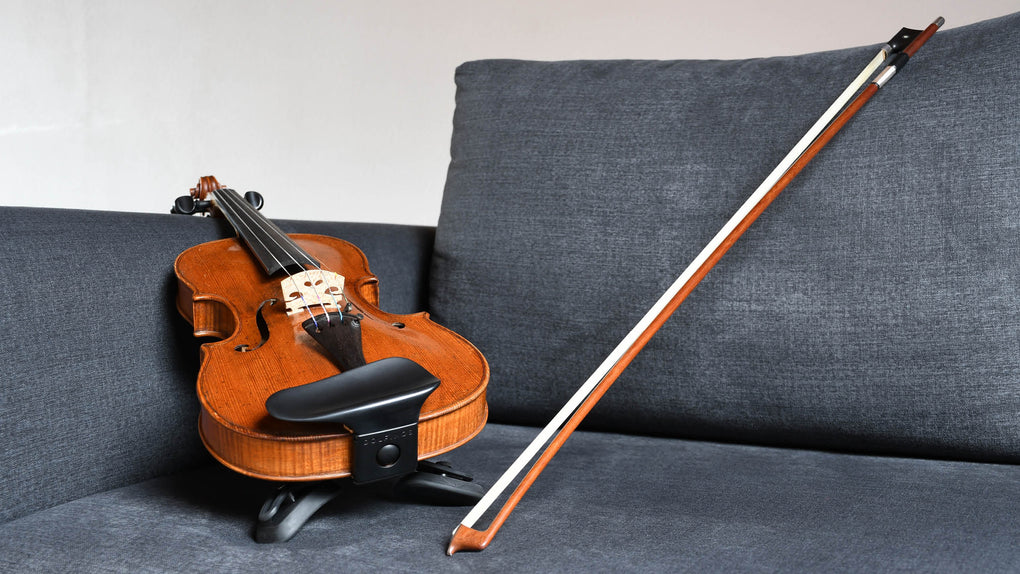

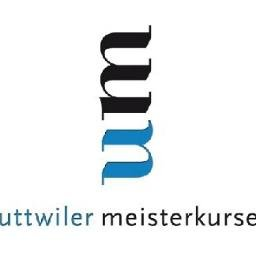
In Uttwil, at least one has a clear overview:
The old tower rooster.
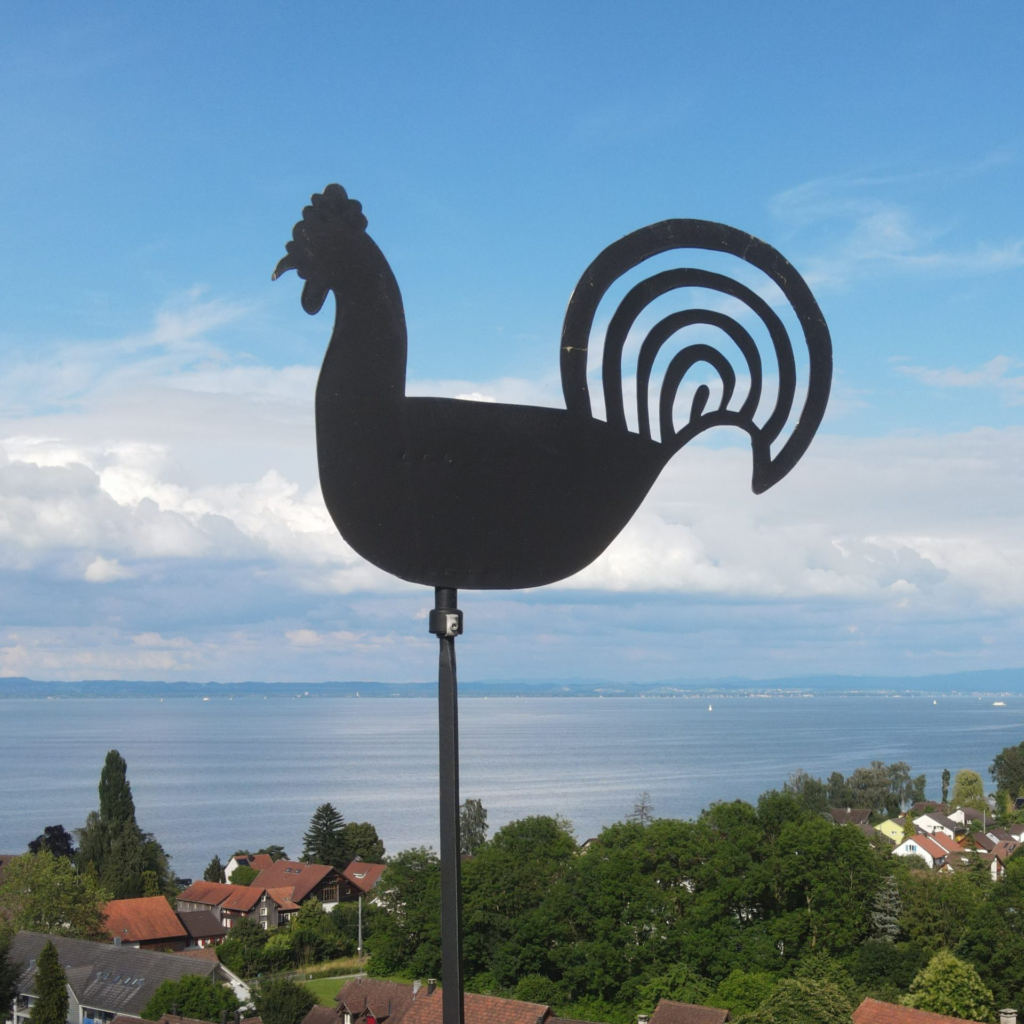
That is to say, he is not actually that old.
There are people in the village who were already adults when the rooster was placed atop the church tower’s gable.
Since then, he has been sitting there…
“As an ornament and weather vane,
In storm and wind and rainy night,
I have watched over the village bright.
Many a pale lightning bolt struck near,
Frost adorned my red comb clear.
And on those lovely summer days,
When one would seek the cooling shade,
The sun unyielding burned so grand
Upon my golden shining stand.“
Presumably, at least some of the older residents of Uttwil still remember these verses.
They were written by Eduard Mörike, the Swabian Romantic poet, who immortalized the old weather vane of Cleversulzbach with them.
On 14 September 1840, Mörike was traveling with his brother Louis from St. Gallen to Konstanz.
He recounted this journey in a letter to his friend Wilhelm Hartlaub:
“I had a proper longing to be near the lake again.
We had already reached Uttwil, fed at the Bären and were harnessed up again to continue to Konstanz.
However, an inner chill that had been shaking me for the past hour and was increasing by the minute made me no longer resist Louis’ suggestion to stay here.
I went straight to bed and, by the following morning, was bathed in perfect health.“
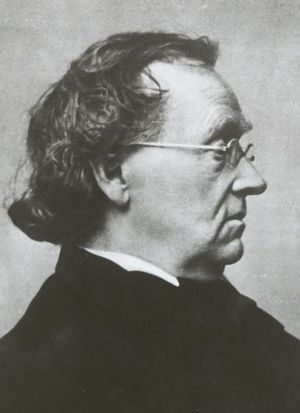
Above: German poet Eduard Mörike
- Eduard Friedrich Mörike (1804 – 1875) was a German poet of the Swabian School, narrator and translator.
He worked as a Protestant pastor, but struggled with this profession until his early retirement.
Mörike was born as the 7th child of medical councilor Karl Friedrich Mörike and the pastor’s daughter Charlotte Dorothea (née Bayer).
He had twelve siblings.
From 1811, he attended the Latin school in Ludwigsburg.

Above: Marktplatz, Ludwigsburg, Baden-Württemberg, Germany
After the death of his father in 1817, who had suffered a stroke two years earlier, he was sent as an orphan to live with his uncle, the President of the Supreme Tribunal, Eberhard Friedrich von Georgii, in Stuttgart, who had planned a clerical career for his nephew.

Above: Stuttgart, Baden-Württemberg, Germany

After a year at the Stuttgart Gymnasium illustre (now the Eberhard Ludwigs Gymnasium), Mörike then attended the Protestant Seminary in Bad Urach, a humanistic grammar school in the former Urach Canonry, from 1818 onwards, and from 1822 to 1826 the Tübingen Seminary.
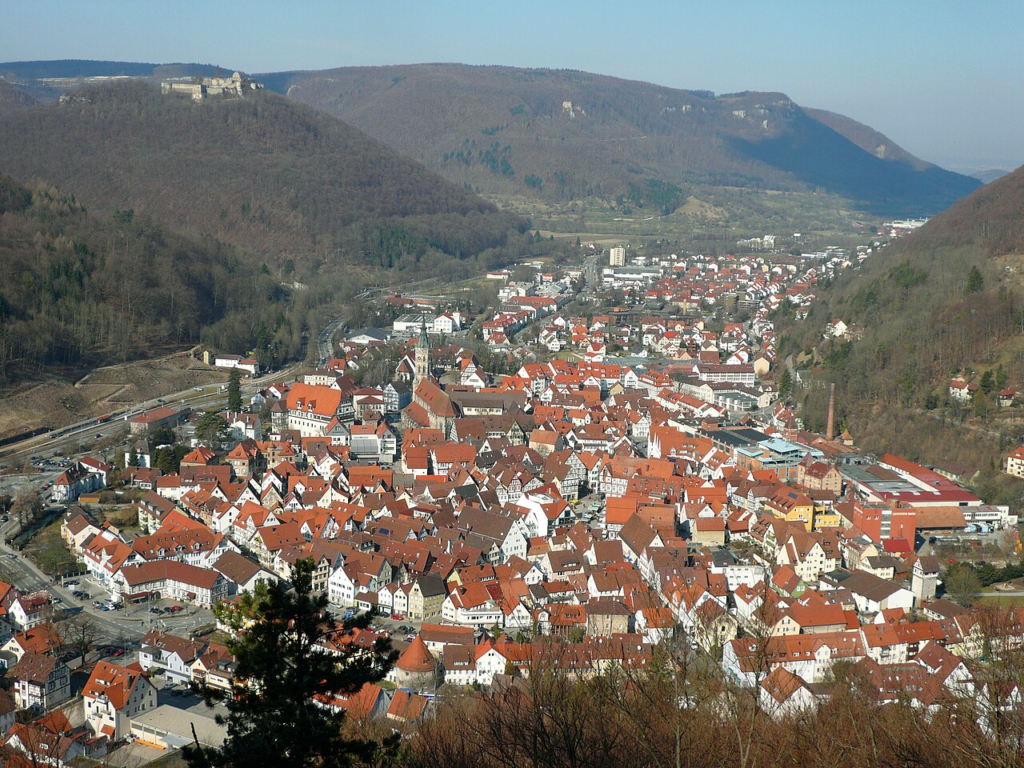
Above: Bad Urach, Baden-Württemberg, Germany
Although his academic performance was only moderate and he failed the Landexamen (entrance exams) for the Bad Urach Seminary, he was accepted nonetheless.
His study of the ancient classics, which was part of the curriculum there, had a profound influence on the later writer.
Many of Mörike’s lifelong friendships date back to his time at the Seminary, which made him romanticize this time in retrospect, as in the 1827 poem about a visit to Urach two years earlier.
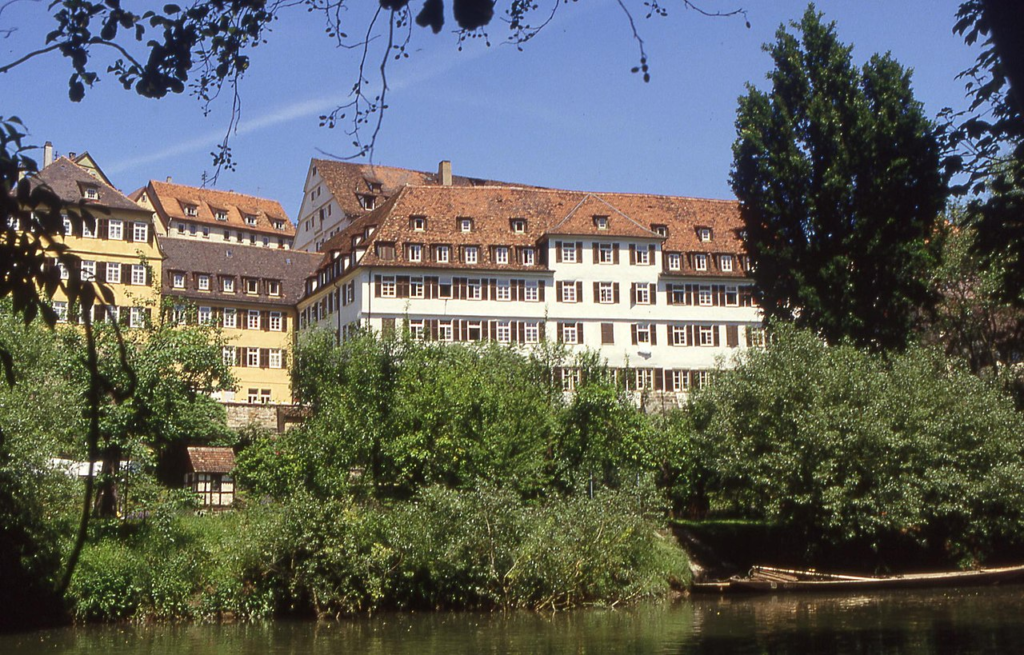
Above: Evangelical Foundation, Tübingen, Baden-Württemberg, Germany
In Tübingen, his fellow students included Wilhelm Waiblinger, who also put him in touch with the elderly Friedrich Hölderlin and Ludwig Bauer, with whom he created the fantasy land of Orplid.
The poem Gesang Weylas (Du bist Orplid) was written in 1831.
You are Orplid, my land!
That shines afar;
Your sunlit shore sends up sea –
Mists, that moisten the cheeks of the gods.
Ancient waters climb,
Rejuvenated, child, about your waist!
Kings, who attend you,
Bow down before your divinity.
The trio of friends was full of tension:
Bauer, whom Mörike had once protected from an attack by the drunken Waiblinger, warned Mörike of his demonic influence.
But in retrospect, at his investiture as a pastor, Mörike described the now deceased Waiblinger as “a servant deeply imbued with the gospel of Jesus“.
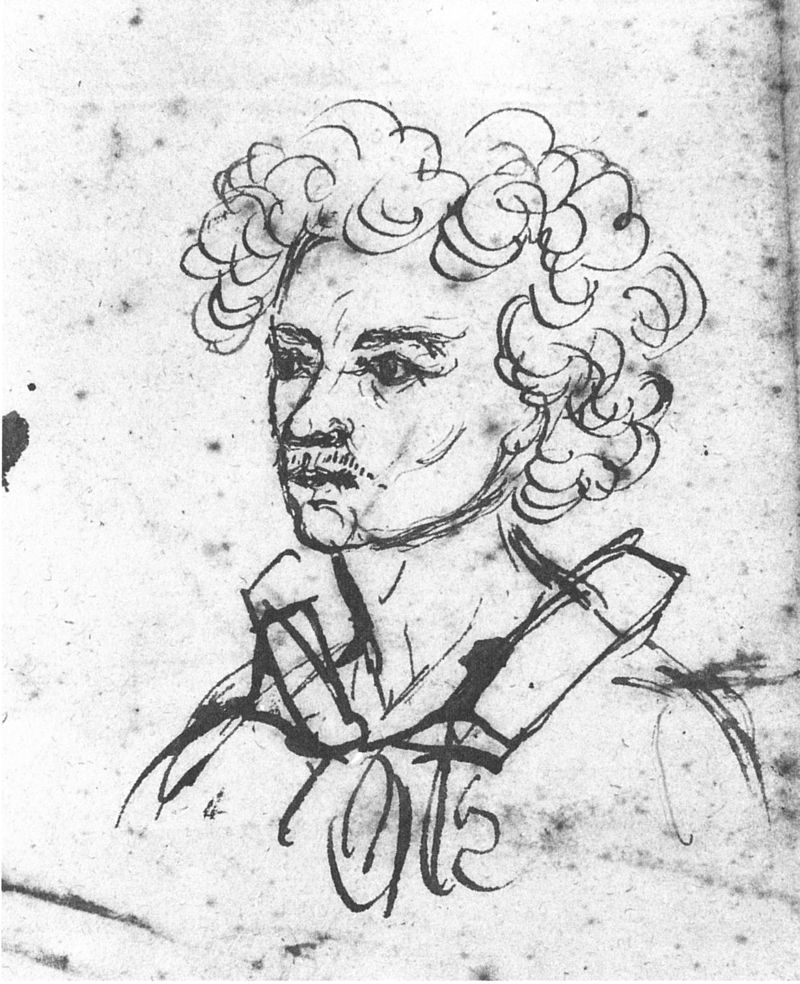
Above: Self portrait, German poet Wilhelm Waiblinger (1804 – 1830)

Above: German poet Friedrich Hölderlin (1770 – 1843)
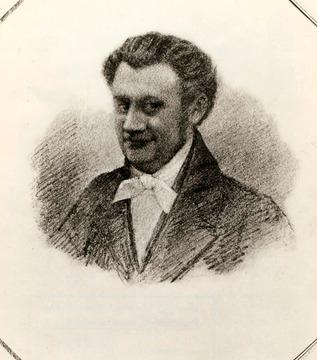
Above: German poet Ludwig Amandus Bauer (1803 – 1846)
During the Easter holidays of 1823, Mörike met Maria Meyer, who was employed as a waitress, in a Ludwigsburg inn.
Mörike fell madly in love with her, to the horror of his older sister Luise, who warned of the danger that “threatens his noblest self in close association with the impure“.
After Mörike had gained more insight into Maria, he ended all contact with her, except for one letter that was broken off (and destroyed) at the end of the year, and did not respond to her request for a reunion in July 1824.
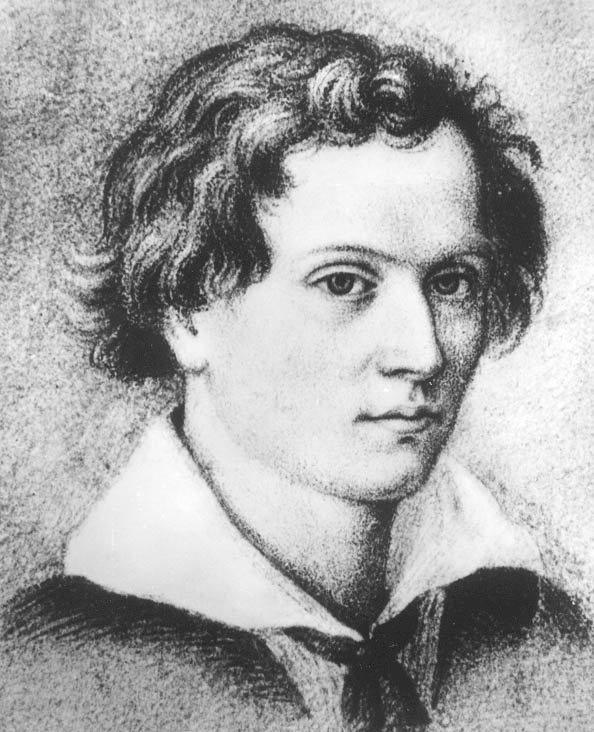
Above: Eduard Mörike (1824)
After a mediocre exam and an ecclesiastical examination before the Württemberg Consistory (church authority) in 1826, which certified his “fairly inadequate, but by no means despicable knowledge”, Mörike lived through (and suffered through) an eight-year “vicariate bondage” as a vicar and later parish administrator:
- 1826: Oberboihingen

Above: Oberboihingen Pfarrhaus Hohentwiel, Esslingen, Baden-Württemberg, Germany
- 1827: Möhringen and Köngen
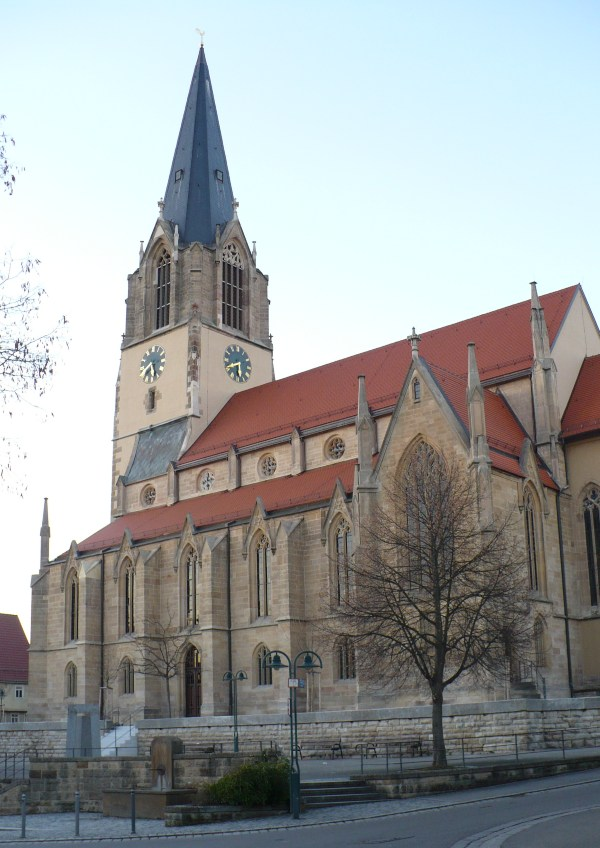
Above: St. Martin’s Church, Möhringen, Baden-Württemberg, Germany
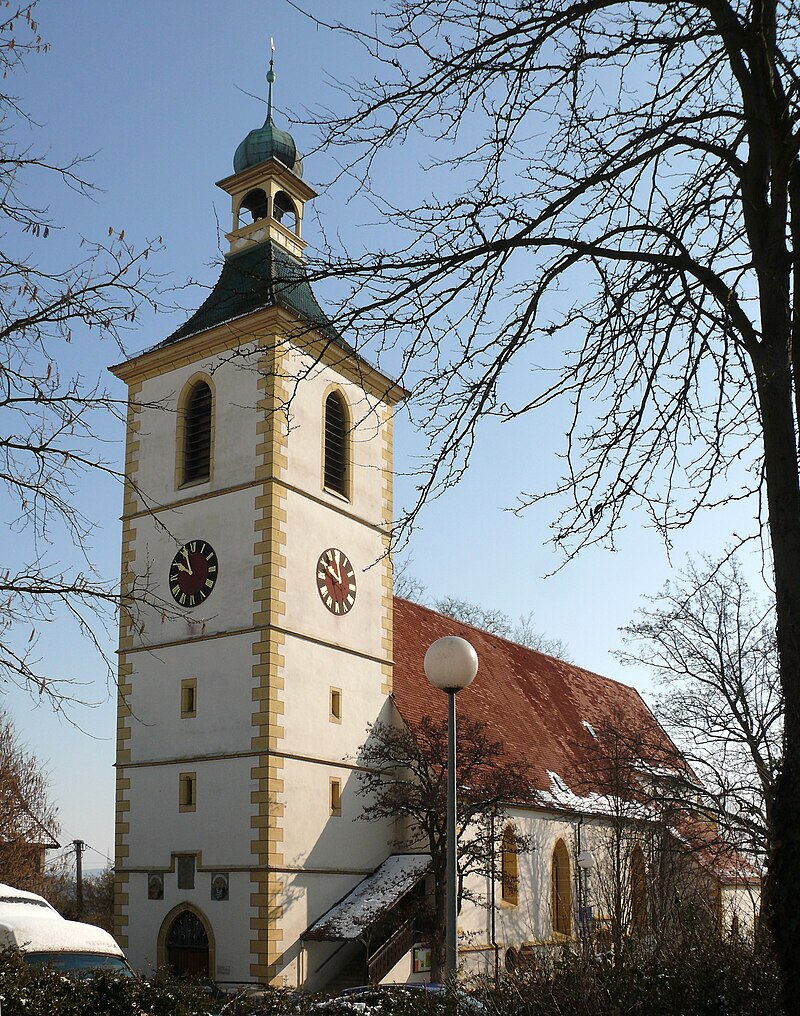
Above: St. Peter and St. Paul Church, Köngen, Baden-Württemberg, Germany
- 1829: Pflummern and Plattenhardt (there as parish administrator at the Antholianus Church and an engagement to Luise Rau, the daughter of the deceased pastor, dissolved in 1833)
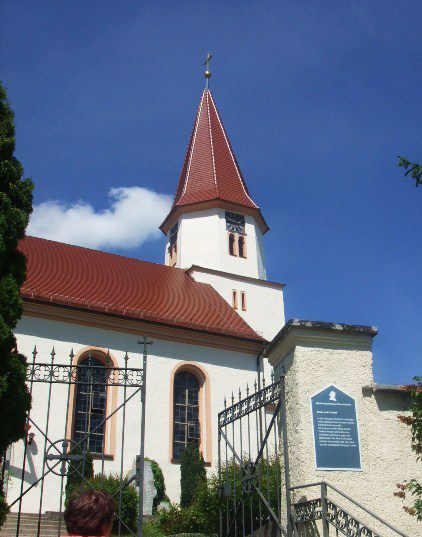
Above: Evangelical Church, Pflummern, Baden-Württemberg, Germany

Above: Antholianus Church, Plattenhardt, Baden-Württemberg, Germany
- 1829: Owen
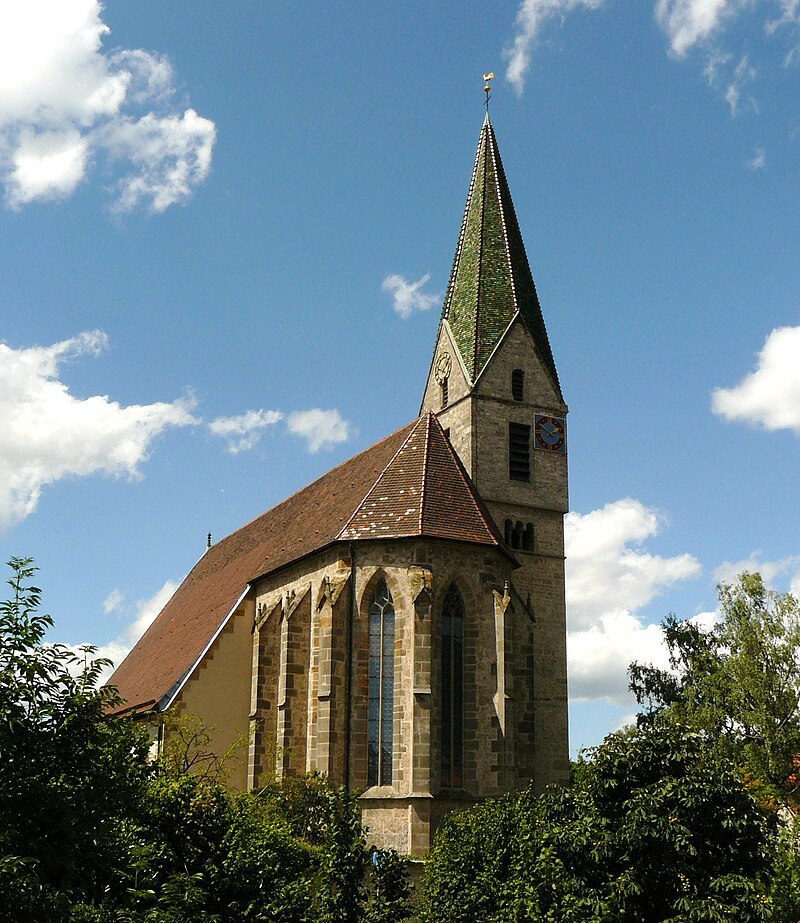
Above: St. Mary’s Church, Owen, Esslingen, Baden-Württemberg, Germany
- 1831: Eltingen
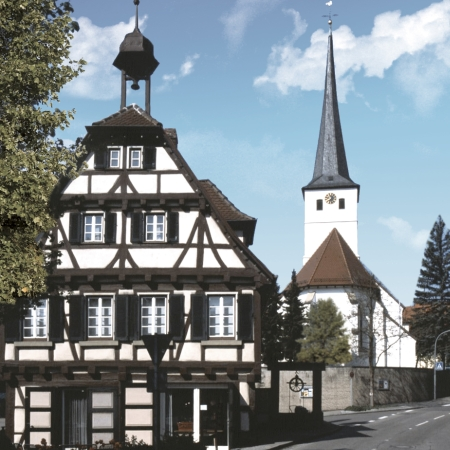
Above: Eltingen, Leonberg, Böblingen, Baden-Württemberg, Germany
- 1832: Ochsenwang (Letters, drawings and parish reports are shown in the Mörike House there.)
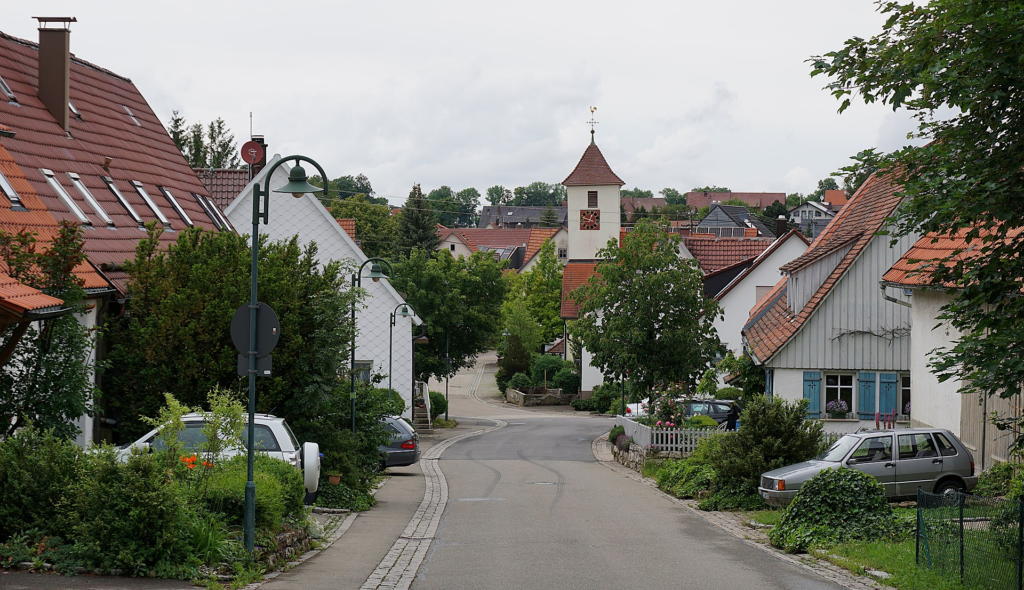
Above: Ochsenwang, Bissingen an der Teck, Esslingen, Baden-Württemberg, Germany
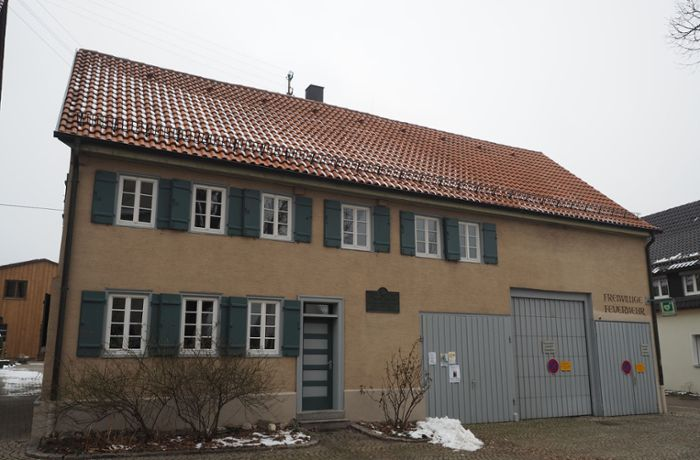
Above: Mörikehaus, Ochsenwang
- 1833: Weilheim an der Teck, again Owen, Ötlingen
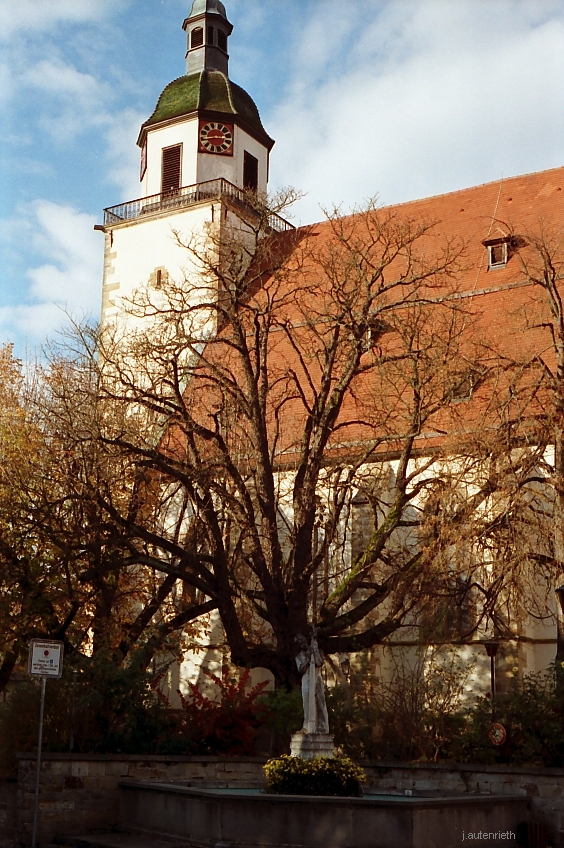
Above: St. Peter’s Church, Weilheim an der Teck, Essingen, Baden-Württemberg, Germany
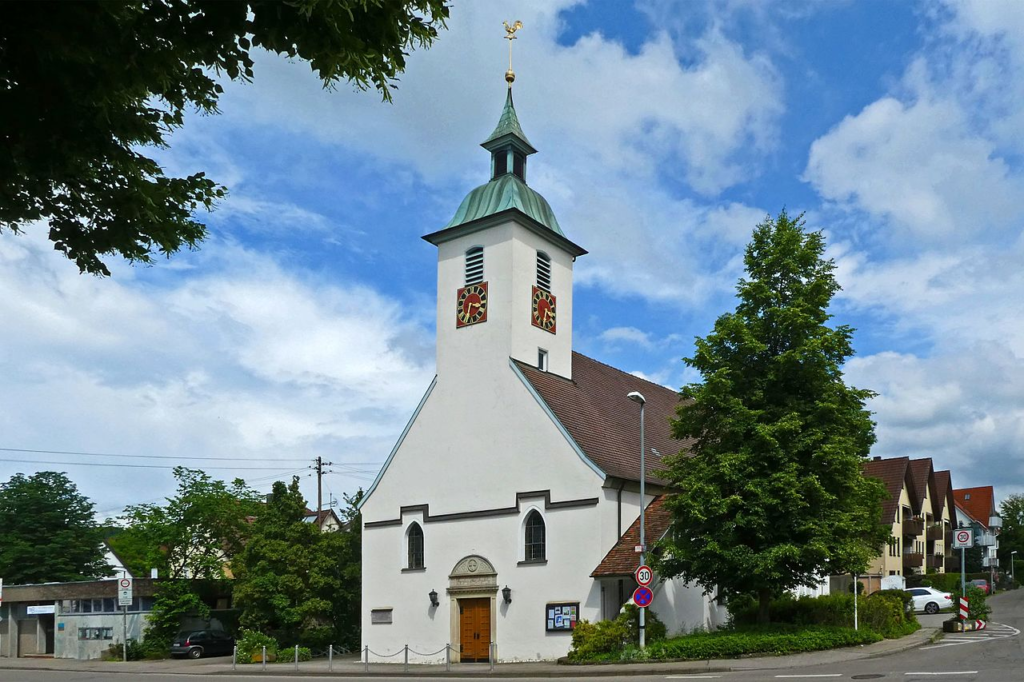
Above: St. John’s Church, Ötlingen, Kircheim unter Teck, Esslingen, Baden-Württemberg, Germany
His ministry was interrupted from December 1827 to February 1829 by a leave of absence he had requested for health reasons, perhaps triggered by the death of his sister Luise.
However, this was due to his general doubts about a career in the church:
“You no doubt already suspect the reason for that unpleasant mood.
It is the spiritual life.
I am now convinced it is not for me.
The doctor has obtained a temporary leave of absence from the consistory.
My health can certainly use this, but mainly I want to use the time to gain Cotta’s trust through some kind of work, in order to find a way out through business with him and from there perhaps a position at a library.”
Eduard Mörike, Letter to Ludwig Bauer, 9 December 1827
Mörike would have preferred to devote himself to writing, but unlike Hölderlin at the time, he did not dare to make a living as a freelance writer:
A contract with the publisher Friedrich Gottlob Franckh, who in 1828 obliged him to regularly write “narrative and other aesthetic essays” in his “Damen Zeitung” for an annual fee of 600 guilders, was dissolved by Mörike after a few months.
In 1834 Mörike finally became pastor in Cleversulzbach, where his mother and youngest sister Klara lived with him in the rectory.
His sermons, which were tailored to the understanding of his congregation, did not reveal how much Mörike struggled with contemporary theology.
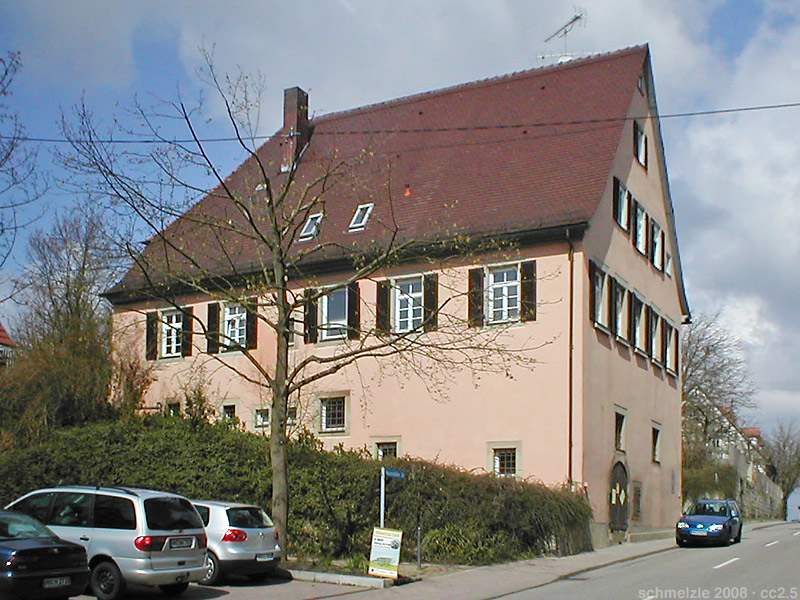
Above: Rectory, Cleversulzbach, Neuenstadt am Kocher, Heilbronn, Baden-Württemberg, Germany
Only in the private space of a letter from December 1837 did Mörike diagnose a “theological bankruptcy that was now becoming common knowledge” to Friedrich Theodor Vischer, alluding to the controversy surrounding David Friedrich Strauss’ book The Life of Jesus, whose historical criticism of the Gospel accounts was condemned by conservative circles (for example, at the Tübingen Seminary).
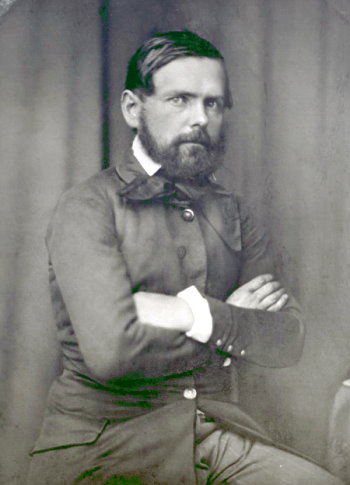
Above: German philosopher Friedrich Theodor Vischer (1807 – 1887)
Mörike took note of Strauss’s book calmly because, for him, faith did not consist of accepting the Gospel accounts as true, but of the feelings that were inspired in the poet when he interpreted his life.
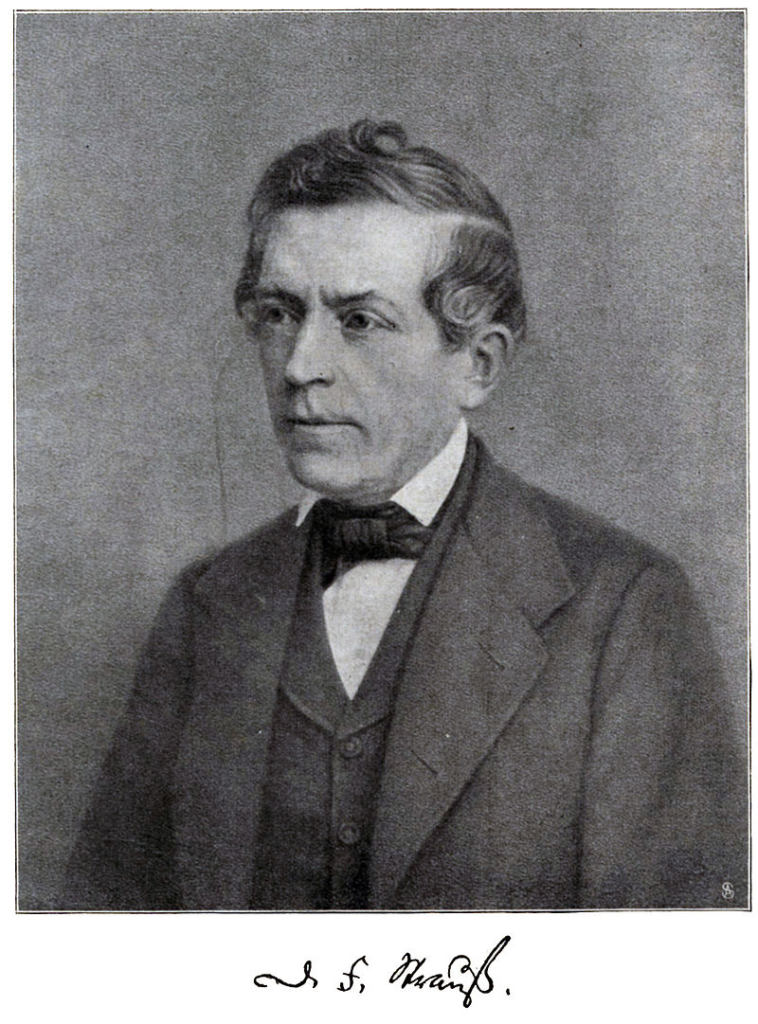
Above: German writer David Friedrich Strauss (1808 – 1874)

Above: Strauss’, The Life of Jesus
Strauss attempted to resolve the controversial problem of the historicity of the New Testament accounts of Jesus of Nazareth, a problem divided between supernaturalism and rationalism, through a consistent application of the concept of myth.
He interpreted the accounts of Jesus’ miracles, from his virgin birth through the circumstances of his crucifixion to his resurrection and ascension, as fictional myths intended to express a specific idea:
They were created to surpass what the prophets in the Old Testament recounted, and to present Jesus as the promised Messiah.
From the preface to the first volume:
“The author knows the inner core of the Christian faith completely independently of his critical investigations.
Christ’s supernatural birth, his miracles, his resurrection, and his ascension remain eternal truths, however much their reality as historical facts may be doubted.”
Mörike was able to explain Christian teachings in a seemingly rational way, which, however, does not fit with the current level of rational knowledge.
One example is his statements about the “continuation in the afterlife” when comforting relatives of the deceased:
“For me, this is a proven natural thing” that the departed live “on the scene of a new nature“, that is, a matter without divine intervention, not a matter of faith, but also not mere reasoning.
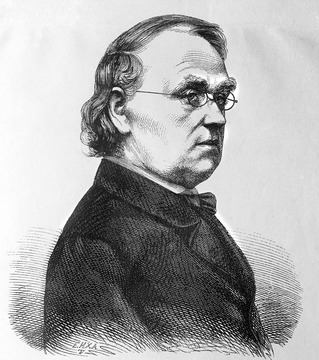
Above: Eduard Mörike
When ghostly light and noise phenomena occurred in the rectory of Cleversulzbach, Mörike recorded the events soberly and did not turn them into a speculative worldview.
However, the phenomena defied rational explanation, which was also certain for Mörike.
His notes on the haunting were later published by Justinus Kerner (Magikon) (1842).
“You have spoken, most esteemed friend, both in The Seer of Prevorst, and recently in a volume of your Magikon of the haunting of the local parsonage, and, among other things, you have reported, based on my oral account, the manner in which I discovered this circumstance soon after my arrival here in the summer of 1834.
I now, in accordance with your request, will first extract from my diary, insofar as it has been continued at all, whatever I find of note in this regard, for your convenience.“
19 – 30 August 1834:
I’m beginning to believe that there may be some truth to that “seventh fact“.
Two things in particular strike me.
A falling and rolling sound, as if from a small ball, from under my bed, which I heard several times while wide awake and completely at peace, and for which, despite all my investigations, I could not find a natural cause by day.
Secondly, once, in the middle of a harmless, insignificant dream, I was suddenly awakened with a strange shock.
My gaze fell upon a bright, elongated glow not far from the bedroom door, which disappeared after a few seconds.
Neither the moon nor any other light could have deceived me.
I must also note that even before Kerner’s book arrived in my house, I was awakened during a completely indifferent dream by the horrific sensation of a strange, hard body resting on my hip, on my bare skin.
I did nothing further at the time and was inclined to attribute it to a cramp, which I did not normally suffer from.
Meanwhile, a local citizen, the honest Hermann Balthaser, told me something very similar that happened to him years ago in his house.
Whenever Pastor Hochstetter went away with his family for several days, he would leave this man, who was as fearless as he was honest, in the house at night to protect it against burglary.
He put the man in the room on the garden side, which later caused so much trouble for my brother.
One day, when Hermann was lying all alone in the well-locked house (the maid was sleeping with acquaintances in the village) and had just gone to bed, he suddenly felt, fully awake, a violent touch on his left side, on his bare skin, as if a foreign object, “as rough as tree bark“, had been quickly pushed under his shirt, as if to grab him around the body.
The sensation was painful.
He jumped up and felt nothing more.
The thing happened again after a few minutes, he got up and went home for a short time, I don’t know for what reason, came back and remained undisturbed for that night.
Meanwhile, my family has also heard more or less striking things.
For now, I can’t do anything but keep my head clear.
And there’s no need for that.
During the day, we have to force ourselves not to make fun of it.
At night, the seriousness disappears of its own accord.
2 – 6 September 1834:
The ghostly indications continue, and now intensify.
On 2 September, after dinner, between 9 and 10 o’clock, as Mother was walking through the front door, she heard a dull, heavy knocking at the rear door, which leads out into the garden on level ground.
Her first thought was that someone else was asking to come in.
Only the knocking was followed by a piercing sigh, which immediately caused a horrible idea to arouse.
They immediately unlocked the door and searched the garden, but found no trace of human beings.
Karl (my eldest brother), whose room is next to that door, as well as Klärchen (my sister), and the maid had also heard the knocking.
My mother, always somewhat skeptical of such things and always trying to talk us out of them, openly confessed for the first time to her conviction that something was amiss around us.
On 4 September, before 10 p.m., when we were all already in bed, Karl rushed into my bedroom and said he had been awakened by a terrible bang, similar to a pistol shot, in his room.
We immediately investigated everything, but without the slightest success.
K. claims to have gone to bed without any worry and will in no way accept my natural explanations, which I derived from the peculiar irritability of the organism during the transition from waking to sleep, and from the fact that the rest of us, awake, heard nothing, despite K.’s room being only a few steps away.
I will only briefly mention other minor disturbances, which are equally inexplicable to me.
For example, in recent nights I often heard a quite inimitable touch on my window panes with the shutters closed, a gentle yet powerful pushing against the shutters from outside, accompanied by a certain hissing in the air, while the rest of the outside air remained completely motionless.
Furthermore, several times I have heard dull tremors on the upper floor, as if someone were walking there, or as if a heavy box were being moved.
On 6 September, around 9 o’clock in the evening, Karl encountered the following:
He had barely entered his bedroom to go to bed, had placed his light on the table, and was standing quietly, when he saw a round shadow shadow about the size of a plate, floating along the white wall on the floor, as if in a ball, for about four or five steps, and then disappearing into the corner.
The shadow, as I was shown in detail, could not have been caused by the movement of a light or something similar.
Nor could any external light have come from outside, and even assuming this possibility, it could not have produced that effect.
During the night of Sunday – Monday, 14 – 15 September, an unusual silence reigned in the house.
On Monday evening, however, the unrest began as early as 9:00 p.m.
When Karl and I stood in the hallway without a light to listen, we heard strange sounds and movements here and there, especially once, quite close to us, a very distinct knocking on the wall to the right, as if it were being done to tease our curiosity.
At 4:00 a.m., however, when it was still quite dark and I was lying wide awake in bed, two or three dull thuds occurred (as it seemed to me on the upper floor).
While I continued to listen, secretly wishing that my brother had heard this too, he came running over and told me the same thing.
Tuesday 16 September, at 10 o’clock in the evening, I had hardly fallen asleep when Klärchen woke me with the news that, while she had just been sitting by her mother’s bed and reading to her, they had both been terrified by a dull, loud knock on the upper floor.
That same night, Karl learned the following, which I quote from his own words.
At my request, he recorded the event with the utmost precision.
“My bedroom has two windows and each window has two shutters made of thick wood, with no other openings than those that have arisen due to age through cracks, but which are insignificant.
Of these shutters, three were locked last night:
Only one, the one closest to my bed, was open.
Through this half-window and its semi-transparent curtain, the full moon shone brightly into the room and, as if it were natural, formed an illuminated, elongated rectangle on the wall to the right of my bed.
It was about half past three in the morning when I awoke.
Next to that rectangle, on another side and approximately opposite me, right at the top where the wall and ceiling meet, I noticed a bright, round glow, about 1/4 foot in diameter.
It seemed to be a light like moonlight.
At first I thought it was, although it seemed somewhat strange to see a glow so high up and so isolated.
I then looked out of the open shutter and convinced myself that this shimmer came neither from the moon nor from a candlelight in the neighborhood.
Then I lay down again and reflected on the extraordinary phenomenon.
But as I fixed my gaze on it, it disappeared rather quickly from my eyes.
This struck me even more, and I was still pondering it, when the silence, the deep silence that usually prevailed, was interrupted and I heard a faint noise, as if someone in socks was approaching my bedroom door from the east side of the corridor.
Immediately afterwards, there was a loud banging outside the door, as if a heavy body were violently striking it, and at the same time, it was being violently pushed inward.
It was not a simple sound, for it seemed as if various parts of this body were rapidly colliding with each other against the door.
I was deeply frightened and at first did not know whether to make a noise, ring the bell, or flee.
I immediately refused to do the latter because, in my initial shock, I feared stumbling upon the unknown cause of the banging.
I decided to turn on a light.
But before I did this, the following happened:
Soon after the noise had ceased and the previous silence had returned, the same round light appeared again in the same place, remained for some time and then disappeared from my sight.
During this time, the shutter, the curtain, and the natural moonlight on the right wall remained unchanged.
With the lighted candle I went immediately into the hallway, but when I discovered nothing unusual there and, moreover, found the dog locked up and quiet in the front rooms, I convinced myself that a ghost was at work here.
Today, during the day, repeated experiments, which lasted for almost two hours, with all the reflecting and shining objects in the room, and taking into account all possible positions of the moon, convinced us that the strange glow at the highest point in the room could not have been produced by reflection, and that it was also easily evident from the position of the neighboring houses and other circumstances that no ray of candlelight could reach the intended spot from there.“
That is my brother’s account.
However, the most striking thing about this restless night remains.
My mother recounted that she was lying quietly awake in bed between 10 and 11 o’clock when she suddenly felt a strange movement on her pillow.
It was as if the pillow had been gently lifted, as if by a hand.
She herself had been lying with her back slightly to one side, otherwise she would have picked it up.
She herself was surprised that she felt the slightest fear neither before, during, nor after the event.
9 – 15 October 1834:
(during which time I had a visit from my friend M.).
Recently, the sinister creature has been stirring again, and quite strongly.
A striking apparition also appeared to the friend.
Not long after midnight, that is to say, several hours before the dawn or the dawn could be thought of, he saw a purple-red light spreading through the window opposite his bed, which gradually disappeared, shortly afterwards reappeared and lasted so long that M. could fully assure himself that there was no optical illusion.
The validity of this phenomenon was confirmed one of the following nights by my mother, who saw the same glow in her bedroom on the wall opposite her bed.
Even Klärchen, alerted by her mother, saw it still disappearing.
16 October 1834:
There was more unrest in the house last night.
A loud knocking on the upper floor.
Then it sounded as if tiles were being thrown from the roof onto boards in the yard.
However, there was no wind all night, and in the morning we could find no trace of the throwing.
25 October 1834:
On one of the last nights, Karl saw a fiery apparition just above the foot of his bed, as if an invisible hand with a white-hot coal or a glowing fingertip were tracing a zigzag of long horizontal lines in the air.
The glow was said to be quite dim.
Afterward, a peculiar rasping sound was heard.
On the night of 7 – 8 November, my mother saw an elongated, bright white glow about three spans wide in the corner of her bedroom, quite high above the floor and reaching up to the ceiling, at a time when the moon was no longer in the sky.
13 November 1834:
In the night, between 1 and 2 a.m., my sister awoke, as she says, quite cheerfully, and sat up in bed to eat a grape.
In front of her, on the bedspread, sat her small, white kitten and purred contentedly.
The moonlight made the room bright enough to see everything clearly.
Klärchen was still busy with her grapes when, with complete equanimity, she saw a four-legged animal, the shape of a dog, come in through the open door of the next room and walk right past her bed, hearing every footstep.
She thought nothing but:
“It’s Joli.“
She watched him to see if he would again, as was his habit, lie down under my mother’s bed opposite.
But she didn’t see this because he had to get out of her sight under the armchair next door.
The next morning, the conversation turned to whether the dog, which my brother had lost the previous evening on his way home from Eberstadt, an hour and a half away from here and very close to this village, had finally come home.
Klärchen, who hadn’t known about his disappearance, suddenly becomes stunned.
She asks and learns that someone is about to have the dog picked up from the rectory in Eberstadt, where Karl had been yesterday and where the animal had presumably been kept overnight.
And that is exactly what happened:
A messenger brought it, led by a rope.
The hauntings have never been worse than they were in 1834, and up to the present time, too.
Rather, they have manifested themselves less frequently, although no less characteristically.
It is curious that they tend to increase in the fall and winter, and have disappeared completely during the spring and summer months.
According to my observations, 4 a.m. is the most frequently haunted time.
Very often, the nightly disturbances also end with noticeable intensity around this time.
A recent experience, which my present assistant, Mr. Sattler, had in the aforementioned room on the garden side, shall be recorded here in his own words.
“I went to bed on 29 November 1840, at 8:30 p.m. and immediately turned out the light.
I sat upright in bed for about half an hour, my thoughts occupied with a subject of the utmost importance to me, which so absorbed my entire attention that it left no room for any secondary sensations.
Neither during the day, nor especially while I was in bed, had I even remotely thought of ghosts.
Suddenly, as if by magic, I was seized by a feeling of unease, and as if by an invisible force, I was compelled to turn around because I must be looking at something on the wall at the head of my bed.
I looked back and saw on the wall (which is solid stone and plastered), at the same height as my head, two small flames, roughly the shape of a medium-sized hand, just as large, only not quite as wide and tapering to a point at the top.
They seemed to burn out of the wall at their lower end, flickering back and forth along the wall, within a radius of about two feet.
They were not so much burning flames, but rather illuminated clouds of mist with a reddish-pale glow.
As soon as I saw them, all feeling of anxiety vanished, and with true contentment and joy, I gazed at the lights for a while.
“Could they be burning?”, I thought.
I stretched out my hand toward them.
But the one flame I touched disappeared beneath my hand and suddenly burned next to it.
I repeated the same experiment three or four times, always in vain.
Each time, the touched flame did not gradually go out, nor did it gradually flare up again in another place, but rather, in its full form, it disappeared, and in its full form reappeared.
It was next to it again.
The two flames merged here and there, forming a larger flame, but then quickly diverged again.
I observed the flames like this for four or five minutes without noticing any diminution of light, but rather small bends and changes in shape.
I got up, dressed, went out to the living room (where I still saw the lights in the doorway), and asked the pastor, who was the only one still awake in the front room, to come over and witness the apparition.
But when we arrived, it had disappeared, and although we watched with rapt attention for another half hour, nothing more appeared.
I then struck a light, but with it, just as I could not see the slightest trace on the wall, even though it was completely dry the next morning, in broad daylight.
The question raised by the Pastor, whether a phosphoric matchstick might have been struck on that wall in the preceding days or weeks, I had to firmly deny.
To make matters worse, we conducted extensive experiments with matches, the result of which, however, was very different from my observation.
As fairly common perceptions in the house, some of which are currently occurring again, I must briefly mention:
A very distinct breathing and panting in some corner of the room, sometimes close to the person’s bed.
A tapping and shuffling through the house, various metallic sounds:
As if a not very tightly stretched steel string were being made to ring or clink with a pointed instrument.
As if a piece of iron, perhaps a flint, were being placed somewhat roughly on the stove.
Further sounds as if someone were striking the table two or three times with a thin rod.
Also a certain stirring in the air, then sounds as if a thin twig had been broken, or, better, a silk thread would be torn in two.
(So one evening, in the light and in the deepest silence, I was talking alone with one of my housemates in that garden room, when, during a pause in the conversation, this sound was heard between our two heads with such clarity that we looked at each other and smiled.)
For the first time, as they say here, the haunting in the rectory became known under Pastor Leyrer (1811–1818).
It was most vividly reported under Pastor Hochstetter (1818–1825), who told me the most striking things.
Even later, during Pastor Rheinwald’s time, it was much more intense than it was under me.
I conclude by assuring you that in all these notes I have weighed every word I make most conscientiously, so as not to say too much or too little, and to avoid all ambiguity; and especially that, as far as the statements of others are concerned, I have not the slightest reason to doubt the truthfulness and judgment of the household members mentioned.
Kleversulzbach, January 1841
Eduard Mörike, pastor
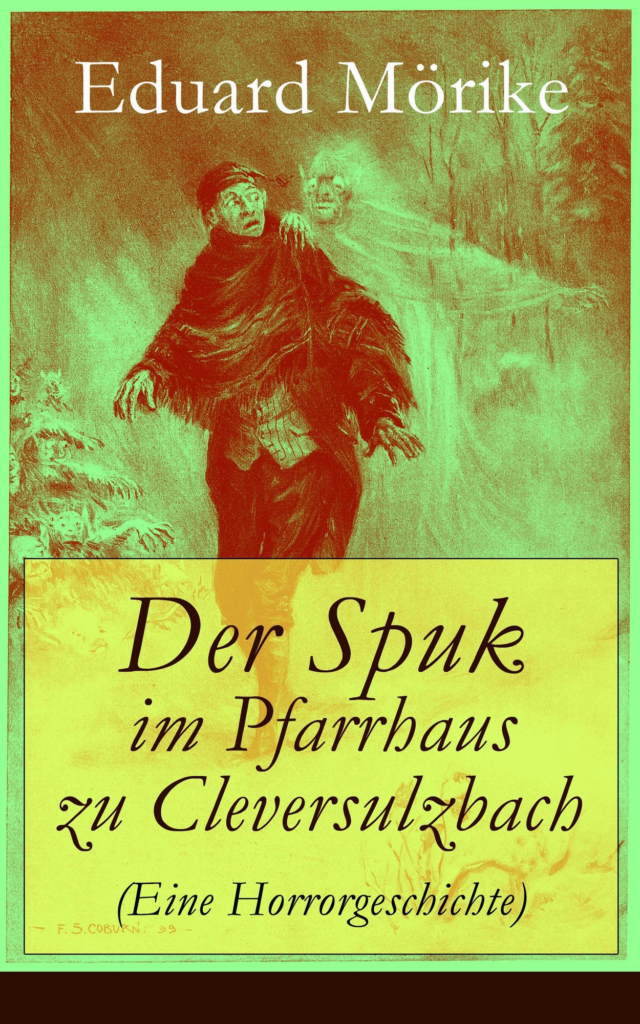
Above: The Haunting of the Parsonage of Cleversulzbach: A Horror Story
(It sounds like an episode of Doctor Who, The Twilight Zone or The Outer Limits.)



In 1838, Mörike’s first collection of poems appeared, followed by a collection of narrative and dramatic poems in 1839.
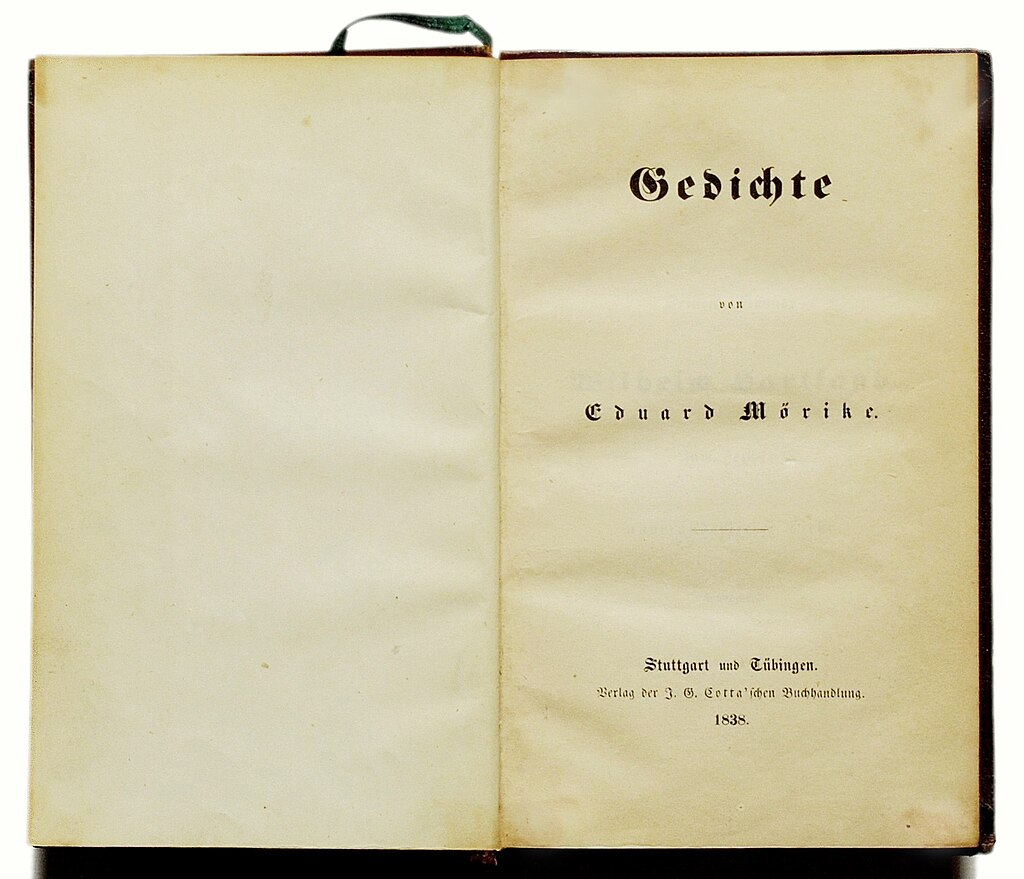
Above: Title page of the first edition of Mörike’s poems (1838)
In September 1840, he and his brother Louis undertook their first major journey to Lake Constance and Switzerland.

Above: The Bodensee (Lake Constance)
When Mörike’s mother died in 1841, he buried her in the Cleversulzbach cemetery next to the mother of Friedrich Schiller, whose almost forgotten grave he had discovered there at the beginning of his pastorate and marked with a simple cross (“On the Grave of Schiller’s Mother“) (1835).
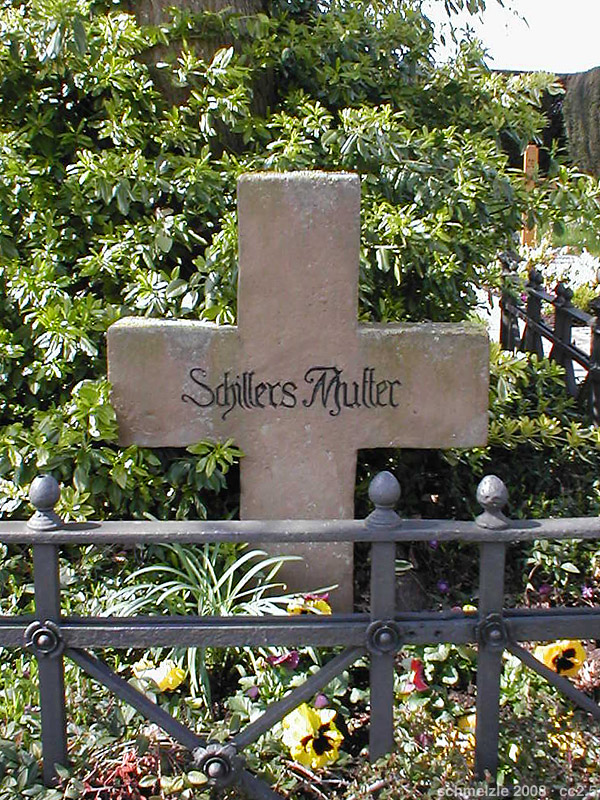
Above: Gravestone of Schiller’s mother in Cleversulzbach.
The simple cross with the inscription “Schiller’s Mother” is attributed to Eduard Mörike, who was a pastor in Cleversulzbach.
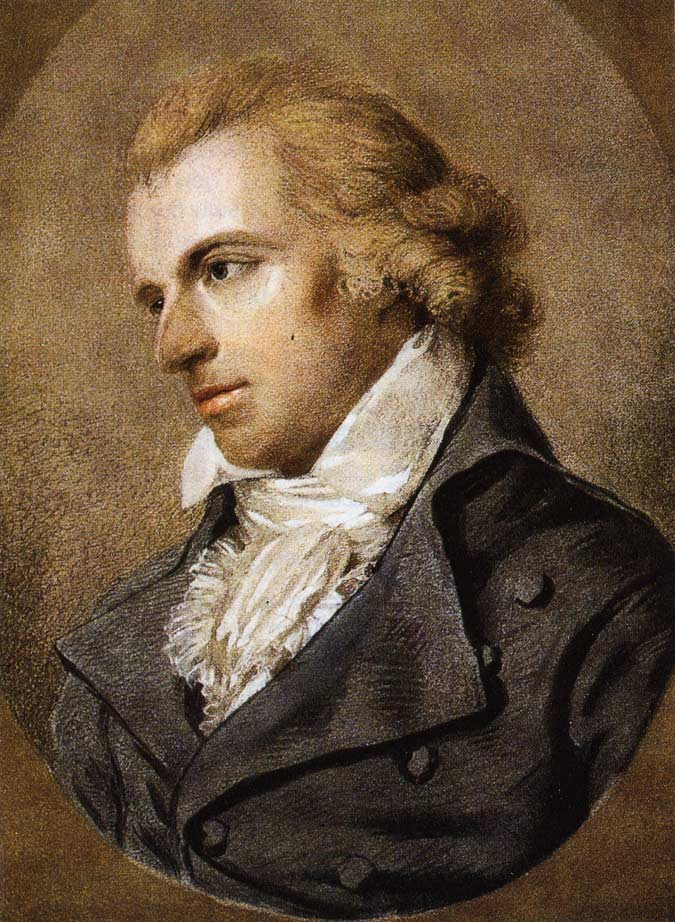
Above: German poet Friedrich Schiller (1759 – 1805)
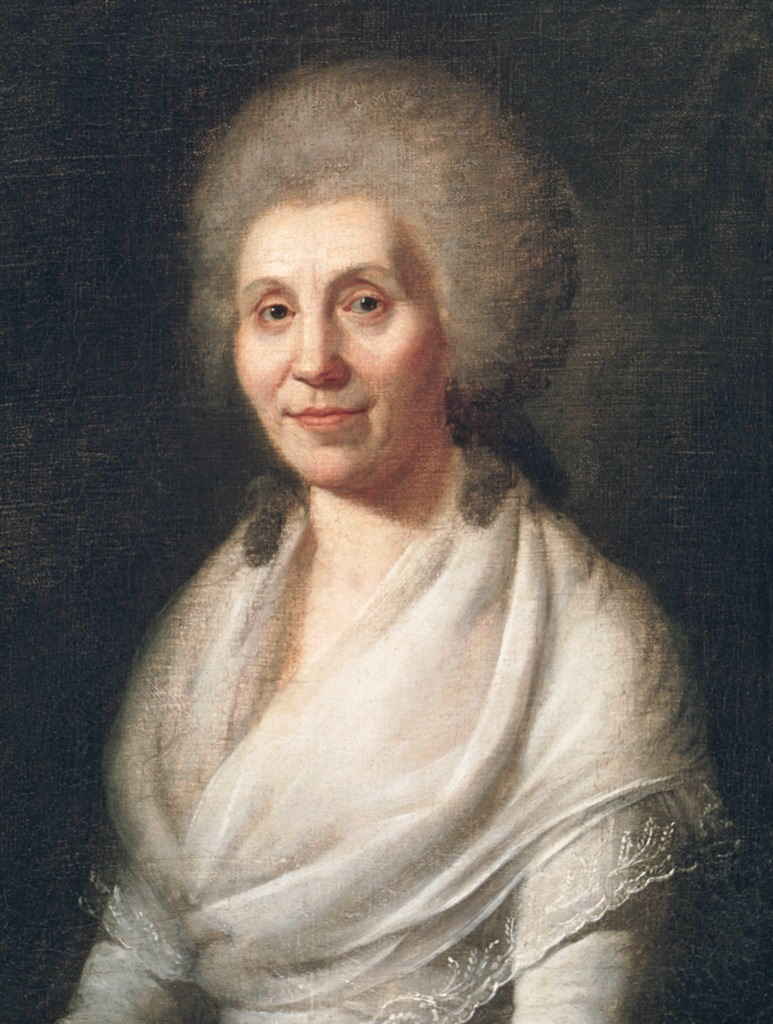
Above: Elisabeth-Dorothea Schiller (née Kodweiß)(1732 – 1802)
Mörike created a literary treatment of his time in Cleversulzbach with his poem The Old Cockerel.
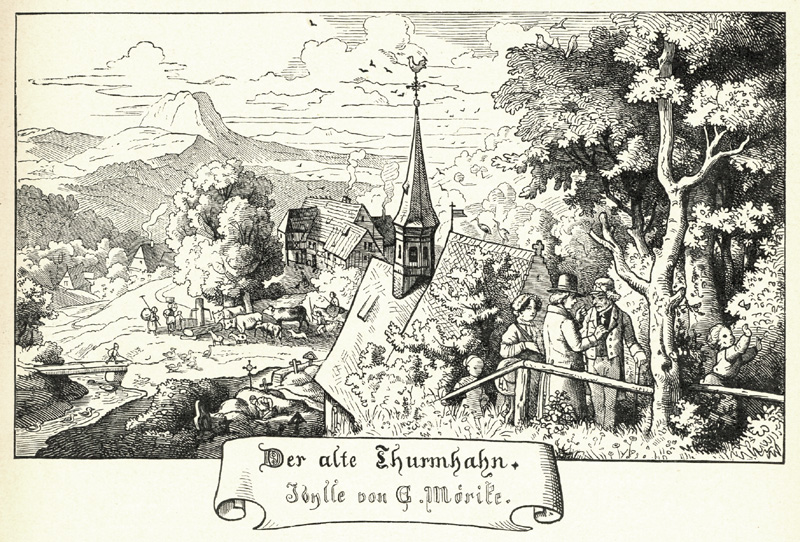
Above: Ludwig Richter illustration, The Old Rooster, Eduard Mörike
After Mörike had repeatedly been assisted by a vicar in his pastoral duties for health reasons, he applied for retirement in 1843 at the age of 39.
As a matter of grace, he was granted a pension of 280 guilders per year (his pastoral salary had initially been 600 guilders).
In 1844, after a brief stay in Schwäbisch Hall, Mörike settled with his sister in Bad Mergentheim.
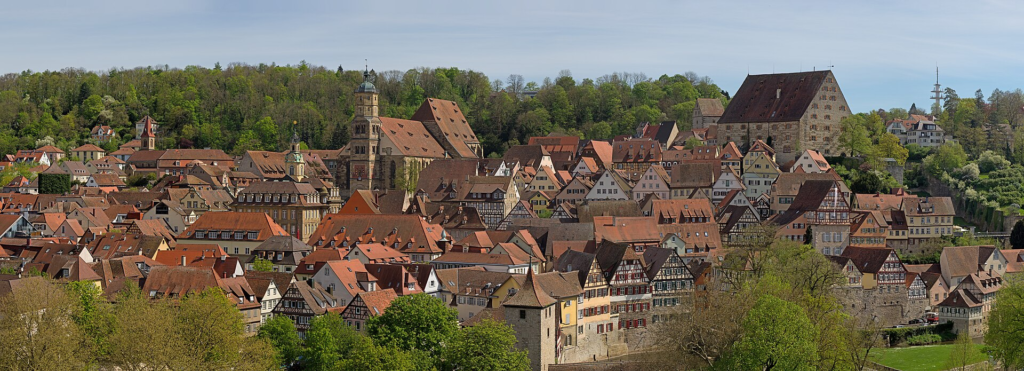
Above: Schwäbisch Hall, Baden-Württemberg, Germany
His pension and occasional honoraria were not enough to pay off the debts he had incurred by guaranteeing his brothers Louis and Karl.
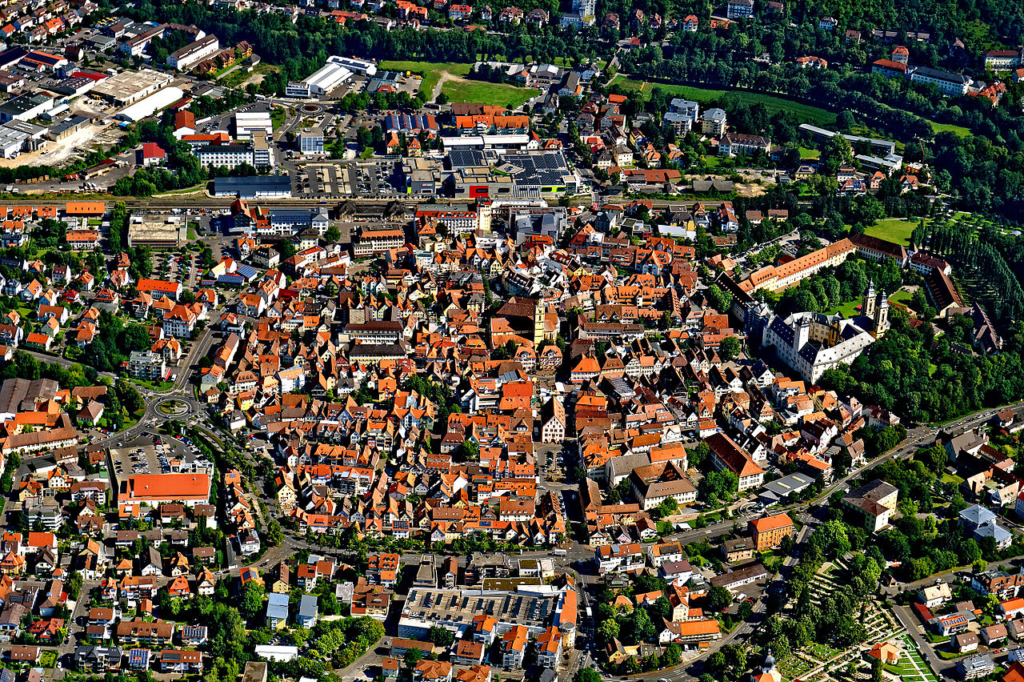
Above: Bad Mergentheim, Baden-Württemberg, Germany
The Scheer bailiff Karl Mörike, who died in Regensburg with his brother Louis in 1848, had served a year in Hohenasperg Fortress for seditious activities.
Eduard had been forced to testify as a witness in the trial.
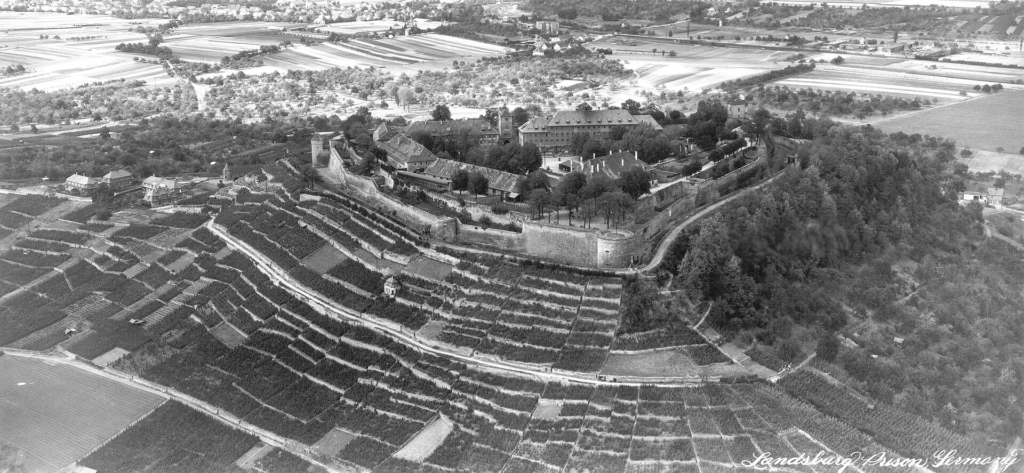
Above: Hohenasperg Fortress, Asperg, Baden-Württemberg. Germany
Eduard distracted himself, for example, by going on hikes to search for fossils.
So he went on a journey across the Swabian Jura like a paleontologist, collecting fossils.
At home, he compared them with other finds or read specialist literature.
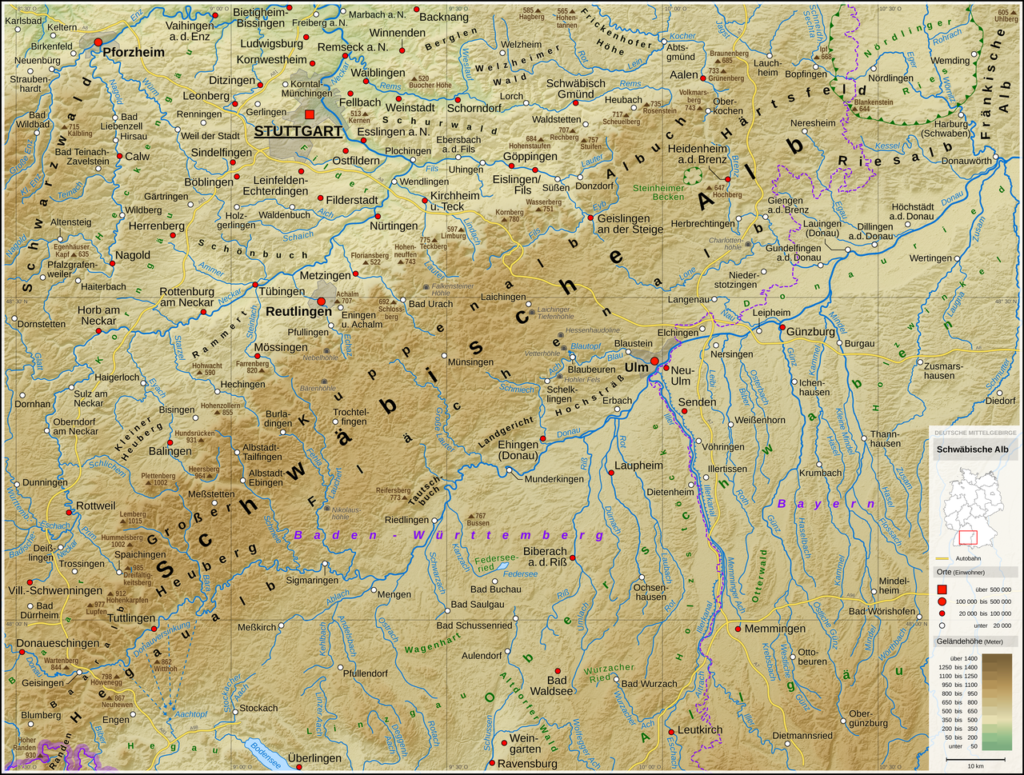
Above: Relief map of the Swabian Jura (Schwäbische Alb)
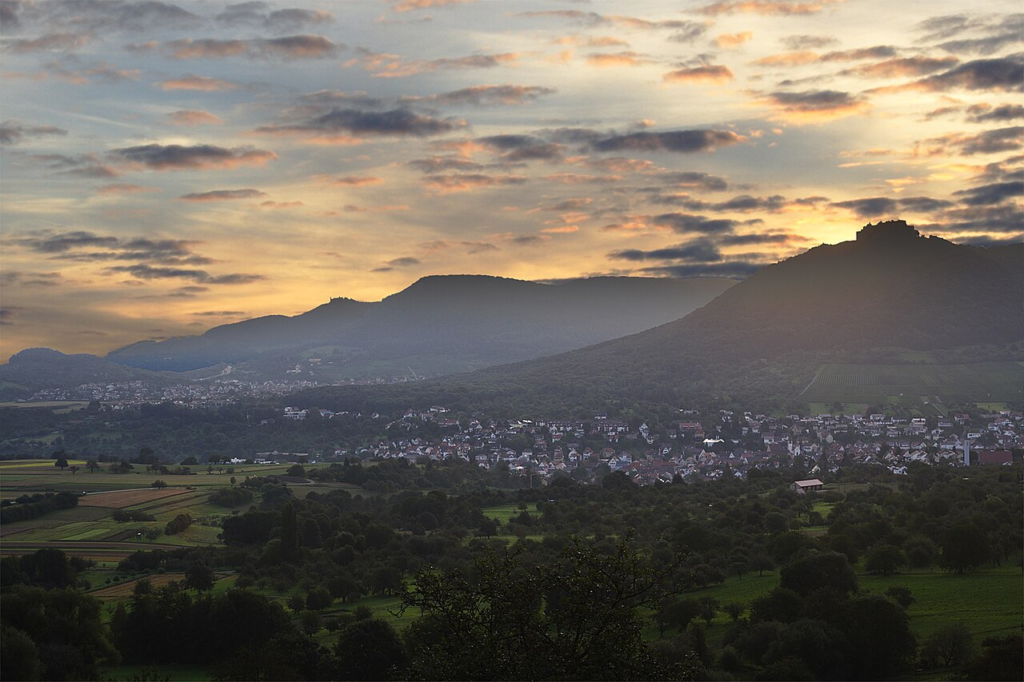
Above: Swabian Jura mountains
In Schwäbisch Hall, he wrote his work “Studies of a Prospective Petrefaktensammler“ (1845).
He described this activity in the poem “The Petrefaktensammler“ (1847).
The fossil collection was later given to Carl Beck.
In general, Mörike was an avid collector of everyday objects.
Given his frequent moves, these items were both a nuisance, but also made valuable and beautiful gifts for friends and relatives.
In April 1845, Eduard rented an inexpensive apartment for himself and his sister Klara in Mergentheim in the house of the Catholic Lieutenant Colonel von Speeth, who died that same year.
The household encouraged a rapprochement with the landlord’s surviving daughter, Margarethe von Speeth, which eventually developed into a steady relationship.
Despite religiously based objections from his oldest friend Wilhelm Hartlaub (a pastor in nearby Wermutshausen) and Margarethe’s brother, Eduard continued the relationship and they became engaged.
Initially, for financial reasons, a marriage was not considered.
It only took place in 1851 in the Bad Mergentheim castle church.
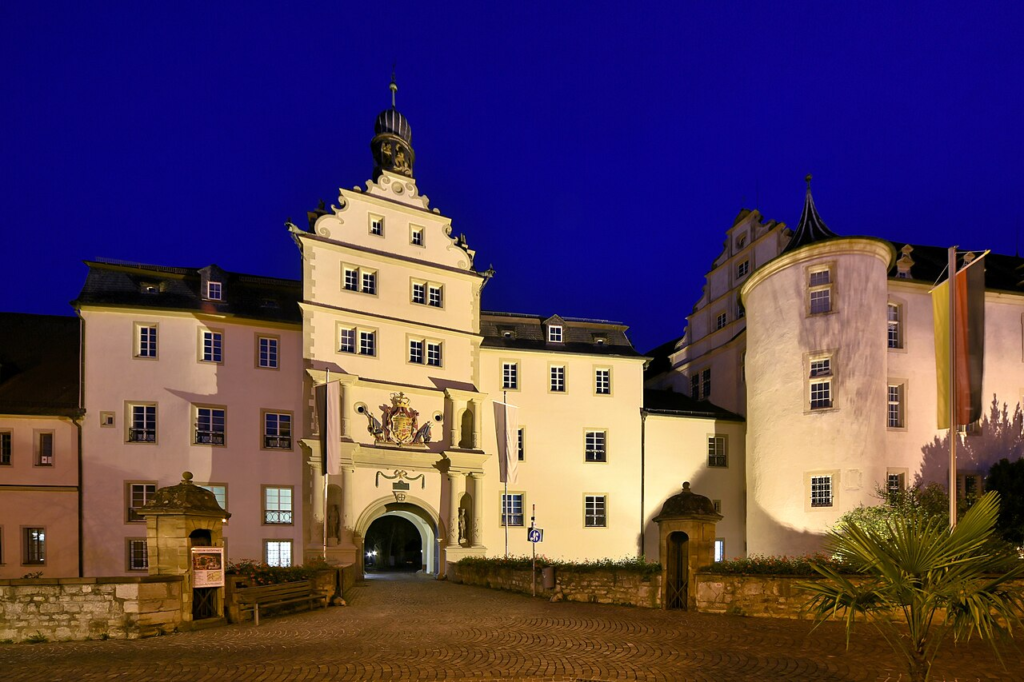
Above: Gatehouse of the Teutonic Order Castle in Bad Mergentheim
His sister Klara continued to live with him, but the difference in their religious beliefs was now the reason why Mörike’s friend Hartlaub distanced himself from him.
The relationship between Klara and Margarethe would also later become strained.
The couple moved to Stuttgart in 1851 and had two daughters, “Fanny” and Marie.
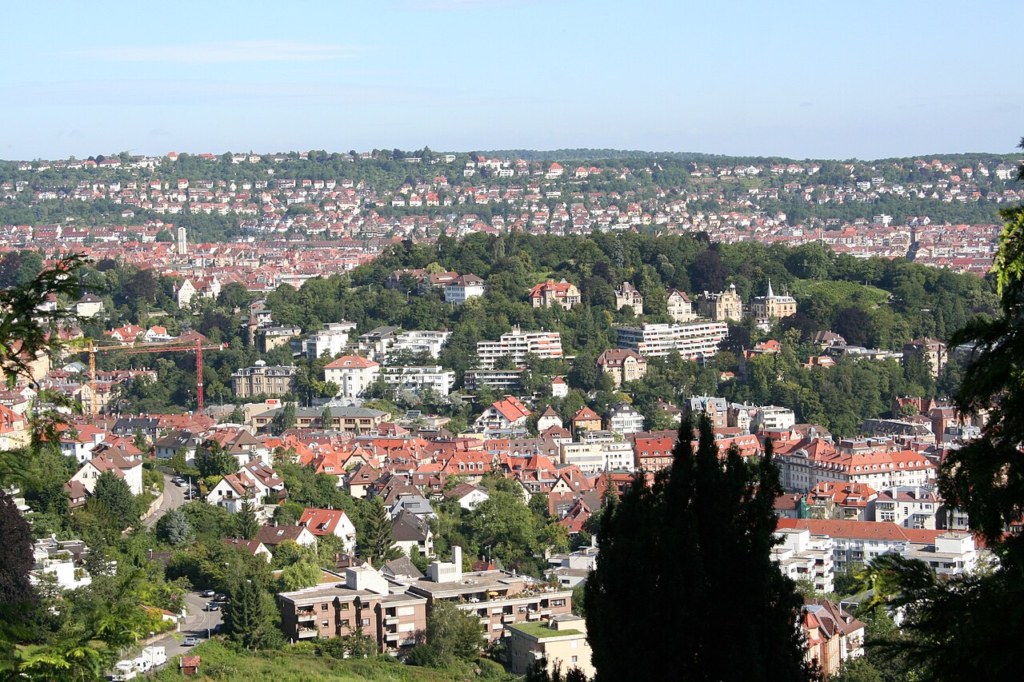
Above: Stuttgart, Baden-Württemberg, Germany
Between Mörike’s engagement to Margarethe von Speeth and his later marriage in Bad Mergentheim, with the subsequent years as a husband in Stuttgart, he traveled with his fiancée and his sister Klara for several months from 4 September to the end of December 1850 to Regensburg.
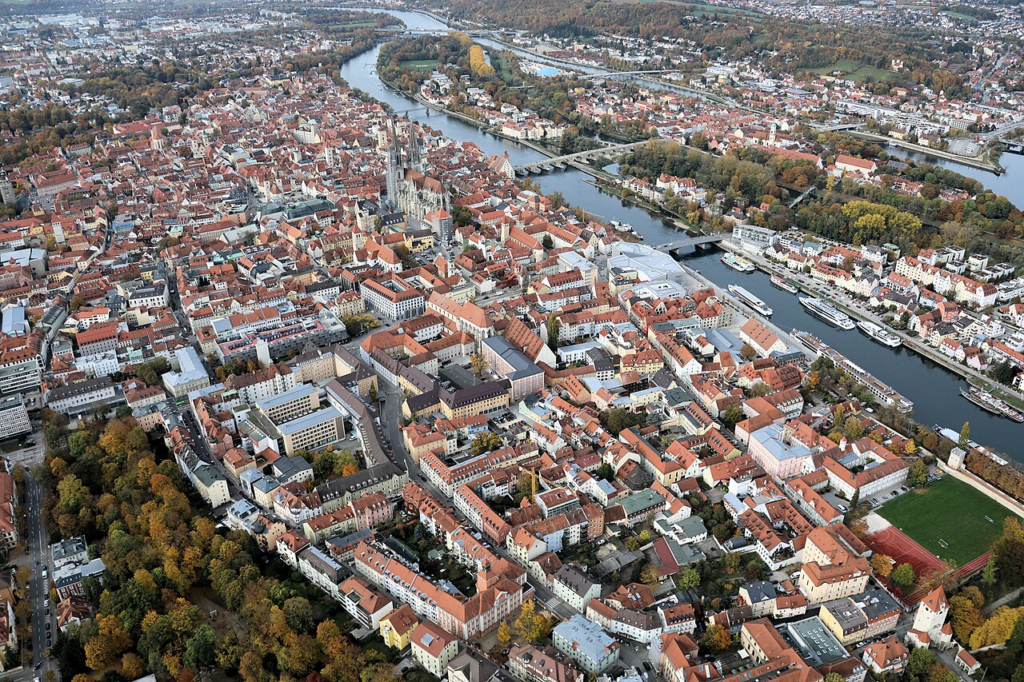
Above: Regensburg, Bavaria, Germany
There, at the beginning of 1848, his brother Louis, as administrator of the Thurn and Taxis Pürkel estate, had finally achieved the goal of his previously unsuccessful career aspirations, so that he was able to repay a loan owed to his brother Eduard.
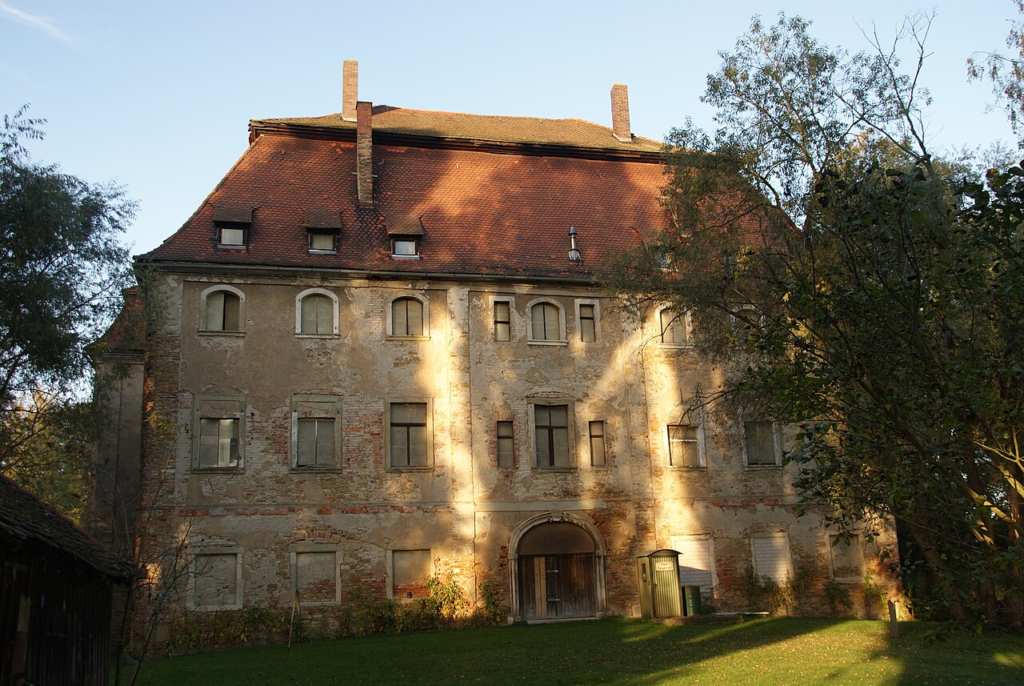
Above: Pürkelgut Castle, Regensburg
His brother Karl, who died in Regensburg with his brother Louis in 1848, had also left behind letters and a will, so that it was these brotherly matters that made the journey necessary for Eduard.
The journey took place without interruption by carriage via Crailsheim and Dinkelsbühl to Nördlingen, then by train to Donauwörth and then by steamship on the Danube to Regensburg, where they arrived in the evening of the second day of the journey.
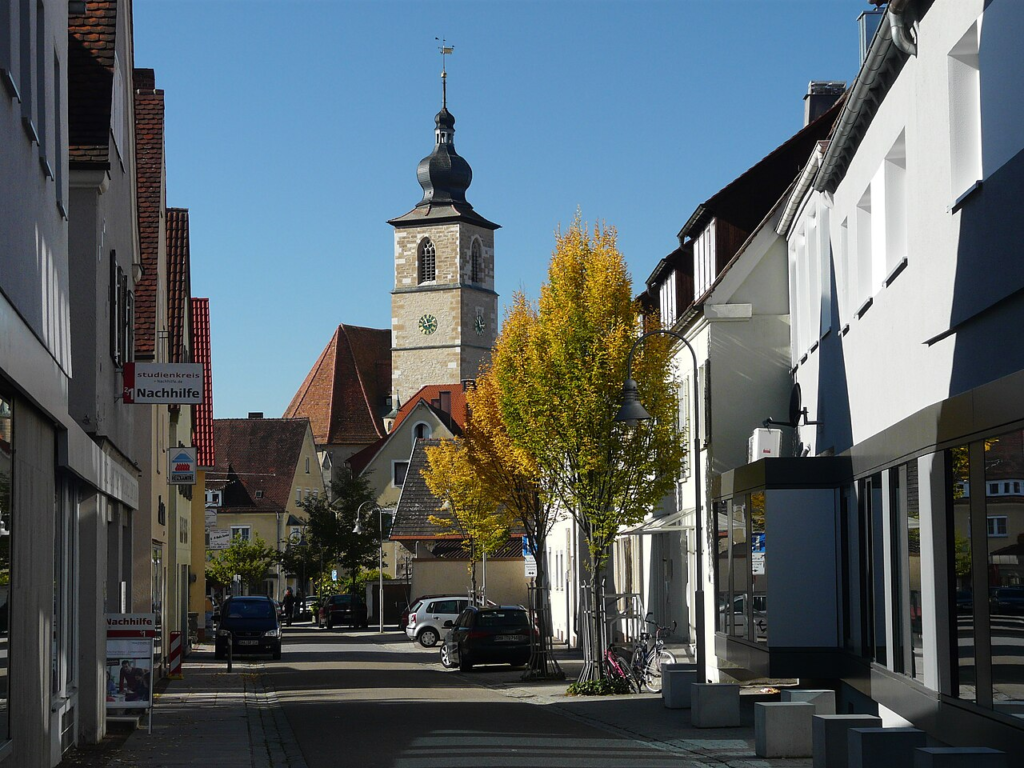
Above: Crailsheim, Baden-Württemberg, Germany
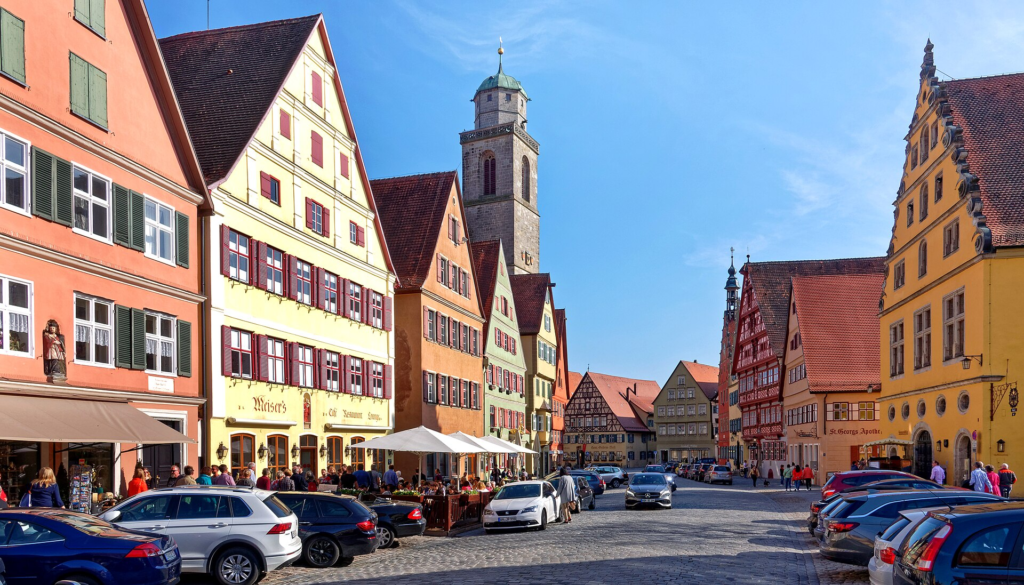
Above: Dinkelsbühl, Bavaria, Germany
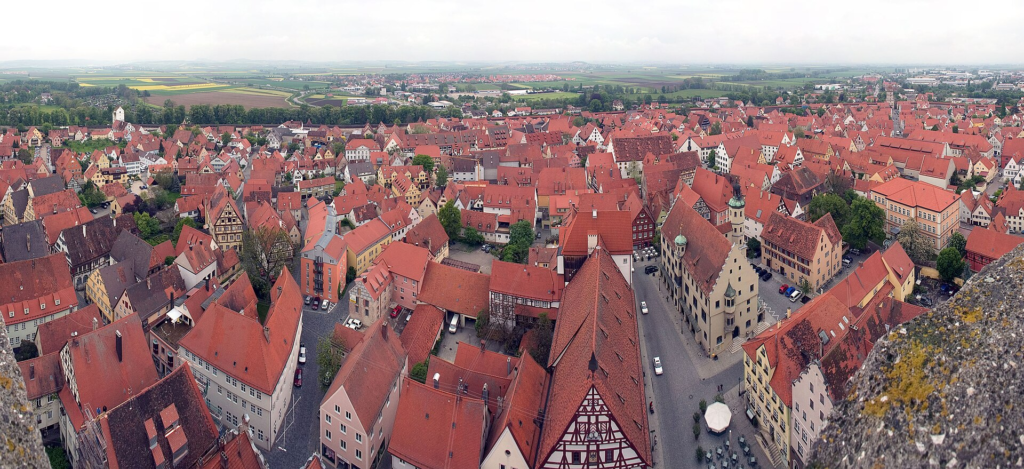
Above: Nördlingen, Bavaria, Germany
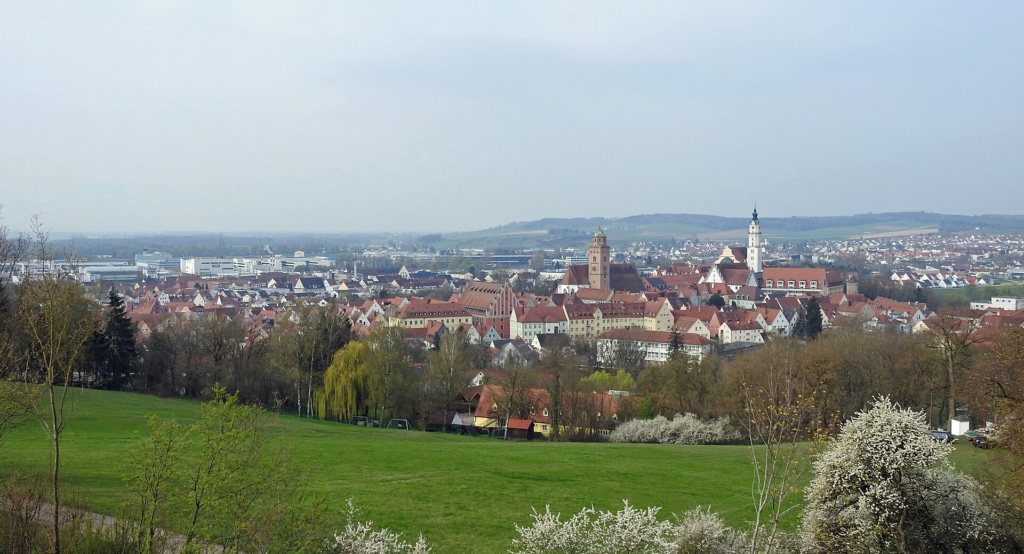
Above: Donauwörth, Bavaria, Germany
In Regensburg, an extensive sightseeing program of the city and surrounding area was completed, documented in the notes of his fiancée, Margarethe von Speeth.
In addition to a visit to the Rehbach pencil factory (now New German House) on Ägidienplatz and extensive tours of the Regensburg Cathedral, which had already been stripped of its Baroque furnishings, both inside and out, the visit also included a Protestant service in the Trinity Church on 15 September.
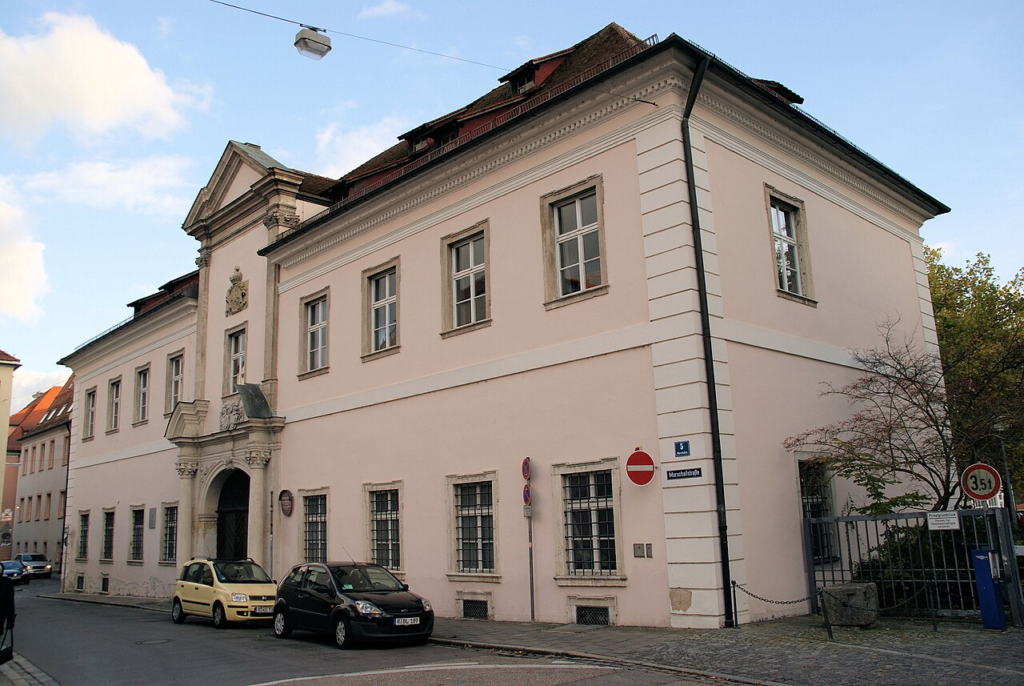
Above: New German House, Regensburg
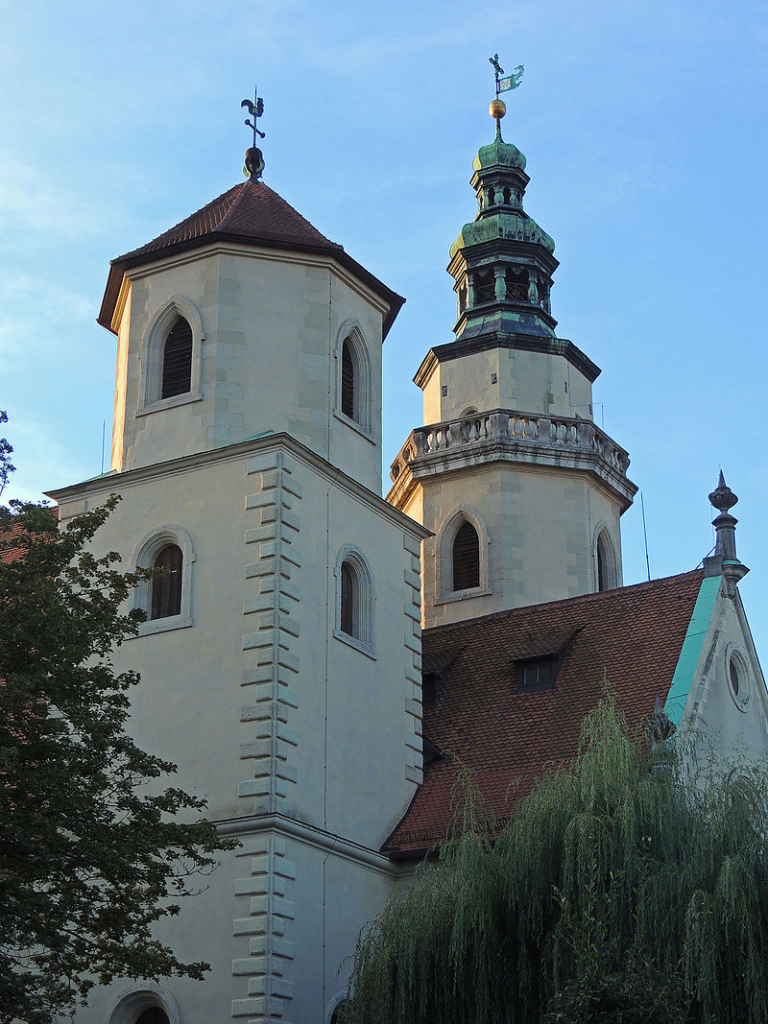
Above: Trinity Church, Regensburg
Even in the absence of his Catholic fiancée, the Cathedral was a destination for Eduard and his sister several times.
For him, the Cathedral was not only an impressive architectural monument, but also a touchstone for his difficult, controversial decision to enter into a mixed marriage.
In letters to his fiancée, he uses reports of his visits to the Cathedral to immerse himself in his fiancée’s Catholic world.
At the end of October 1850, (i.e. before the expansion of the cathedral towers began in 1859), his sister reported on a family visit to the Cathedral, which also included a climb with the children.
At that time, it was possible to climb the building via the donkey tower “like a snail’s tower upwards“, whereby one had to walk “in the dark of night” instead of using steps “in a low position” and then walk “up and down church floors and all sorts of strange angles with stairs” until one reached “the top gallery“, where one could walk around the mighty building and thereby “be immersed in the splendour of an entire forest of graceful stone branches“.
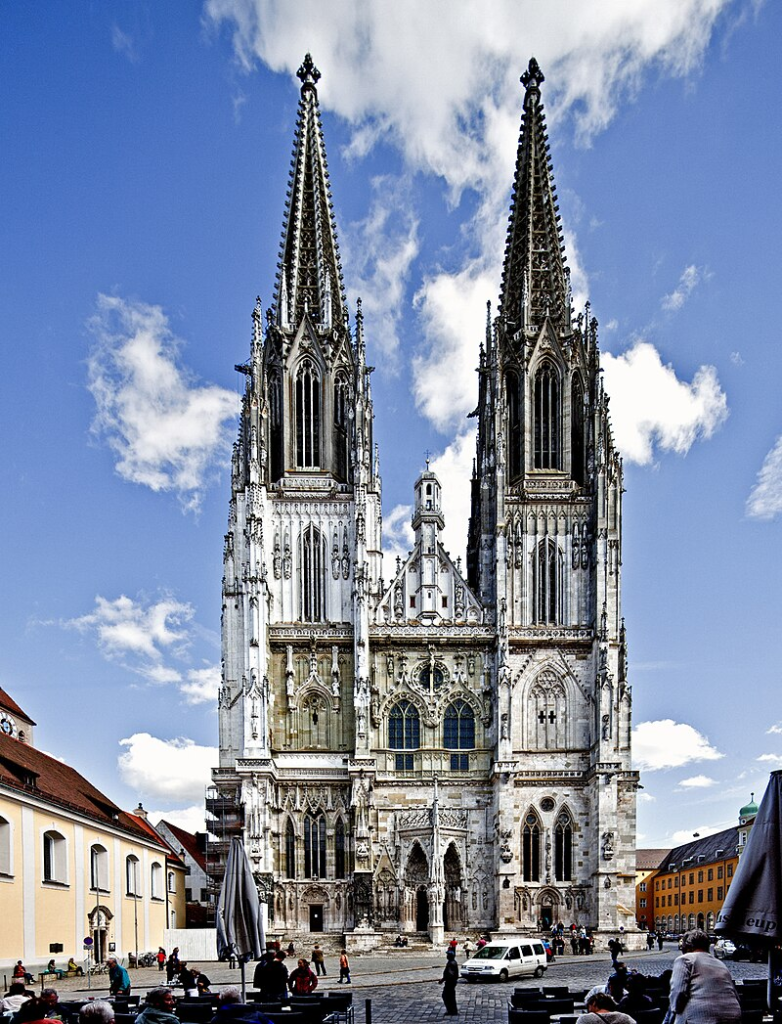
Above: Regensburg Cathedral
In Regensburg, Eduard Mörike also attended a performance of Don Giovanni and witnessed a dangerous house fire.
Both events were reflected in his works The Fire Rider and Mozart on the Journey to Prague.
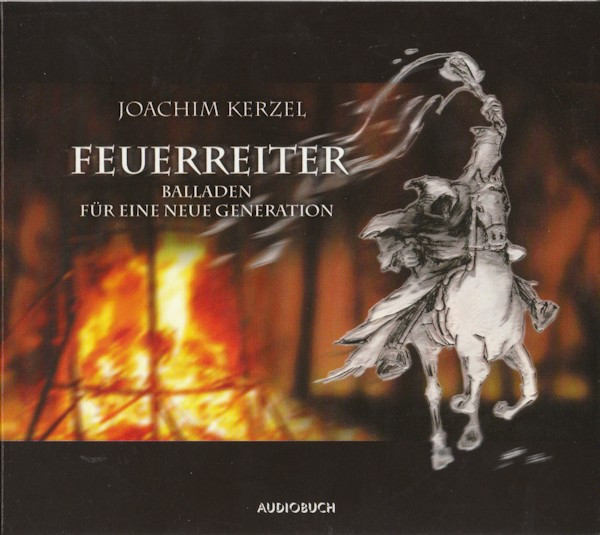
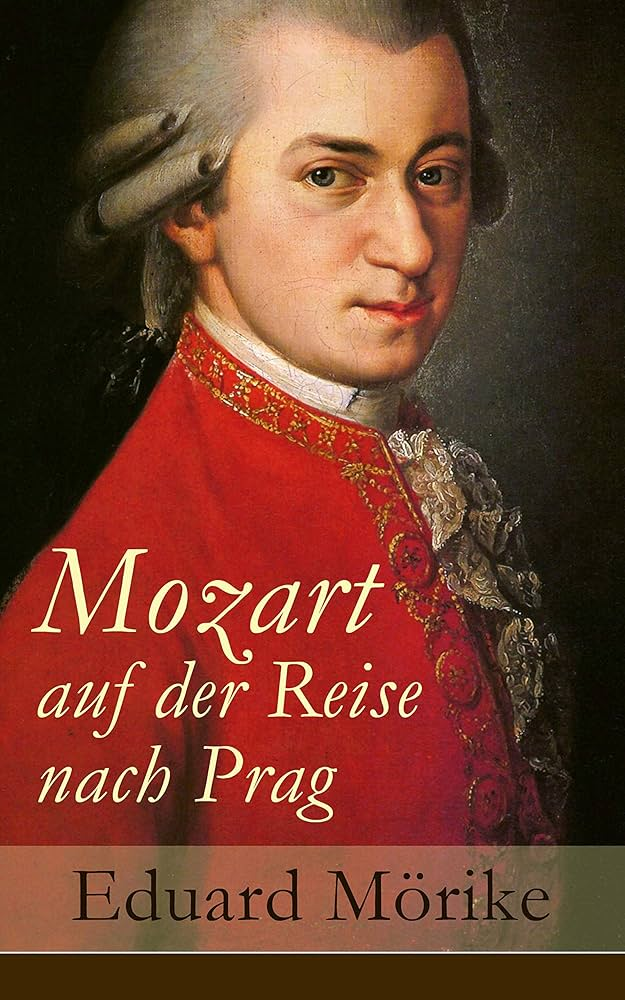
In Stuttgart, Mörike taught literature at the Königin-Katharina-Stift for ten years from 1856.
In 1866, Mörike retired.
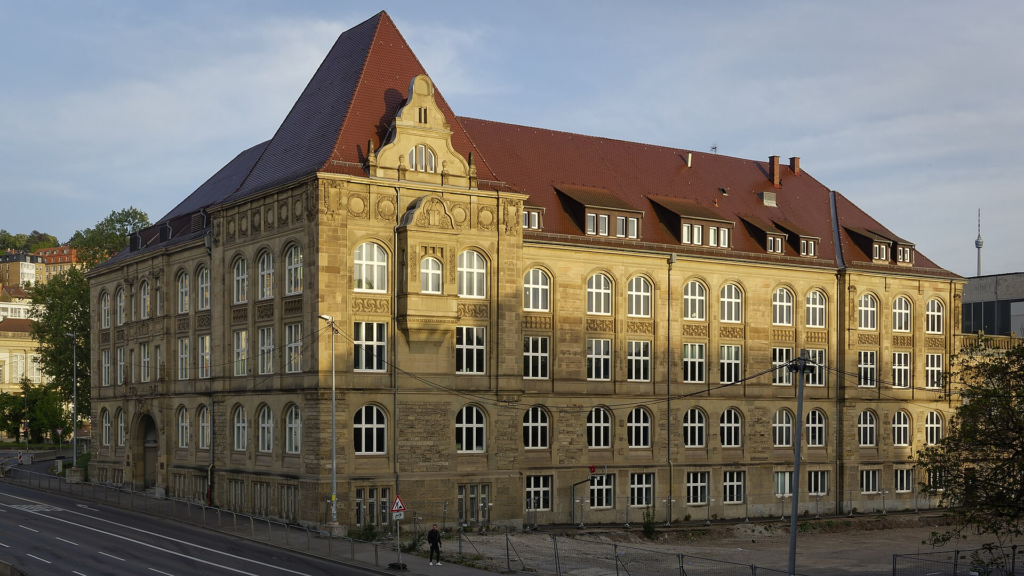
Above: Königin-Katharina-Stift-Gymnasium (high school), Stuttgart
Between 1867 and 1873, the poet moved several times.
In 1867, he moved to Lorch, in 1869 back to Stuttgart, in 1870 to Nürtingen and again in 1871 to Stuttgart.

Above: Lorch, Baden-Württemberg, Germany
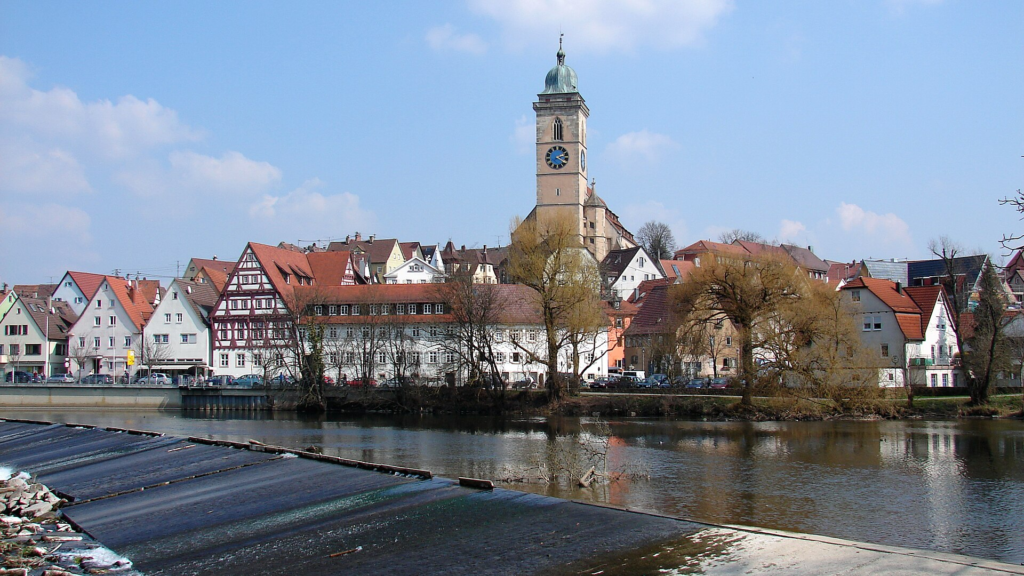
Above: Nürtigen, Baden-Württemberg, Germany
Tensions between his sister Klara and his wife Margarethe also affected the couple.
In 1873, on the occasion of the engagement of their 18-year-old daughter Fanny, an argument arose, after which Margarethe temporarily moved out.
Mörike decided to separate from his wife and moved with Klara and their daughter Marie for a short time to Fellbach, before returning to Stuttgart.
During this time, his annual income amounted to 1,955 guilders.
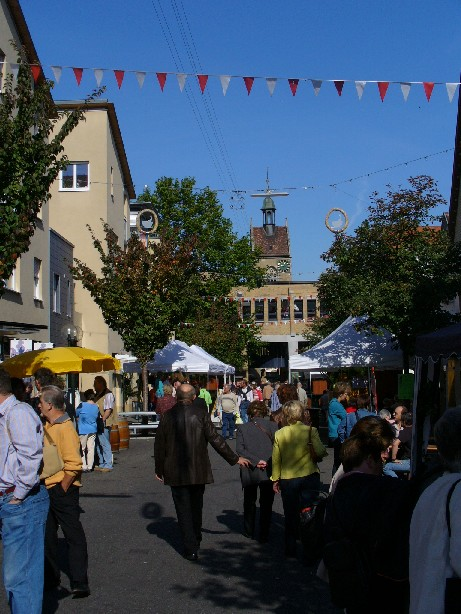
Above: Fellbach, Baden-Württemberg, Germany
In 1875, Mörike became bedridden.
After suffering from rheumatism and heart disease for many years, he finally died of pneumonia.
Shortly before his death, he reconciled with his wife at his sickbed.
Mörike was buried in Stuttgart’s Pragfriedhof Cemetery, two years after its opening.

Above: The grave of Eduard Mörike in the Pragfriedhof cemetery in Stuttgart, the tondo on the tomb shows Mörike in profile
During his lifetime, Mörike was considered the most important German poet after Goethe.
Despite the honors he received later in life, only a few recognized his literary significance.
Today, one recognizes the profound nature of Mörike’s work and the modernity of his radical escapism.
The poems (1838) were expanded in 1848 and 1864.
From the phase during his vicariate, in which he tried to work as a freelance writer, come, among others:
- The Sad Coronation (1828)
- September Morning, It is He (1829)
- Song of Weylas (1831)
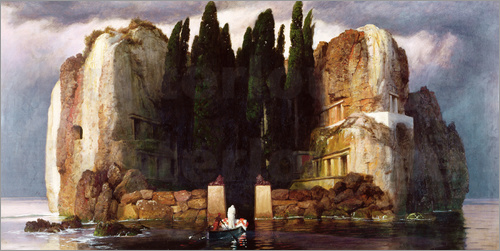
Painter Nolten is the title of a romantic artist novel by Eduard Mörike, published in 1832, tells the tragic love story of the painter Theobald Nolten and his fiancée Agnes, who become entangled in a fateful web of action.
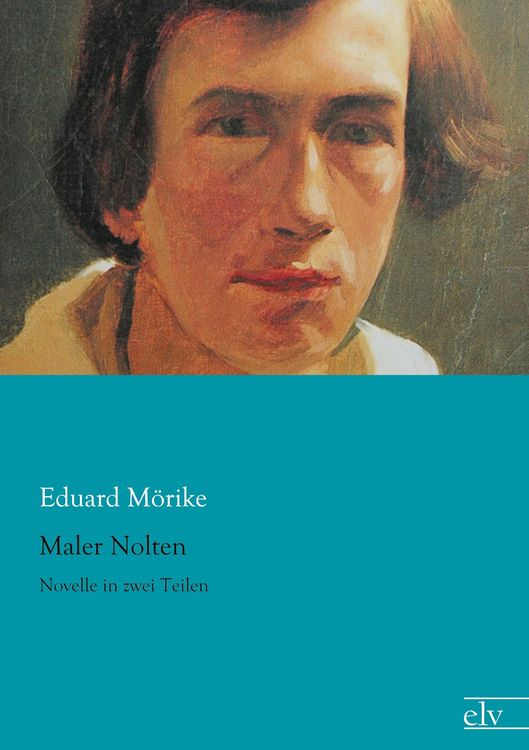
Lucie Gelmeroth is the title of a novella by Eduard Mörike, first published in 1834.
The narrator describes his love affair with his childhood friend Lucie, which was fatefully sparked by a criminal case.
Due to personal difficulties (separation from Luise Rau, arrest of his brother Karl), he did not finish the novel, but only delivered this insert to the publisher.
For the second version, the author changed the names and moved the plot from England to Germany.
In retrospect, an unnamed scholar recounts his encounter with his childhood friend, who accuses herself of murder and whom he marries after proving her innocence.
In the protagonist’s reflections on his ambivalent feelings towards the girl, echoes of Mörike’s love affair with Maria Meyer could be found.
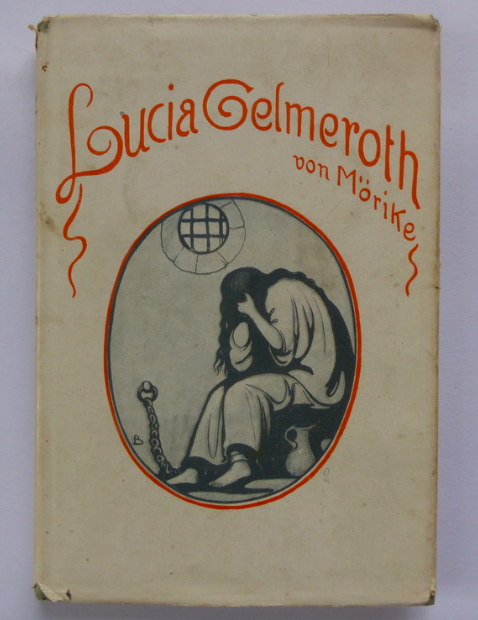
The Treasure is the title of a fairy tale novella by Eduard Mörike , published in 1836.
The lives of the two main characters, Franz and Ännchen, are guided by the secret plan of a baroness who, with the help of the two Sunday children, wants to bring peace to the spirit of her wandering ancestor.
In this mixture of reality and fantasy, the fateful events and the apparitions of the surreal world are connected to the dreamlike states of the protagonists and ultimately dissolve into speculation about fiction and truth.
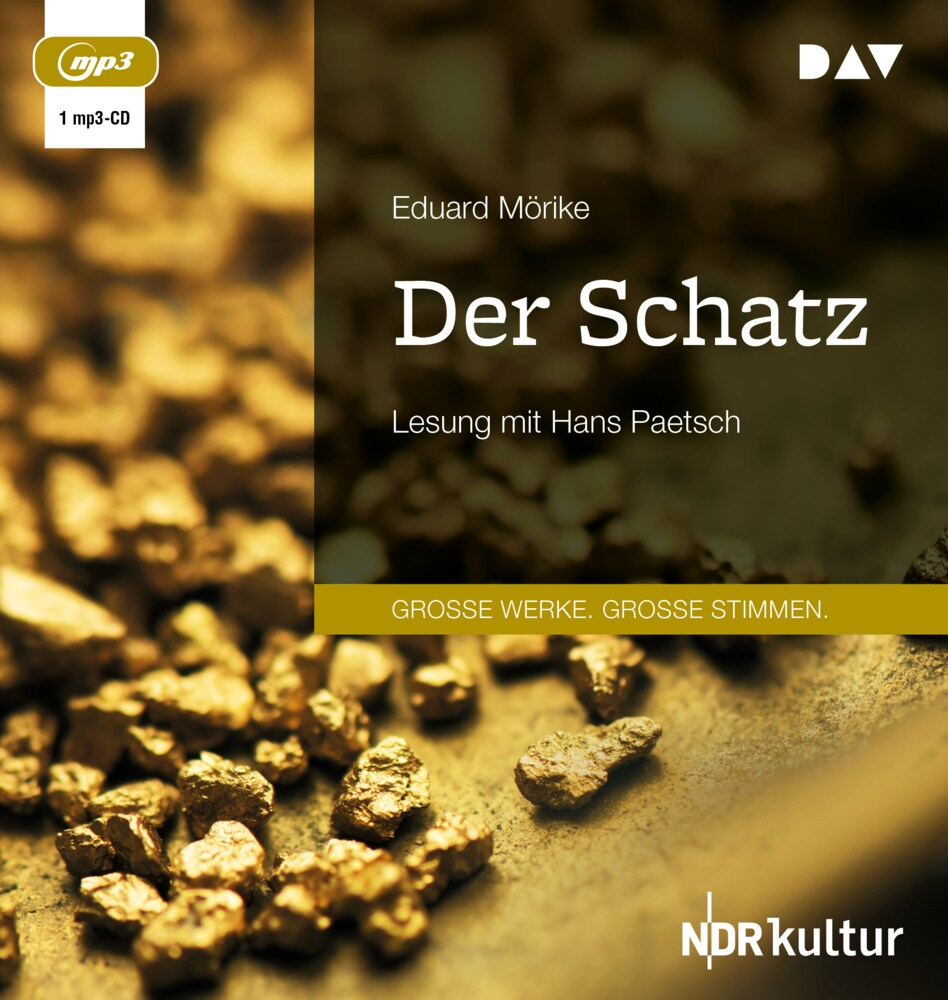
The Farmer and His Son is the title of a fairy tale by Eduard Mörike published in 1839.
The magical forces of nature punish a farmer who is dissatisfied with his life and mistreats his animals, and he loses his farm.
His sensitive son, however, is rewarded for his love of animals and turns the family’s fortunes around.
Following his example, the father vows to improve.
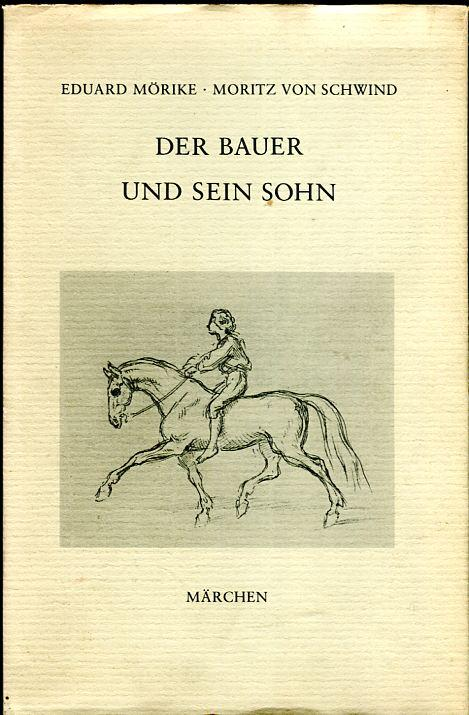
The Stuttgart Hutzelmännlein is a fairy tale by Eduard Mörike and was first published in 1853.
The Swabian word “Hutzel“ has several meanings.
In a narrower sense, it refers to pieces of dried fruit (especially apples and pears), which is why fruit bread, supposedly invented by the title character, is also called “Hutzelbrot“ in Swabian.
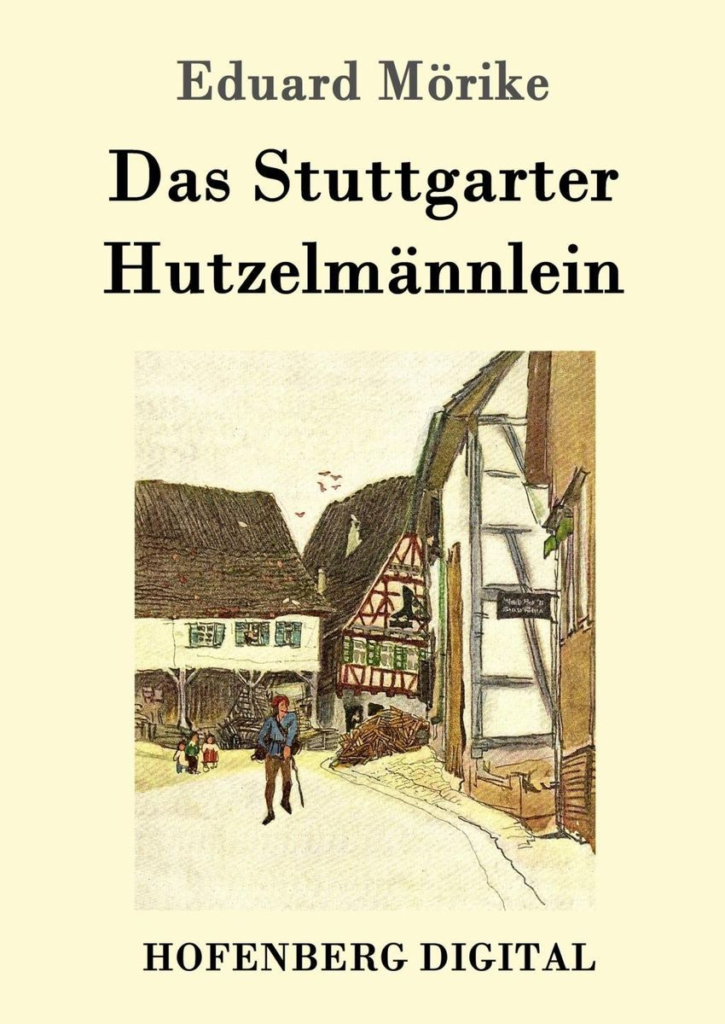
The Hand of Jezerte is the title of a fairy tale by Eduard Mörike, published in 1853, which tells a story of jealousy and intrigue at the prince’s court, with the marble statue of the king’s dead lover at the center of the action.

Mozart on his Journey to Prague is an artist’s novella by
Eduard Mörike, based on the great musical figure
Wolfgang Amadeus Mozart and tells of a completely fictitious incident.
It depicts a day in Mozart’s life in the autumn of 1787.
The composer and his wife Konstanze are on their way from
Vienna to Prague, where the premiere of their new opera
Don Juan is to take place.
As they stop for a break in the countryside near the castle of Count Schinzberg, Mozart strolls through the castle park and absentmindedly picks an orange from the park’s beautiful bitter orange tree, where he is surprised by the count’s gardener.
The argument ends with Mozart writing to the countess and being invited to the castle.
There, the count and his wife are celebrating the engagement of their niece Eugenie.
Mozart and his wife emotionally integrate themselves into the cultured circle, and finally the celebrated maestro plays a piece from the almost finished opera to the cheerful group.
But in Eugenie, it was precisely the enthusiastically received music that aroused the premonition of Mozart’s imminent death:
“It was so certain to her, so absolutely certain, that this man would quickly and inexorably consume himself in his own ardor, that he could only be a fleeting apparition on earth, because she would not in truth be able to bear the excess he would exude.”
The next day, Mozart and Konstanze, who had received a carriage as a gift from the Count, travel on towards Prague.
The novella ends with the famous Mörike poem “Denk es, o Seele!” (Think it, o Soul!), in which Eugenie’s premonition of death receives a prophetic confirmation, as it, presented as a Bohemian folk song, accidentally comes into her hands while tidying up the music.
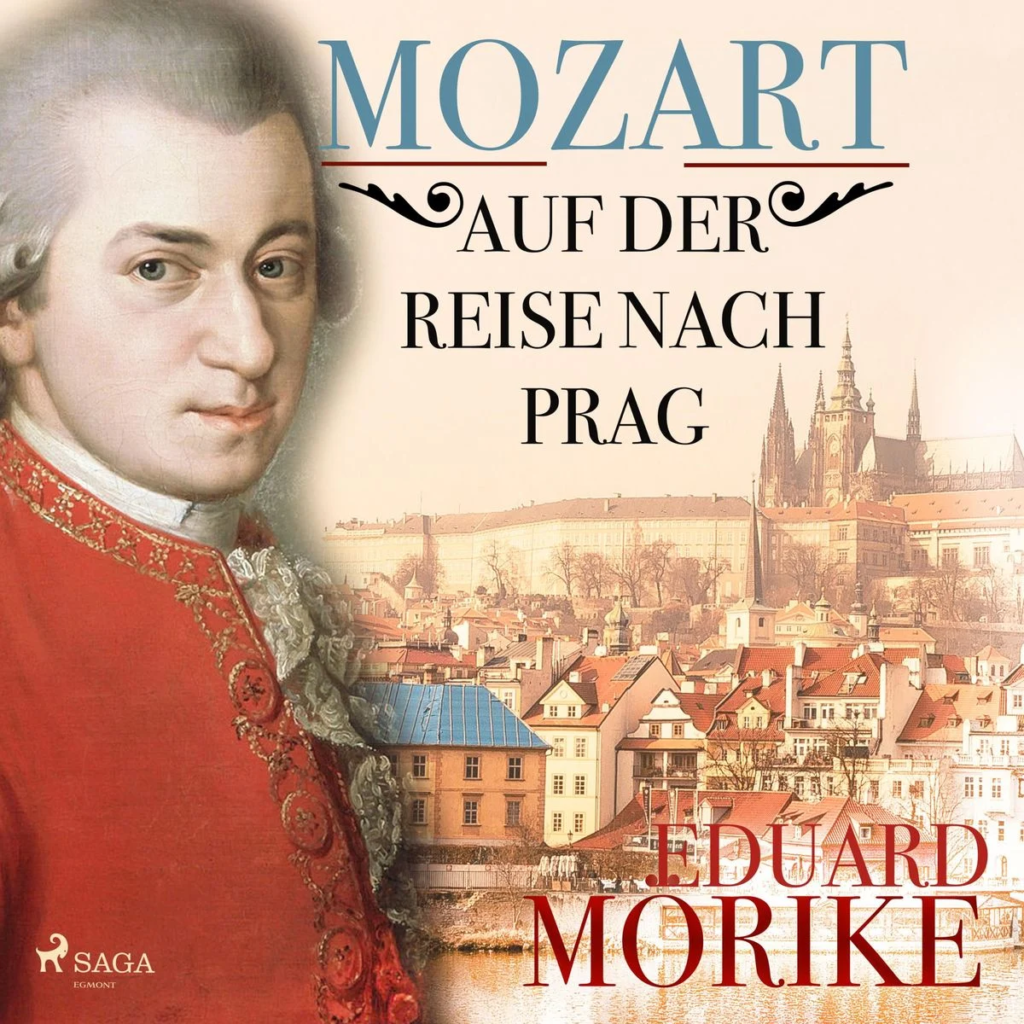
A hundred years after Mörike’s visit, the people of Uttwil expressed their gratitude for Mörike’s literary immortalization of their village by adorning their church tower with an exact, albeit enlarged, replica of the weathercock from Cleversulzbach.
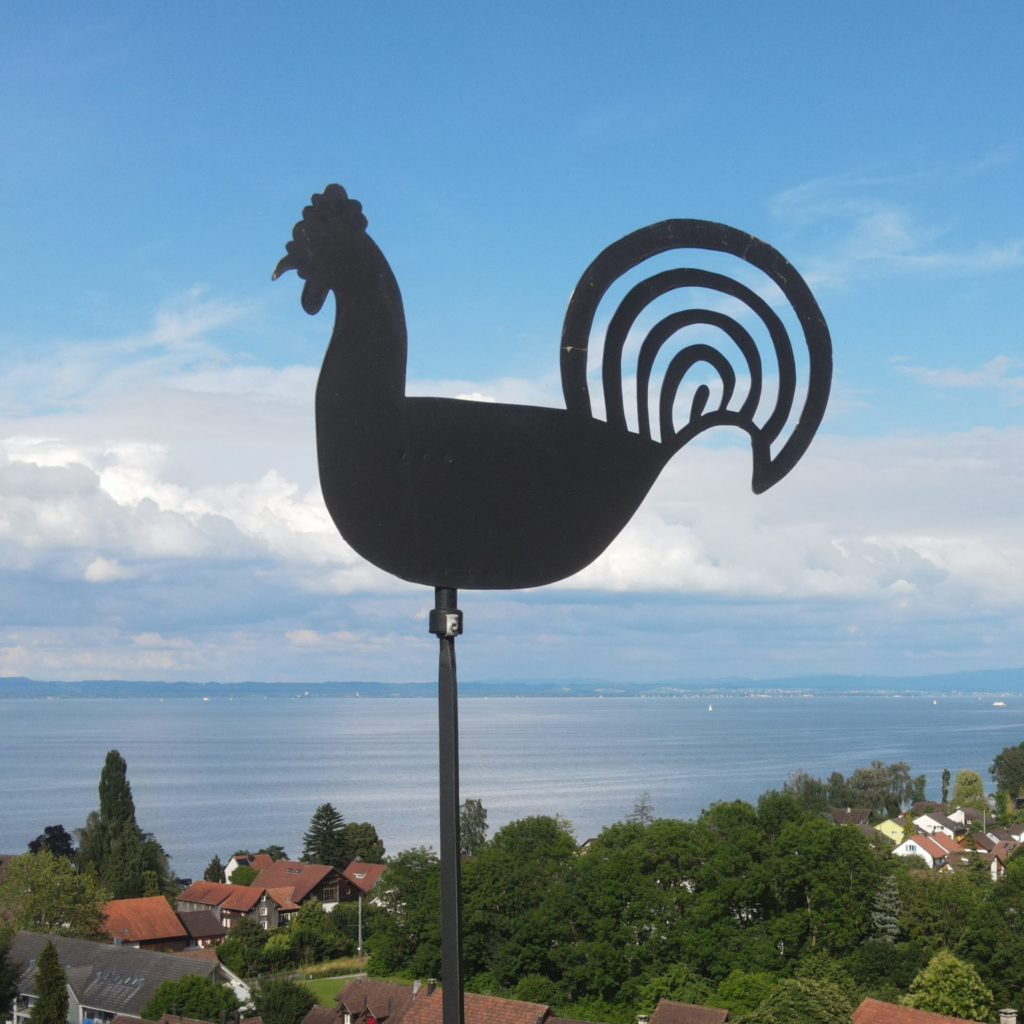
Above: The Old Rooster, Uttwil, Canton Thurgau, Switzerland
In the poet’s former parish, however, the old weather vane can no longer be found.
It now rests in the Literature Museum in Marbach am Neckar, where not a single rooster crows for it.
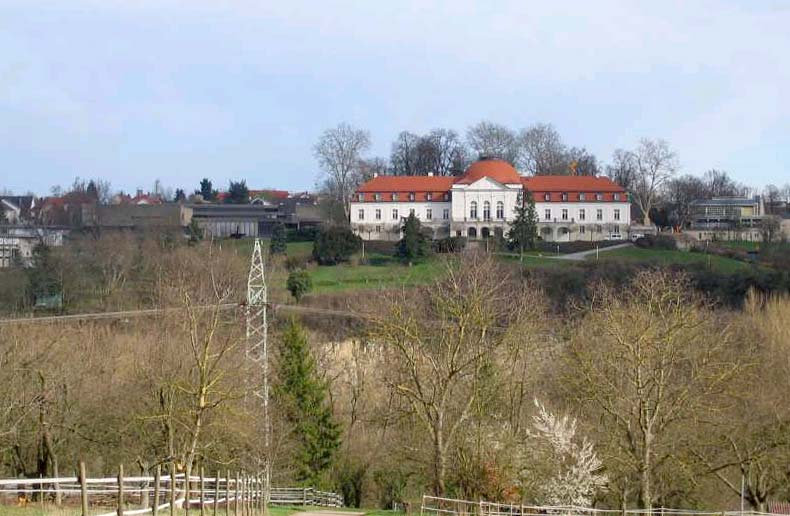
Above: German Literature Archive and Schiller National Museum, Marbach am Neckar, Baden-Württemberg, Germany
Mörike’s words, that he felt “bathed in pure health” in Uttwil, would prove prophetic for the village.
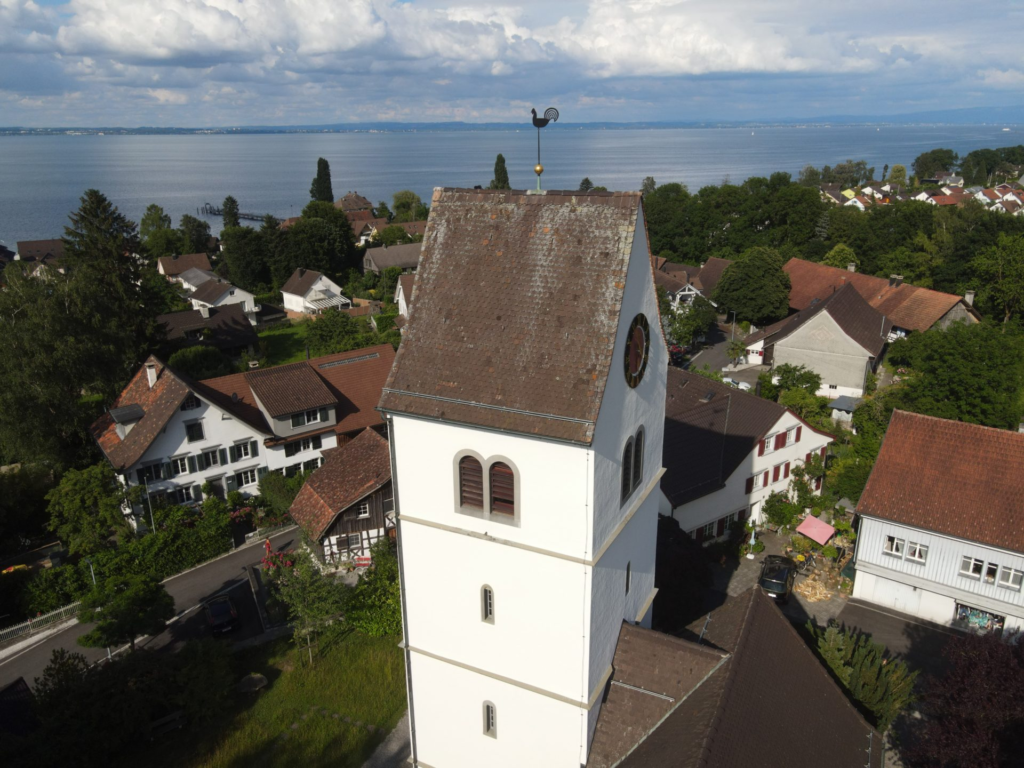
Above: Church tower, Uttwil, Canton Thurgau, Switzerland
Tuesday 11 March 2025 (1214)
Romanshorn, Canton Thurgau, Switzerland (Population: 11,296)
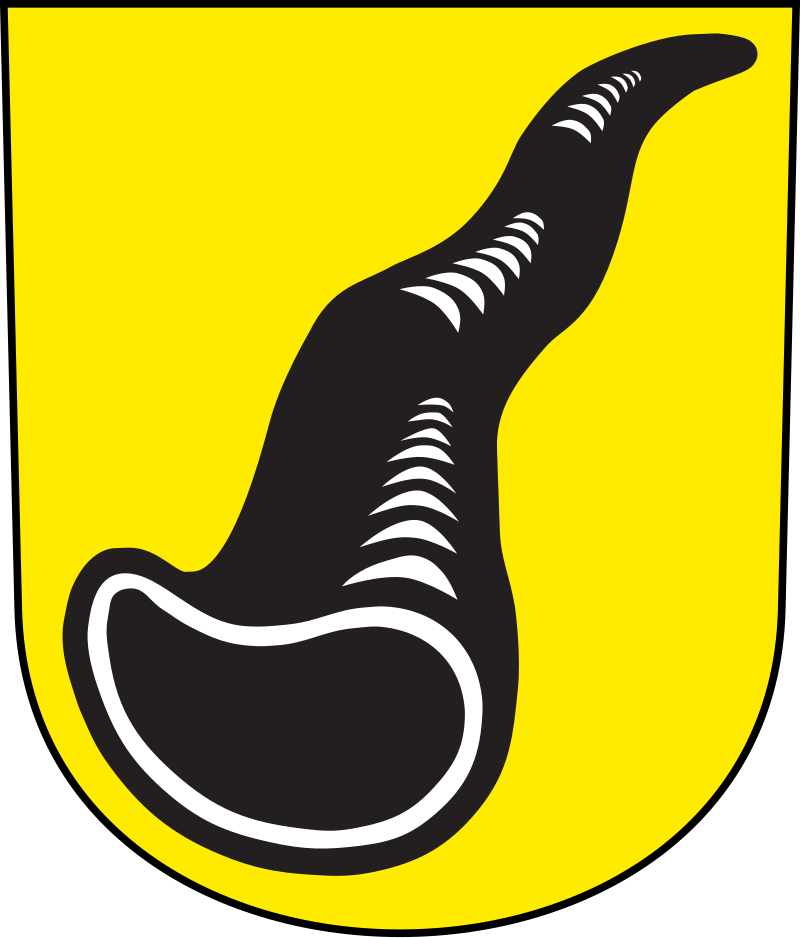
Above: Coat of arms of Romanshorn
The town of Romanshorn lies on the southern shore of Lake Constance and borders the communities of Uttwil, Hefenhofen and Salmsach.
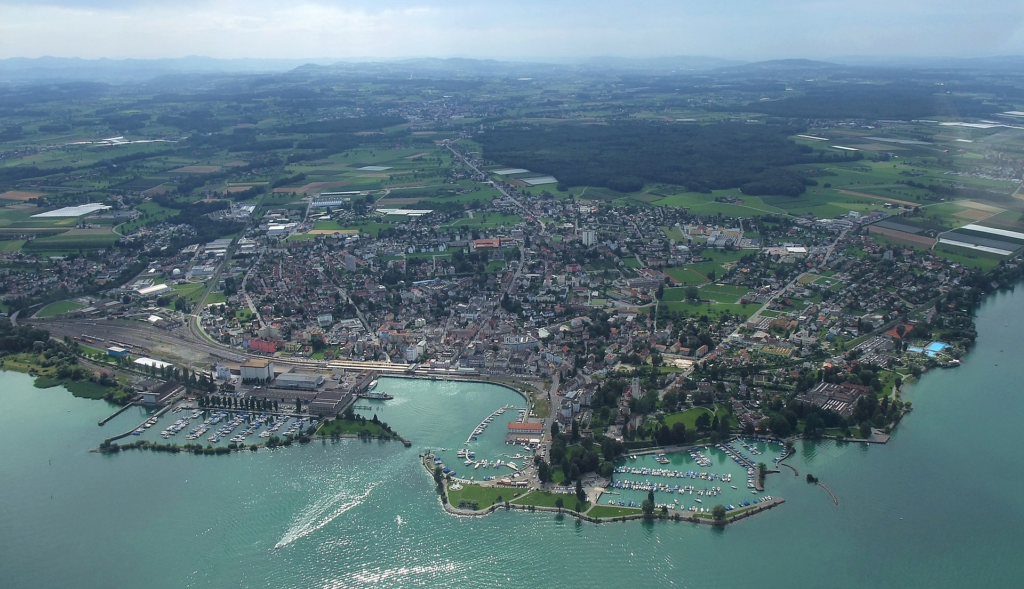
Above: Romanshorn
Romanshorn has a hinterland with a large forest that has received the national Binding Award for exemplary forest management.
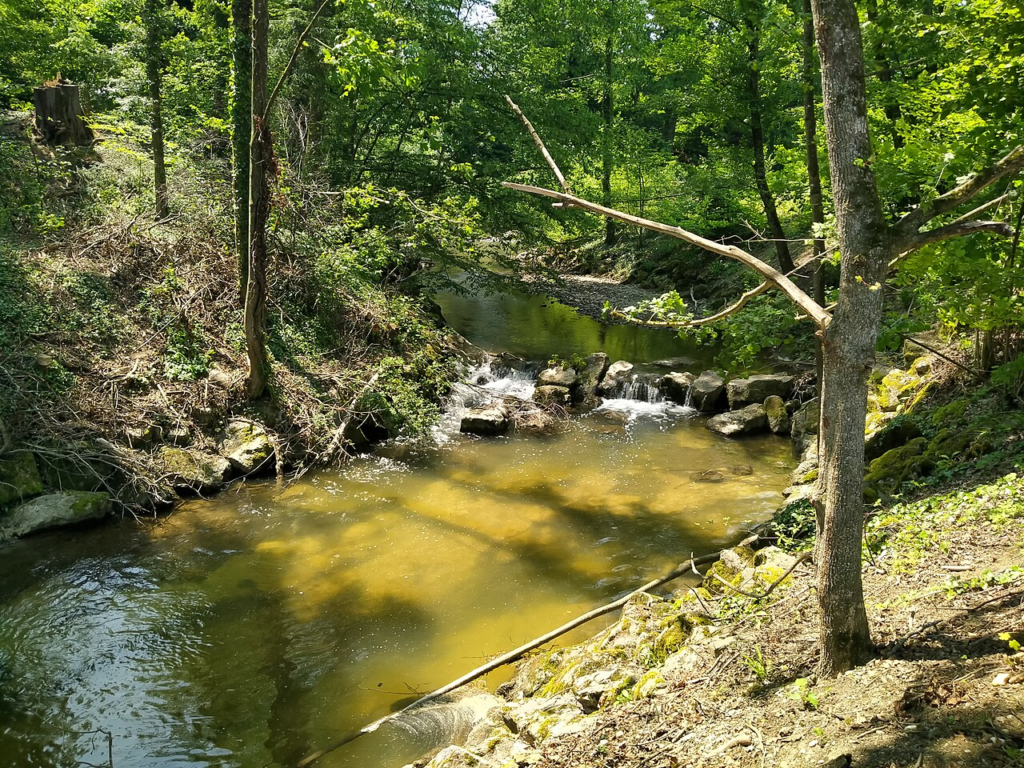
Above: Aach River, Roamnshorn
Romanshorn was probably settled by Romans until the end of the 7th century.
Rumanishorn was first mentioned in 779 or 782, when Waldrata donated her property in Romanshorn to the monastery of St. Gall.
In the late Middle Ages until 1367, the bailiwick of Romanshorn was temporarily owned by the von Landenberg family.
In 1455, Abbot Kaspar von Landenberg sold the land to the city of St. Gallen, but the churchgoers forced the sale to be annulled by the court.
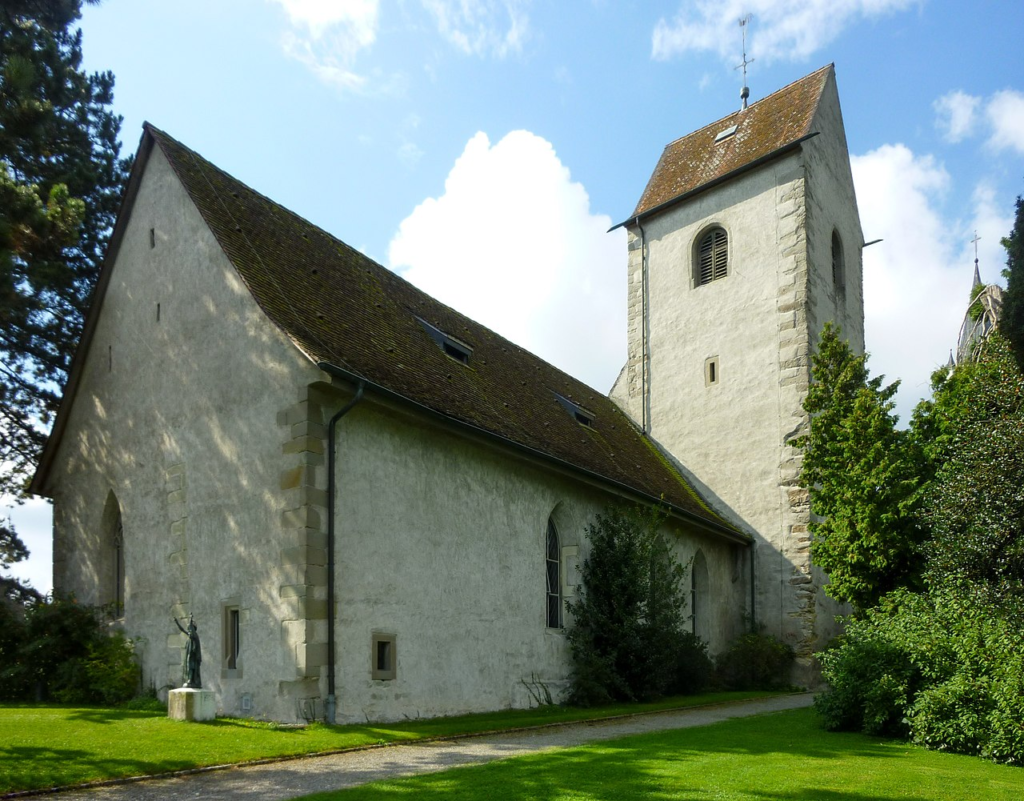
Above: Romanshorn Parity Church –
The old church still bears witness to its medieval past.
Romanshorn was an important outpost of the St. Gallen monastery for centuries.
The Romanshorn court was opened in 1469 by Abbot Ulrich Rösch and was administered by the Romanshorn office.
Until 1798, the monastery of St. Gallen held the right of men, the appellation and the homage – mostly in Täschlishusen near Häggenschwil.
The remaining sovereign rights belonged to the Landgraviate of Thurgau.
In 1803, the local and municipal communities of Romanshorn were formed, which merged into the unified community of Romanshorn in 1870.
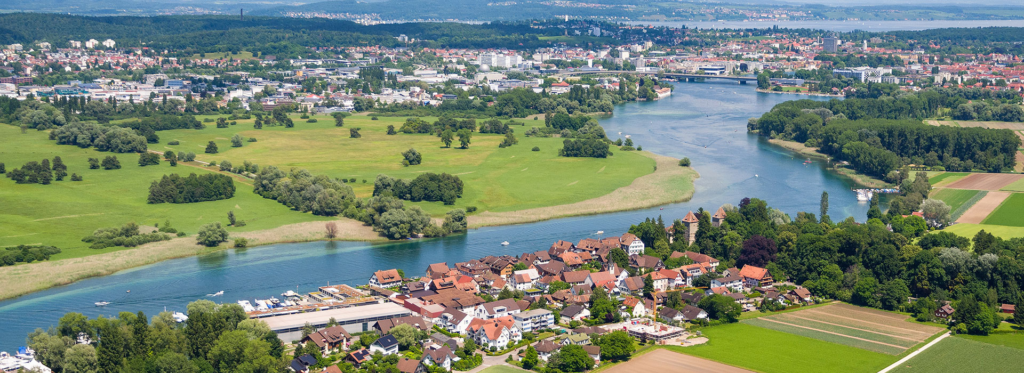
Above: Romanshorn
A church was first mentioned in Romanshorn in 779.
The parish priest, attested in 1275, held a benefice of 16 pounds.
In 1480, St. Gallen incorporated the church, which was enlarged in 1504.
In 1525, Romanshorn converted en masse to the Reformation.
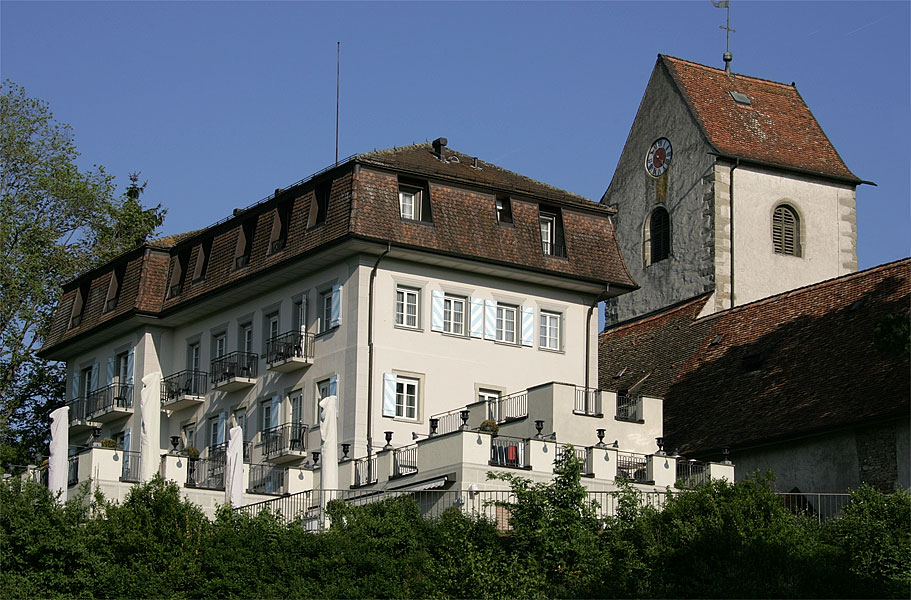
Above: Romanshorn Castle and Old Church
In 1588, the federal protectorates decreed that the Reformed Salmsach pastor would also serve Romanshorn.
Romanshorn remained a branch until the Romanshorn-Salmsach parish was formed.
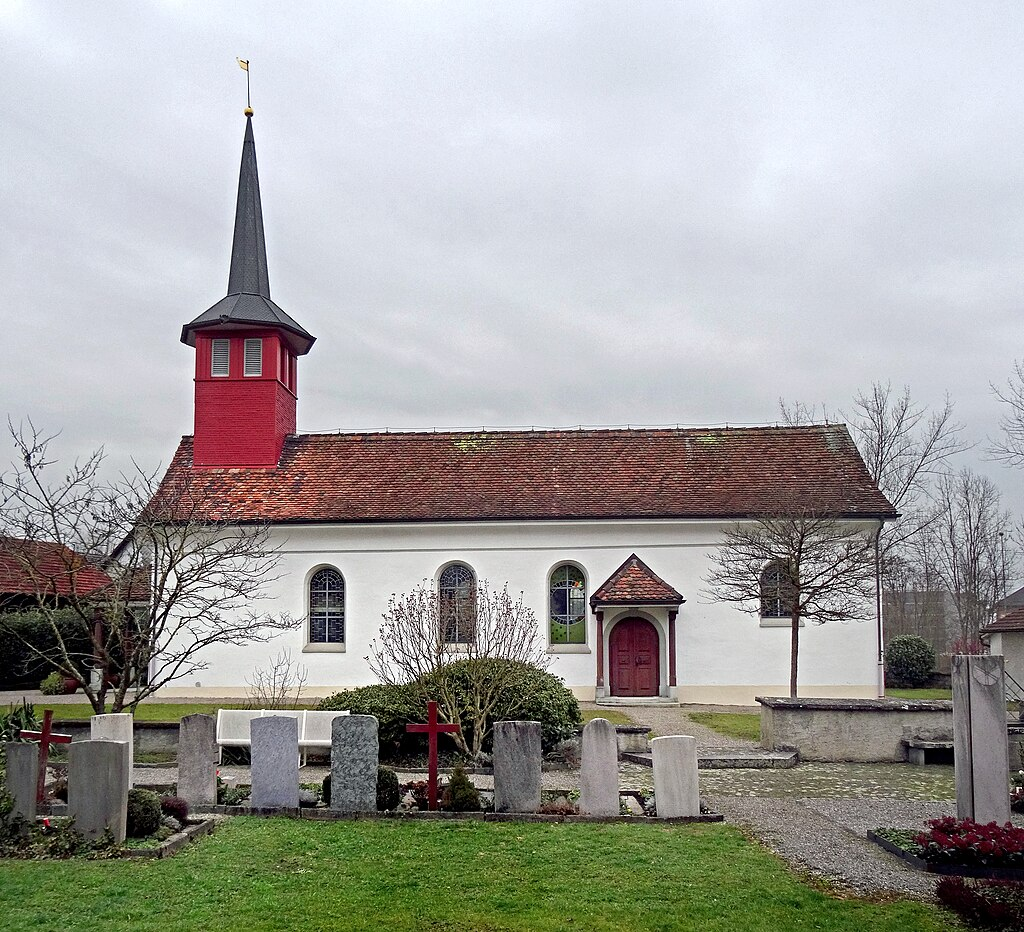
Above: Salmsach Evangelical Church

In 1567, the Abbot appointed a Catholic priest.
In 1586, the Catholics were granted the rectory and the benefice lands.
The number of Catholics increased through further benefits.
In 1588, Romanshorn had two Catholic families.
By 1711, 36.
The church was renovated in 1829.
The Reformed Church received a new church in 1911, and the Catholics in 1913, thus ending simultaneity.
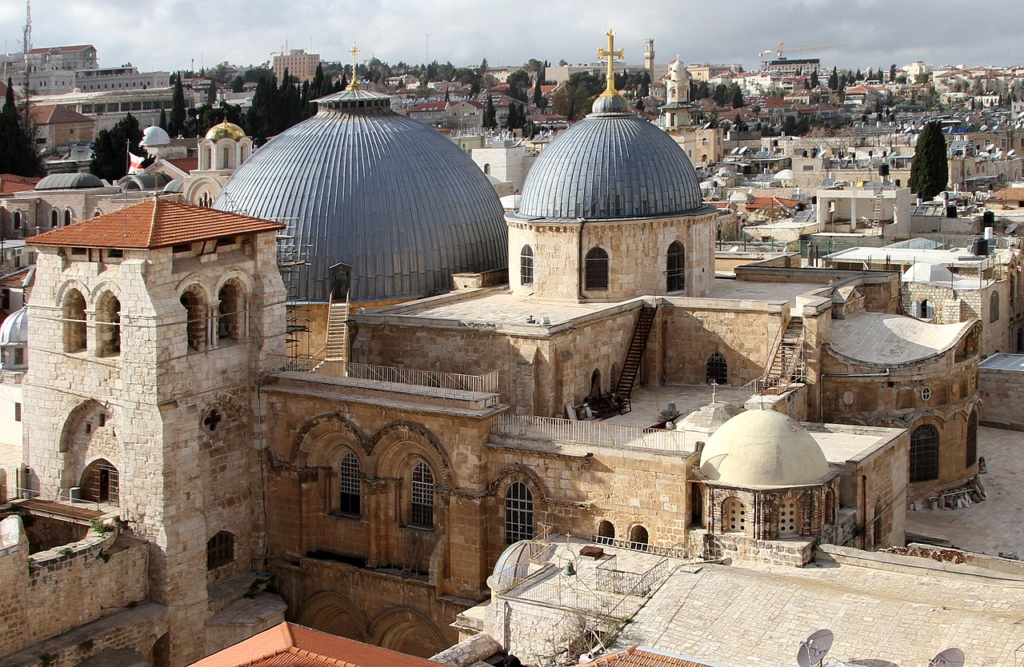
Above: Church of the Holy Sepulchre, Jerusalem, Israel
The economy was dominated by grain, horticulture and fruit growing.
In addition to forestry and fishing, some viticulture was also practiced until 1902.
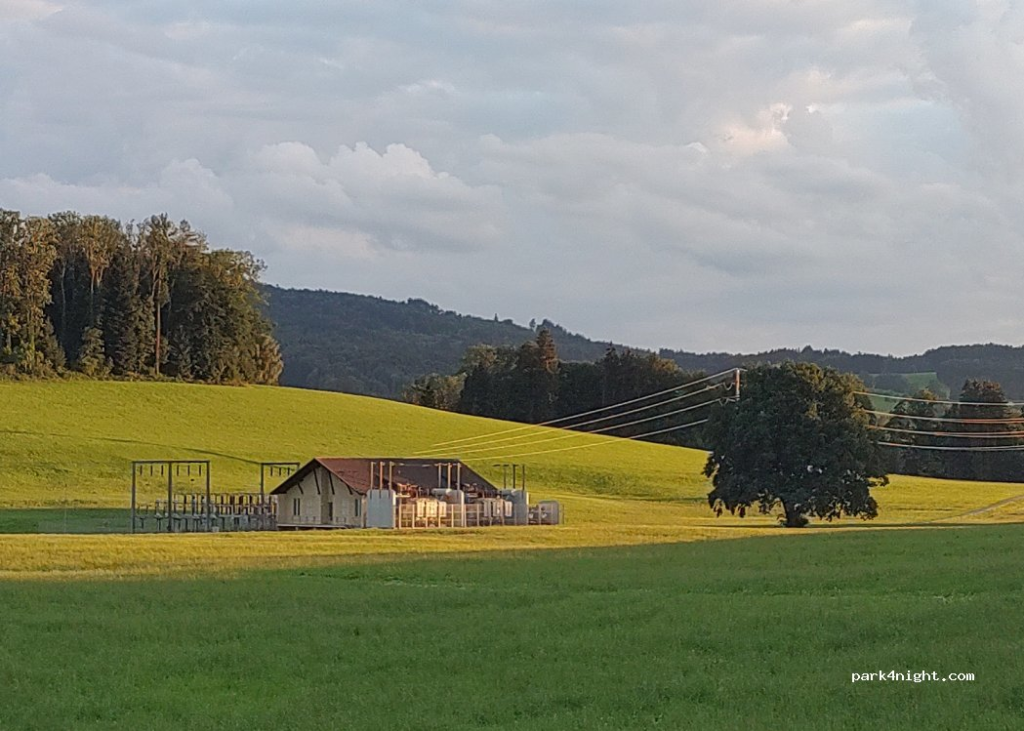
The steamships that had operated from 1824 onwards docked in Romanshorn from 1832 onwards instead of Uttwil as before.
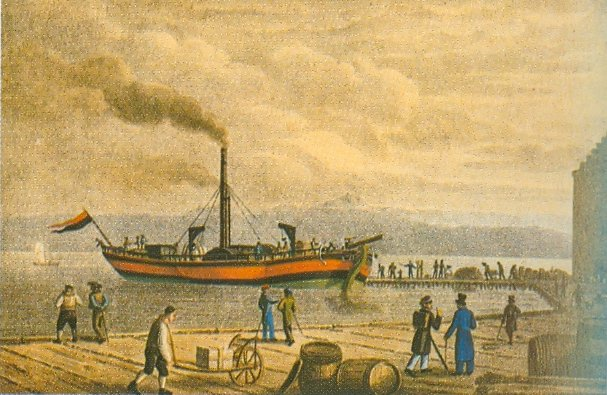
Above: Steamship travel on Lake Constance began with the Wilhelm (1825)
It was not until Canton Thurgau built a harbor between 1840 and 1844 and the postal services to Swabia ran via Romanshorn that Romanshorn began to grow.
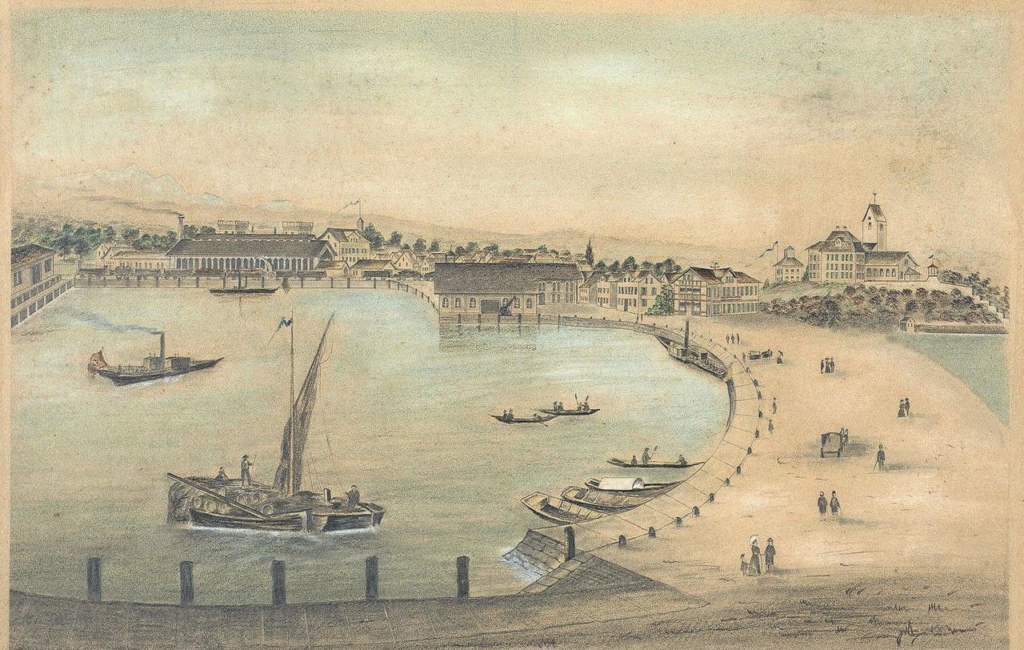
Above: Romanshorn Harbor (1860)
In 1855 the Zürich – Romanshorn railway line was opened.
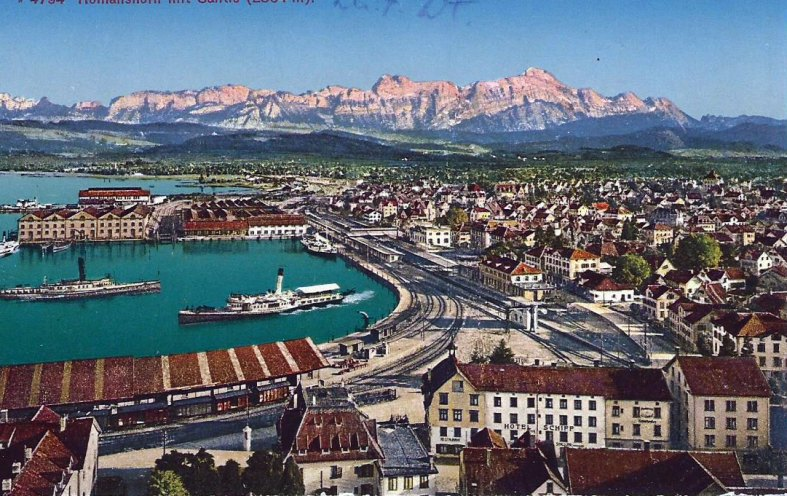
Above: Romanshorn (1920)
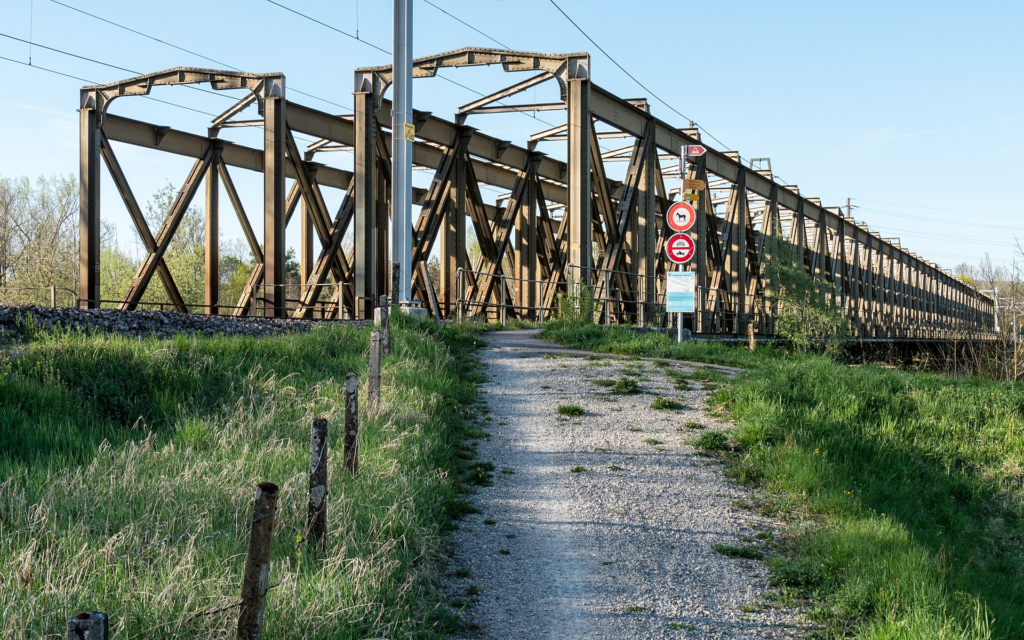
Above: Eschikofer Bridge over the Thur River
In 1856 a telegraph cable was laid across the lake.
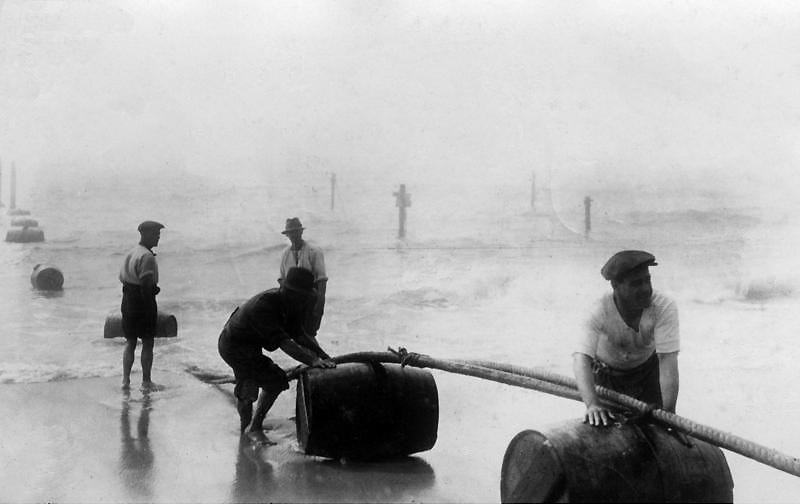
The ferry service from Lindau to Romanshorn began in 1869, was expanded to include car ferries in 1945 and discontinued in 1976.
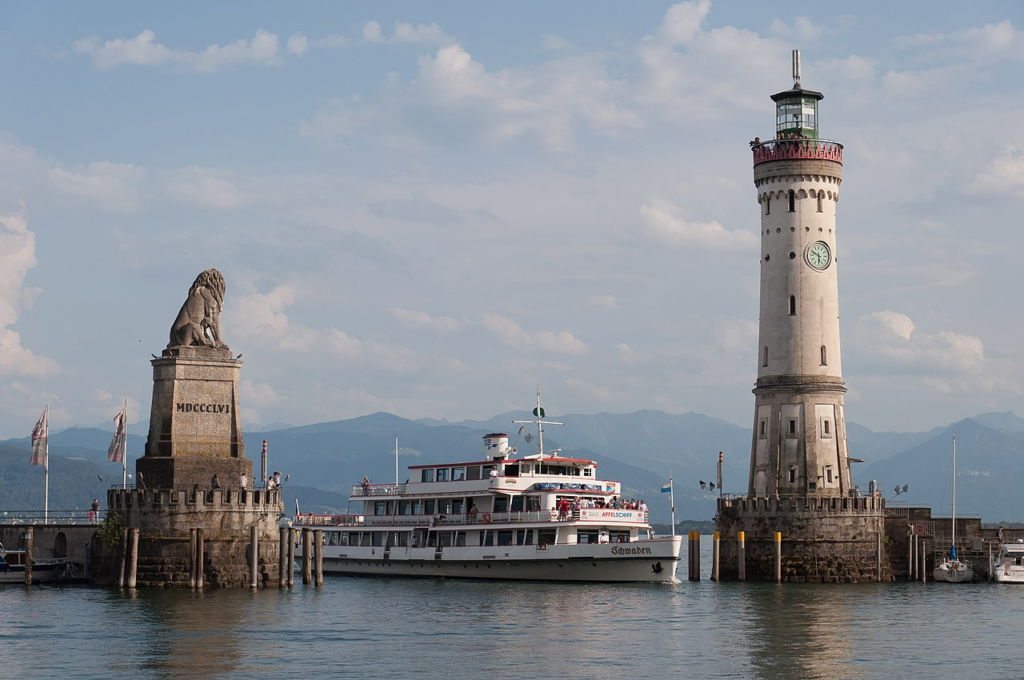
Above: The famous harbour entrance of Lindau, Bavaria, Germany
In 1869 and 1871 respectively the Nordostbahn opened the Rorschach–Romanshorn–Konstanz line.
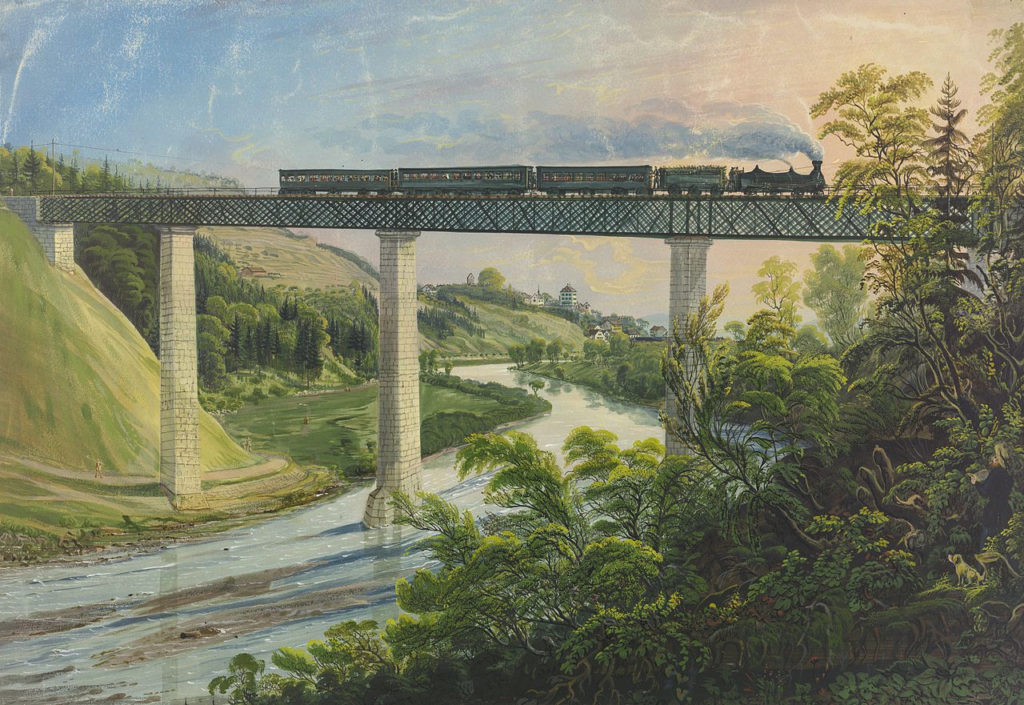
Above: Iron Thur bridge on the line from Winterthur to Schaffhausen, opened on 15 April 1857
In 1910 the Bodensee-Toggenburg railway to St. Gallen opened.
Romanshorn’s favorable location attracted trade and industry after 1850.
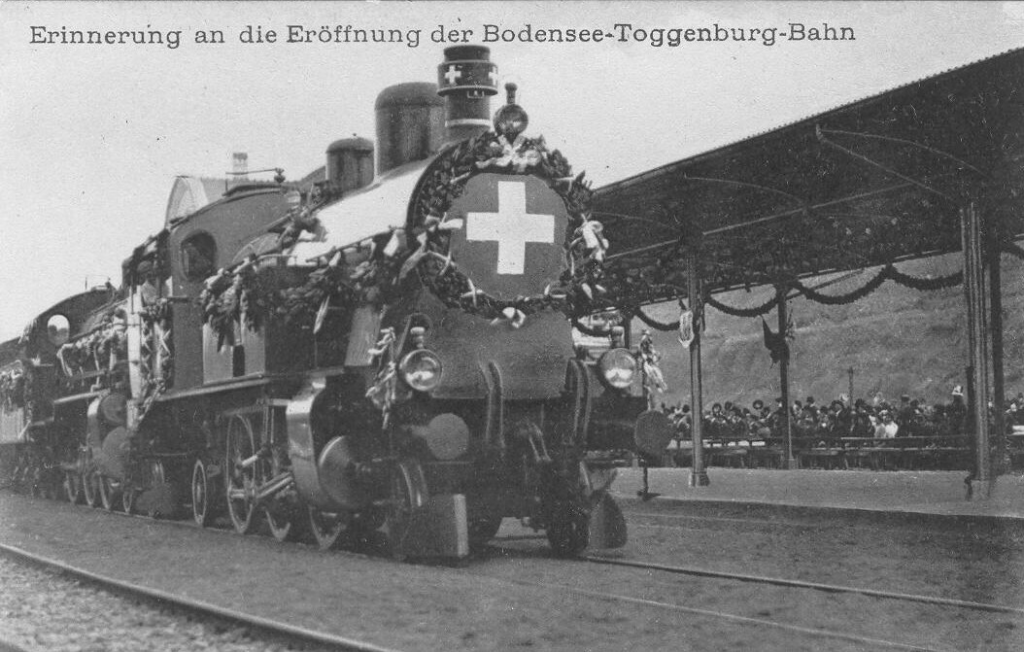
Above: Inaugural train of the BT and the Rickenbahn in Herisau on 1 October 1910
The Fatzer company, founded in 1836, initially manufactured cords and ropes.
In 1895, it switched to wire rope production.
By 1985, with 85 employees, it was processing, among other things, 2,000 tons of steel wire.

Above: Fatzer AG, Romanshorn
Max Zeller’s pharmacy, which began selling the famous Zeller balsam in 1864, evolved into Max Zeller Söhne AG, a pharmaceutical company employing almost 100 people in 2008.

Above: Zeller AG, Romanshorn
The warehouse of the Federal Alcohol Administration, opened in 1892, had a capacity of 30 million liters of alcohol by 1980.

In 1904, the Voigt company was founded in Romanshorn.
In 2008, it employed around 250 people and supplied pharmaceutical products to companies operating worldwide.

Other well-known companies include Biro (plastics), Maschinenfabrik Hydrel (including hydraulics and pneumatics) and Asco Kohlensäure AG.

Above: Biro, Romanshorn

Above: Hydrel, Romanshorn

Above: Asco Kohlensäure AG, Romanshorn
The Romanshorn Cantonal School began operations in 1969.
In 1970, the Thurgau Language Therapy Association, founded by cantonal women’s associations, opened a new facility, known as the Thurgau Language Therapy School in 1976.

Romanshorn developed into a residential community after 1945, but in 2005 there were around 5,300 jobs in the town, 58% of them in the service sector.
Until 2002, Romanshorn was a unified municipality.
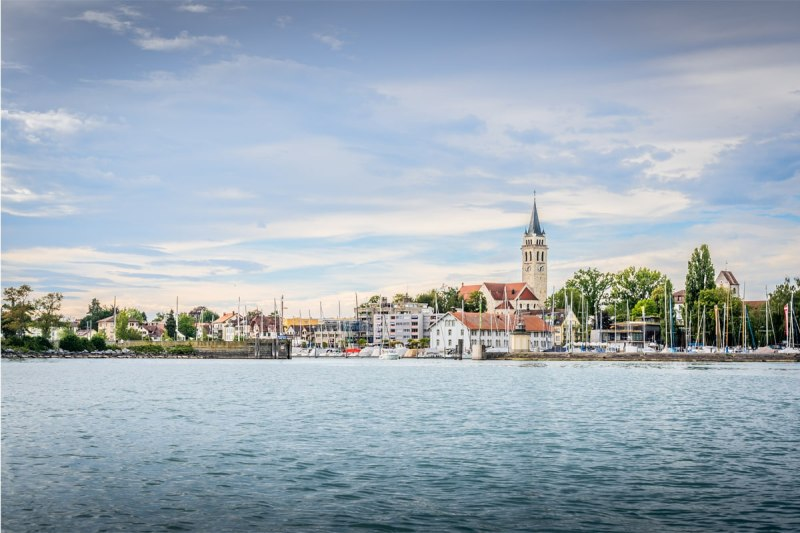
Above: Romanshorn
Romanshorn was once a fishing village that only became a center of trade and tourism with the construction of the harbor and railway line.
Today, Romanshorn is a modern, broadly diversified industrial center: plastics products, mechanical engineering, chemicals, pharmaceuticals, etc.
Around 600 companies offer 5,000 jobs.
The service sector and educational offerings, such as the cantonal school, are also of great importance.
Over the past decades, the importance of federal companies (SBB including shipping companies, the former PTT and ZD) as employers has declined significantly.
In 2016, Romanshorn provided employment to 4,352 people (full-time).
Of these, 0.9% worked in agriculture and forestry, 43.4% in industry, commerce and construction, and 55.7% in the service sector.
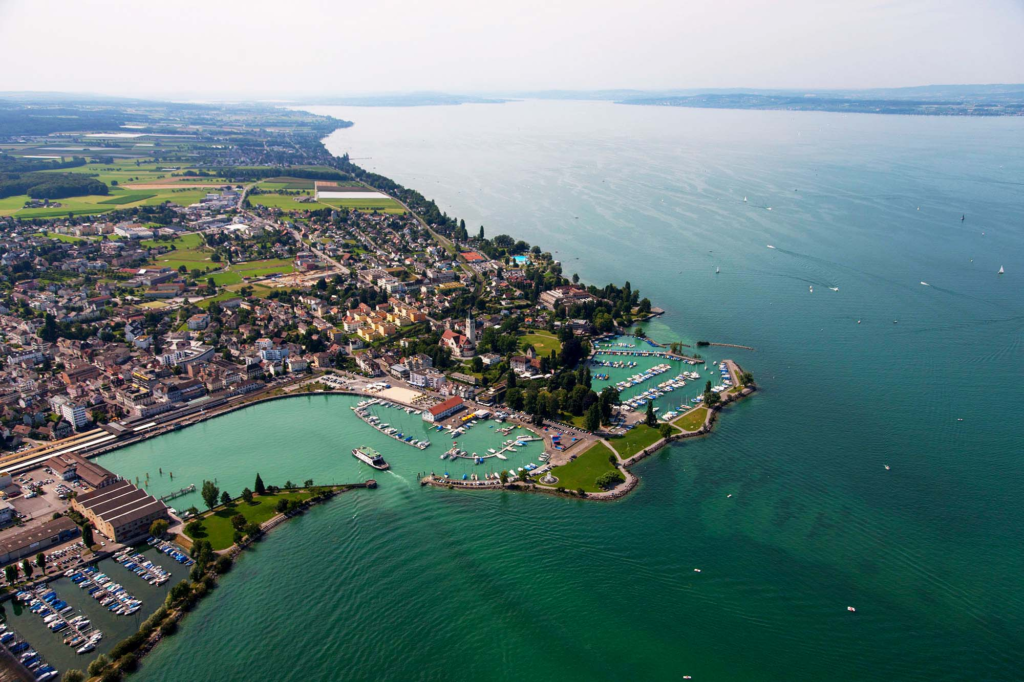
Above: Romanshorn
Romanshorn has the largest harbor on Lake Constance by water area.
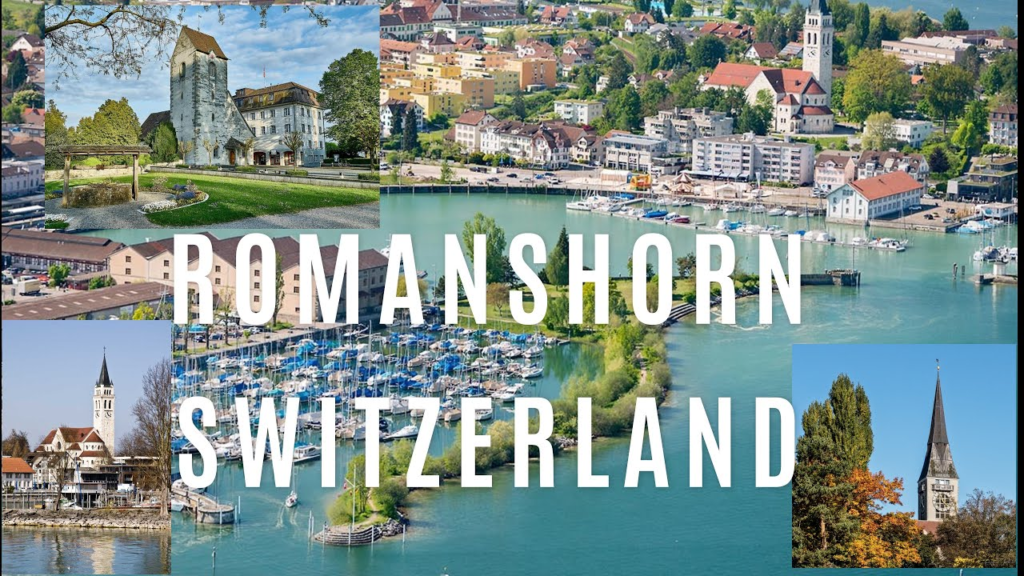
A car ferry connects Romanshorn to Friedrichshafen.
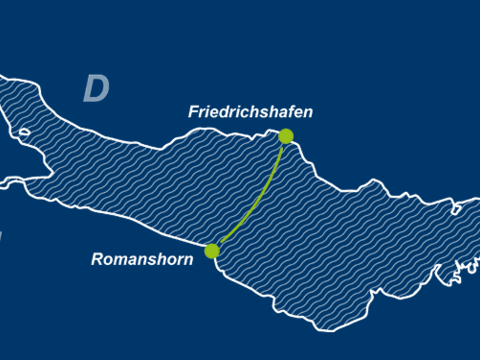
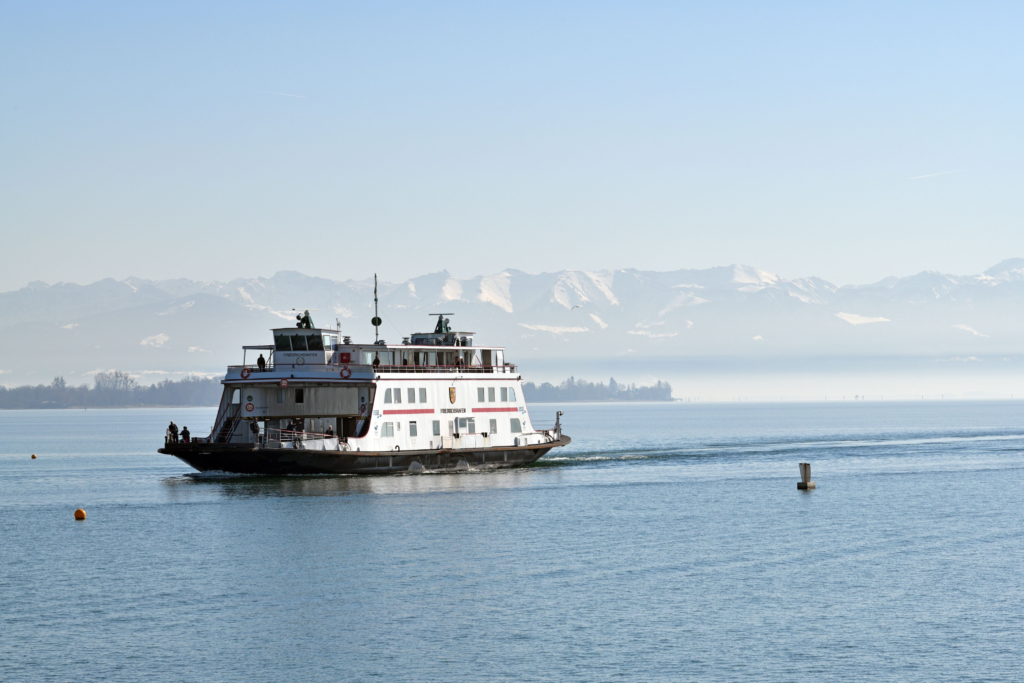
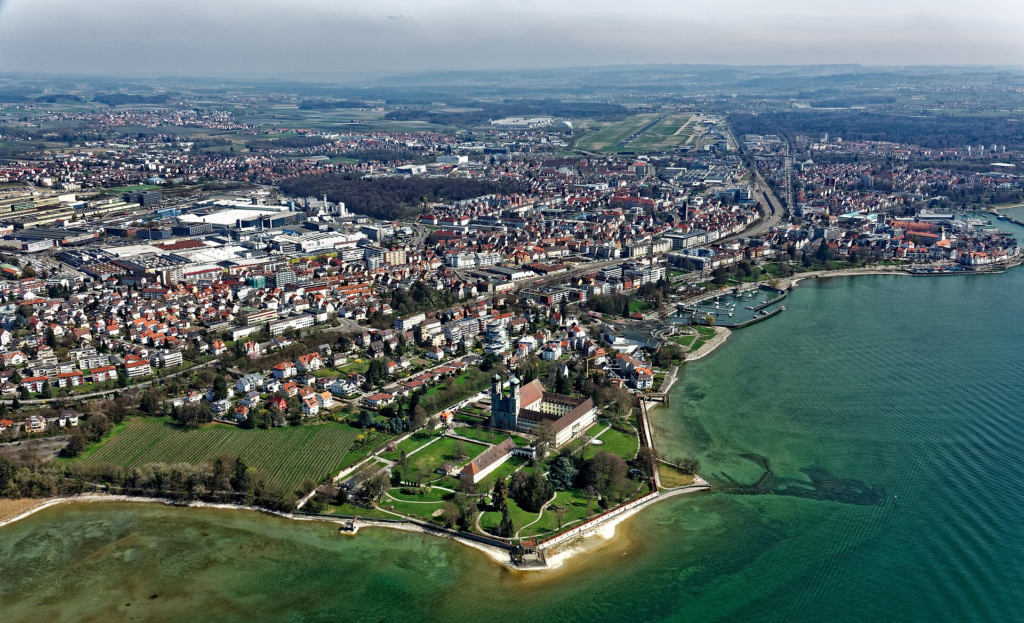
Above: Friedrichshafen, Baden-Württemberg, Germany
From Romanshorn train station, trains run in four directions:
- the Lake Line – east to Rorschach and west to Schaffhausen
- to Zürich (express train to Brig)
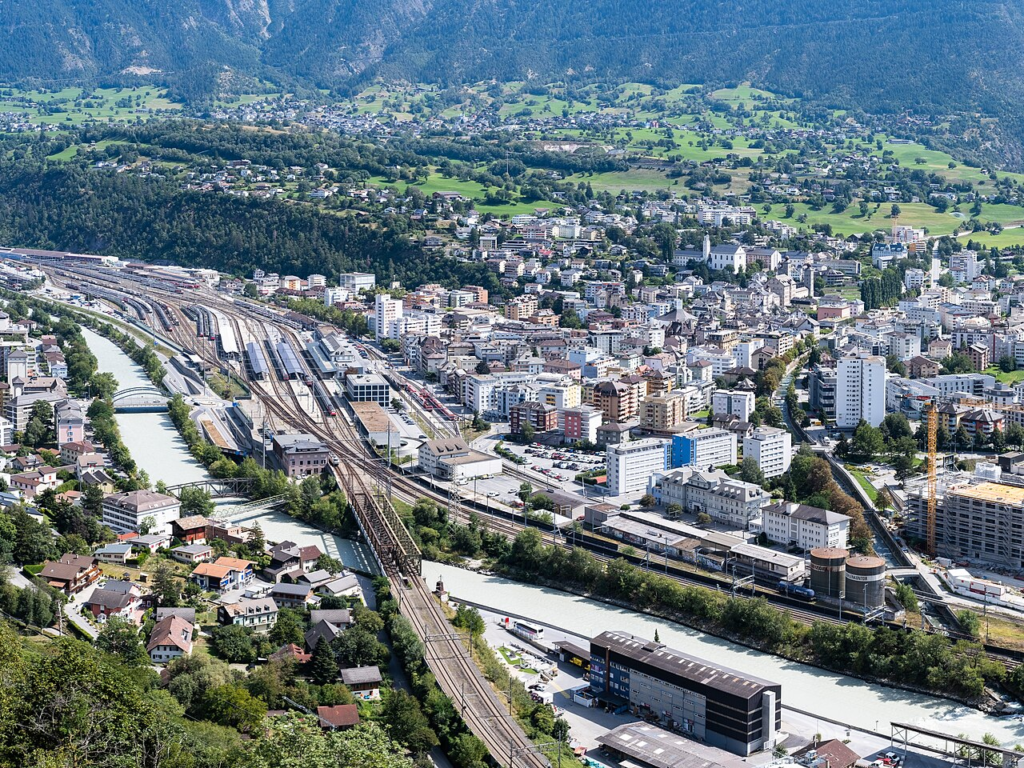
Above: Brig, Canton Valais, Switzerland
- St. Gallen / Wil
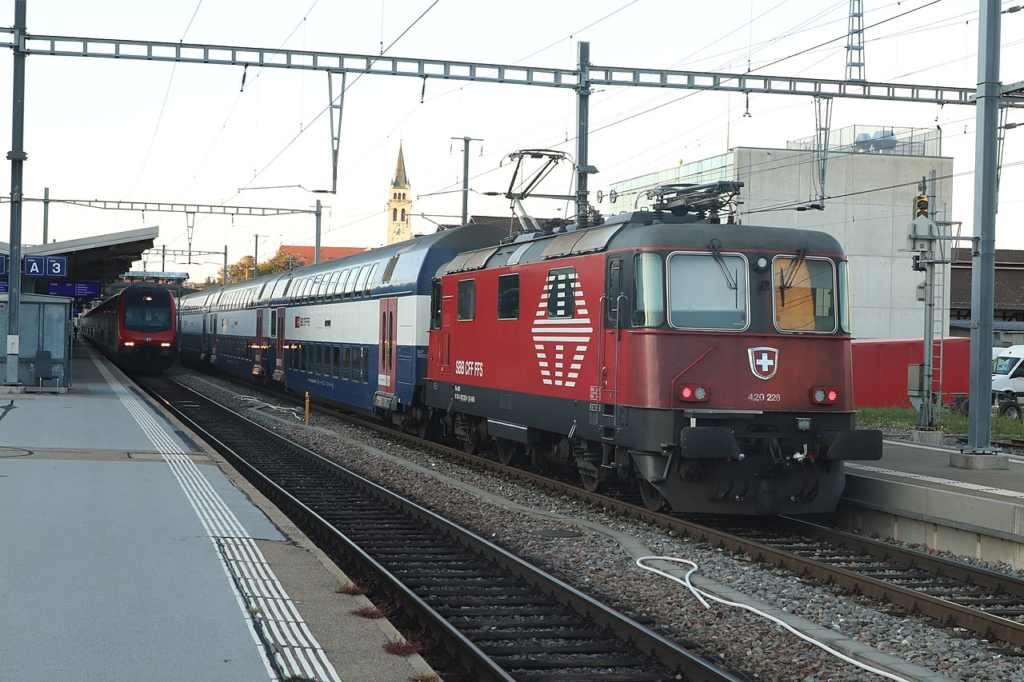
Above: Romanshorn Bahnhof (train station)
A Bus Oberthurgau line connects Romanhorn to Amriswil.

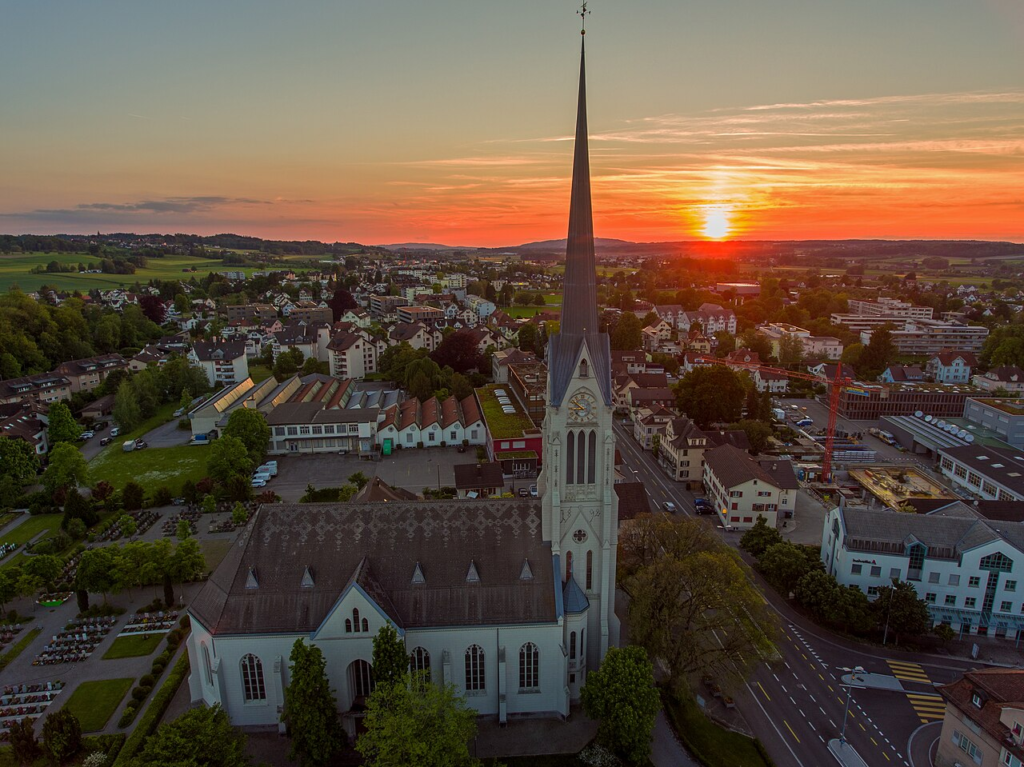
Above: Amriswil, Canton Thurgau, Switzerland
Among its most important and striking monuments are its three churches:
- The Sankt Gallus Kirche (Old Church) (10th–16th centuries), which was once dedicated to Saint Catherine.
In the choir, frescoes from the 14th century can be seen:
- To the left of the tracery window, the Baptism of Christ in the Jordan and Zacchaeus looking for Jesus in a tree, below the Crucifixion and a depiction of the Man of Sorrows
- To the right of the window, Saint Catherine (the saint’s symbol, a broken wheel, is no longer recognizable) and Christ freeing Adam, Eve, and Abel from limbo, as well as a large figure of the Devil.

Above: The Old Church, Romanshorn
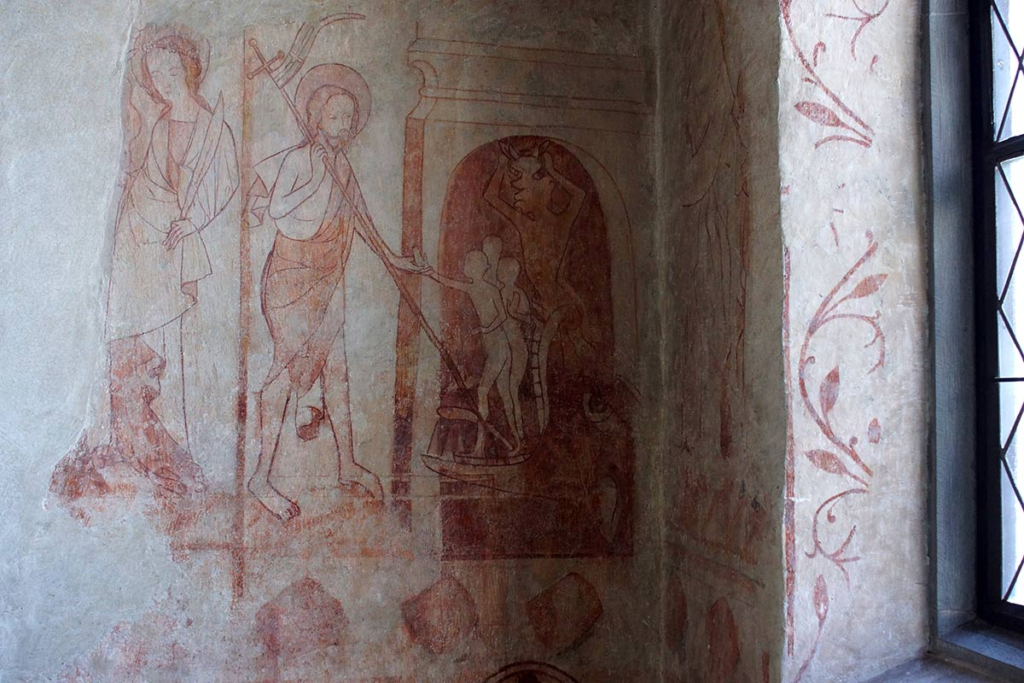
Above: Interior of the Old Church
- the Reformed Church (1911)
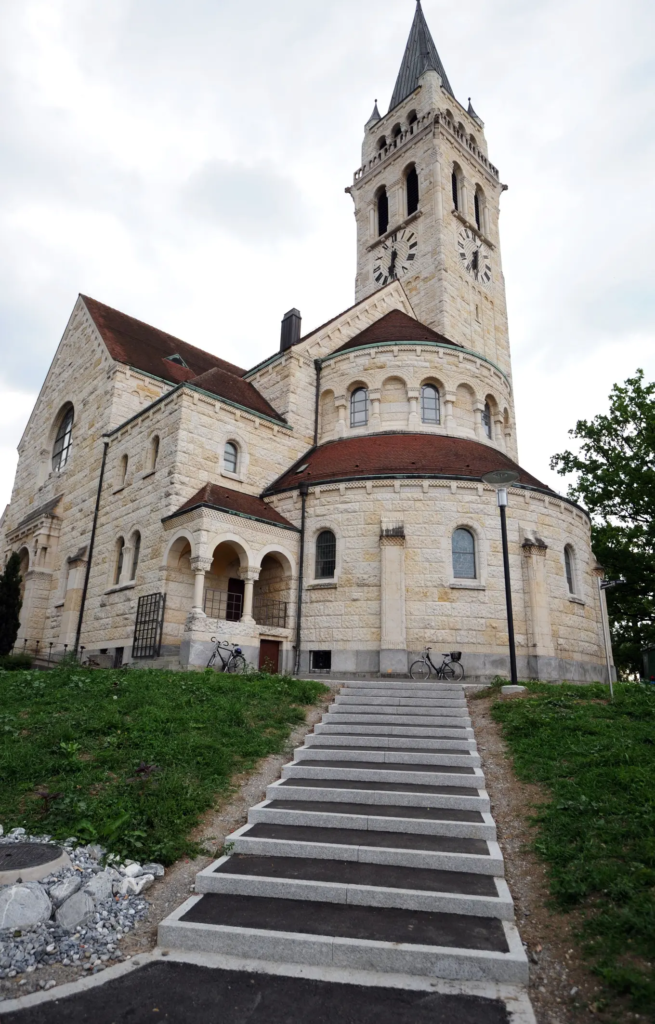
Above: Reformed Church, Romanshorn
- the Catholic Church of St. John the Baptist (1913)
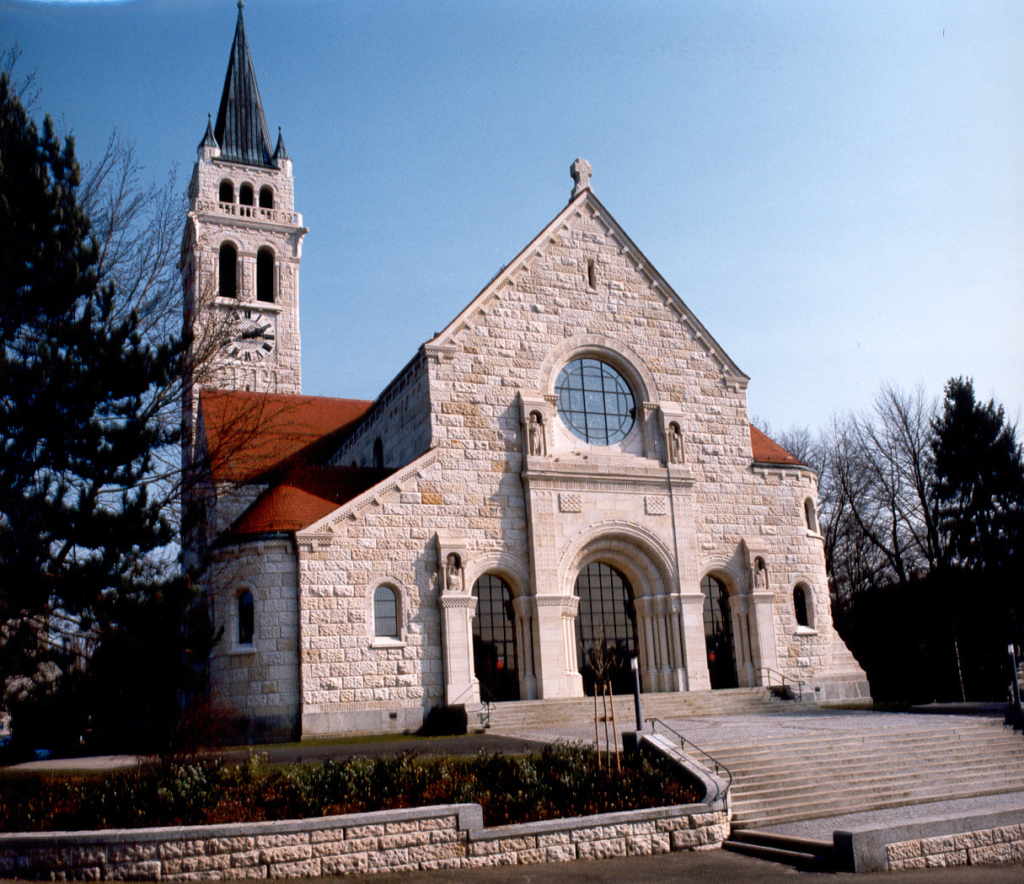
Above: St. John the Baptist Church, Romanshorn
On the south side of the harbor front are the massive former warehouses for freight transfer between the ferry and the railway.
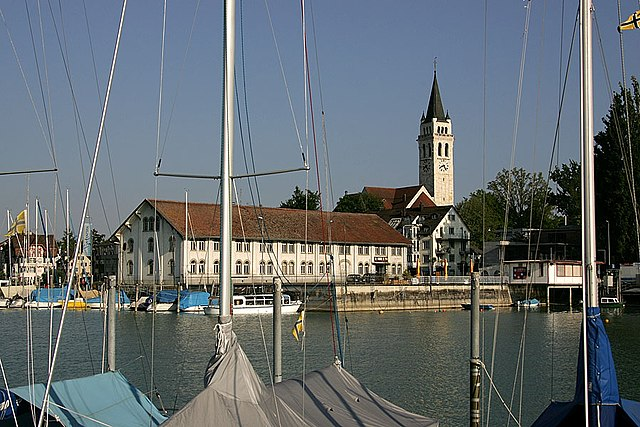
Above: Romanshorn Hafen (harbor)
Since 2020, they have been used for other purposes (apartments, offices, restaurants, etc.) and marketed as the Kornhaus (Granary).
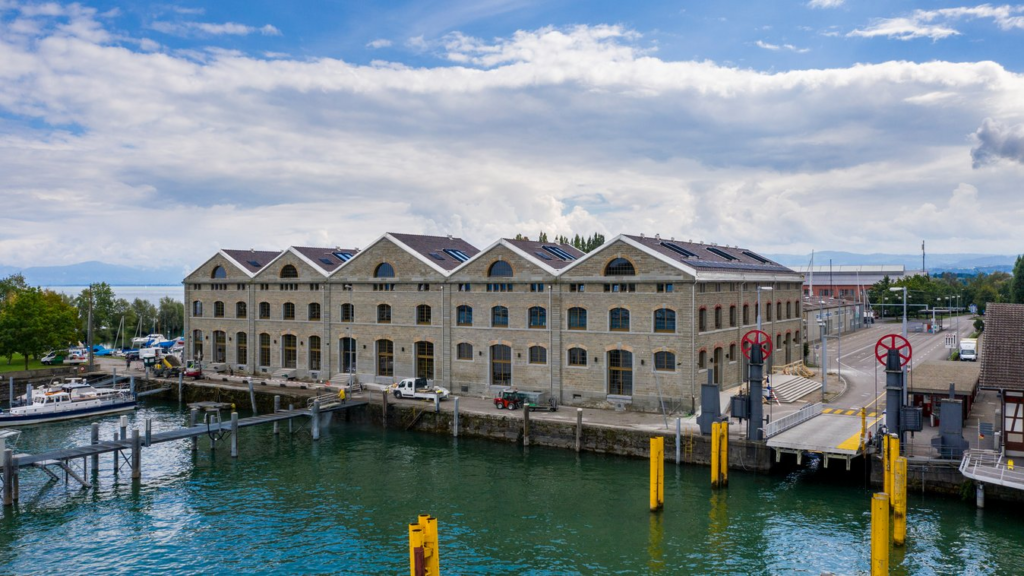
Above: Kornhaus, Romanshorn
On the north side of the harbor is the Old Customs House, which now houses the local history museum.
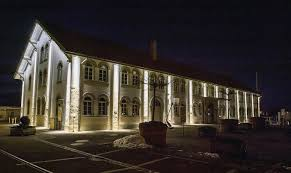
Above: Altes Zollhaus (old customs house), Romanshorn
The former tank depot of the former alcohol administration has housed Autobau, a private collection of sports and racing cars, since 2009.


Above: Autobau, Romanshorn
Between Romanshorn train station and Autobau is the Locorama Railway Museum (“Railway Adventure World“).
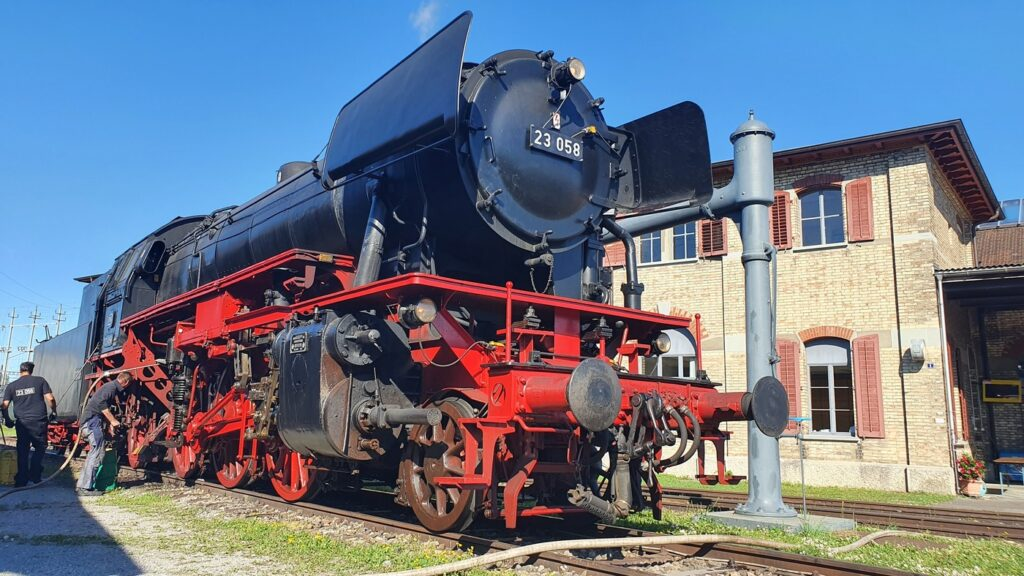
Above: Locorama, Romanshorn
Thanks to its easy accessibility, Romanshorn is the central school location in Oberthurgau.
Romanshorn offers a primary and secondary school, as well as a cantonal school.
There are also the Romanshorn Special Education Center, the Romanshorn Music College’s music school, and the Thurgau Speech Therapy School.
Romanshorn is also home to the SBW private school with its “House of Learning” and the “SBW Neue Medien AG” the latter offering training in mediamatics.

Also worth mentioning is the wide range of recreational facilities on water and land.
A modern ice rink is part of the sporting offering, as is a popular lakeside resort.
Romanshorn is also a starting point for hikers, skaters and cyclists.
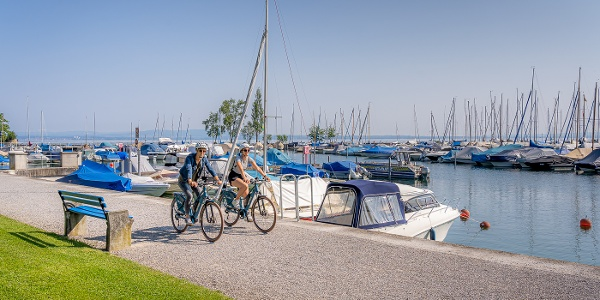
The Nations Festival originated in 1999 during the parish council weekend of the Catholic parish of St. Johannes.
The Foreigners’ Group, which was to address the concerns of all nations in Romanshorn, and the Cultural Group, which advocates for the preservation of Italian values and the connection to Swiss values, were founded.
The “Nations Festival” takes place every year in June.
The goal of the event is:
“To promote exchange between people of different nations in a cozy atmosphere.
The national representatives offer culinary specialties from their countries and an attractive stage program.”

I will linger a while in Romanshorn.
In the next blogpost, The Road to Rorschach, I will talk about the personalities of Romanshorn and talk of the rail journey through Egnach, Arbon, Steinach and Horn to Rorschach.

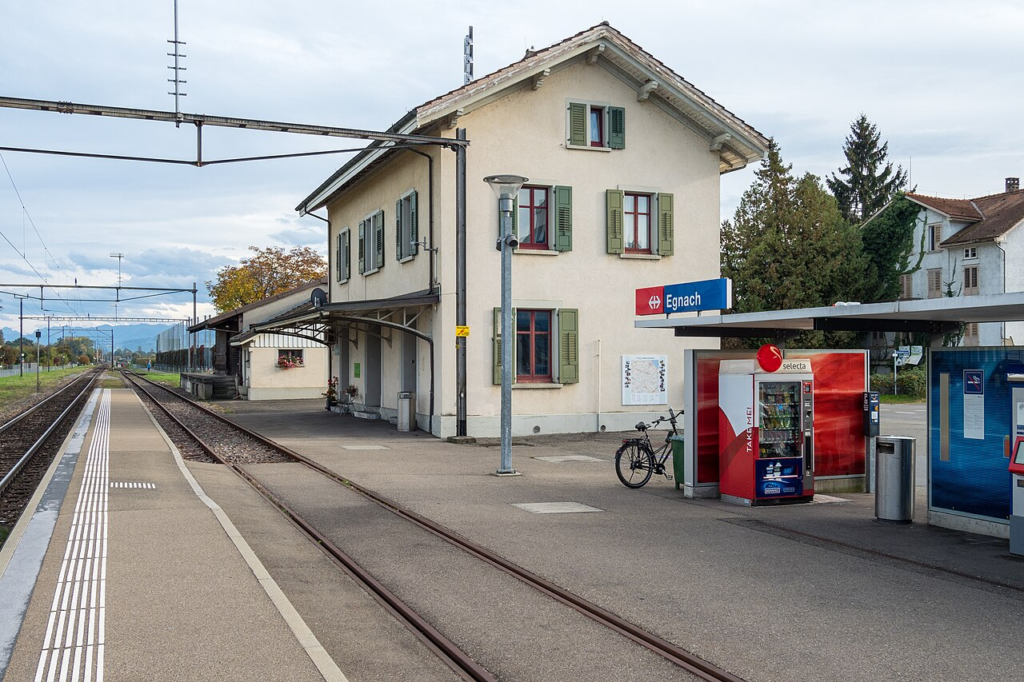
Above: Egnach, Canton Thurgau, Switzerland
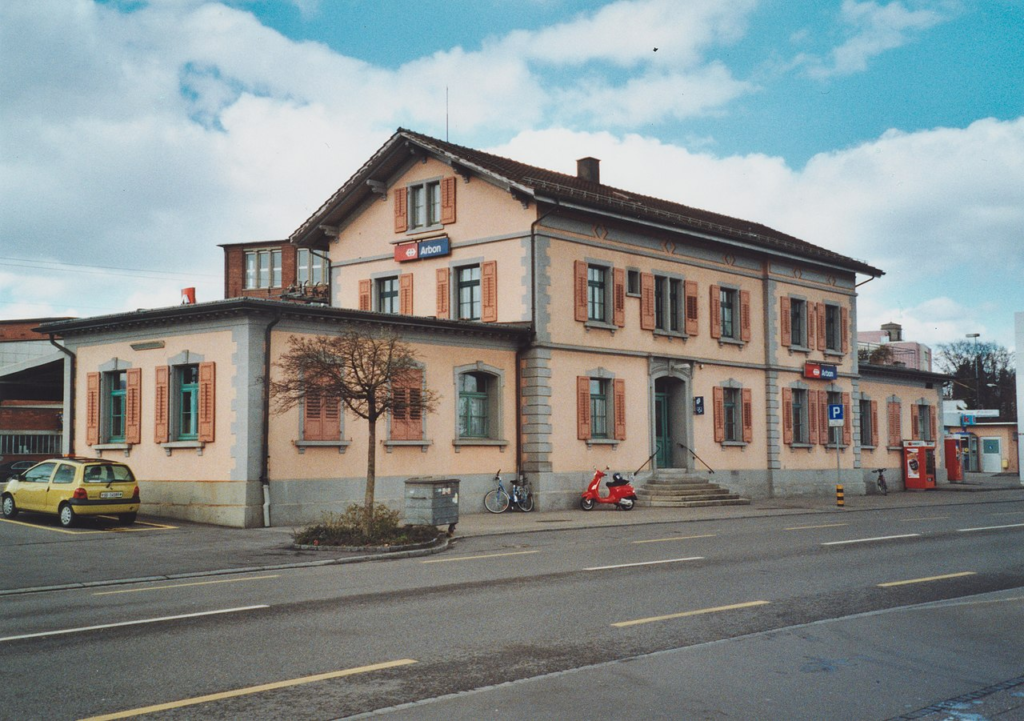
Above: Arbon, Canton Thurgau, Switzerland

Above: Steinach, Canton St. Gallen, Switzerland
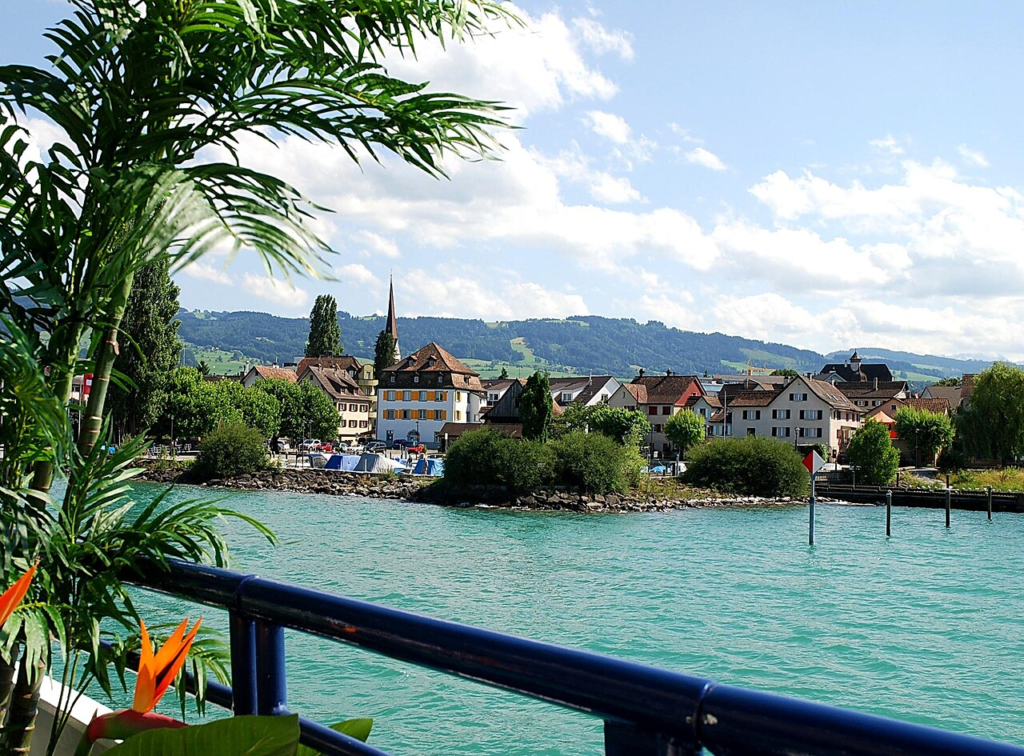
Above: Horn, Canton Thurgau, Switzerland
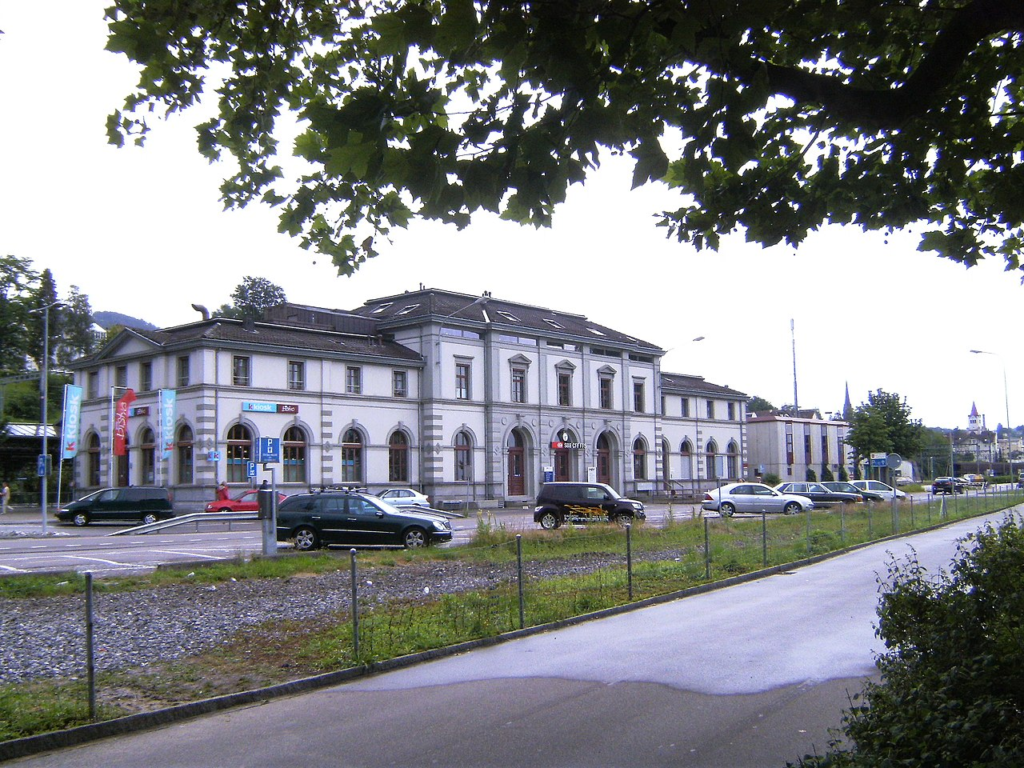
Above: Rorschach, Canton St. Gallen, Switzerland
I have spoken about Rorschach in my last blogpost Shadows on the Sea, so I will not linger much on that town in the next post.
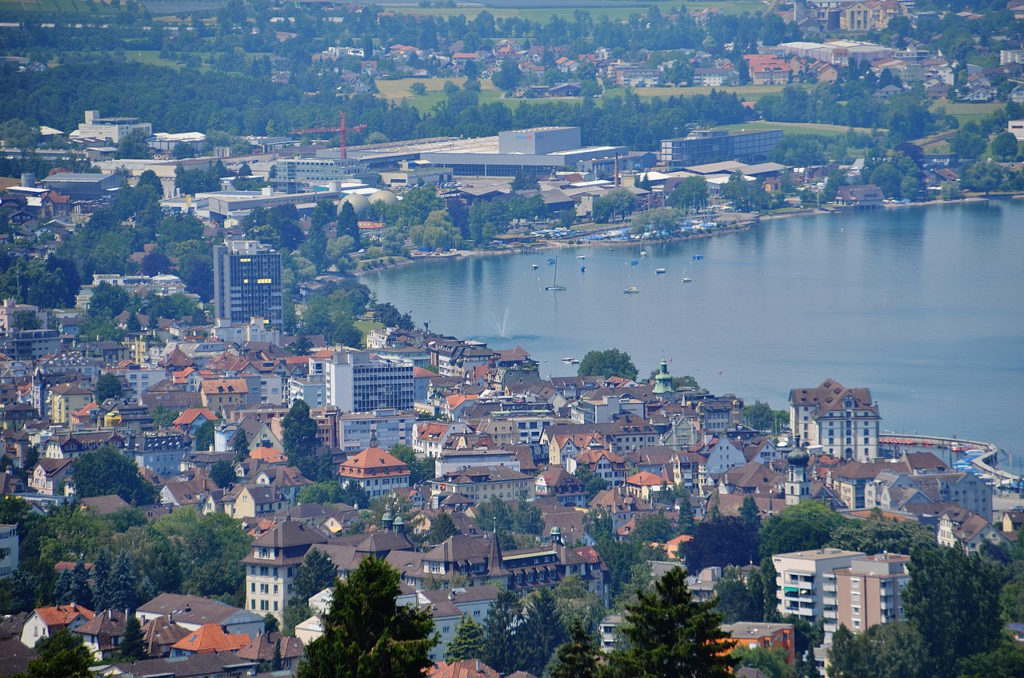
Above: Rorschach
The third of the four posts with the theme “Peace of Mind” will speak of Heiden.
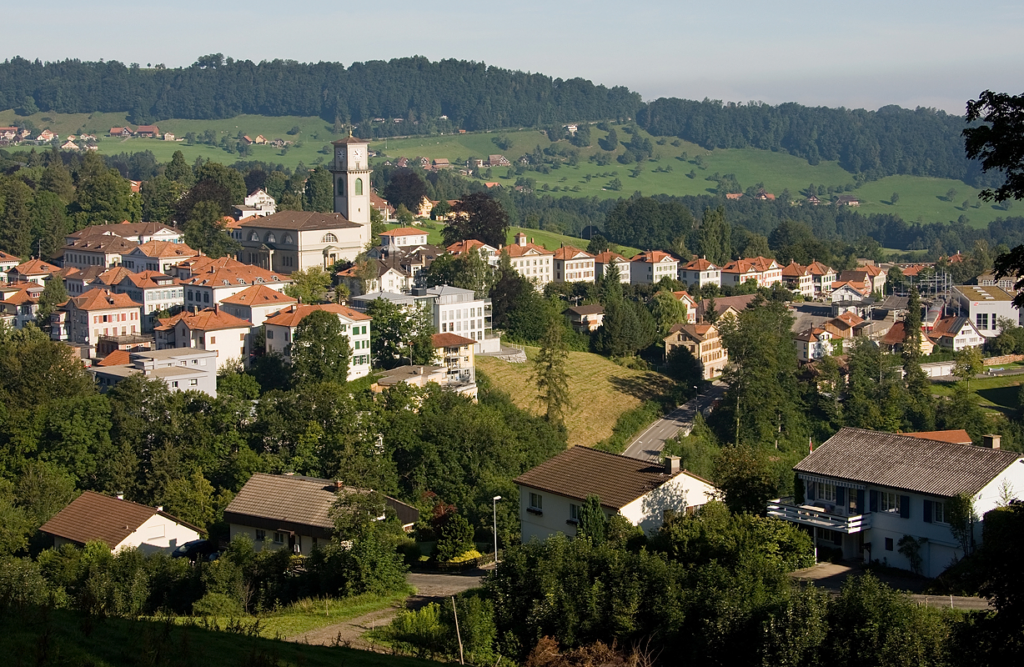
Above: Heiden, Canton Appenzell Ausserrhoden, Switzerland
The fourth will be about Henry Dunant, the work of the Red Cross he founded, and the quest for peace both internationally as well as personally.
Thank you, dear readers, for your time and attention.
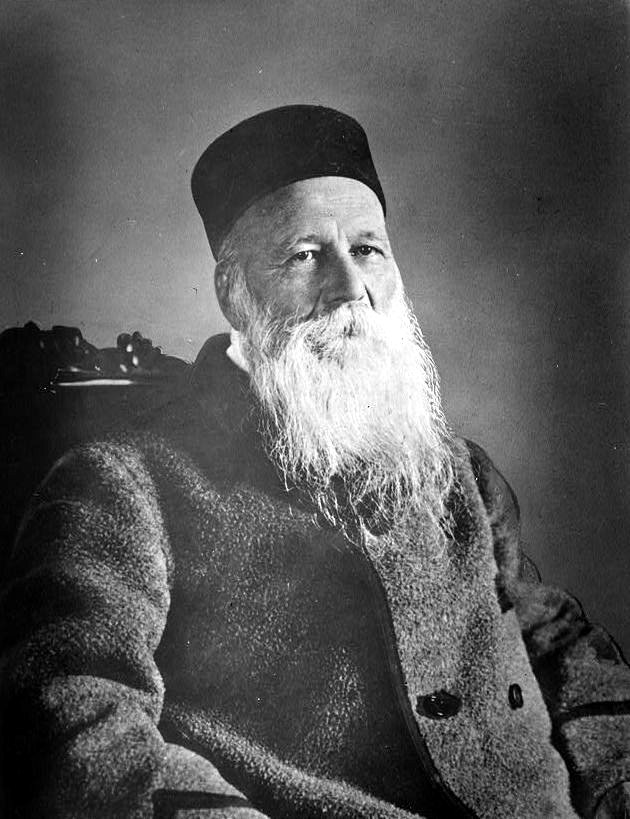
Above: Swiss humanist Henry Dunant (1828 – 1910)
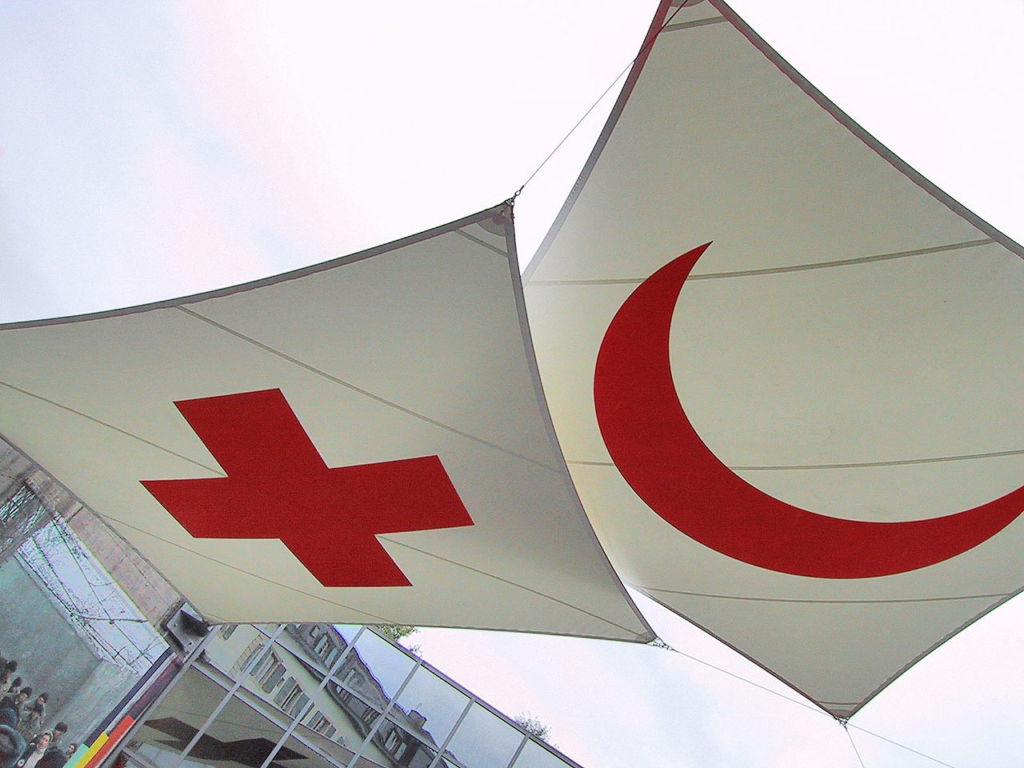
Above: Flags of the Red Cross and the Red Crescent
Post Script
Tuesday 18 March 2025
As I continued to write the account of my travels to Heiden this morning I came to the realization that I knew (and had walked the local walking paths) of:
- Landschlacht (the Münsterlingen Cultural Trail)
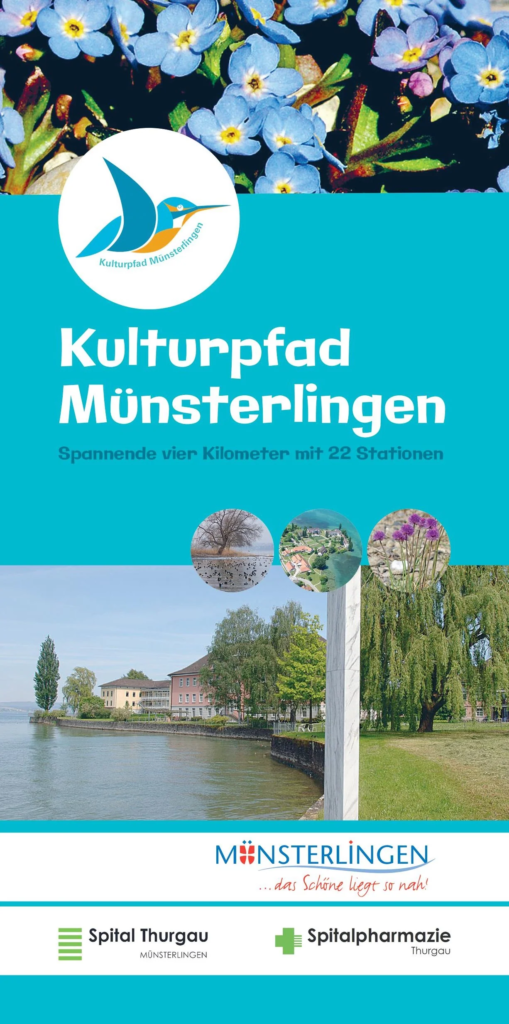
- Altnau (the Apple Way)
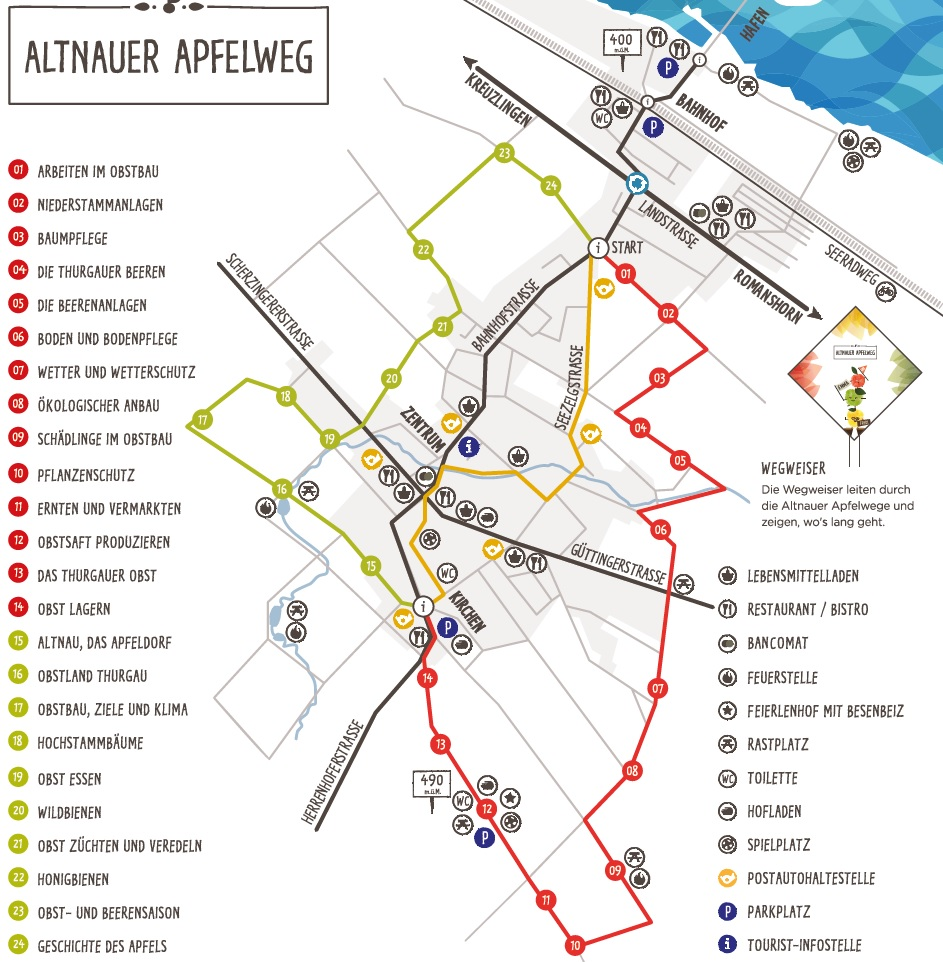
- Güttingen (the Oak Path in the Güttinger Forest)
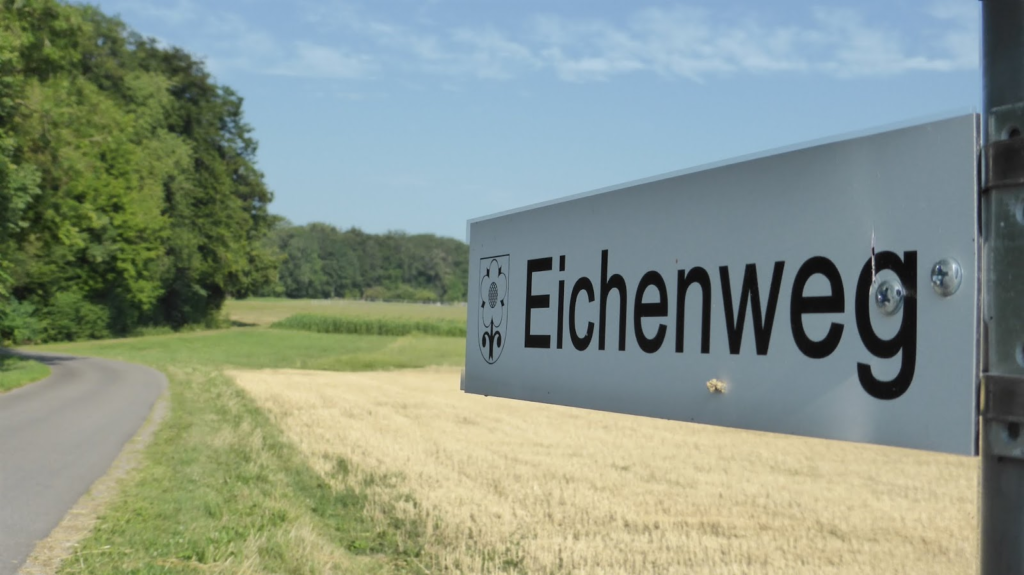
- Kesswil (the Lake Berry Trail)
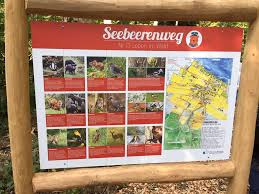
But except for following the Lake Constance Circular Hiking Trail or taking a train through Uttwil, I really didn’t know Uttwil at all.
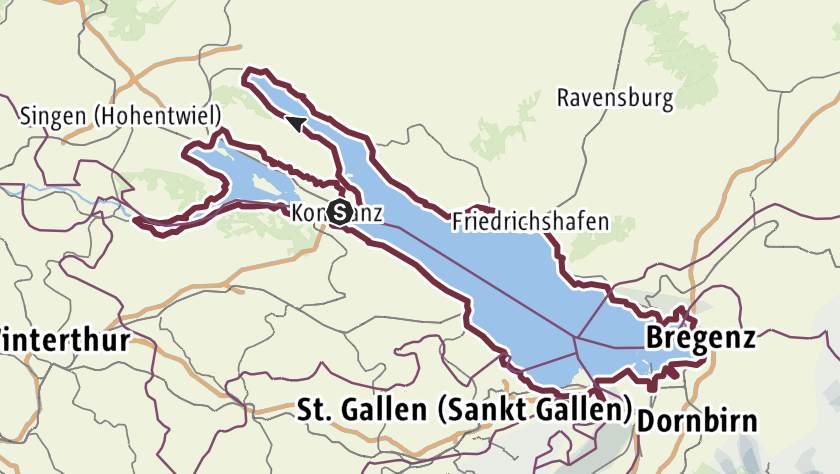
Above: Lake Constance circular trail: hiking around the lake
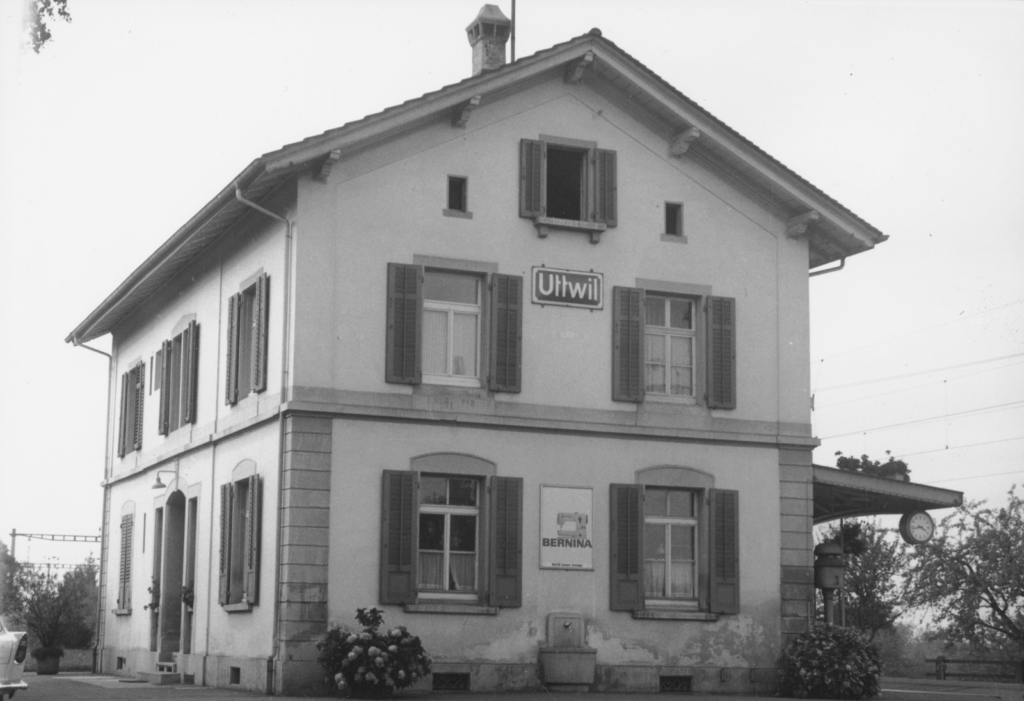
Above: Uttwil Bahnhof (train station)
I had plans to meet a former Starbucks colleague in St. Gallen at 1800 hours, so I thought I would spend a few hours exploring Uttwil (though not its Medicinal Plant Garden nor its Woodland Nature Trail).
(The journey from Romanshorn to St. Gallen will be covered in a future blogpost.)
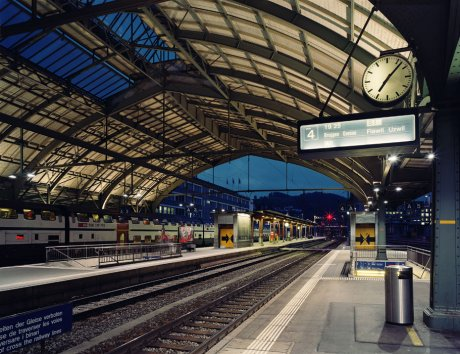
Above: St. Gallen Bahnhof (train station)
I wanted to see the Haus am See (Am Landungssteg 1) (the residence of Henry van de Velde), the Haus Magrit (Seestraße 30) (the residence of René Schickele, Carl and Thea Sternheim), the Hotel du Lac (residence of Annette Kolb) and Seeweg 39 (another residence of Carl Sternheim).
Haus am See:
In 1917, the Belgian architect and designer Henry van de Velde managed to leave Weimar for Switzerland, thus avoiding the compulsory civil service for wartime Germany.
Thanks to the Bernese art dealer Paul Cassirer, van de Velde was able to transfer and sell his art collection in Switzerland.
At the end of August 1917, he visited the painter Ernst Ludwig Kirchner in Davos to tell him about his plan to establish a new school of arts and crafts.
He found Kirchner ill and suffering from delusions and secured him a place for treatment at Ludwig Binswanger’s Bellevue Sanatorium in Kreuzlingen.
“During my excursions along the Swiss shore of Lake Constance, which I took at the time of Kirchner’s move to Dr. Binswanger’s Bellevue Sanatorium, I discovered the village of Uttwil and an old, uninhabited patrician house there, set in a wonderfully overgrown garden.
Its high, imposing wall — only fifty centimeters high when viewed from the garden — bordered directly on the Lake.
The whole scene was a dream, as if made for a poetically sensitive artist searching for a home for his family with five children!“
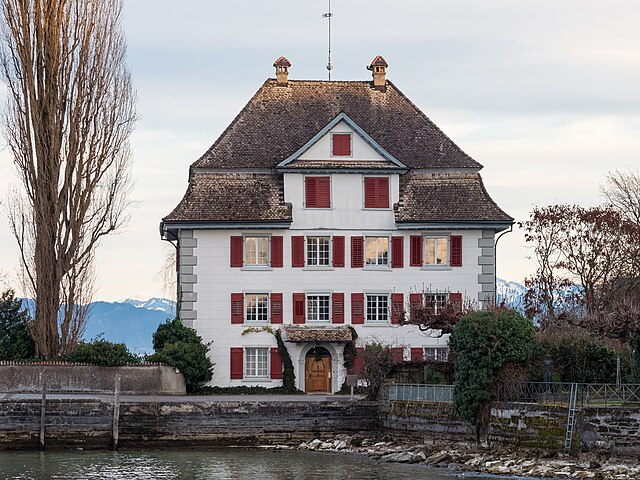
Above: Haus am See, Uttwil
Tuesday afternoon, I see half a dozen locals embracing the warmth of the sun as they sit silently on benches by the pier.
The wall between the pier and the Schlössli remains.
The sun creates the letter G as a shadow of the doorknocker.
The name beneath the bell reads “Brenner” – who they are and how long they have lived there cannot be determined.
The lawns in front and behind the house are well-maintained.
No life stirs behind the windows of the house.
It is as if all that happened here before was just a dream and the dreamers slumber on the pier by the shore.
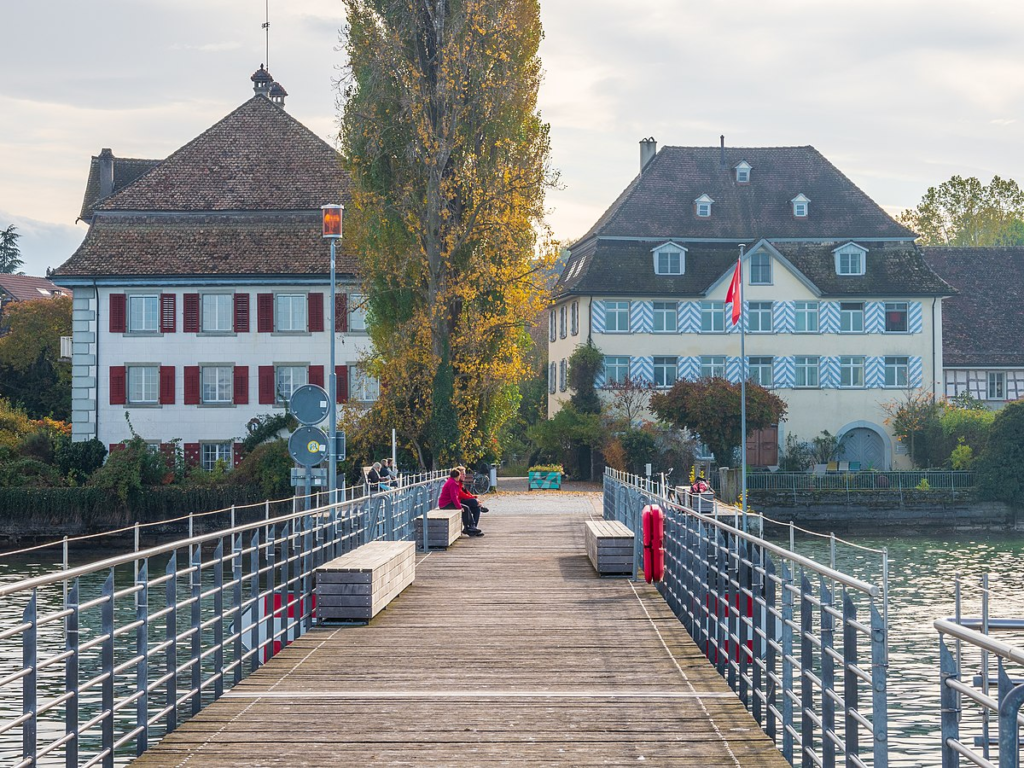
In 1918, van de Velde purchased the house by the lake, also known as the “Schloss” or “Schlössli“, and brought his family to Switzerland.
Van de Velde succeeded in attracting fellow artists, writers such as René Schickele, Annette Kolb, and Carl Sternheim, as well as the composer Oskar Fried and numerous other visitors to Uttwil, establishing an artists’ colony there.
In June 1919, van de Velde traveled to Weimar to transfer the proceeds from the sale of his house there to Switzerland.
However, this was legally impossible — the Thuringian state government had passed a decree prohibiting transfers abroad — so the financing of the planned artistic workshops in Uttwil fell through.
Shortly afterward, he accepted an offer to become the house architect for the collector couple Kröller in Otterlo, Netherlands, sold the house by the lake, and left Uttwil later that same year.
In 1926, van de Velde became a professor of architecture in Ghent.
In 1947, he returned to Switzerland, settling in Oberägeri in the canton of Zug.
He passed away in Zürich in 1957.
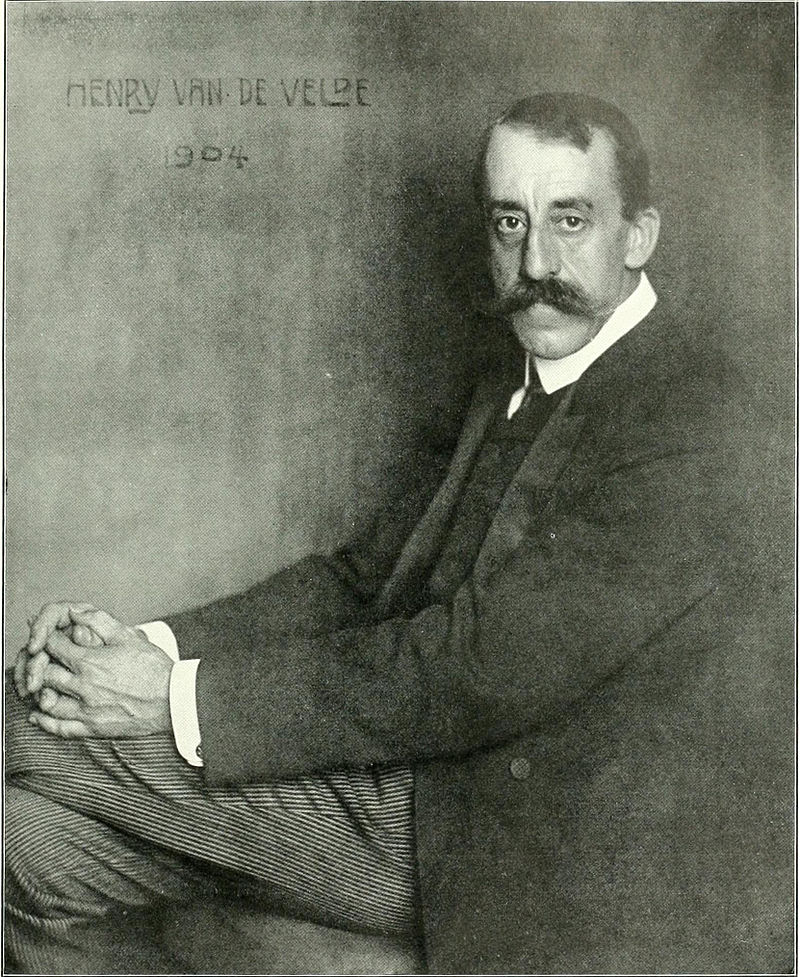
Above: Henry van de Velde
From 1947 until his death, the Basel-based author and historian Emanuel Stickelberger lived in Schloss Uttwil, which he had purchased in 1933.
Today, the house is privately owned and not open to the public.
I neither disturb the benchwarmers nor potential nappers within the Schlössli.
Instead I walk 30 metres further along Seestraße.
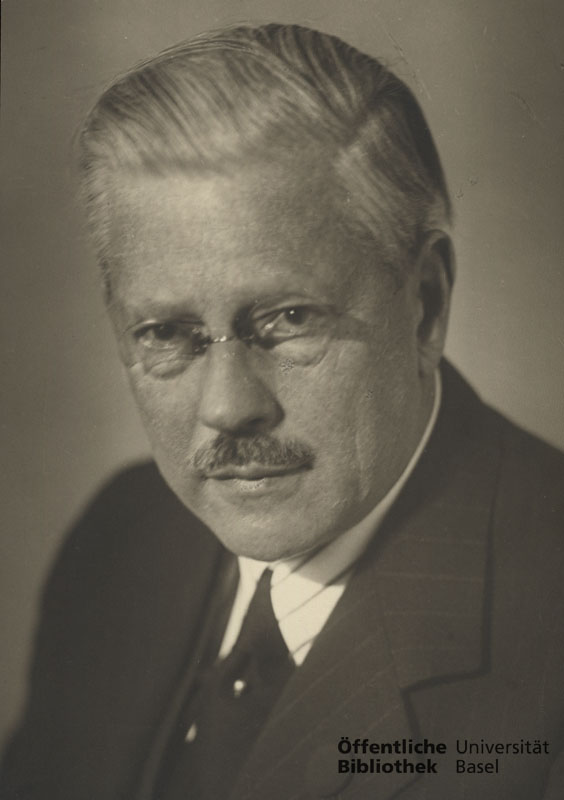
Above: Emanuel Stickelberger
Haus Margrit
Drawn by Henry van de Velde and his idea of founding an artists’ colony, the writer and editor of the pacifist journal Die Weißen Blätter, René Schickele, moved to Uttwil in March 1919 with his wife, Anna, and their two sons.
A native of Alsace —”a citoyen français and a German writer“— he purchased the Magrit house, which still exudes a patrician charm today.
However, by the end of 1919, he was forced to leave.
The exchange rate of the German Mark had deteriorated so drastically against the Swiss Franc that he could no longer cover ongoing expenses or pay the required taxes.
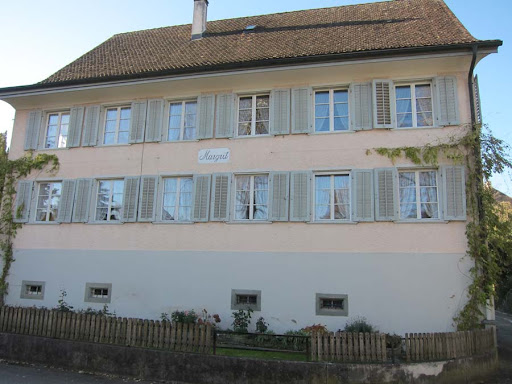
Above: Haus Magrit
The Swiss are like any nationality upon God’s green Earth.
Potentially friendly….
Until money is involved.

From February 1920 to the autumn of 1922, Schickele rented the house to the playwright Carl Sternheim and his wife, Thea, a wealthy heiress from a manufacturing family in the Rhineland.
“Move to Lake Constance, to Uttwil!
Van de Velde has his house there.
I’m there.
Let’s found a publishing house together and not worry about a thing!”
On 2 April 1919, Thea Sternheim quoted this in her diary as she urged the freshly minted house owner, Schickele.
And indeed, she was able to convince him to come to Uttwil.
The couple enhanced the fully furnished building with their art collection, which spanned from Impressionism to Pablo Picasso.
The Sternheims lived there until the end of July 1922.
Three years earlier, Carl Sternheim had purchased a lakeside plot and planned to build a small house on it.
The years in Uttwil were not particularly productive for the playwright, whose most famous works include the satirical plays Die Hose and Die Kassette.
In mid-May 1920, he suffered a nervous breakdown and, marked by an unresolved syphilitic illness, was regularly treated psychiatrically in Zürich thereafter.
The Sternheims’ marriage, which had been sealed in 1907, was marked by deep crises.
Exhausted by the egocentrism of her continually unfaithful, choleric husband, Thea Sternheim attempted suicide in October 1920.

Numerous old and new friends visited the Sternheims in Uttwil, including the Frenchman Henri-Pierre Roché, author of the novel Jules et Jim, which was later adapted into a film by François Truffaut.
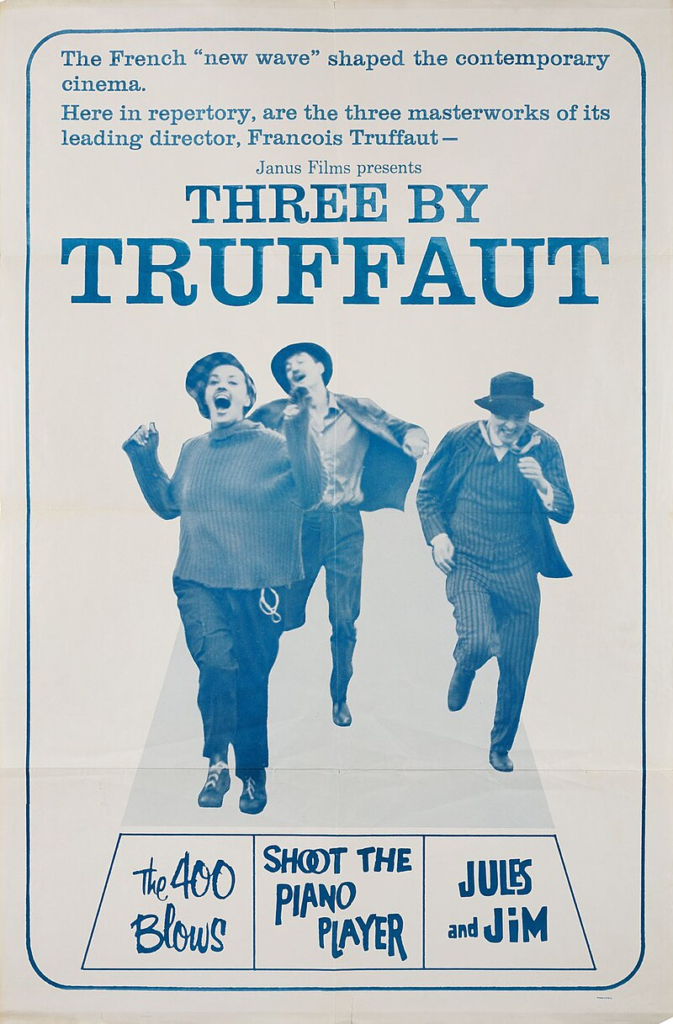
Thea Sternheim described him as “gentle and kind“.

Above: Multiple portrait of Henri-Pierre Roché (1879 – 1959)
Also among their visitors were the writer Franz Hessel and Helen Hessel, the couple Julie and Jakobus Weidenmann from Kesswil, Countess Ottilie Gräfin Degenfeld, and the poet children Erika Mann and Pamela Wedekind.
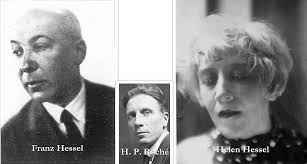
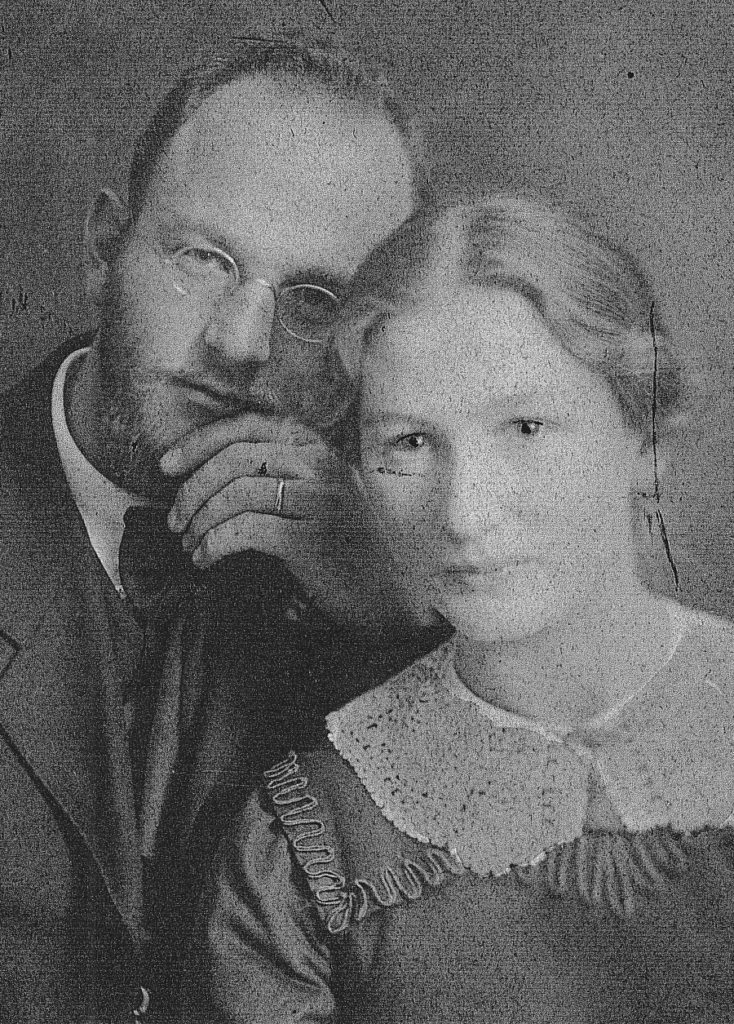
Above: Julie and Jakobus Weidenmann
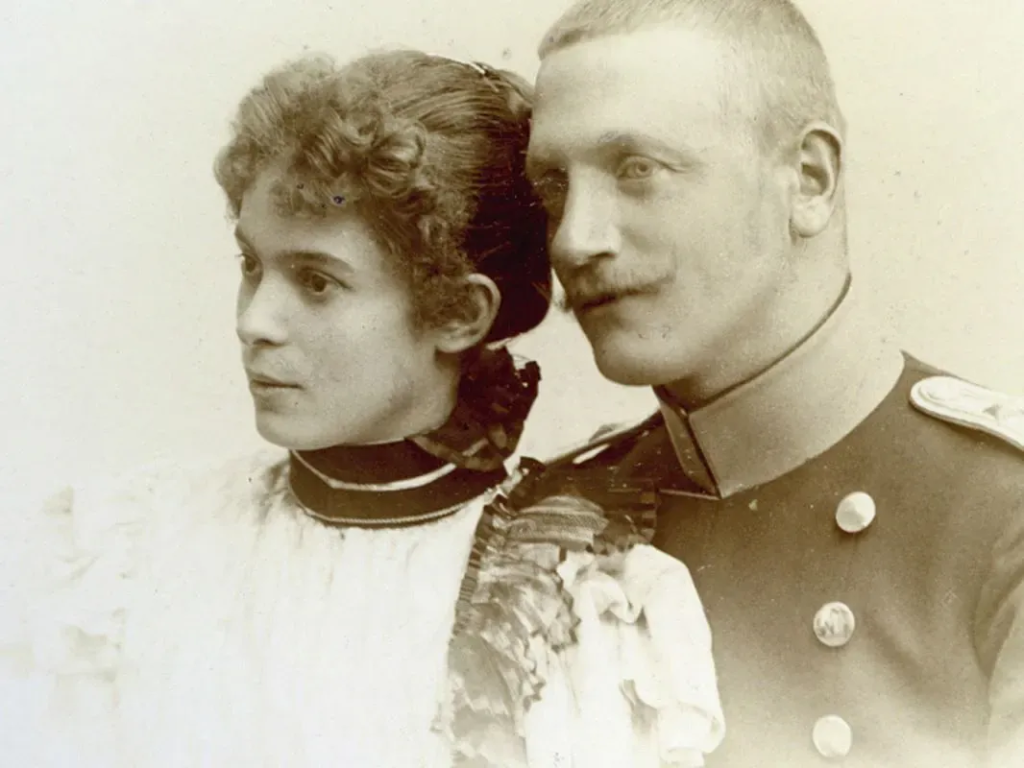
Above: Countess Ottilie and Count Alexander von Faber-Castell
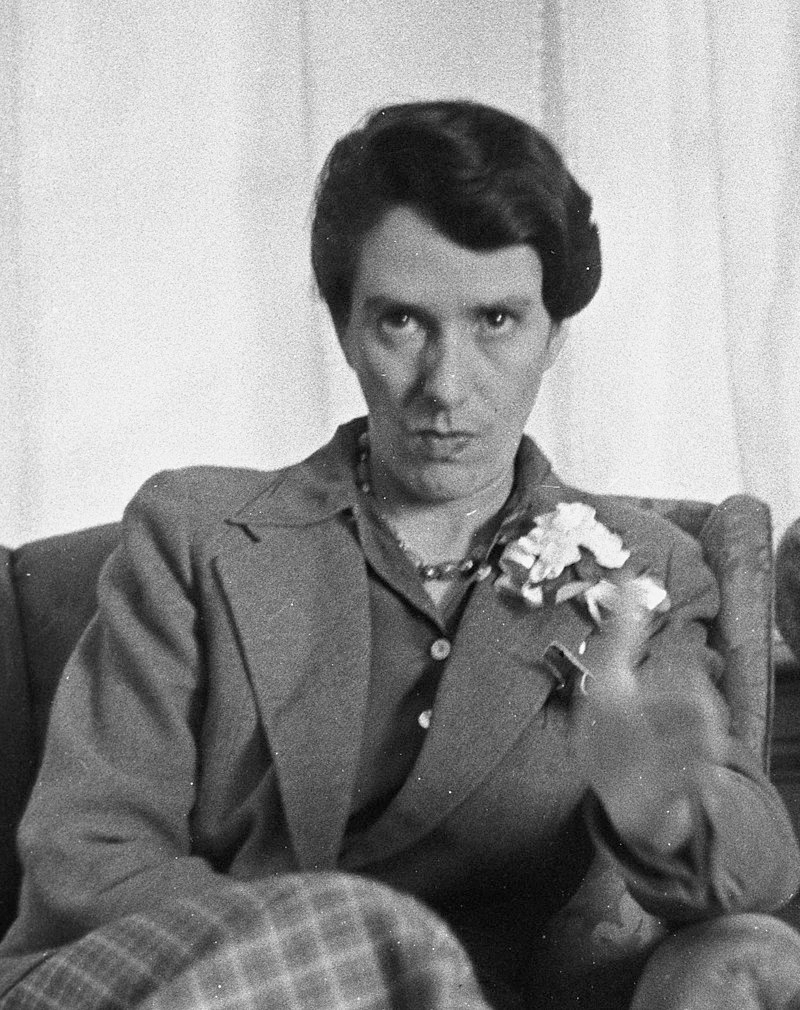
Above: Erika Mann
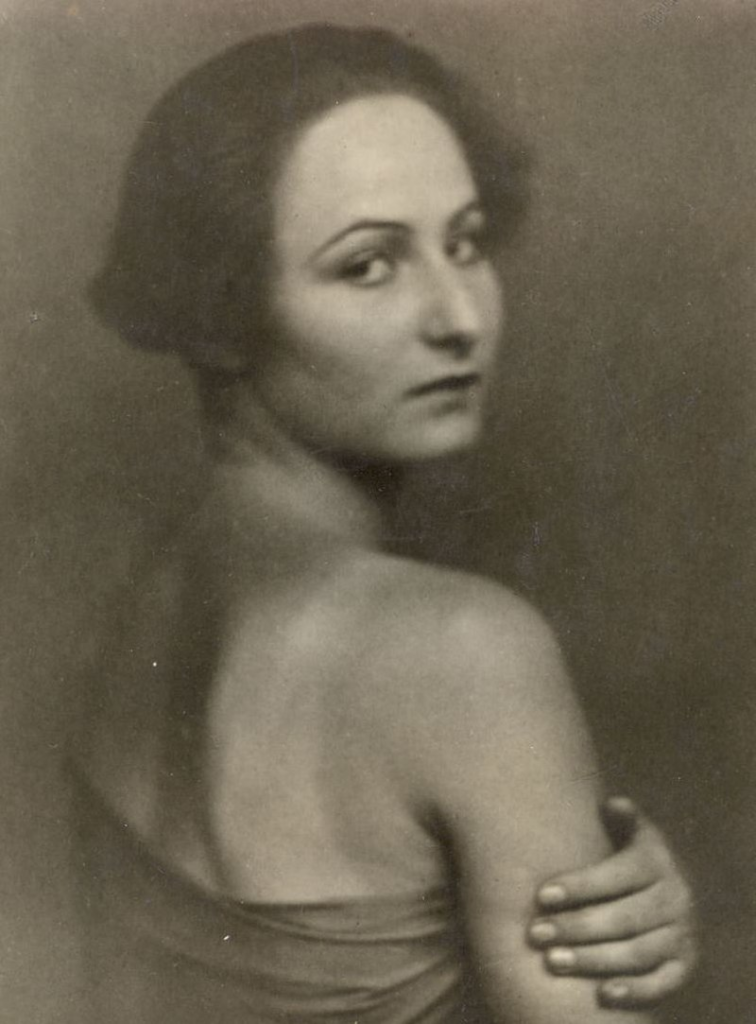
Above: Pamela Wedekind
In the immediate vicinity lived the painter and graphic artist Ernst Schlatter and the Swiss writer Paul Ilg, with whom Sternheim became friends.
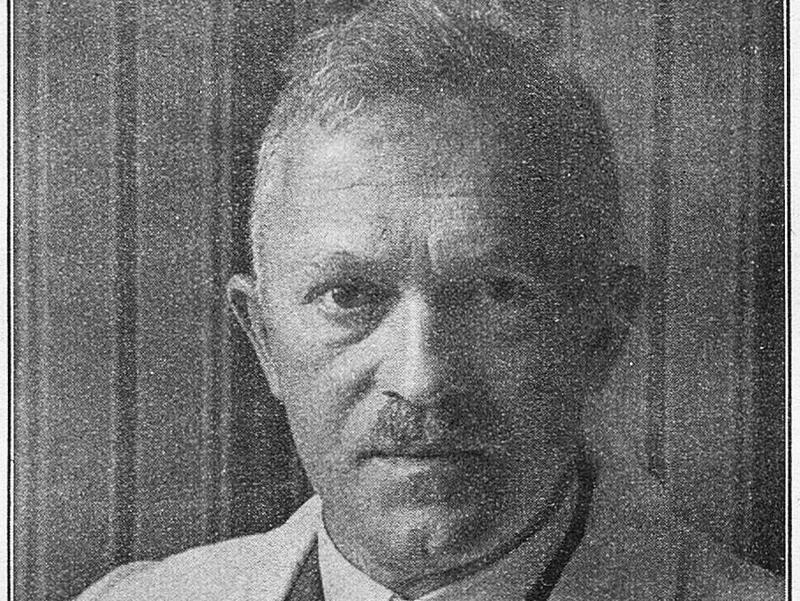
Above: Ernst Schlaller
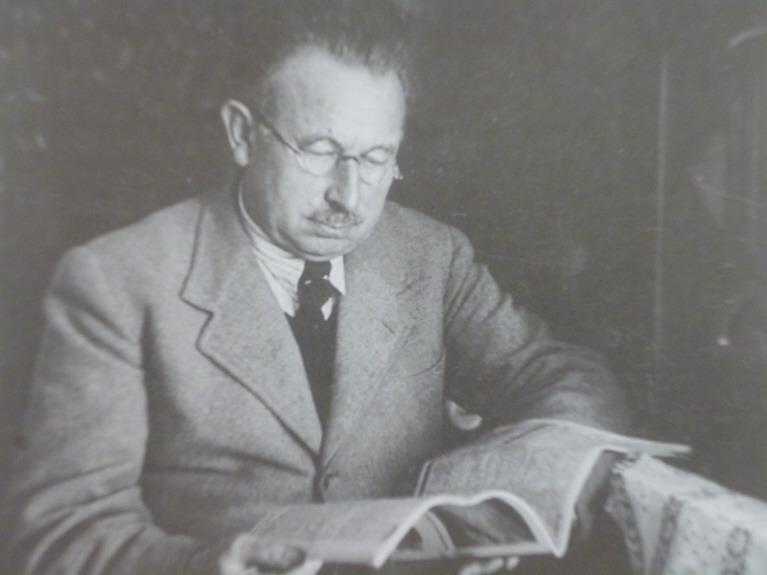
Above: Paul Ilg
In March 1921, they met the artist Frans Masereel, whom Thea Sternheim fell in love with.
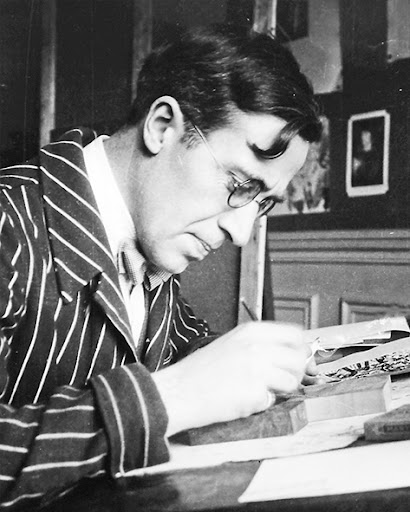
Above: Frans Masereel
By the end of October 1921, the Sternheims were attempting to return to Germany.
Due to the very high inflation in Germany, their wealth noticeably lost its value.
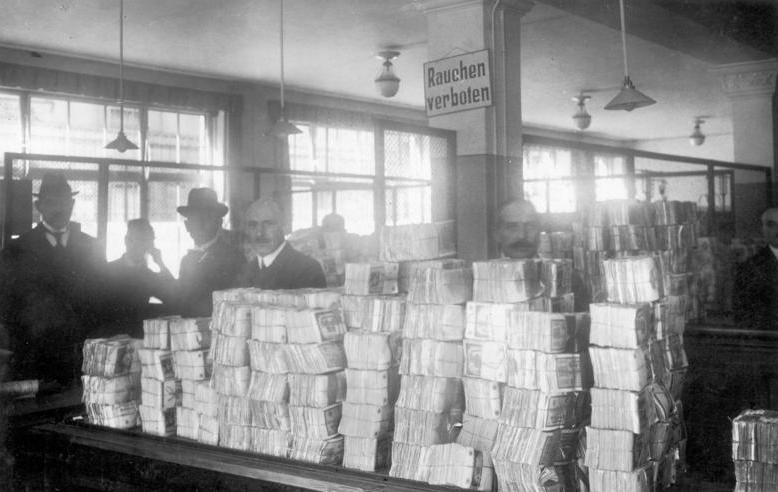
Above: Piles of new Notgeld banknotes awaiting distribution at the Reichsbank during the hyperinflation (1914 – 1923)
In the spring of 1922, they purchased the estate Waldhof near Dresden.
In 1924, they returned to Uttwil.
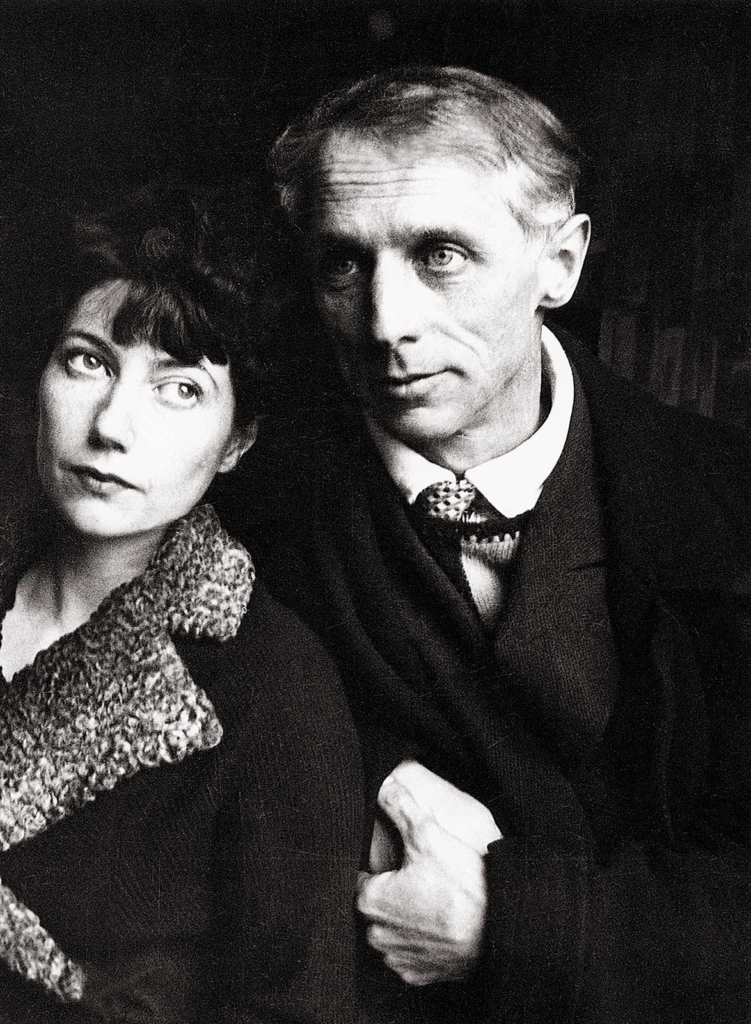
Above: Thea and Carl Sternheim
After moving out of Uttwil, René Schickele first lived in Konstanz, then at the Hotel St. Leonard, now the Parkhotel, in Überlingen.
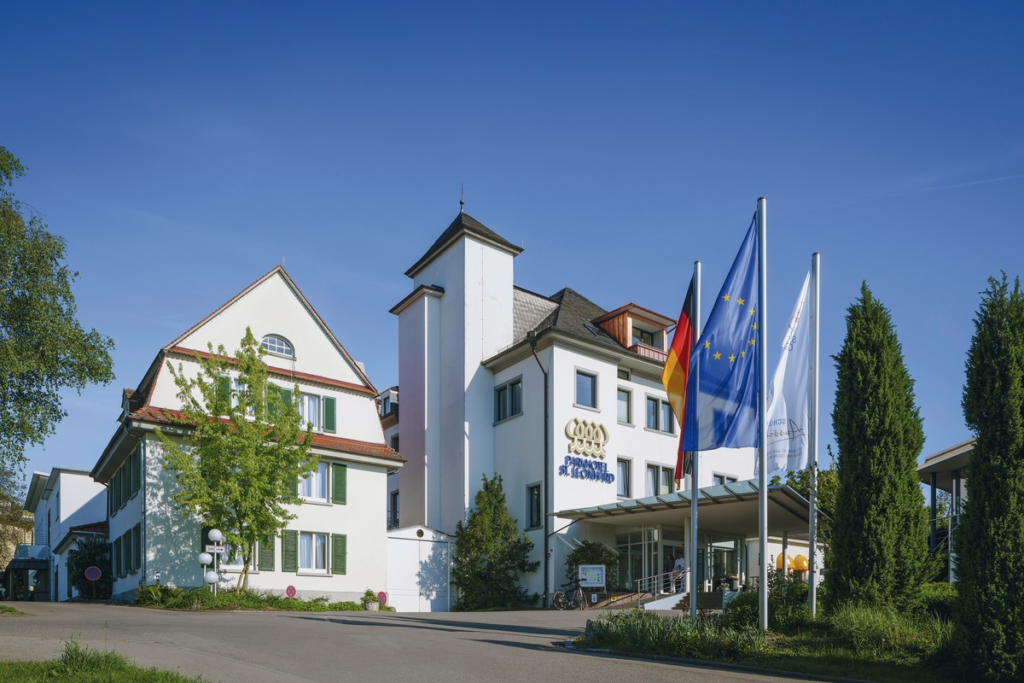
Above: Parkhotel St. Leonard, Überlingen, Baden-Württemberg, Germany
In 1920, Die Weißen Blätter was discontinued.
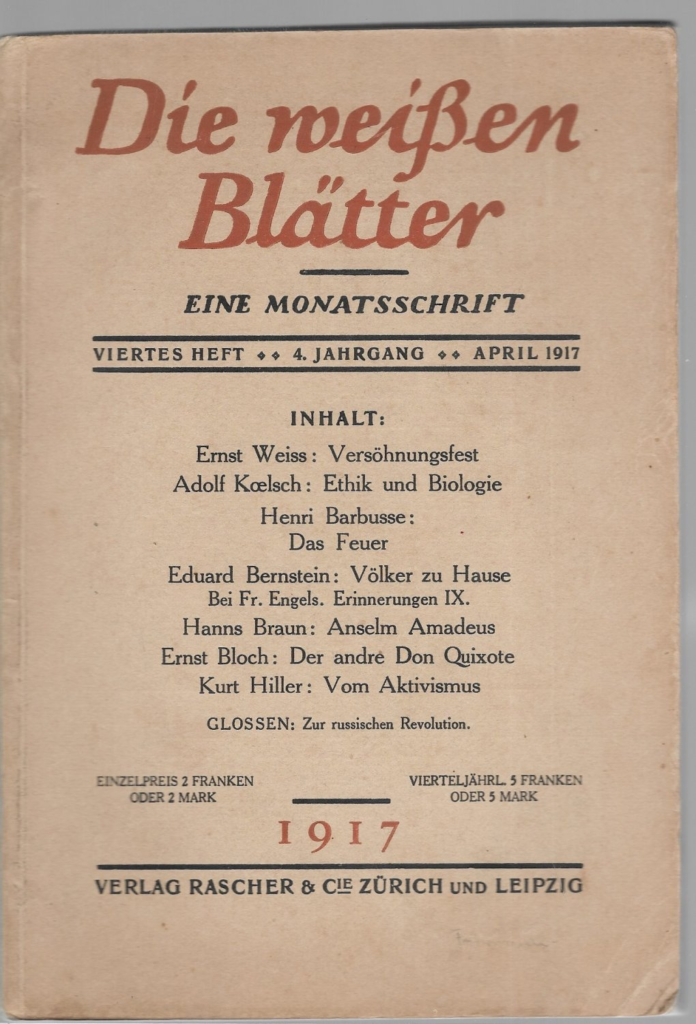
Two years later, Schickele moved to Badenweiler in the Southern Black Forest, where he built a house and wrote his major work, the novel trilogy Das Erbe am Rhein.
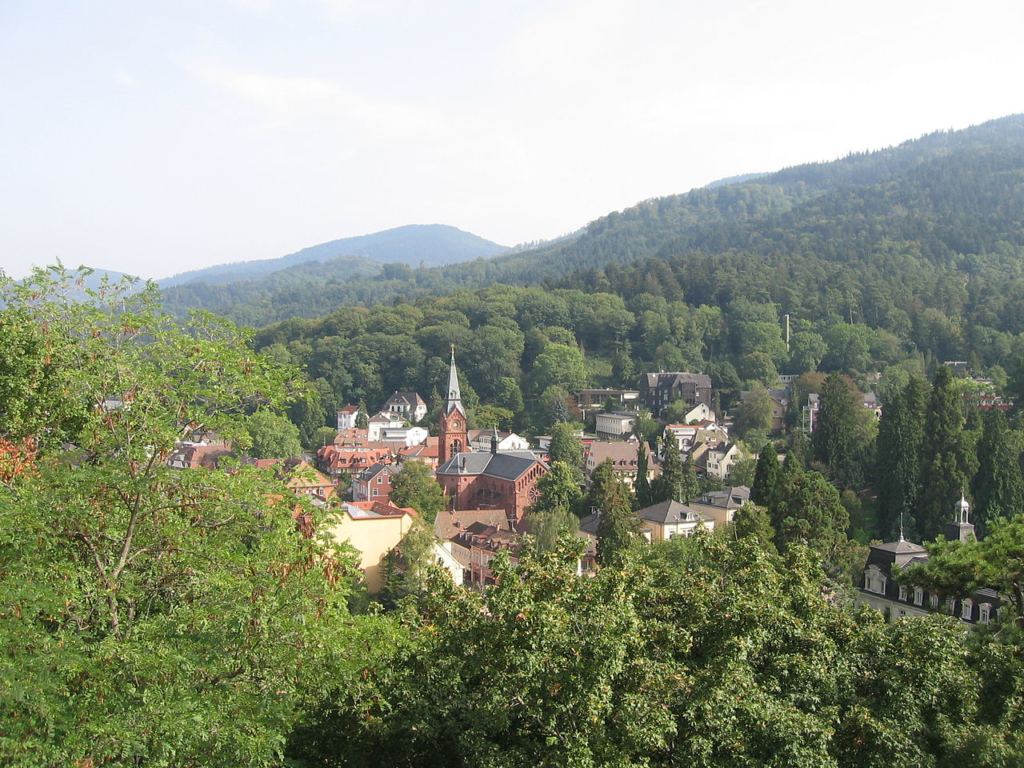
Above: Badenweiler, Baden-Württemberg, Germany
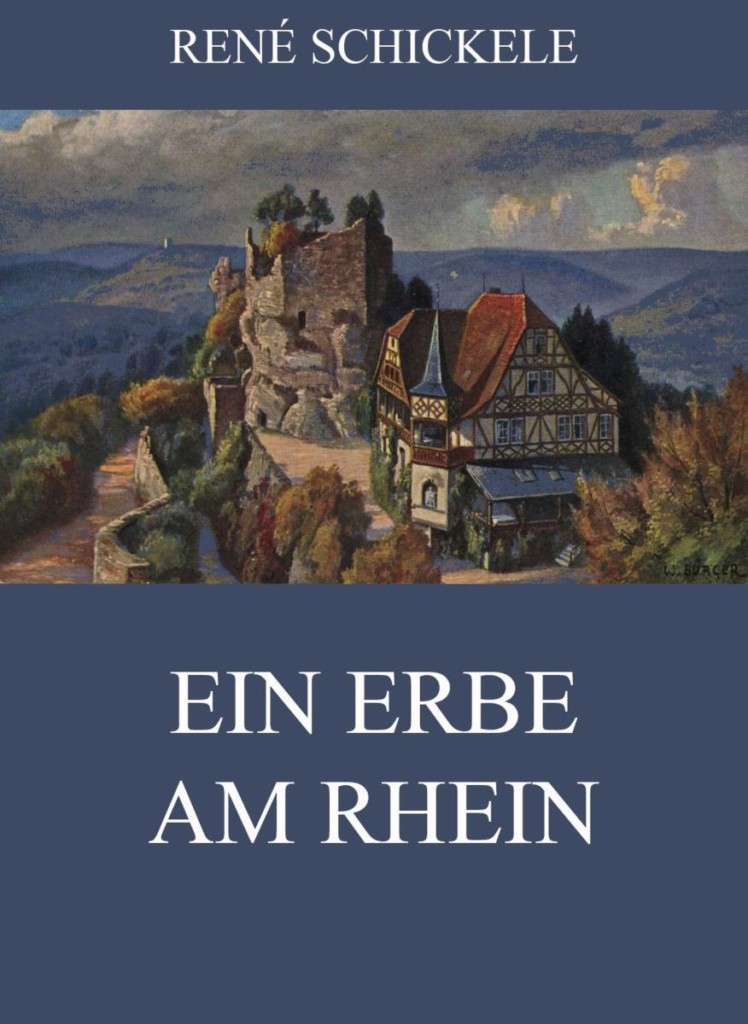
In 1922, the house Magrit was sold to a Strasbourg-based doctor.
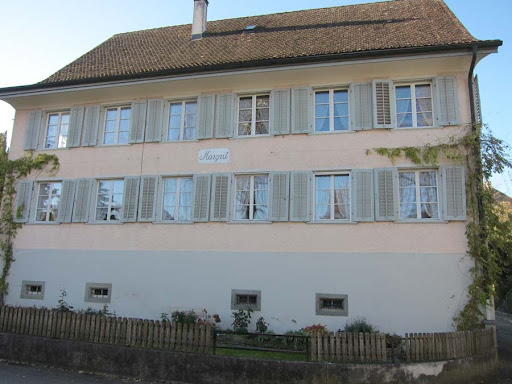
Above: Haus Magrit, Uttwil
In 1932, Schickele nostalgically reflected on his departure from Uttwil in the essay Ach! Euer Schweizerland:
“I began my farewell visits with the fairy-tale-like lowland forest behind Uttwil, towards Romanshorn.
The forest smelled intoxicatingly of mint, and I knew that it would burst with autumnal flora, unlike any other forest I had seen.

I returned to the village, walked along the footpath by the lake to Kesswil, where I never encountered a soul since the border troops had left, visited the gardener in the stately Amriswil, and climbed, my eyes full of the lake’s blue and silvery-green distance, up to Geissberg.

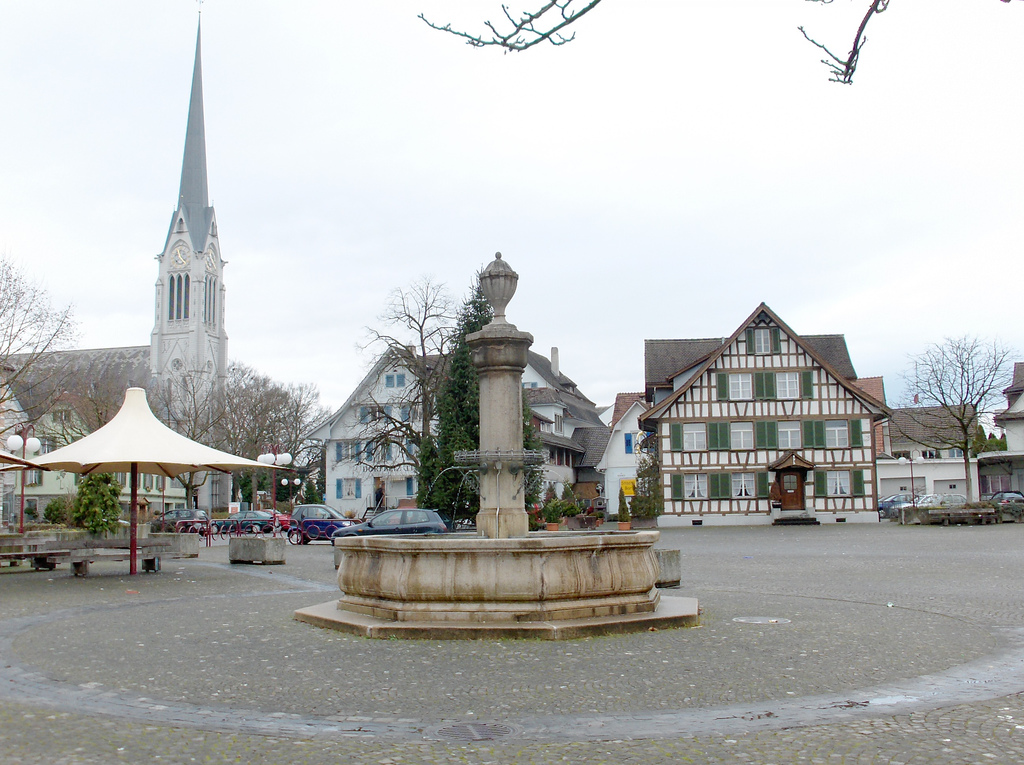
Above: Amriswil

Above: Geissberg (Lenggenwil), Canton St. Canton, Switzerland
In Kreuzlingen, I lamented to Dr. Binswanger over alcohol-free wine how sad it was that I had to leave Switzerland, just as my ancestors had been driven out four hundred years ago as good Catholics by the reforms in the Zürich guilds – whereas, in contrast to them, I tended to believe that Switzerland was worth skipping a good number of Masses.“
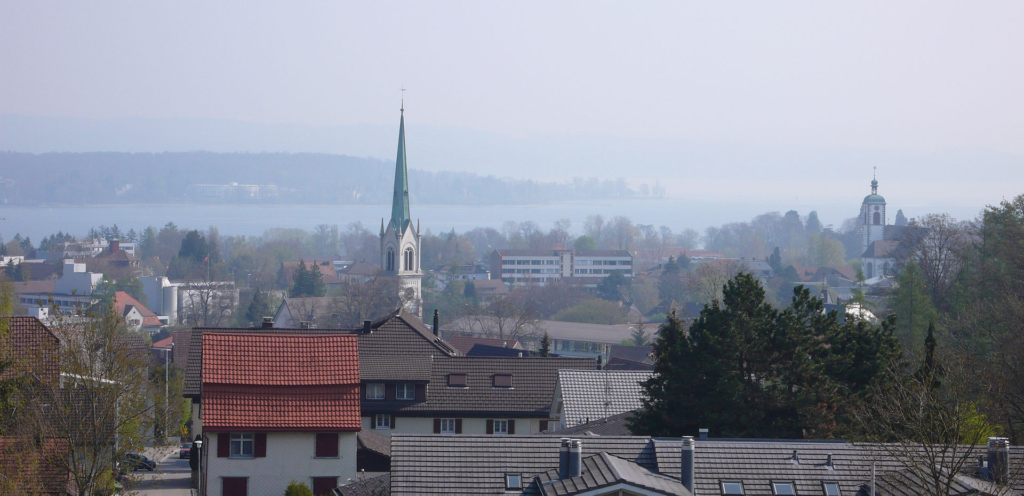
Above: Kreuzlingen, Canton Thurgau, Switzerland
In the evening, after signing the purchase contract, he passed the ‘horrible train station of Konstanz, which is made for transit freight cars, not for people.
Melancholy, as in a fairy tale with a bad ending, I crept along the country road and glanced back one last time.“
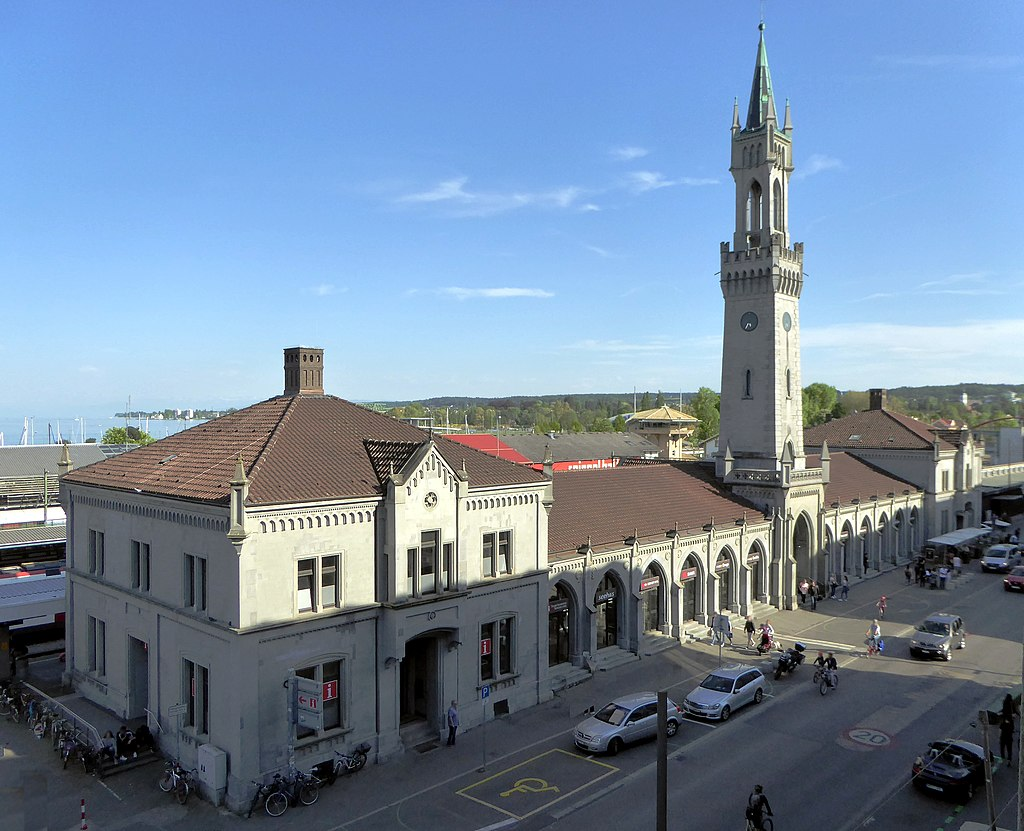
Above: Konstanz Bahnhof
In 1933, René Schickele emigrated to France and died in January 1940 in Vence near Nice.
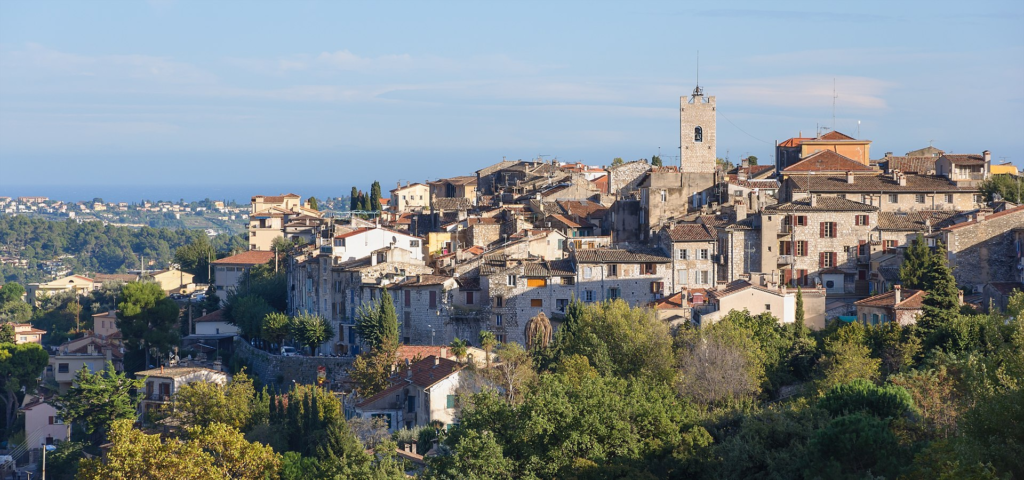
Above: Vence, Canton Alpes-Maritimes, France
In 1956, his remains were transferred to Badenweiler and buried in the Lipburger Cemetery there.
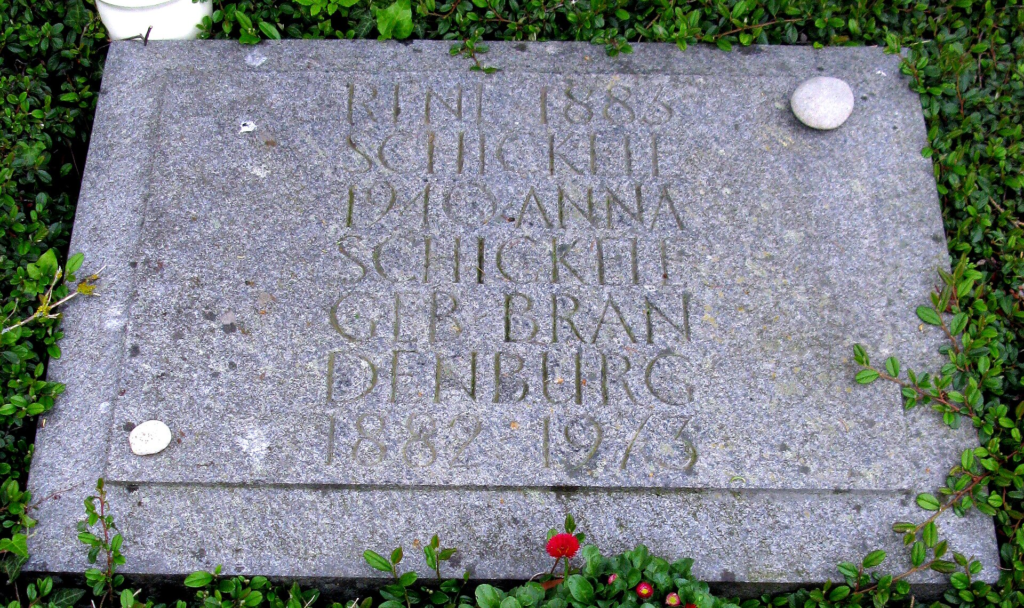
Seeweg 39
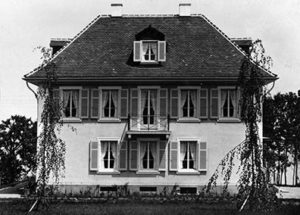
Above: Seeweg 39, Uttwil
At the end of September 1924, Carl and Thea Sternheim returned to Uttwil from Dresden.
At that time, Schickele congratulated Thea Sternheim:
“And you, lucky one, are now moving entirely to Uttwil!
Oh, how we would wish we could return as well.
But that’s not even something to consider.
If only I had kept my house that long.
But that was out of the question.
Now my brother regrets not buying it from me, of course, but now it’s too late.“
A year earlier, they had built the “Hütte” a small house with two rooms, on the lakeside property they had purchased in 1919.
In November 1925, they began construction of their own residential house, which they moved into in 1926.
They lived there together but separately until early 1928 – Carl on the ground floor, Thea on the first floor.
The “Hütte” was used as a guest accommodation.
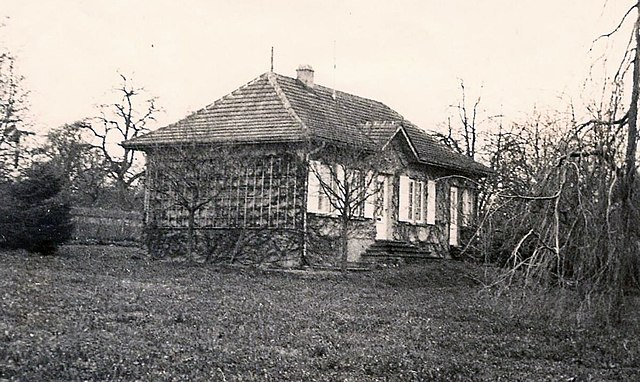
Above: Hütte, Uttwil
In September 1925, the Dresden painter Conrad Felixmüller stayed with them.
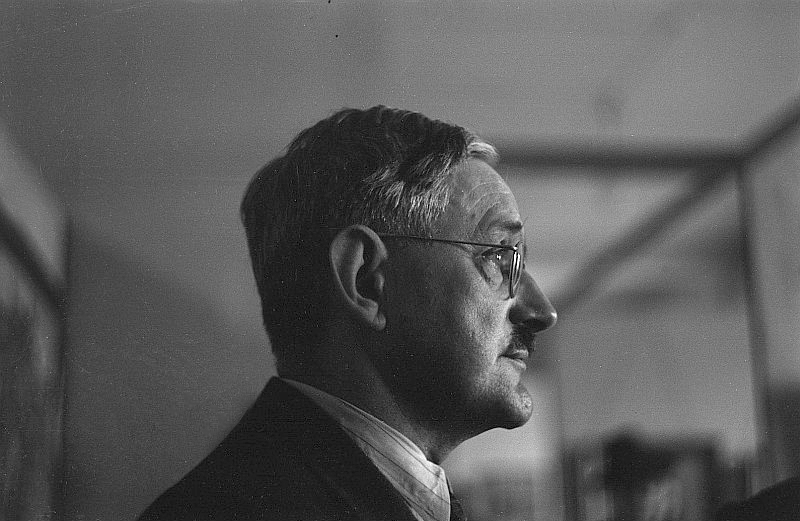
Above: Conrad Felixmüller
Thea Sternheim, who worked as a translator, increasingly felt drawn to Catholicism.
Carl Sternheim was working on new plays, including the successful comedy Die Schule von Uznach oder Neue Sachlichkeit (The School of Uznach or New Objectivity), which premiered in Berlin in April 1927, with Pamela Wedekind participating.

He had met her earlier, and now fell in love with the nearly 30 years younger actress with the expressive face, who had already fascinated Erika Mann.
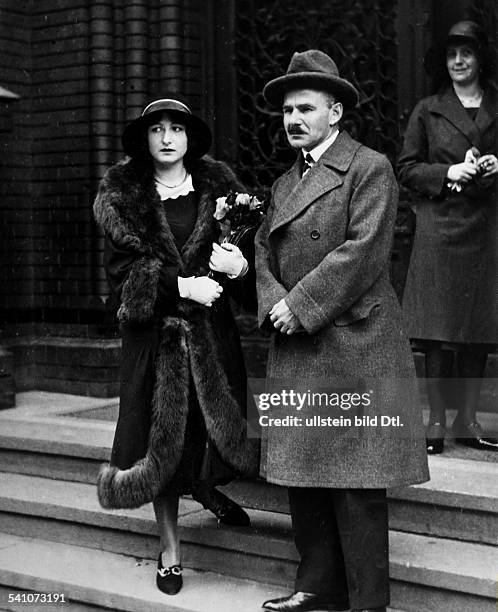
Above: Pamela Wedekind and Carl Sternheim
Health-wise, Sternheim increasingly suffered from absences and asthma attacks.
In November 1927, Thea Sternheim filed for divorce, which became legally binding in December.
The division of assets was settled in court, with the house and property in Uttwil awarded to Carl Sternheim.
From January to November 1928, he lived with Pamela Wedekind here.

Above: Pamela Wedekind
“The furnishings are economical and, according to Sternheim’s instructions, devoid of any ornamentation, except for art, of course.
In the dining room hangs Gauguin’s ‘Still Life with Young Dogs‘, with other paintings by van Gogh, Matisse and Picasso scattered throughout the house.
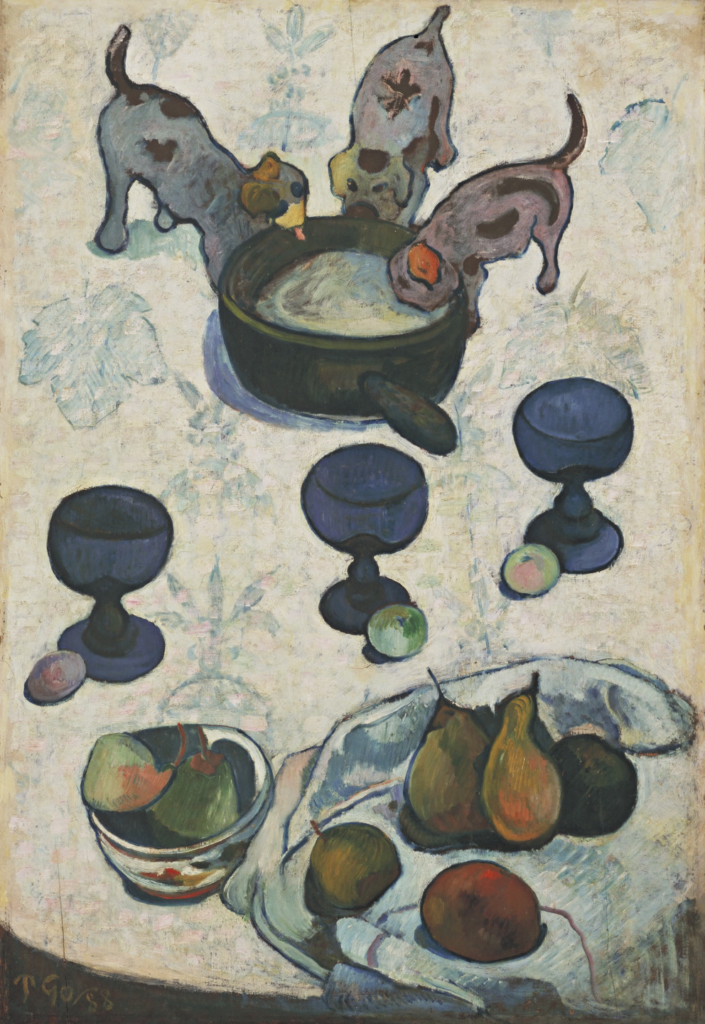
Above: Paul Gauguin, Still Life with Three Puppies
A bright room houses Sternheim’s library.
A special agreement with the municipality of Uttwil forbids neighbors from keeping chickens or attaching bells to cows to ensure that the noise-sensitive poet, who liked to work with the window open, would not be disturbed.”, wrote Pamela’s grandson Anatol Regnier.

In December 1928, Sternheim was hospitalized at the Kreuzlingen Sanatorium Bellevue after a breakdown, where a brain disorder was diagnosed.
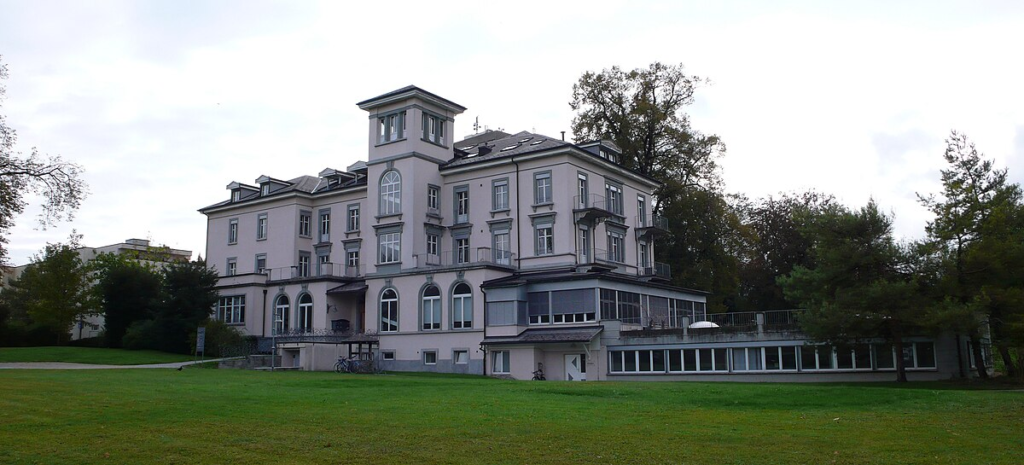
Above: Sanatorium Bellevue, Kreuzlingen
Six months later, he was treated further in Berlin.
The house in Uttwil was sold.
After Sternheim’s condition improved, he married Pamela in April 1930.
Four years later, the marriage ended in divorce.
Sternheim passed away in Brussels in 1942.
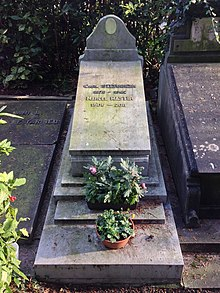
Pamela Wedekind later married the actor Charles Regnier and worked as a translator.
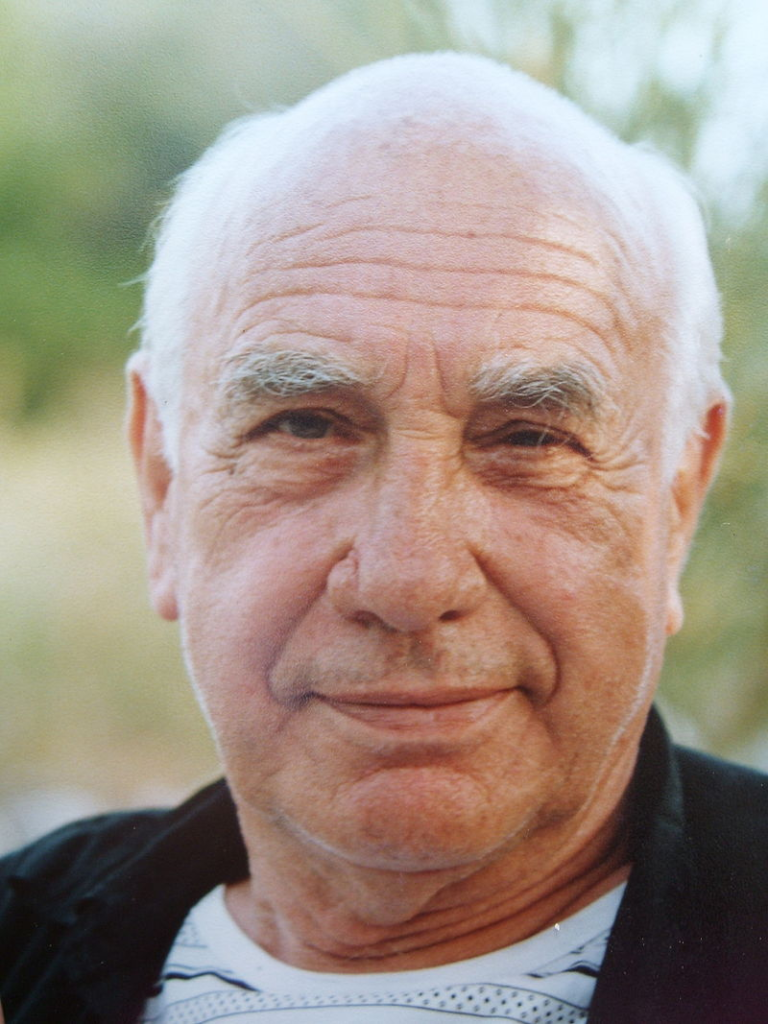
Above: German actor Charles Regnier (1914 – 2001)
She passed away in 1986 in Ambach on Lake Starnberg.
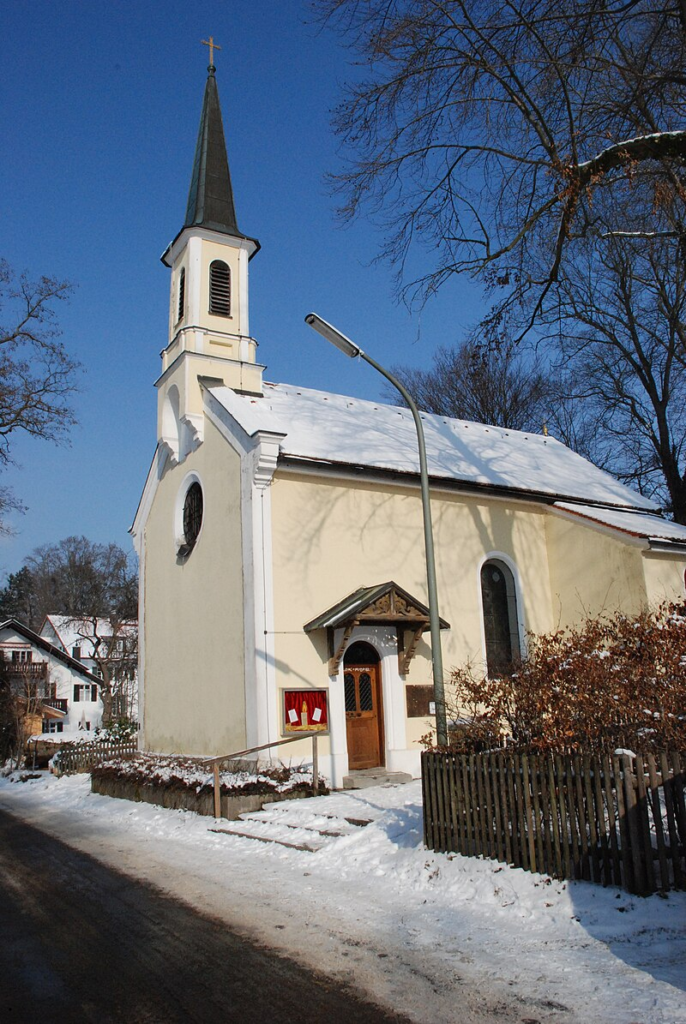
Above: Our Lady Chapel, Ambach, Bavaria, Germany
I never found the Hotel du Lac, but I did find the other three homes aforementioned.
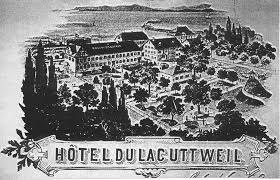
I also visited the local church and its graveyard and stumbled across Paul Ilg’s final resting place.
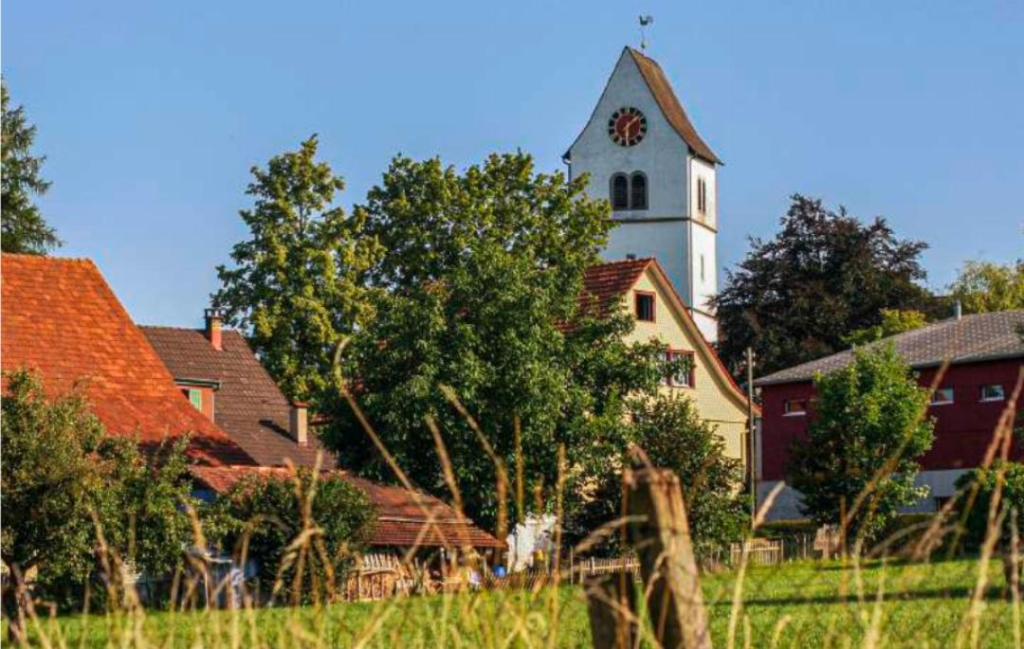
Above: Uttwil
The whole Uttwil experience makes me feel like I had stumbled into a F. Scott Fitzgerald novel.
Fitzgerald’s writing can be described as lyrical, elegant and deeply emotional, often tinged with a sense of both decay and romanticism.
He was a master of capturing the Roaring Twenties — the glamour, the excess, but also the inevitable emptiness beneath it all.
Fitzgerald’s prose is both lyrical and sharp, a melancholic beauty in its depictions of dreams gone awry.
His characters are often tragic figures, pursuing dreams that seem almost unattainable, yet their lives are steeped in hopeless longing.
Fitzgerald’s style intertwines the personal with the universal, making his narratives both intimate and profound.
His exploration of love, loss and societal expectations often reveals the tension between idealism and reality, a theme he revisits throughout his works.
What makes his writing stand out is his ability to balance the dreamlike allure of the Jazz Age with the destructive forces that lie just beneath the surface — highlighting the fragility of human aspirations.
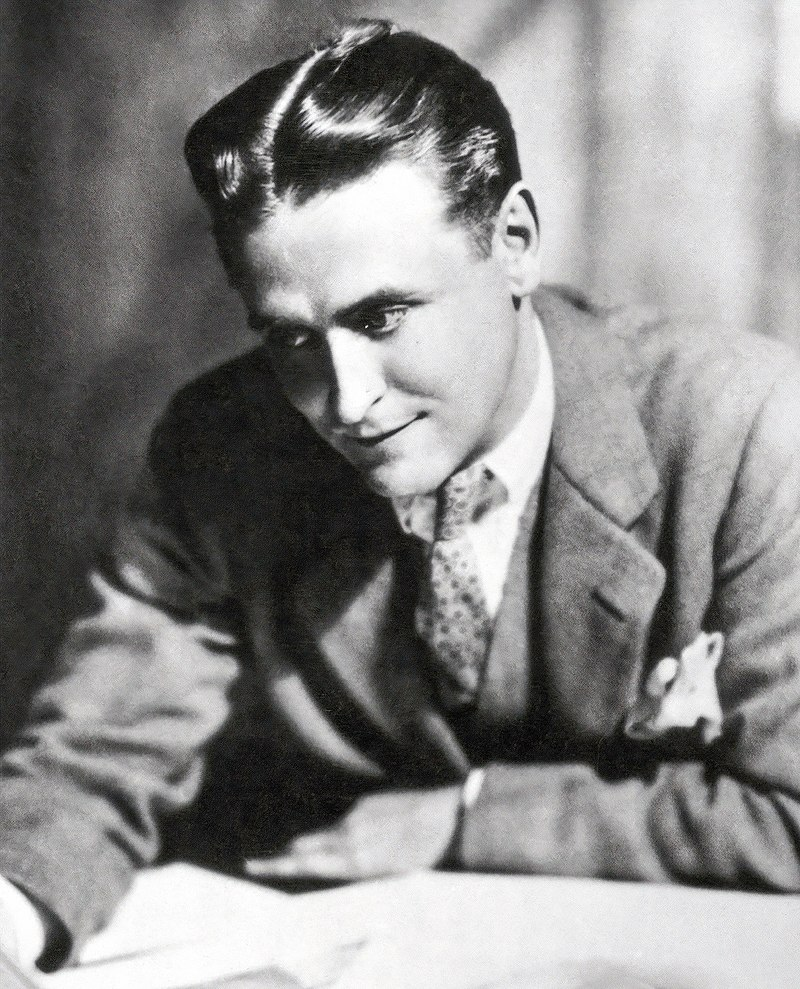
Above: American writer F. Scott Fitzgerald (1896 – 1940)
Uttwil and the entire shoreline of the Bodensee beckons, but beneath the façade lies the fragility of dreamers.
I look at the life of Carl Sternheim and ask myself whether his fate is merely an example of similar fates awaiting others of my gender.
As I stood at the grave of Paul Ilg, I envisioned Emanuel Stickelberger talking to his departed friend about how it must have felt to spend his remaining years in Uttwil when so many of their artistic friends had moved away.
The Steinheims – Carl and Thea, then later Carl and Pamela – divorced and departed.
René Stickele departed and deceased.
Annette Kolb gone back to Germany.
The Weidenmanns moved to St. Gallen a fair distance further from Uttwil than their former home at the Parsonage of neighbouring Keswil was.
Uttwil would always be an attractive venue, but without Paul a place without his personal passion.
Emanuel would live another three years and die at the age of 78.
He would be buried in Basel.
Only the homes once-known and the bones once animated by Paul Ilg remain of the golden days of the would-be artists colony by the Bodensee.
I do not need to seek inspiration from places more grander, more famous than these little towns by the lake.
It is said that beauty is in the eye of the beholder and I believe this to be true.
The difference lies in how we choose to see.

Above: Uttwil
If your daily life seems poor, do not blame it.
Blame yourself.
Tell yourself that you are not poet enough to call forth its riches.
For to the Creator there is no poverty and no poor indifferent place.
No experience has been too unimportant.
The smallest event unfolds like a fate.
Fate itself is like a wonderful, wide fabric in which every thread is guided by an infinitely tender hand and laid alongside another thread, held and supported by a hundred others.
Rainer Maria Rilke, Letters to a Young Poet
